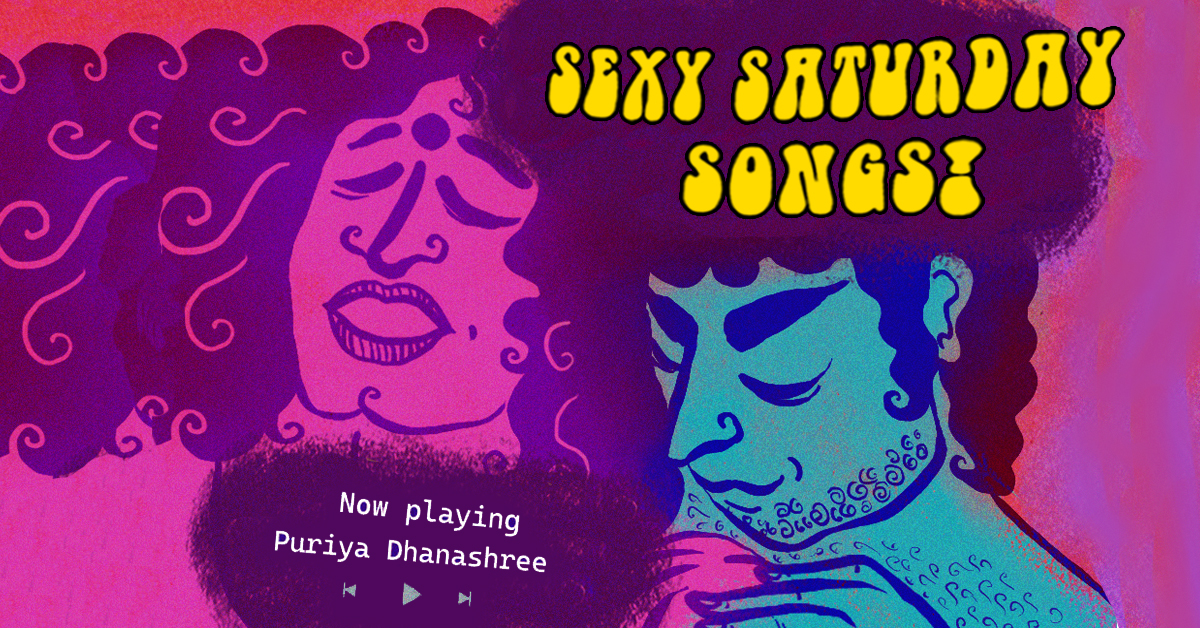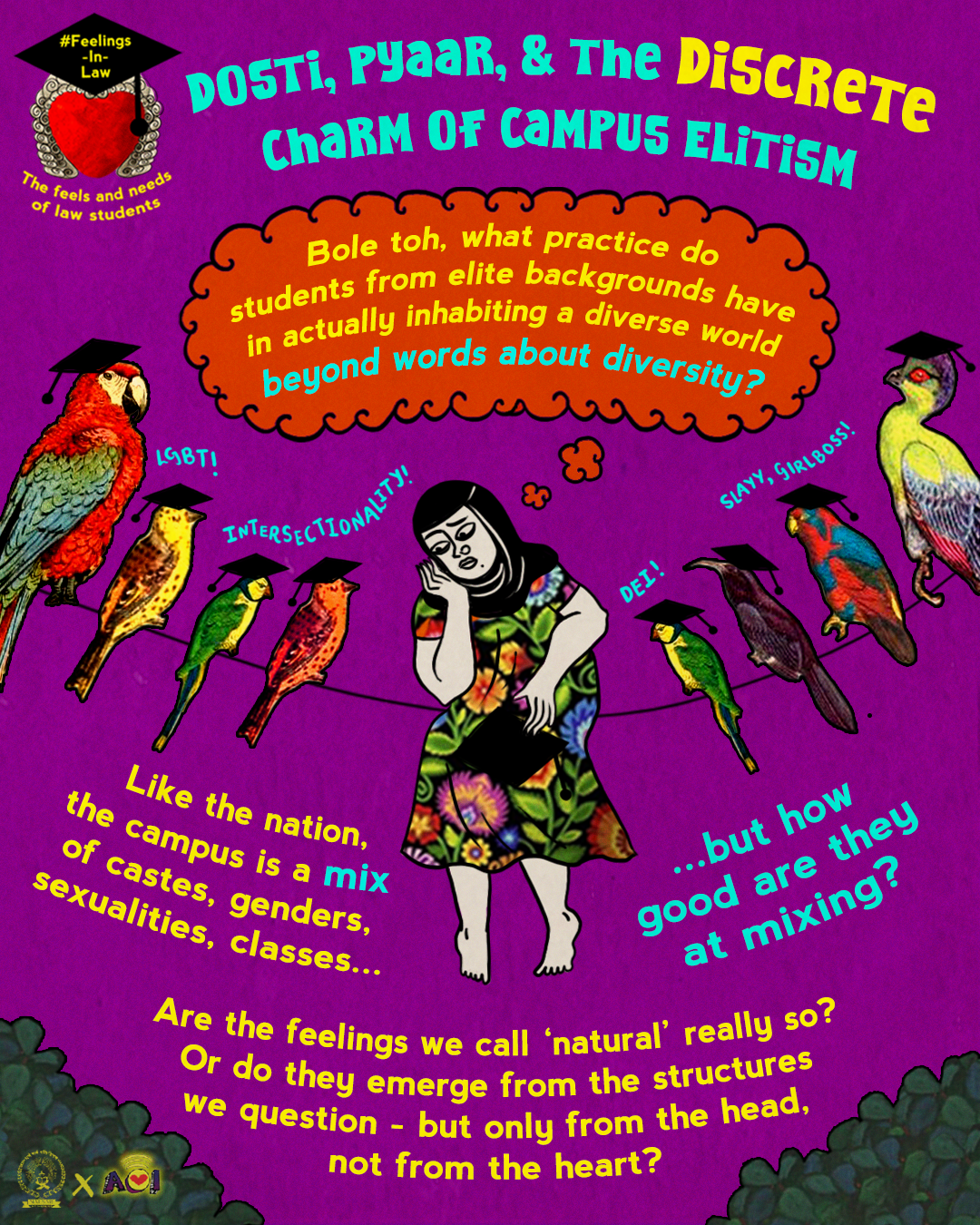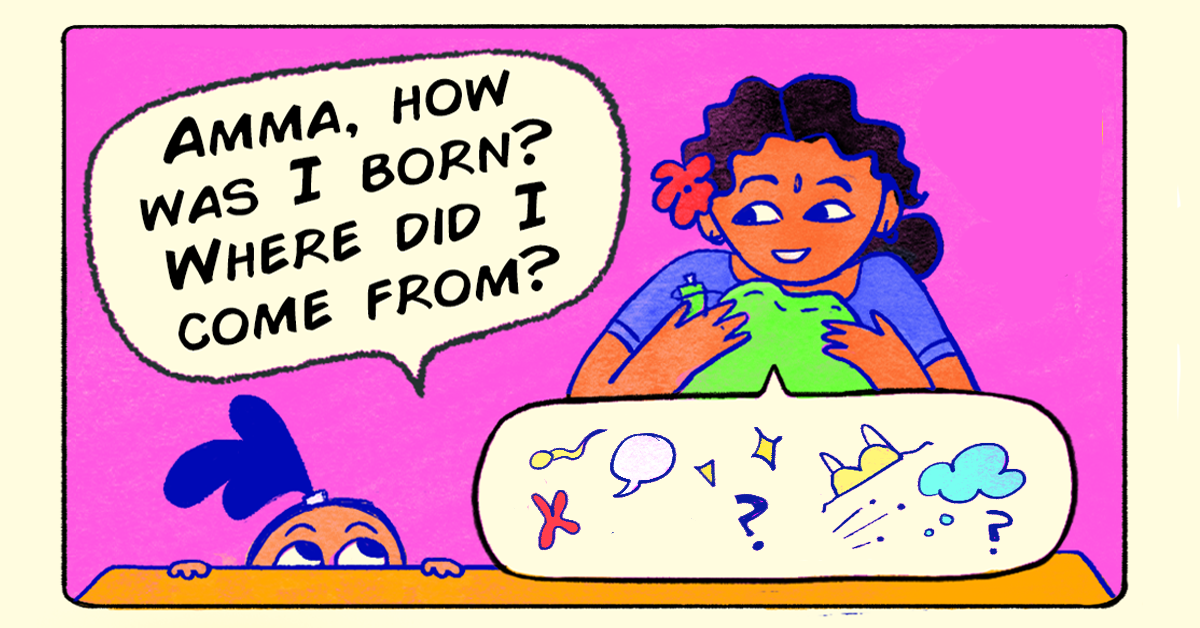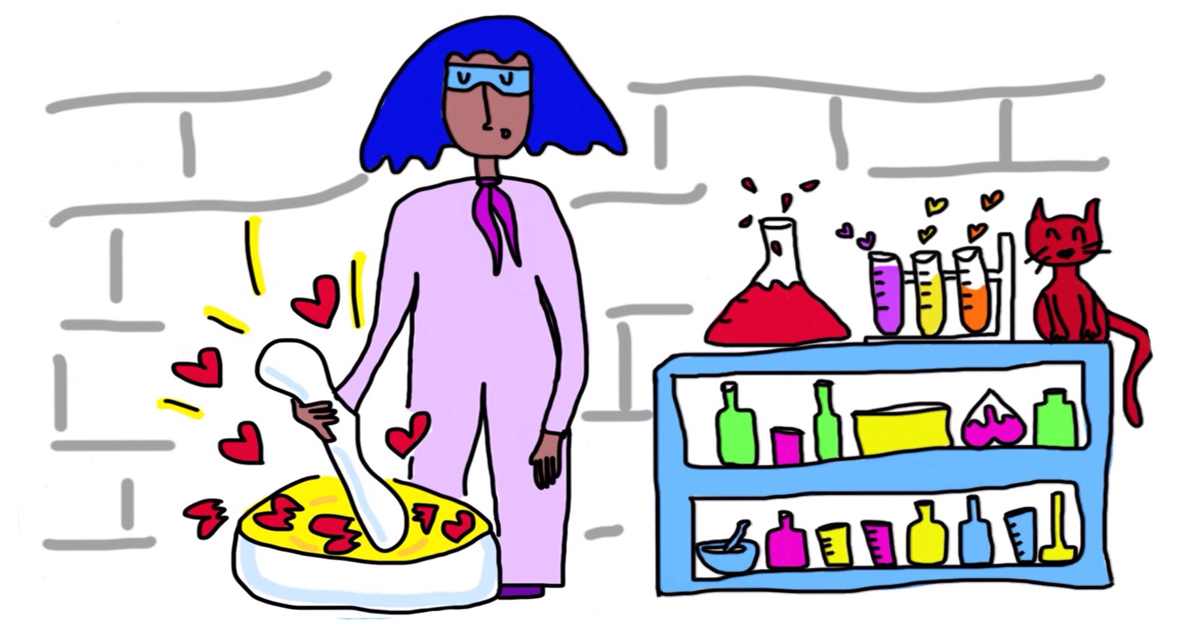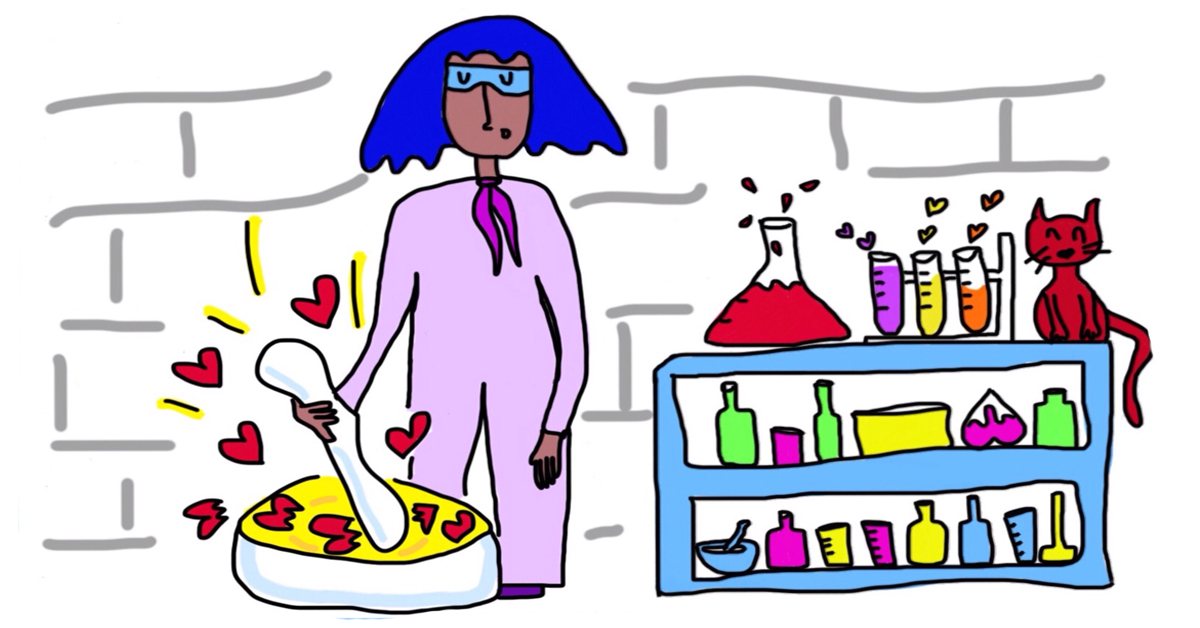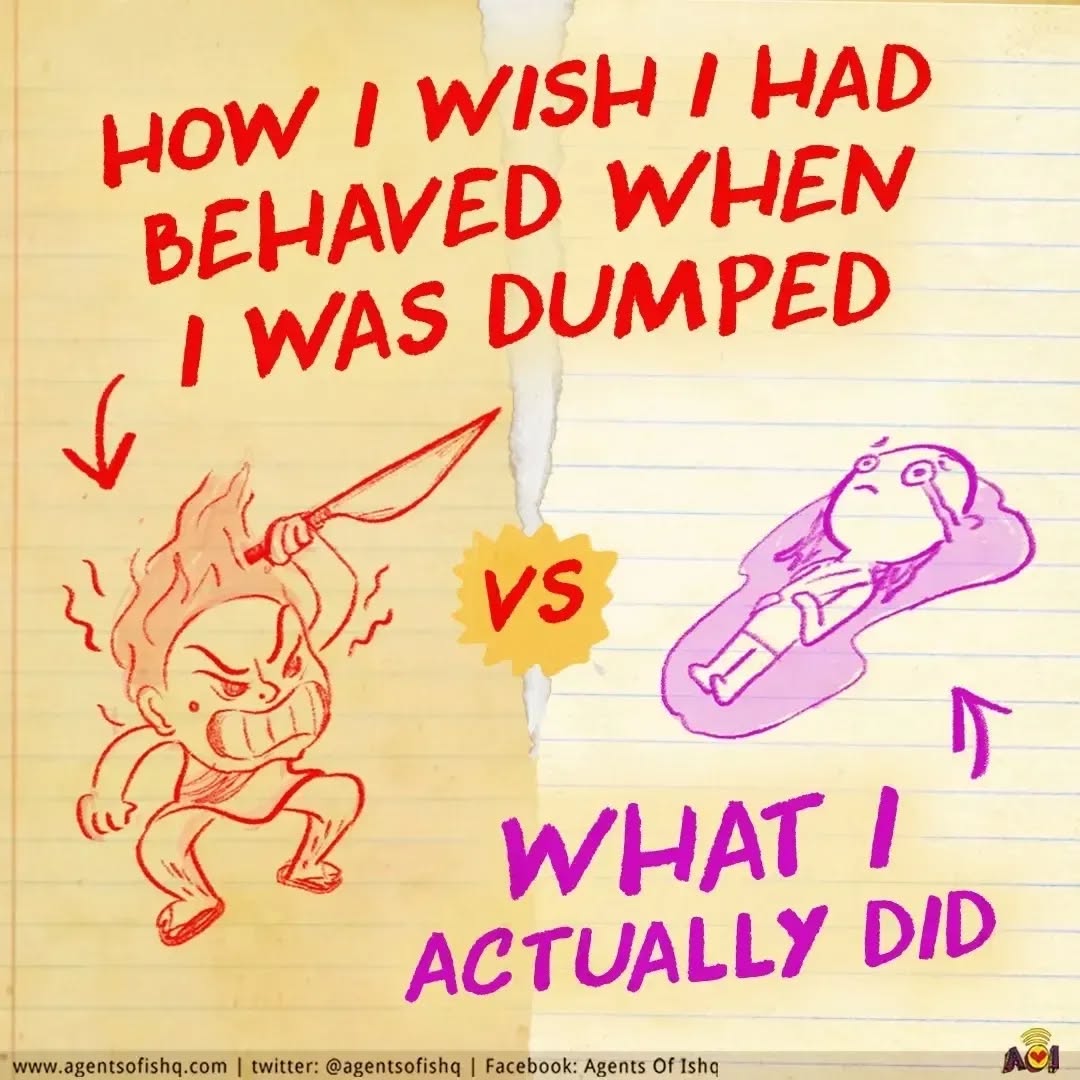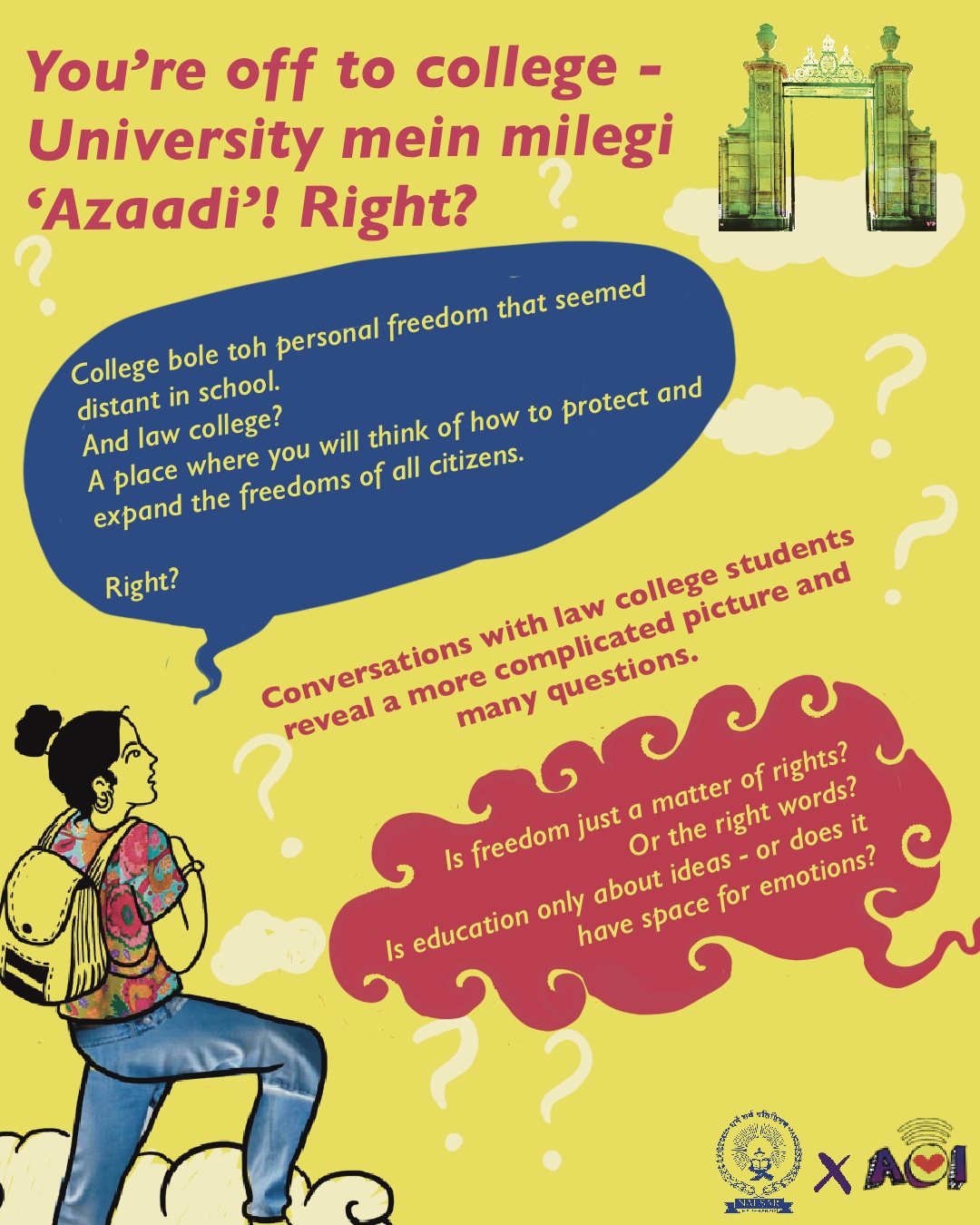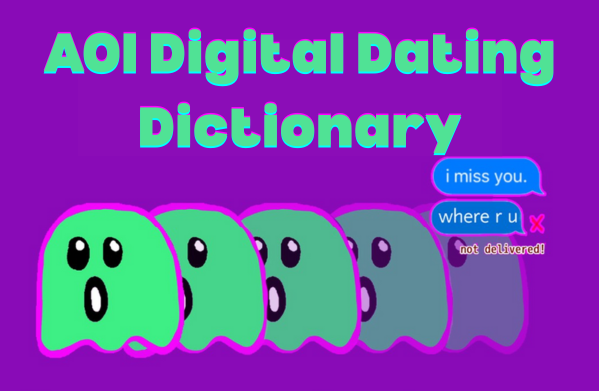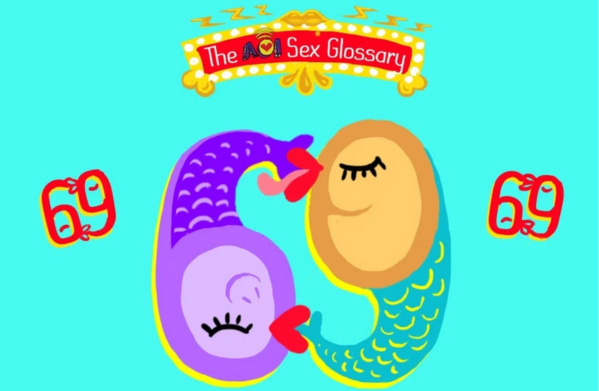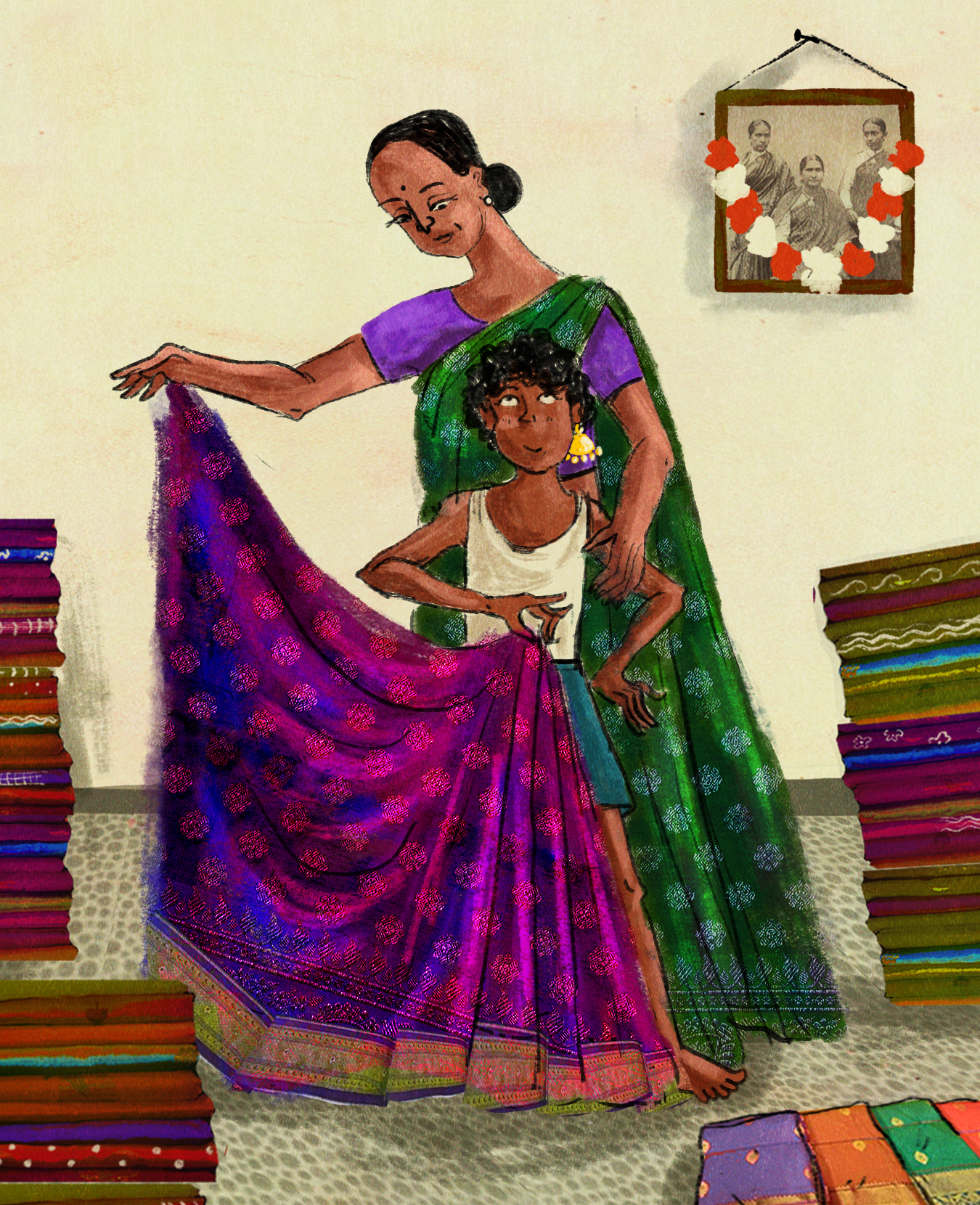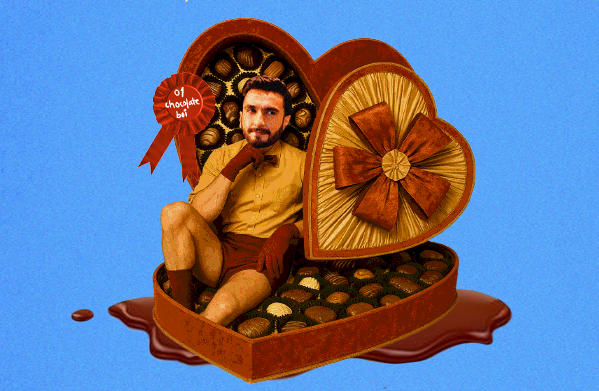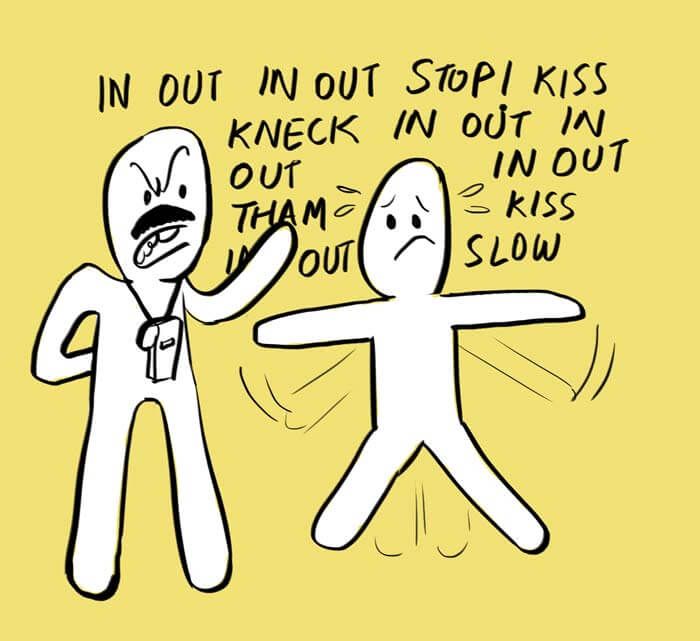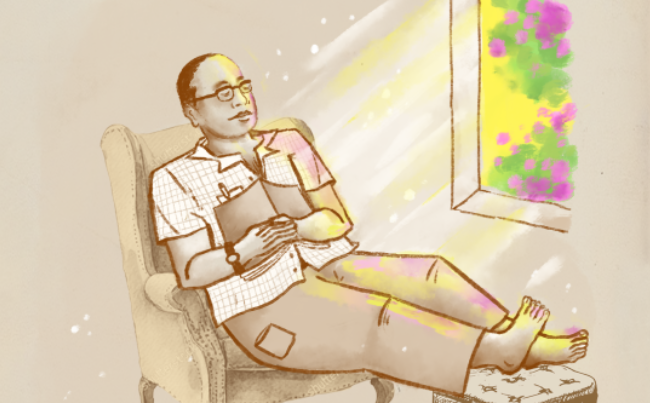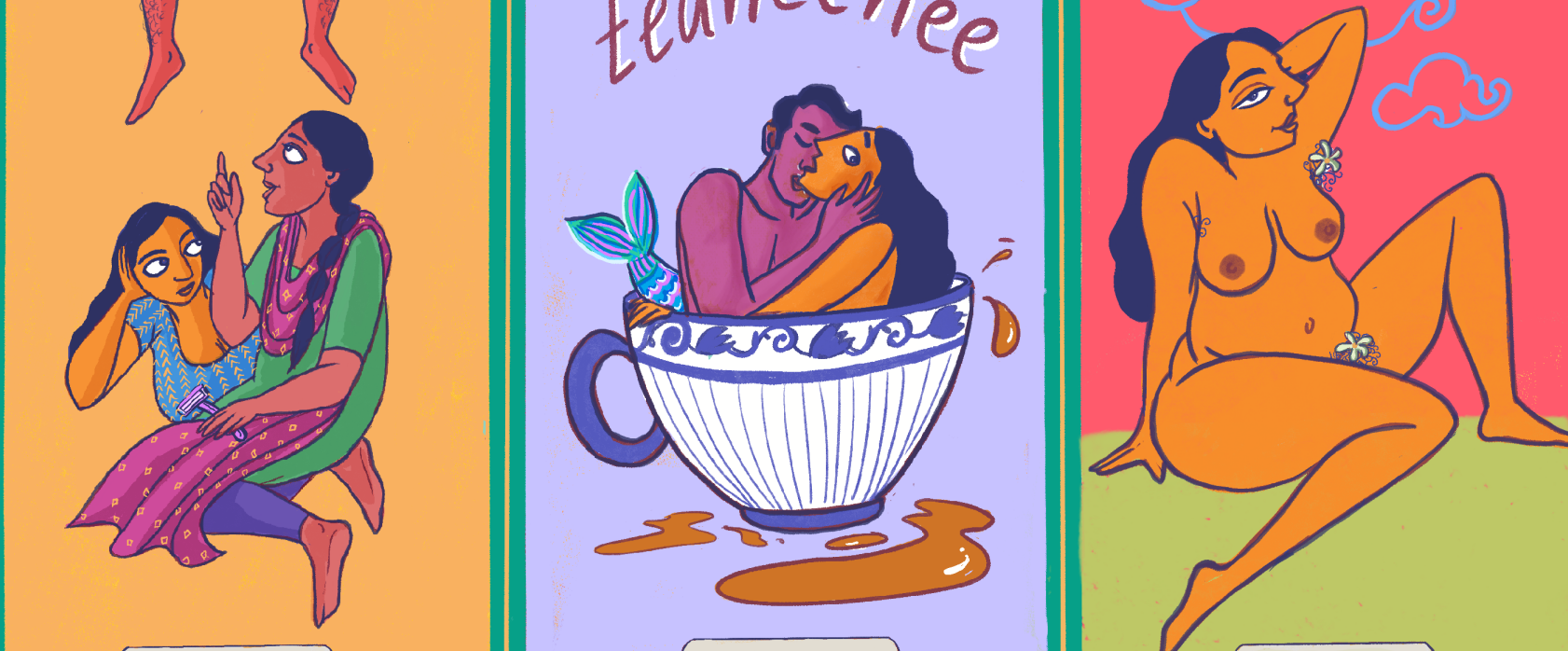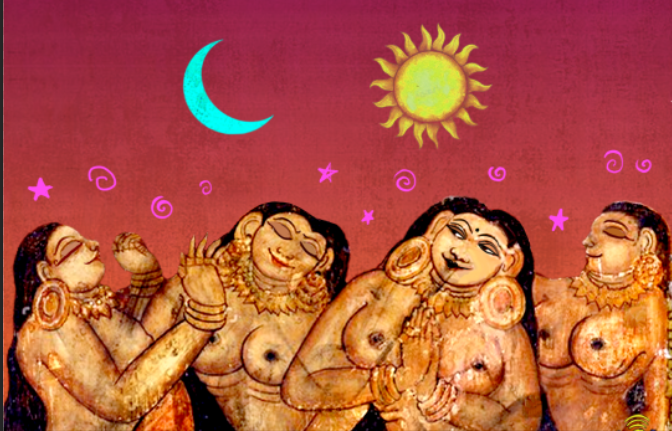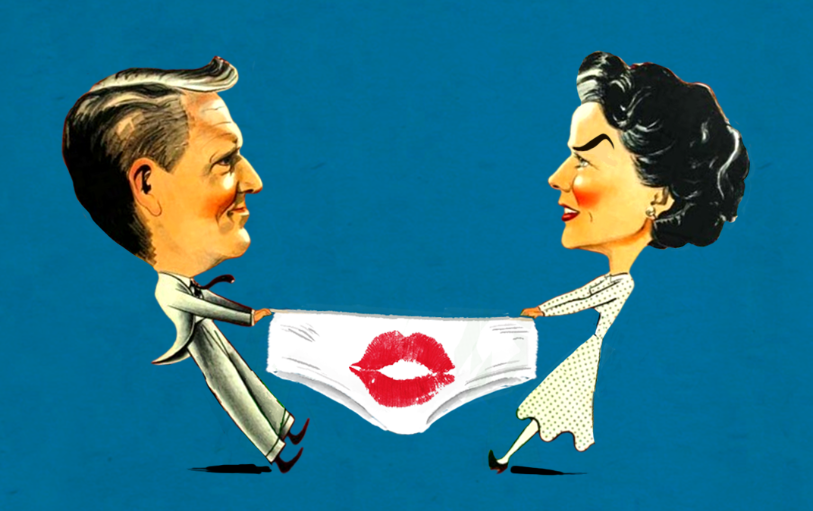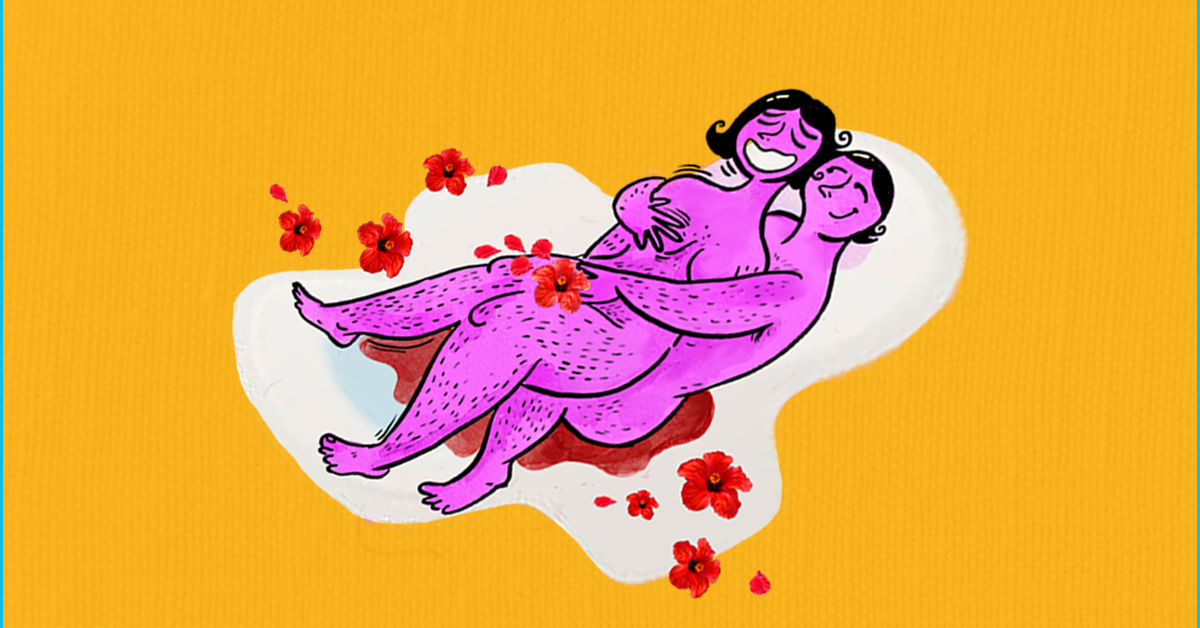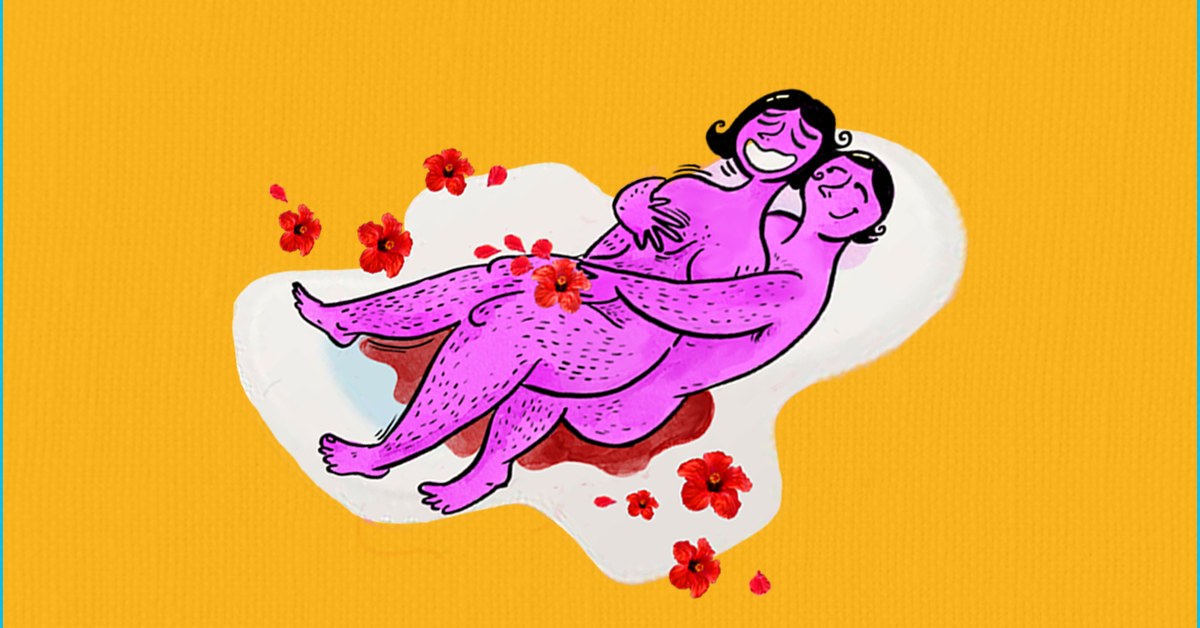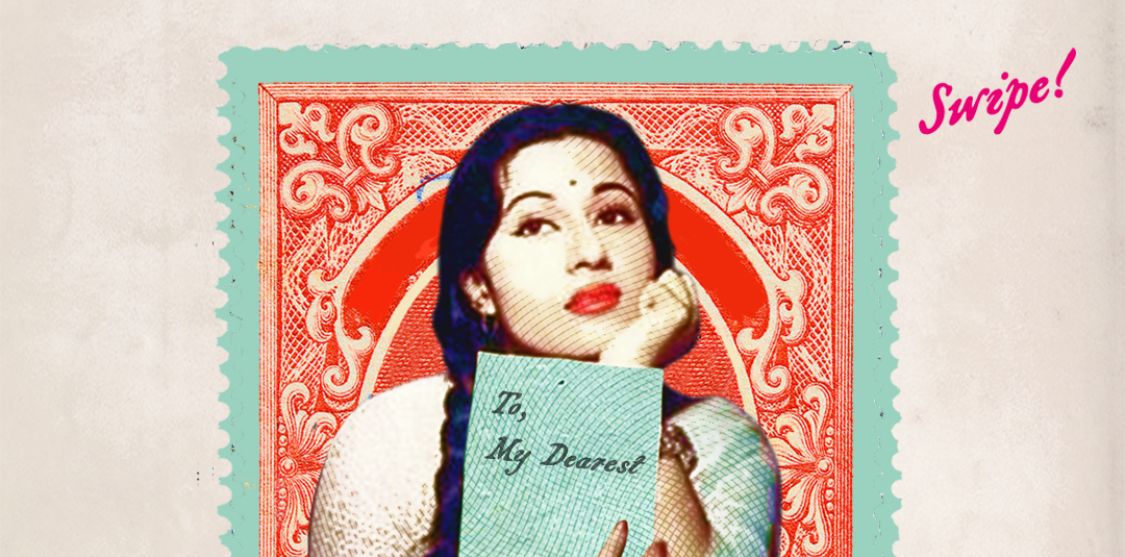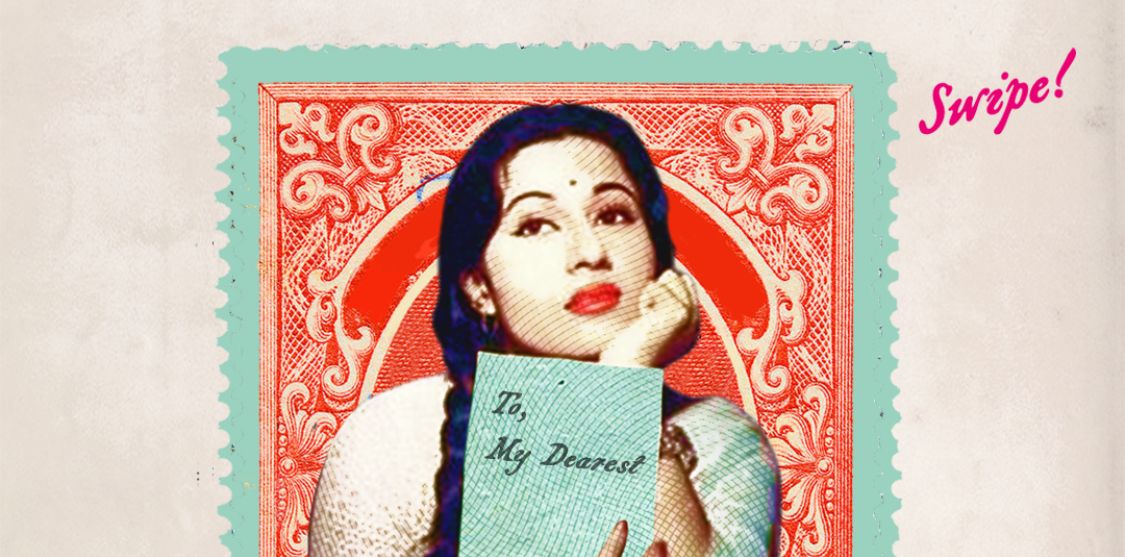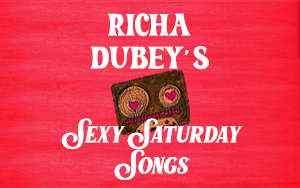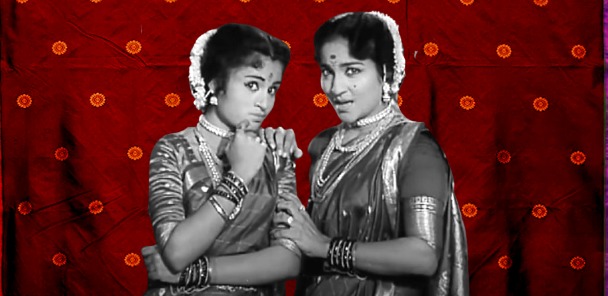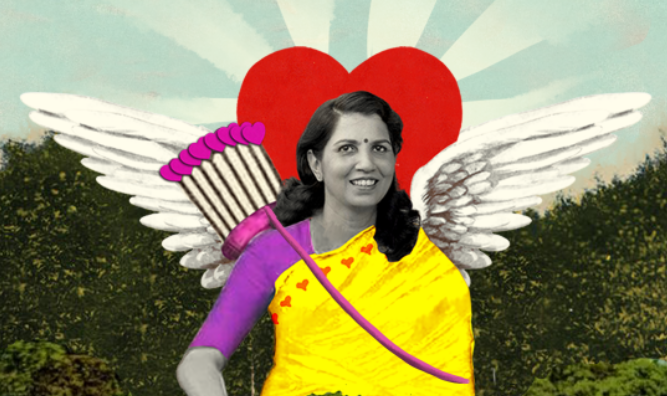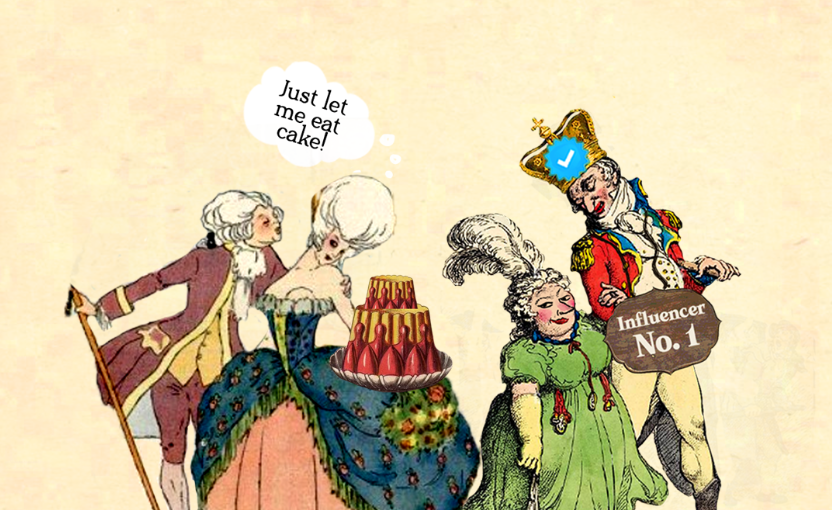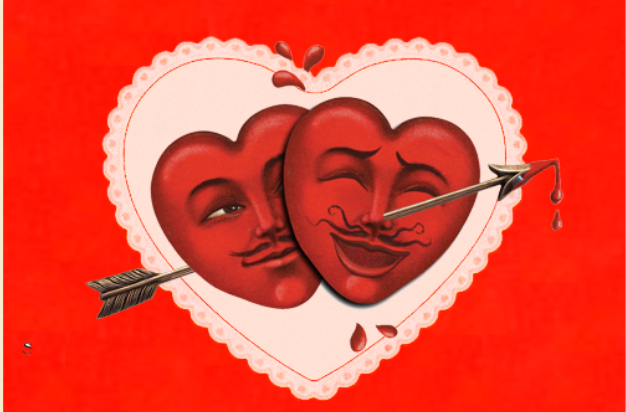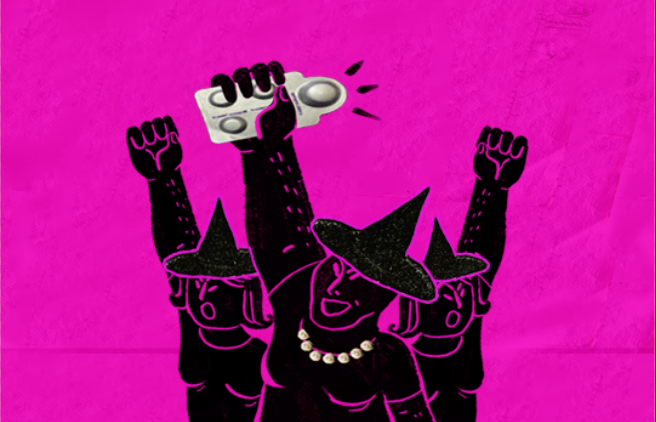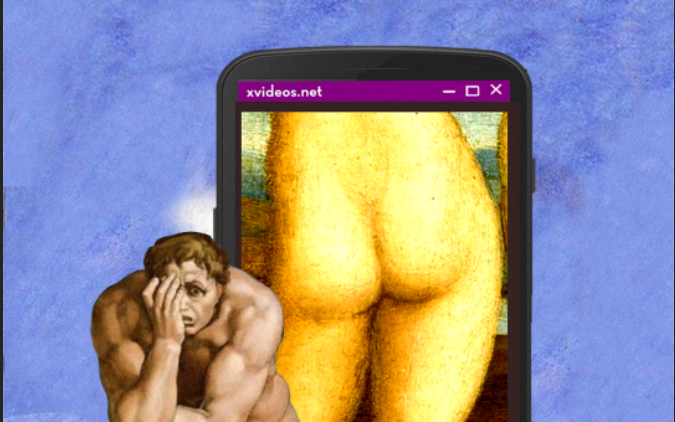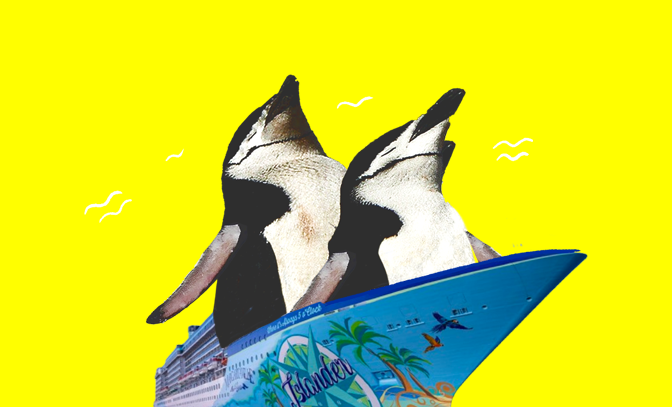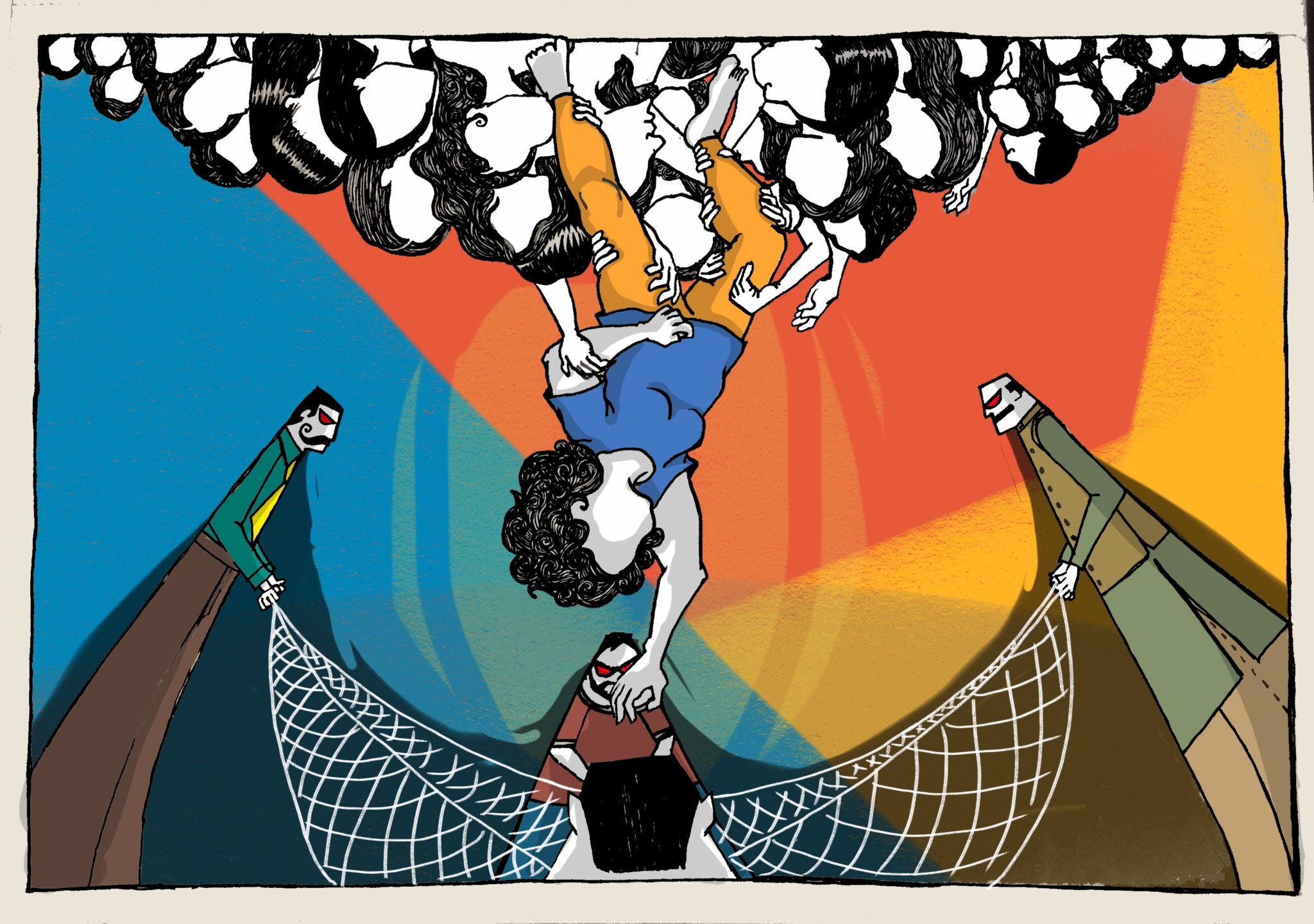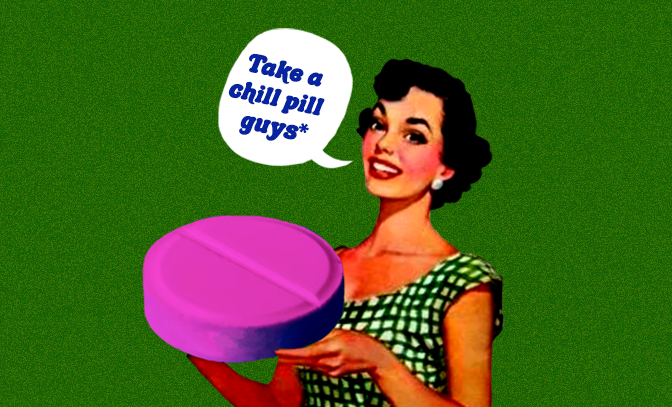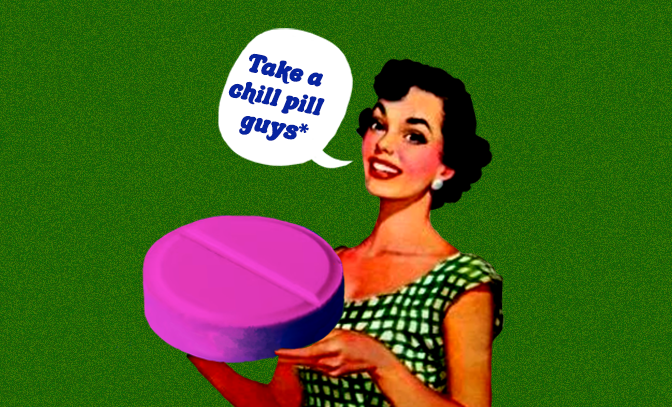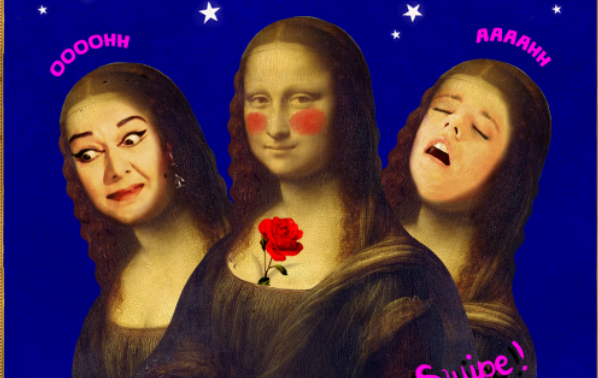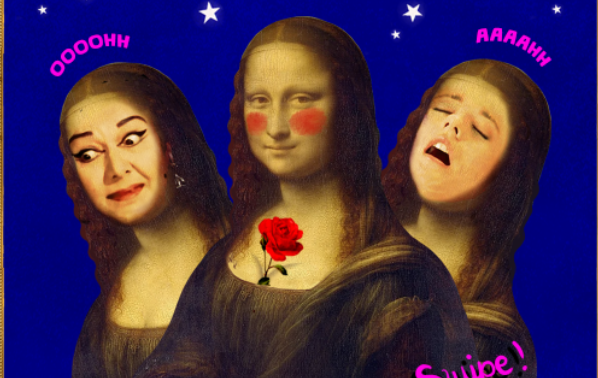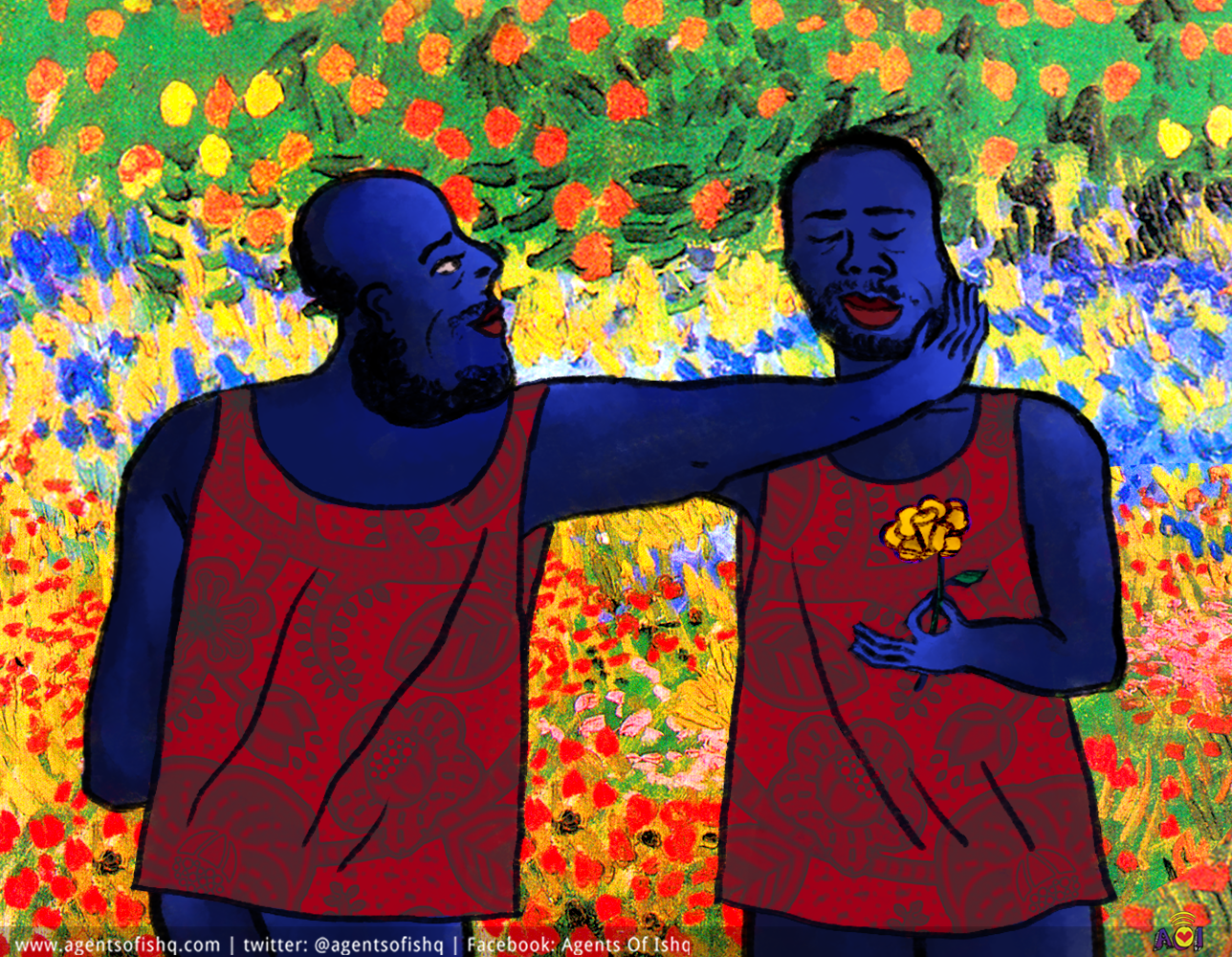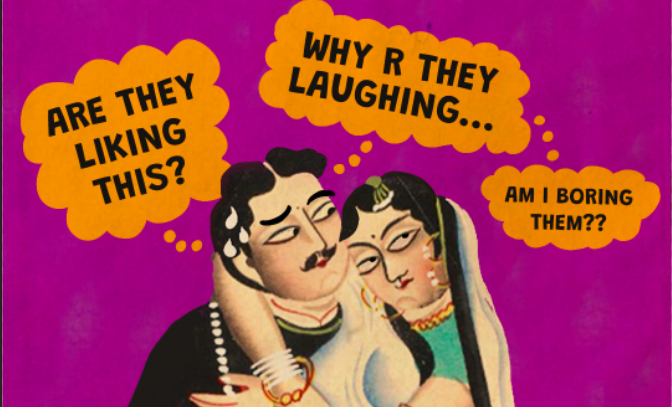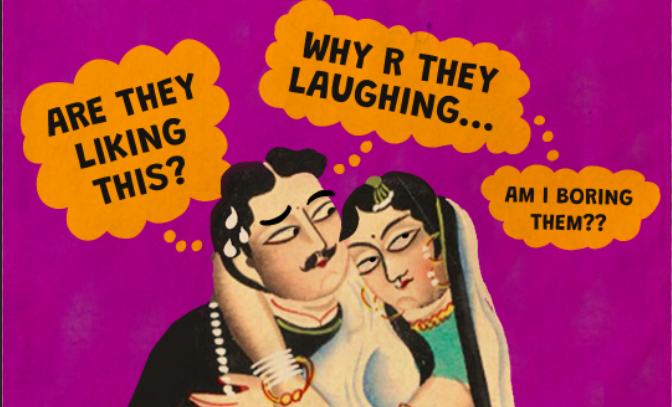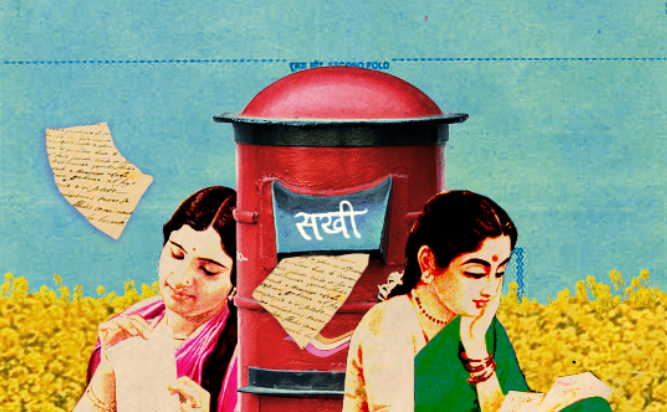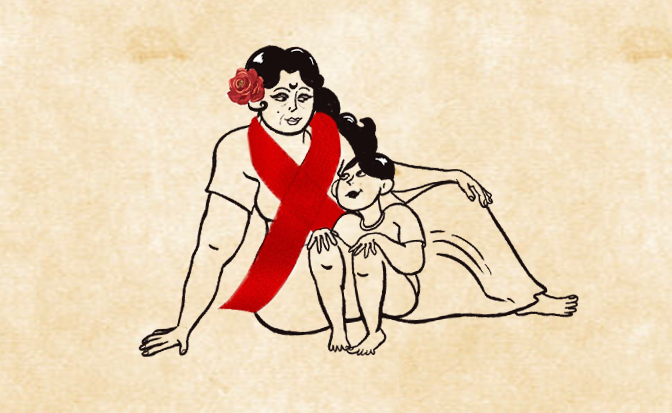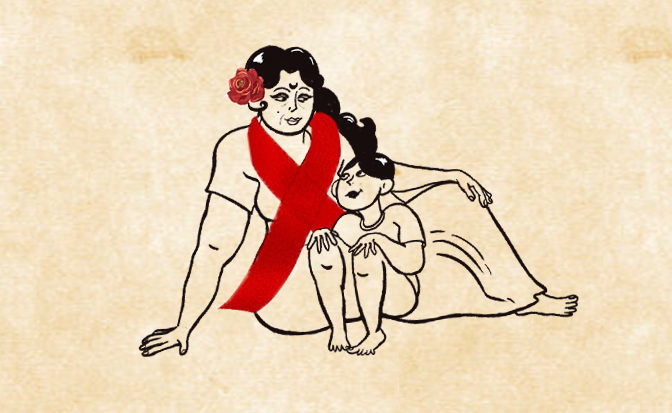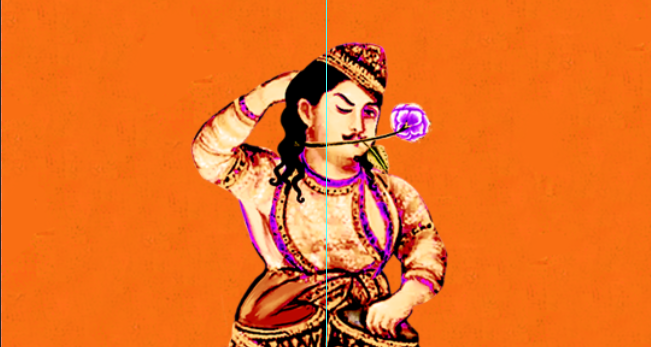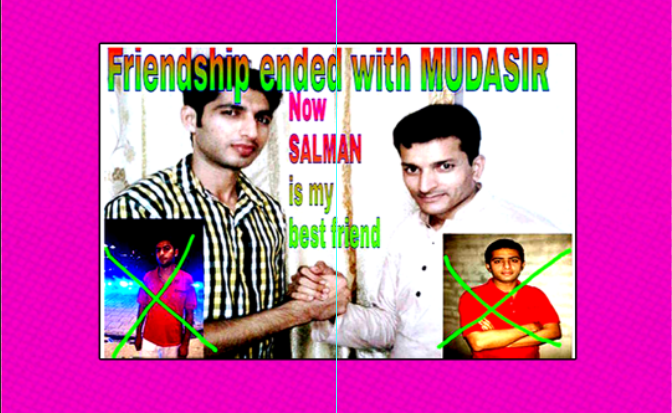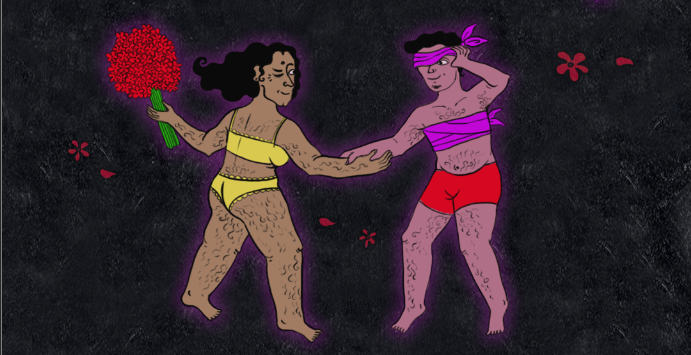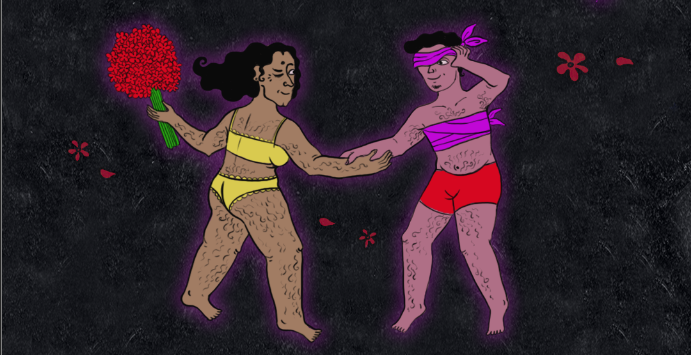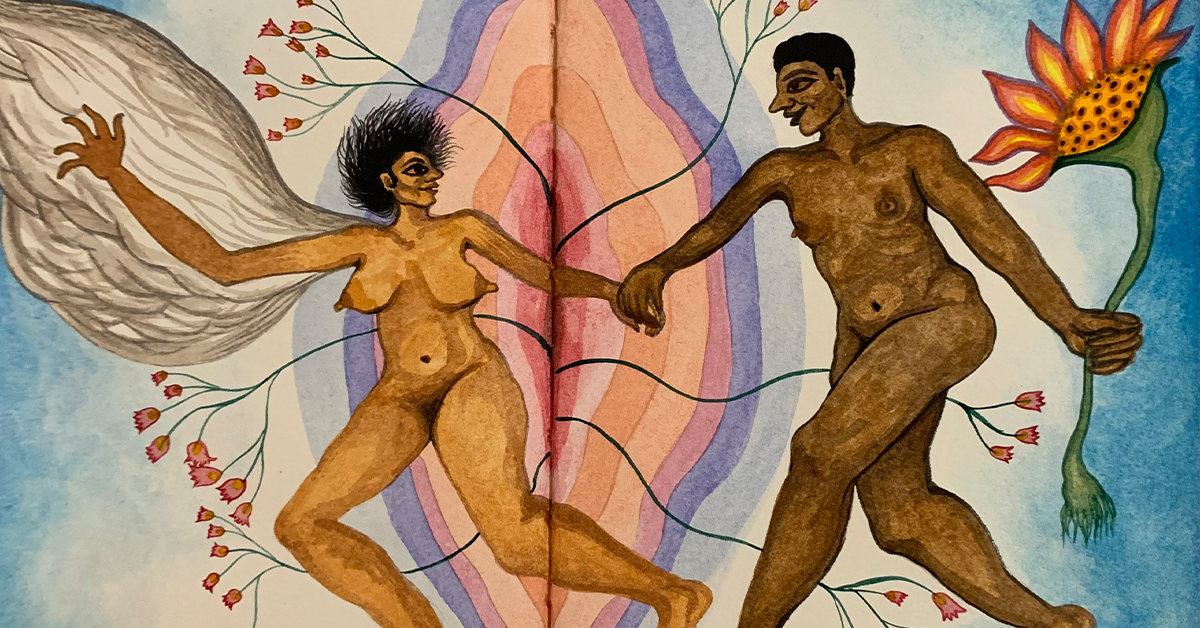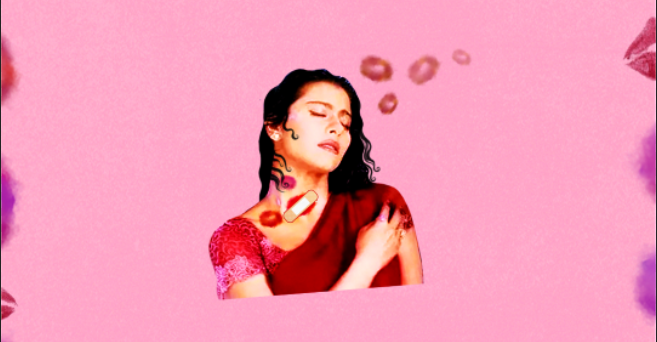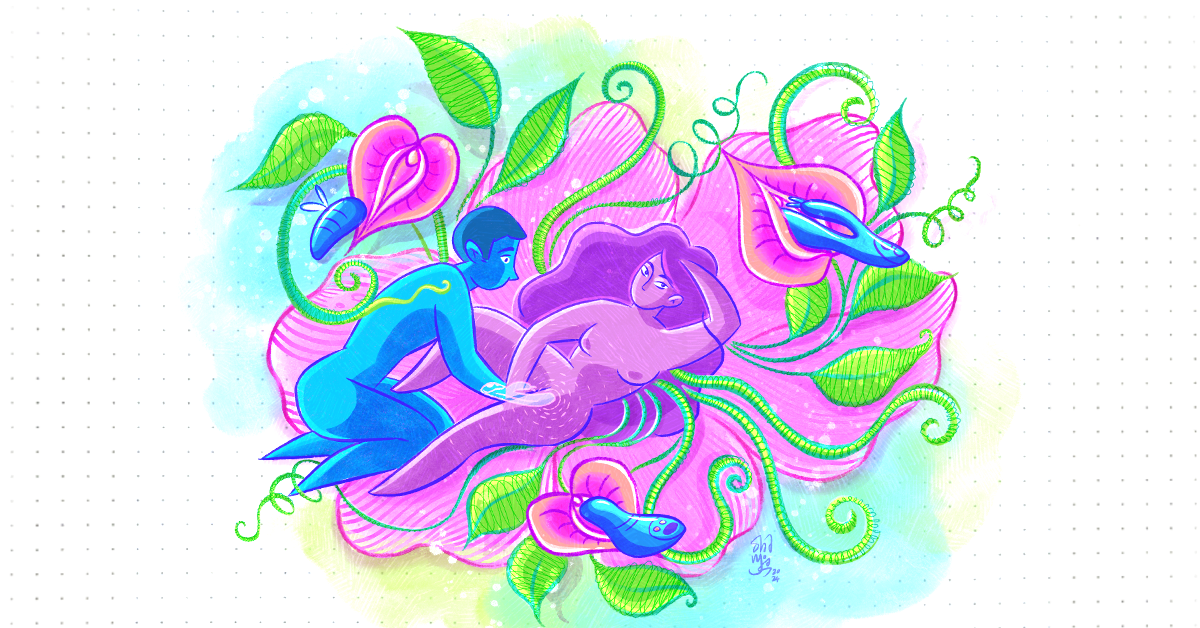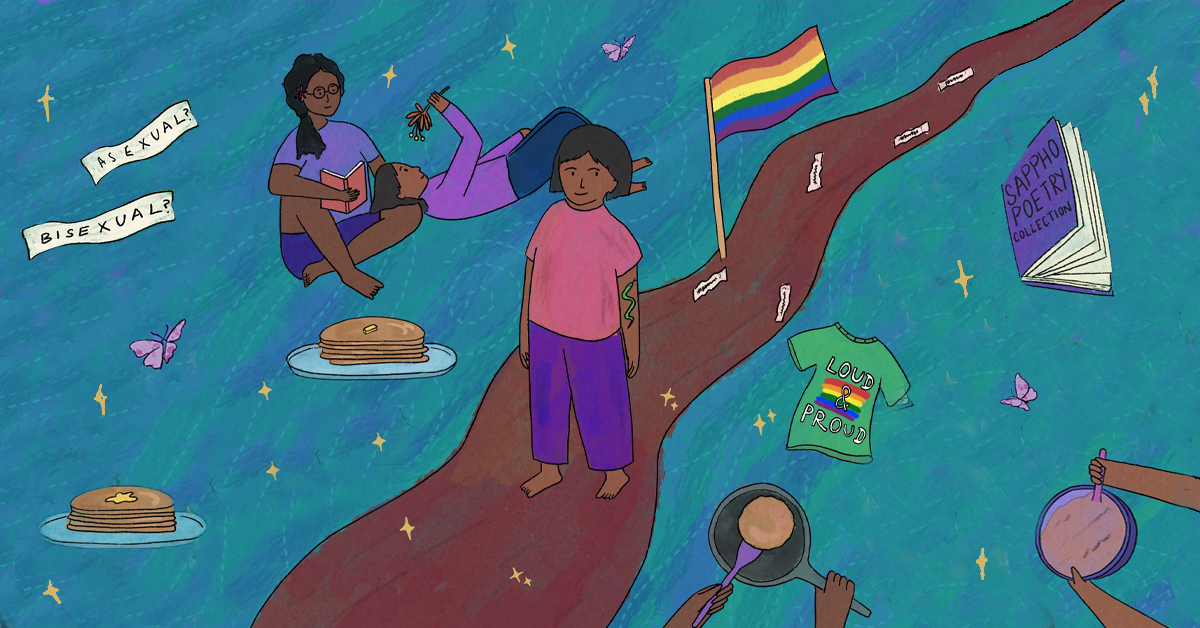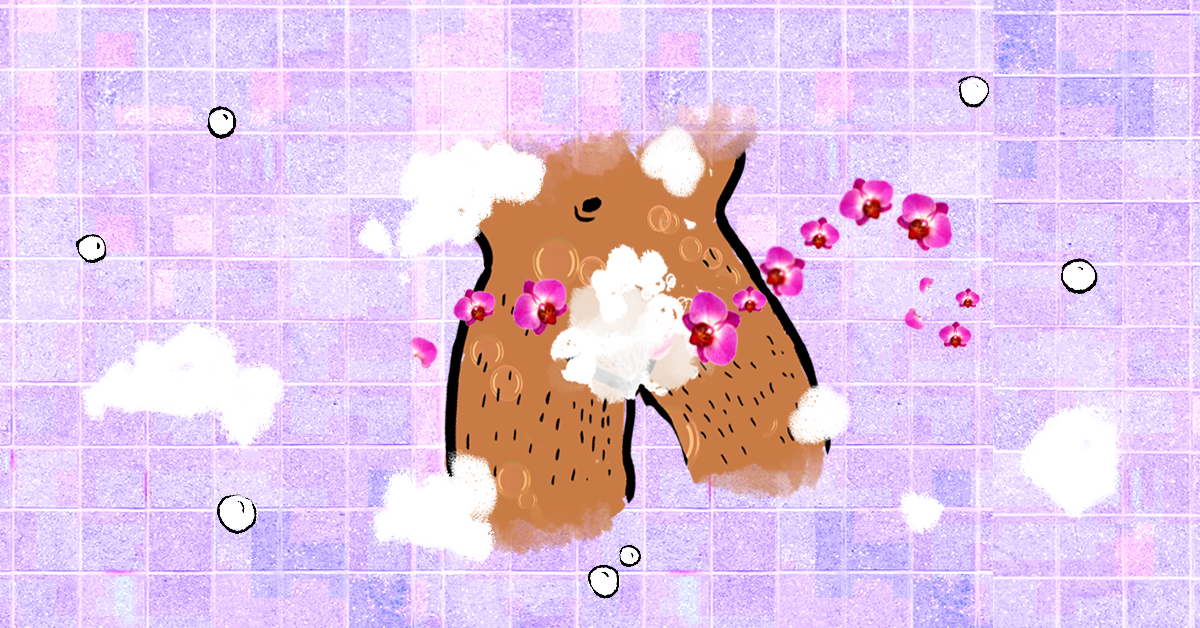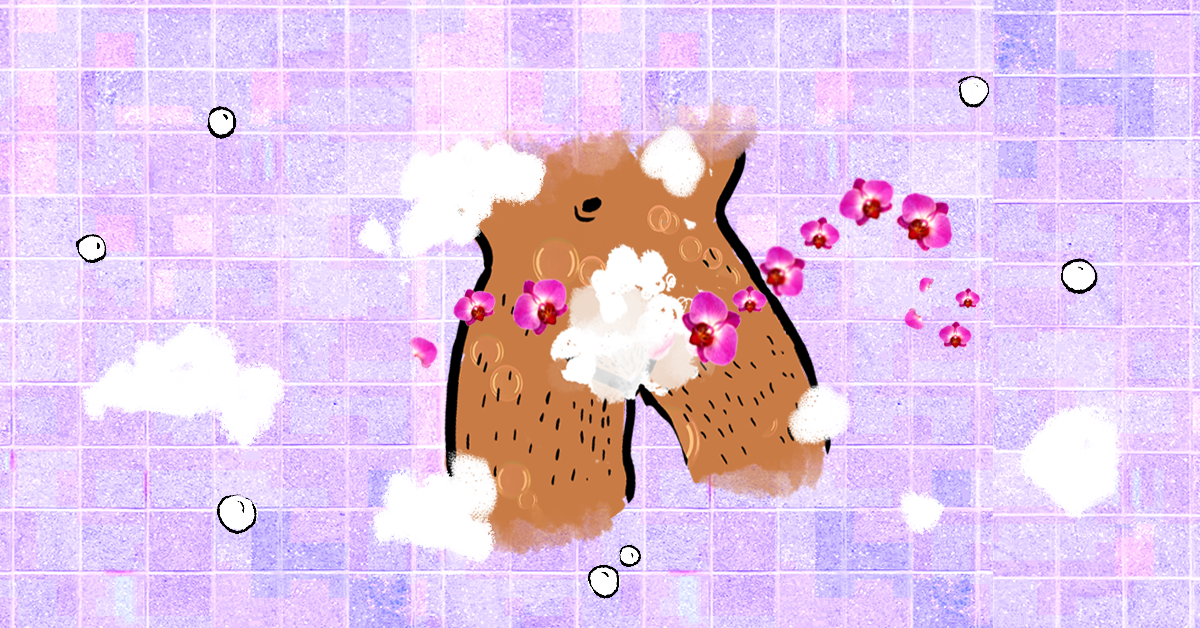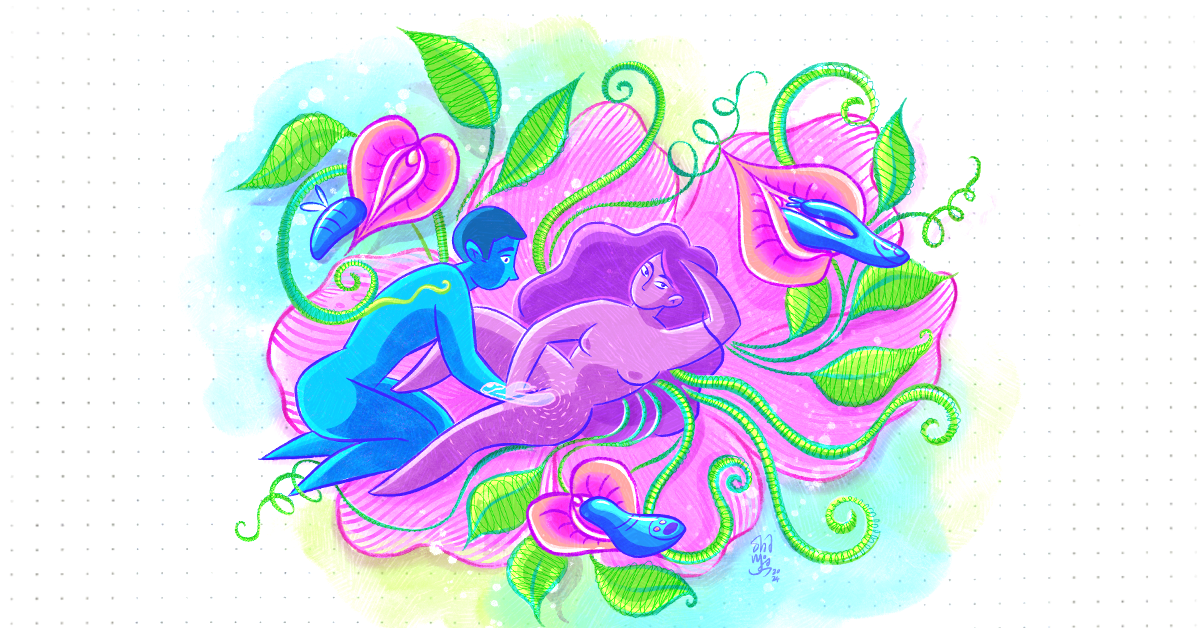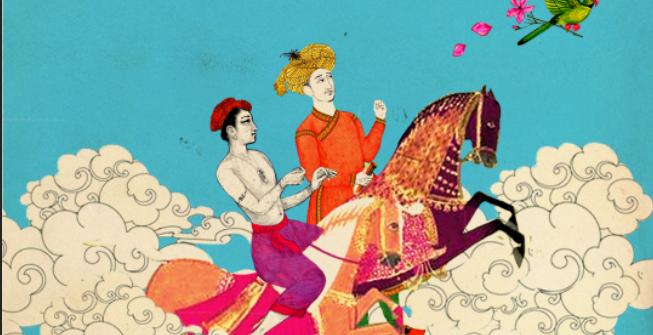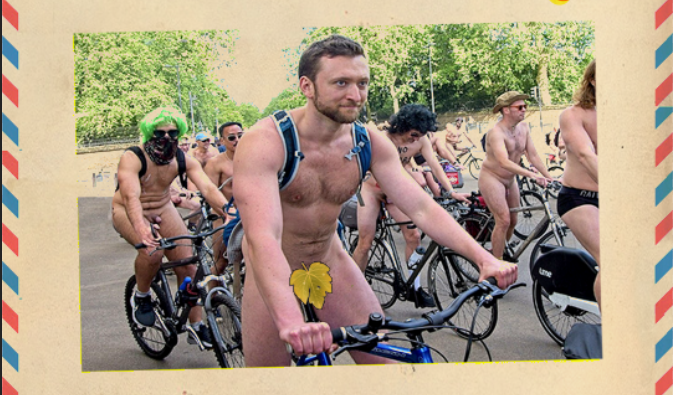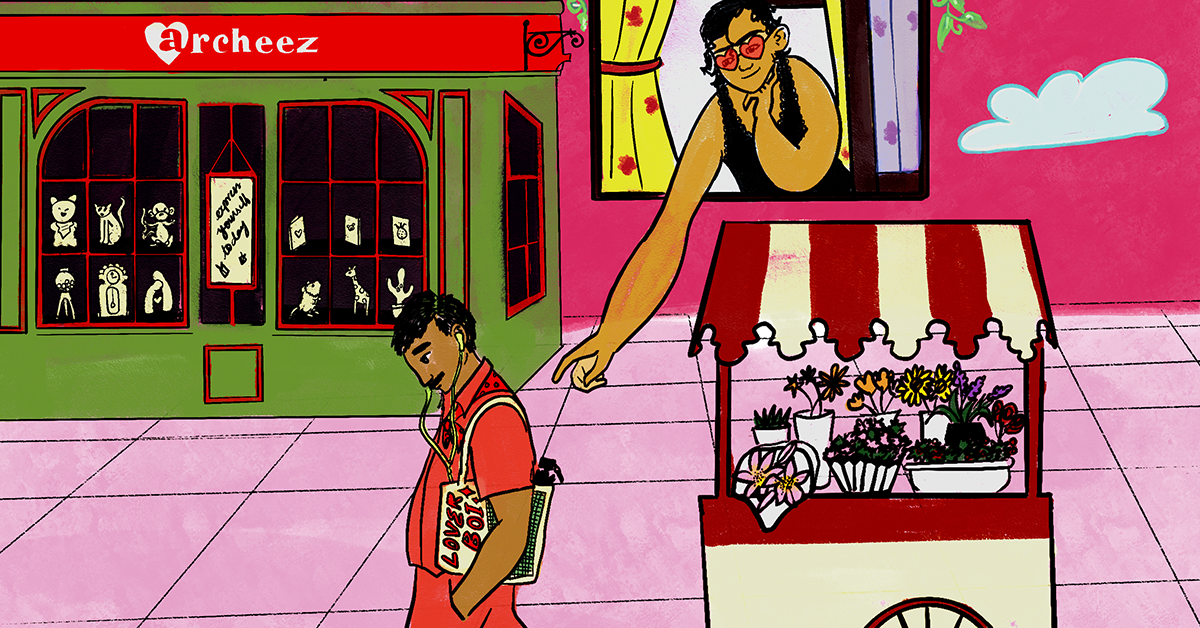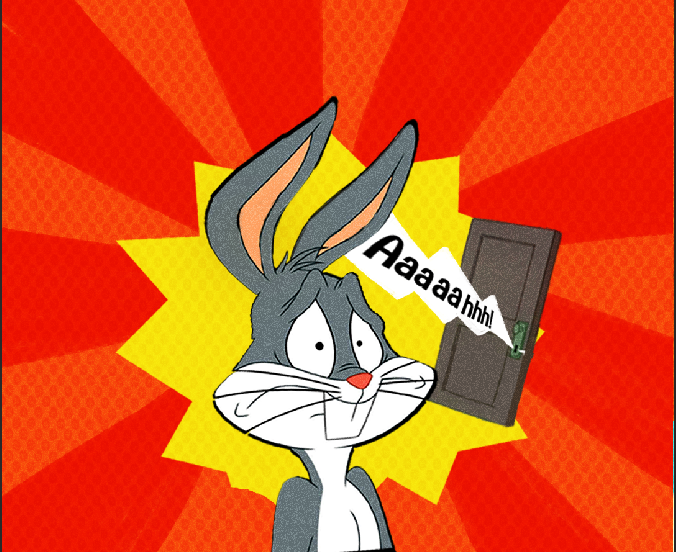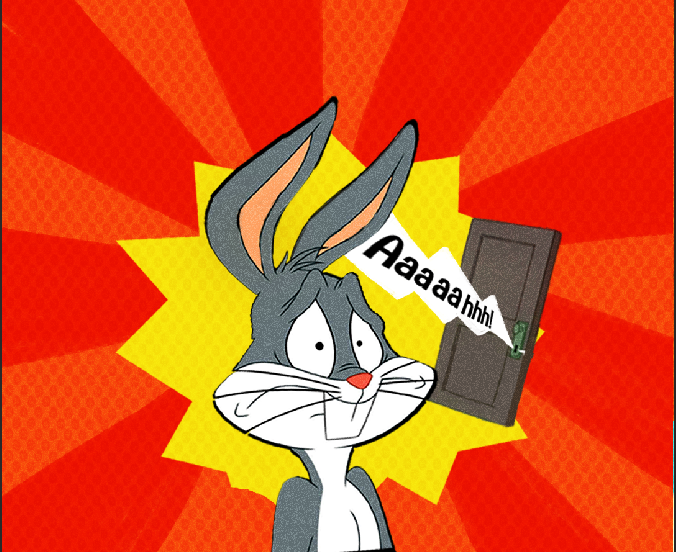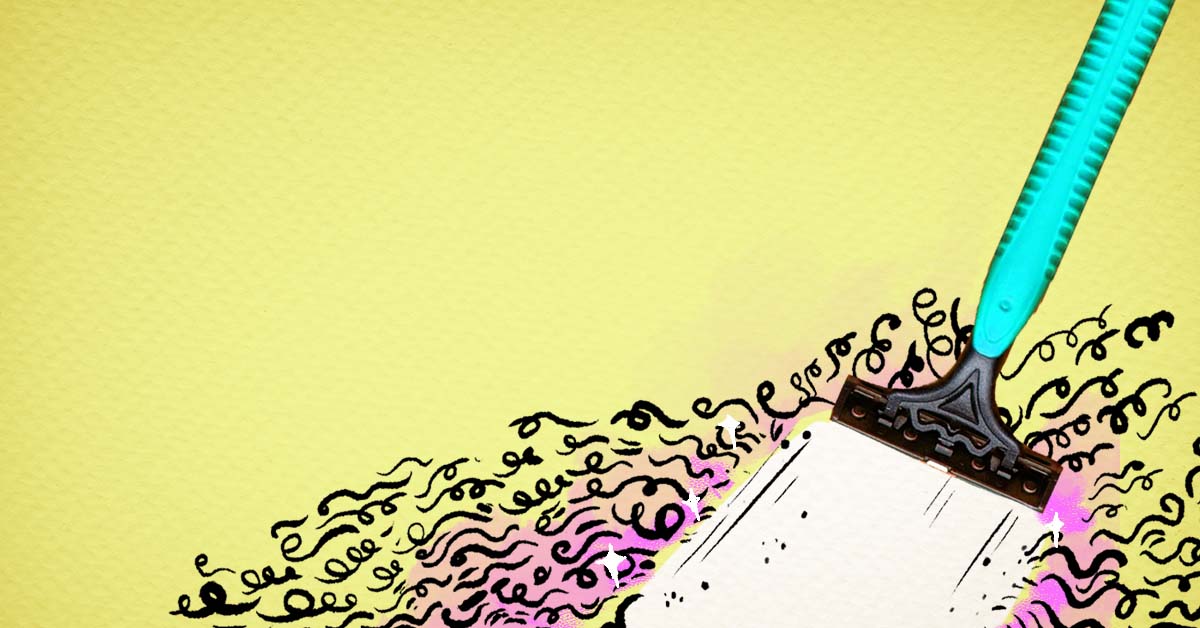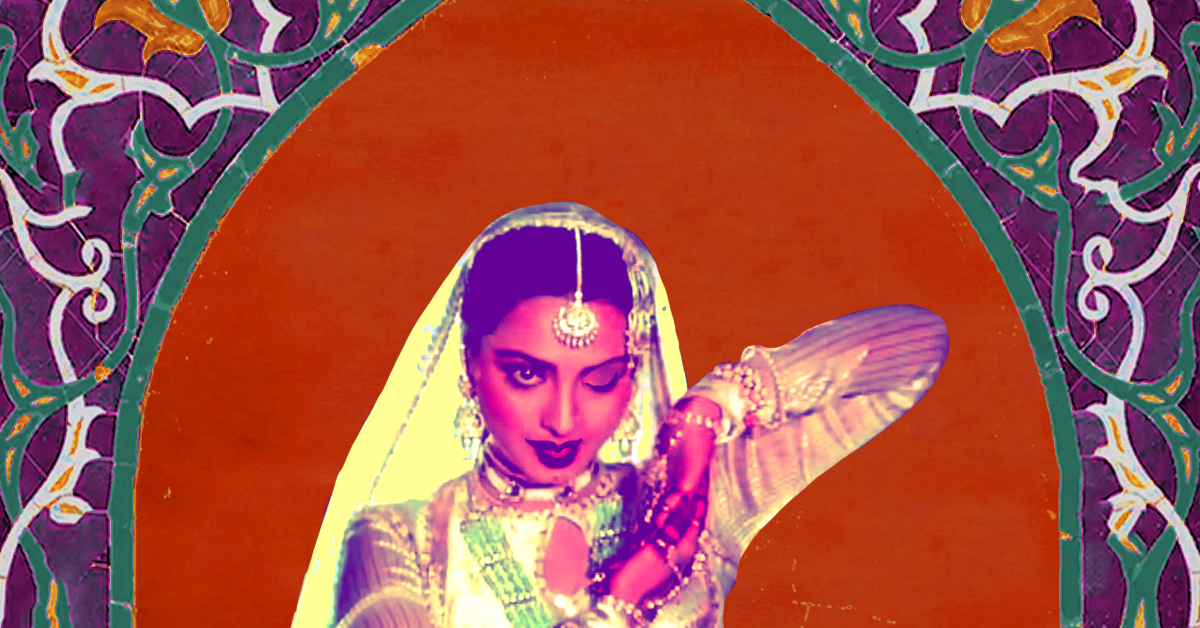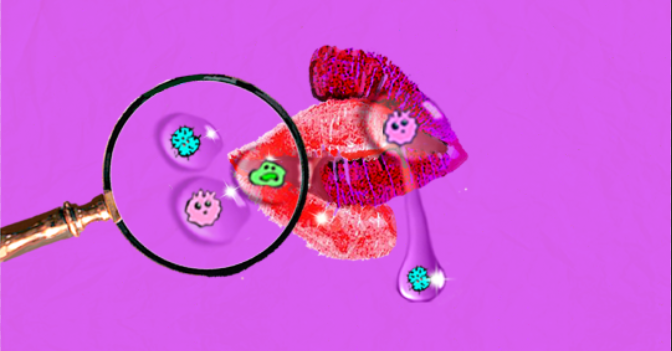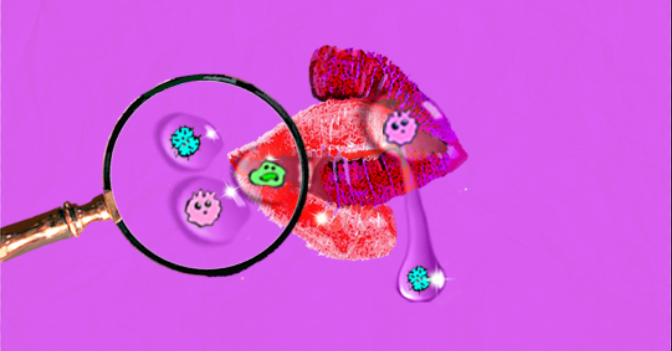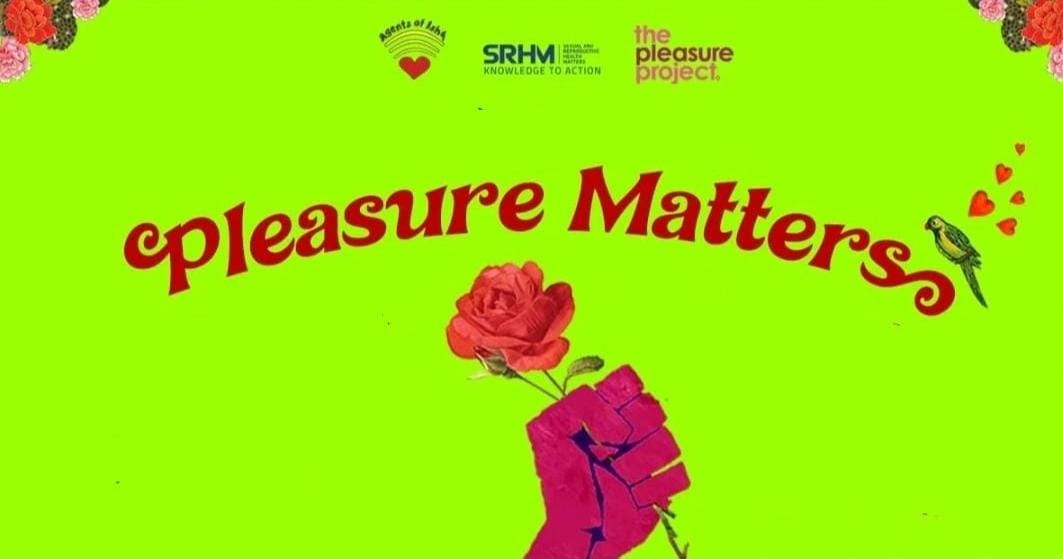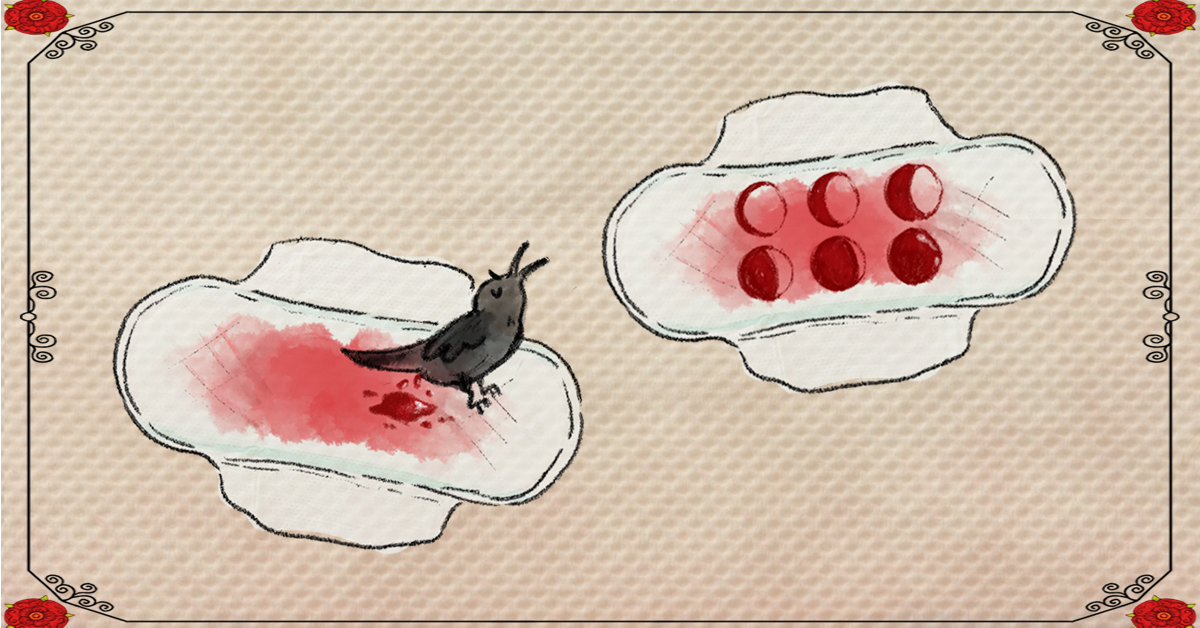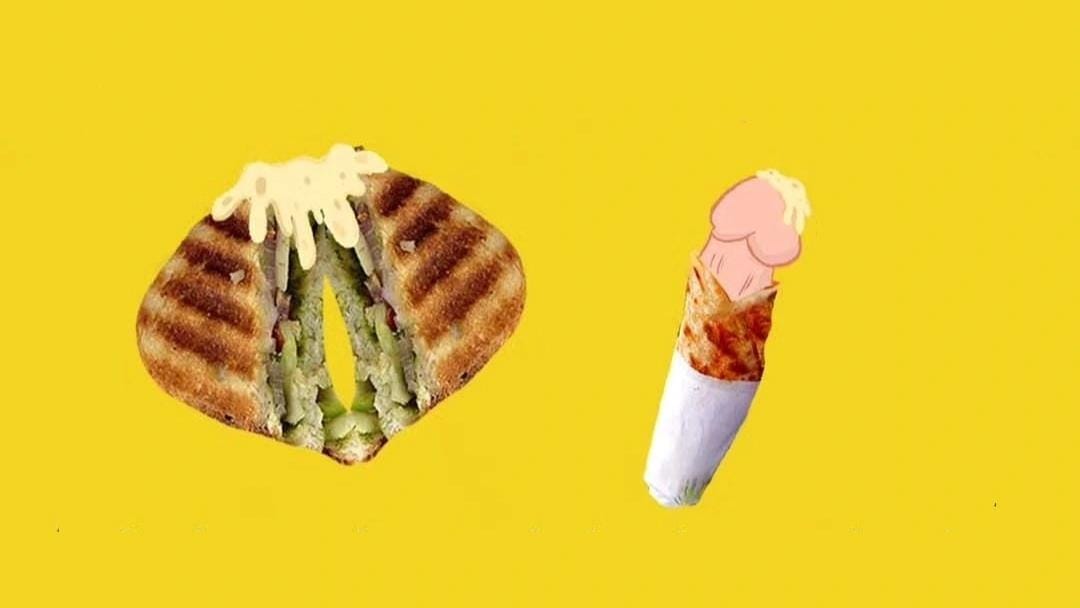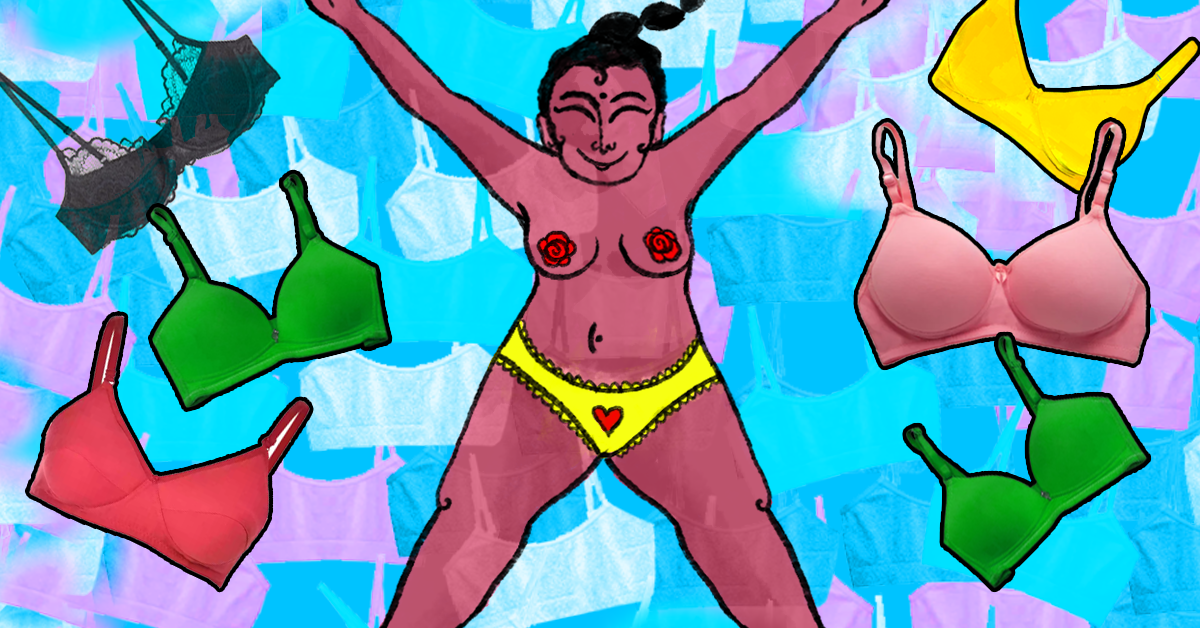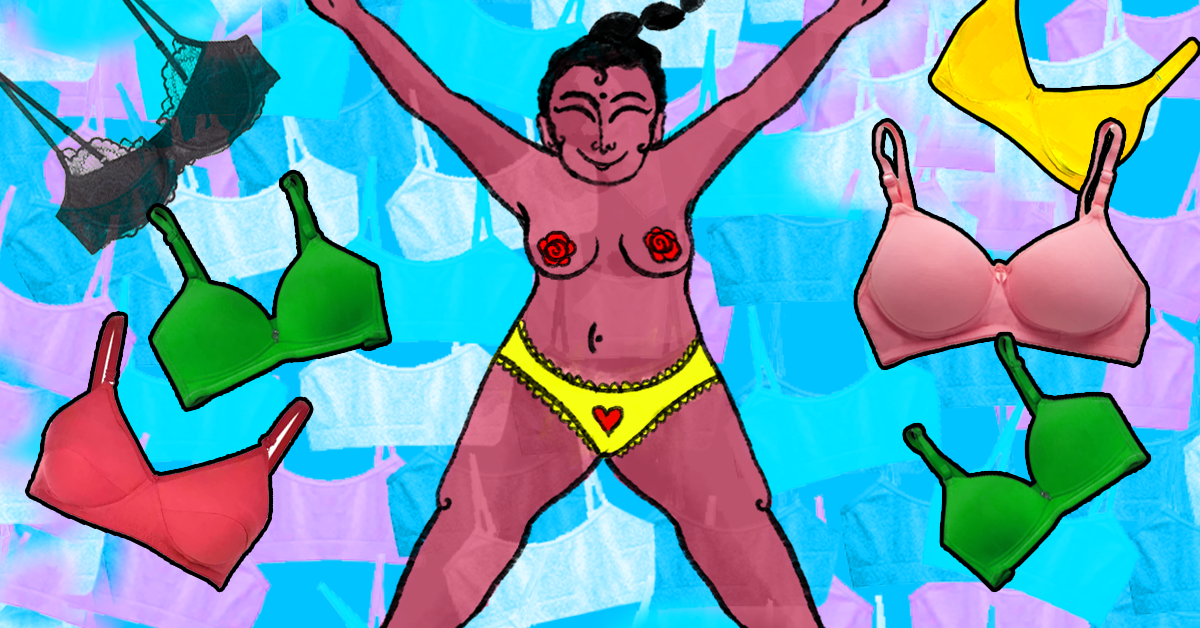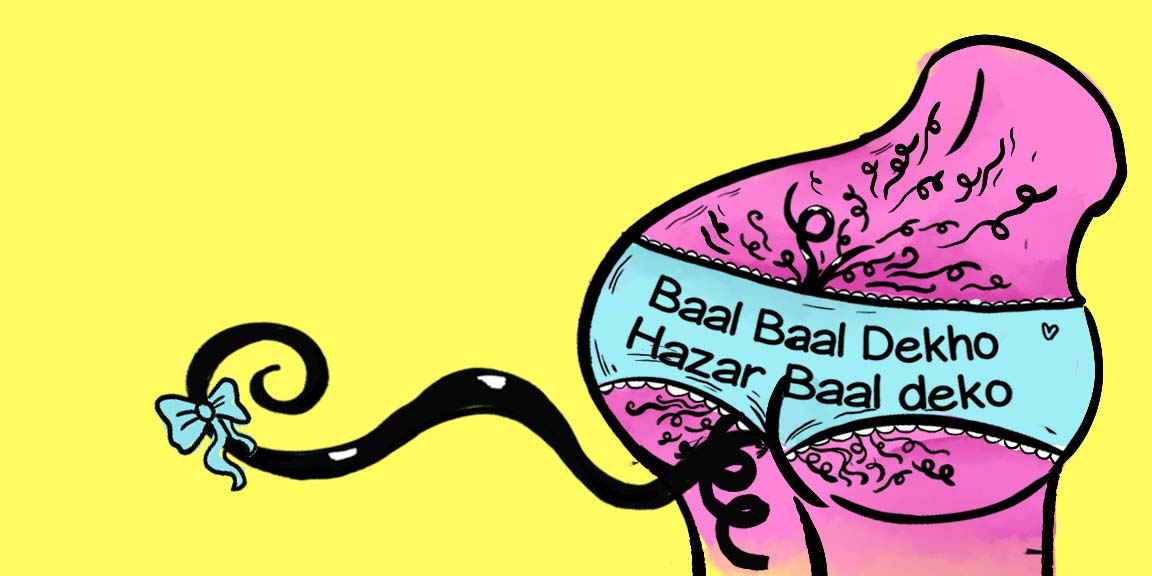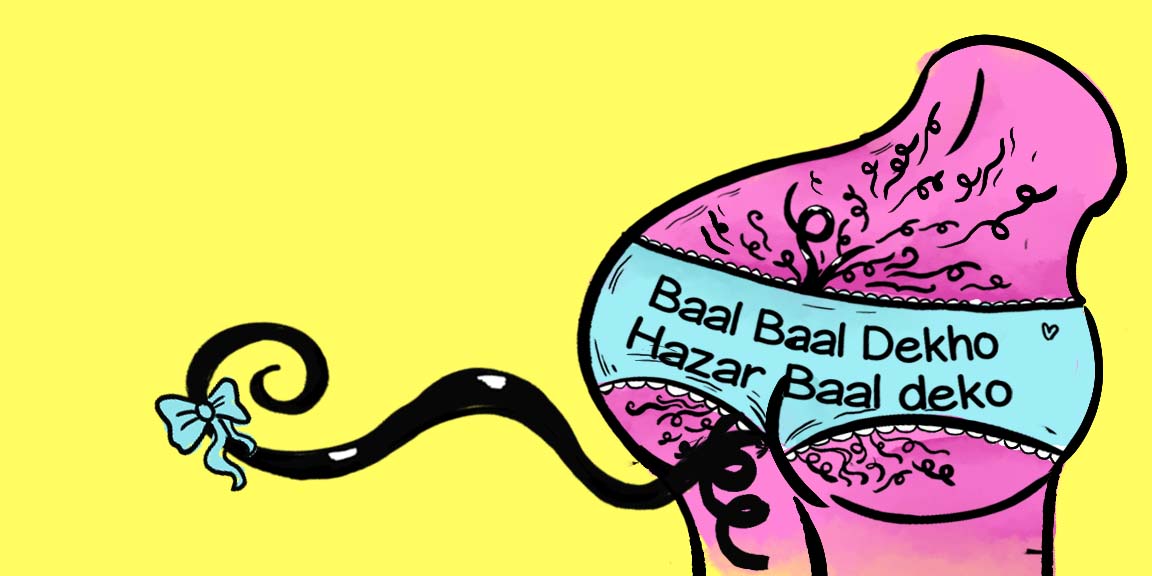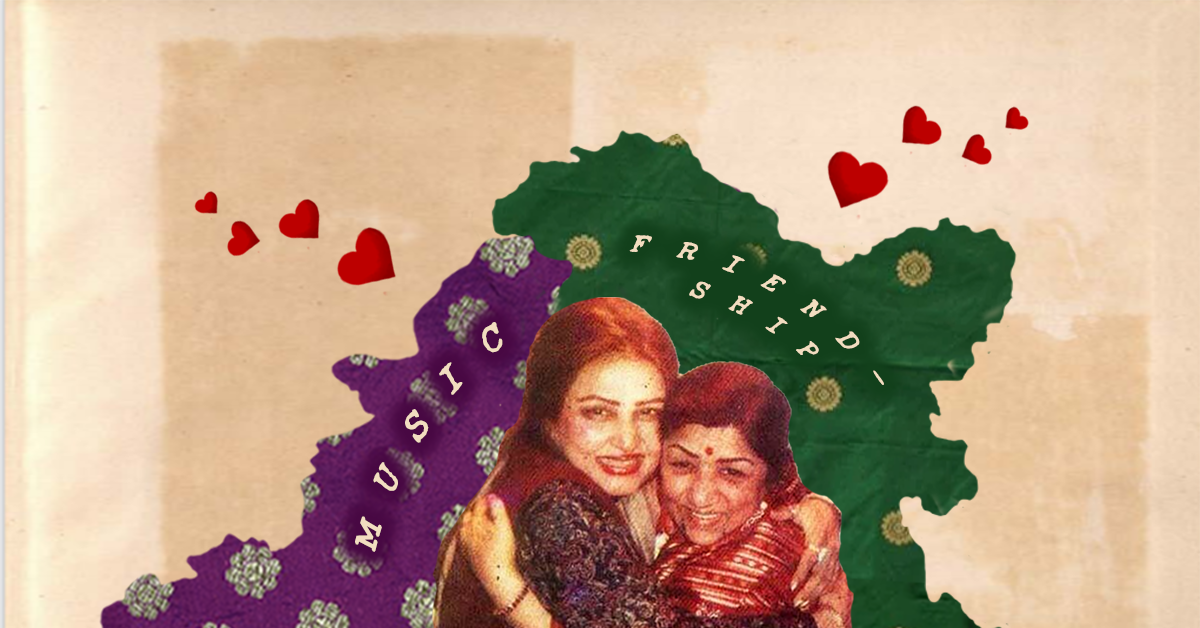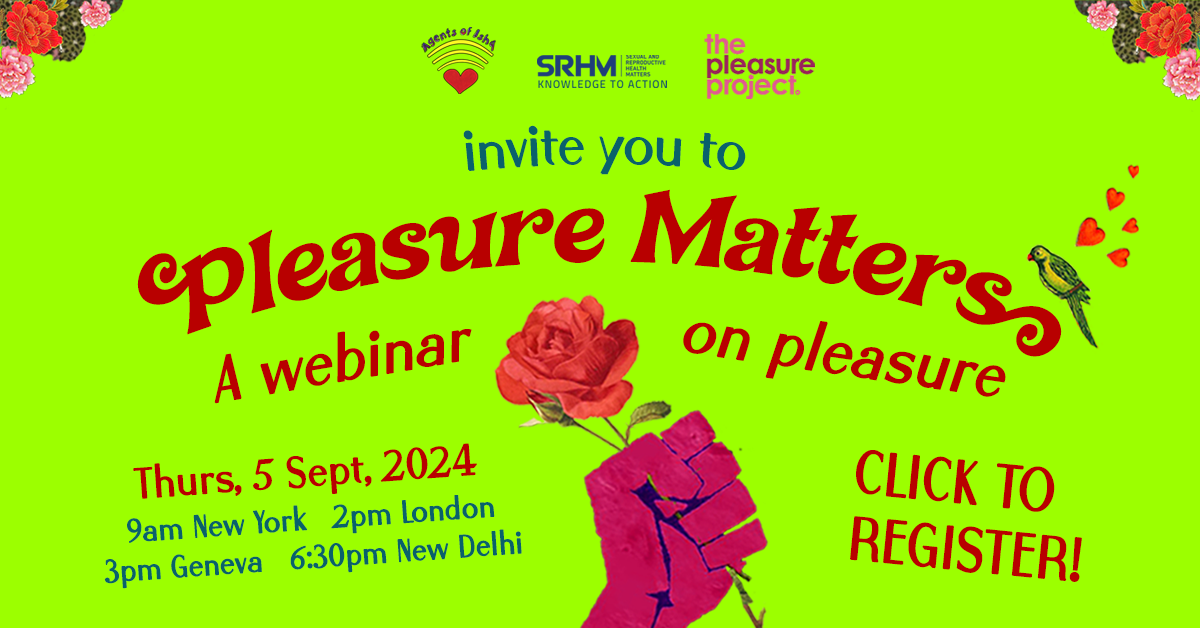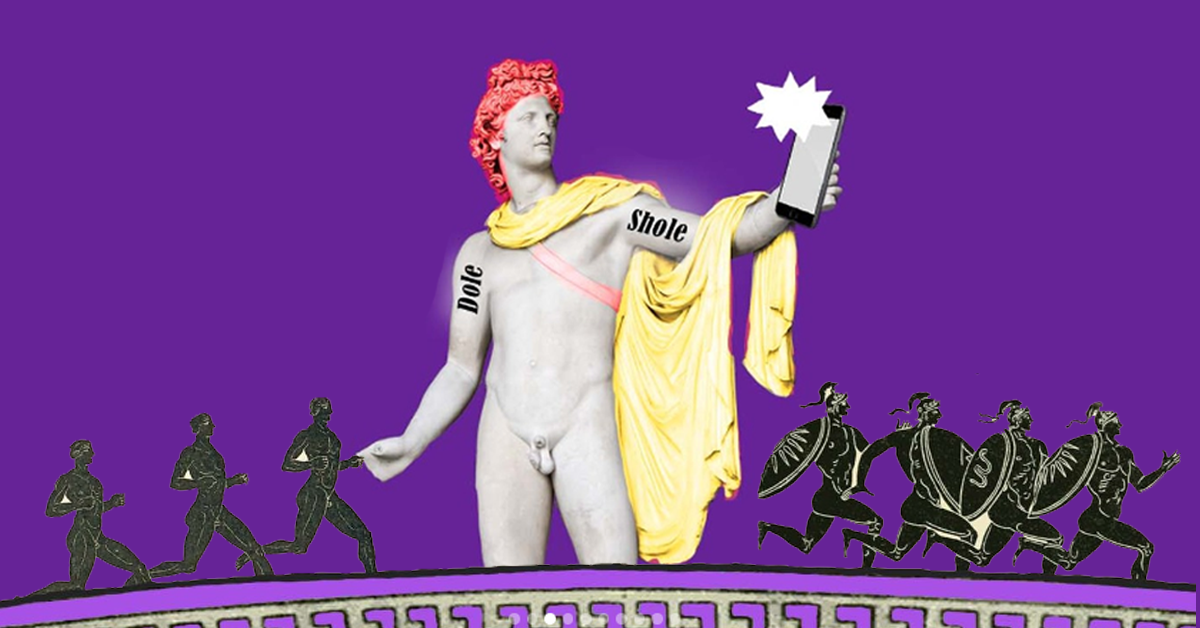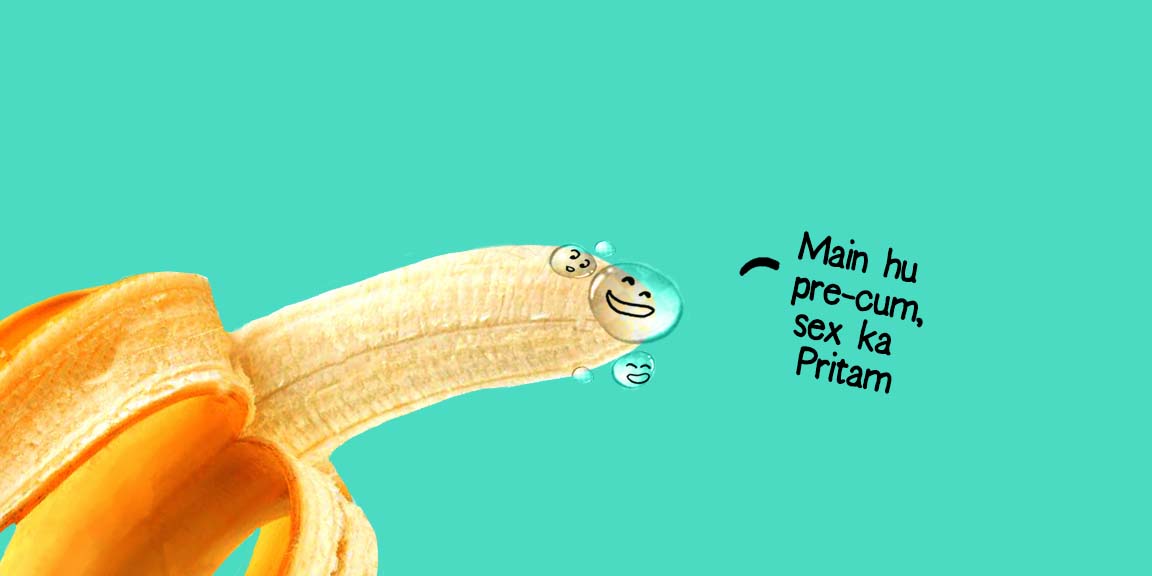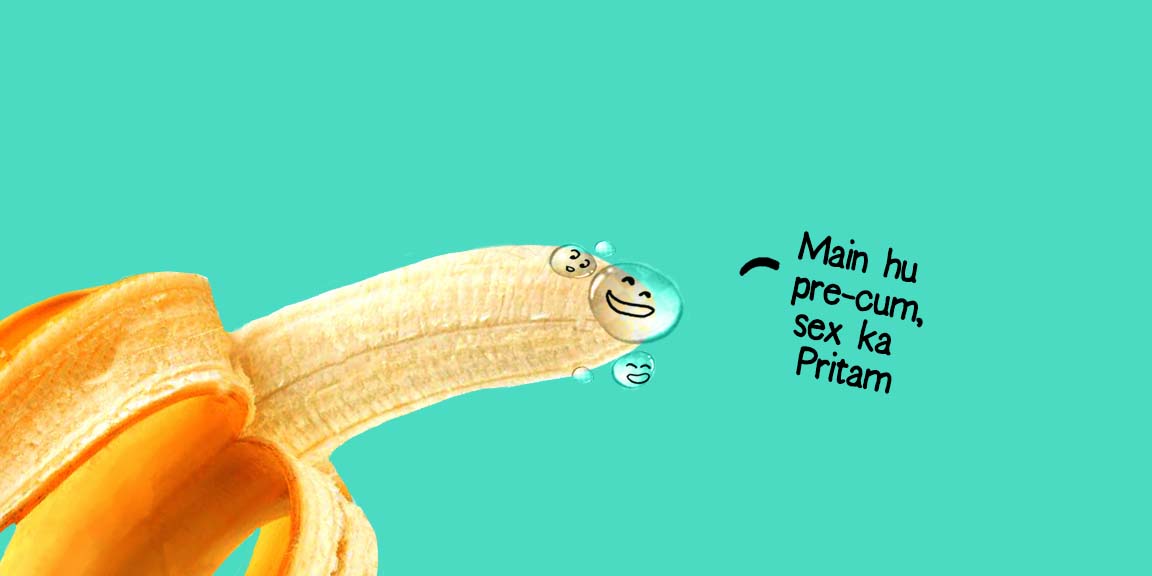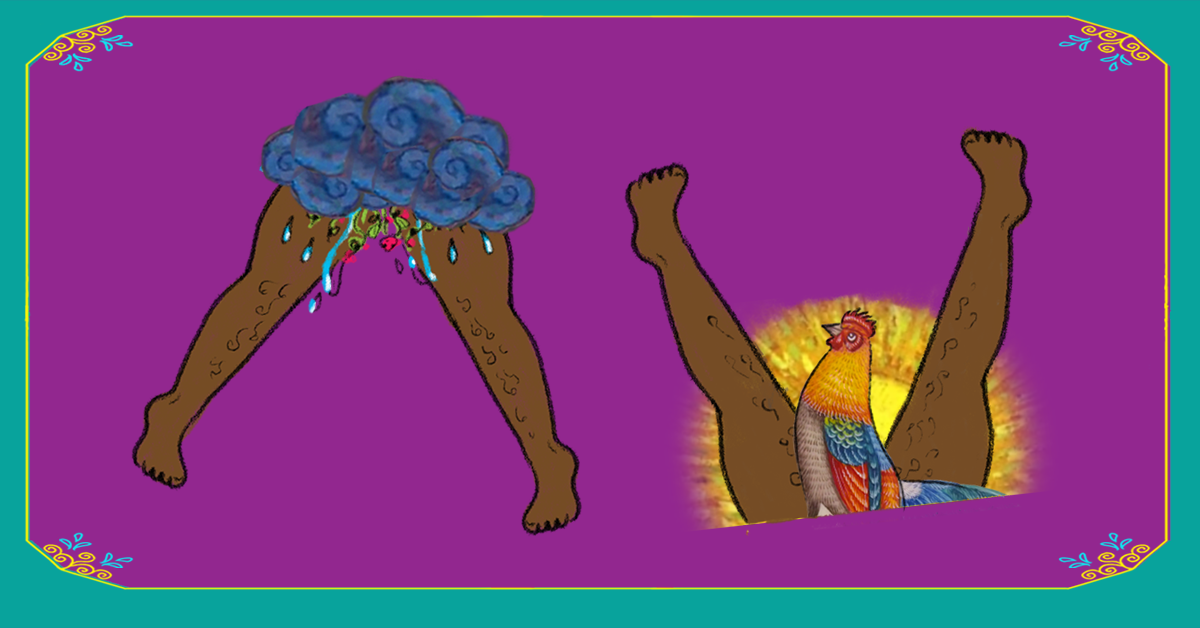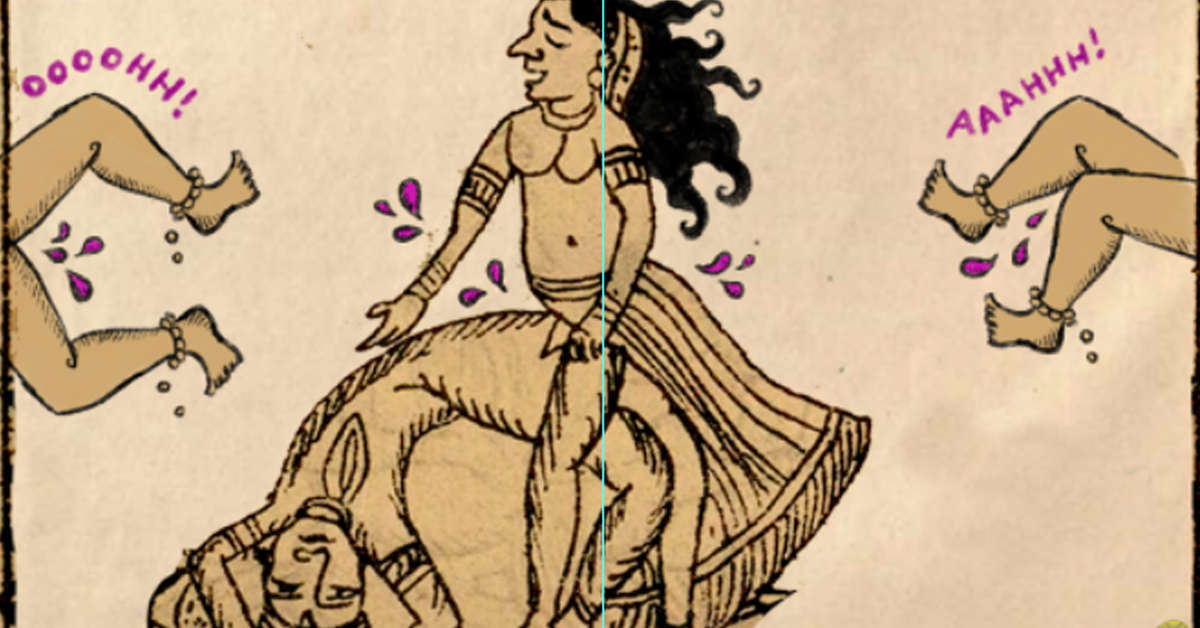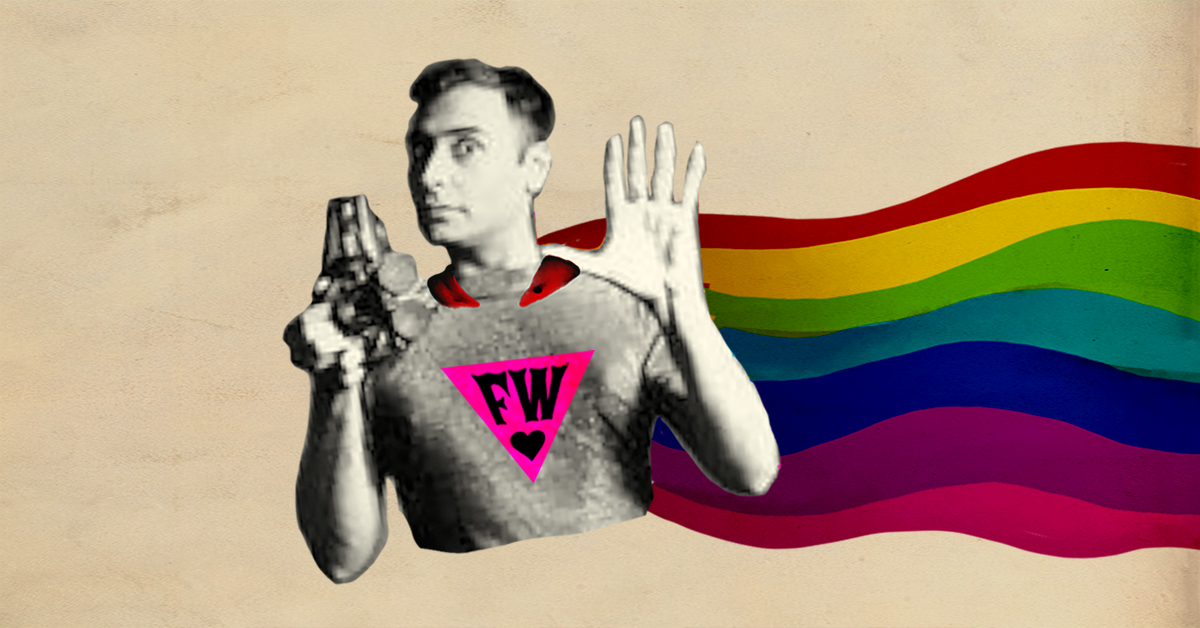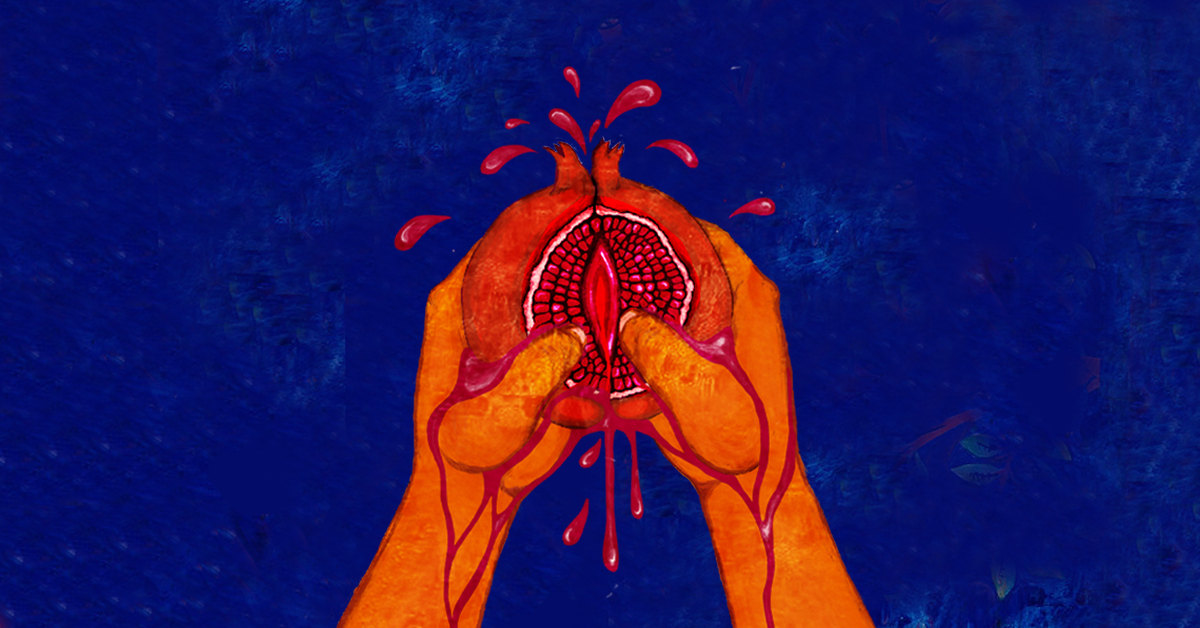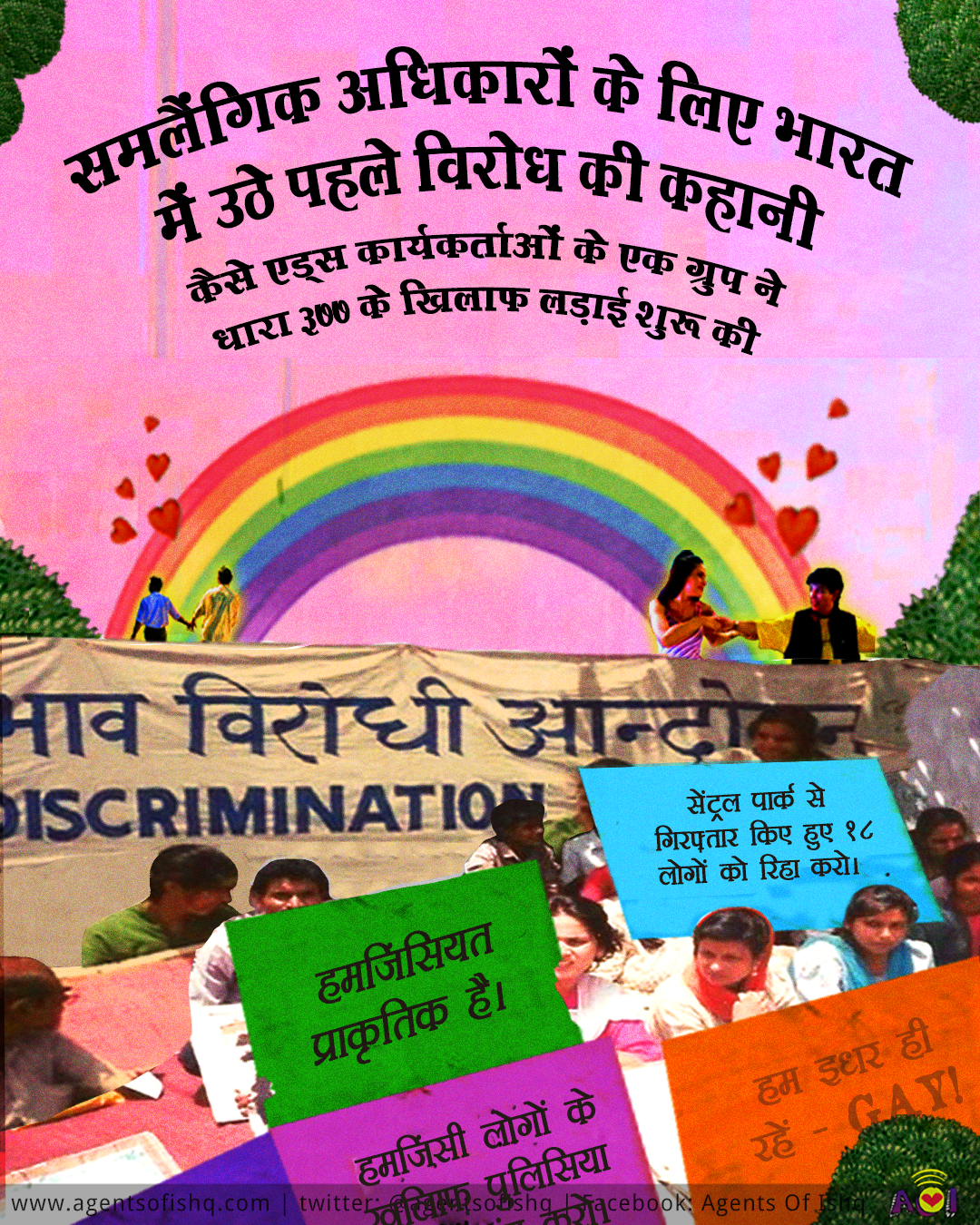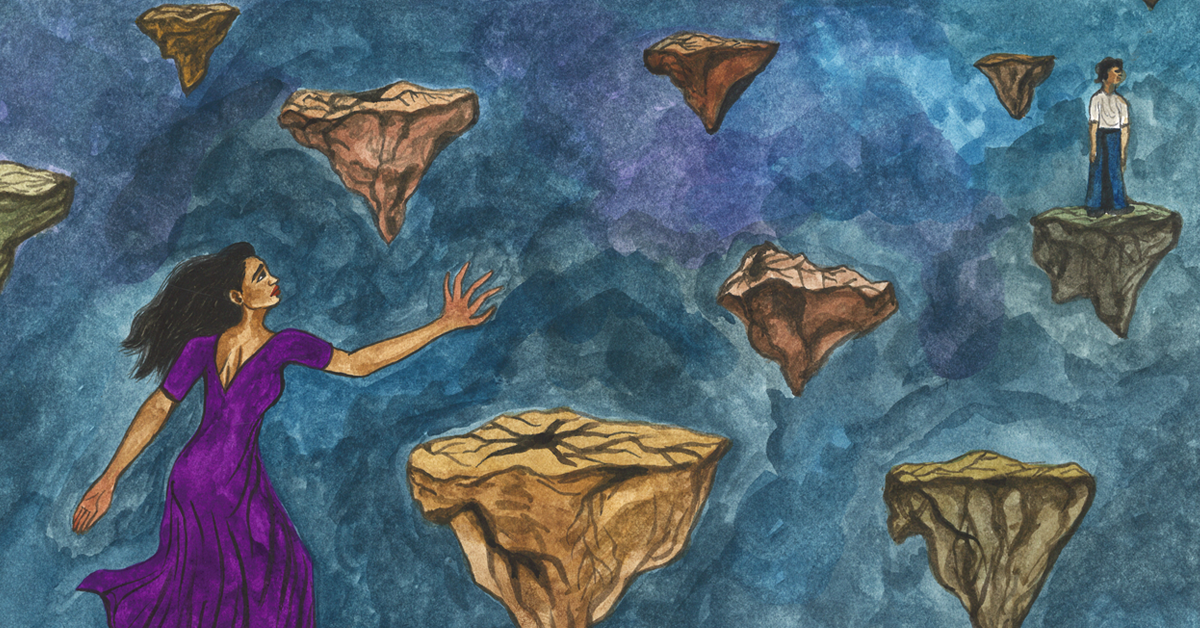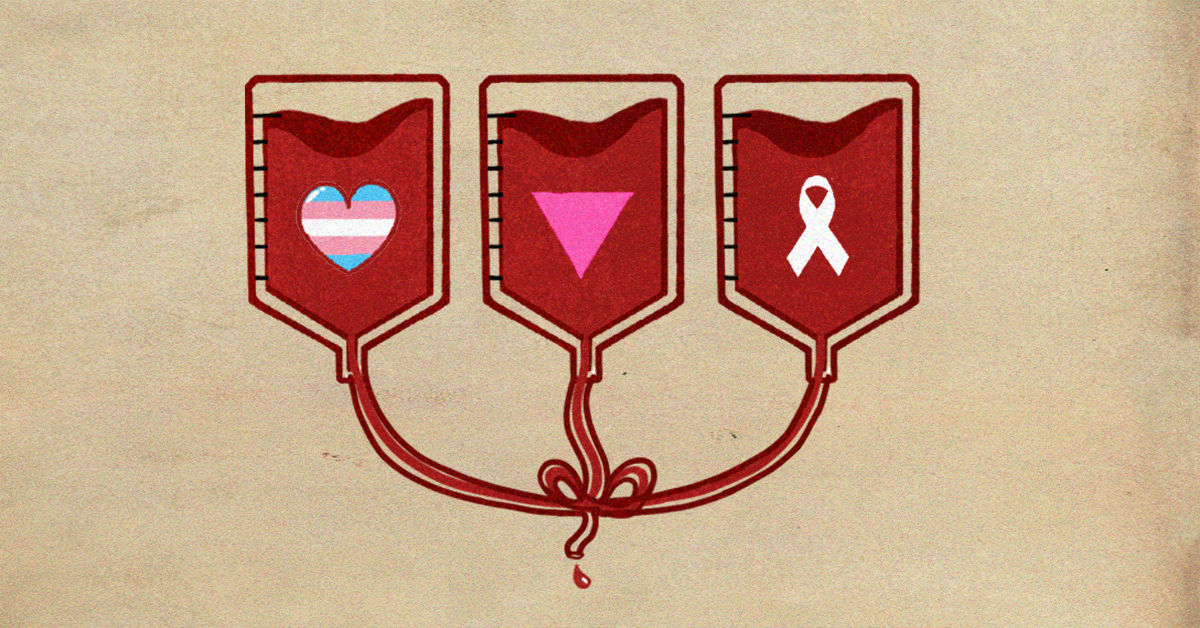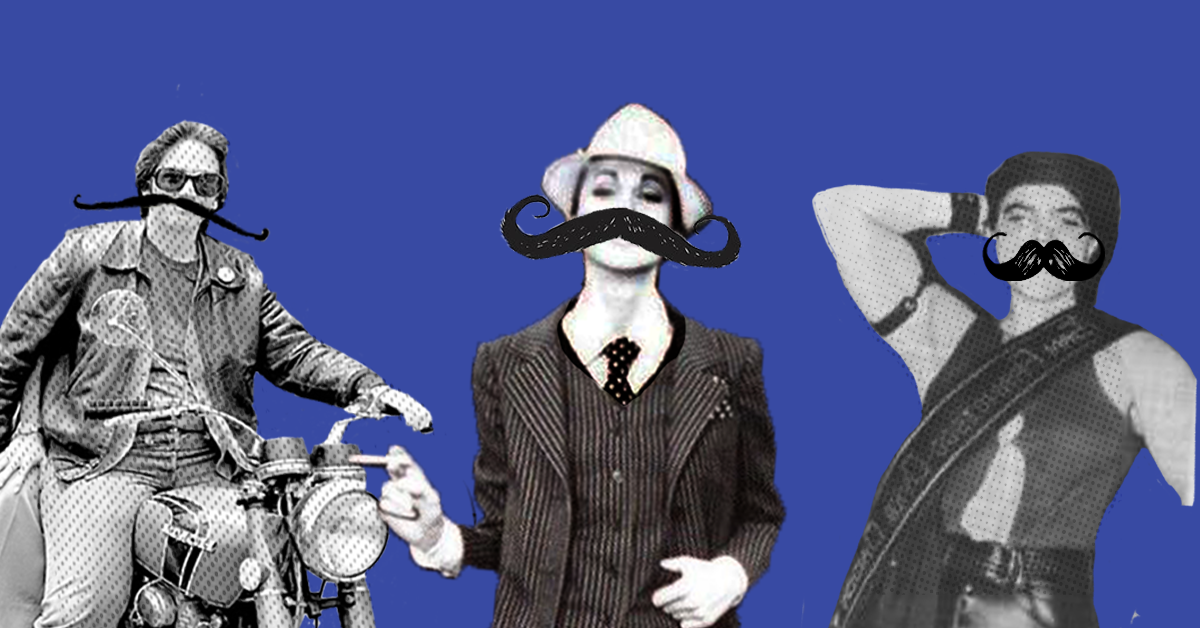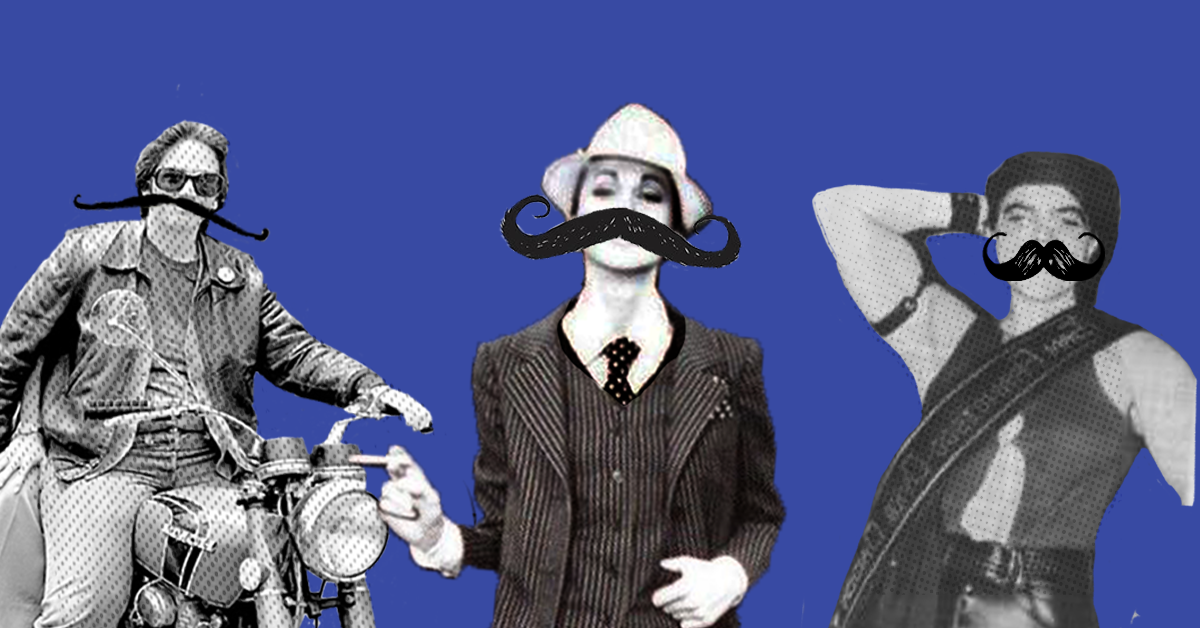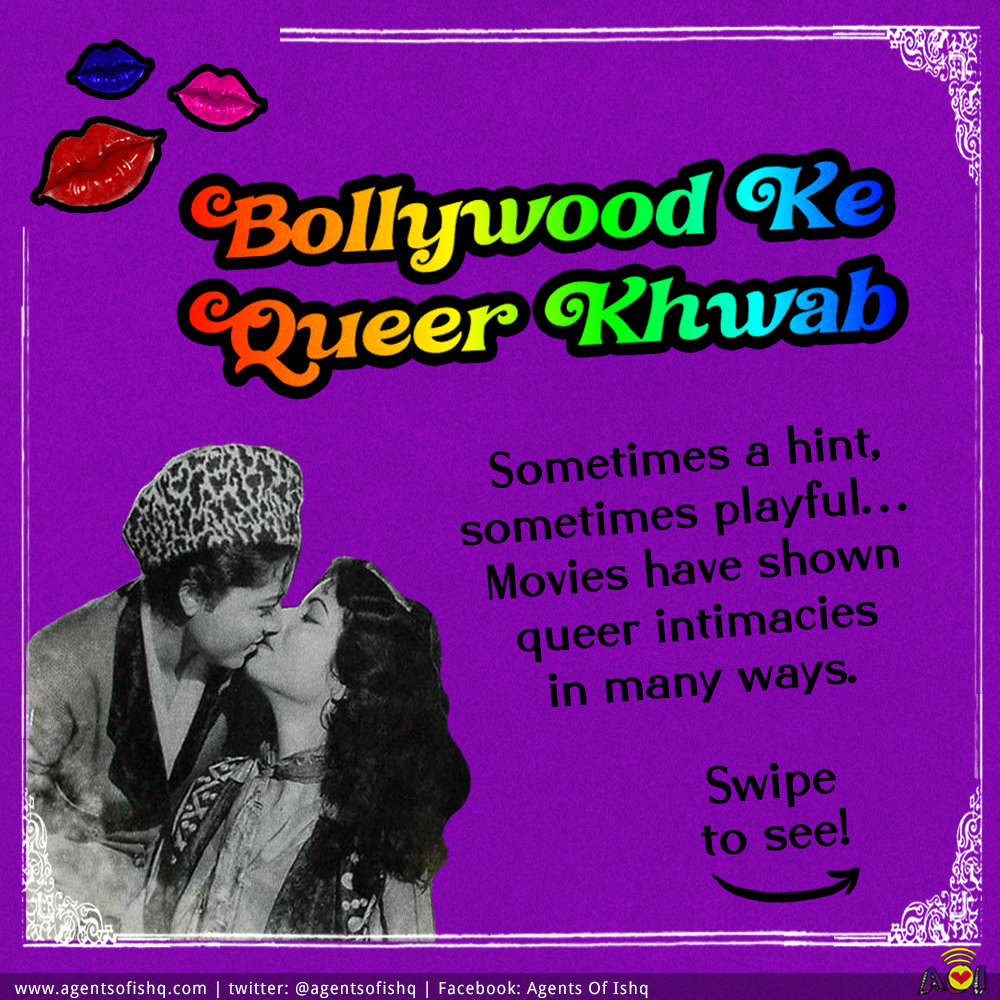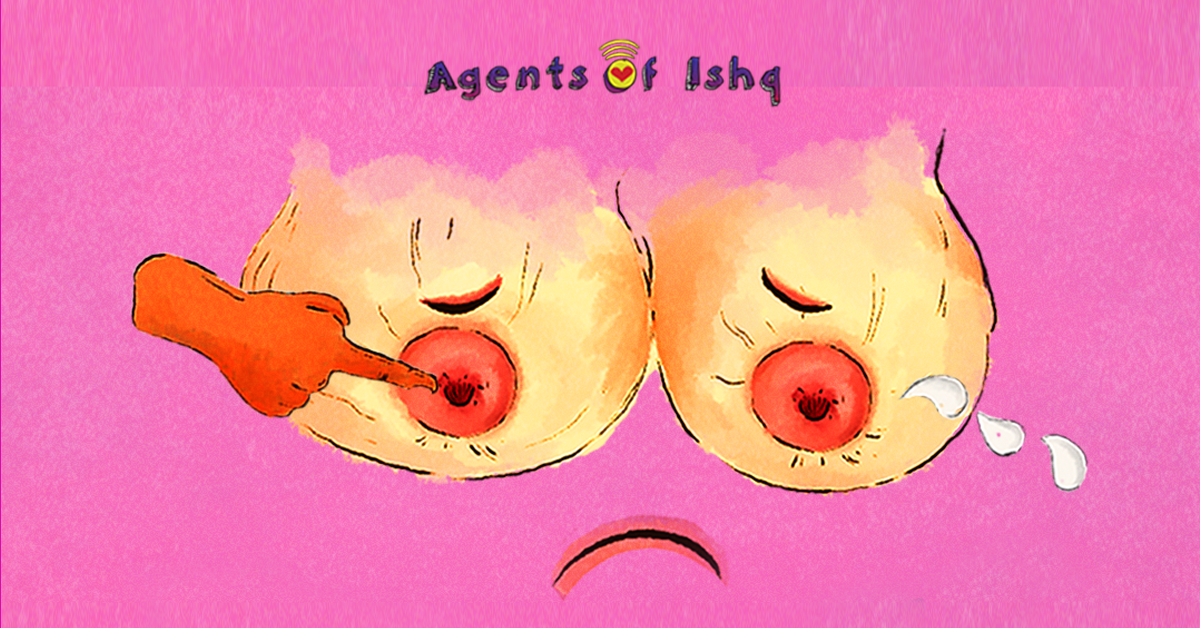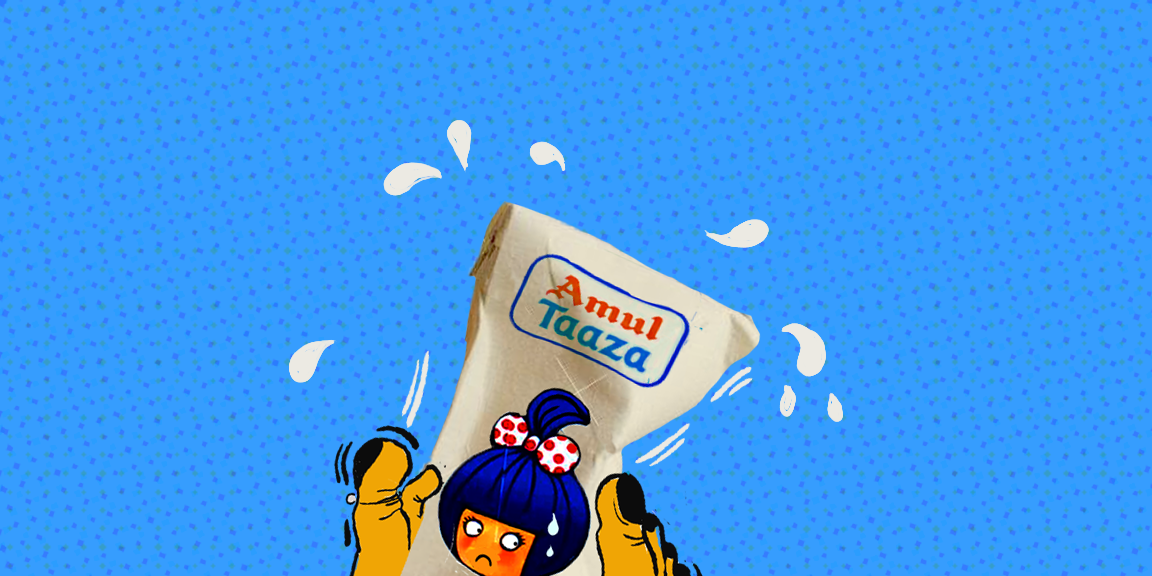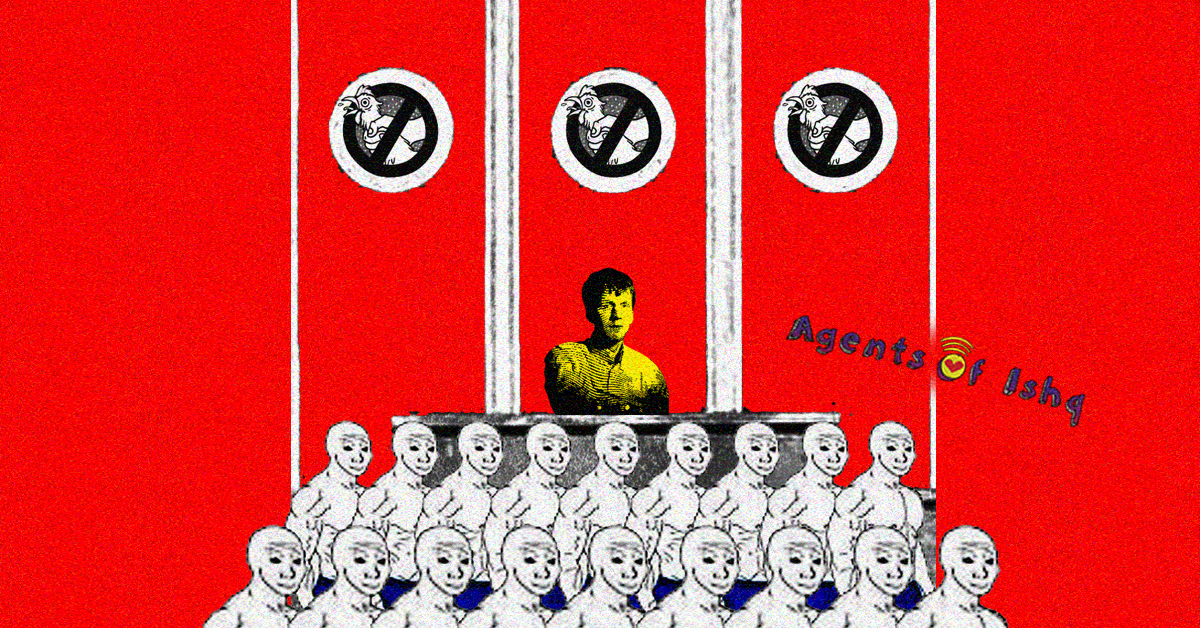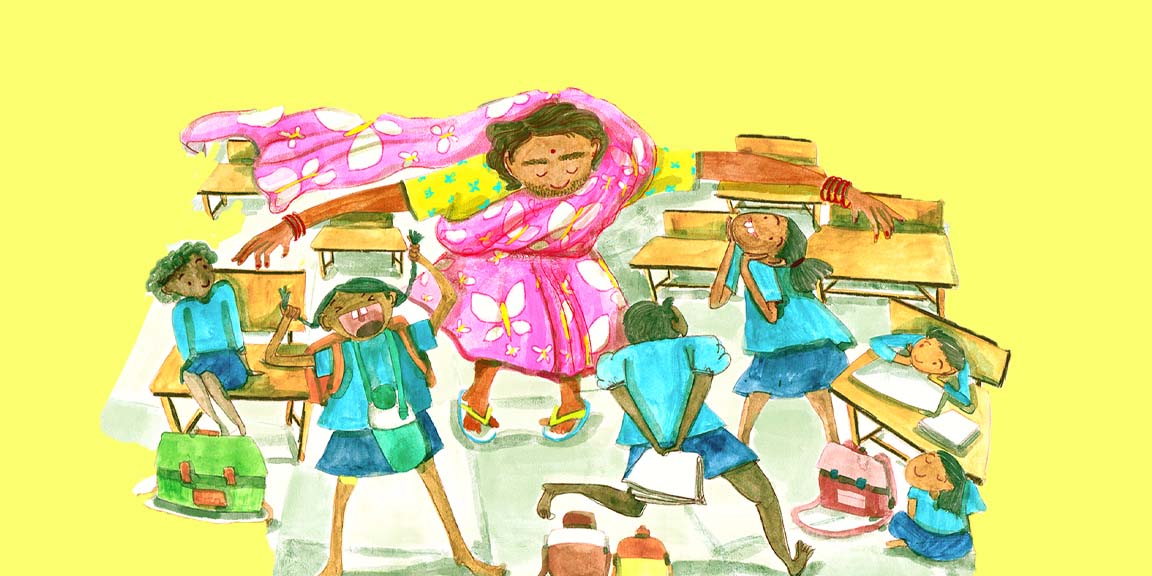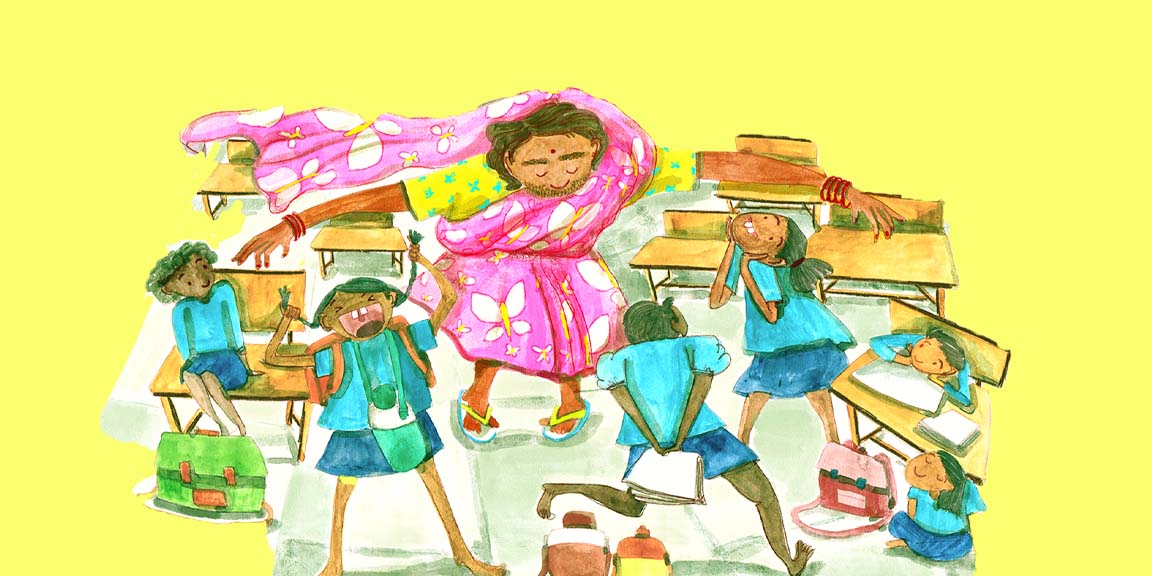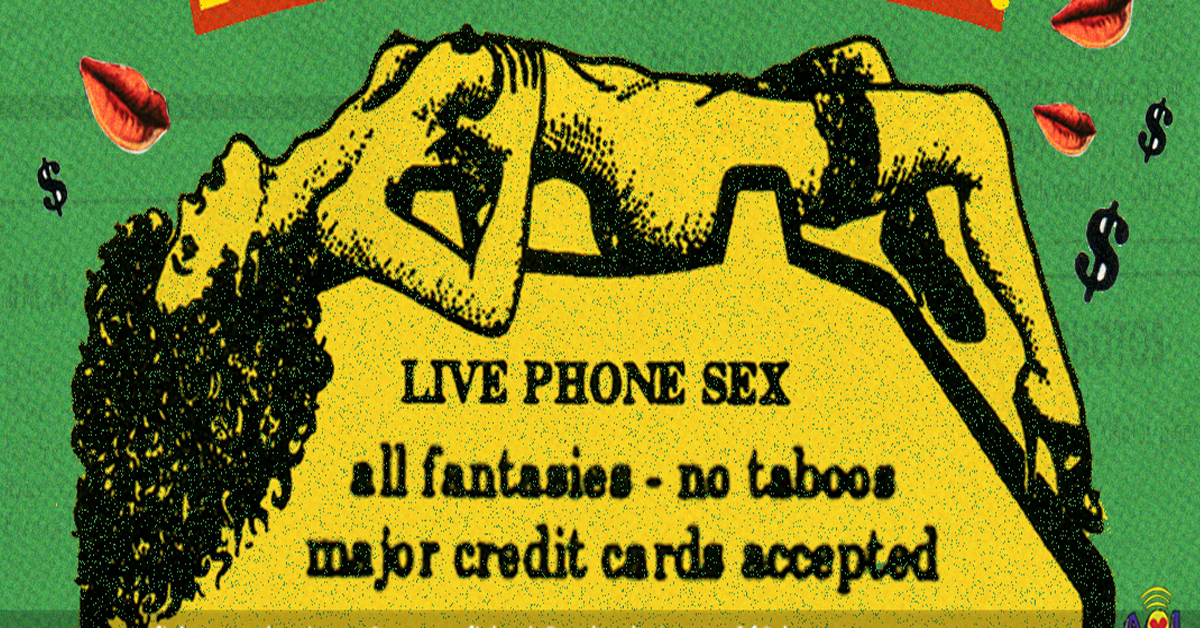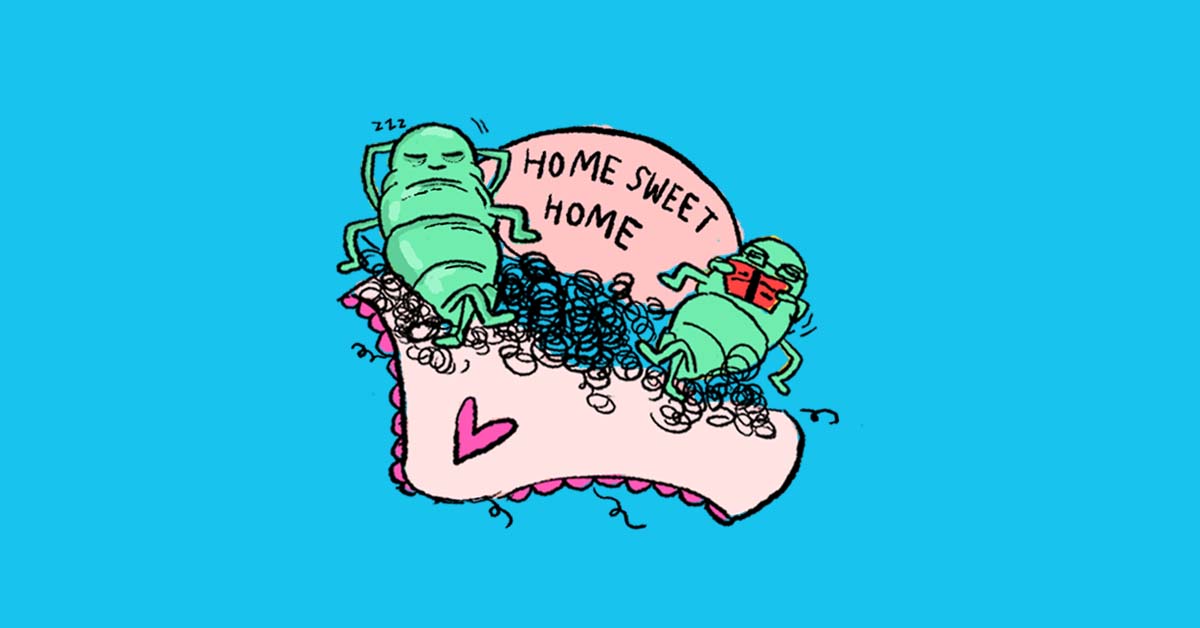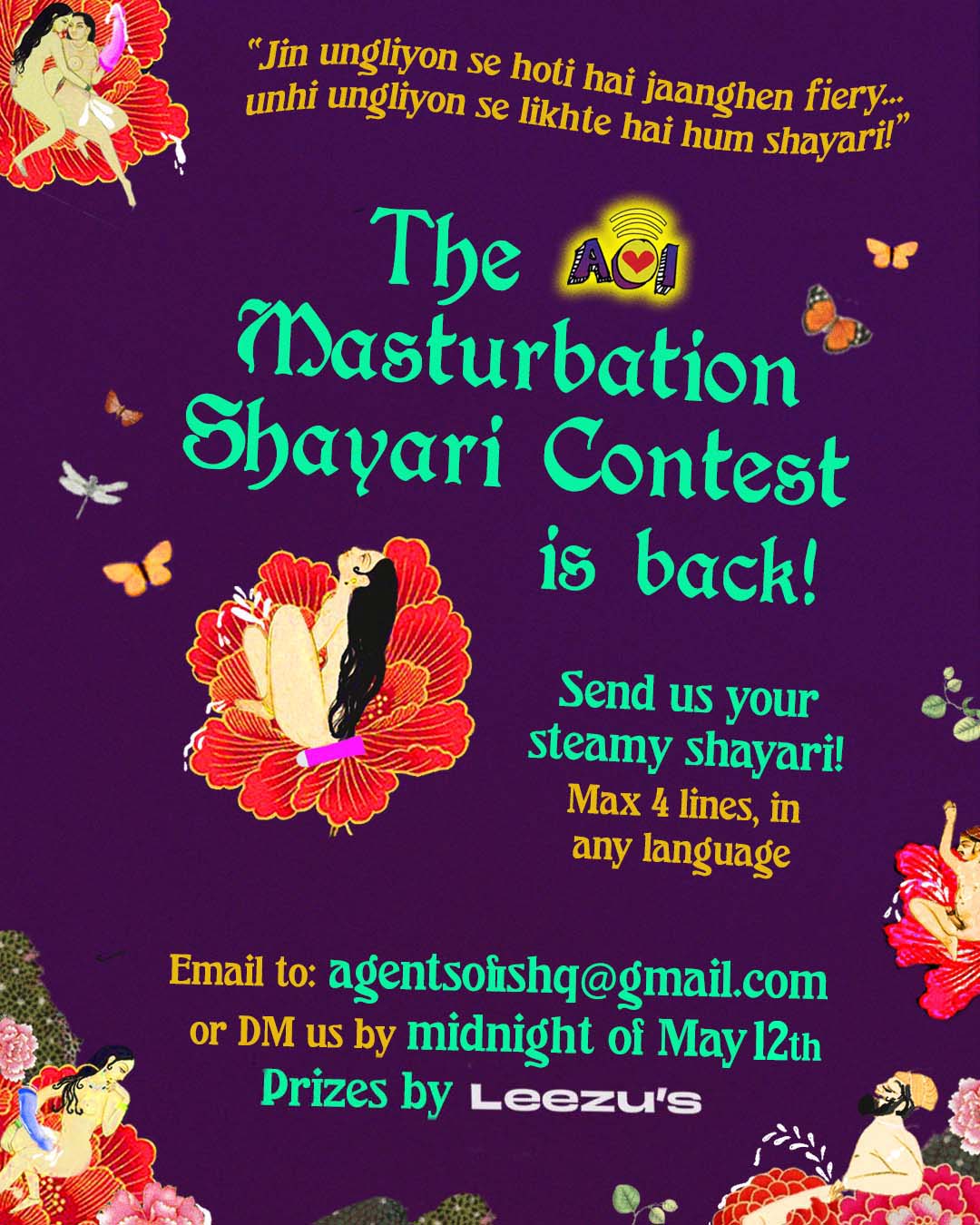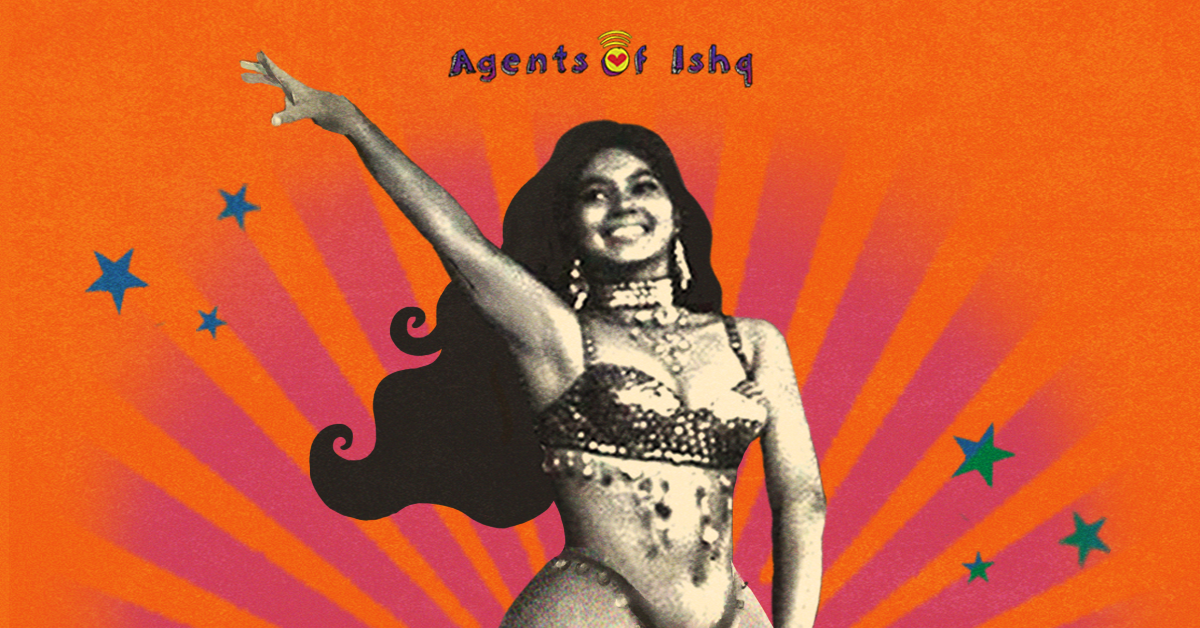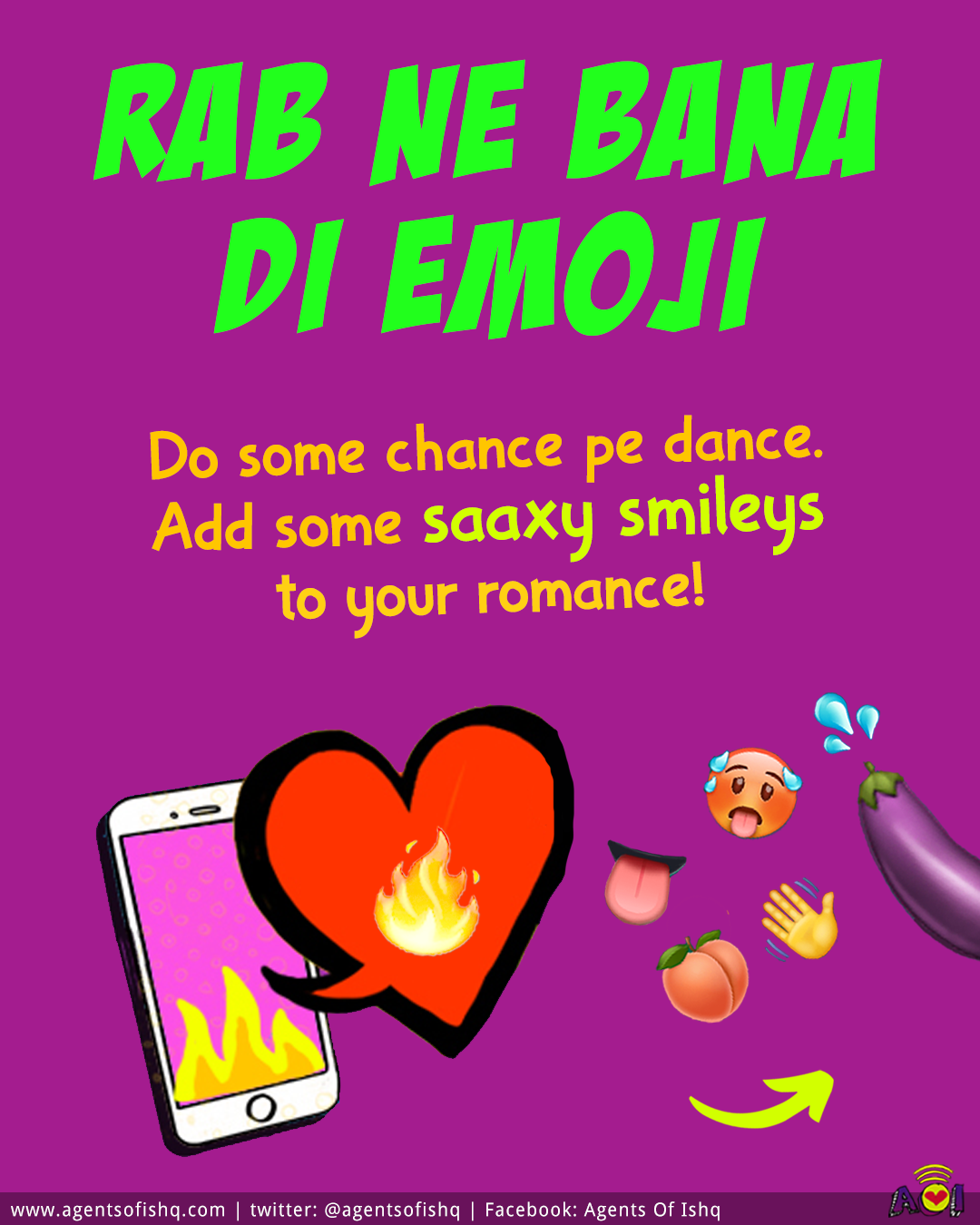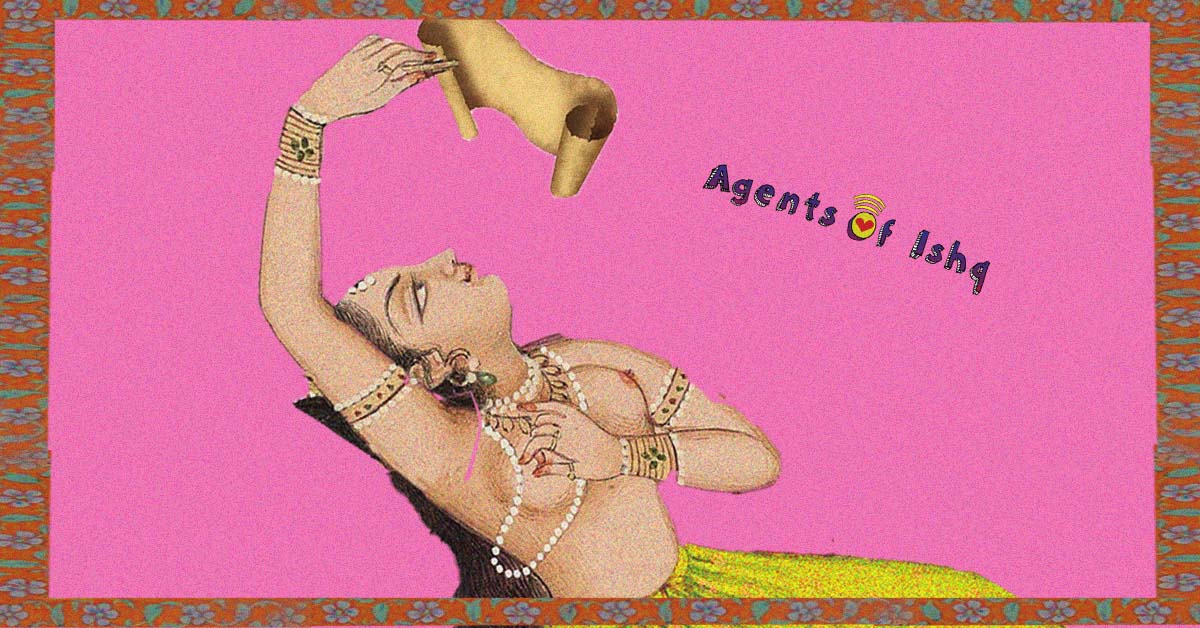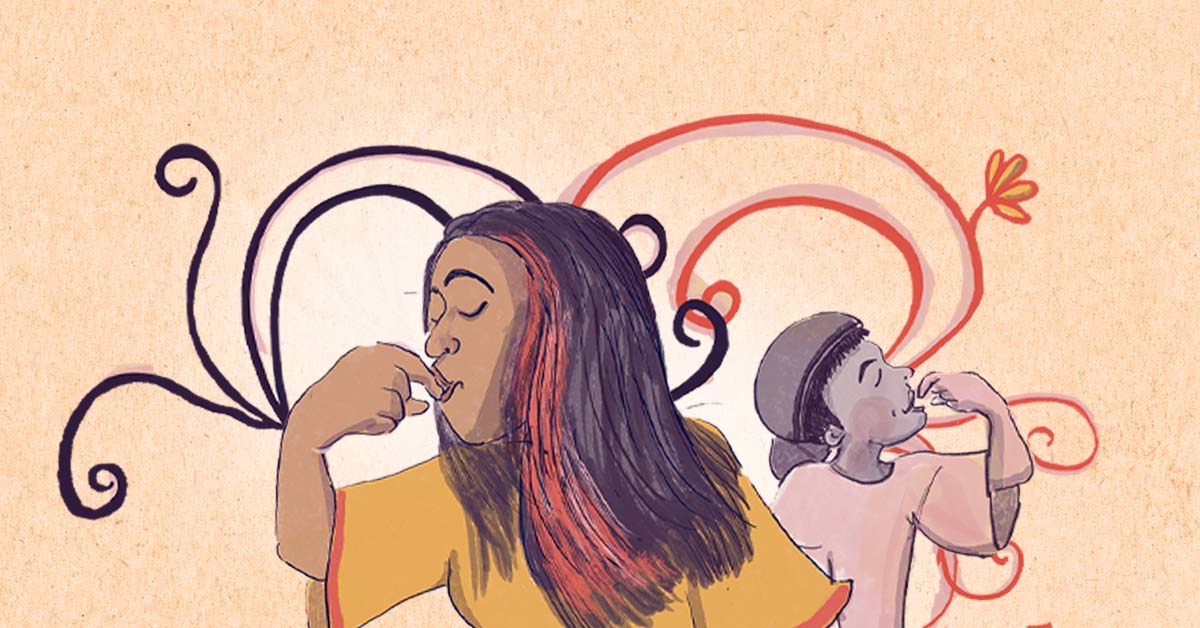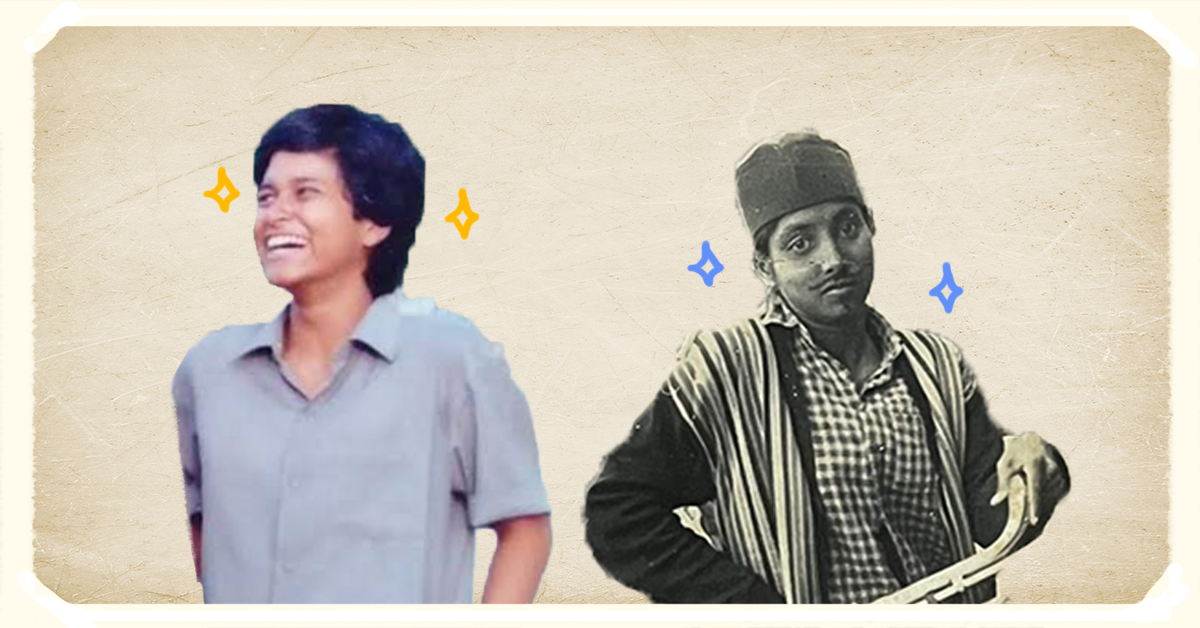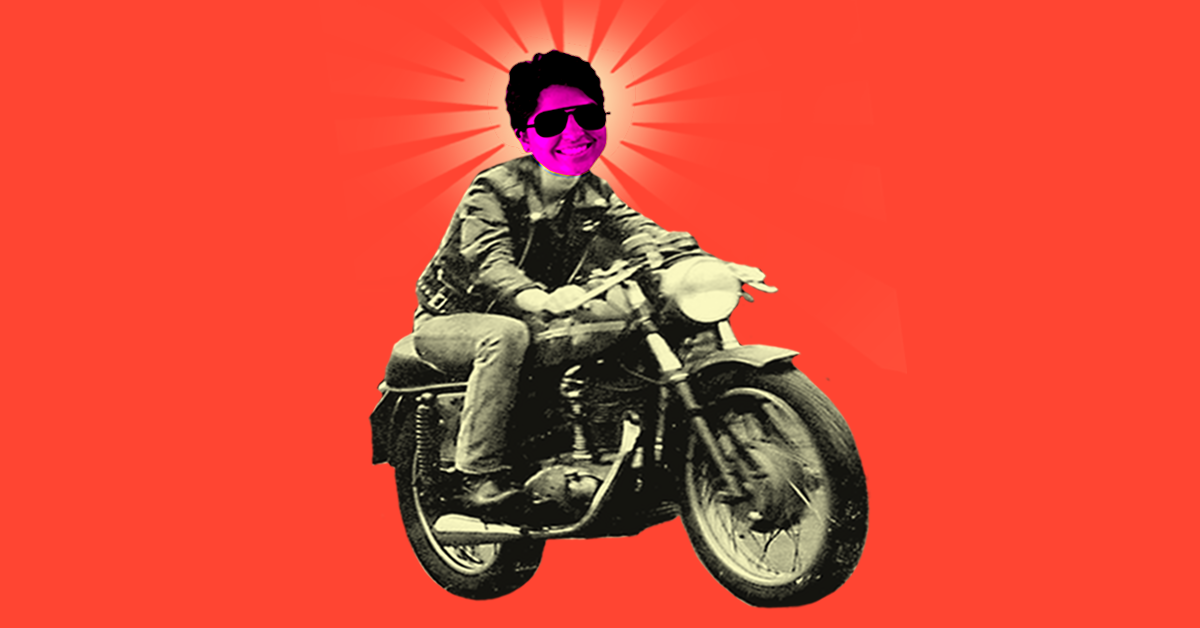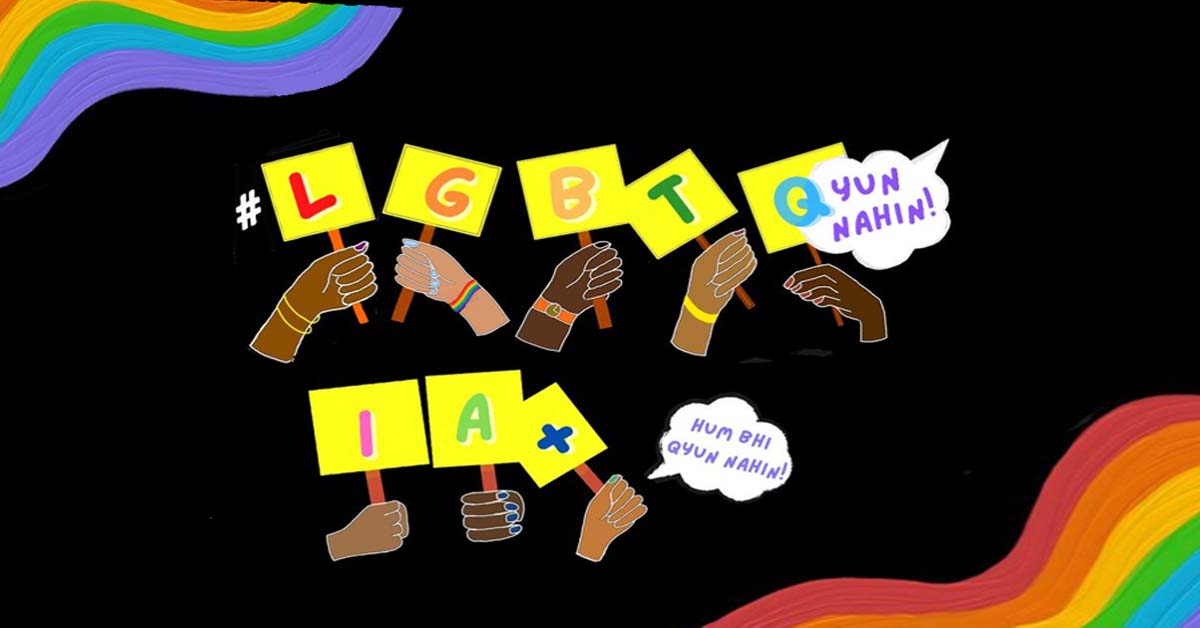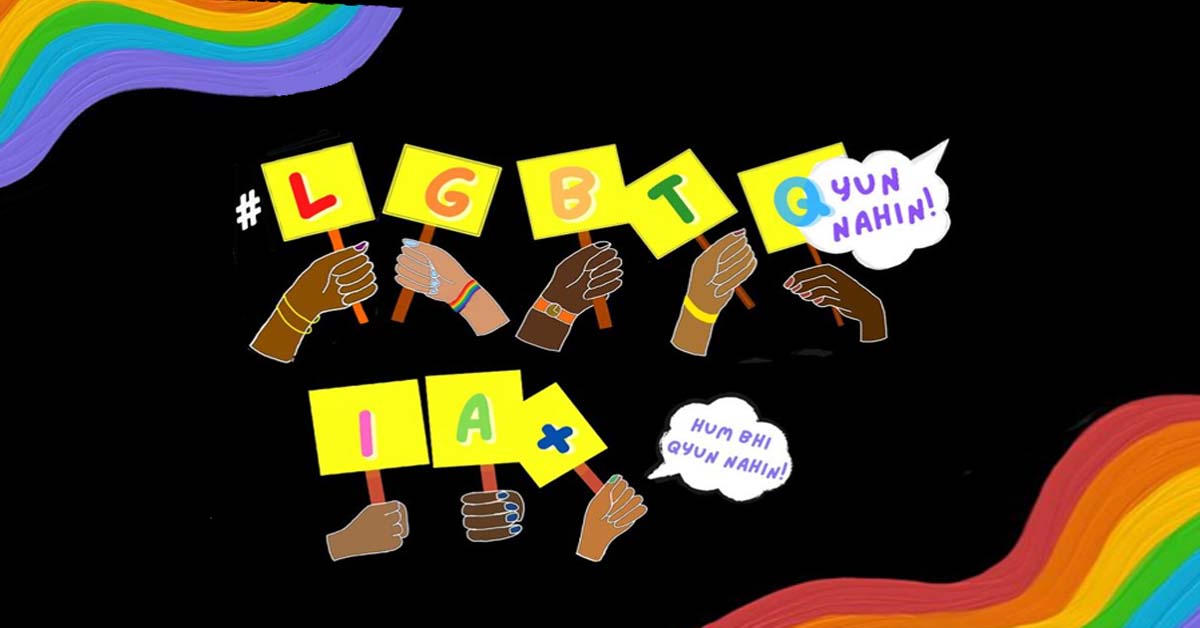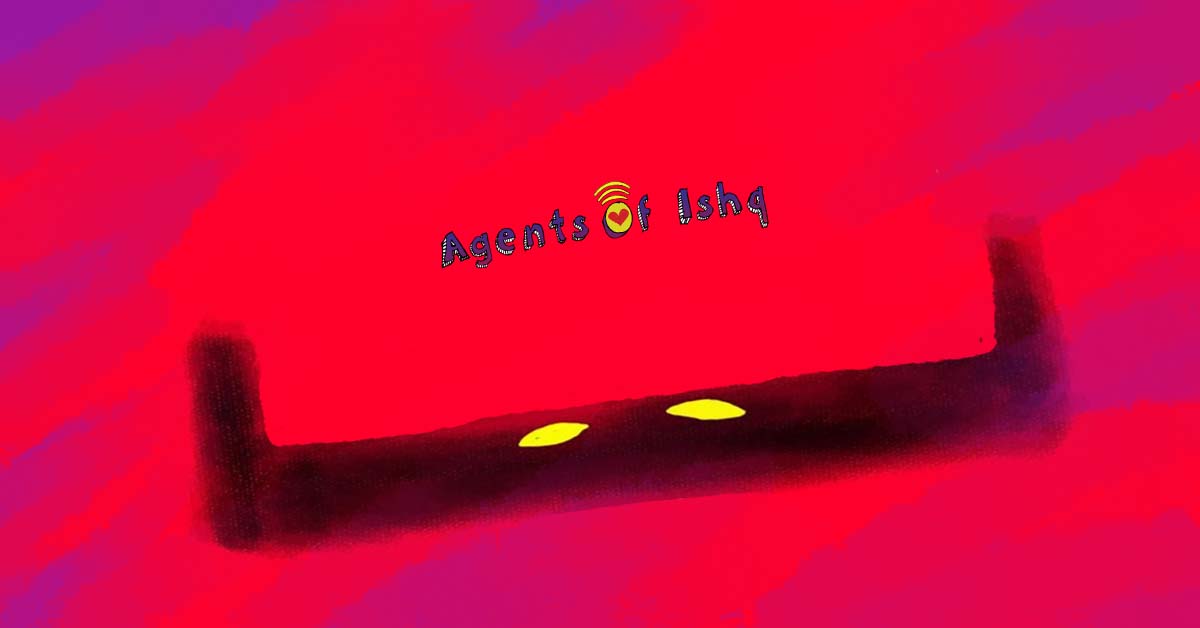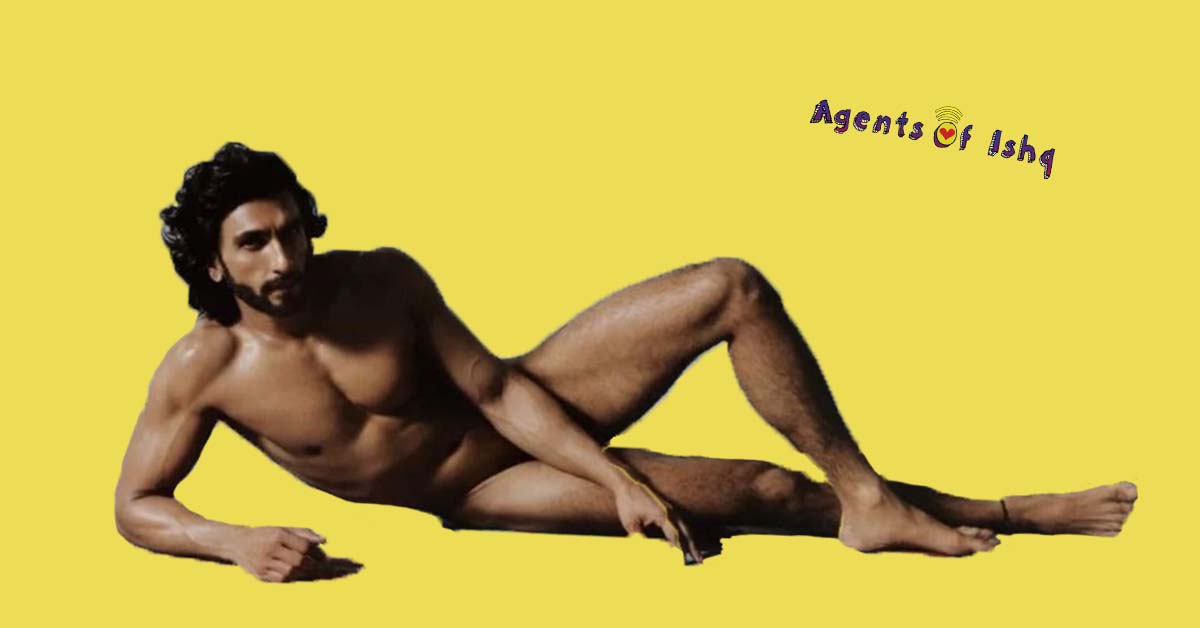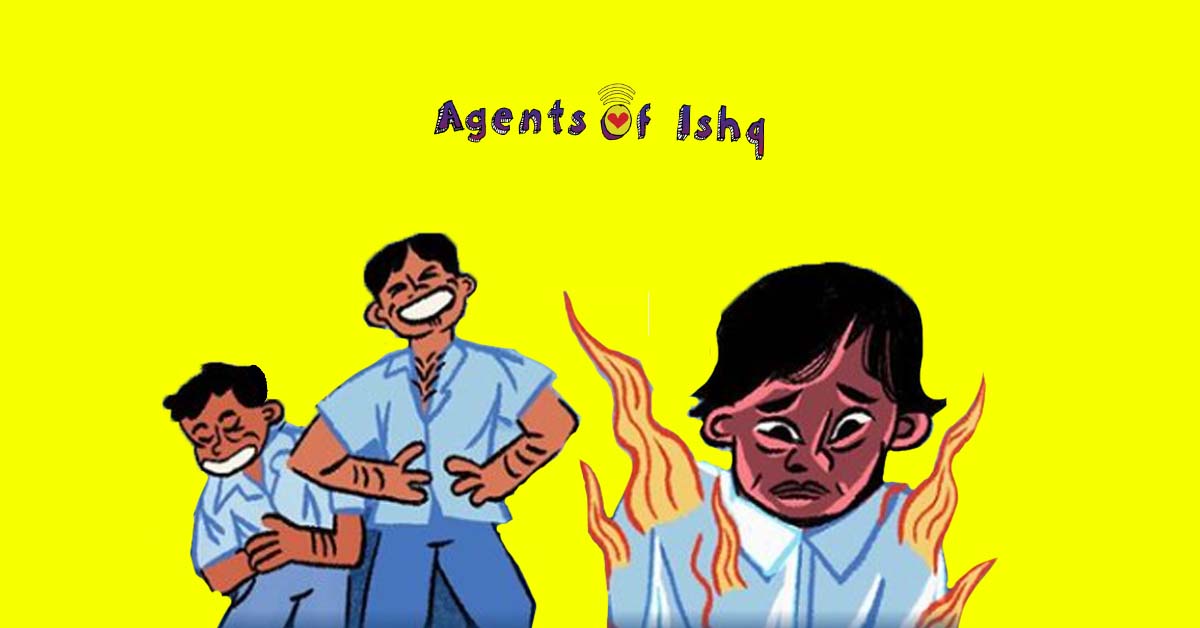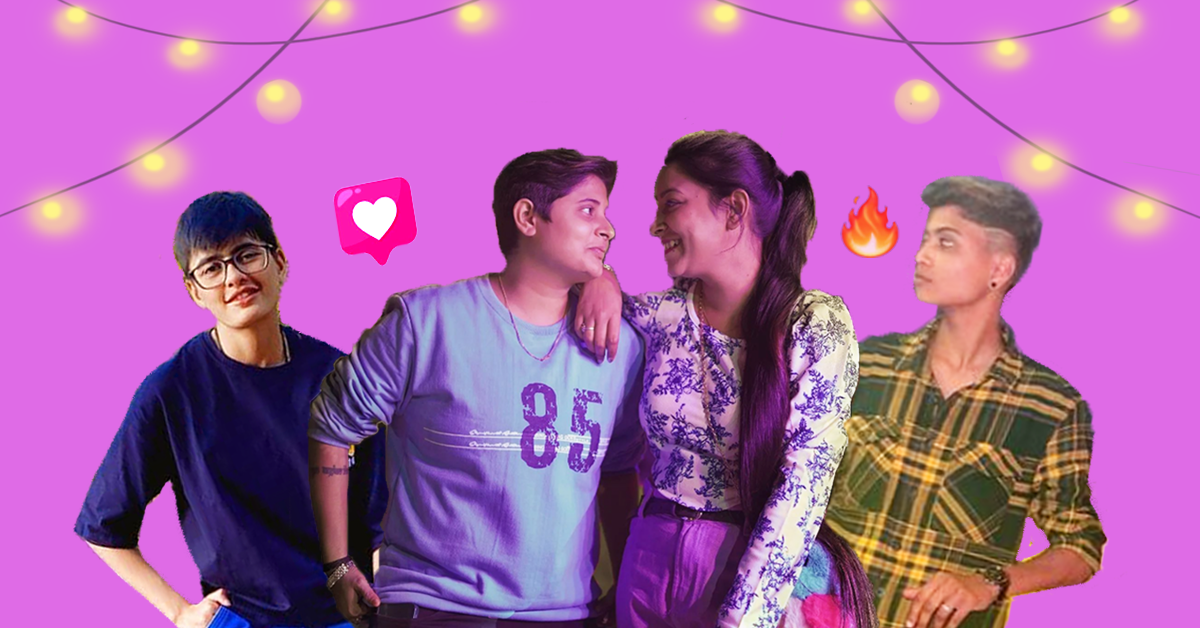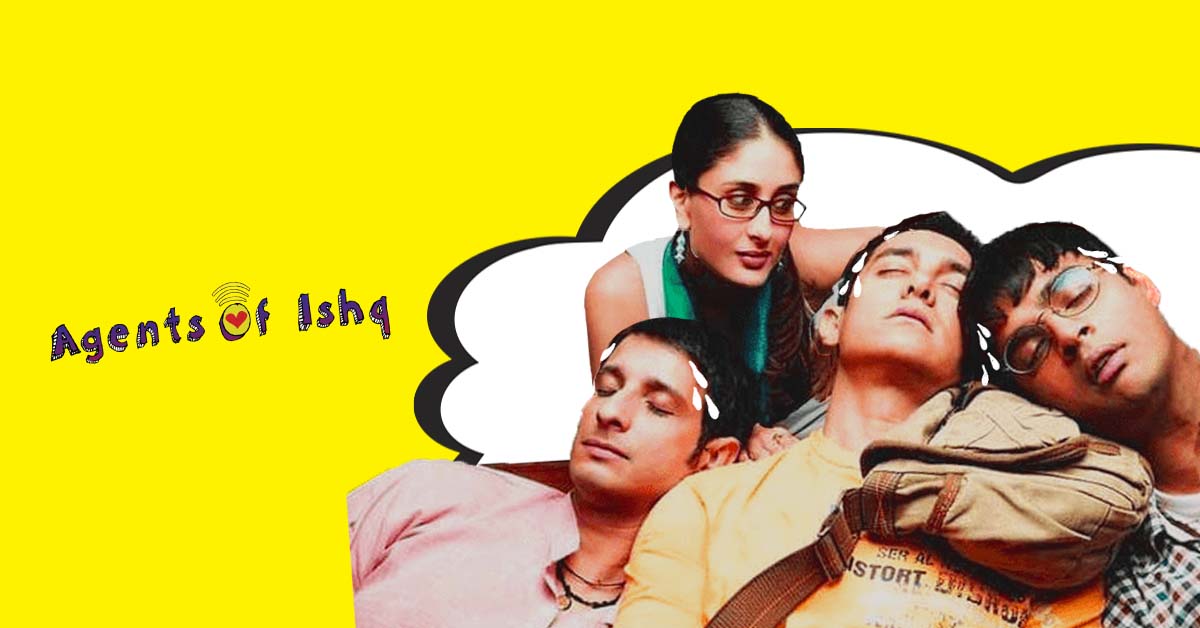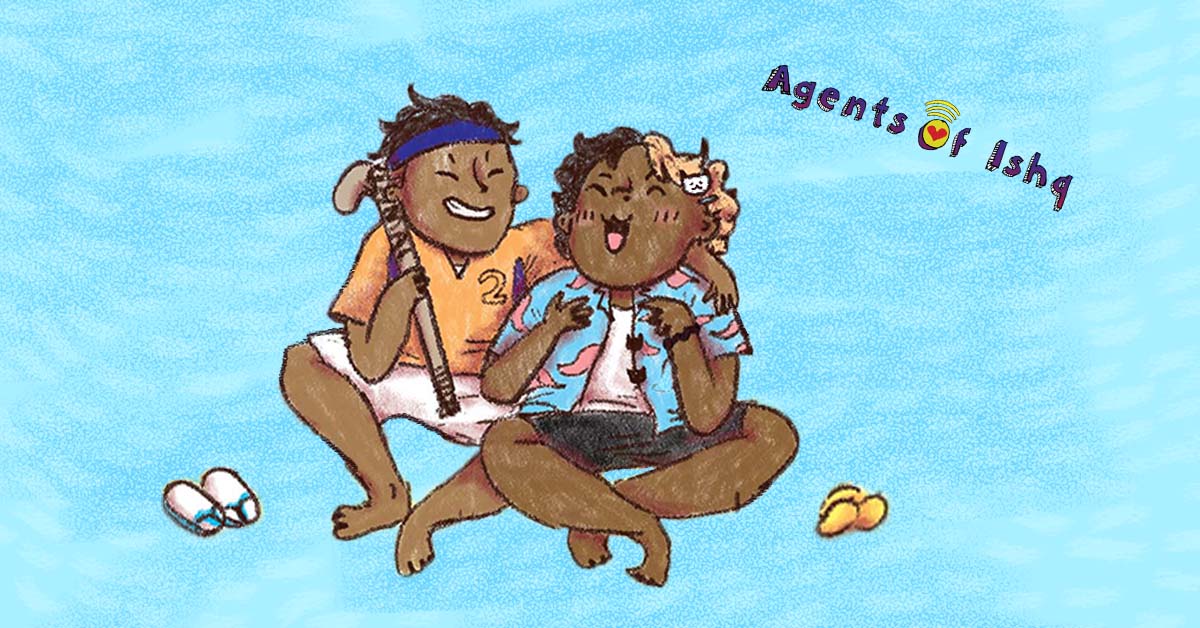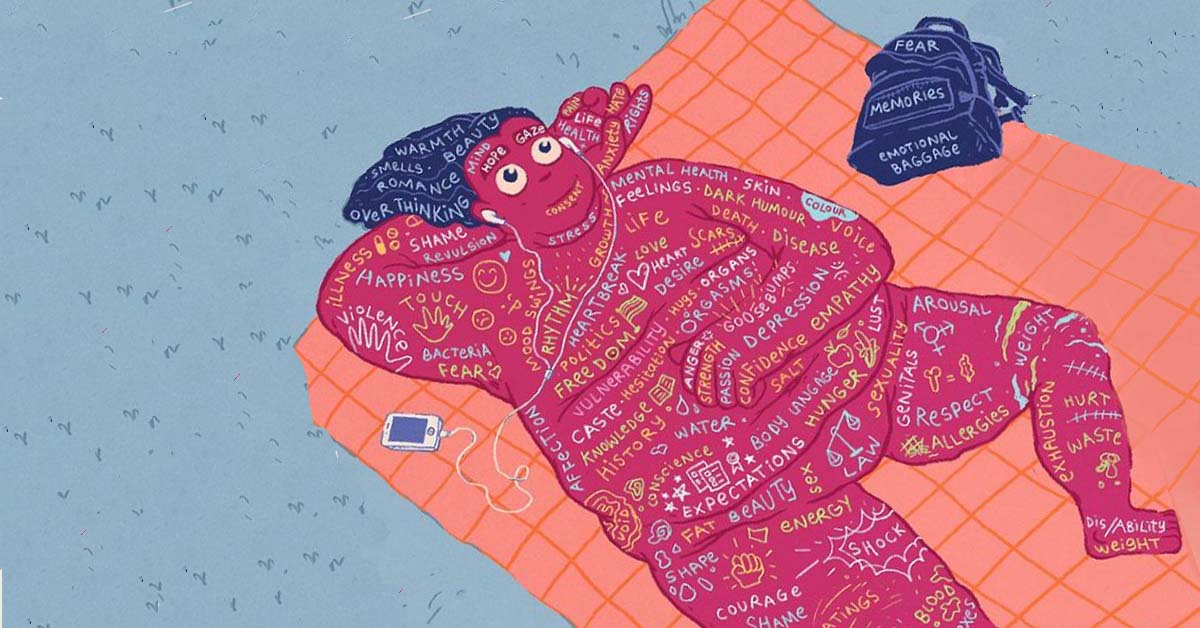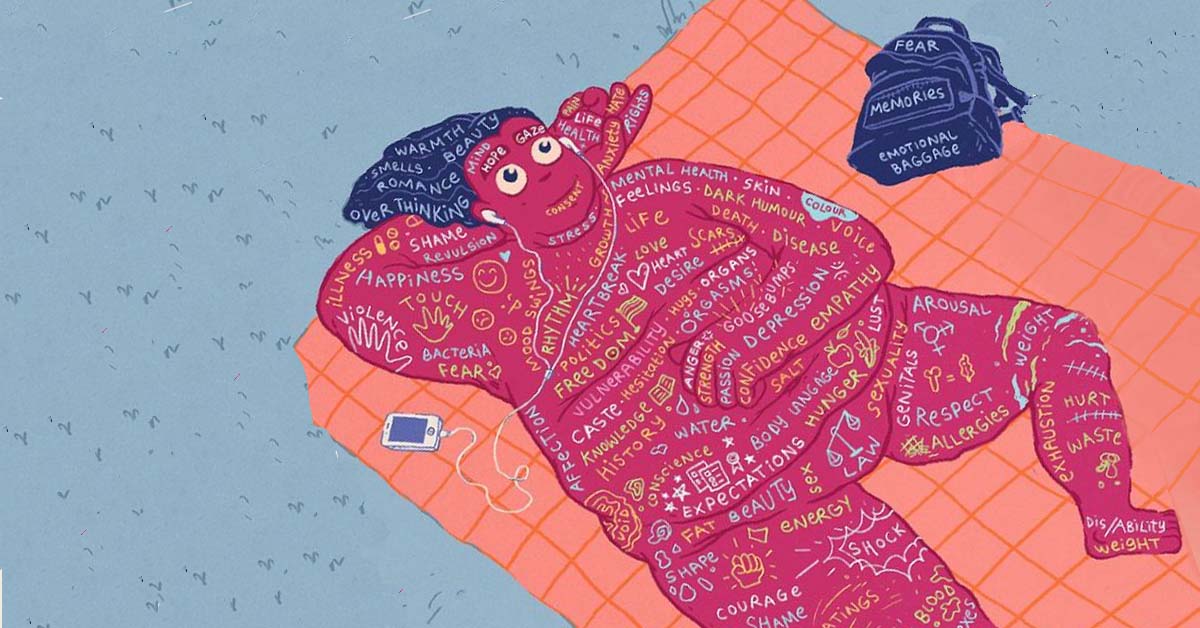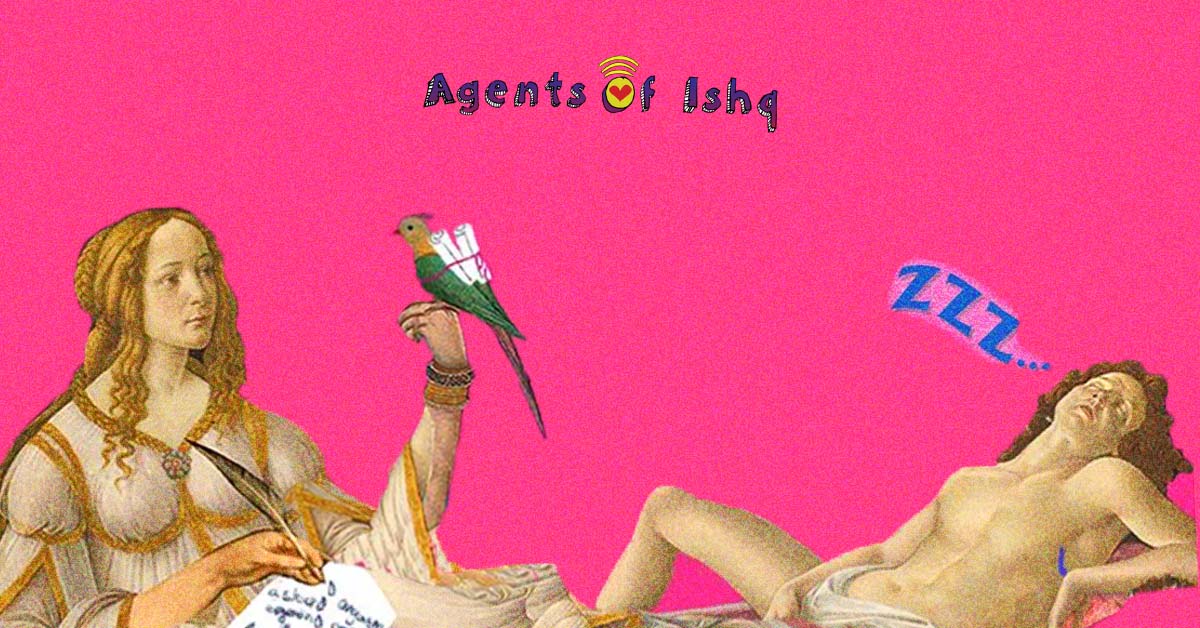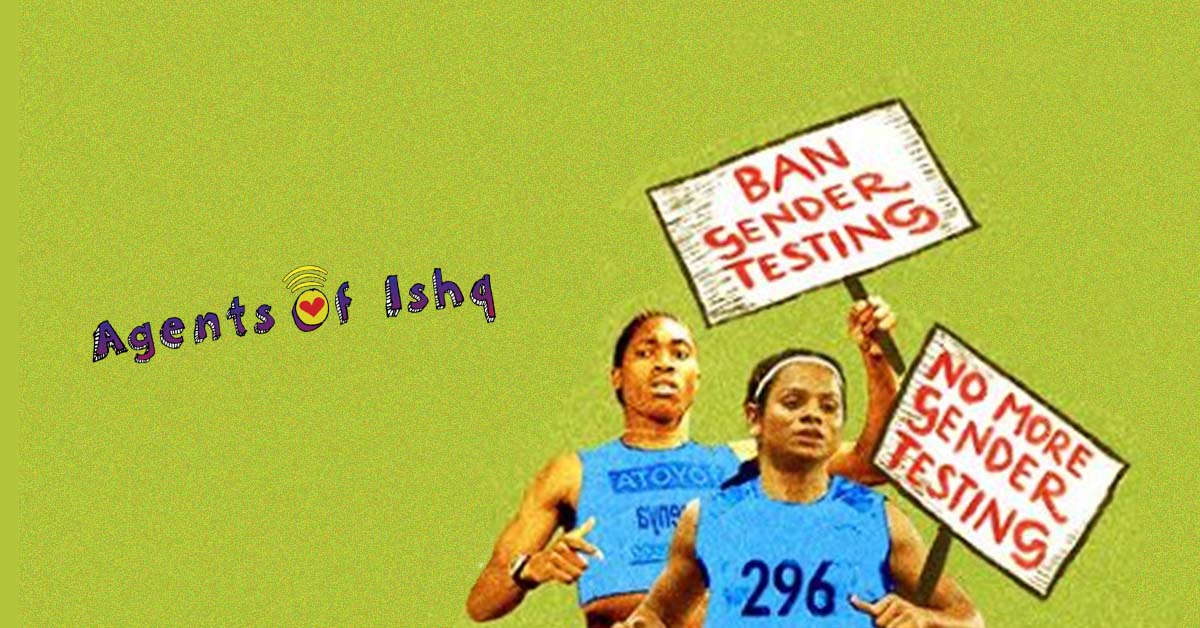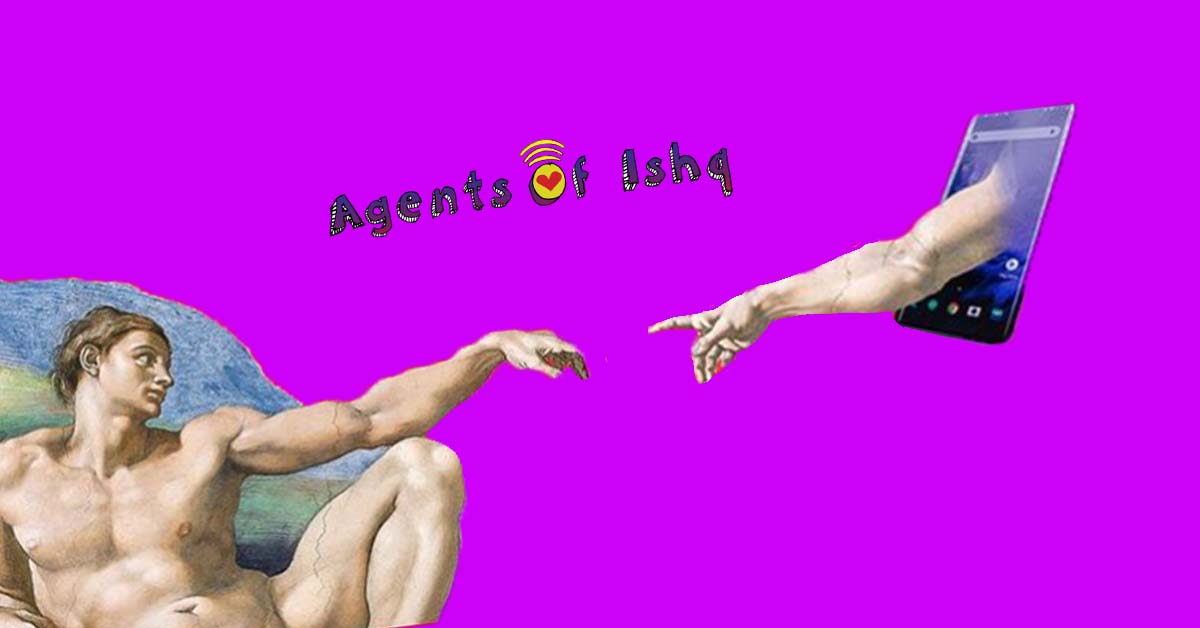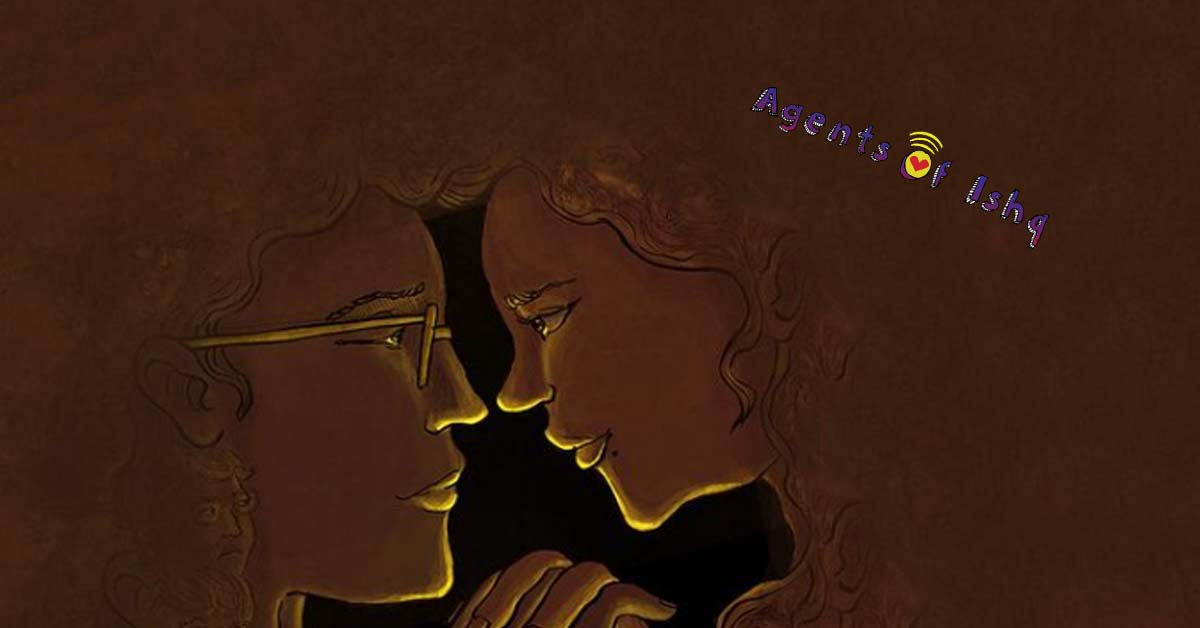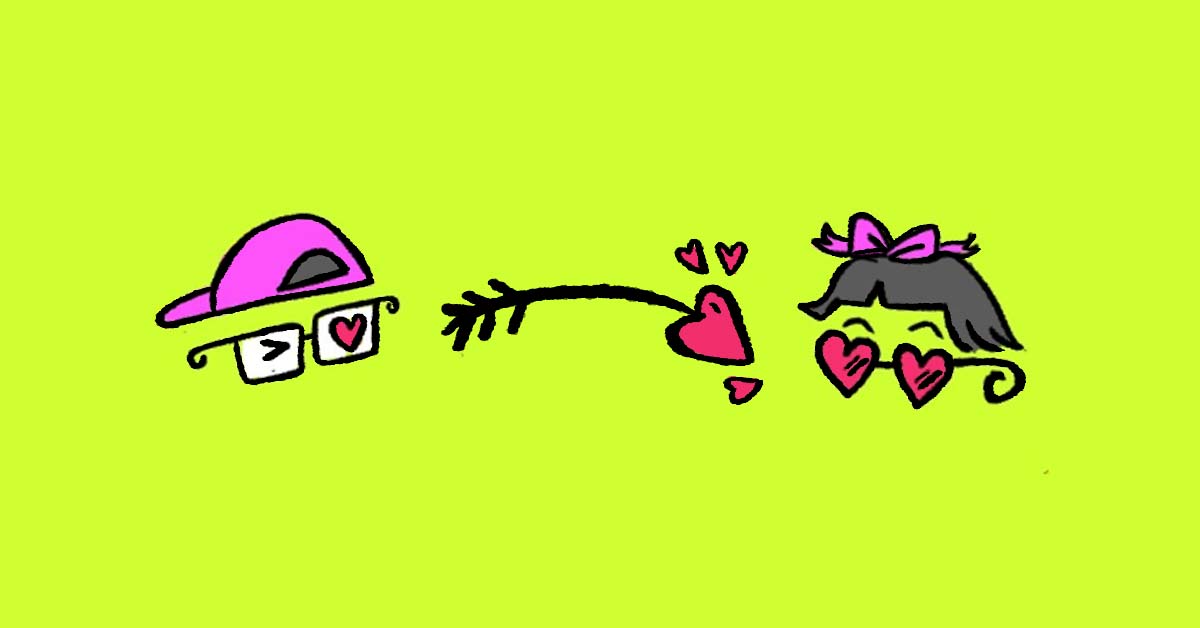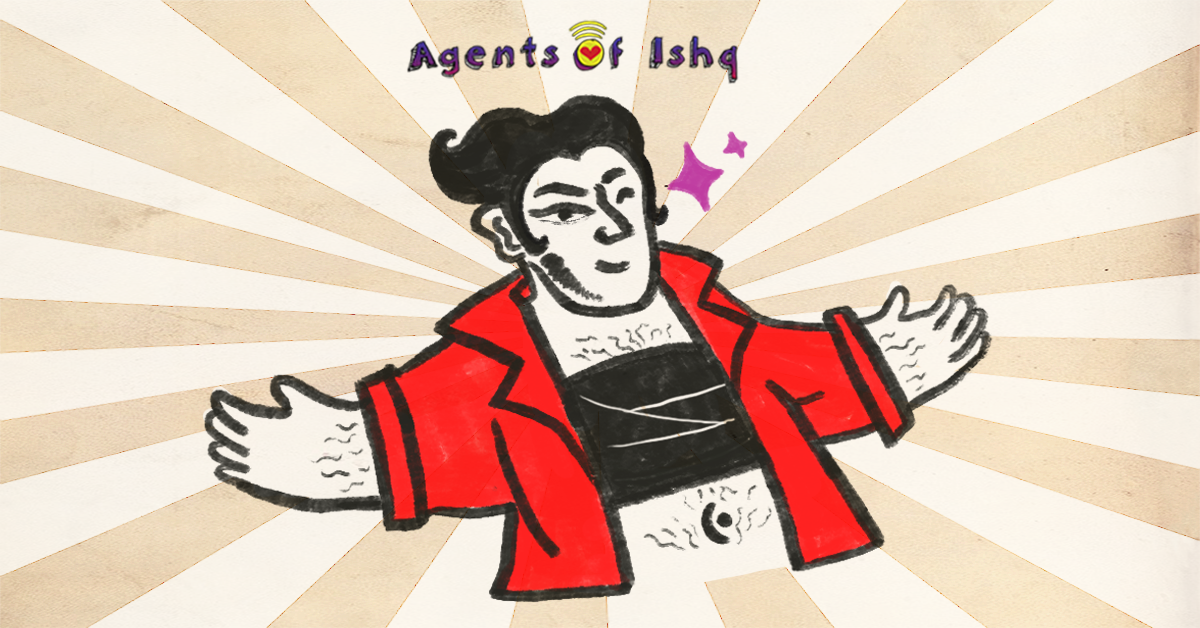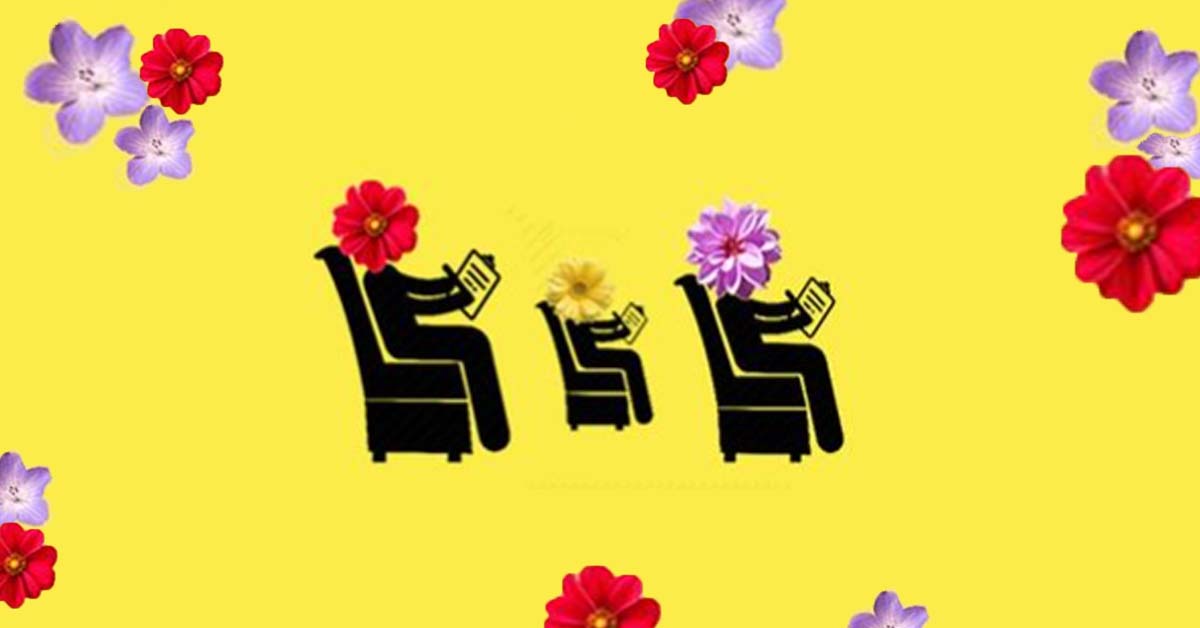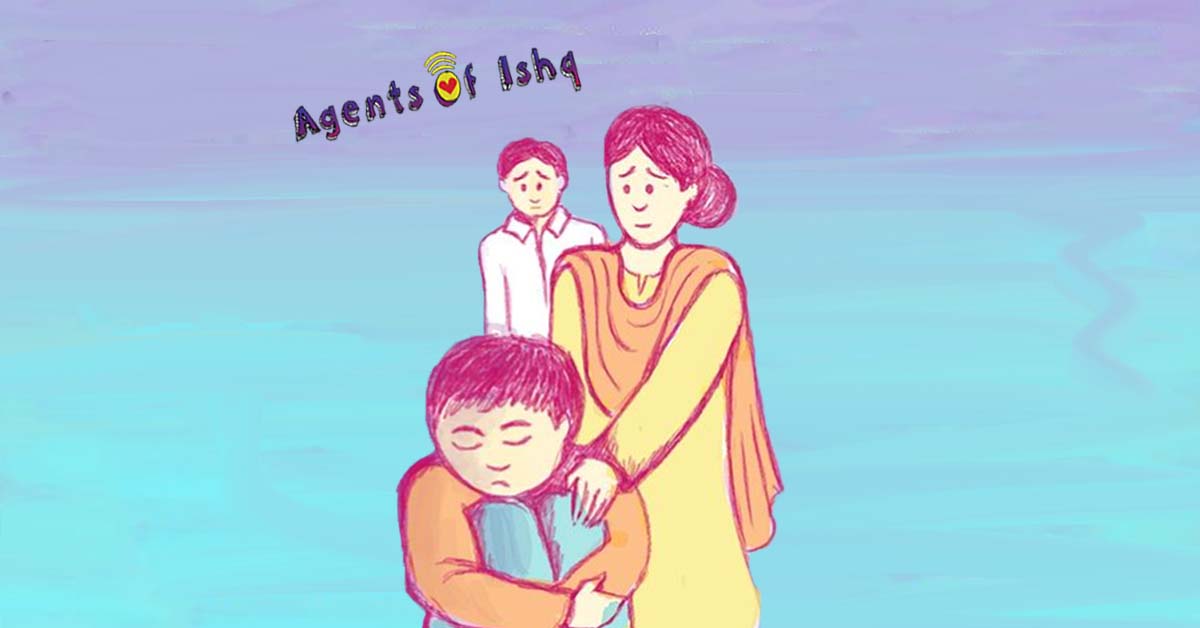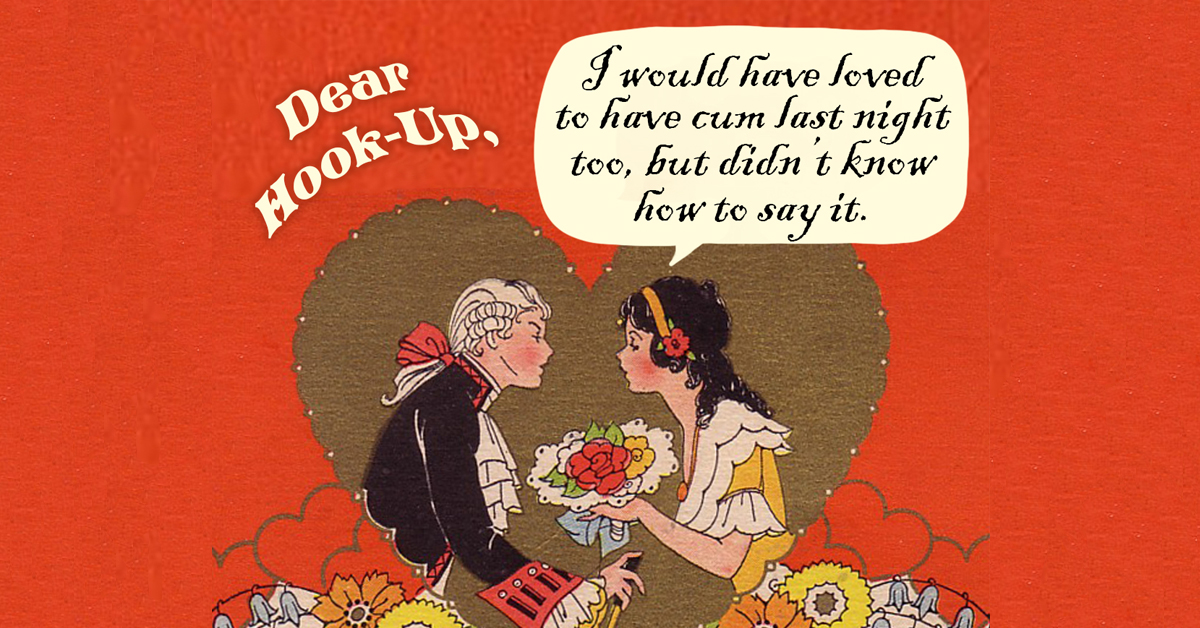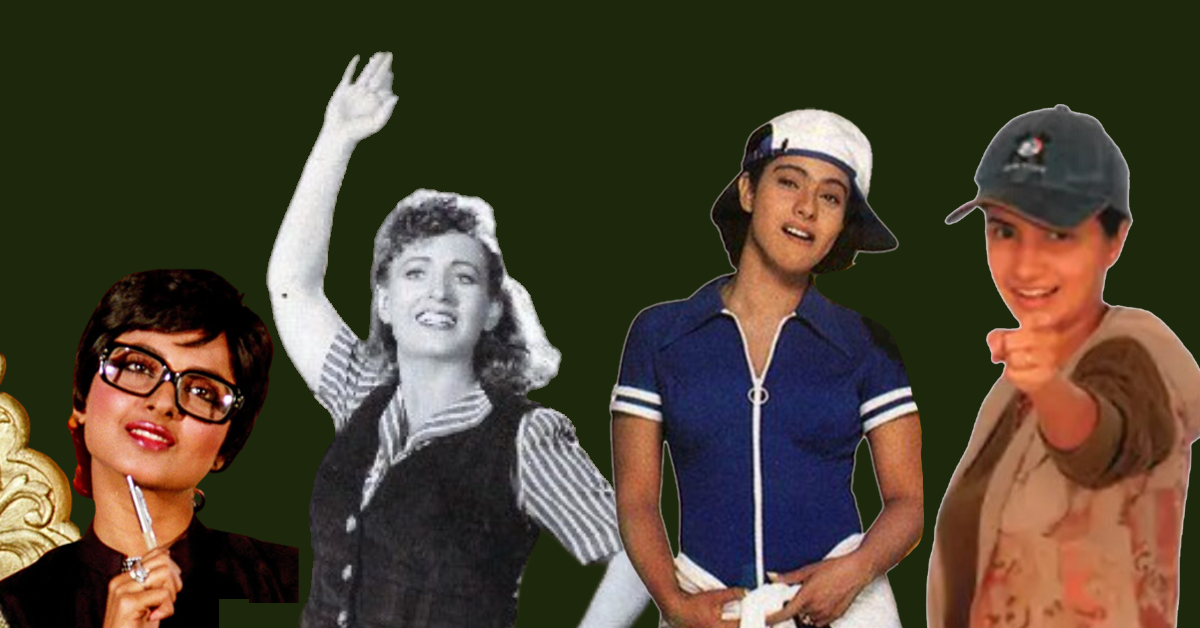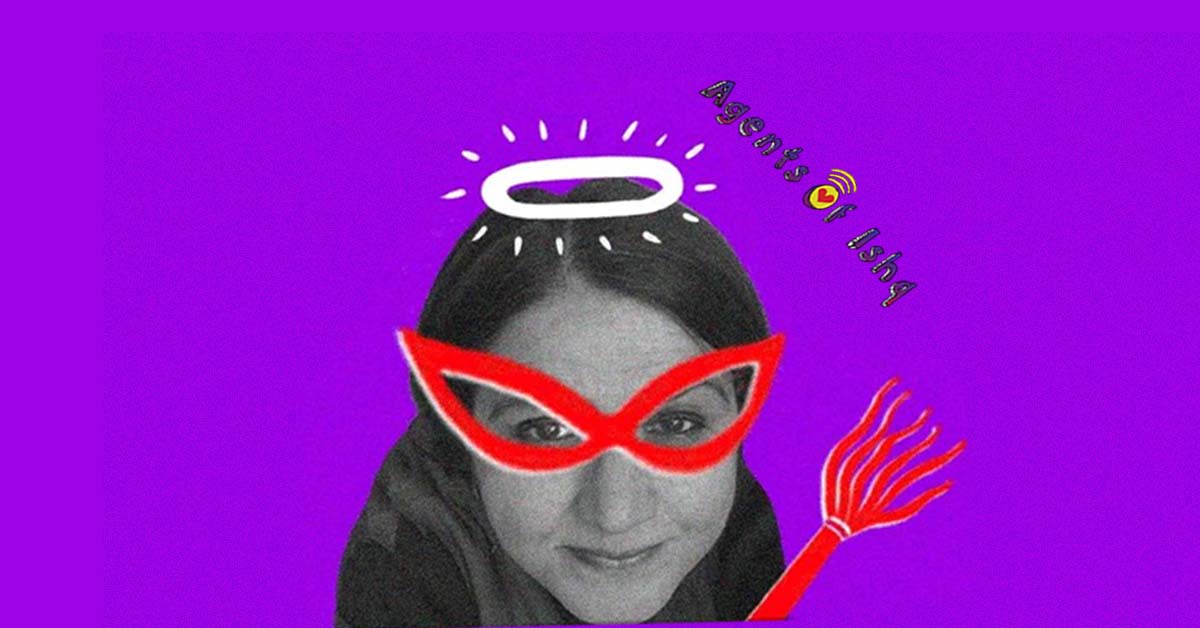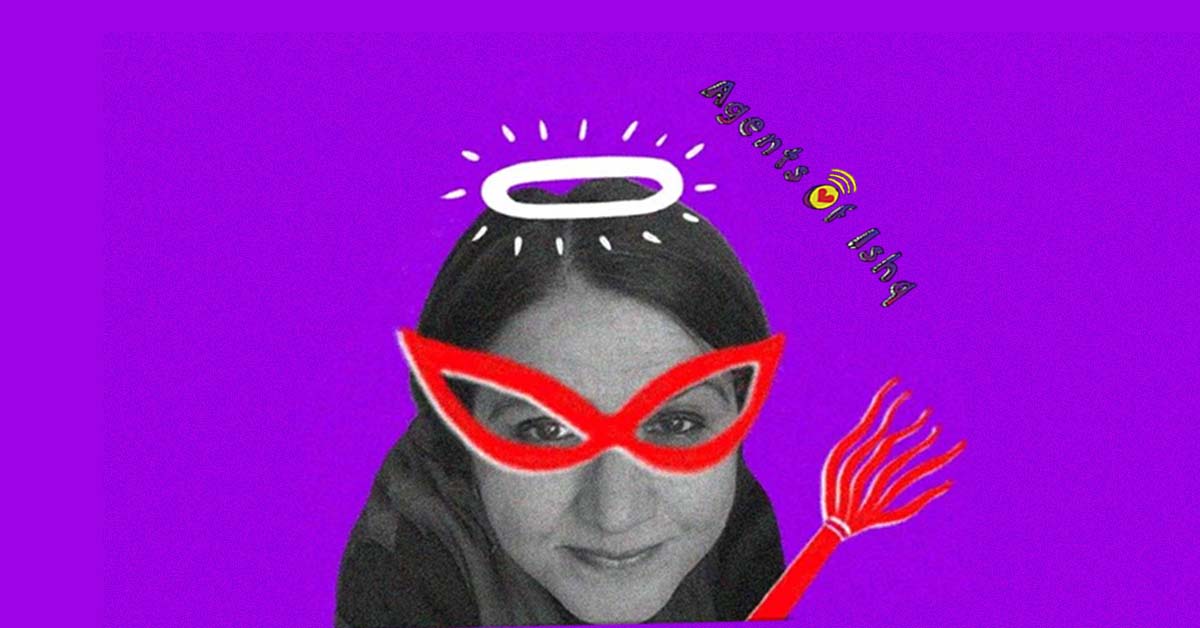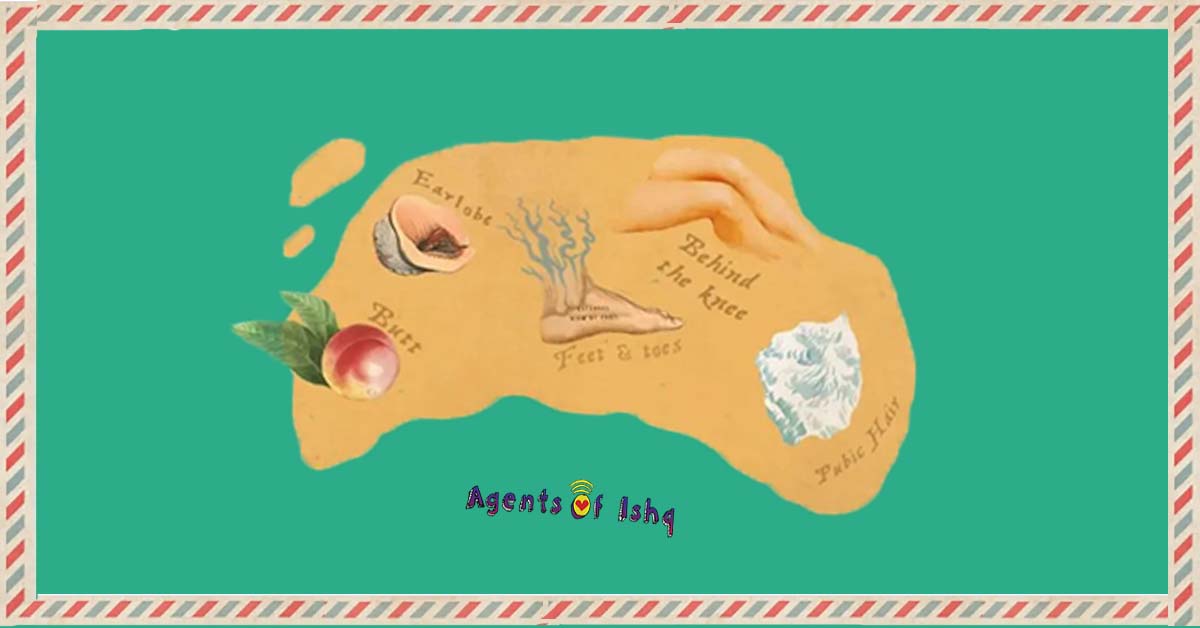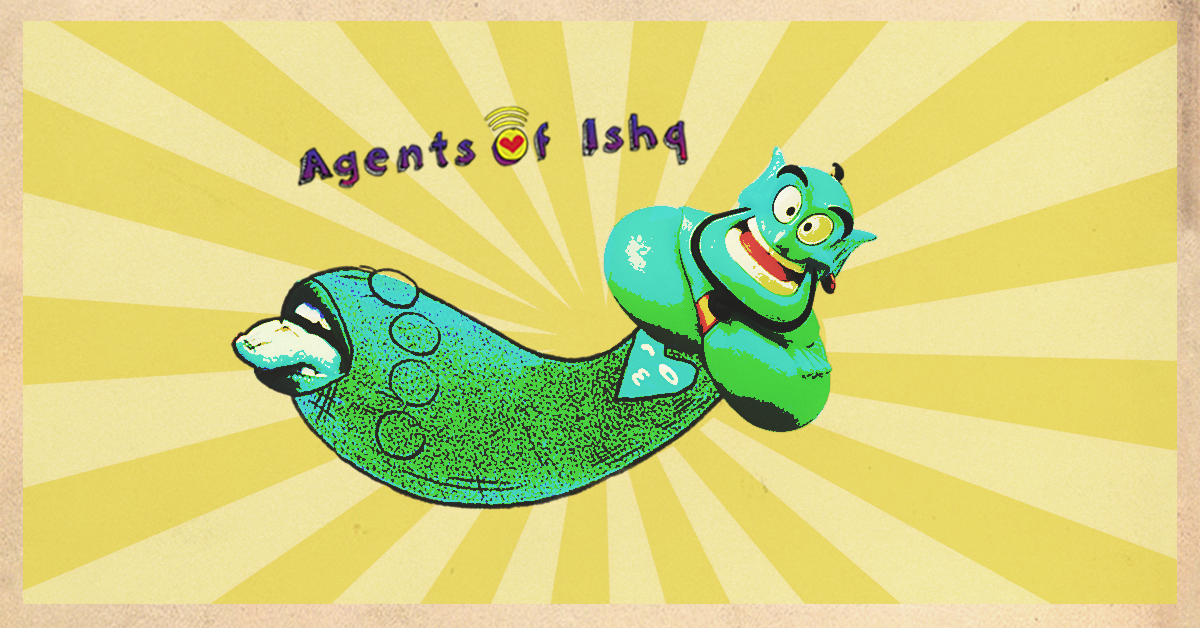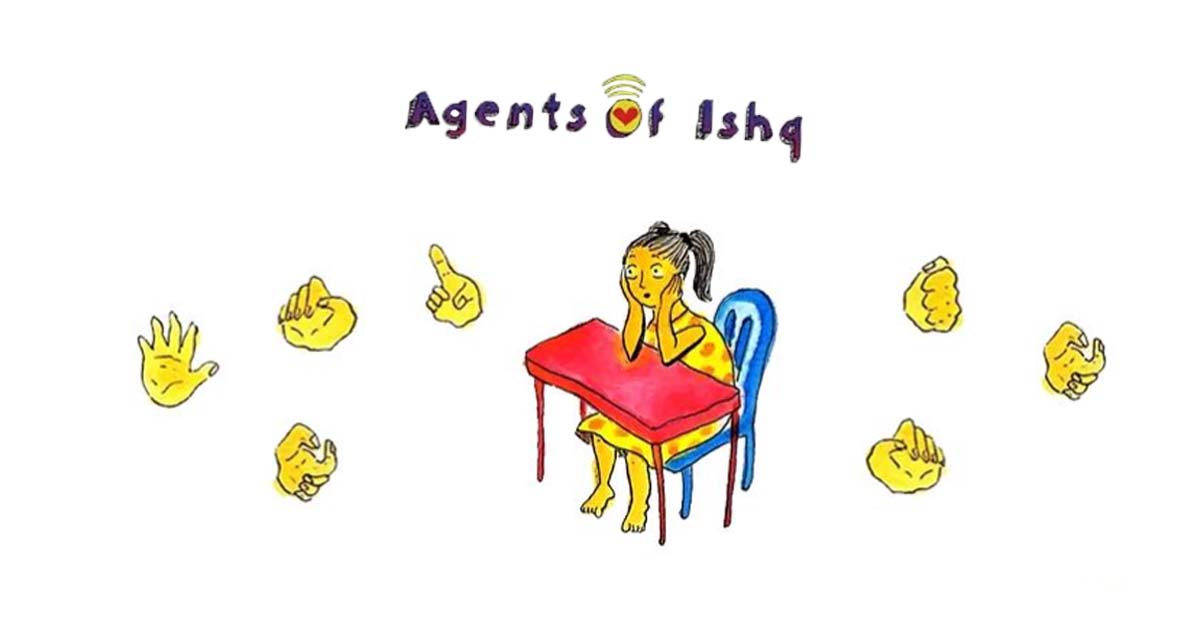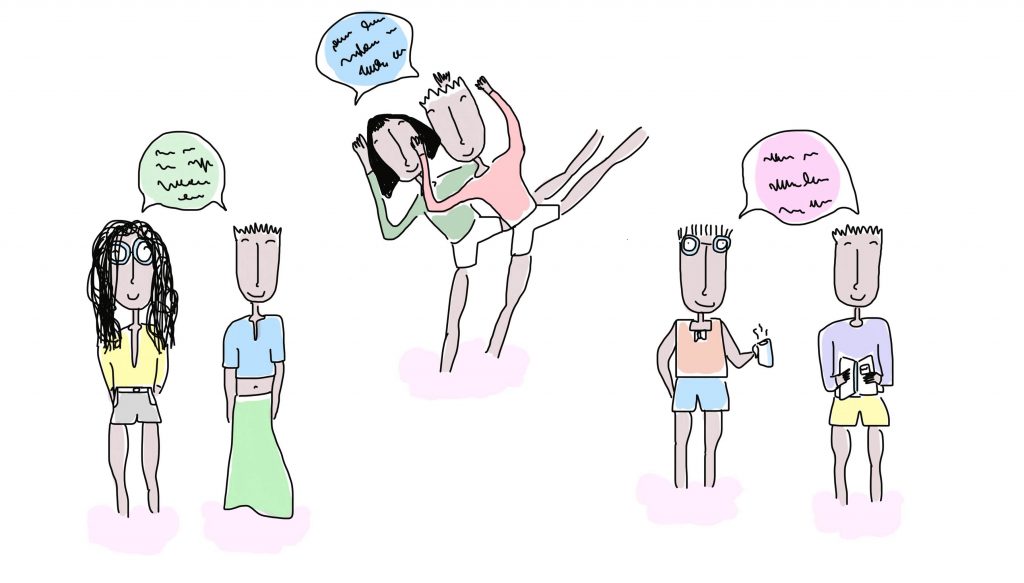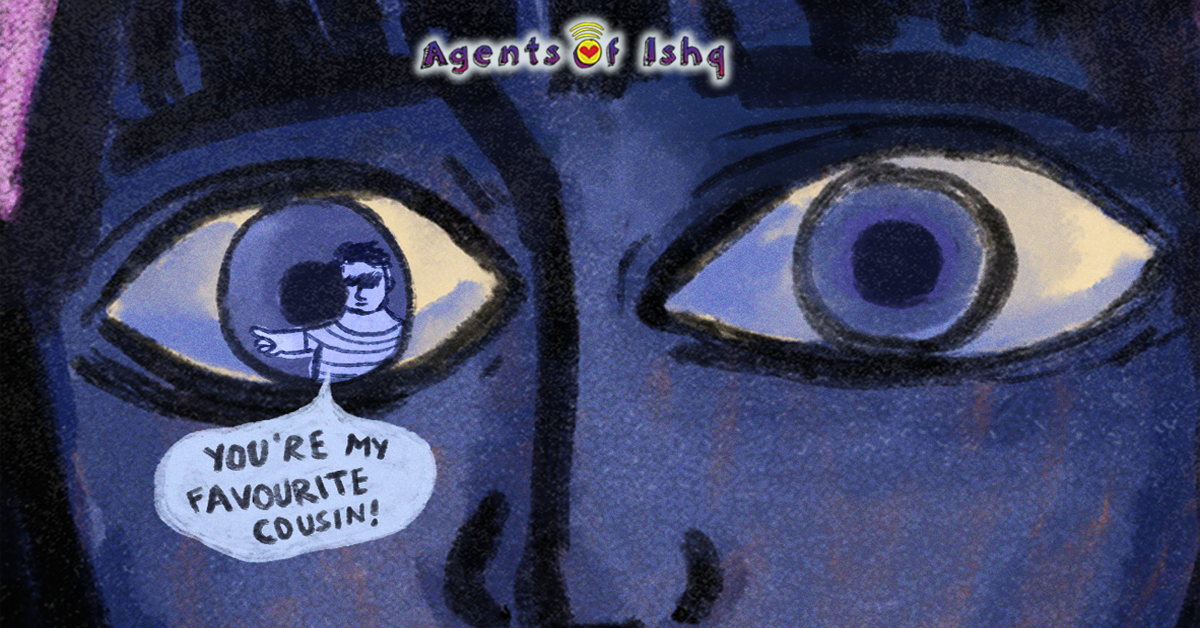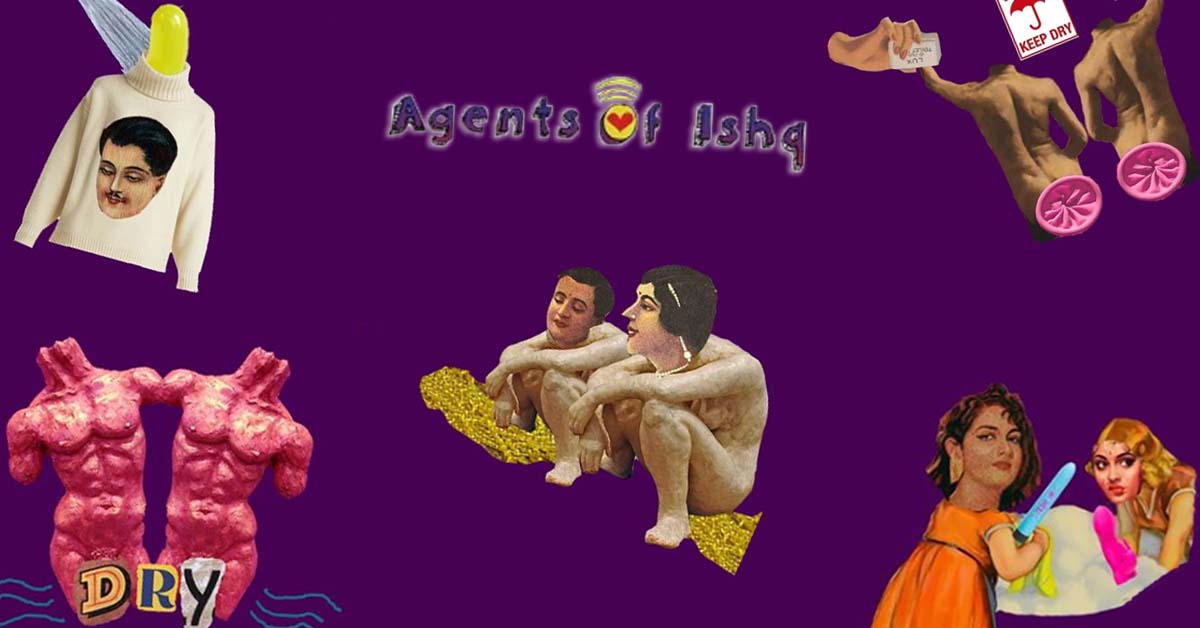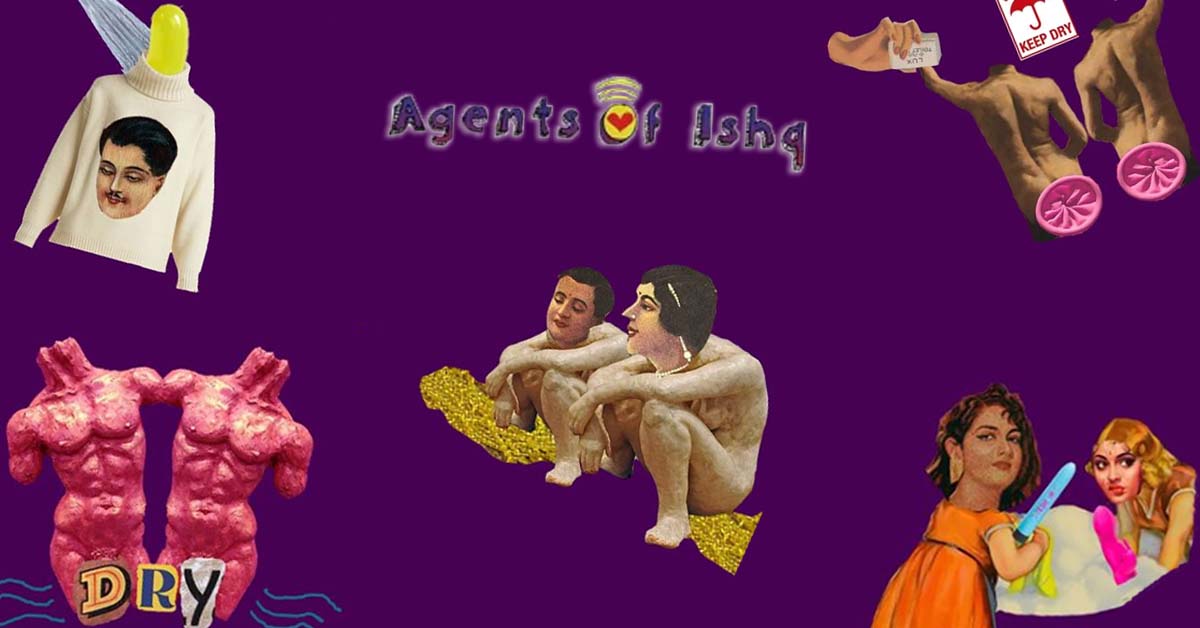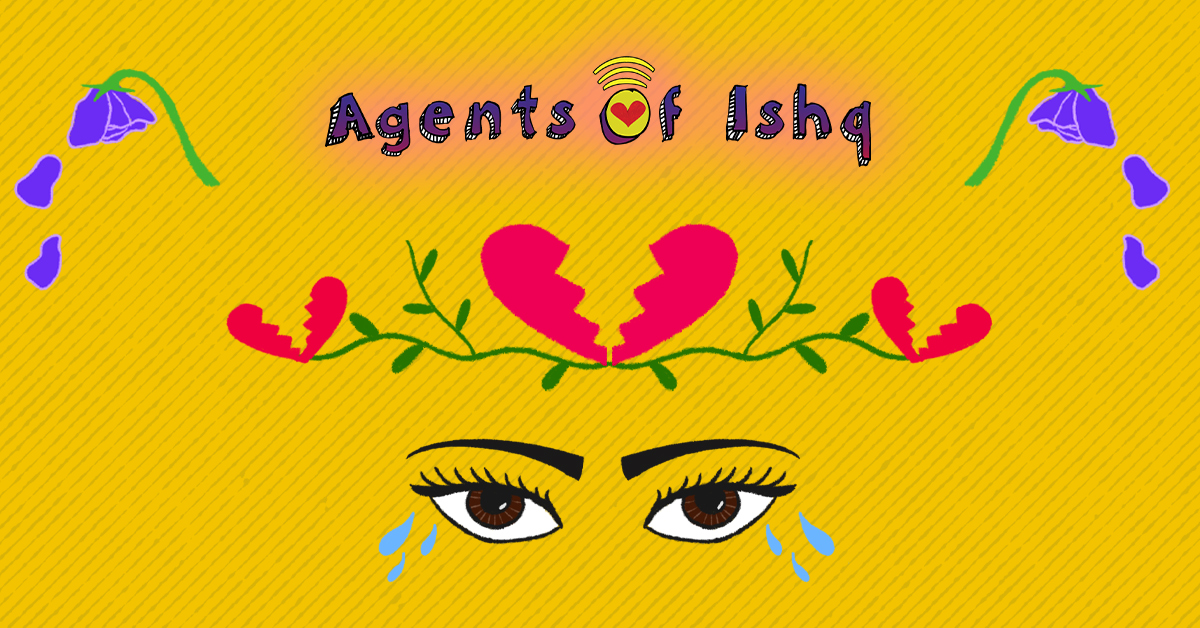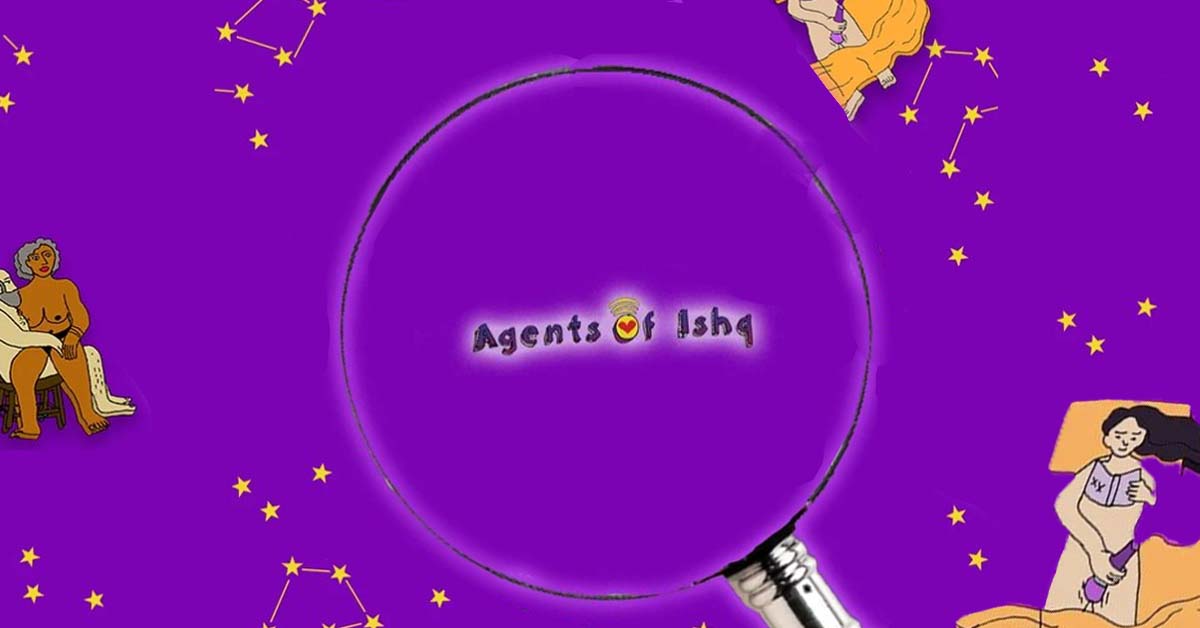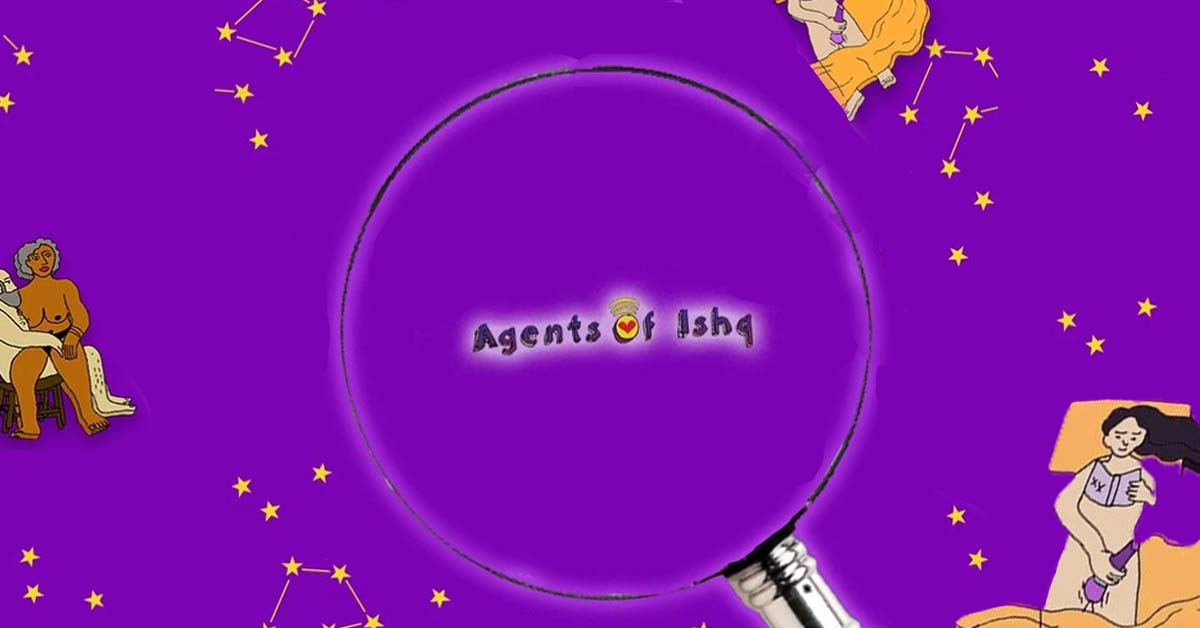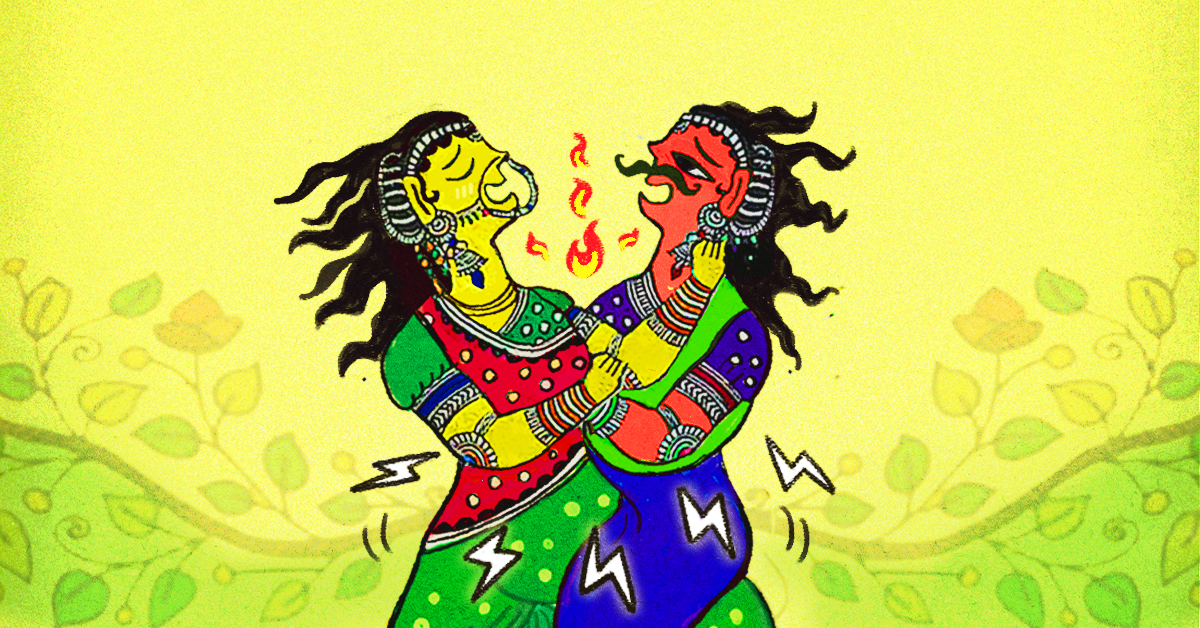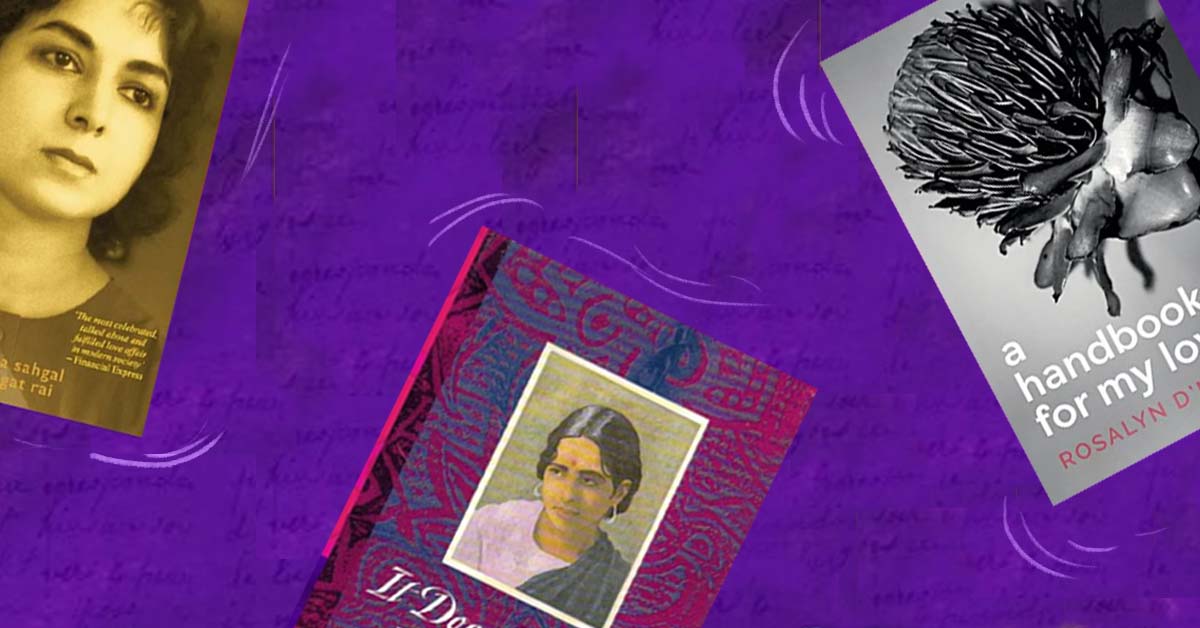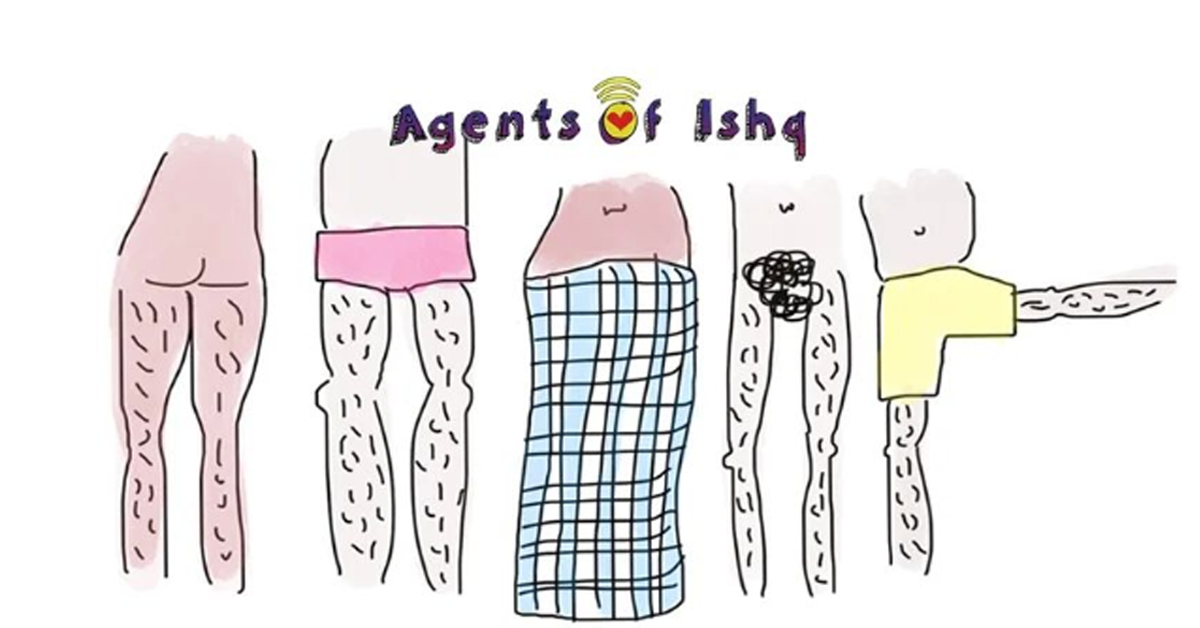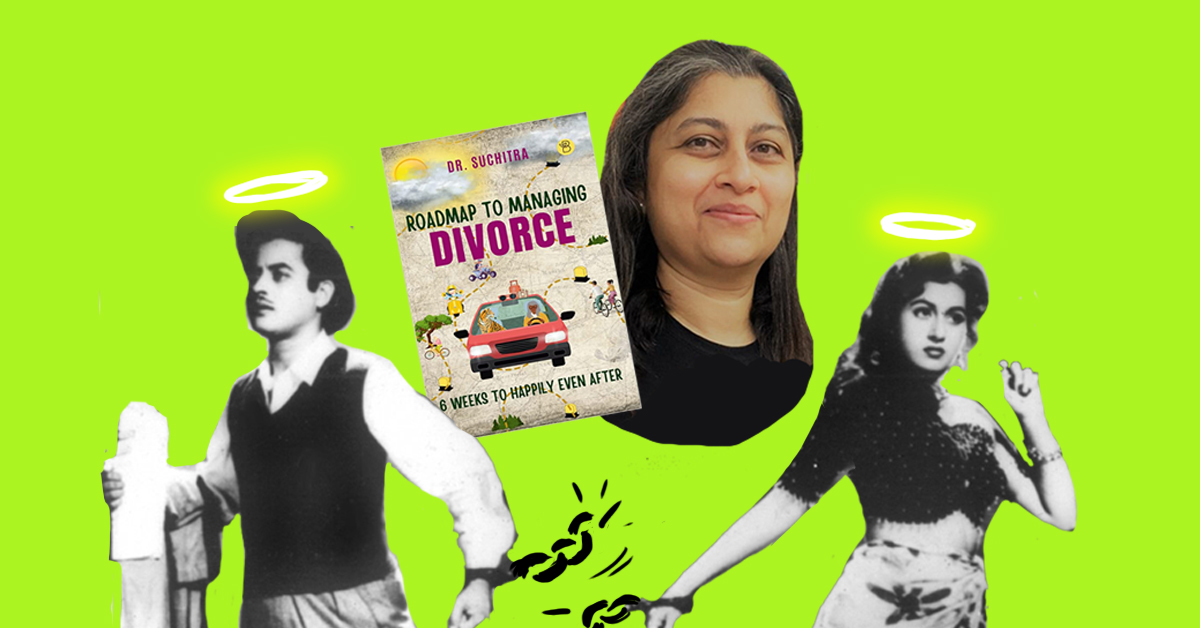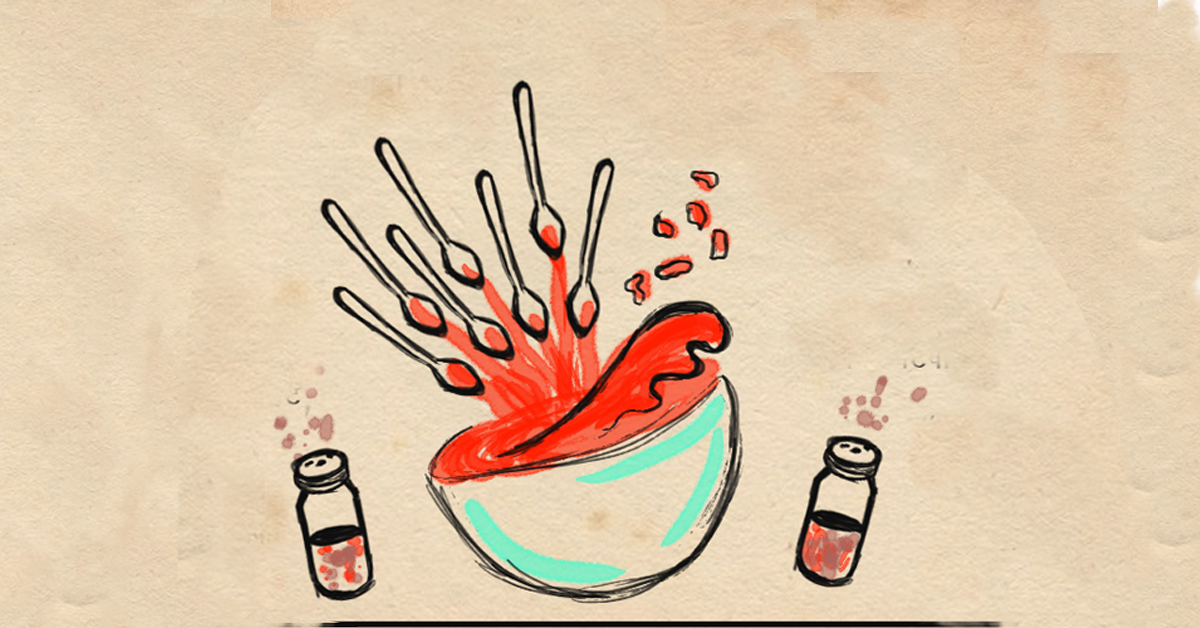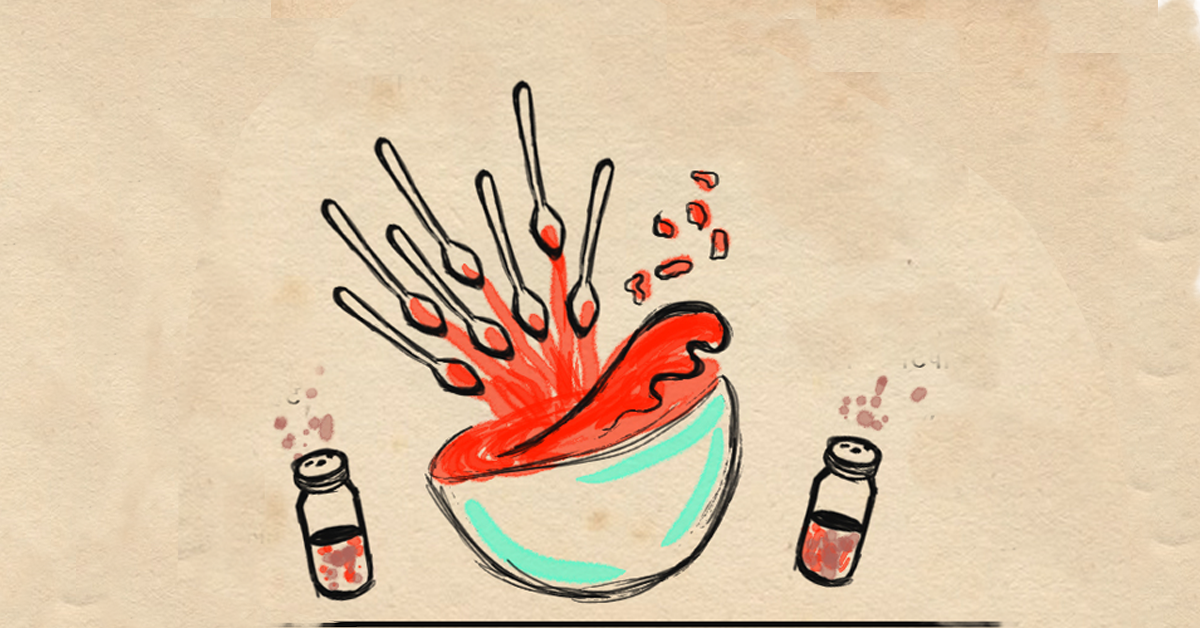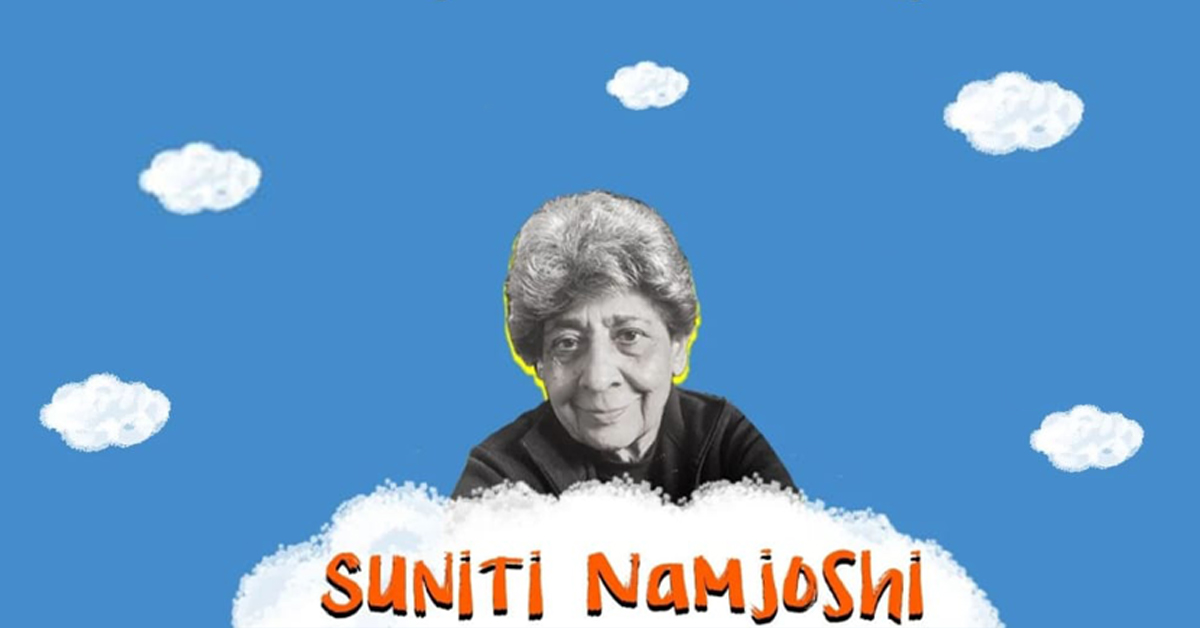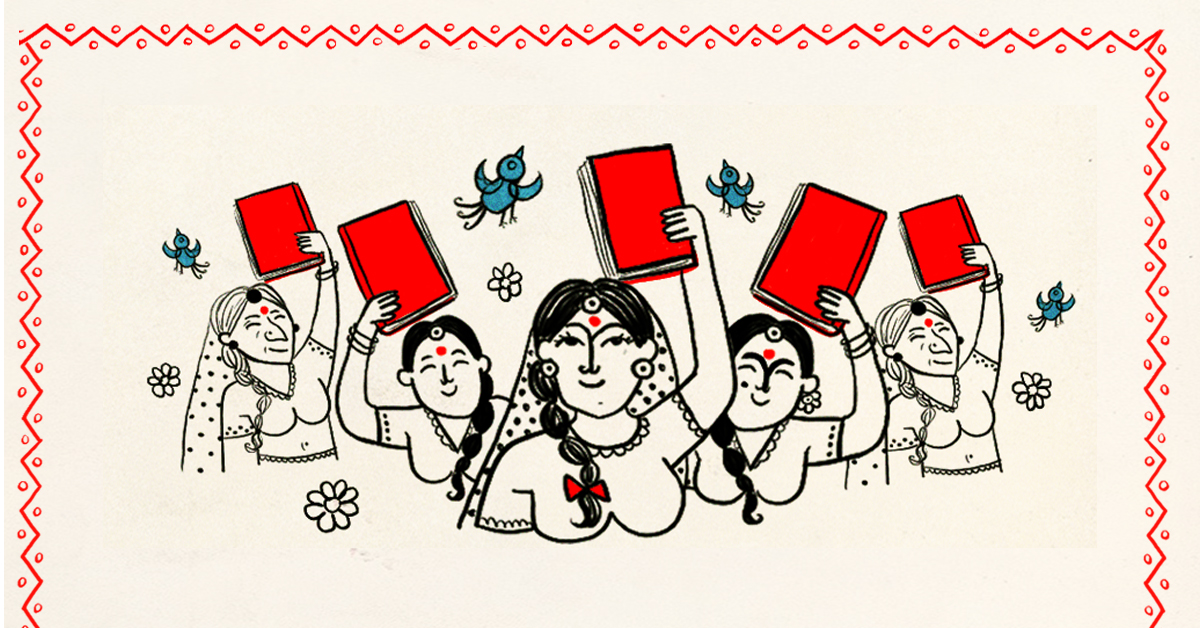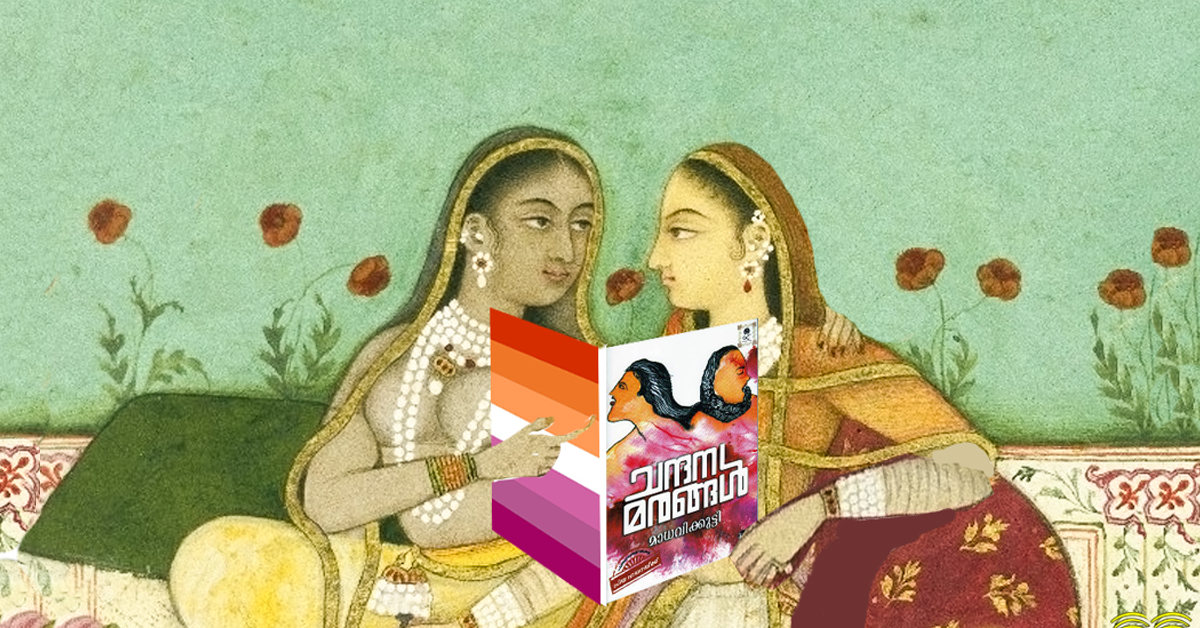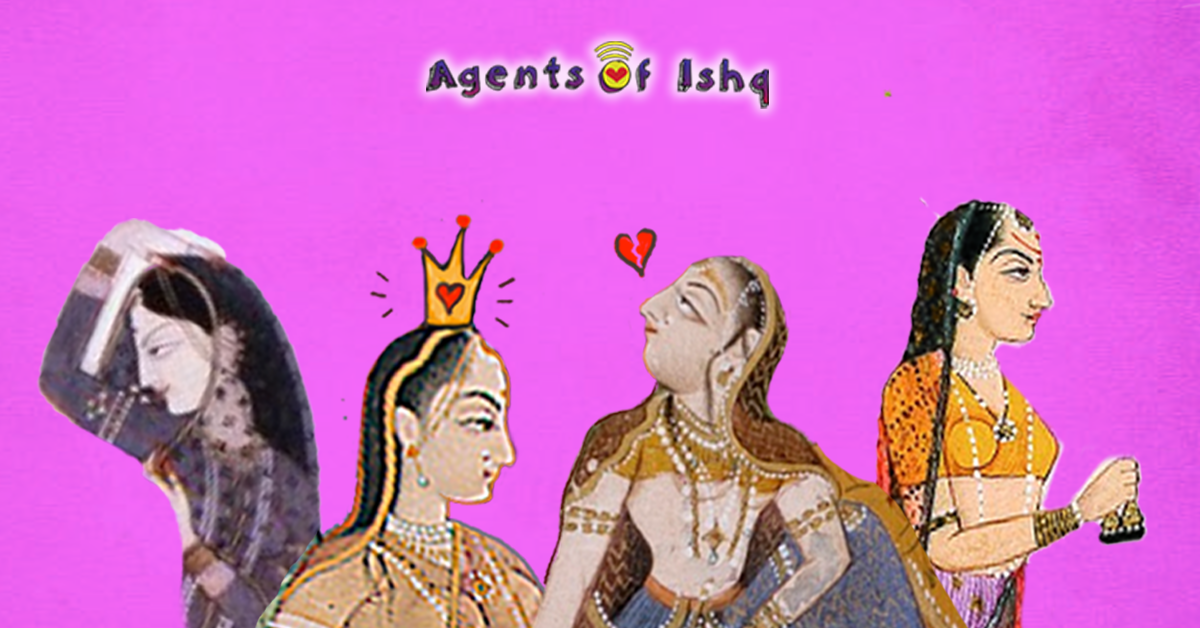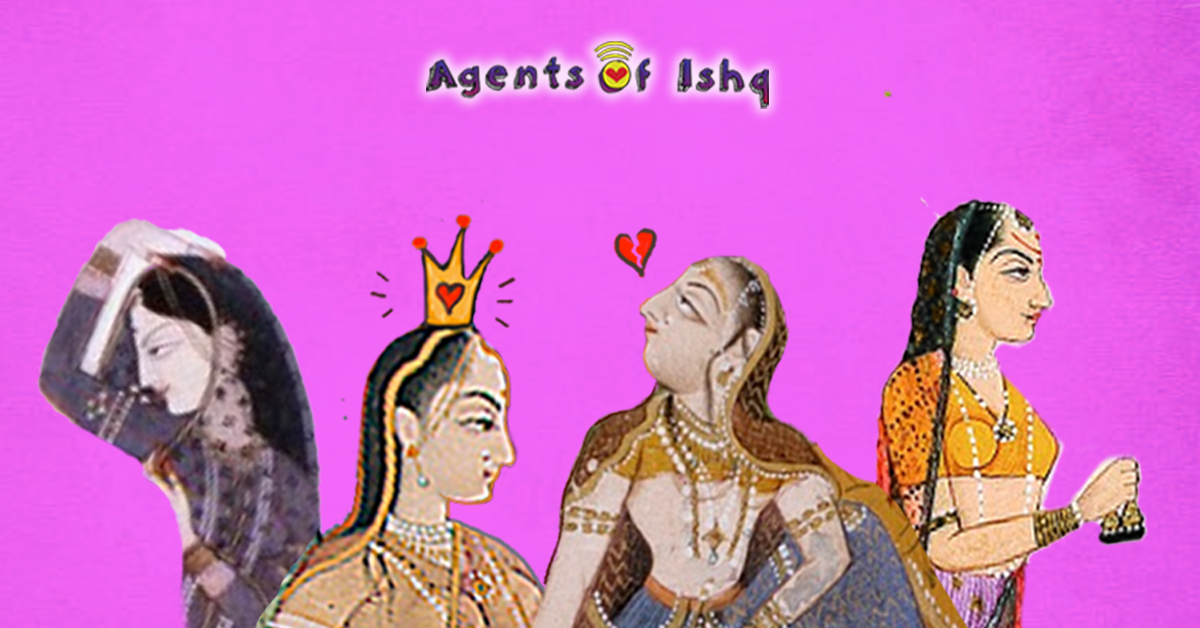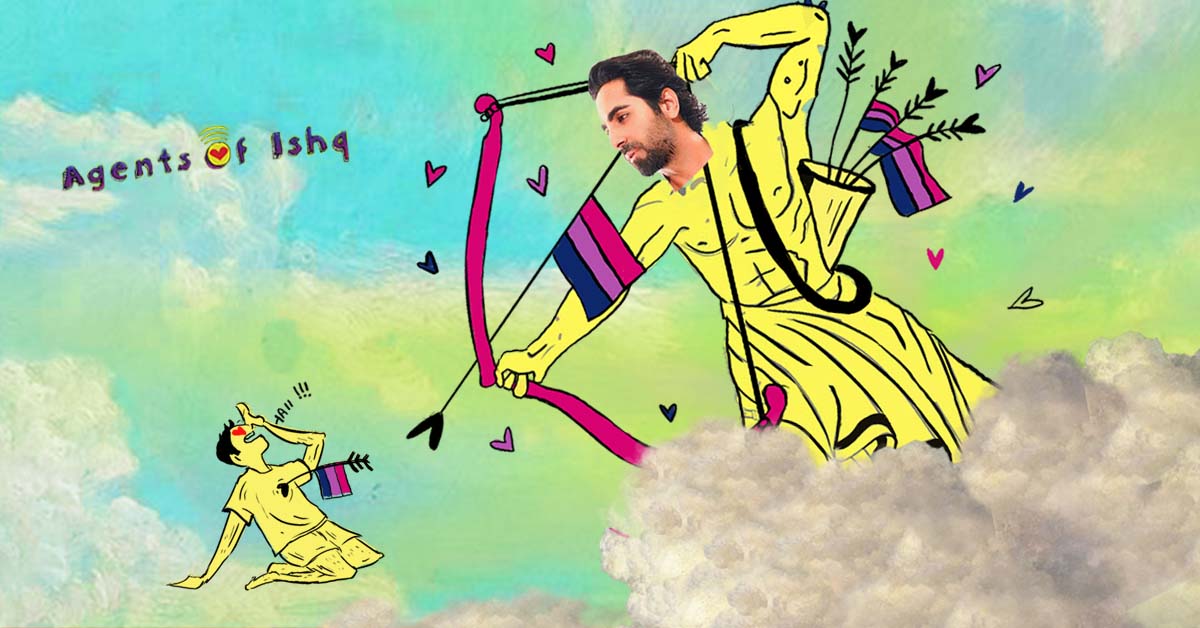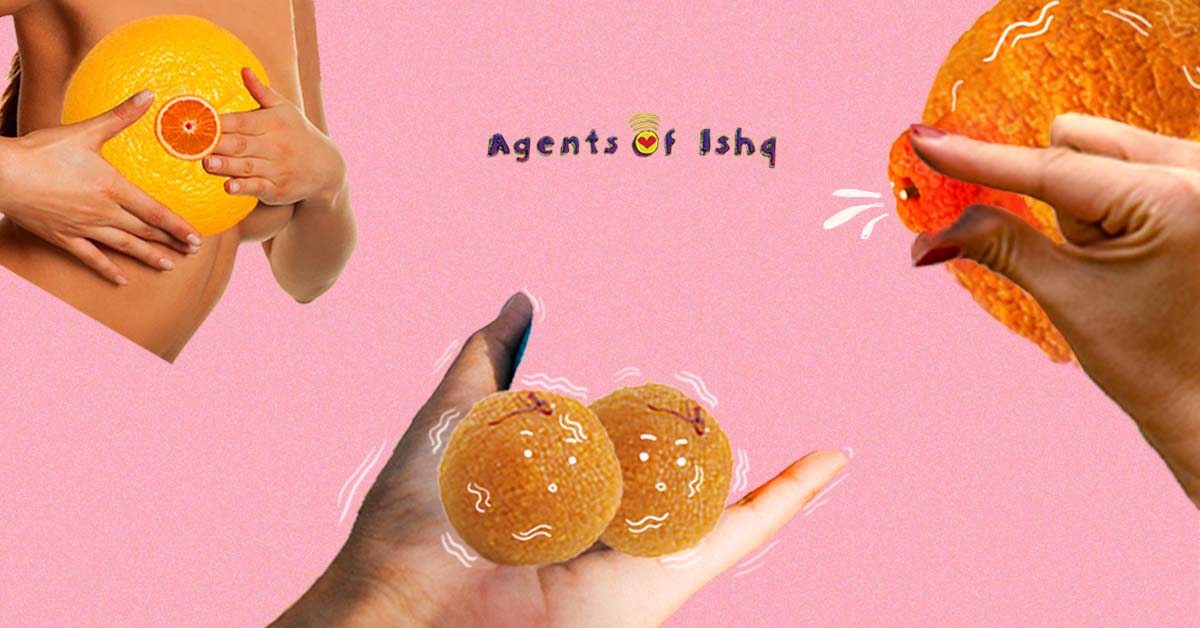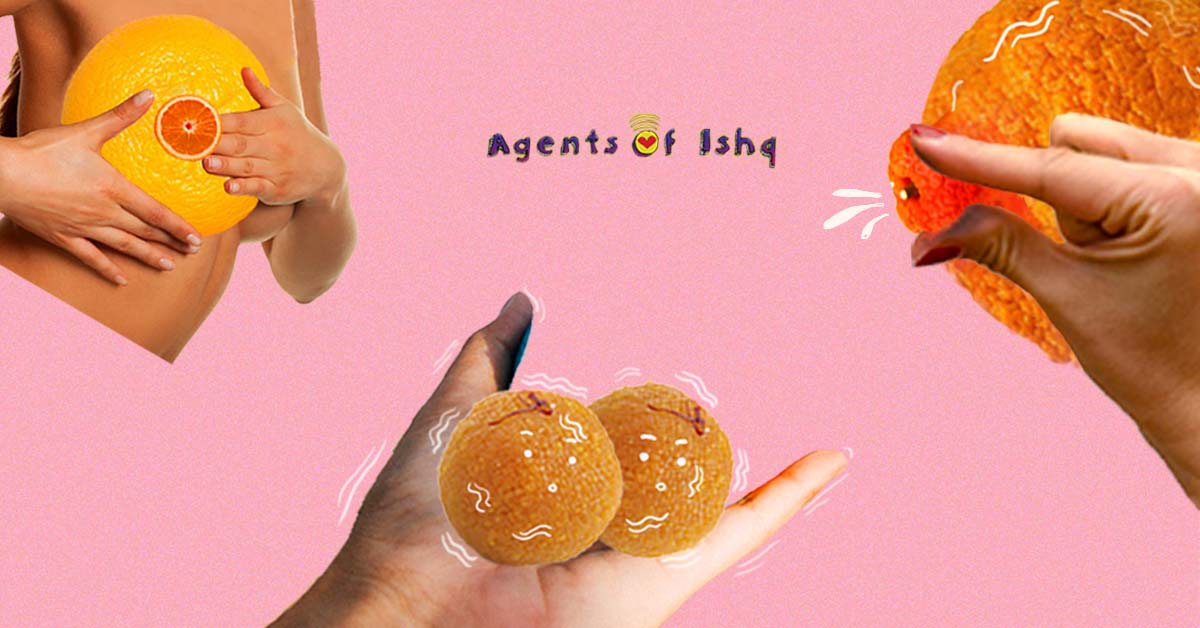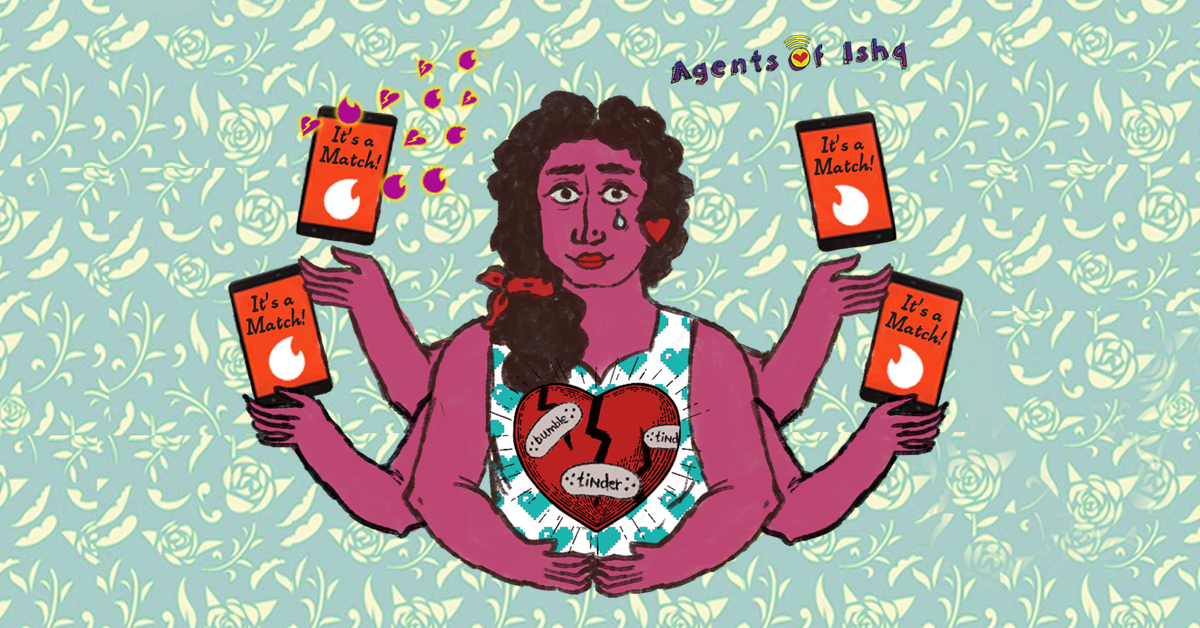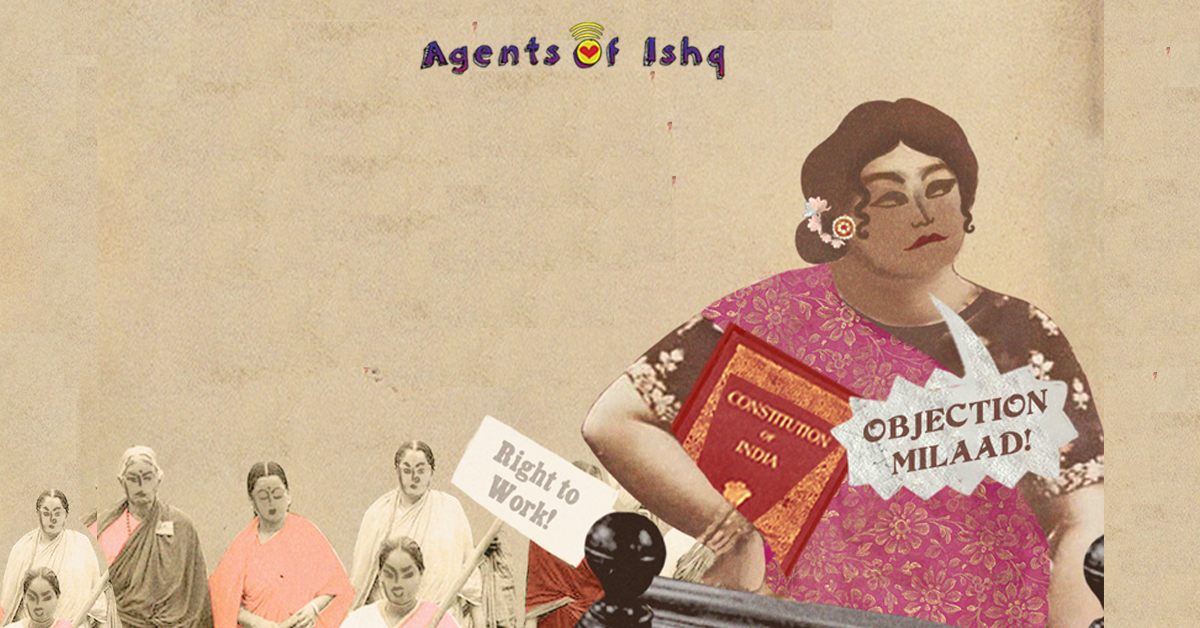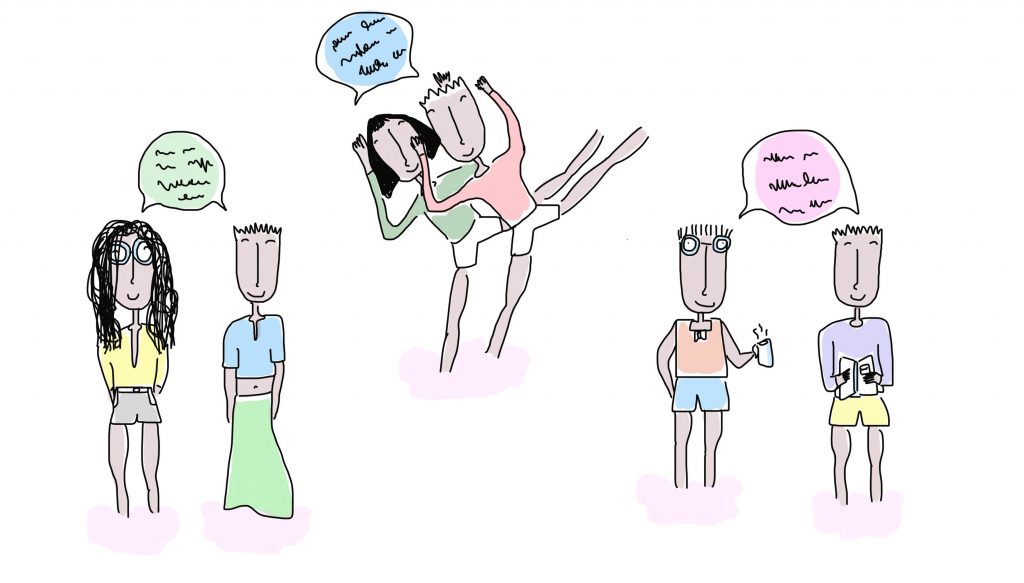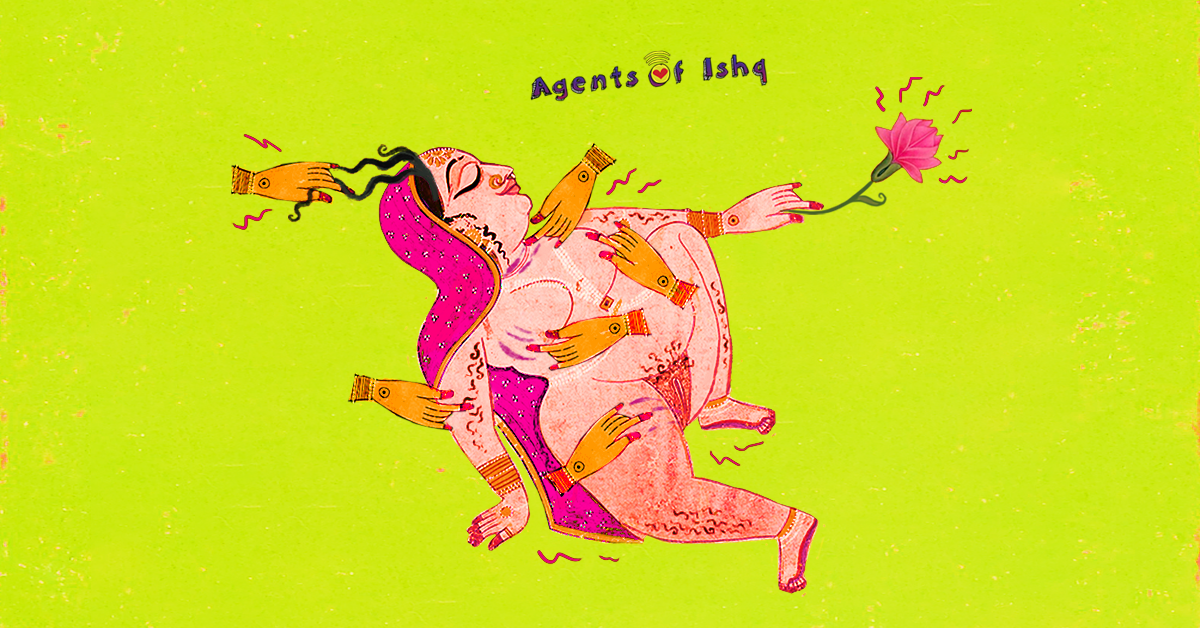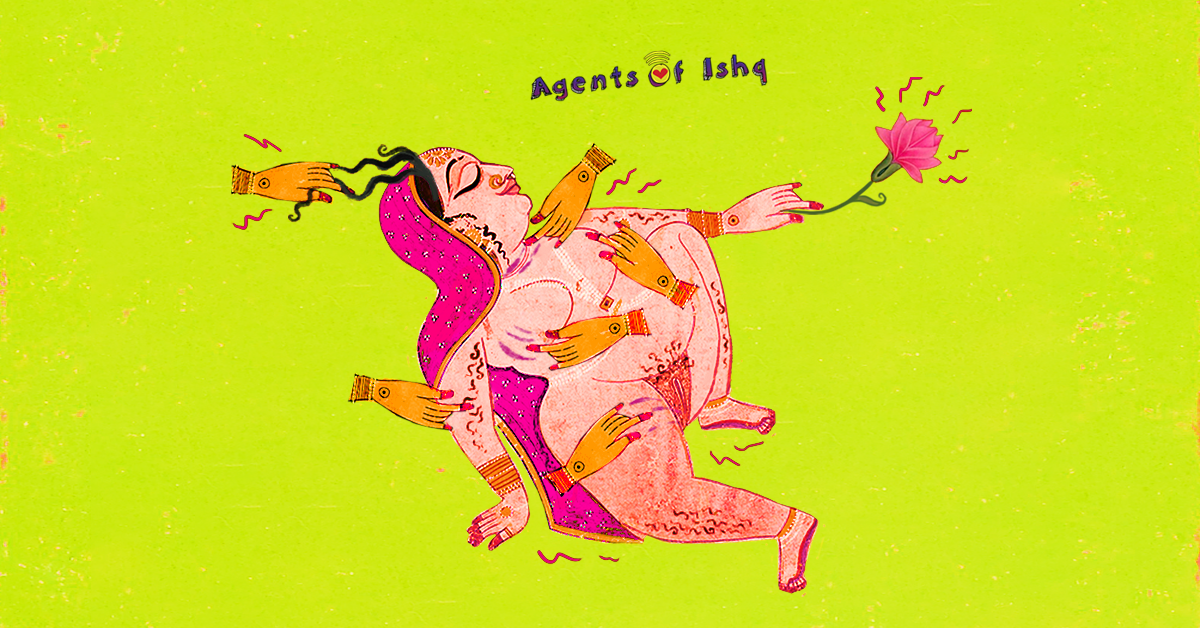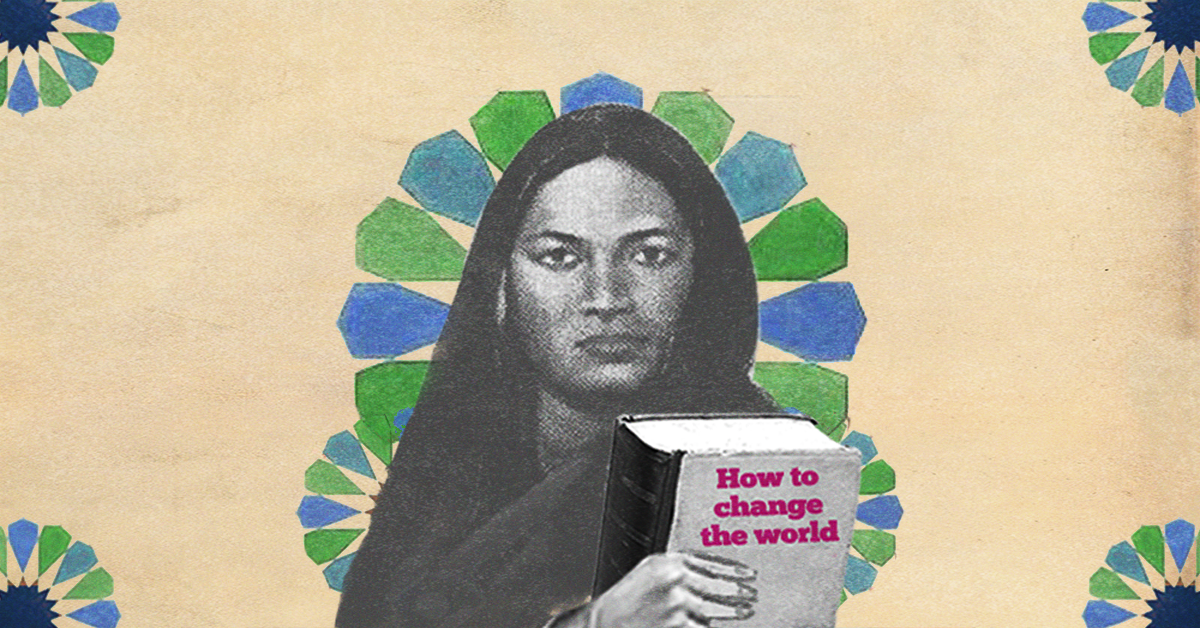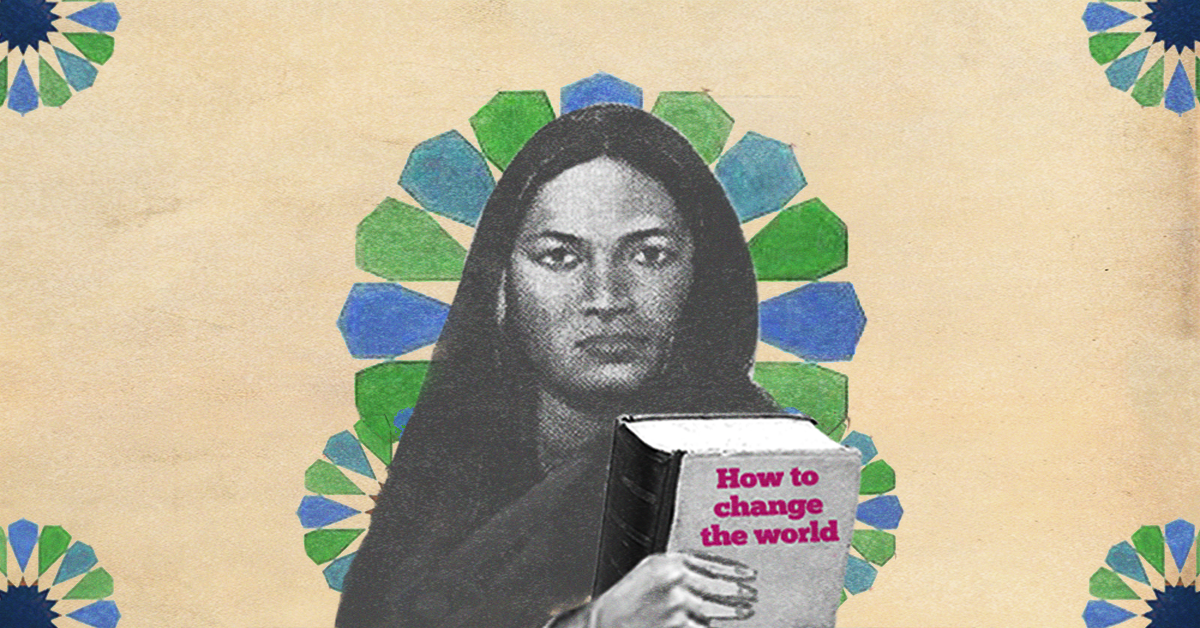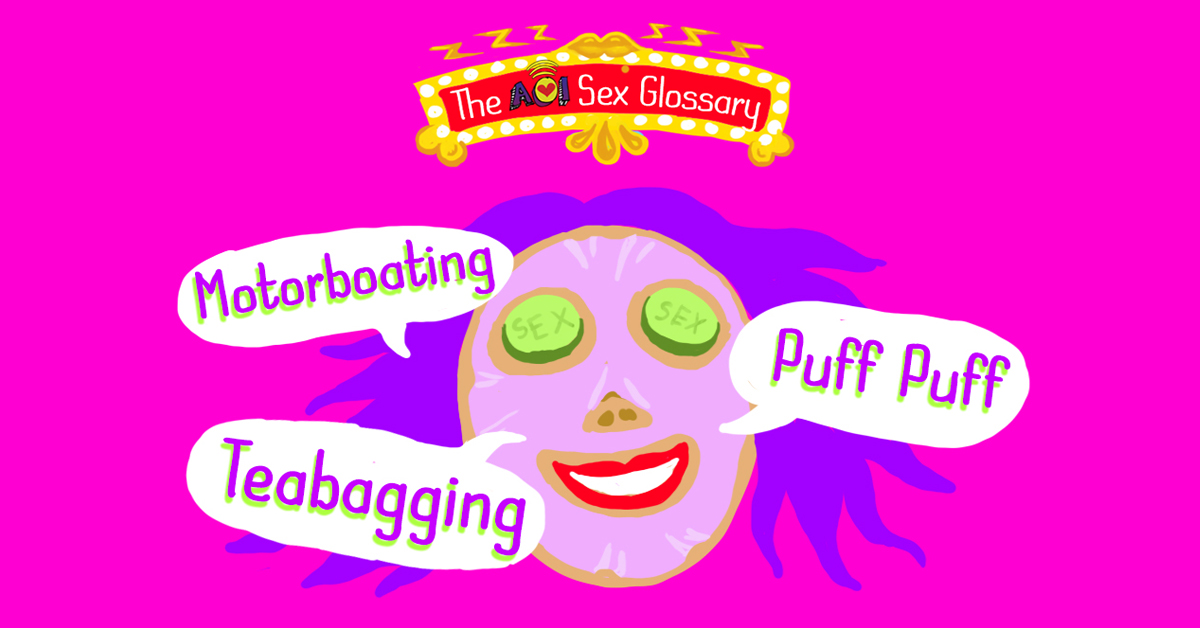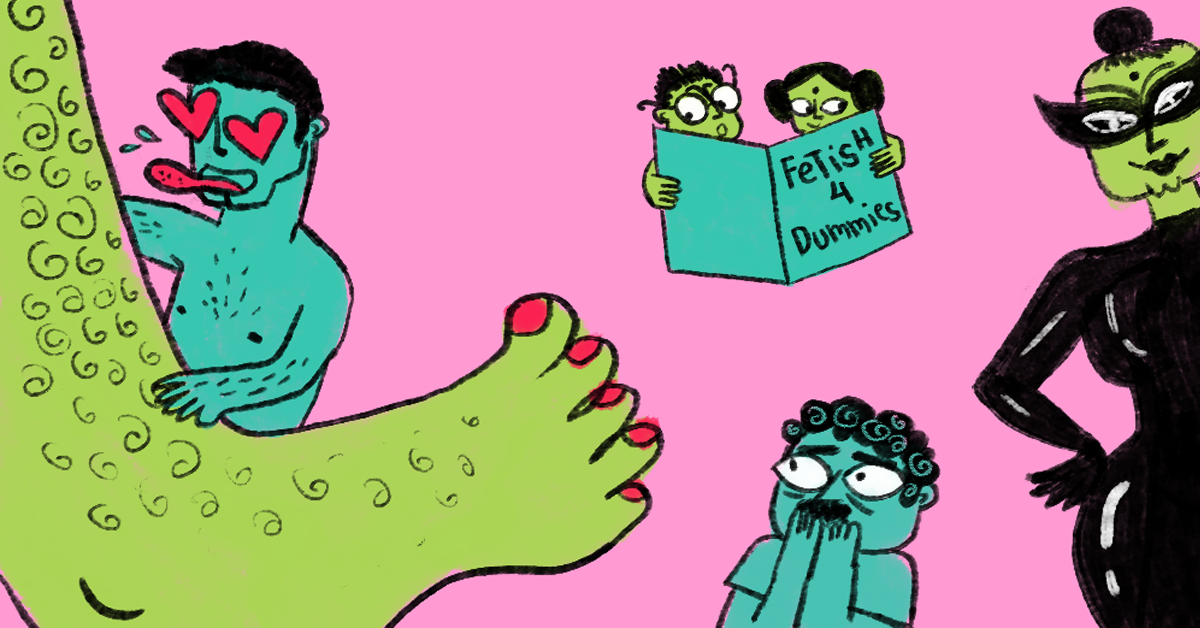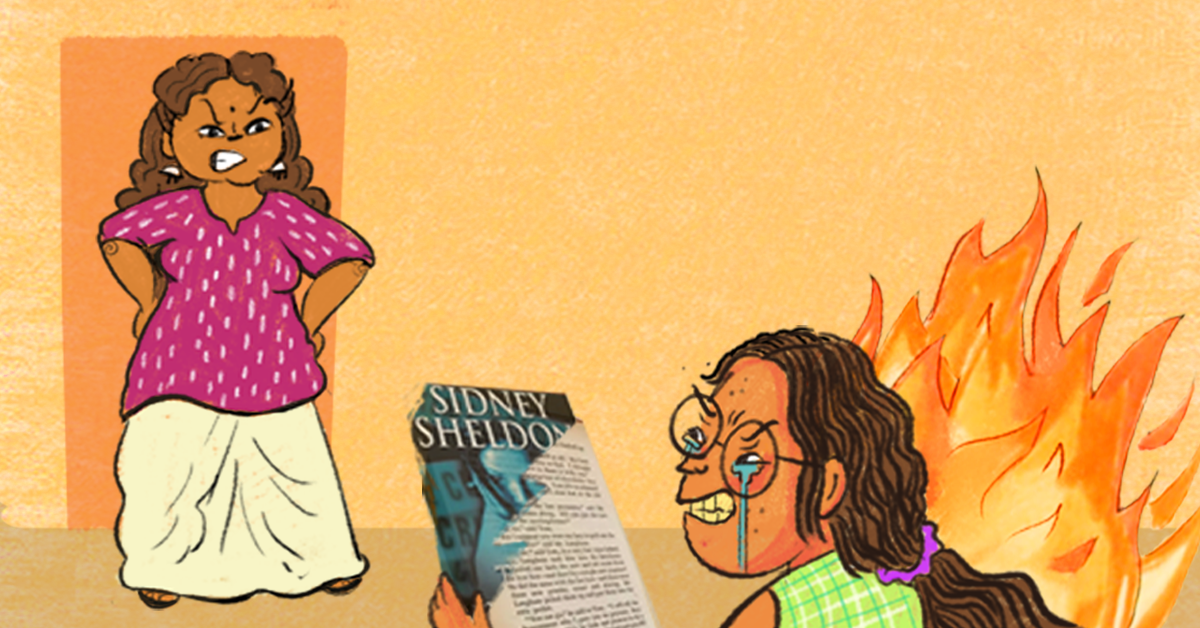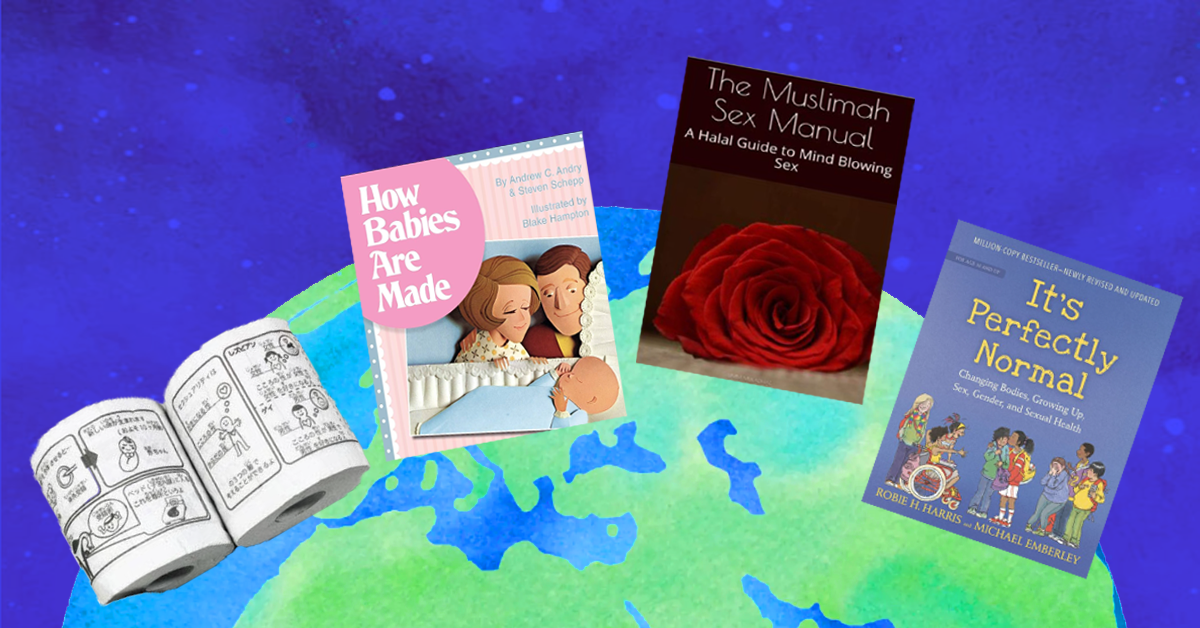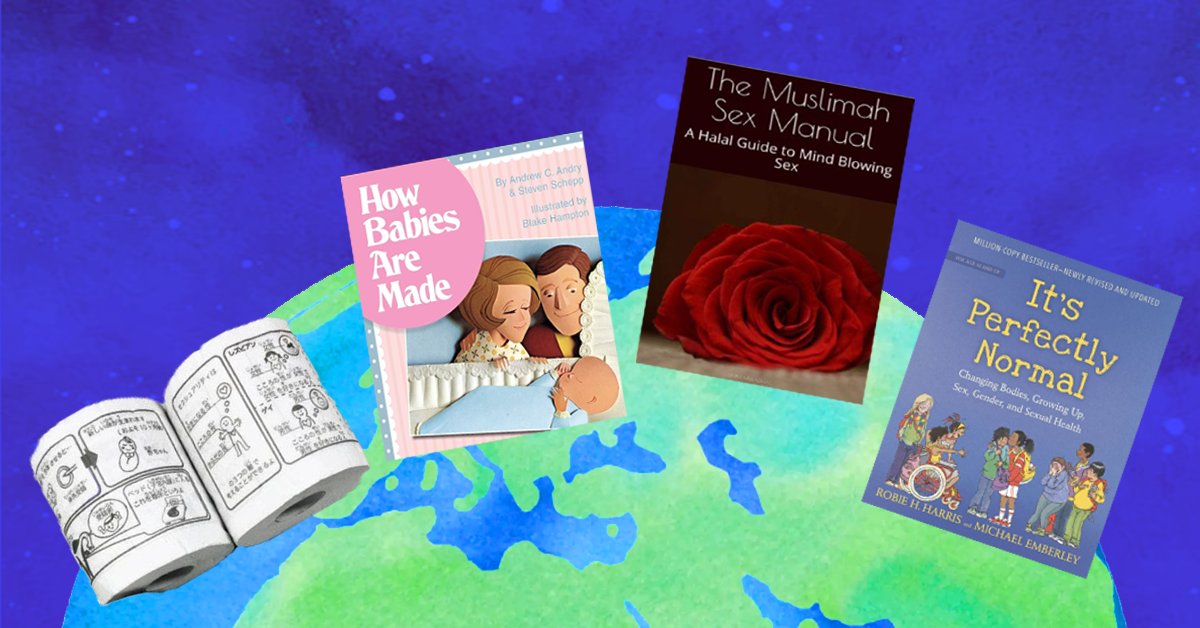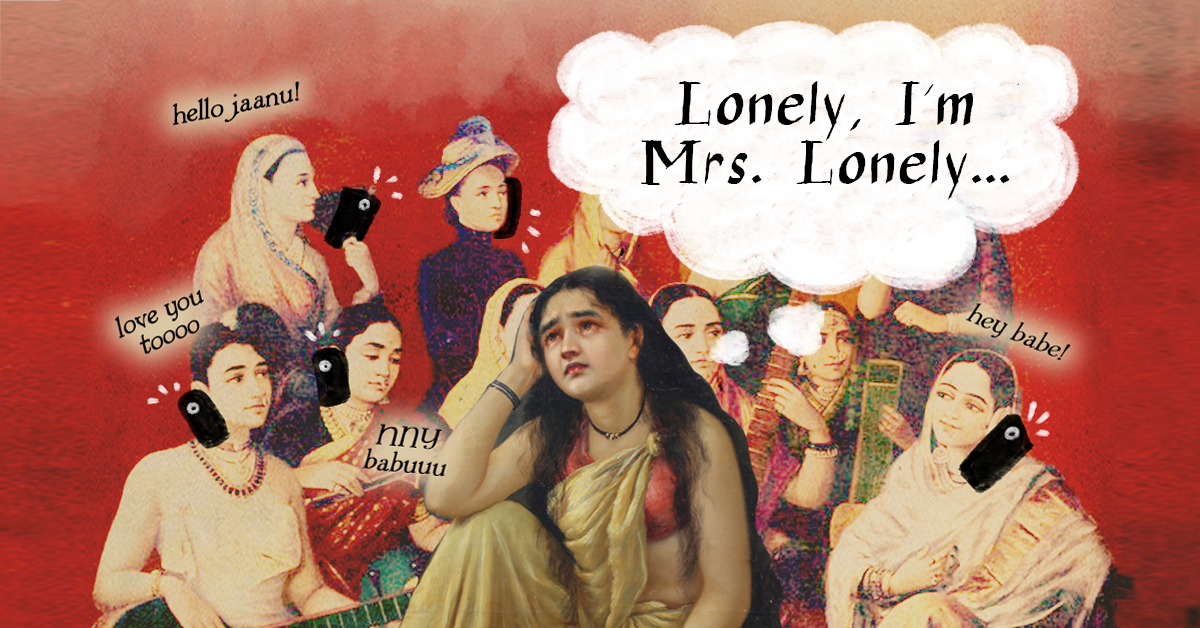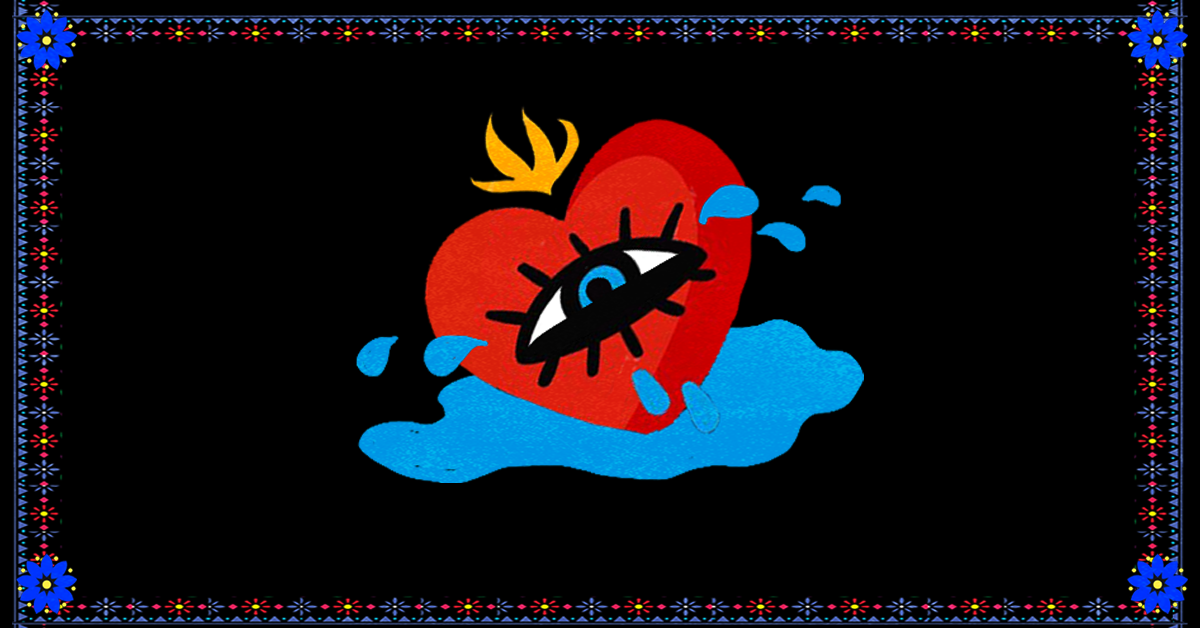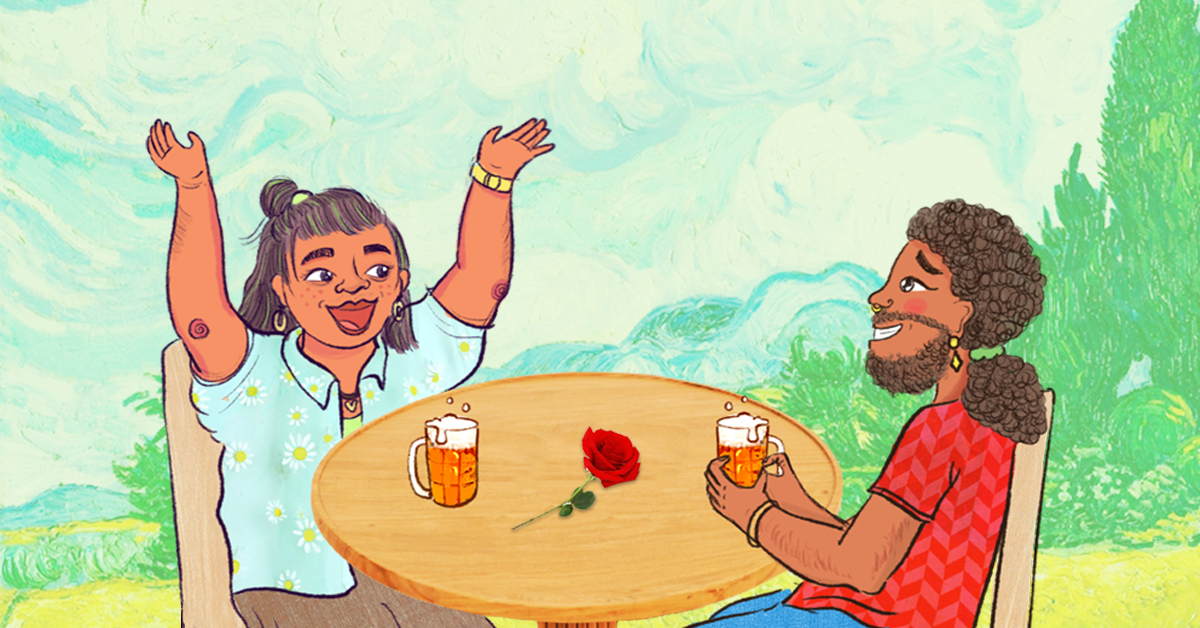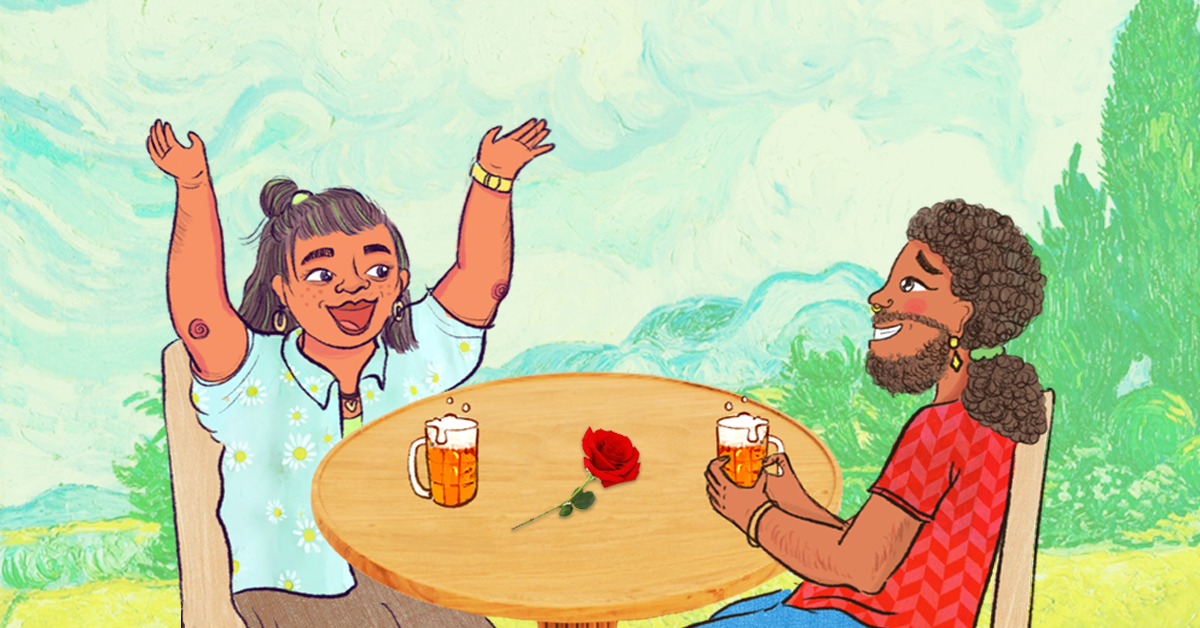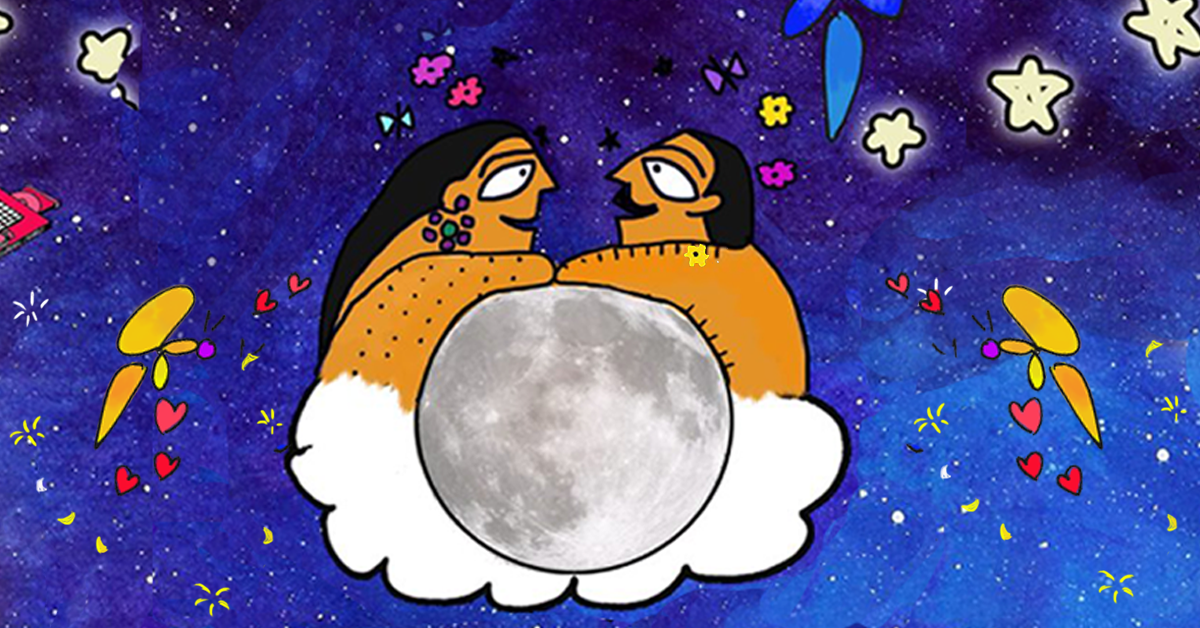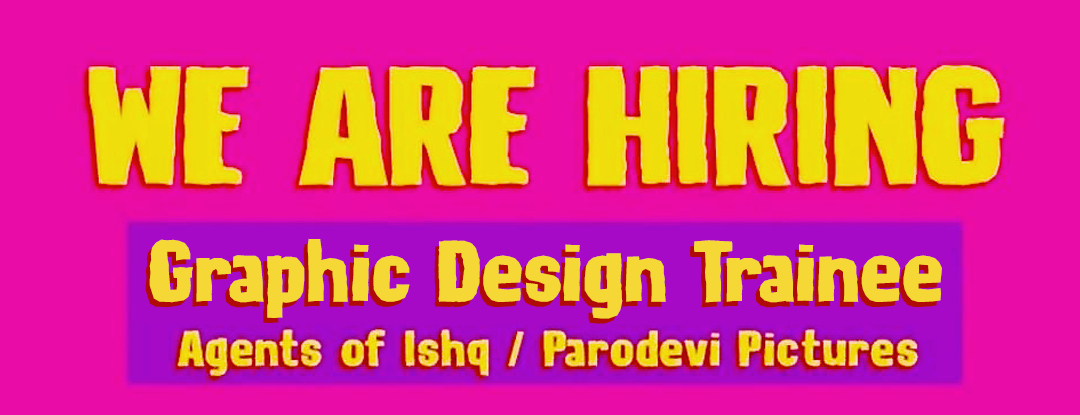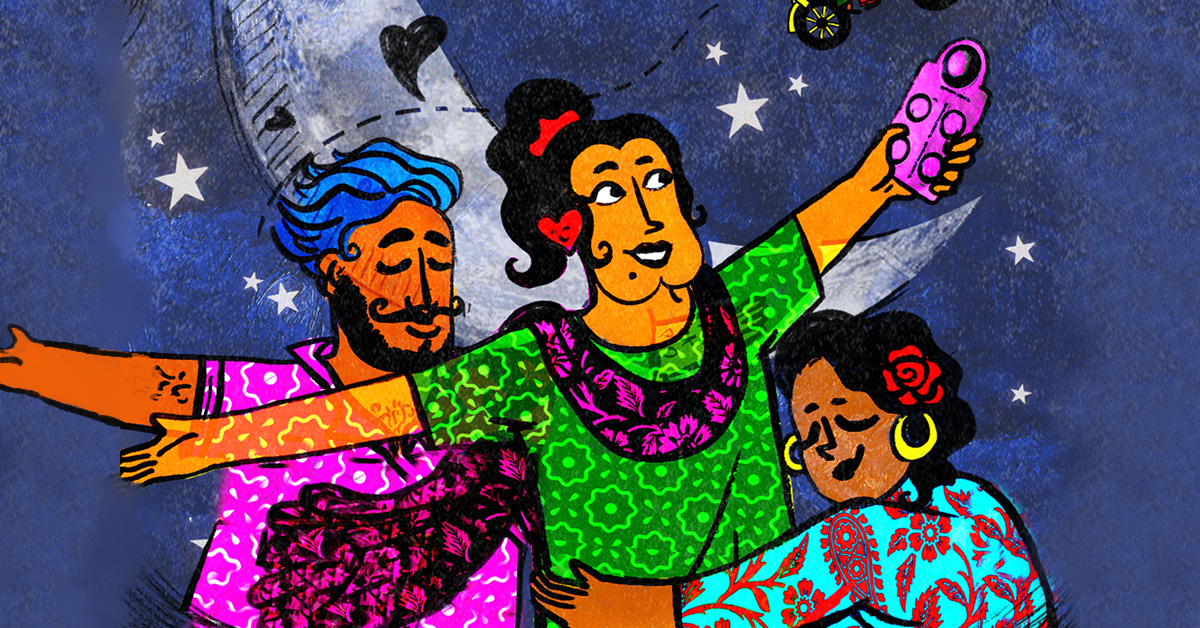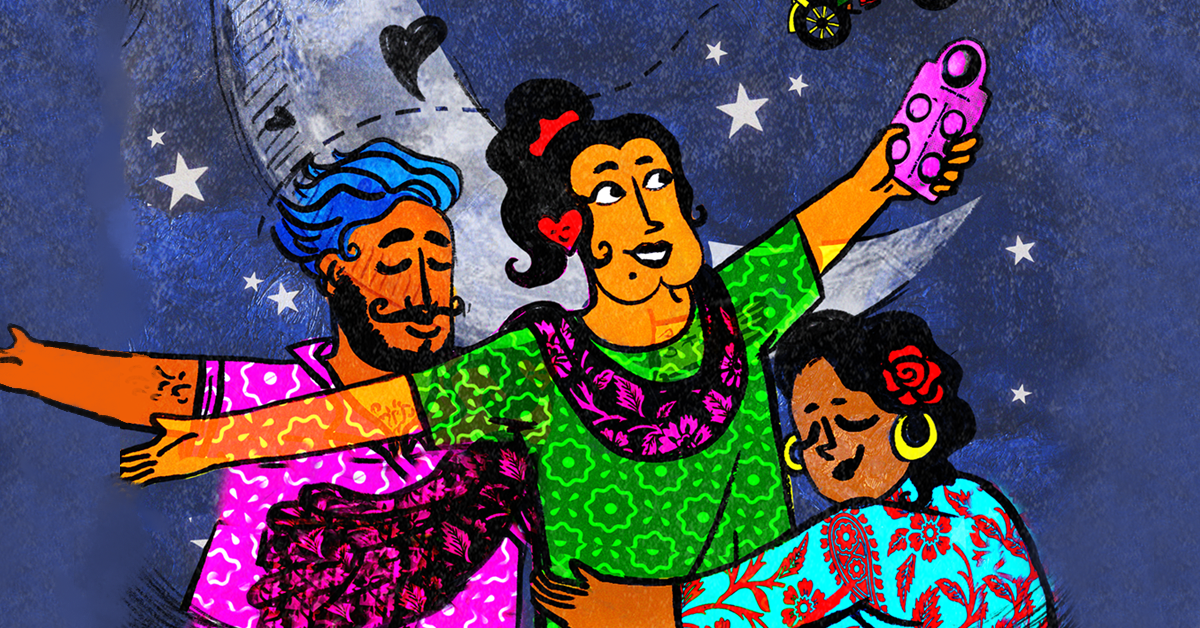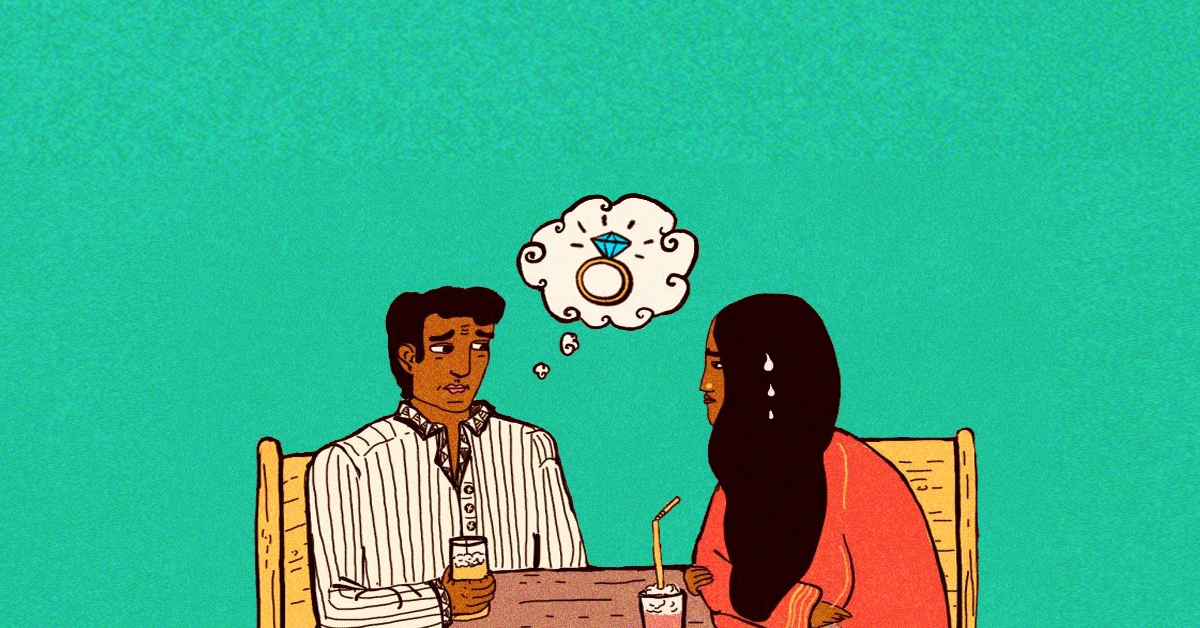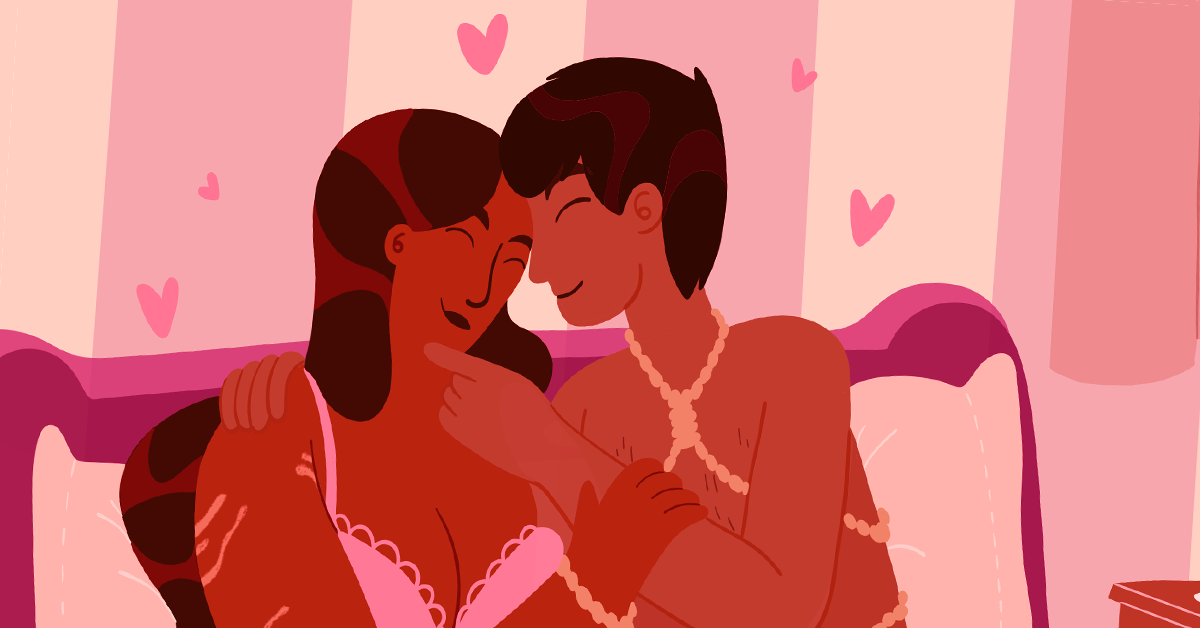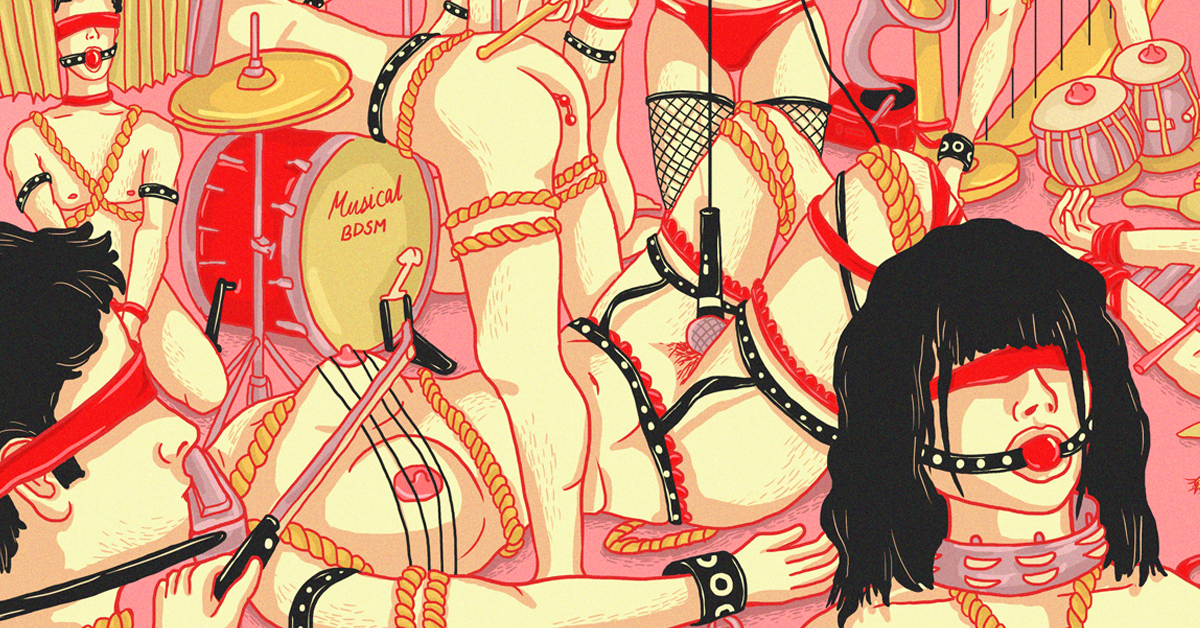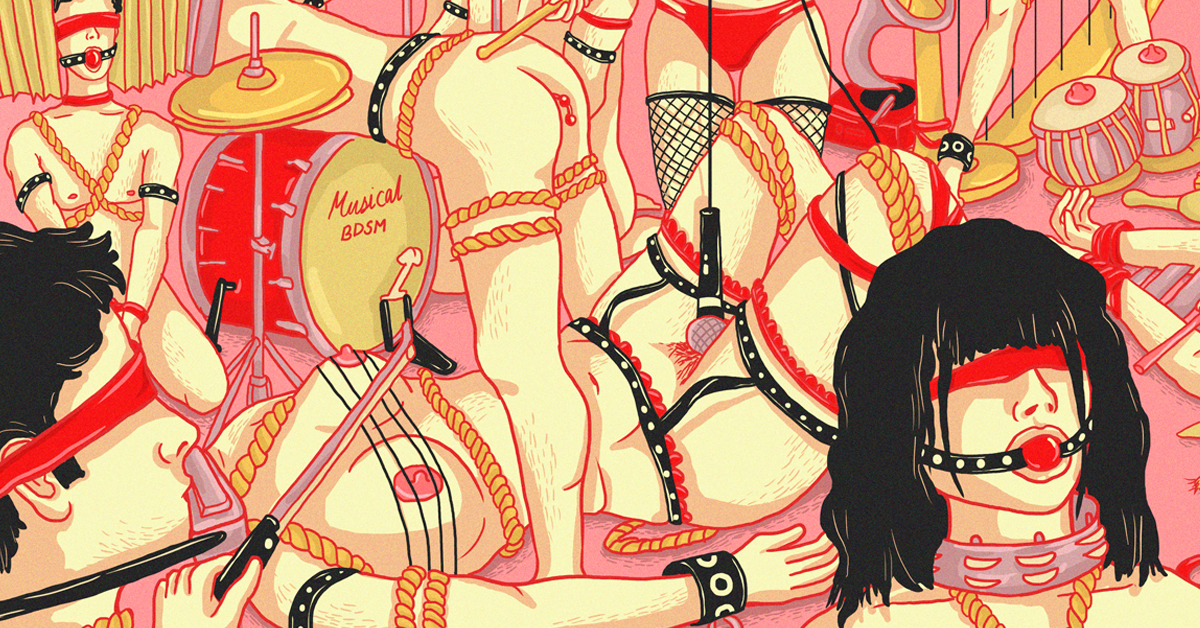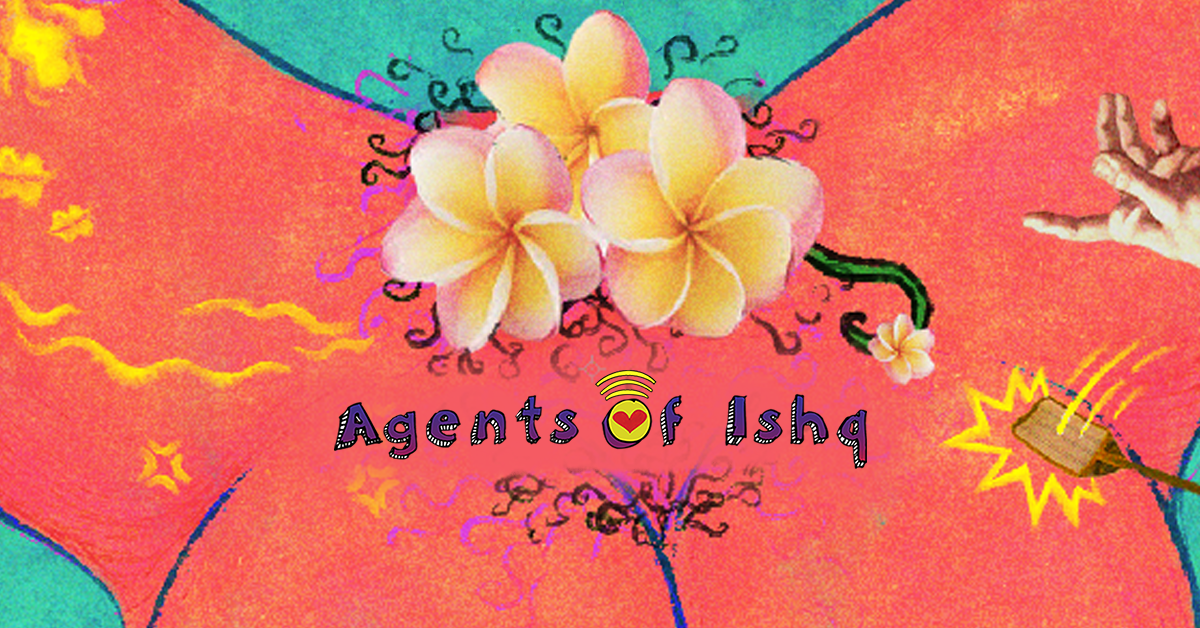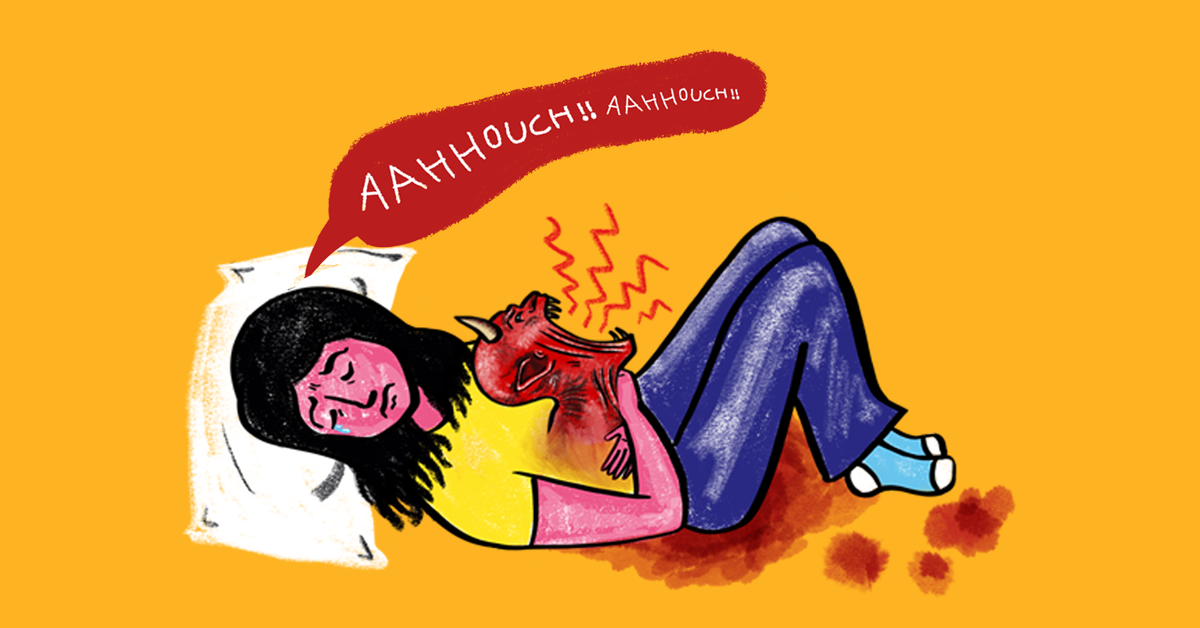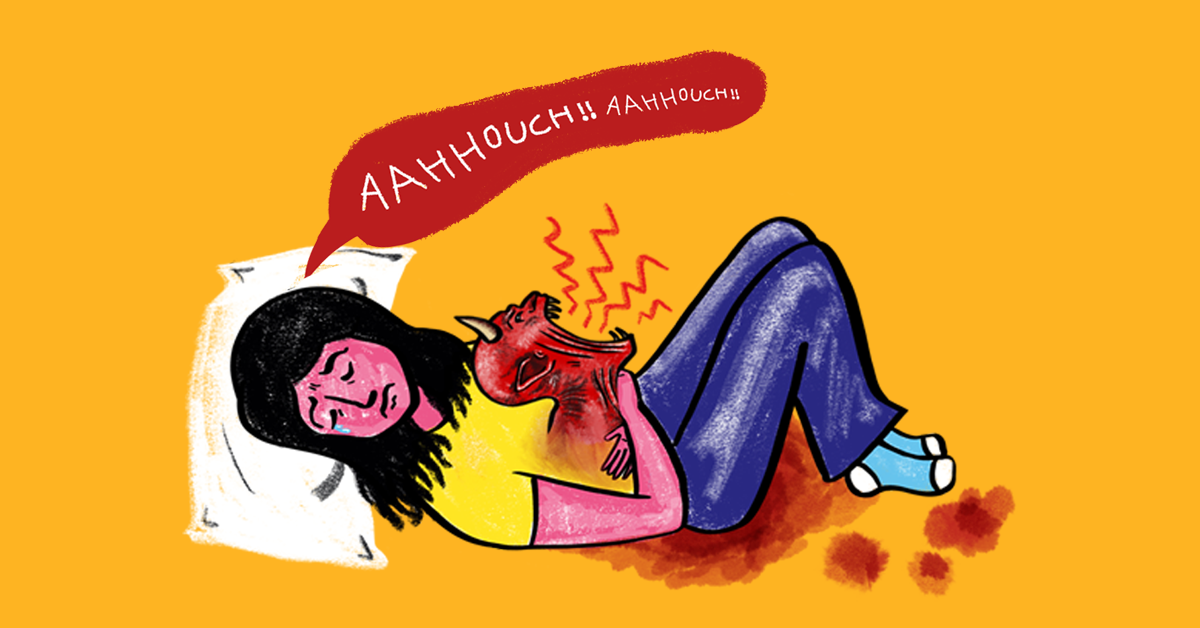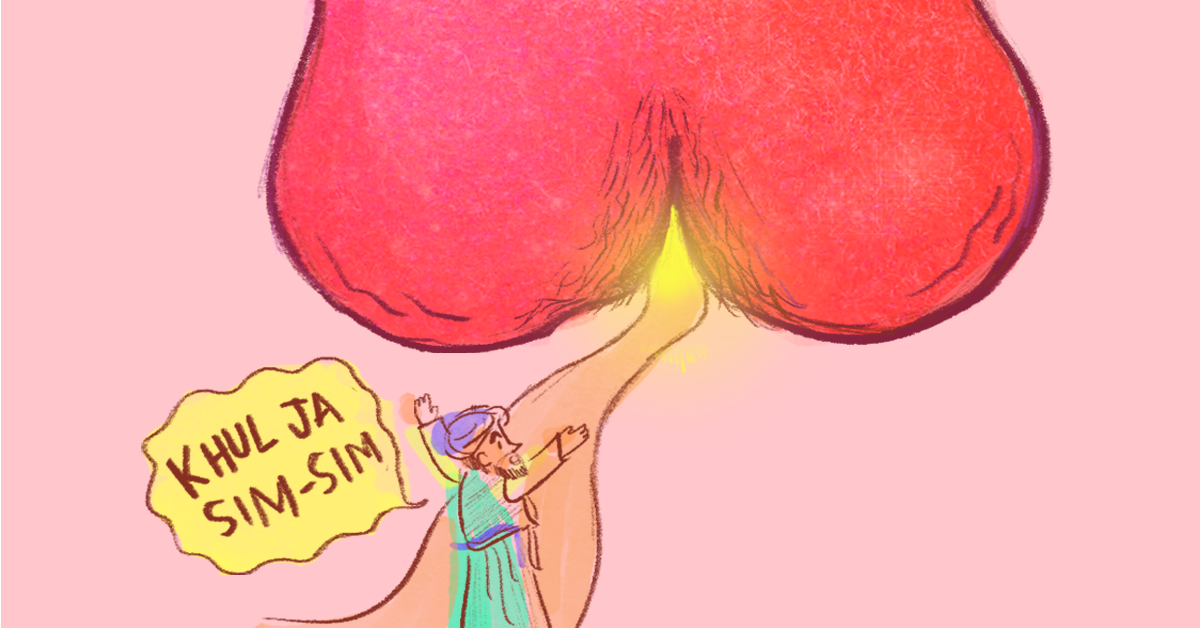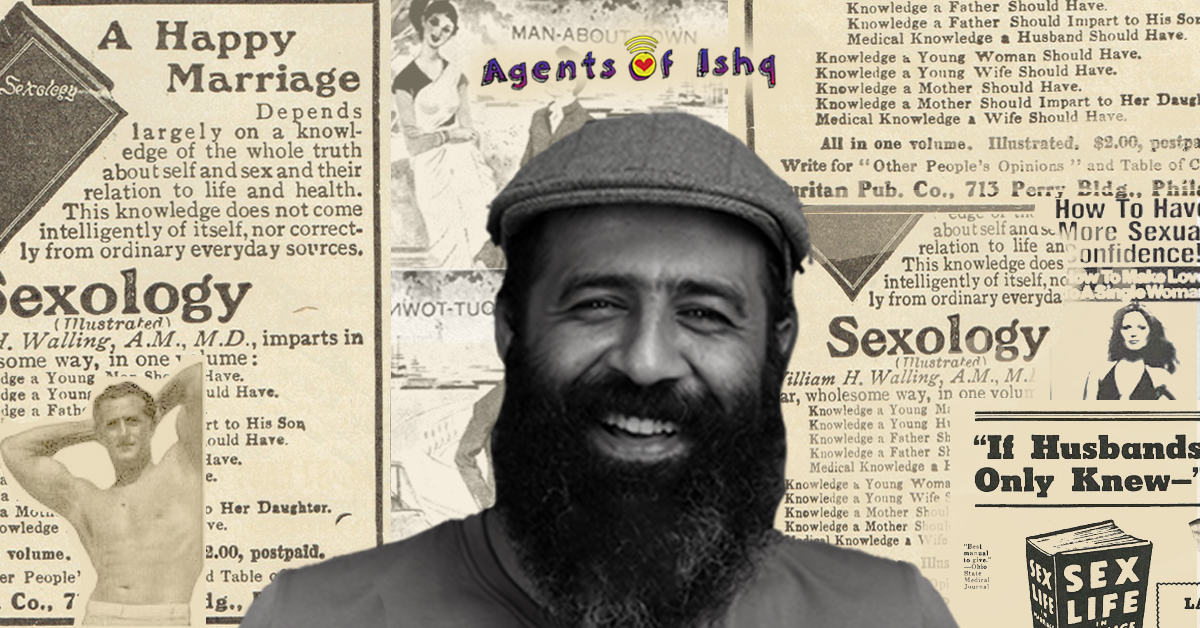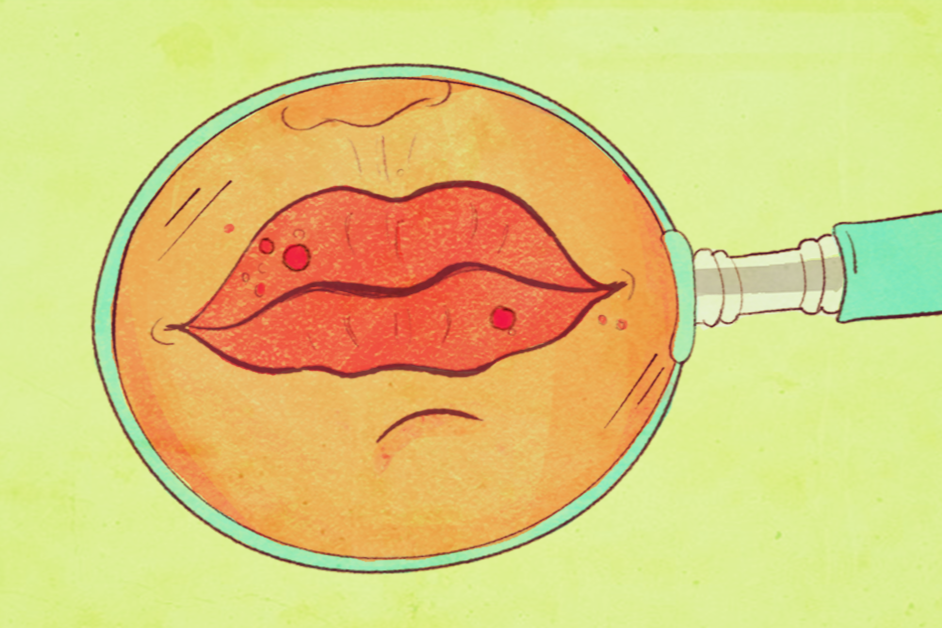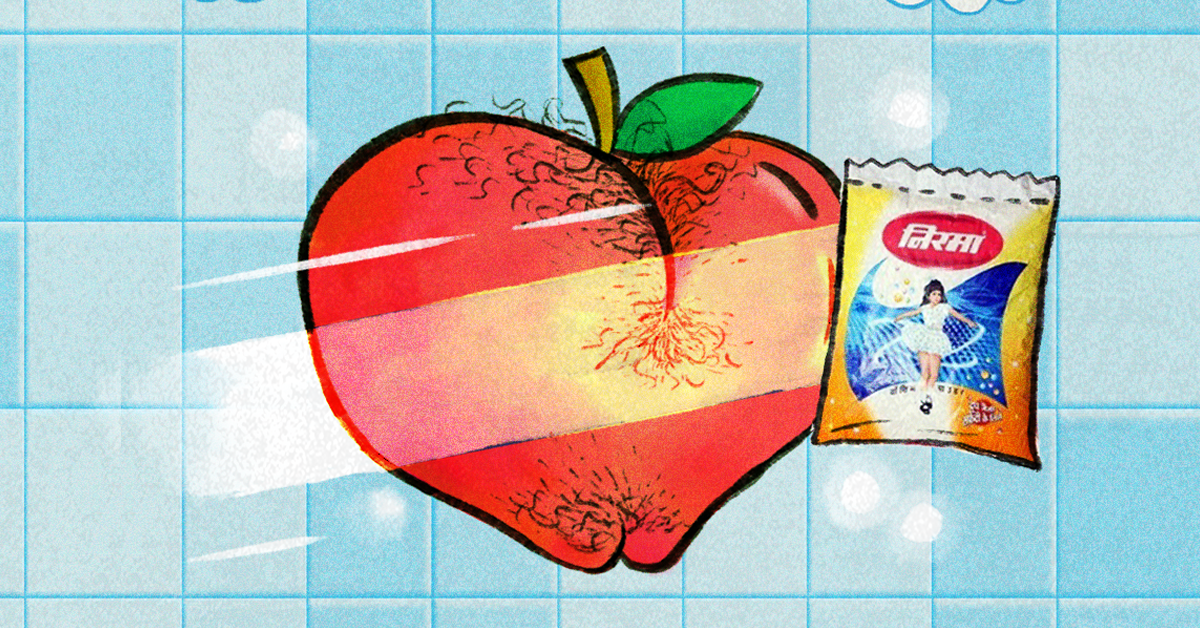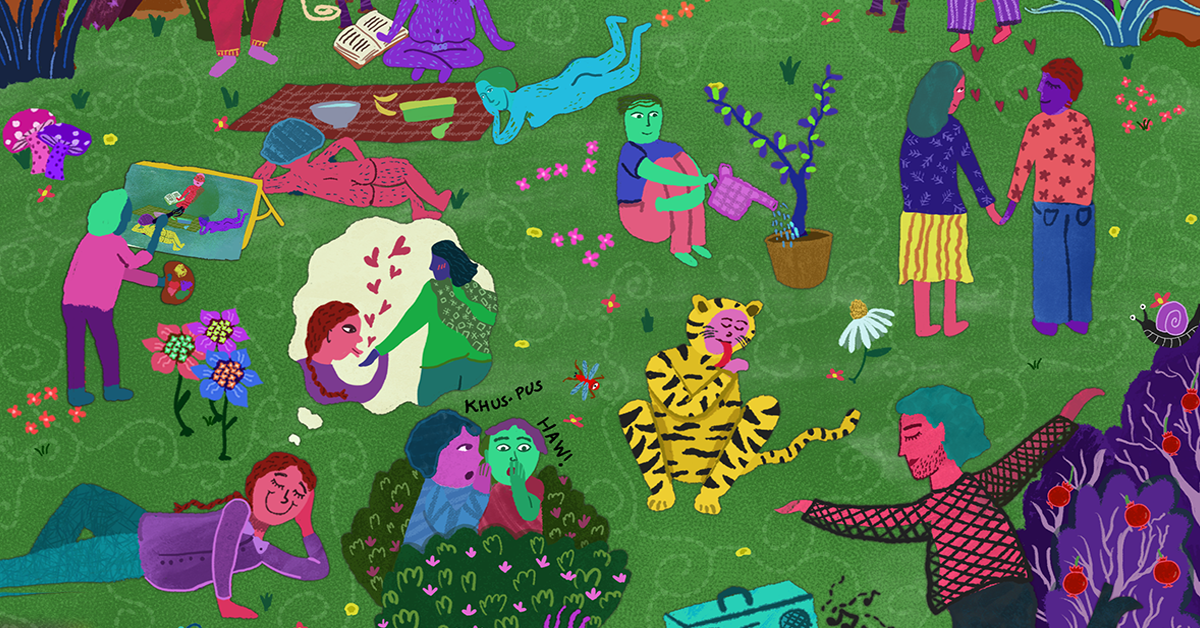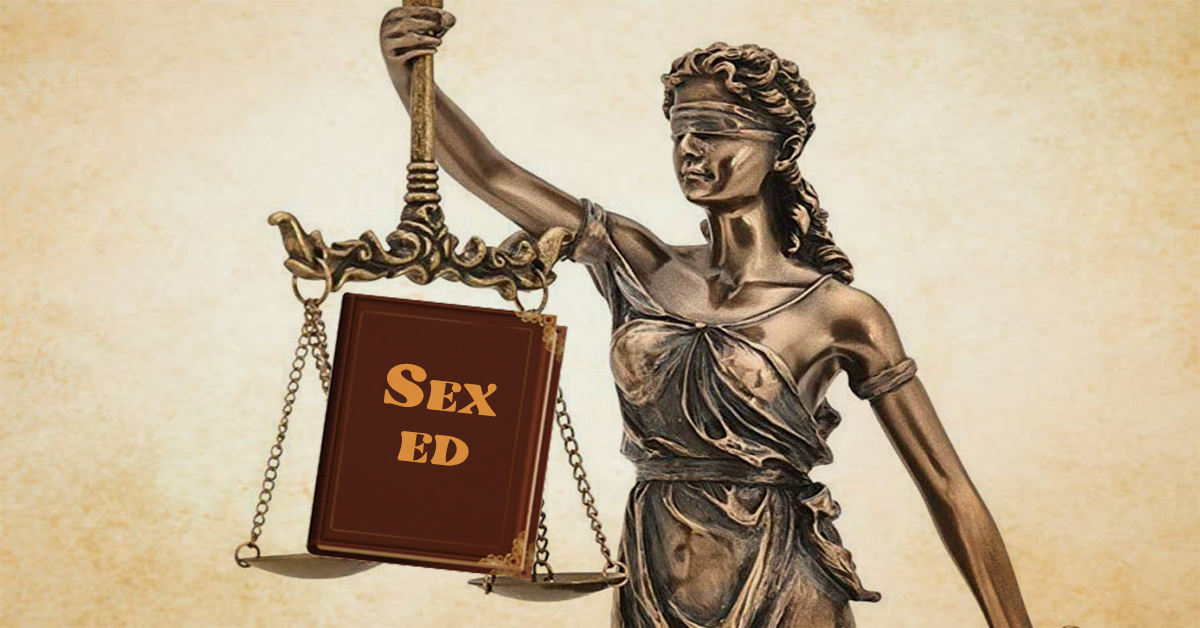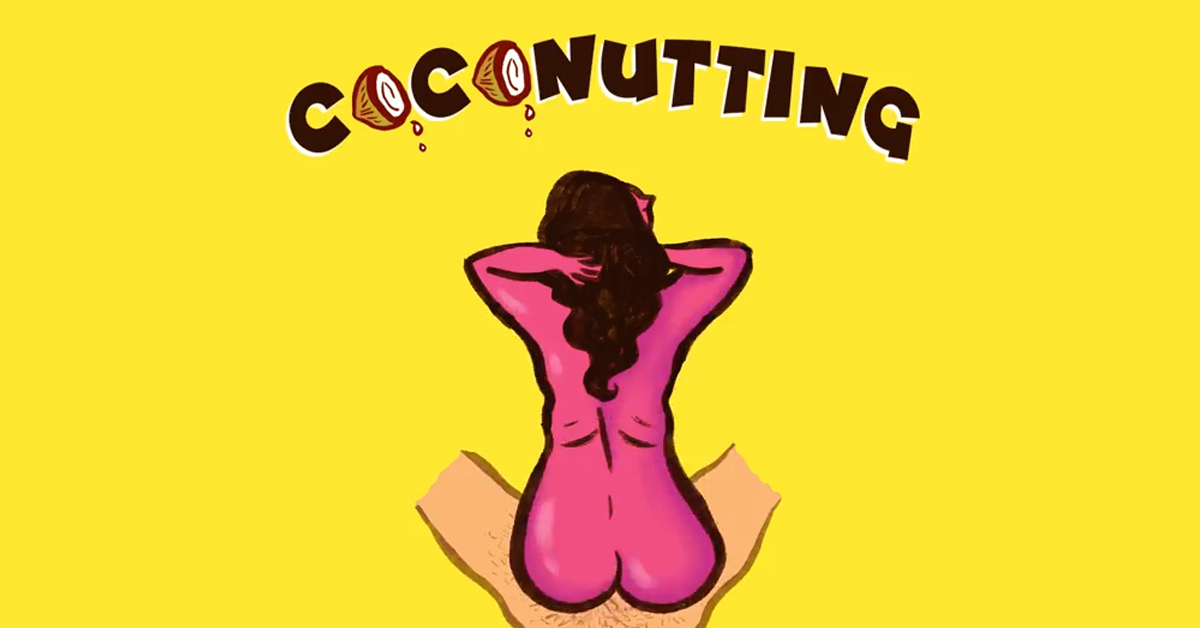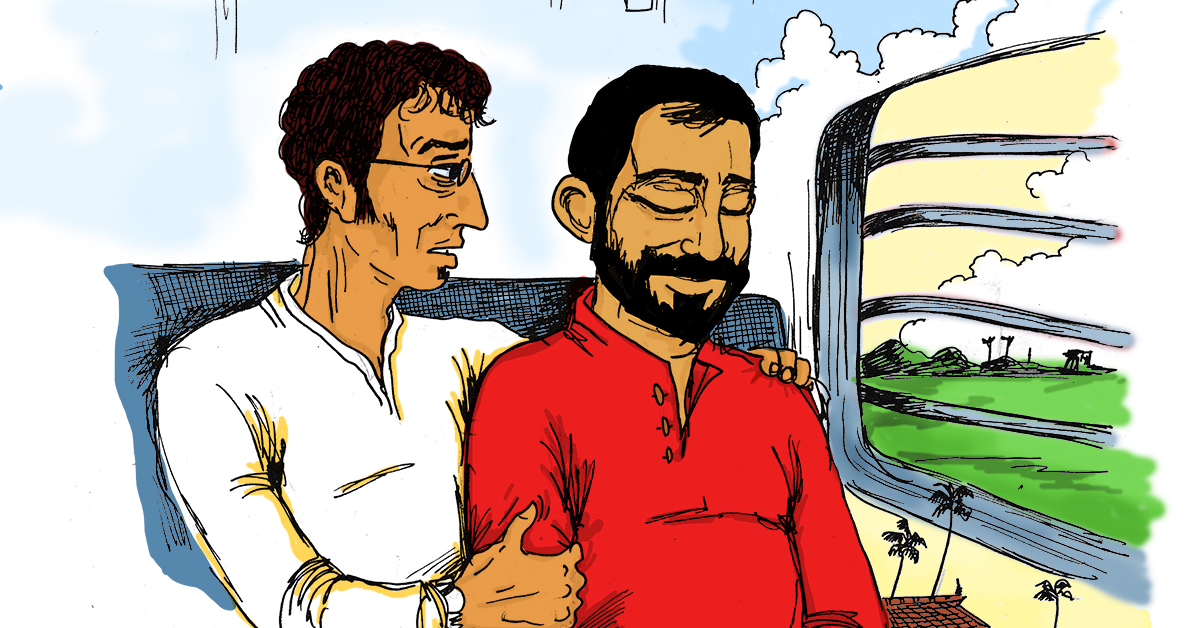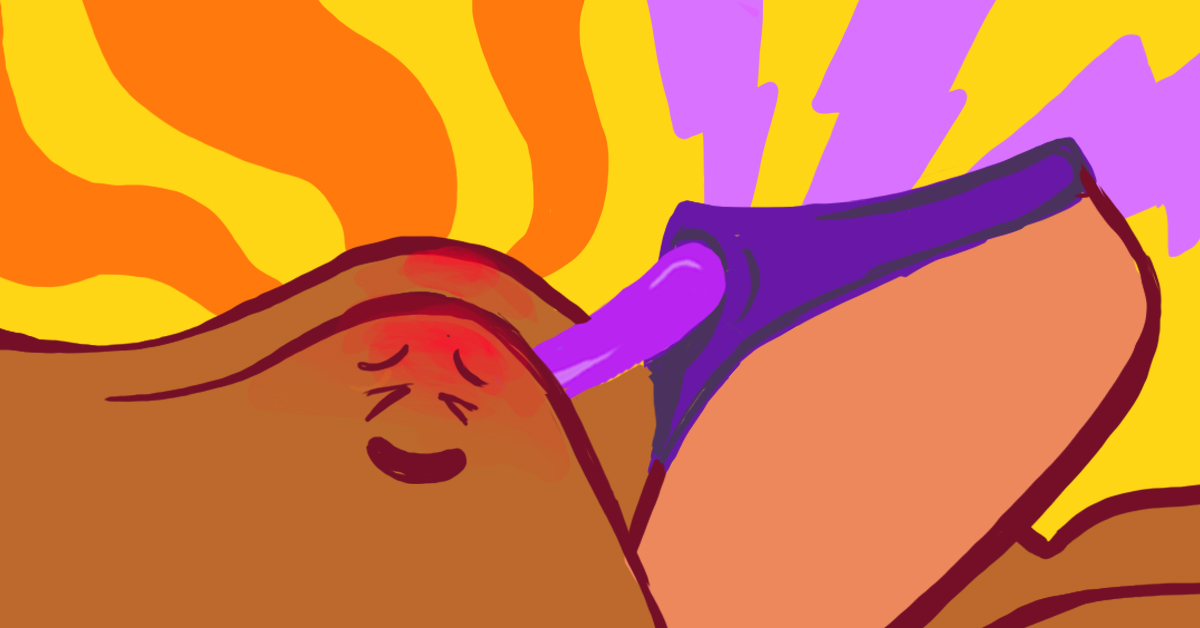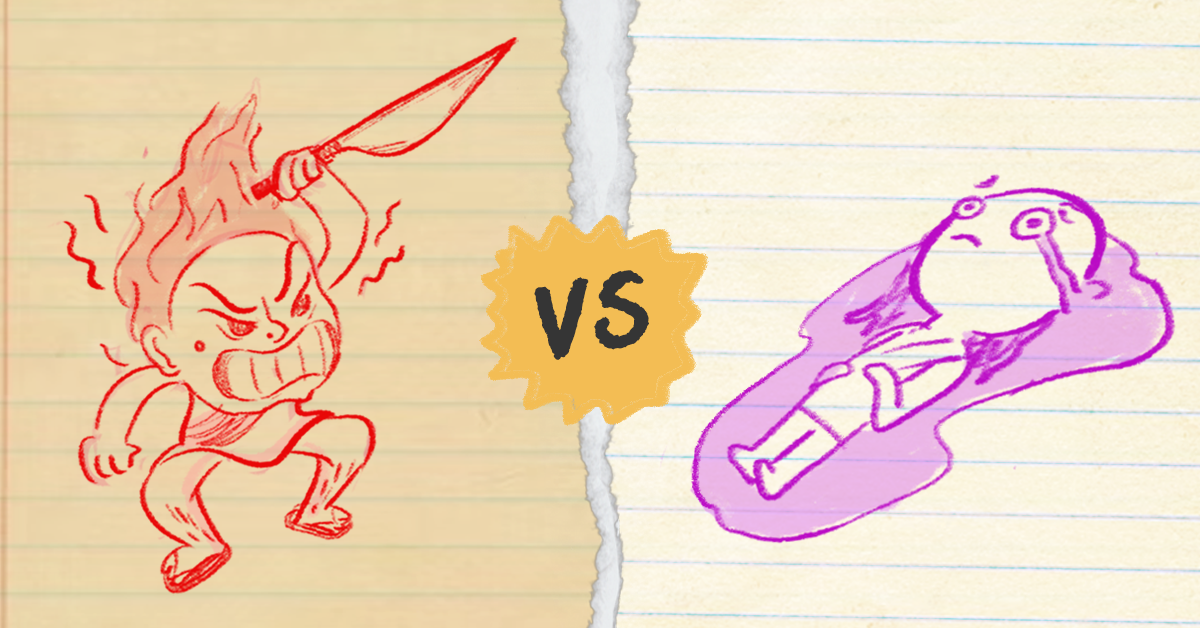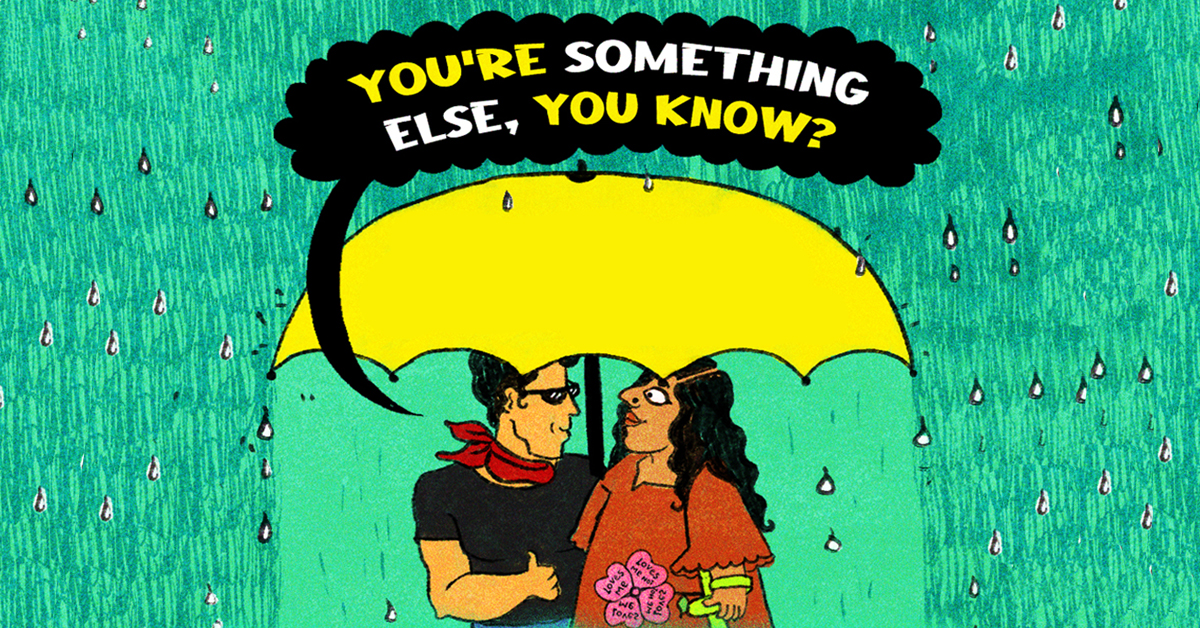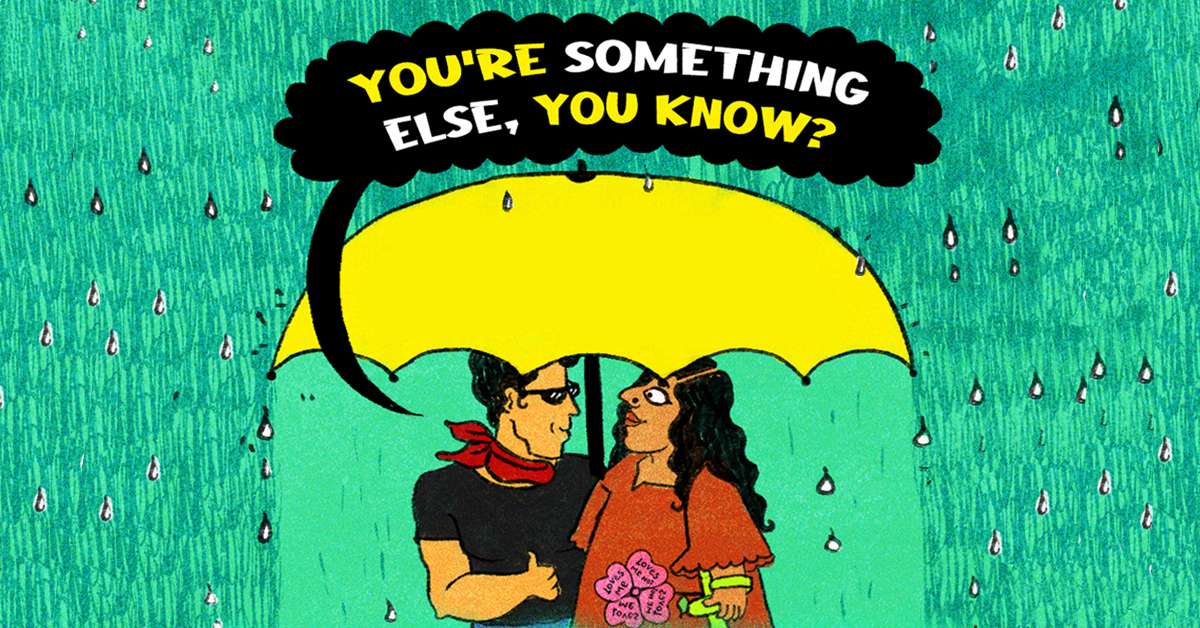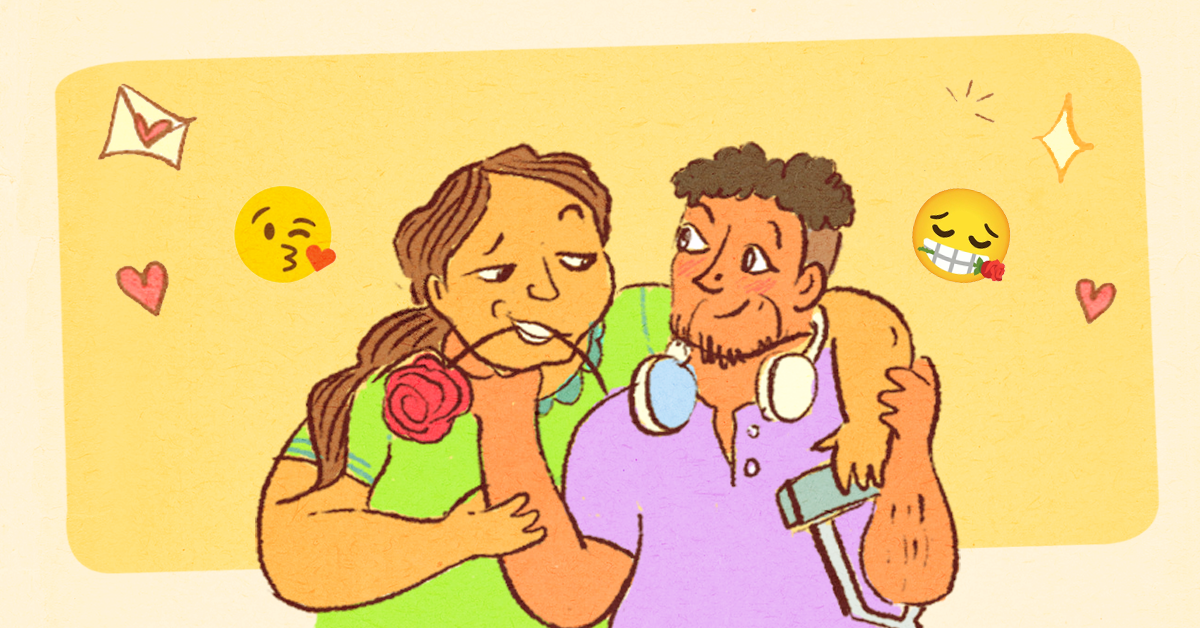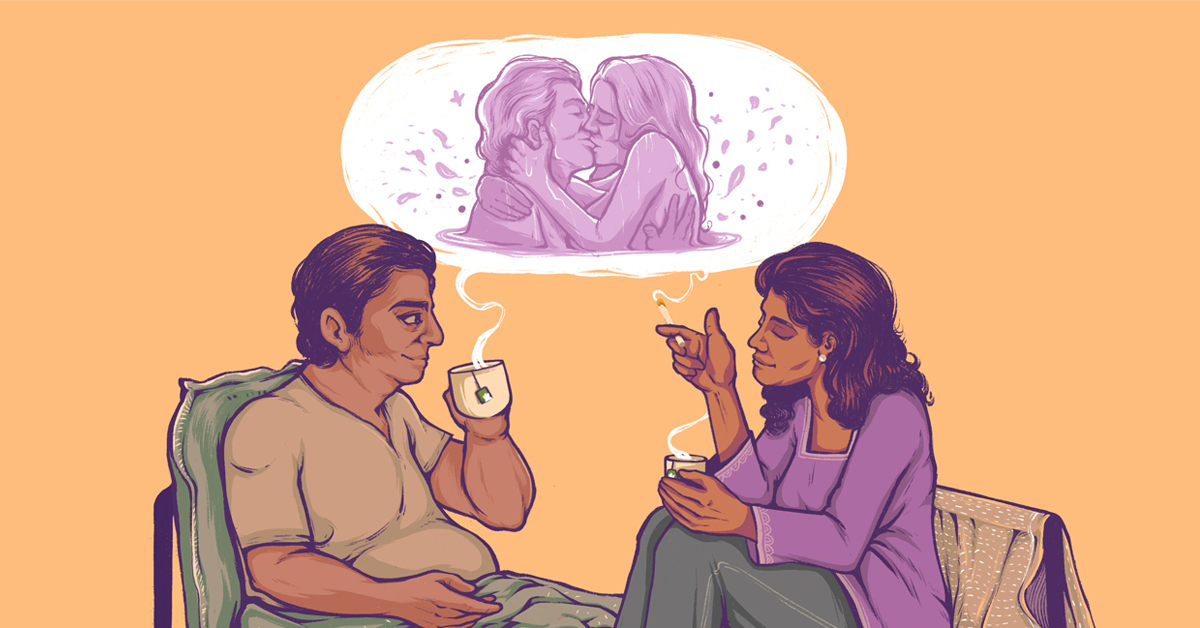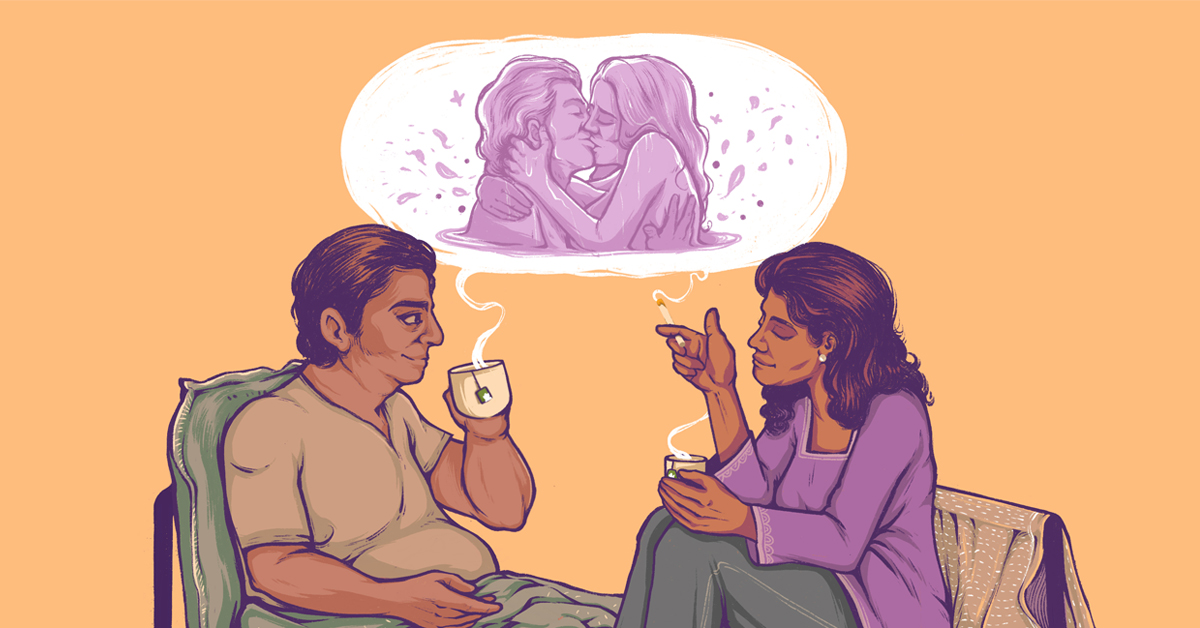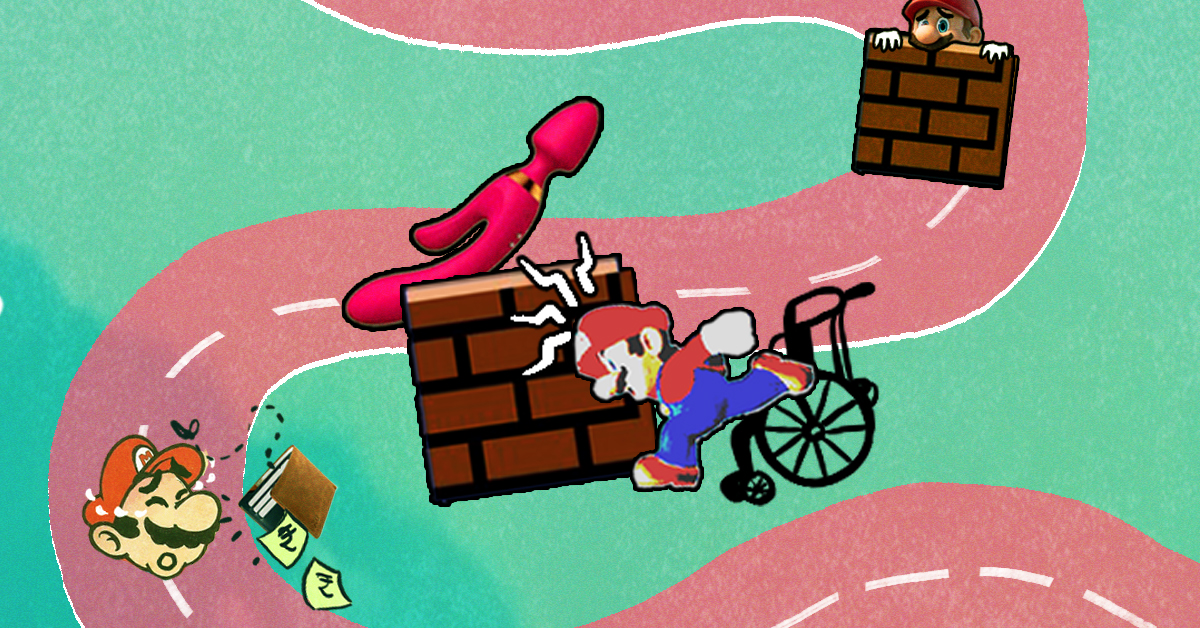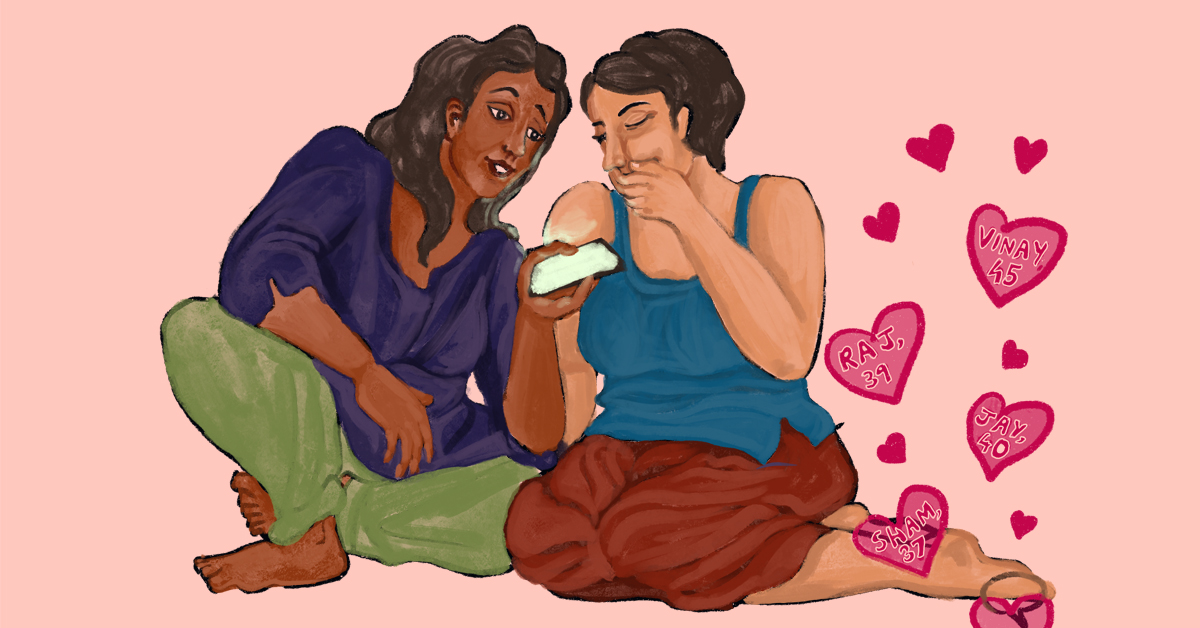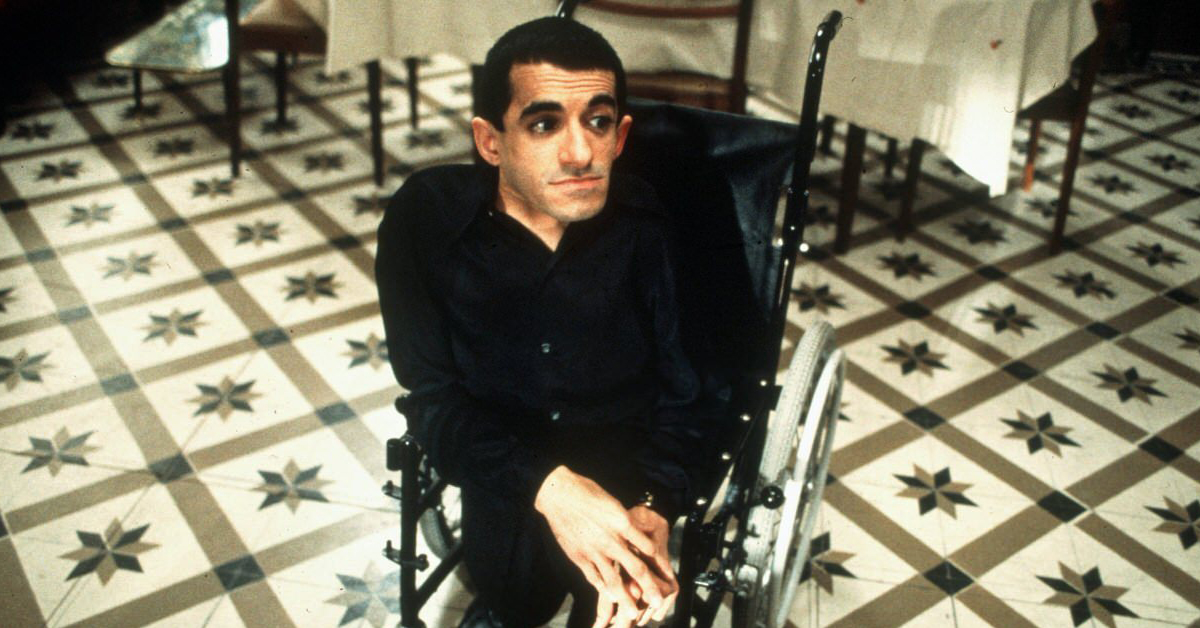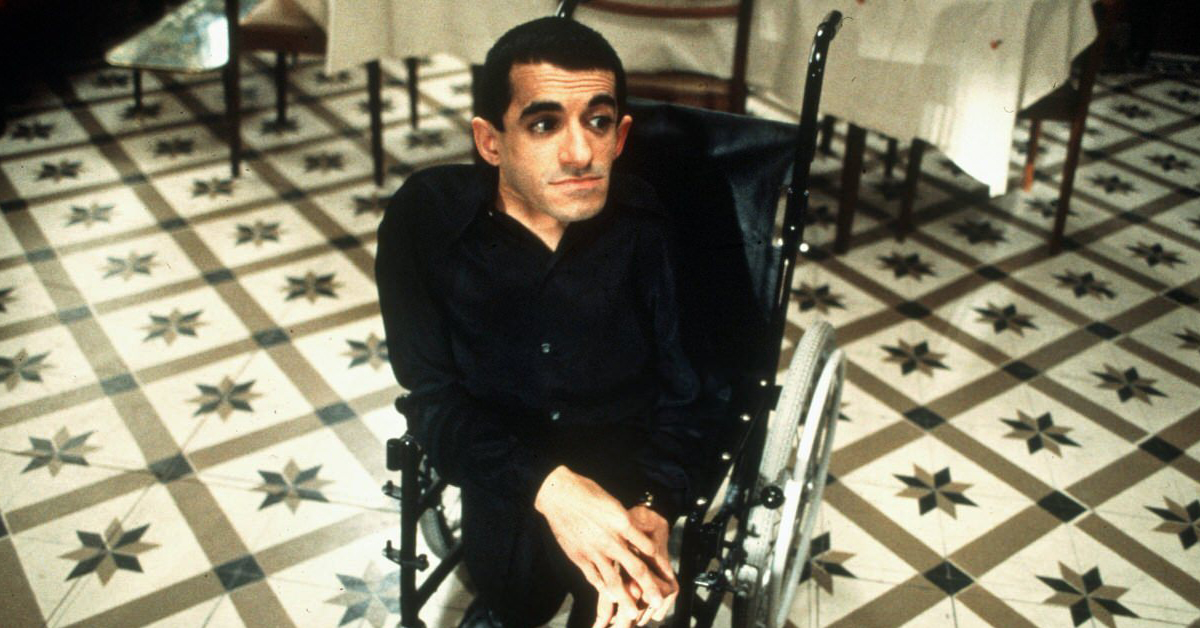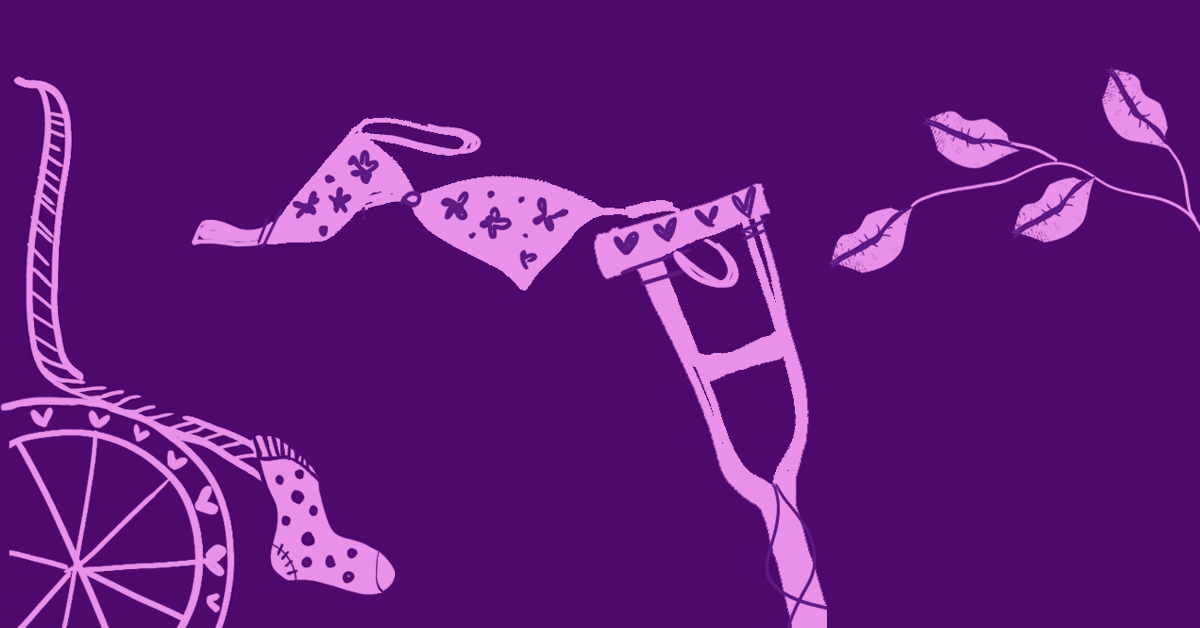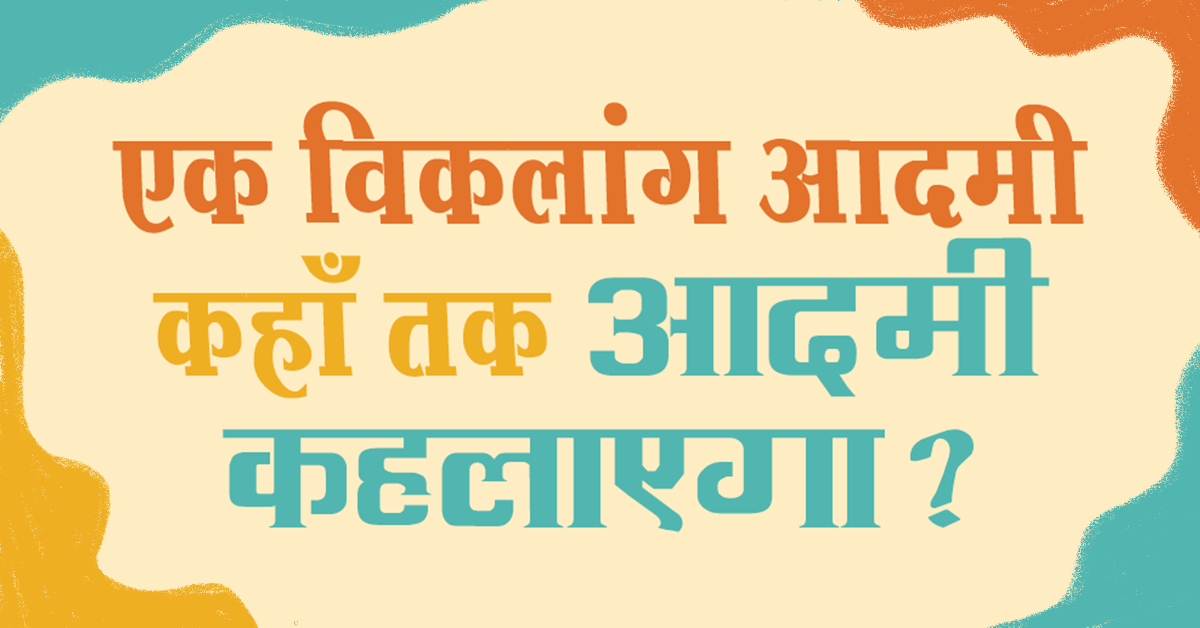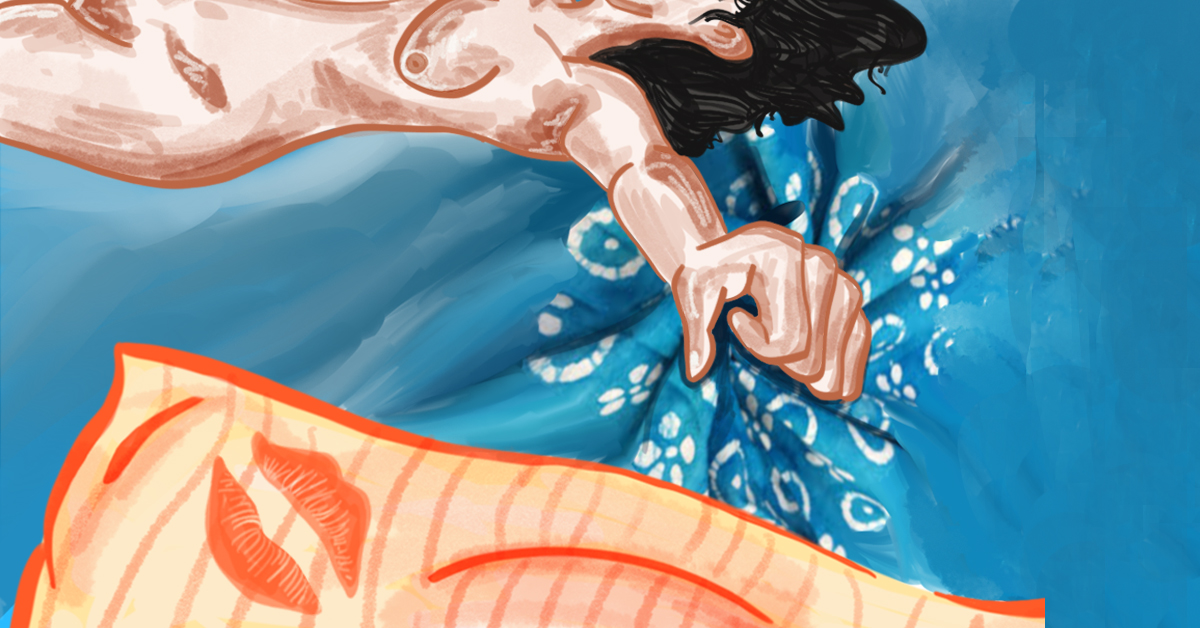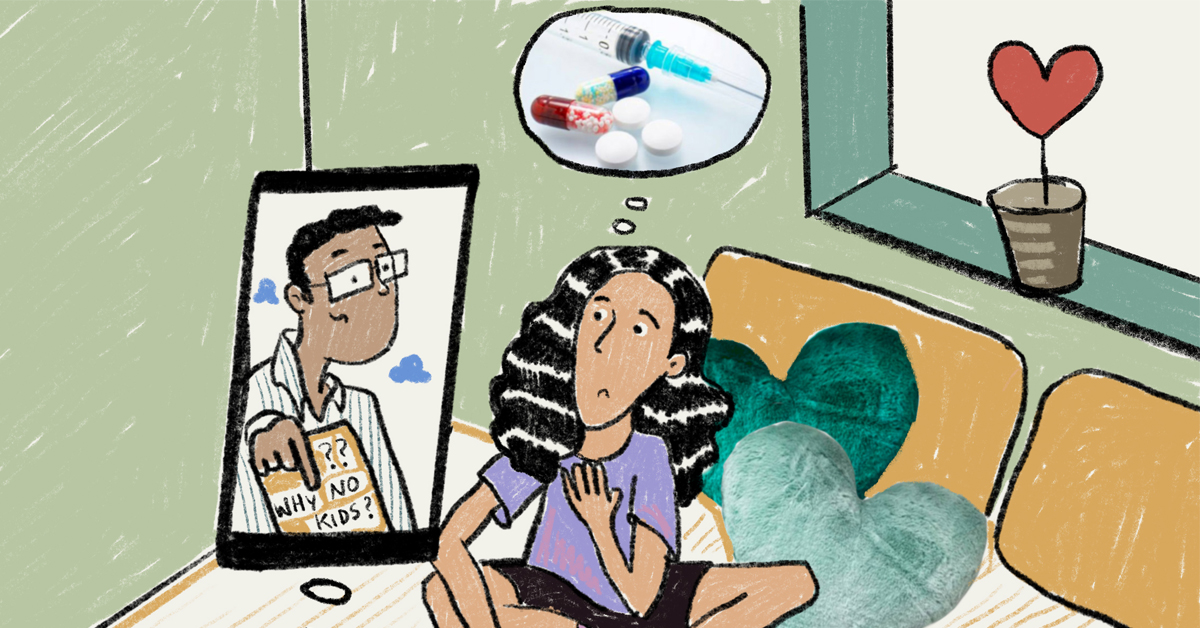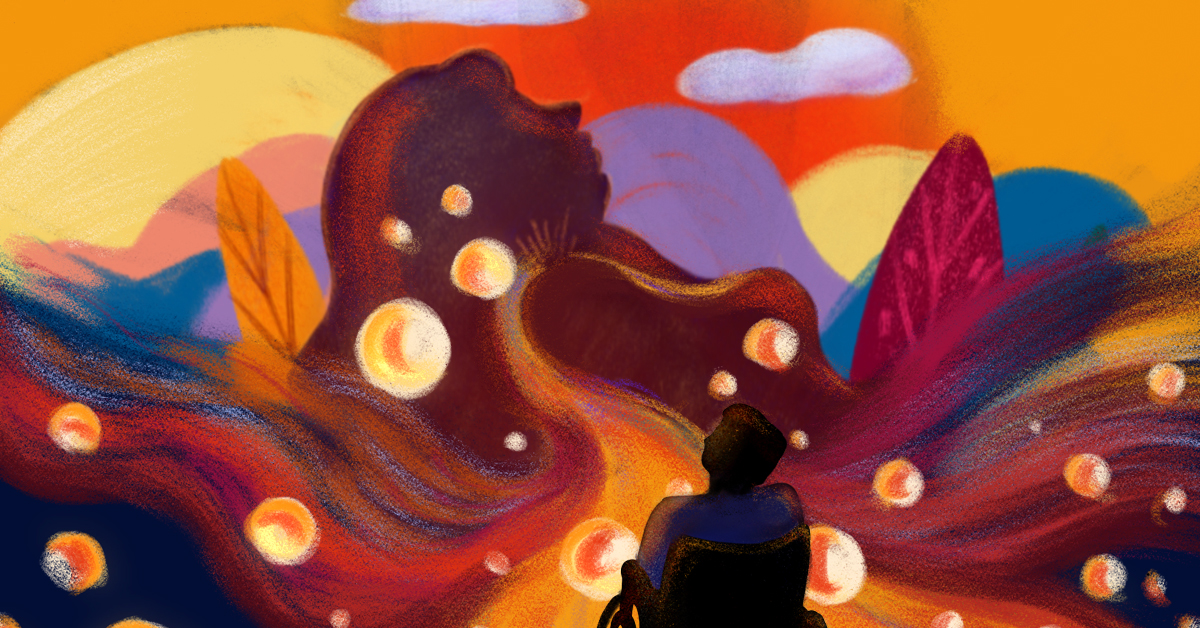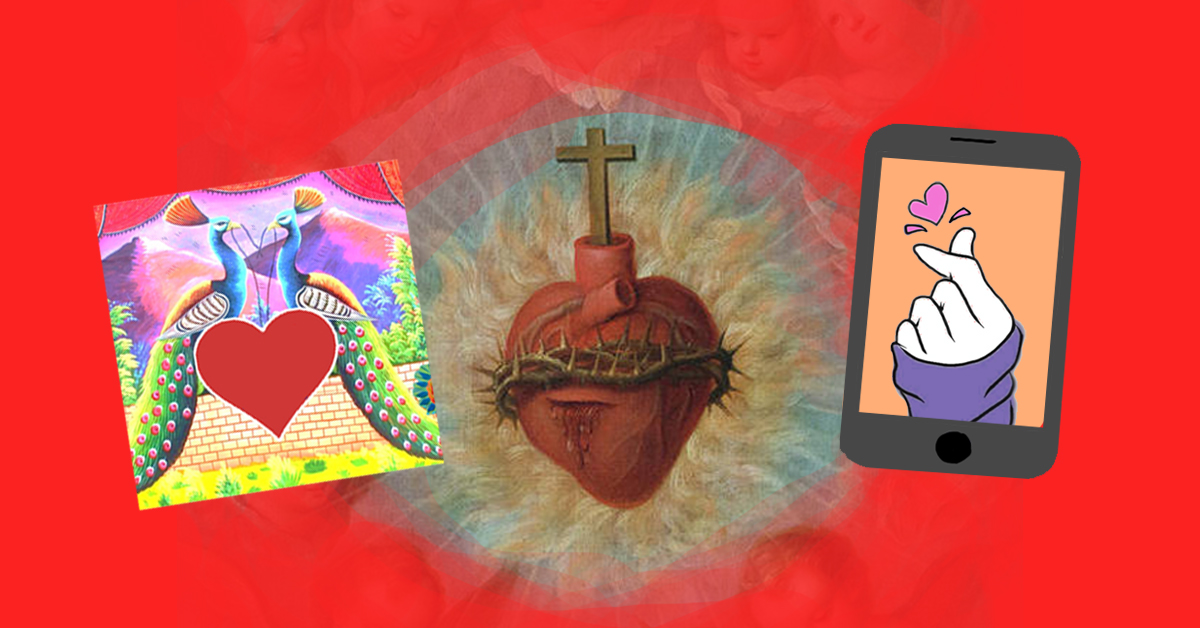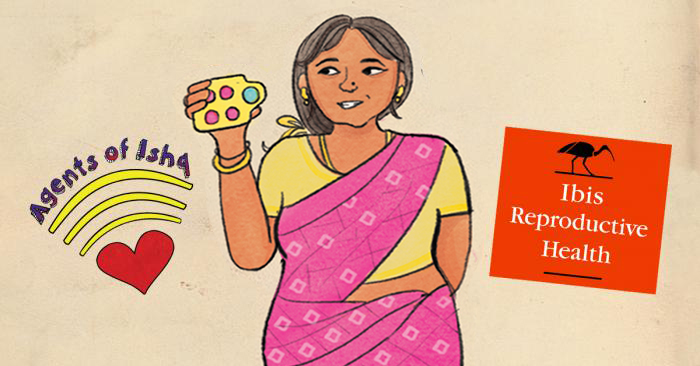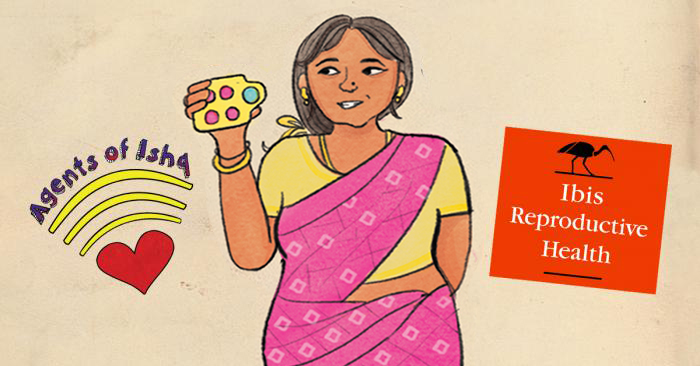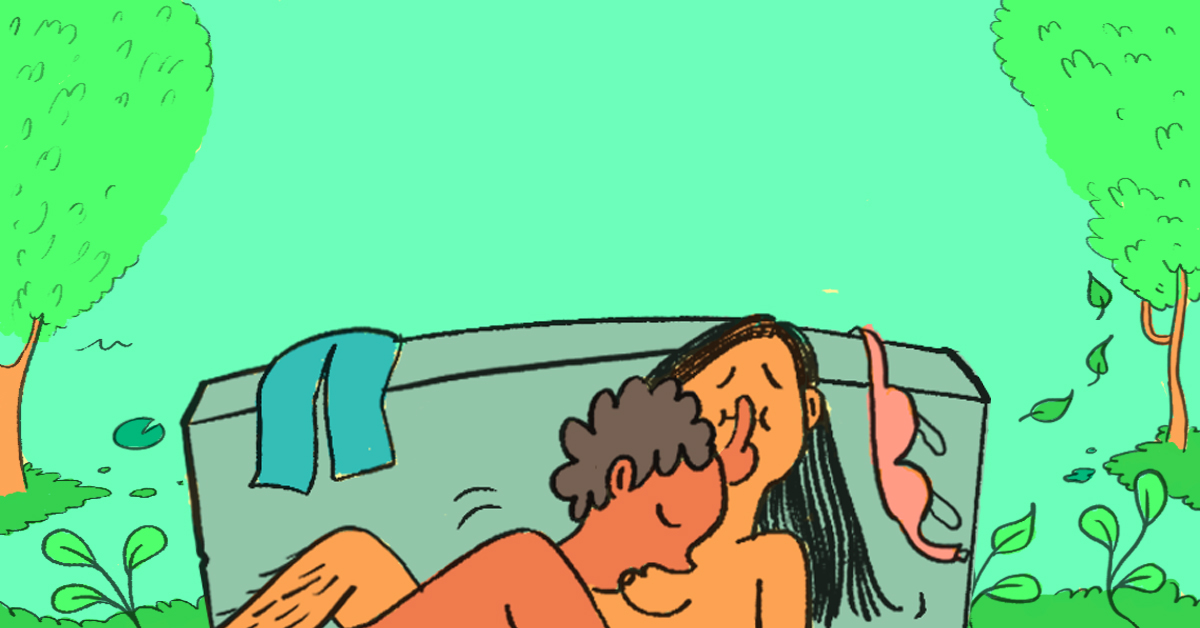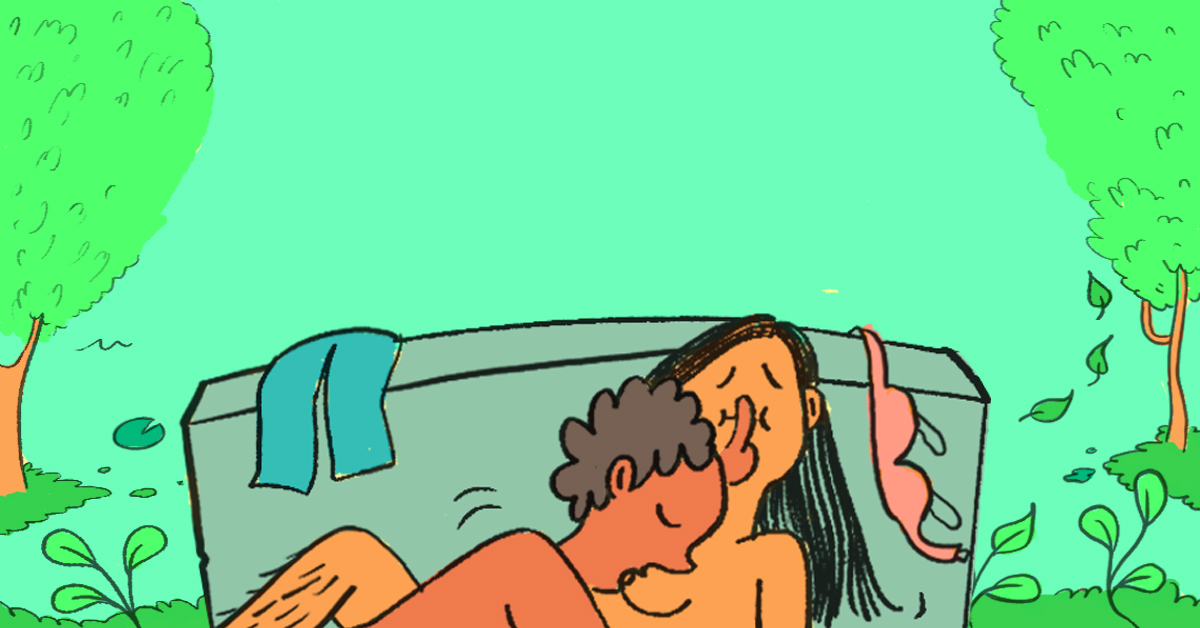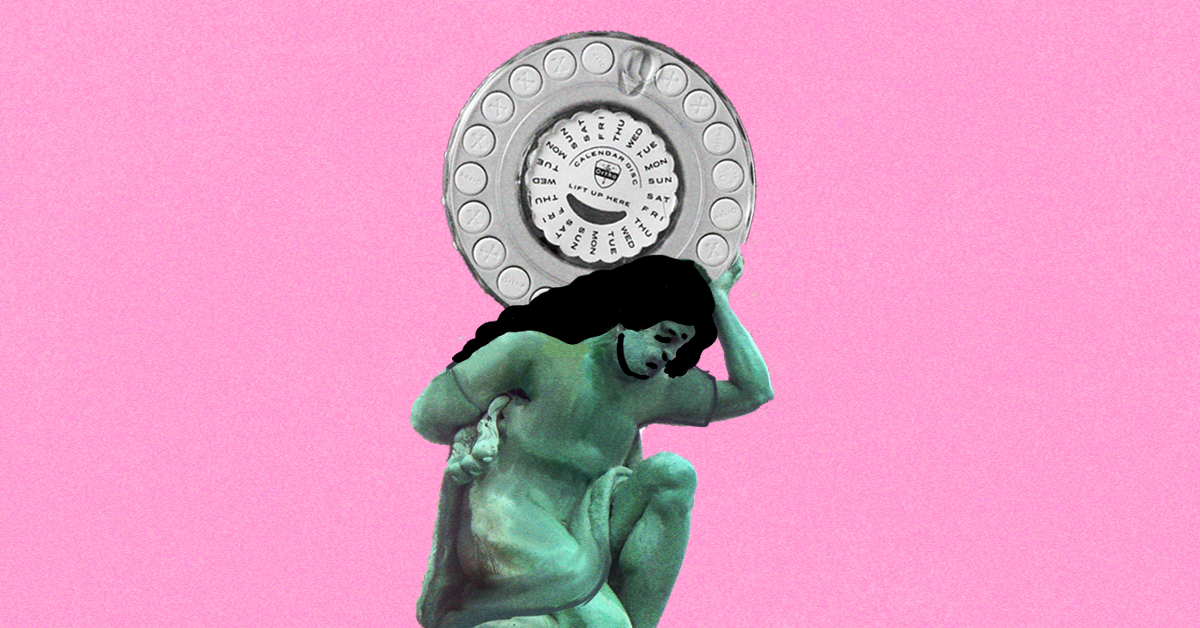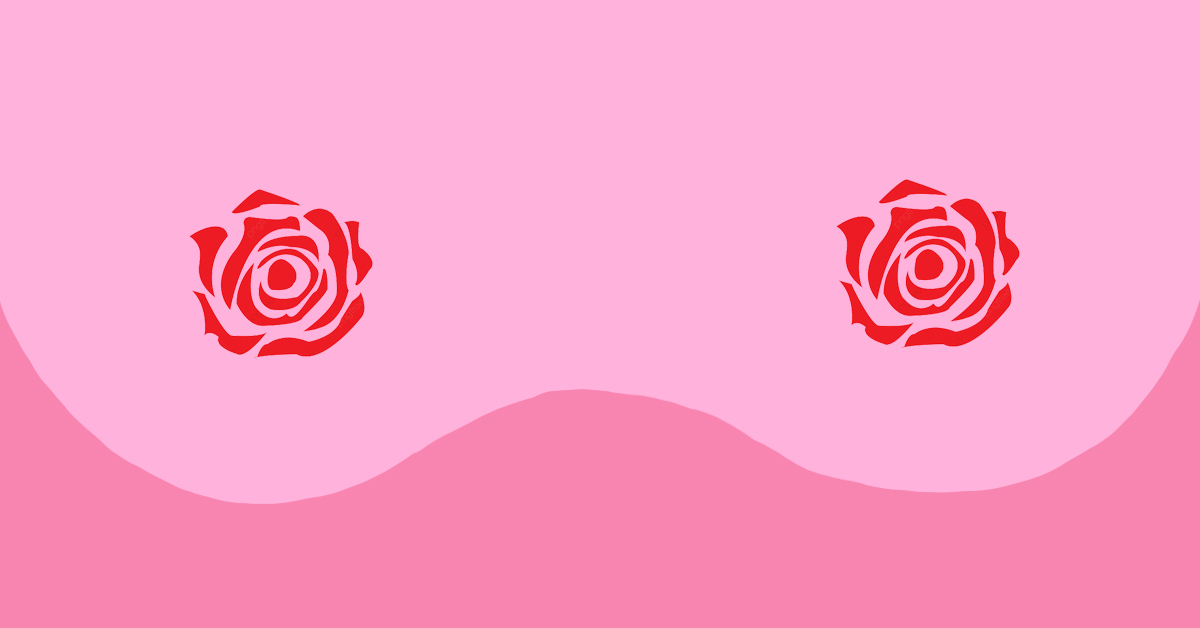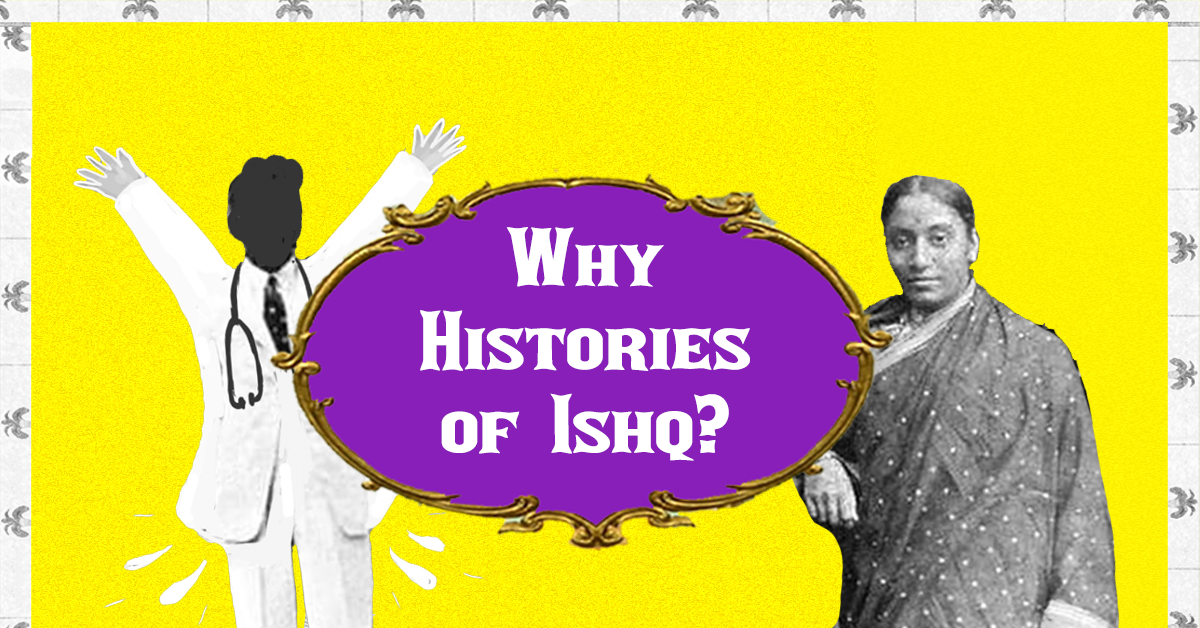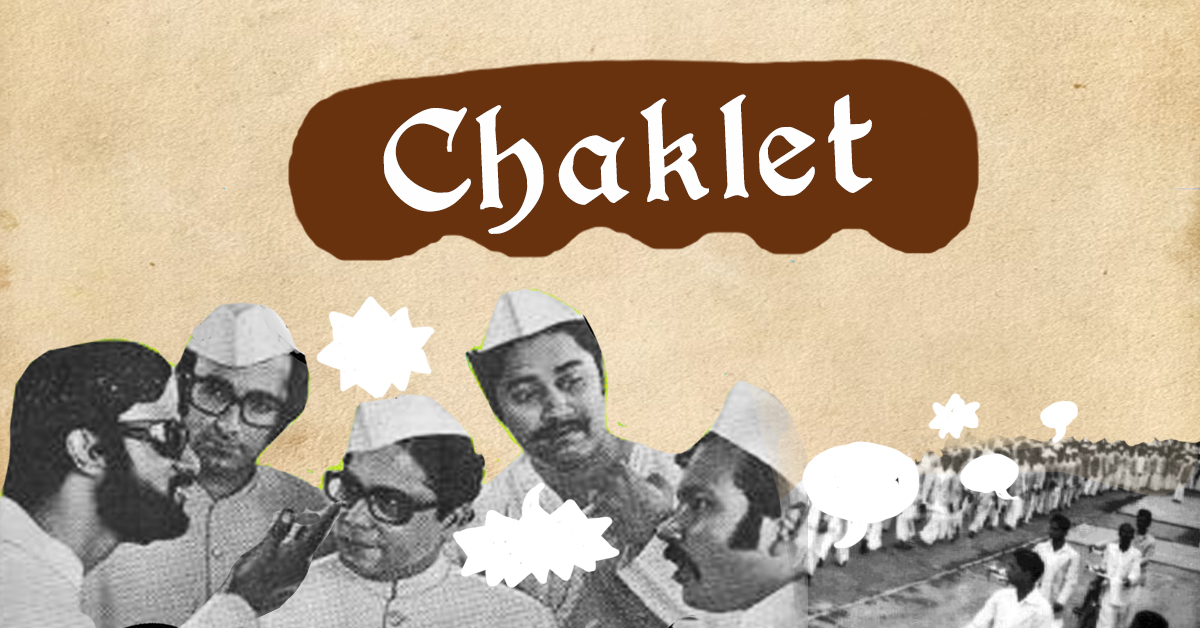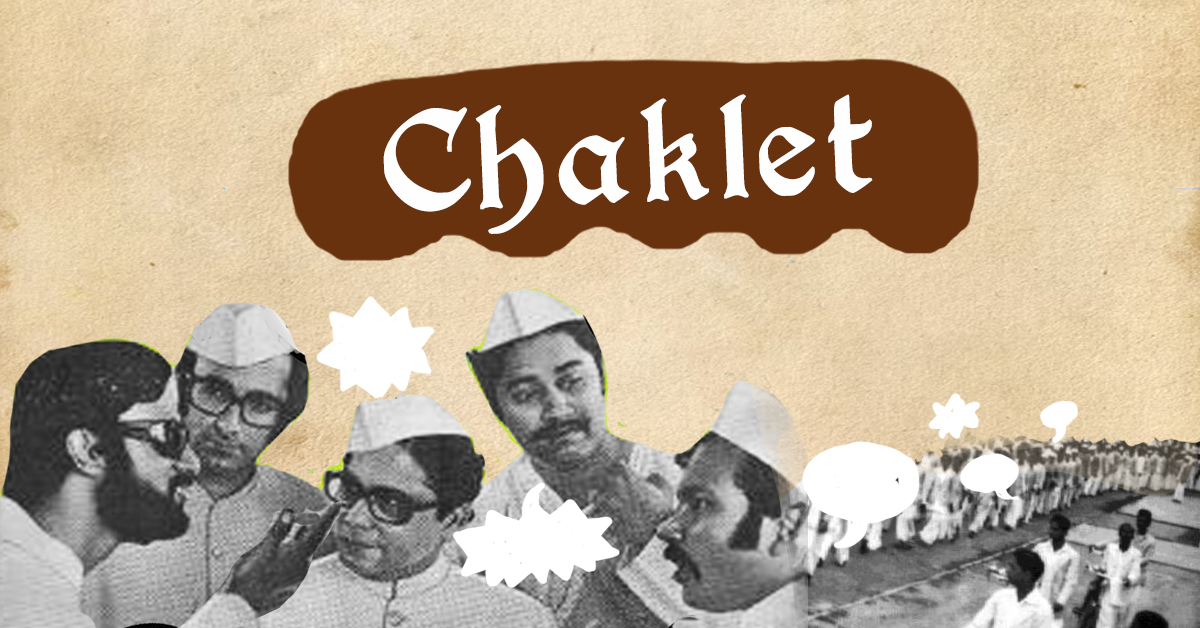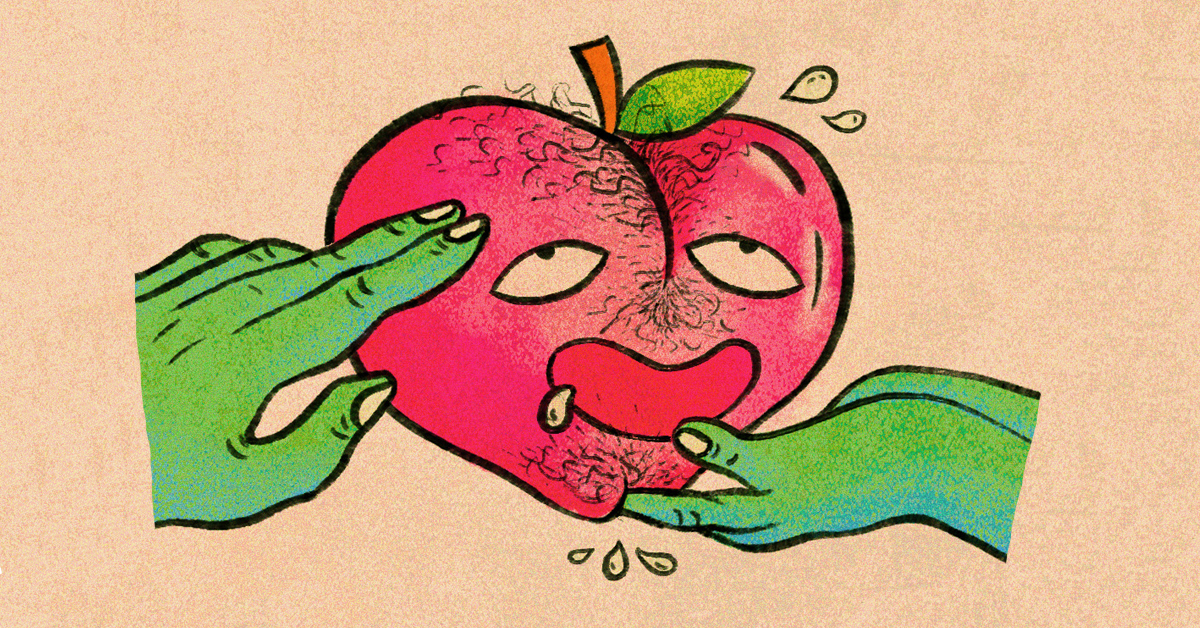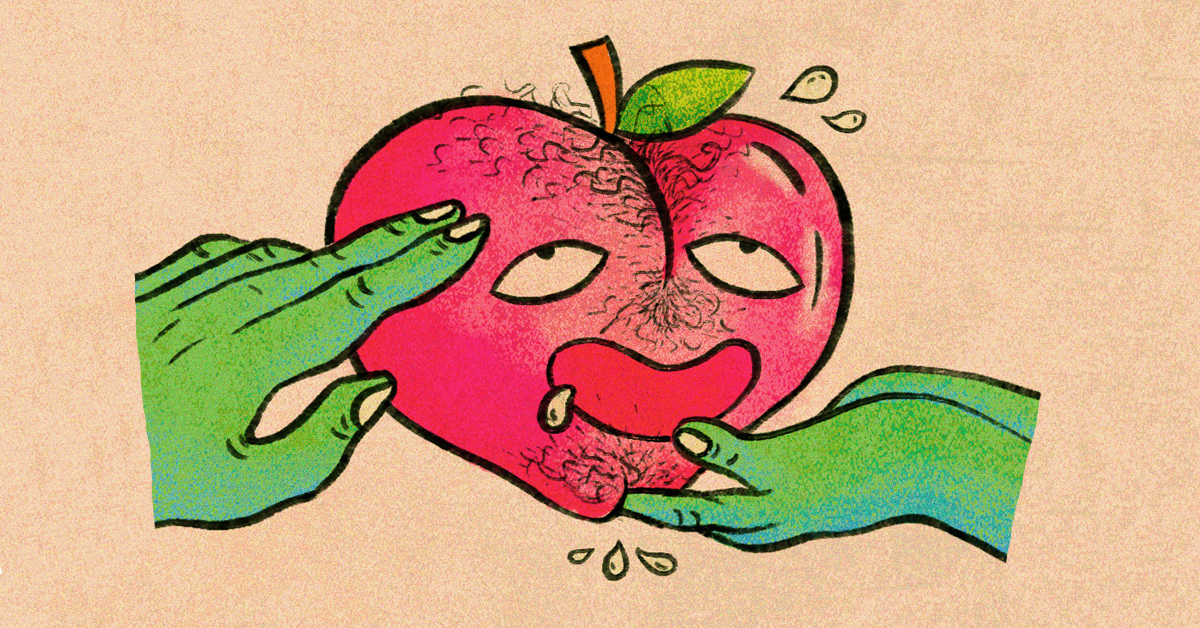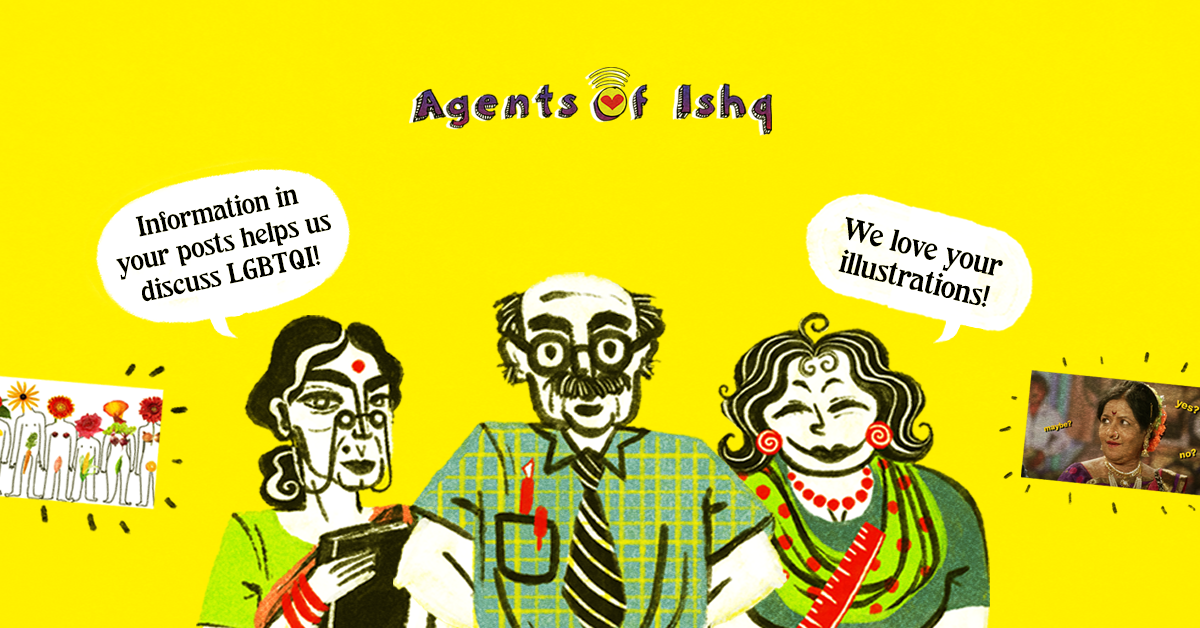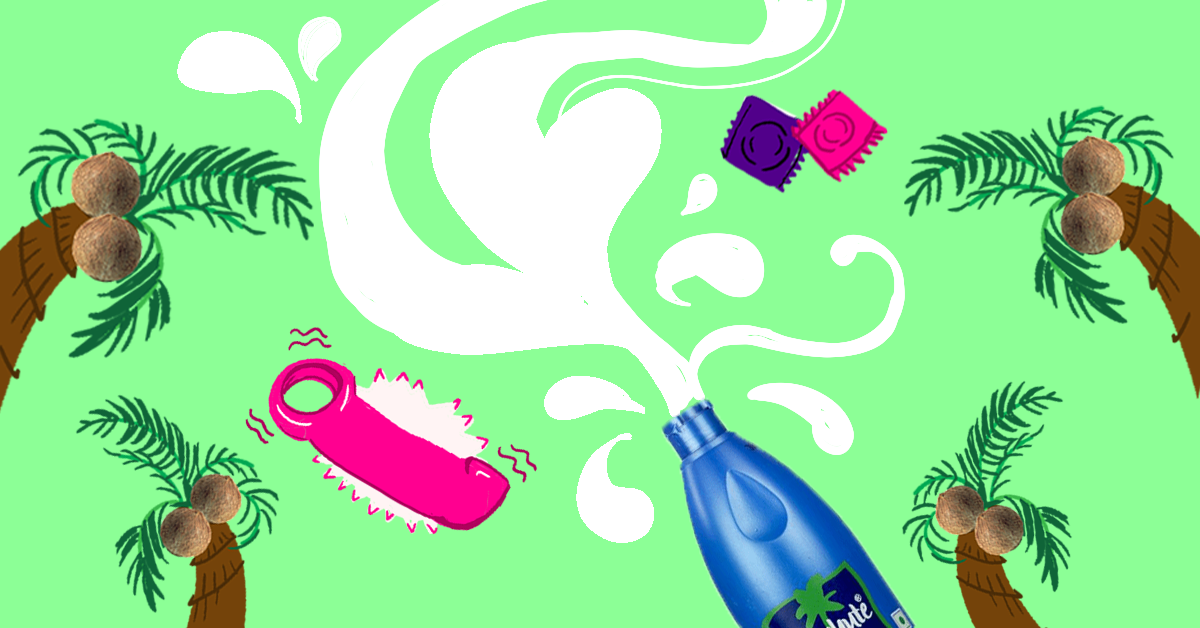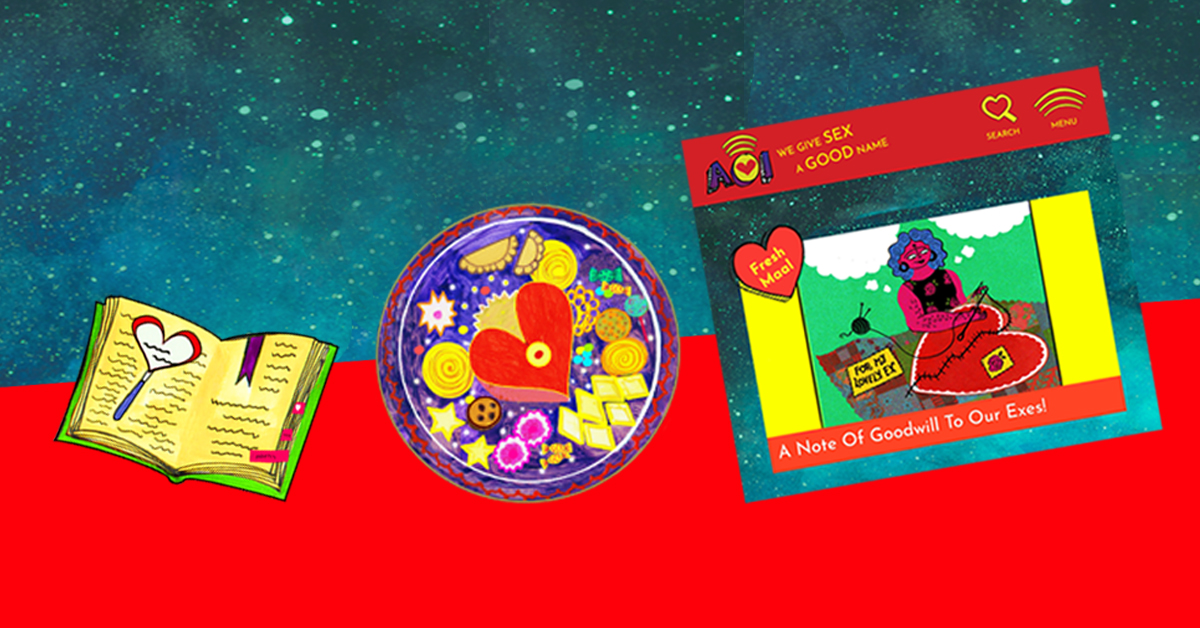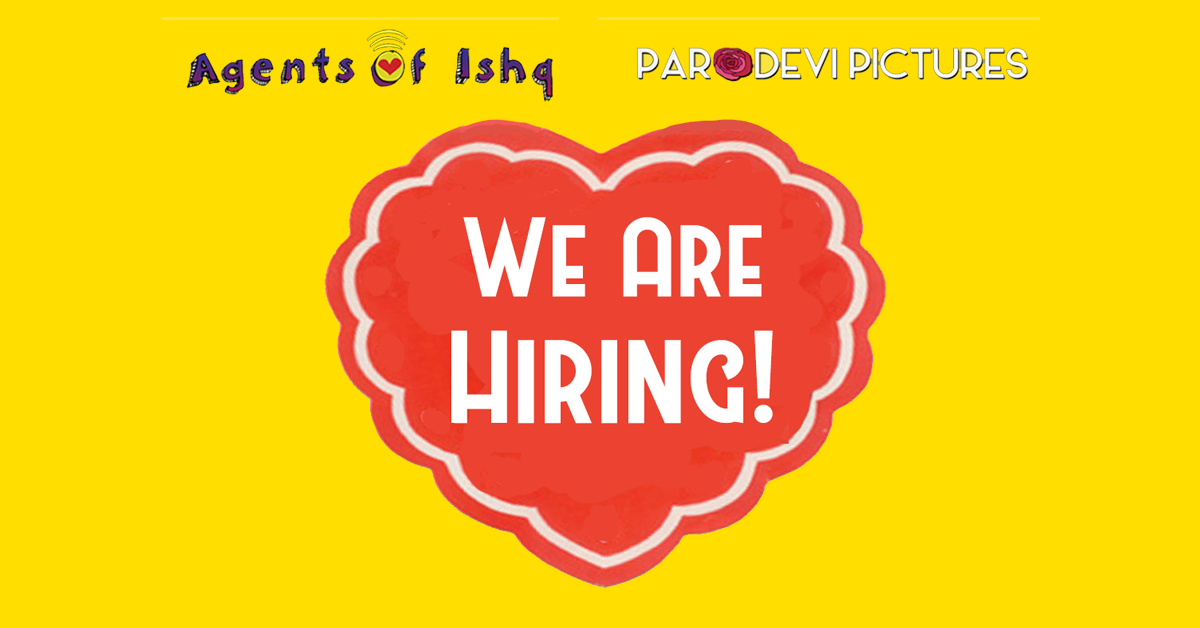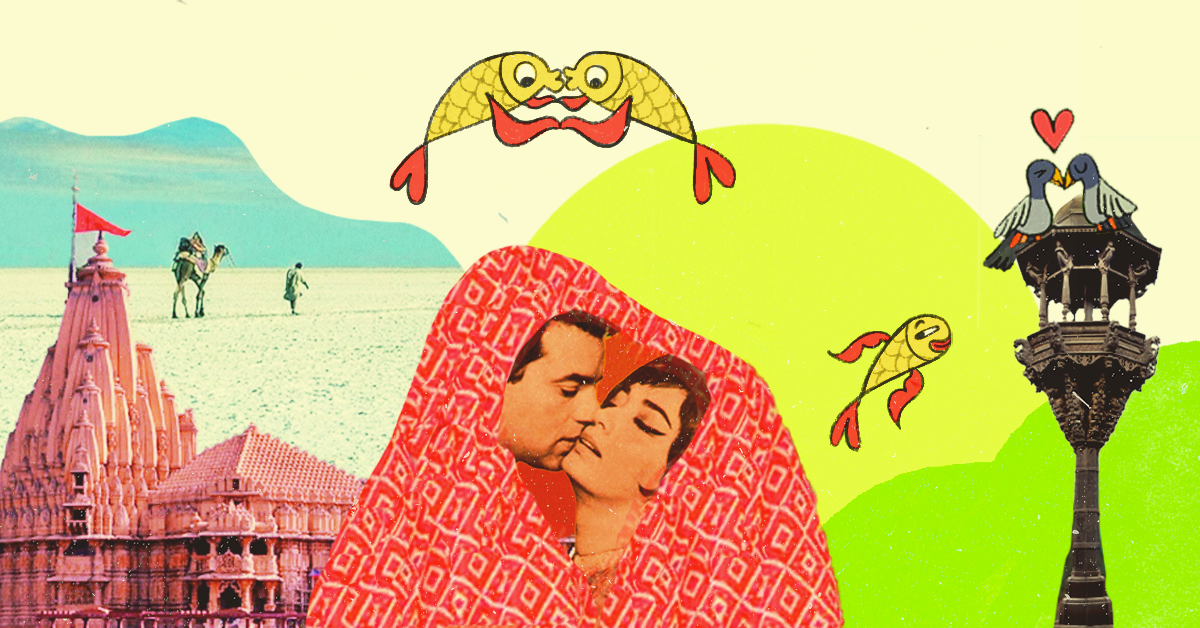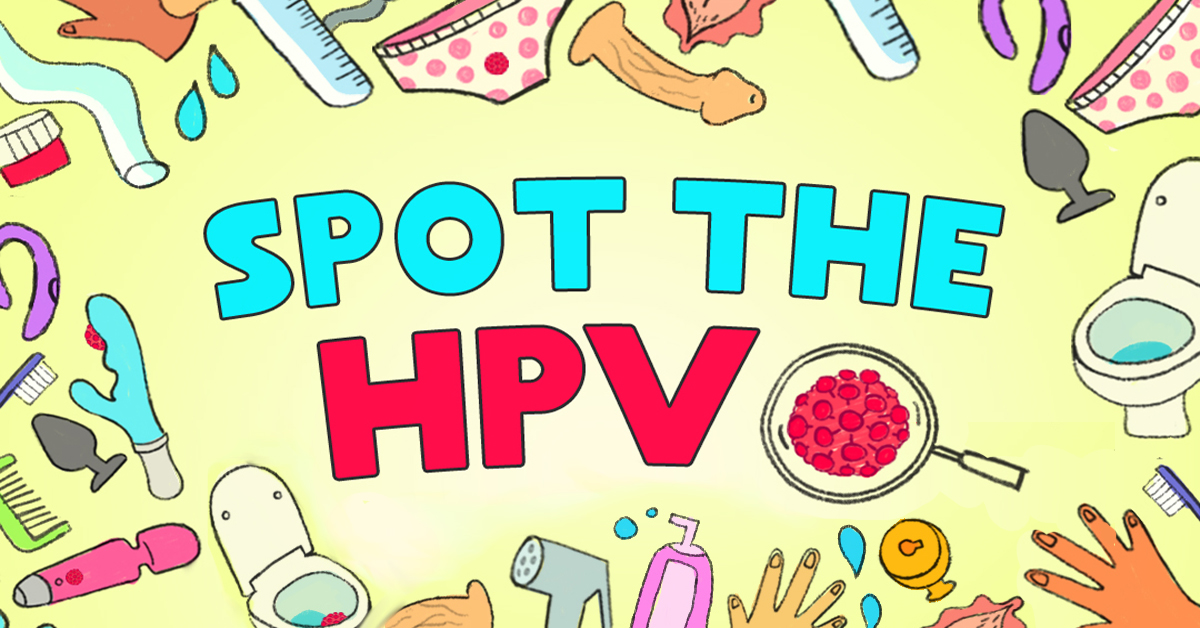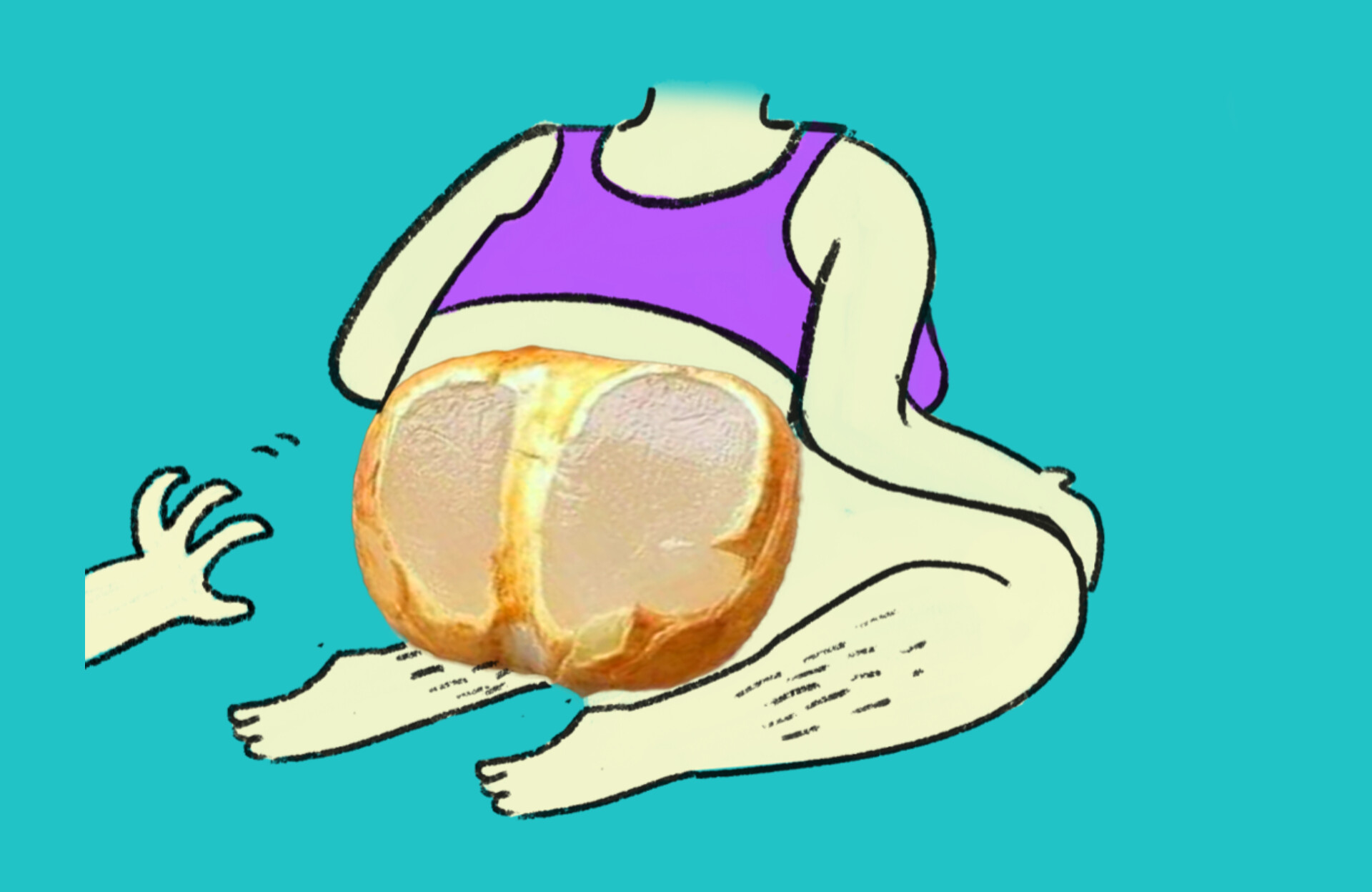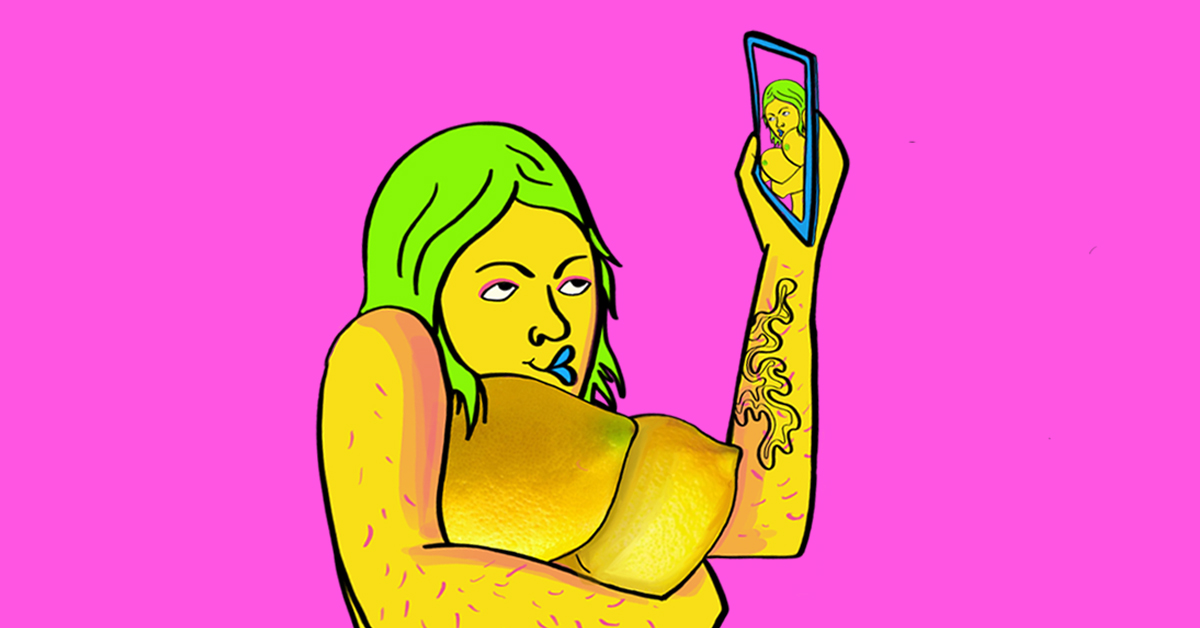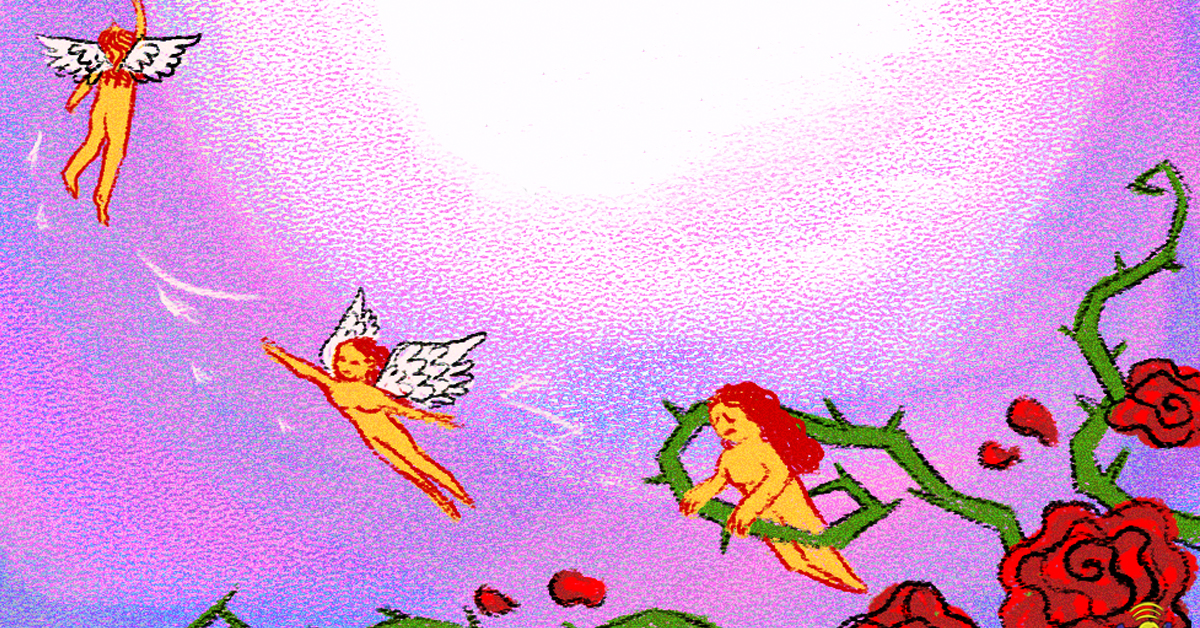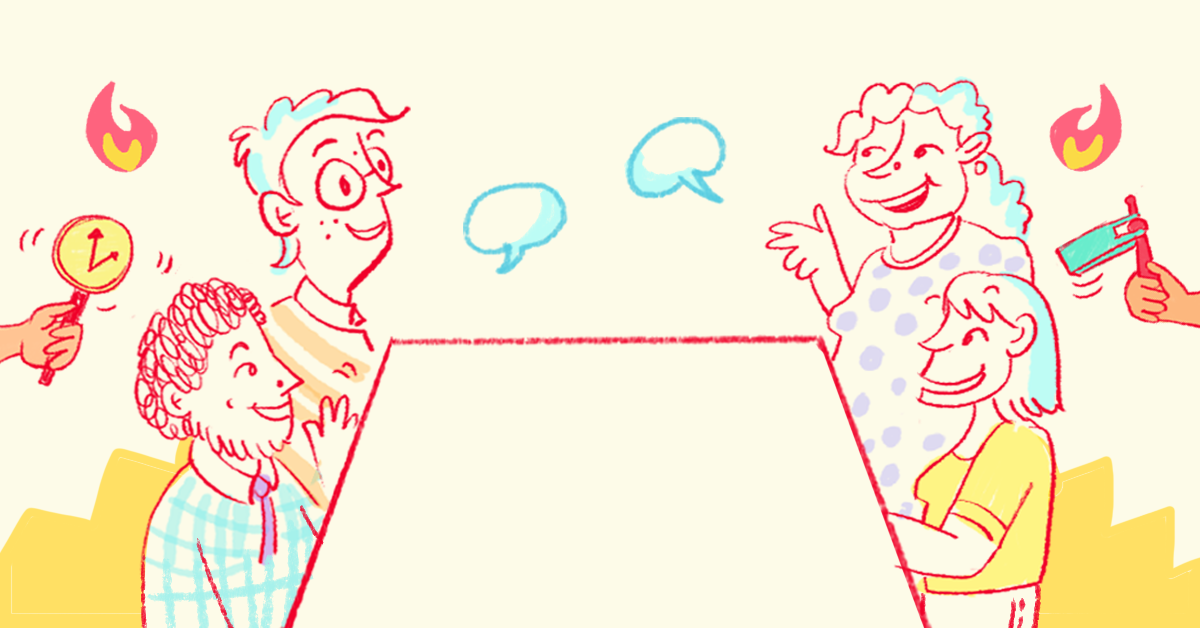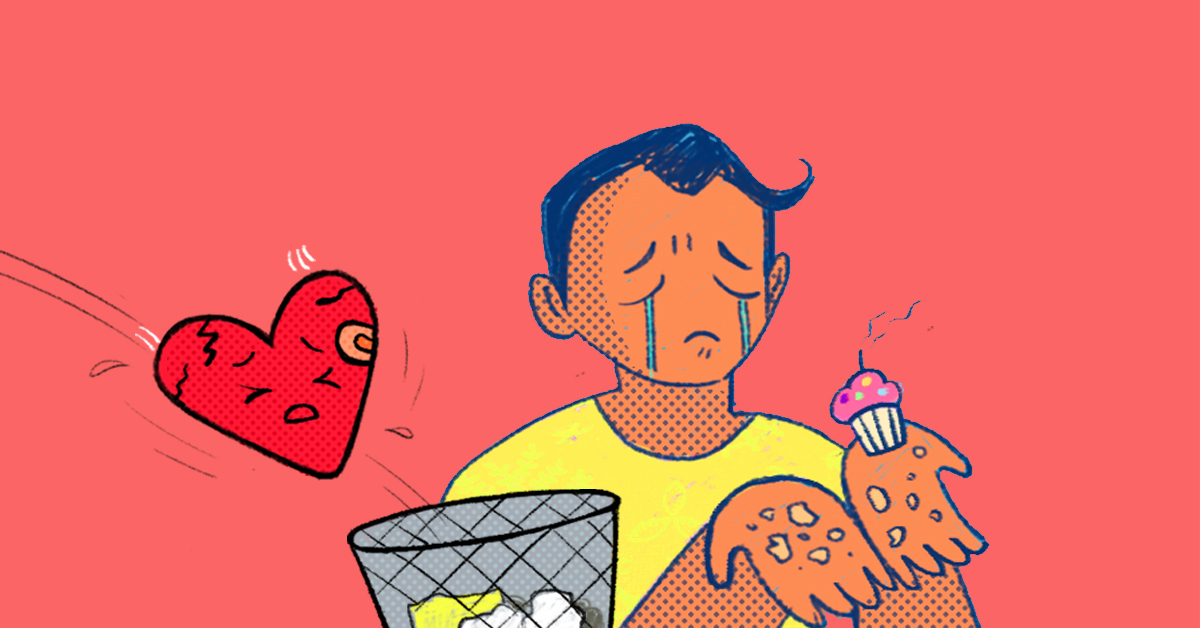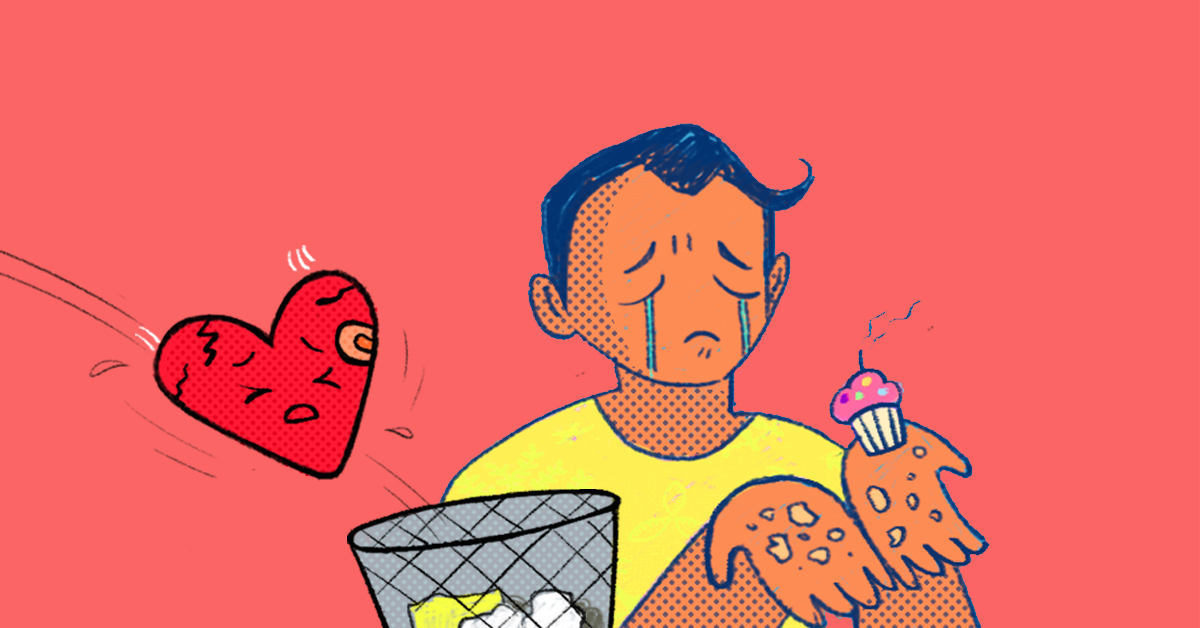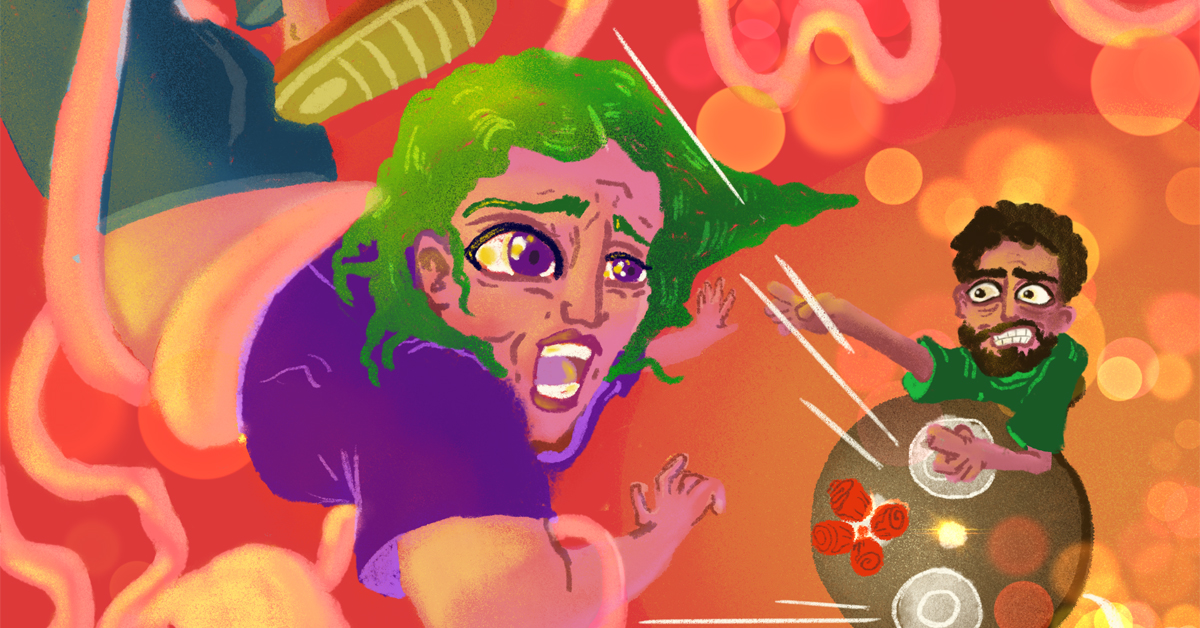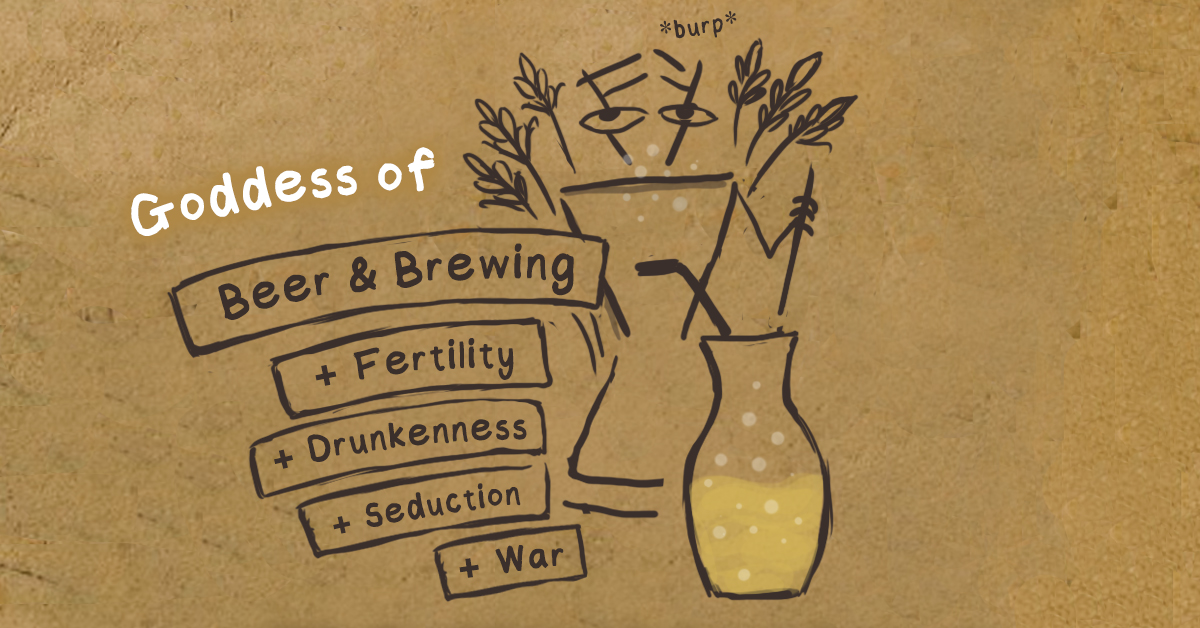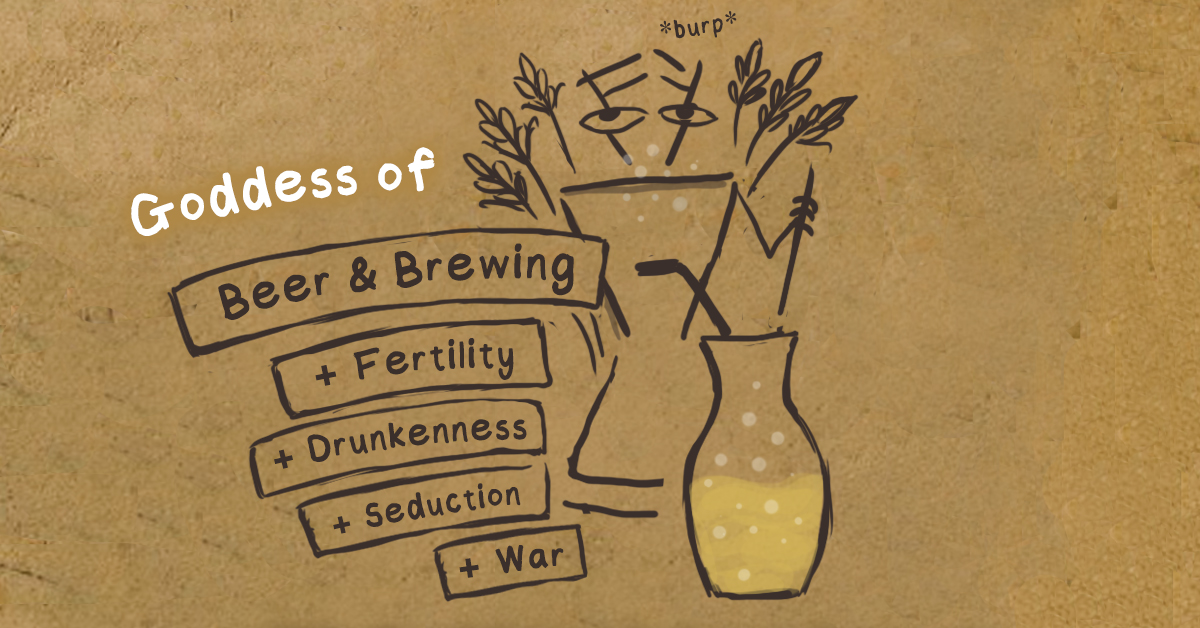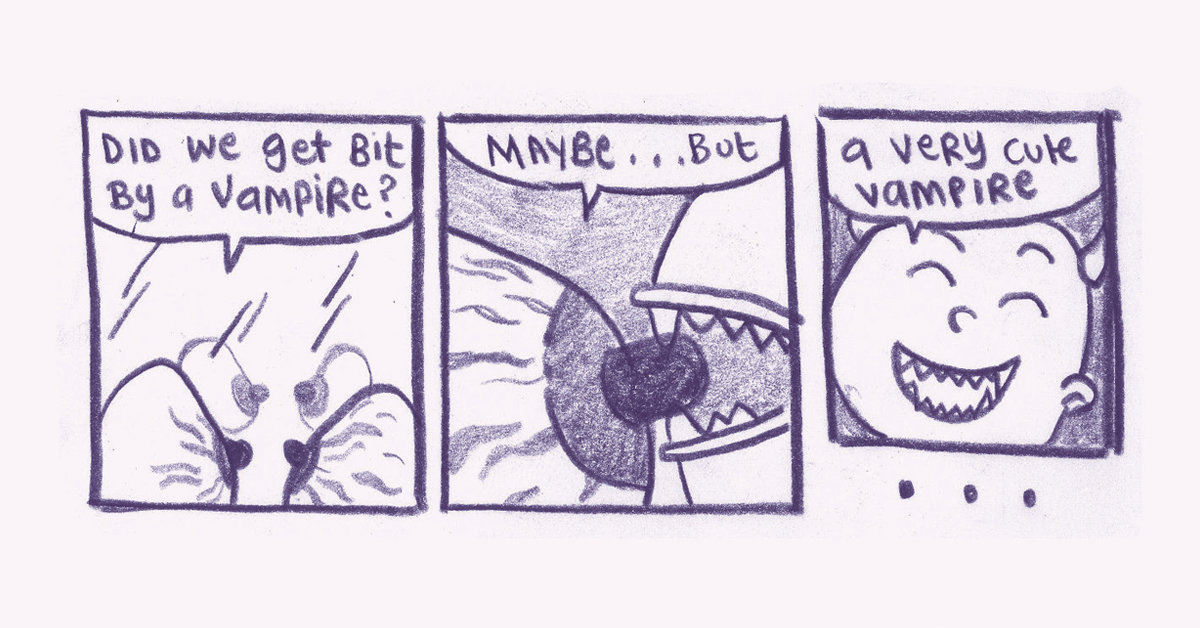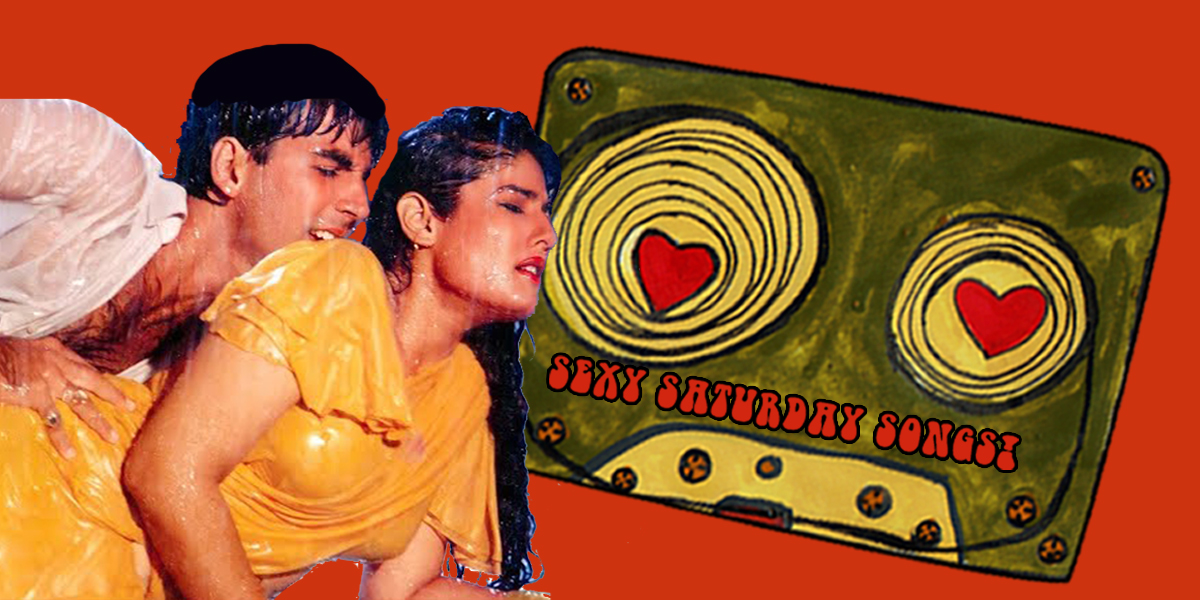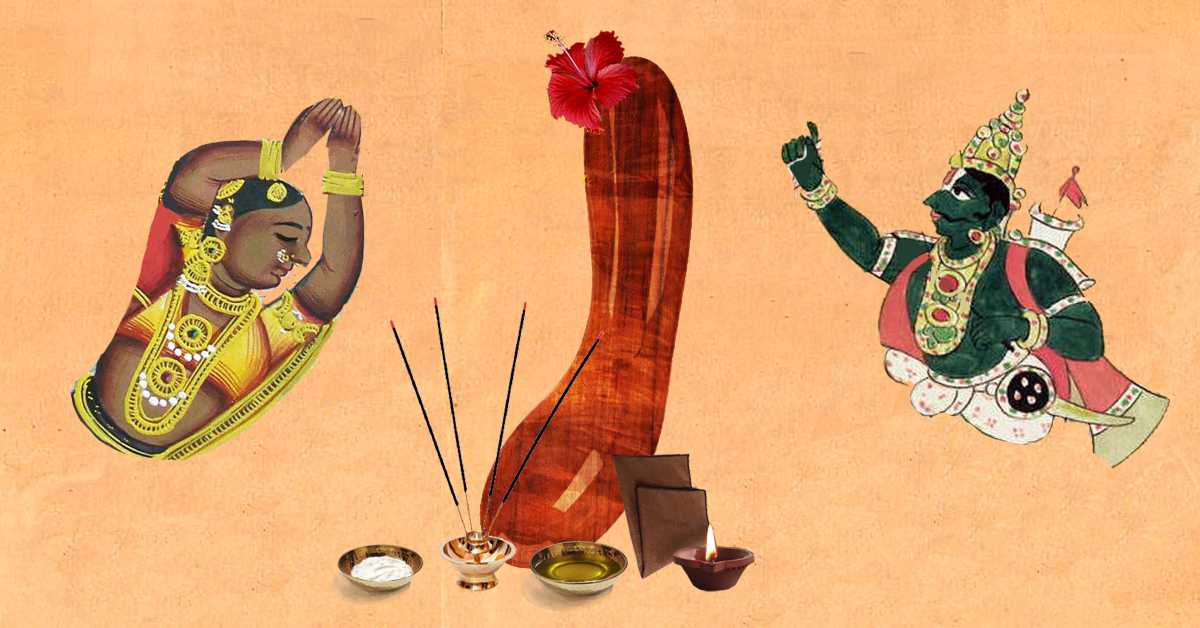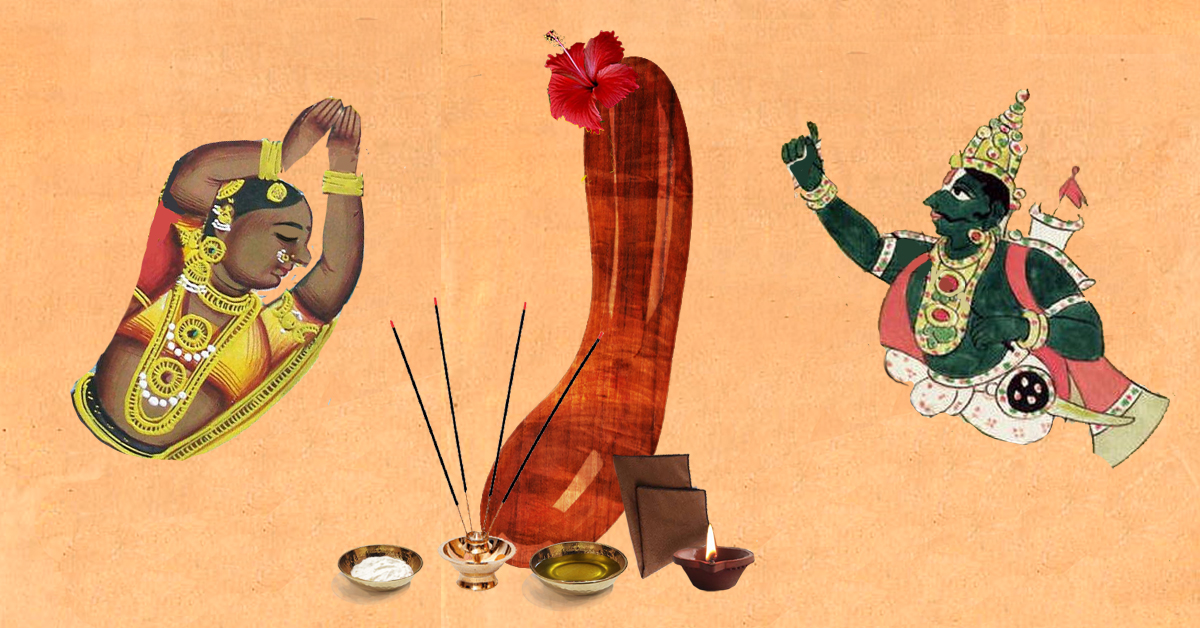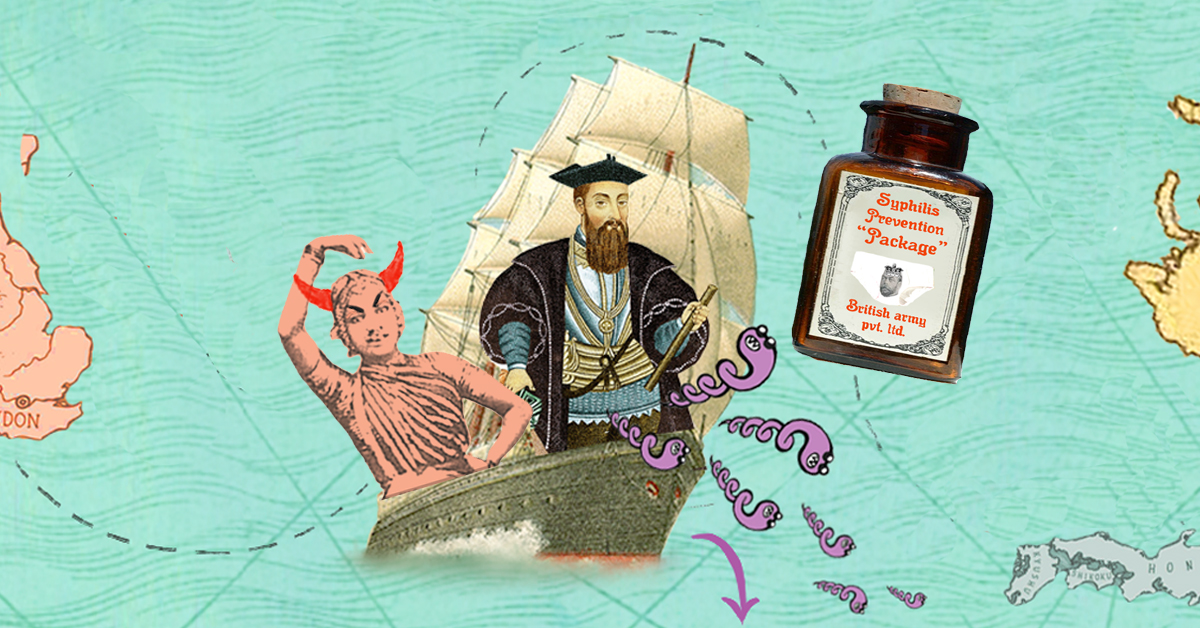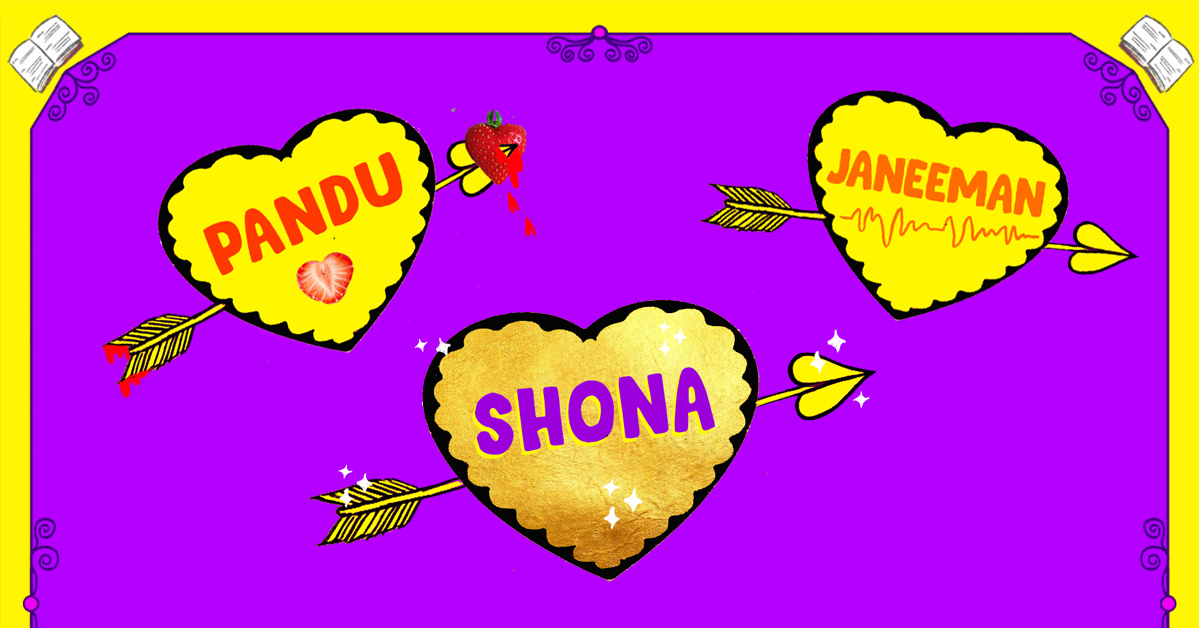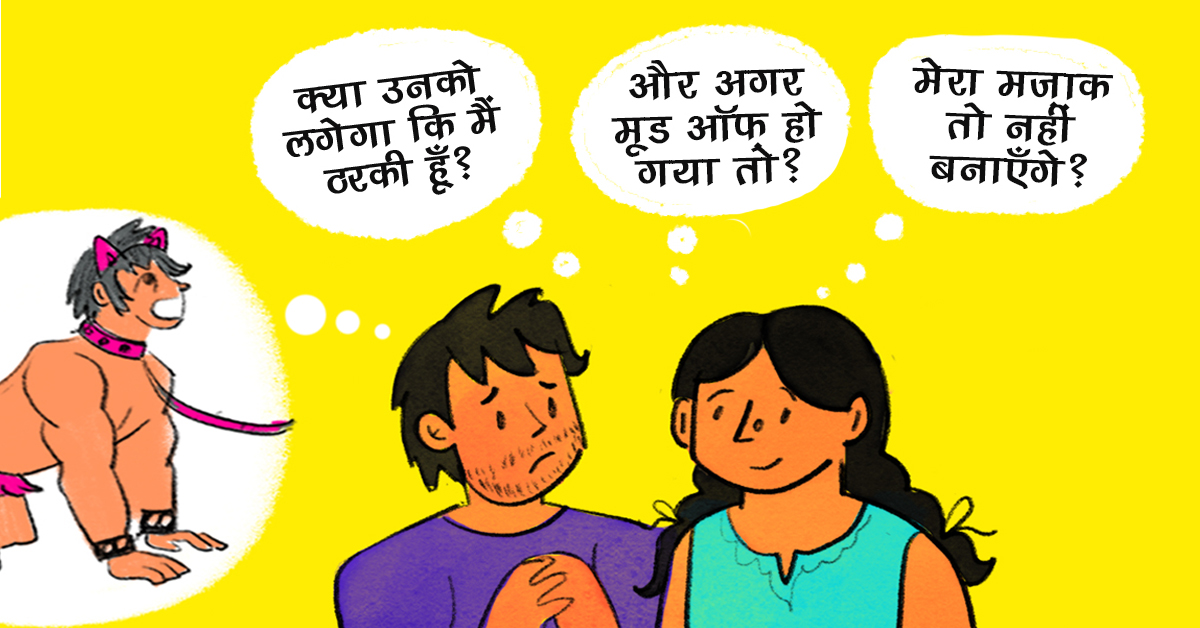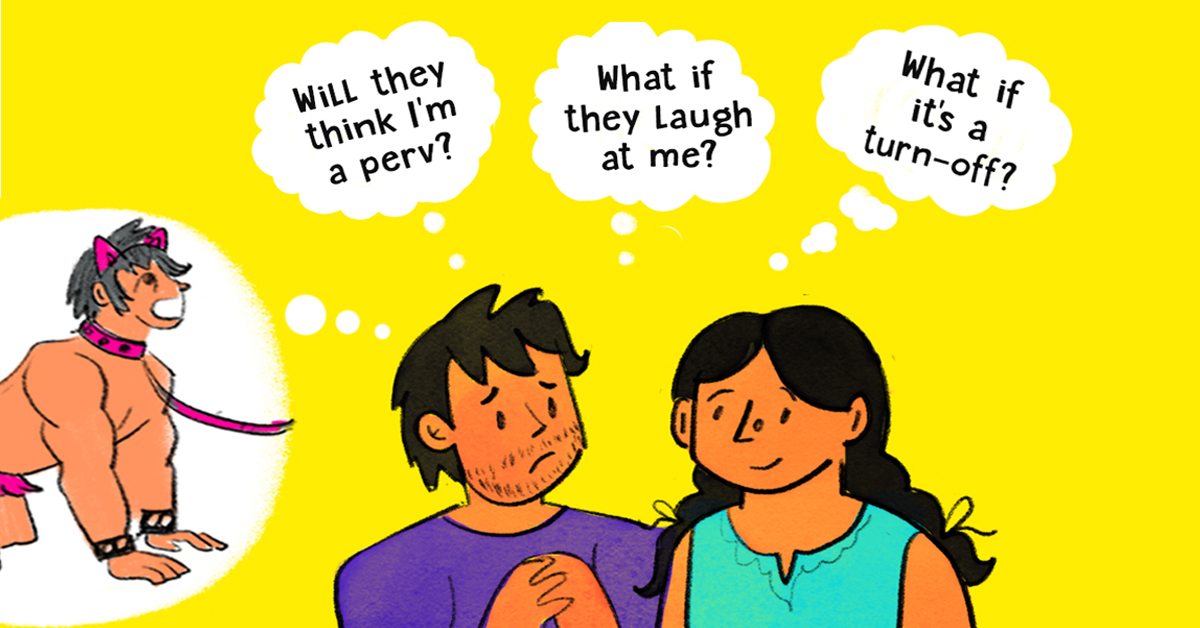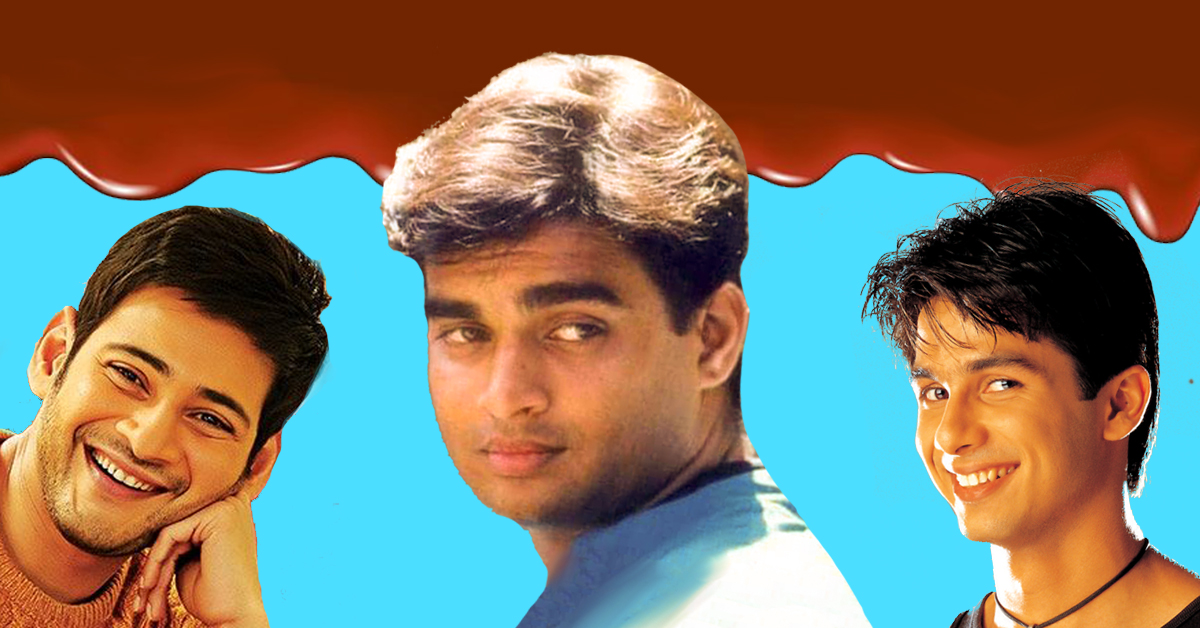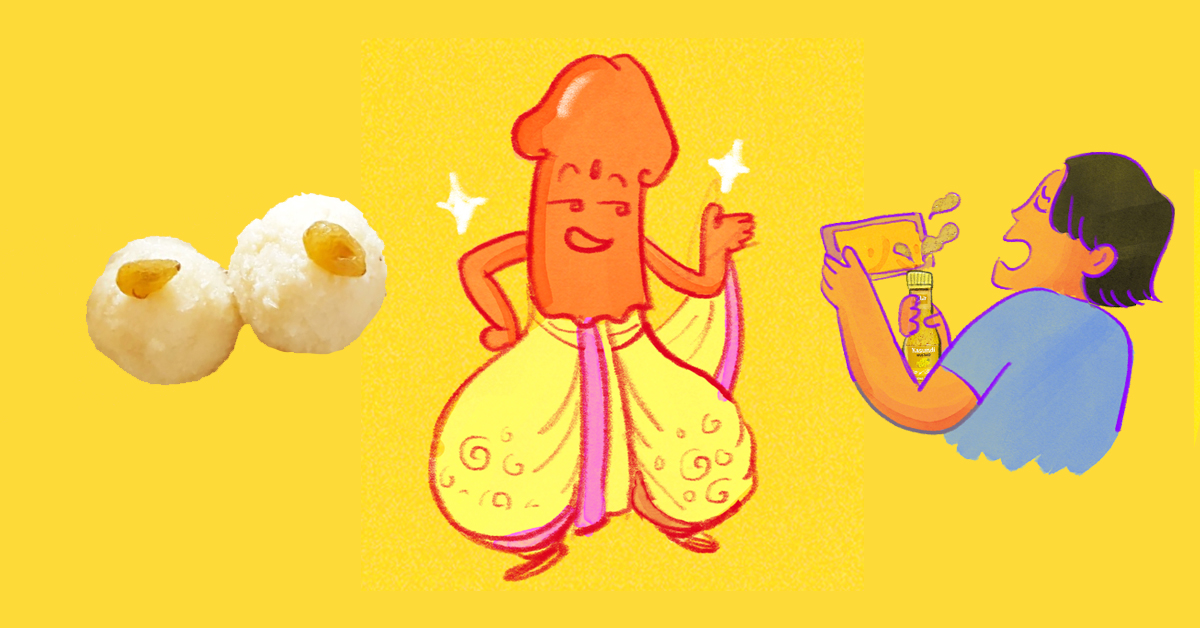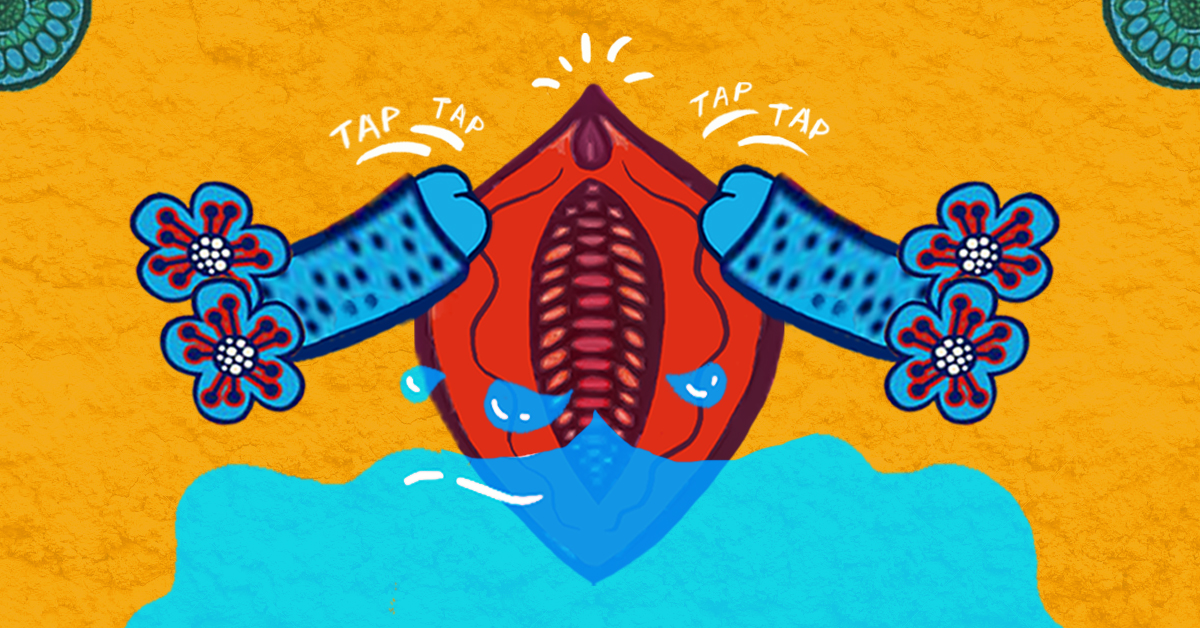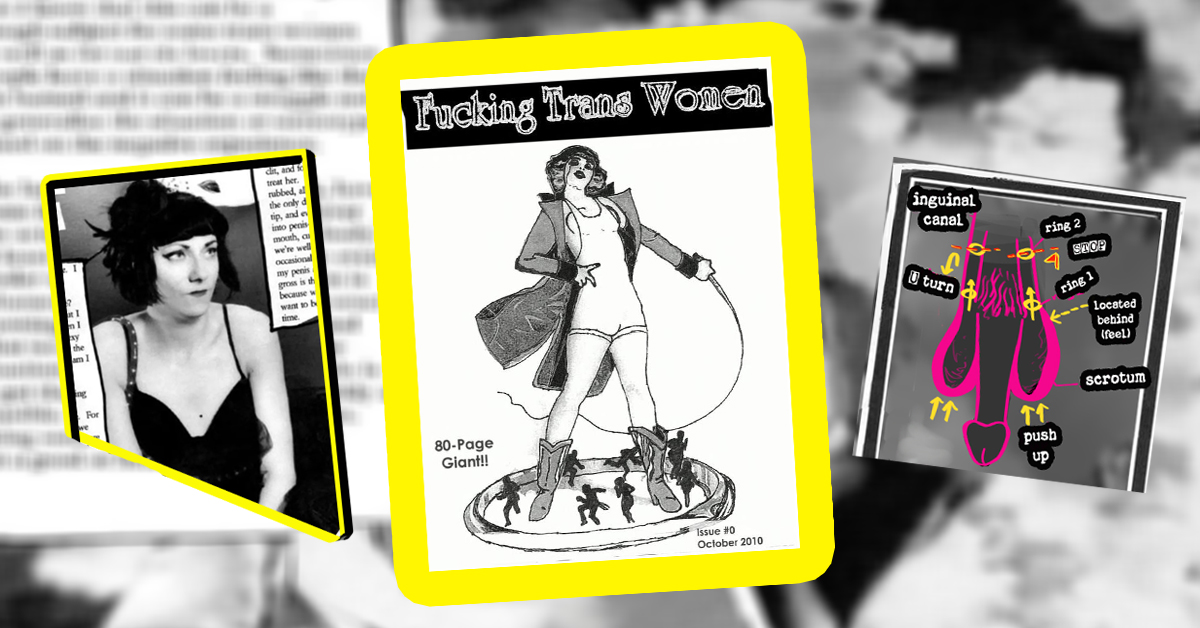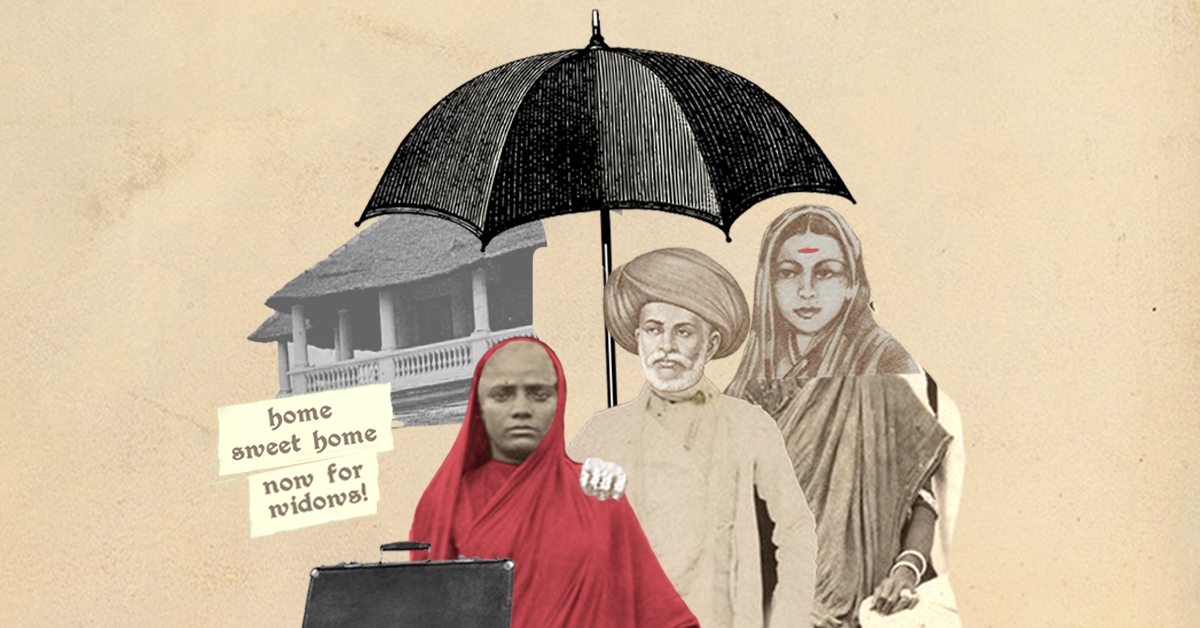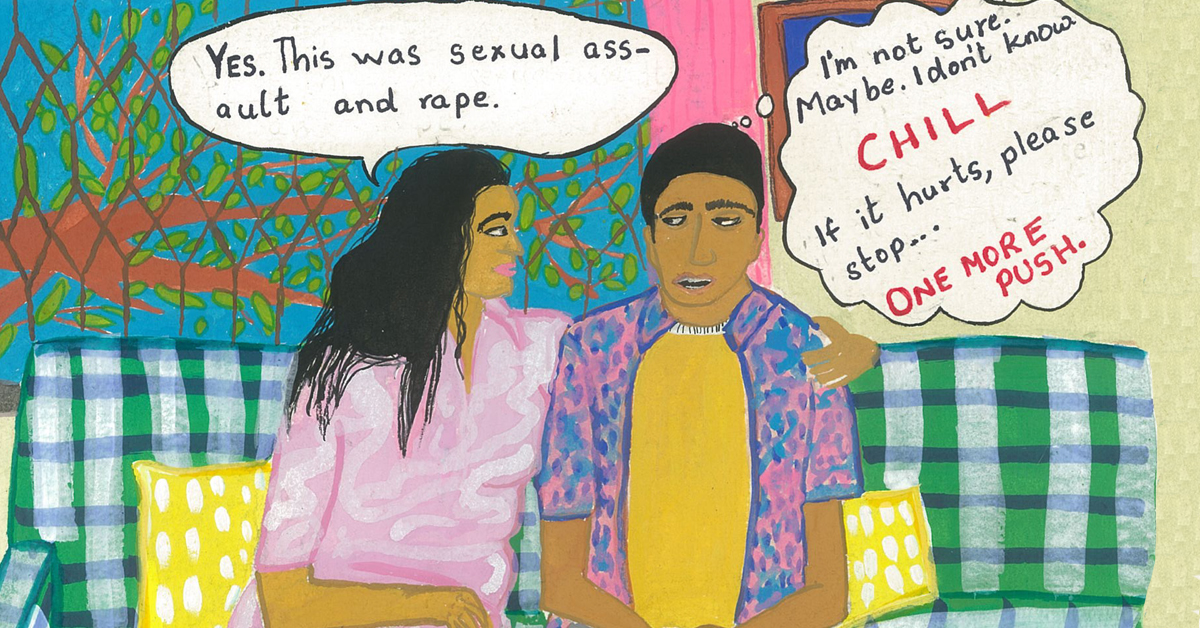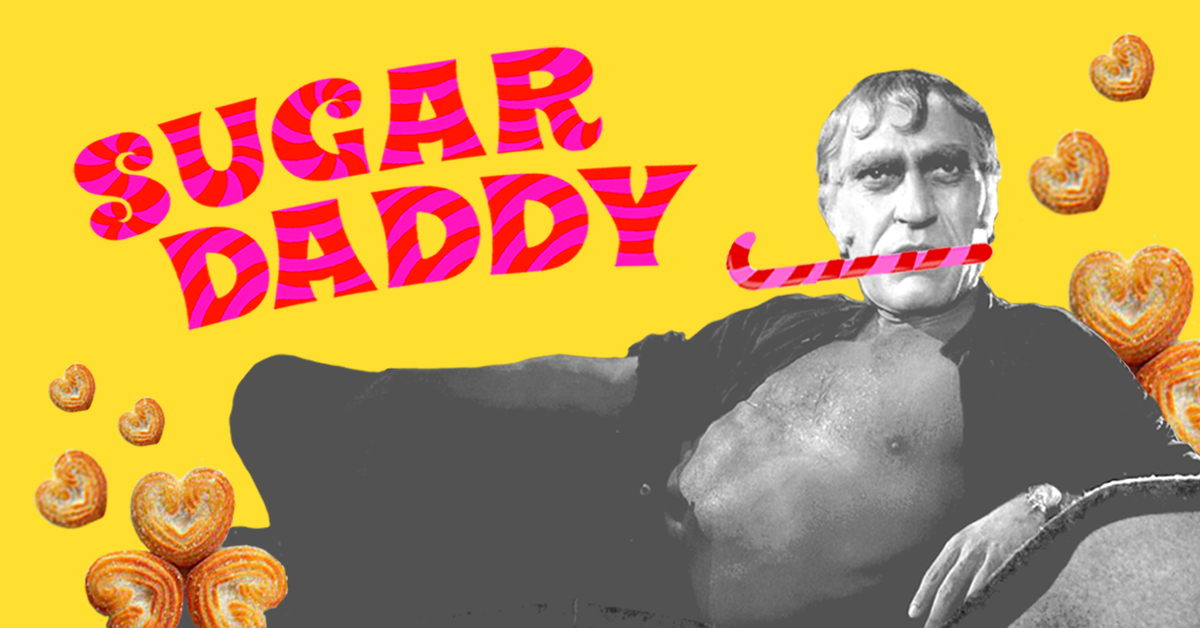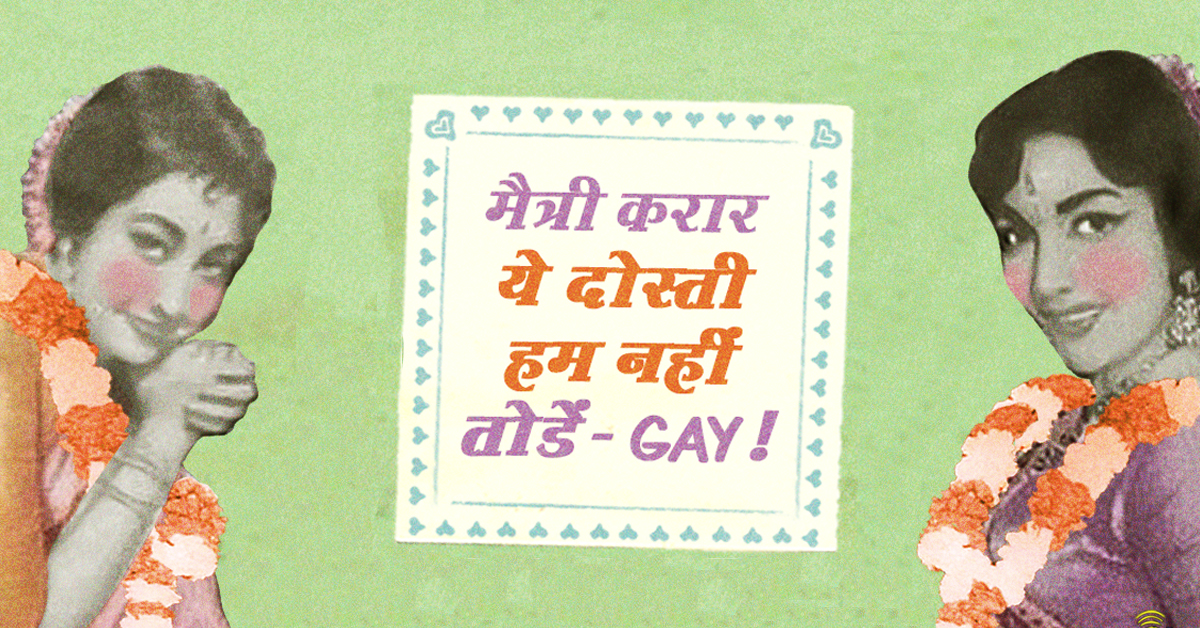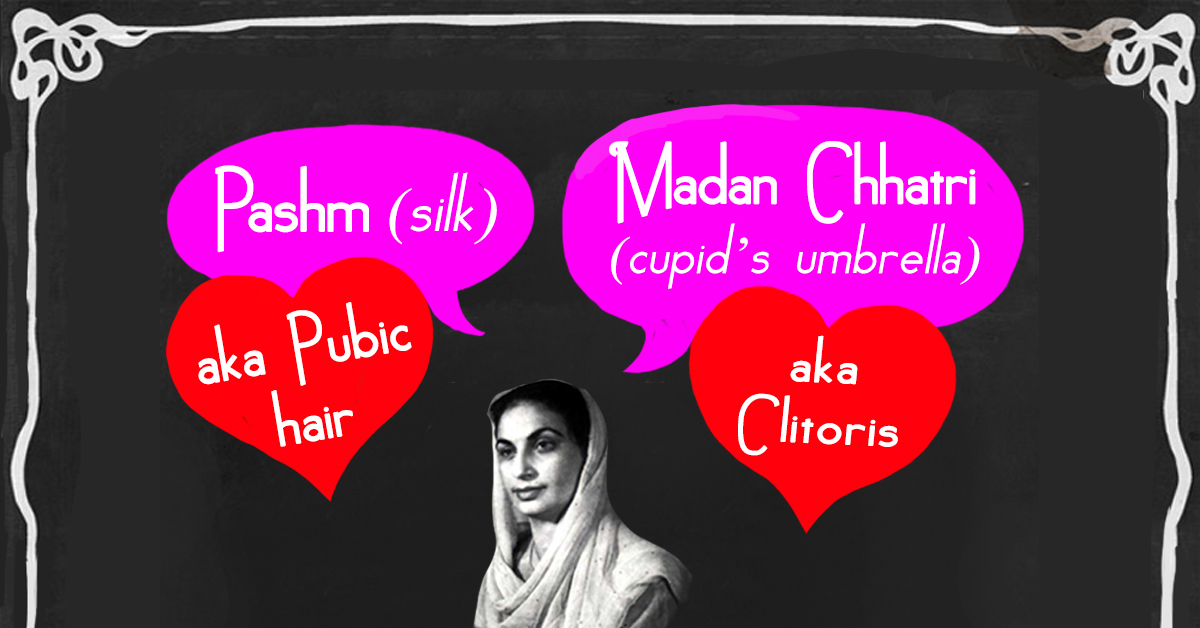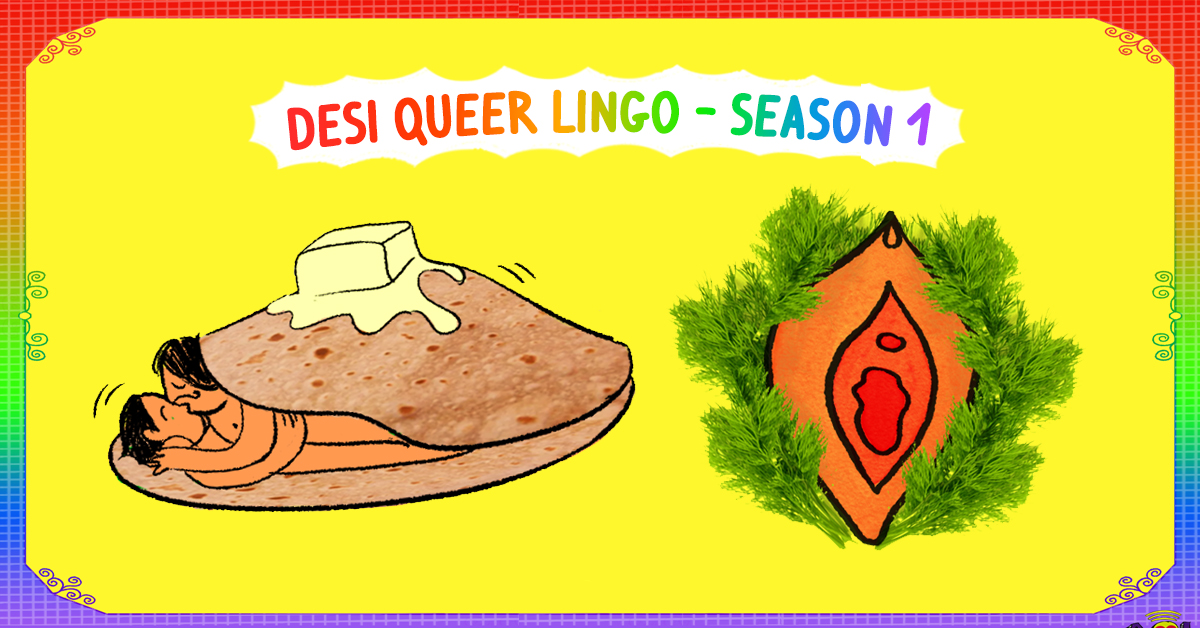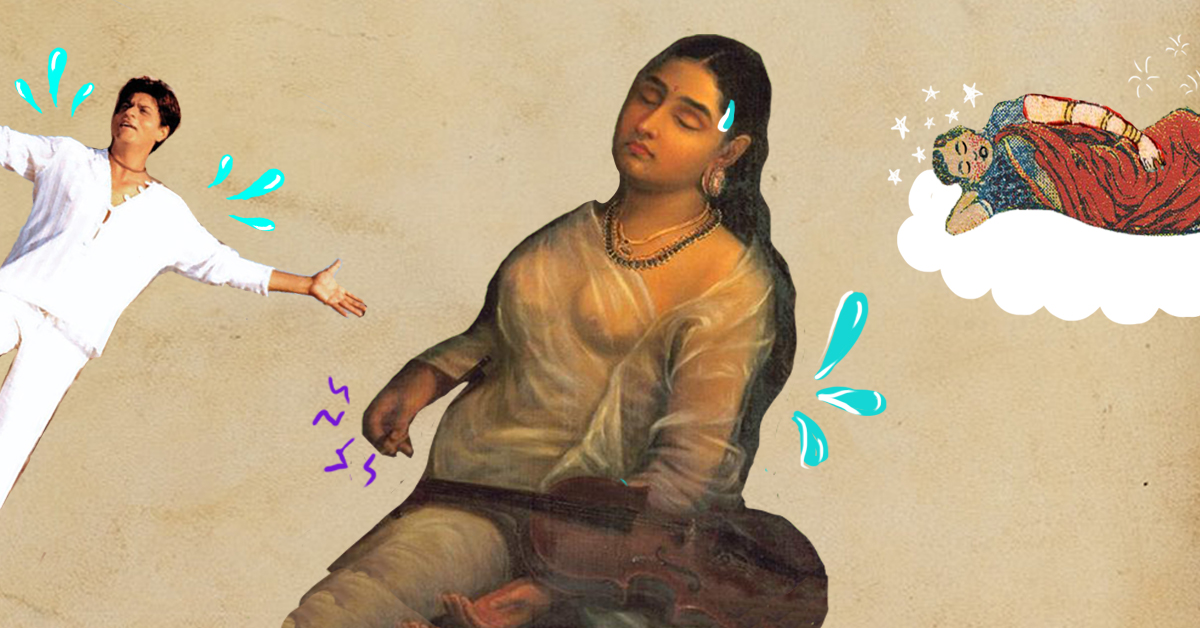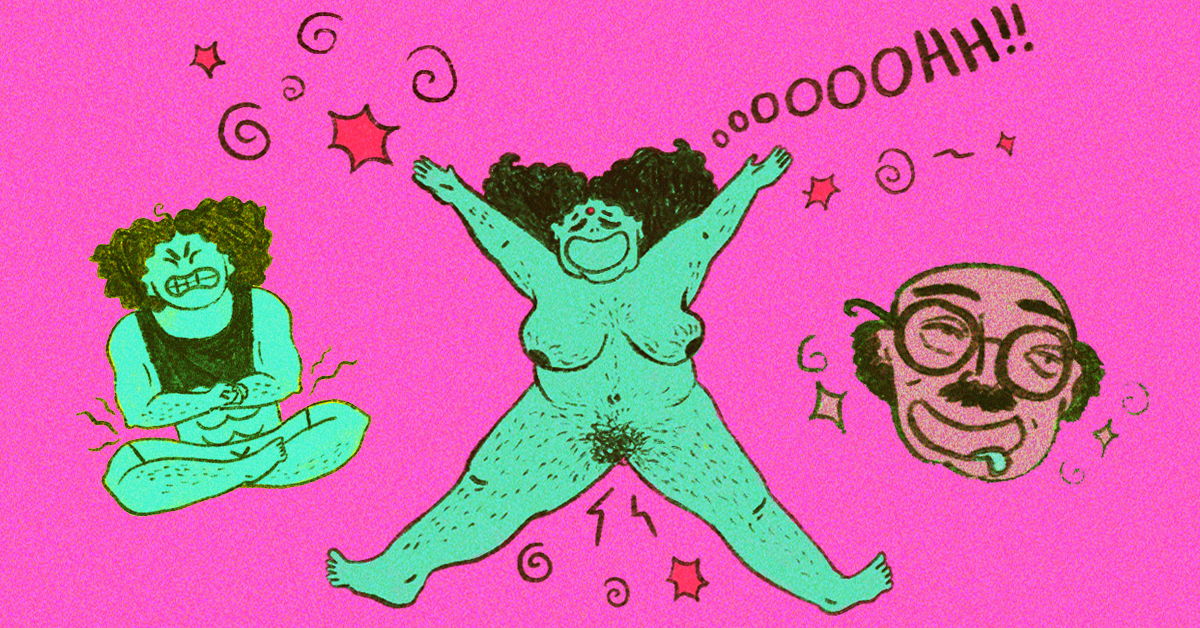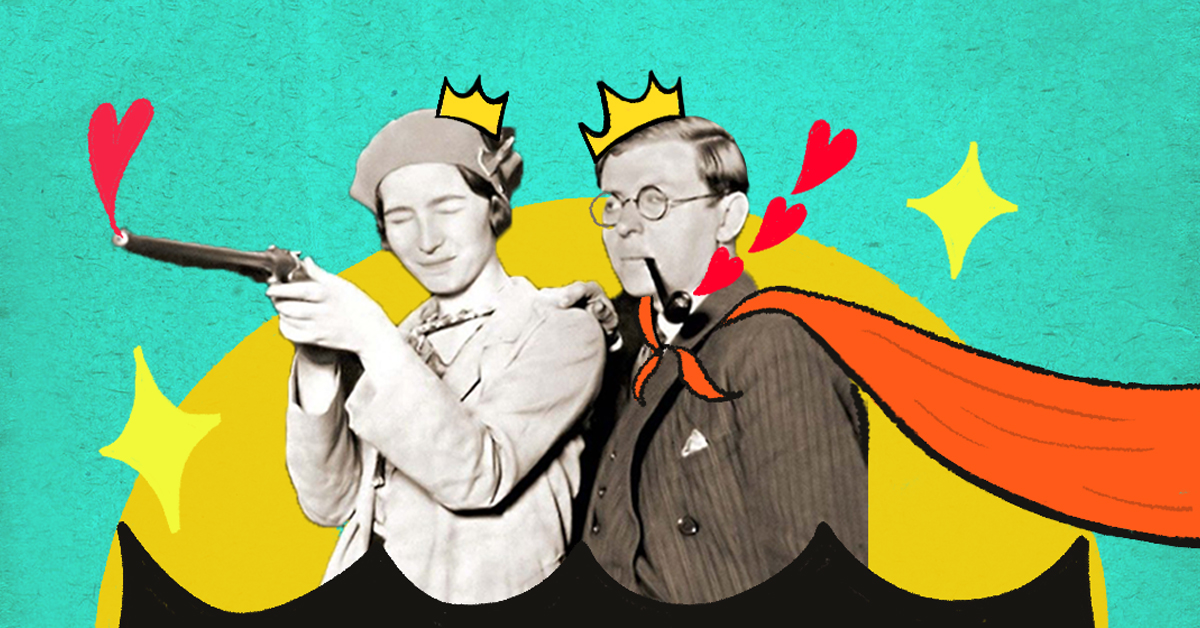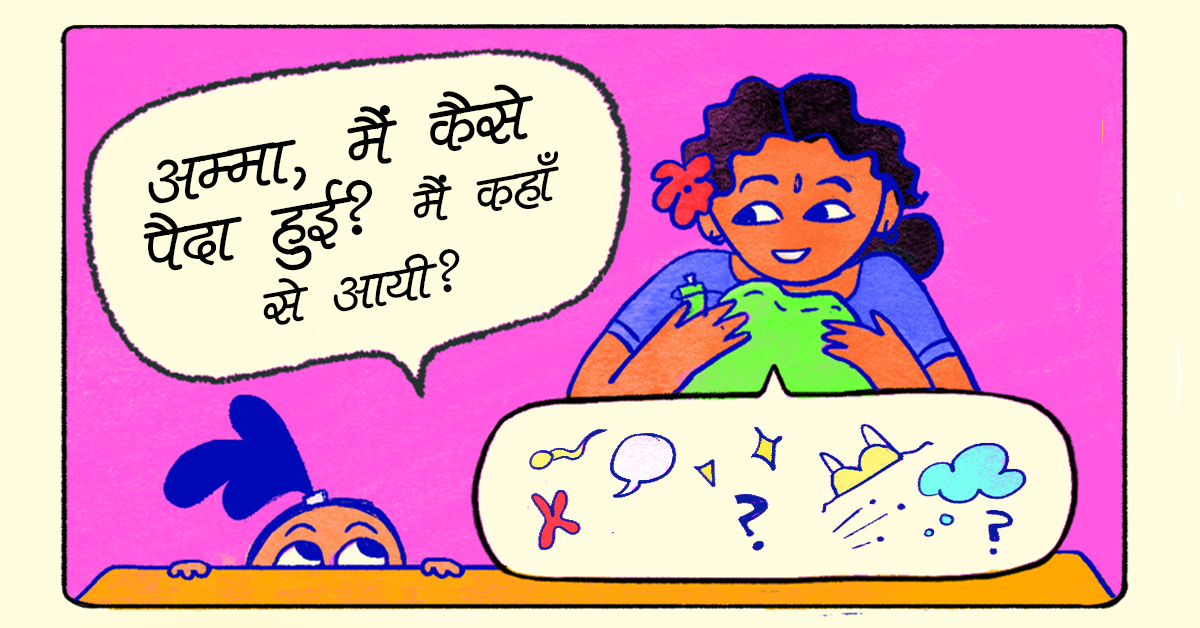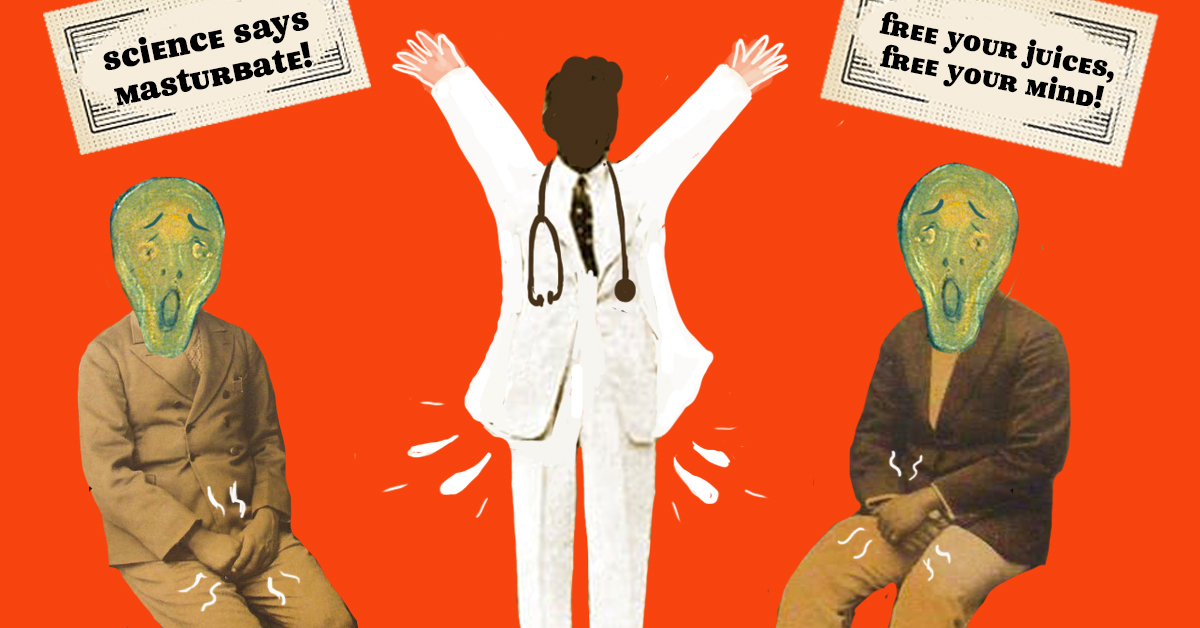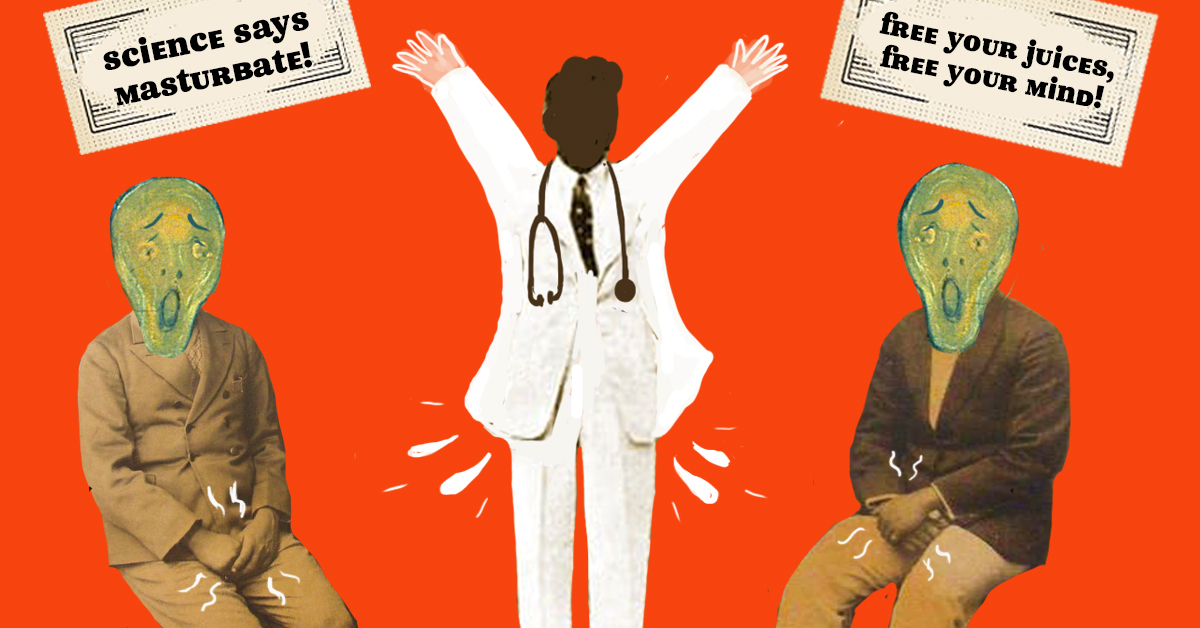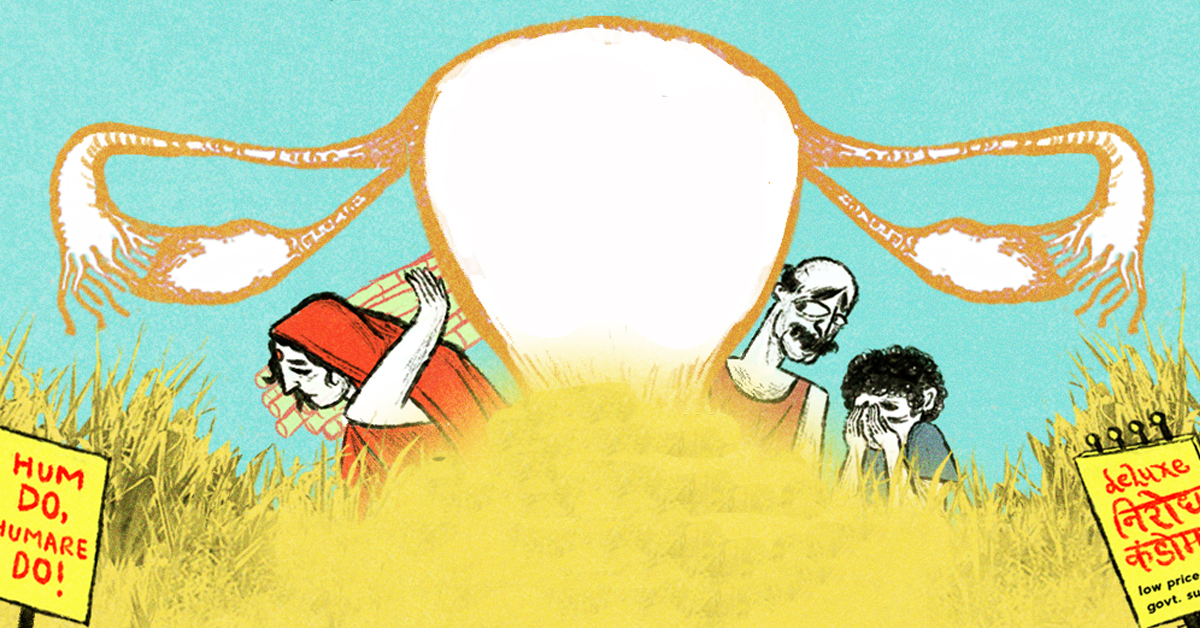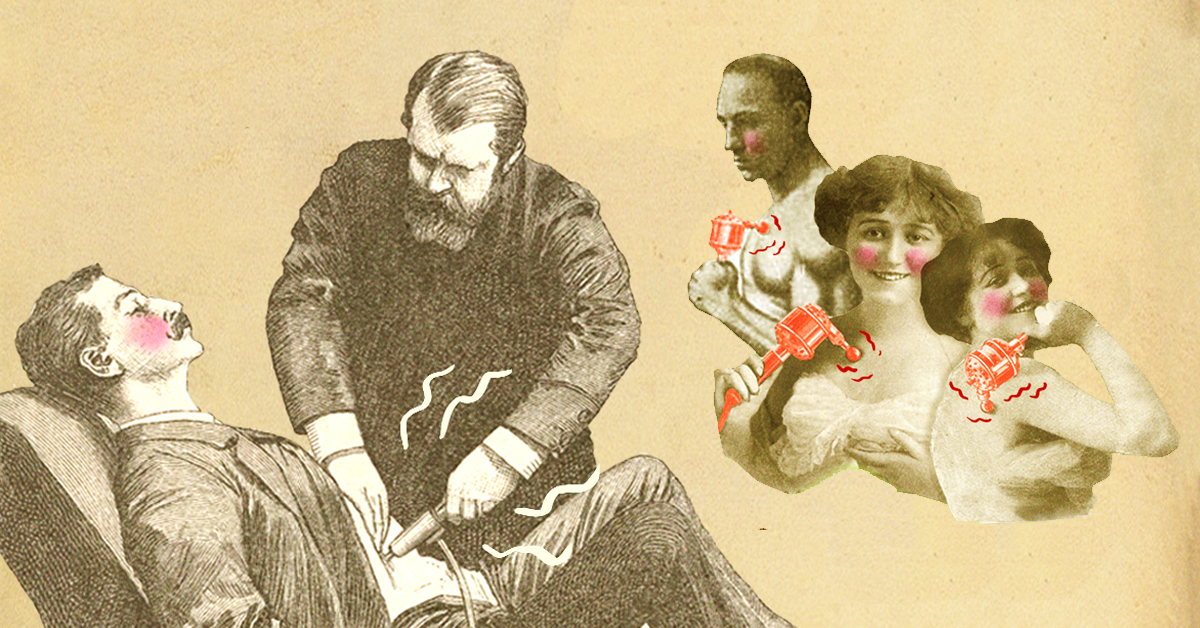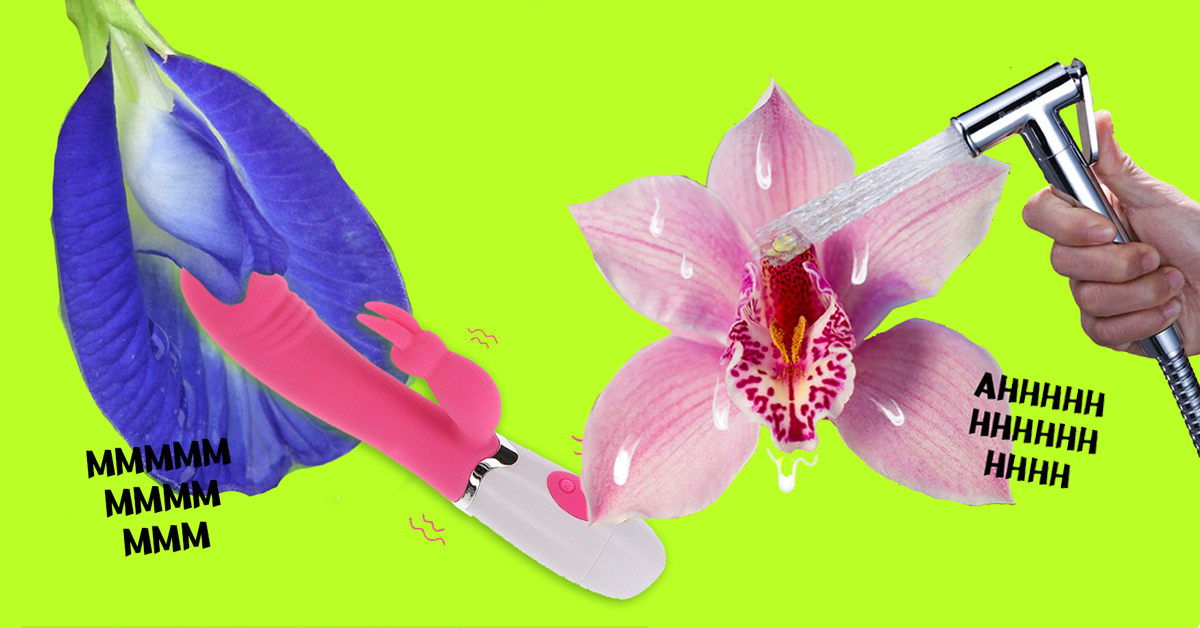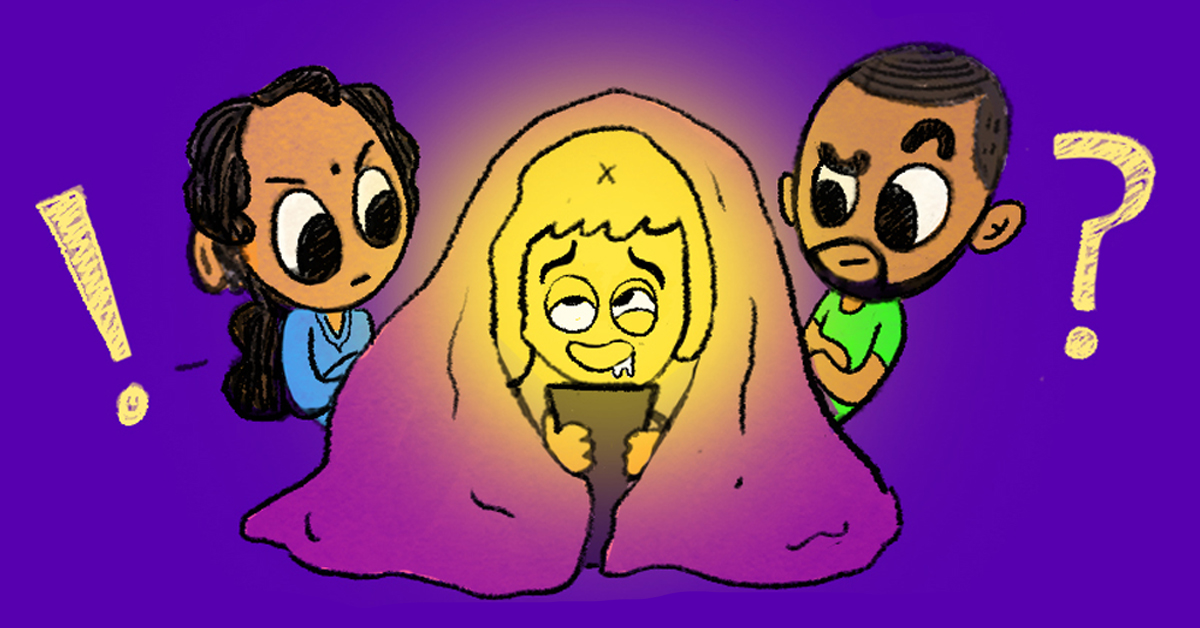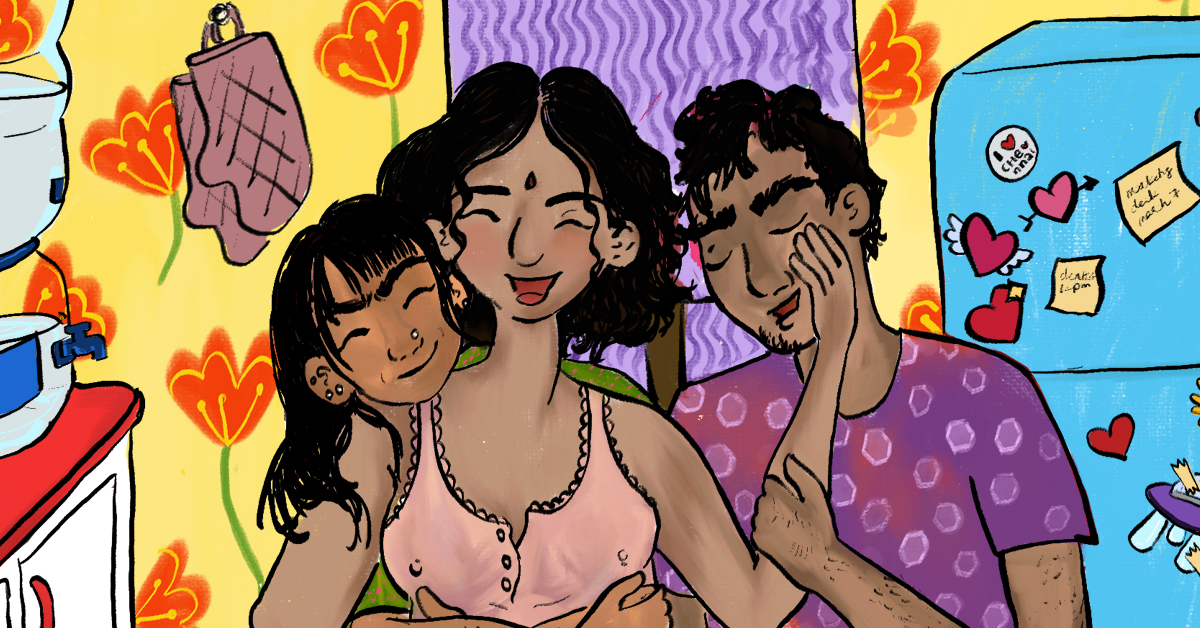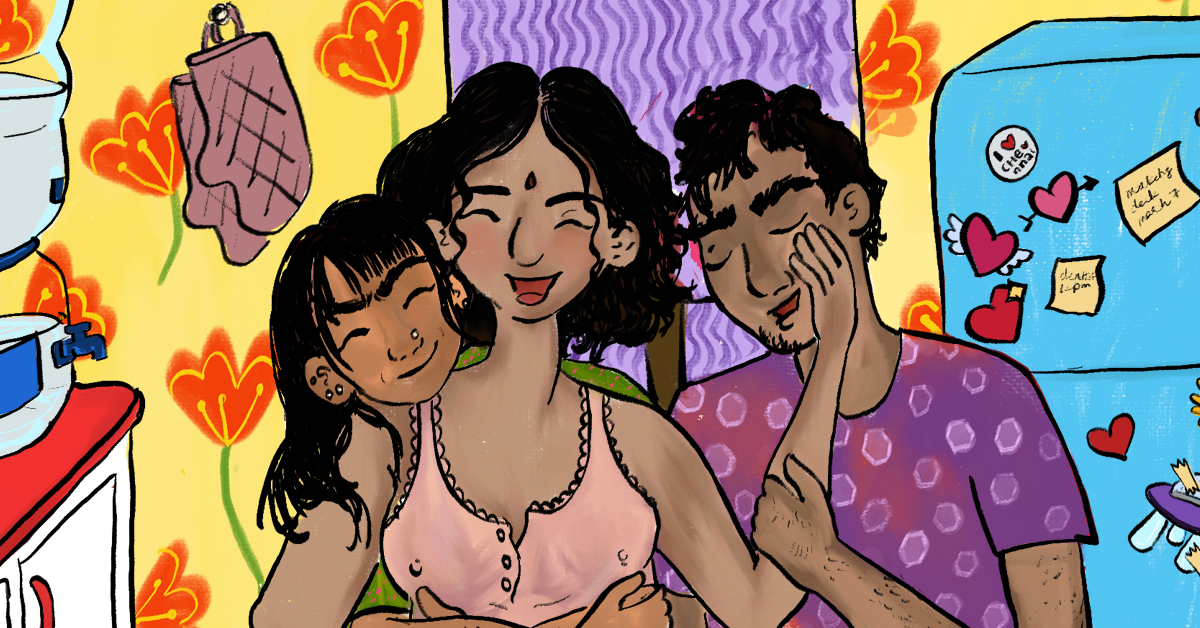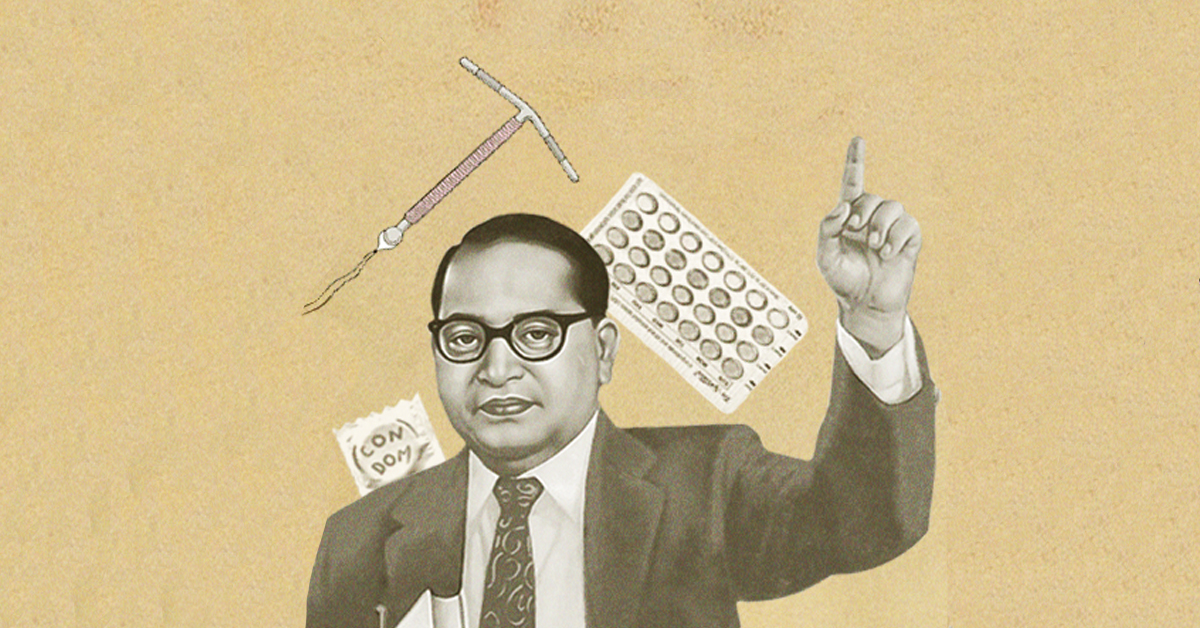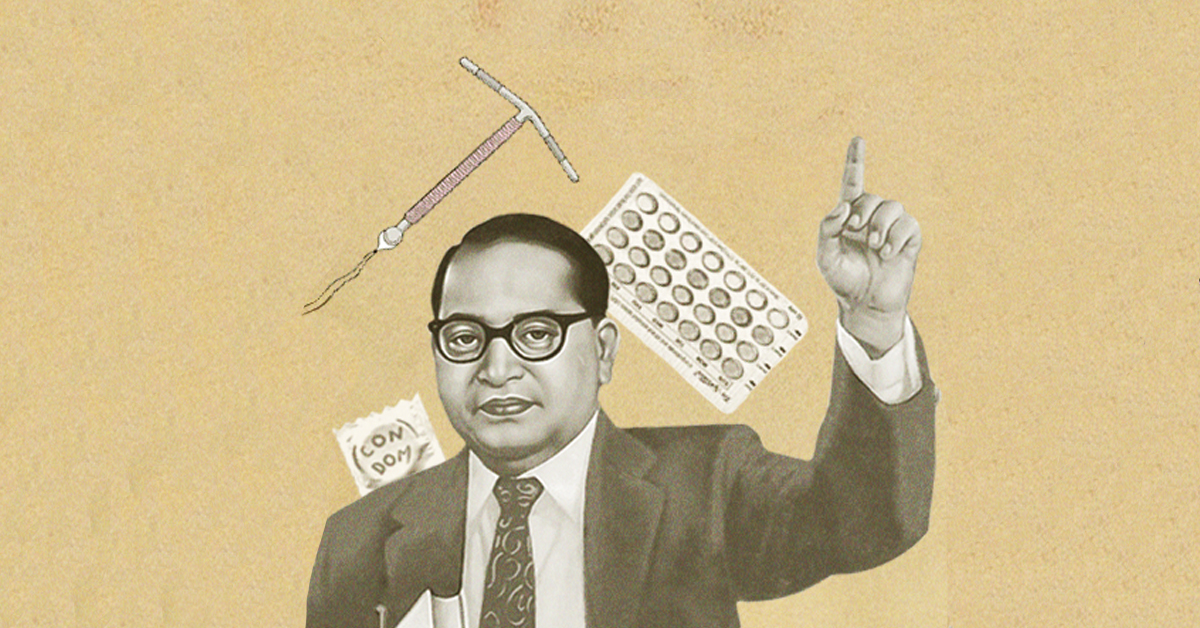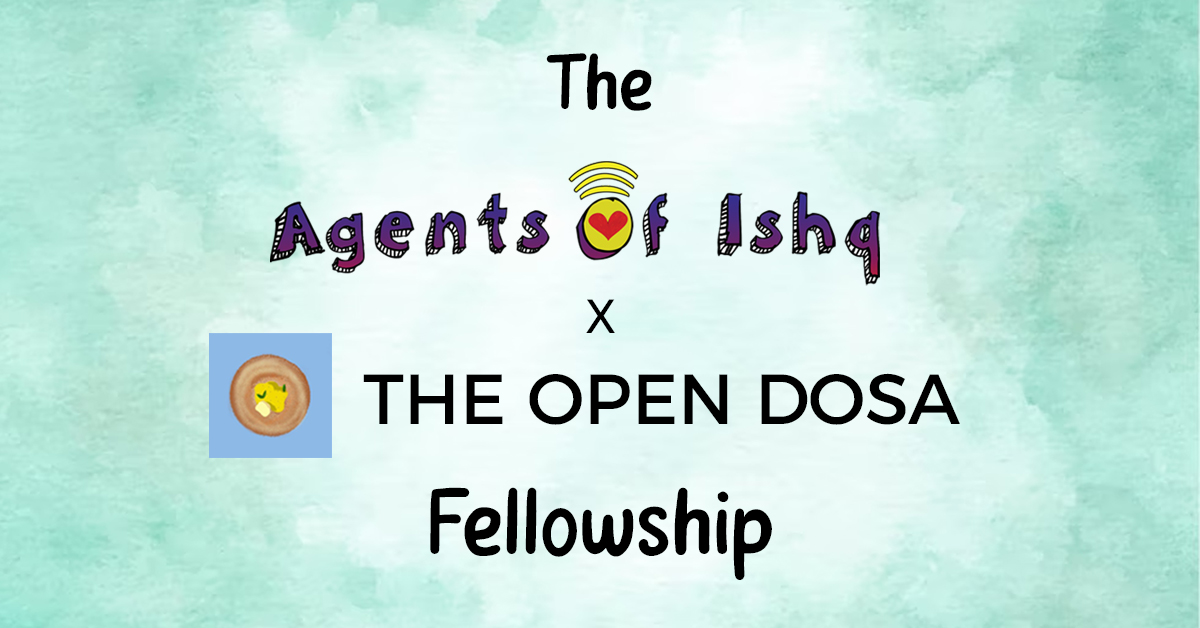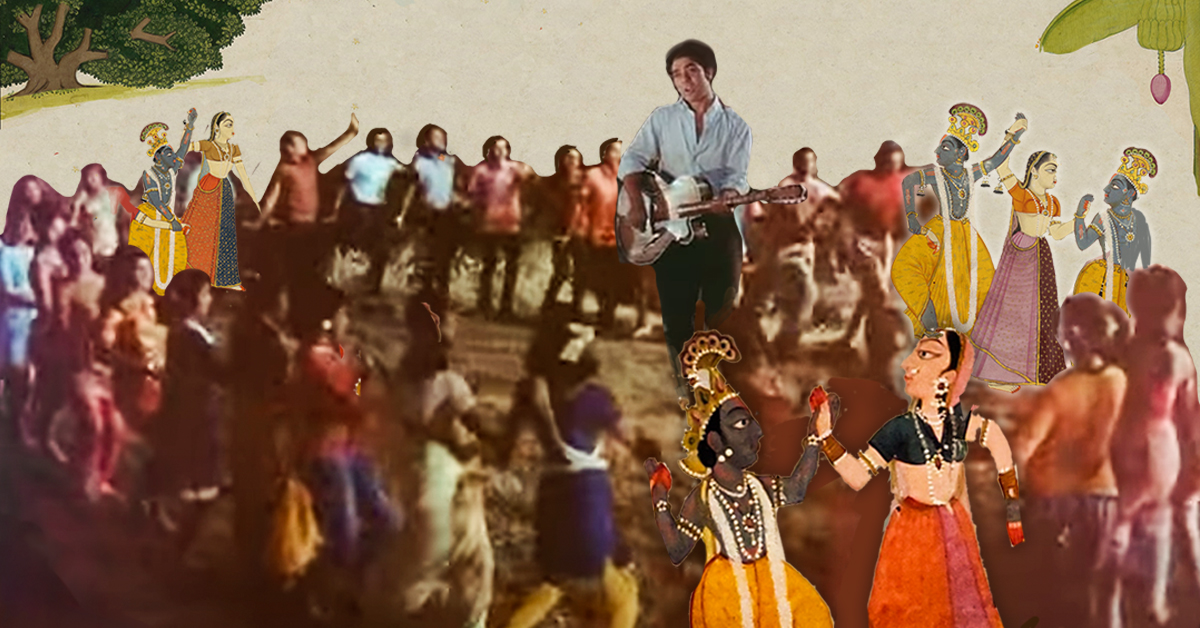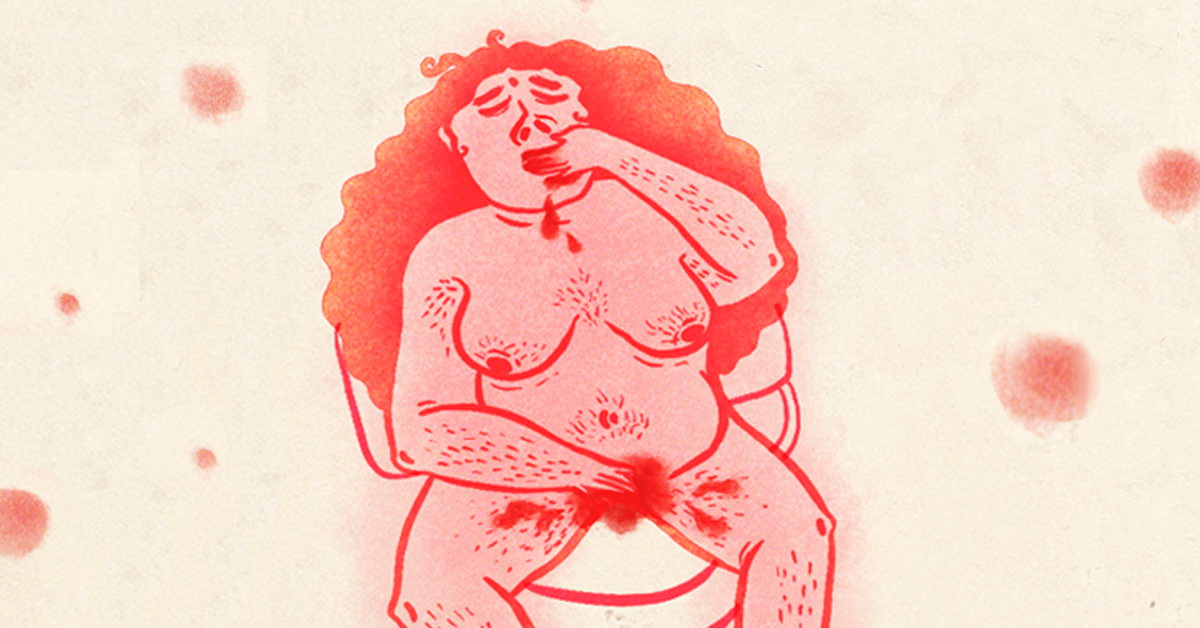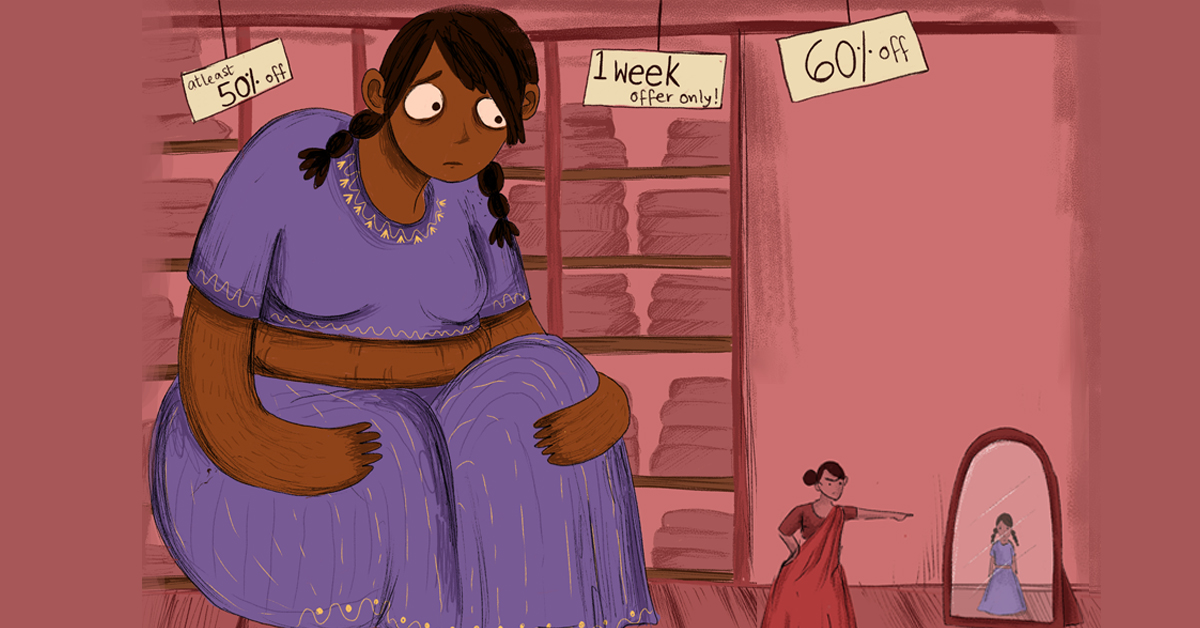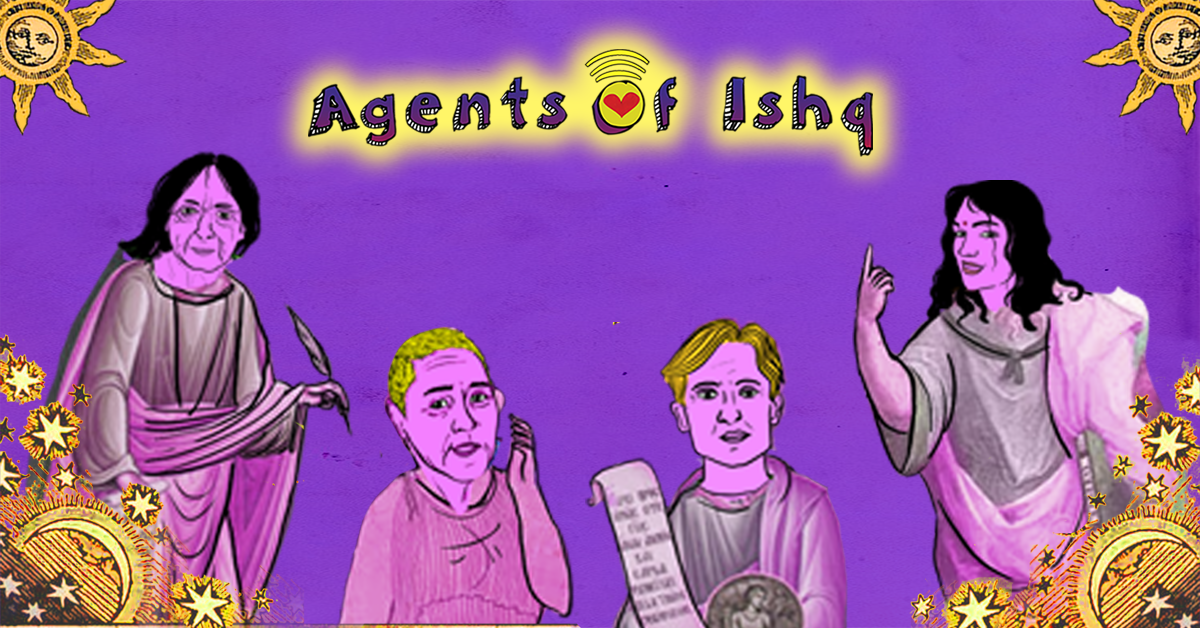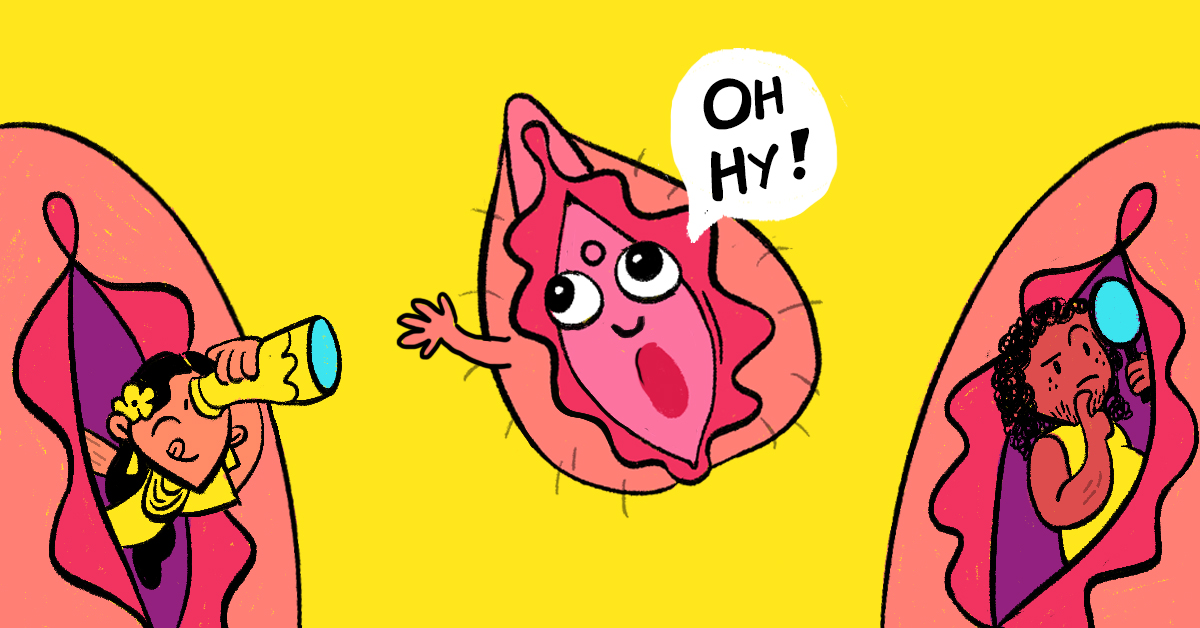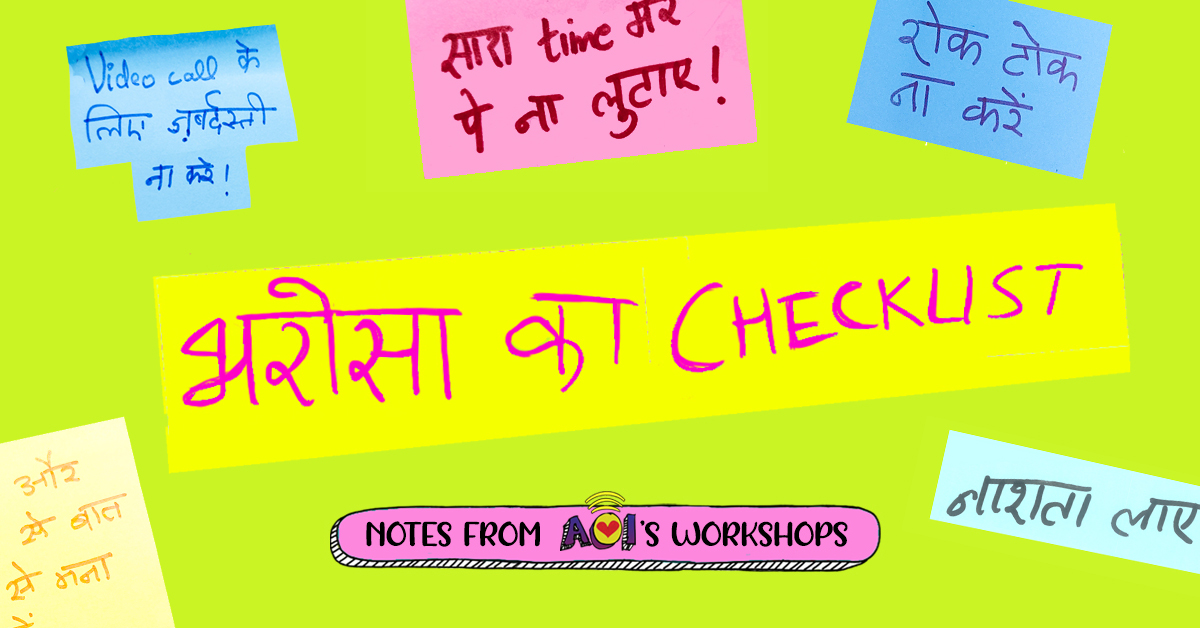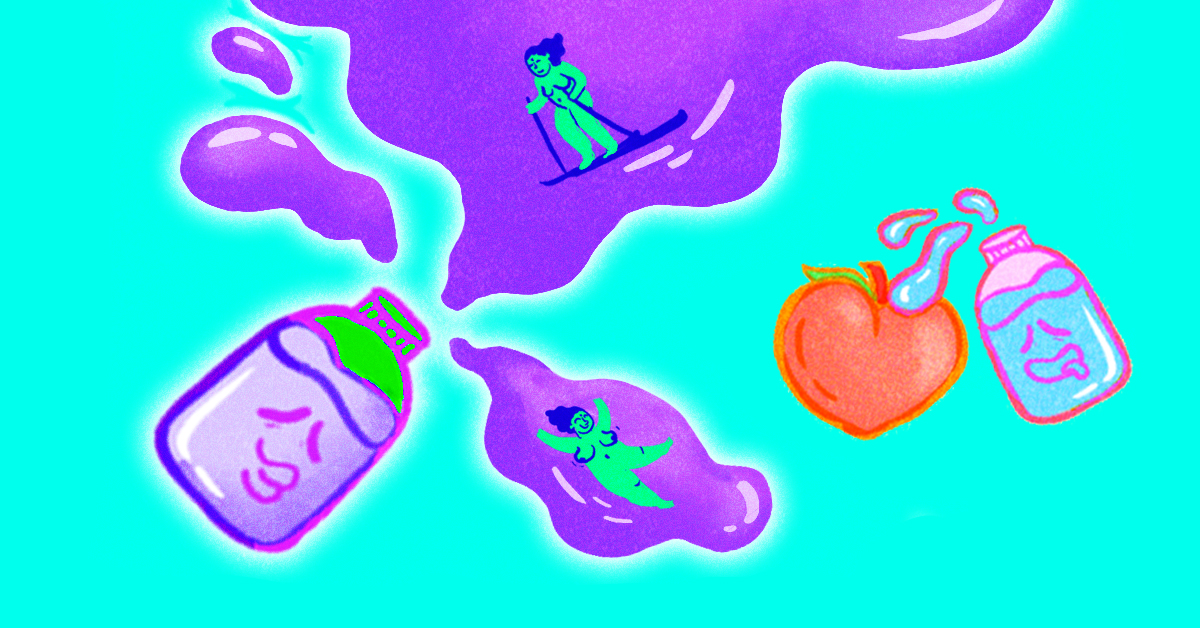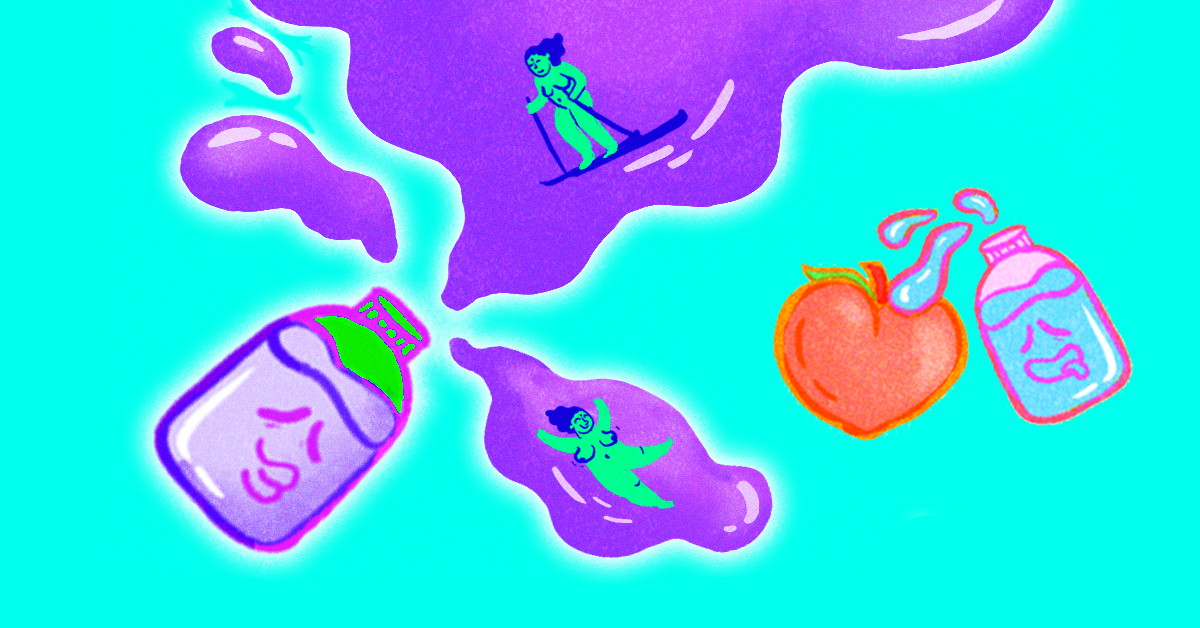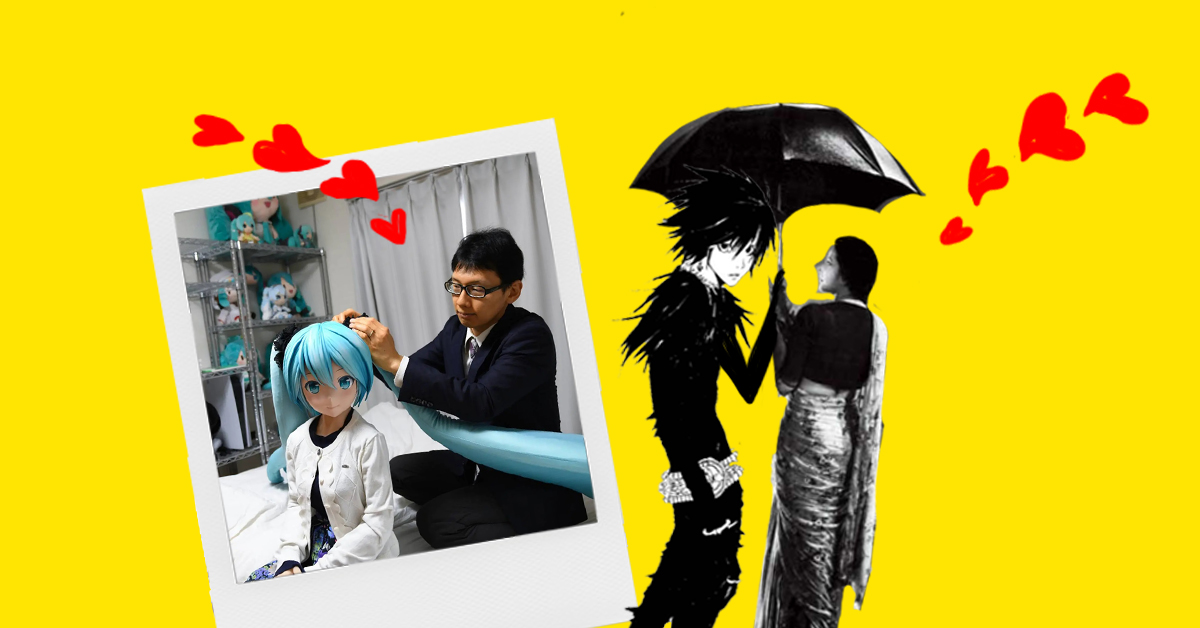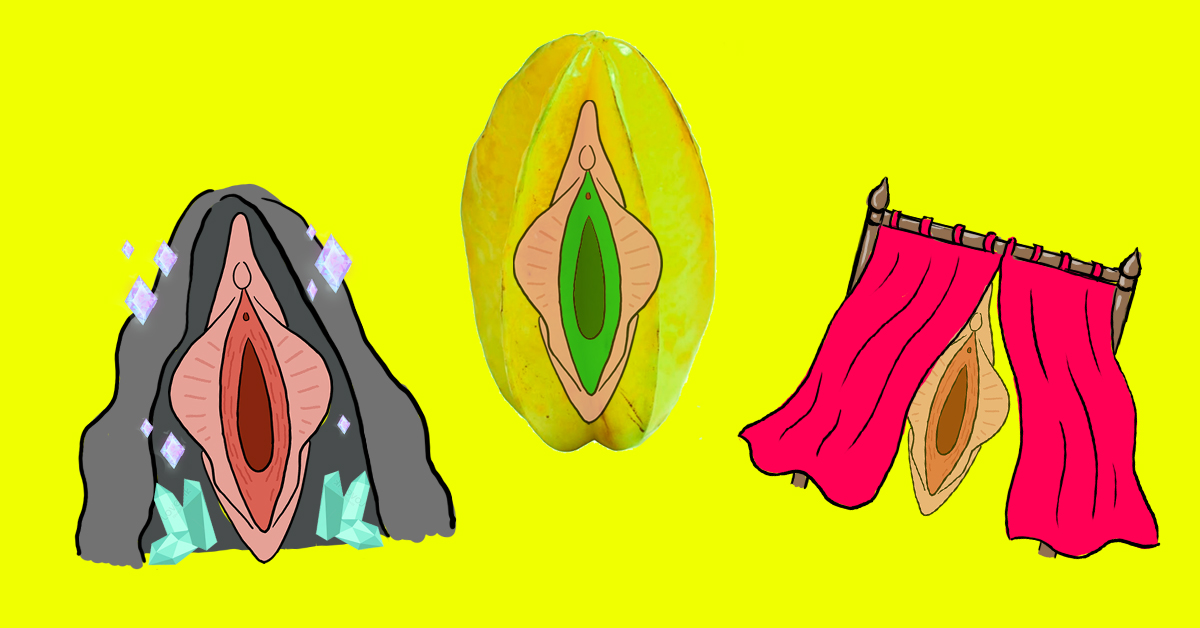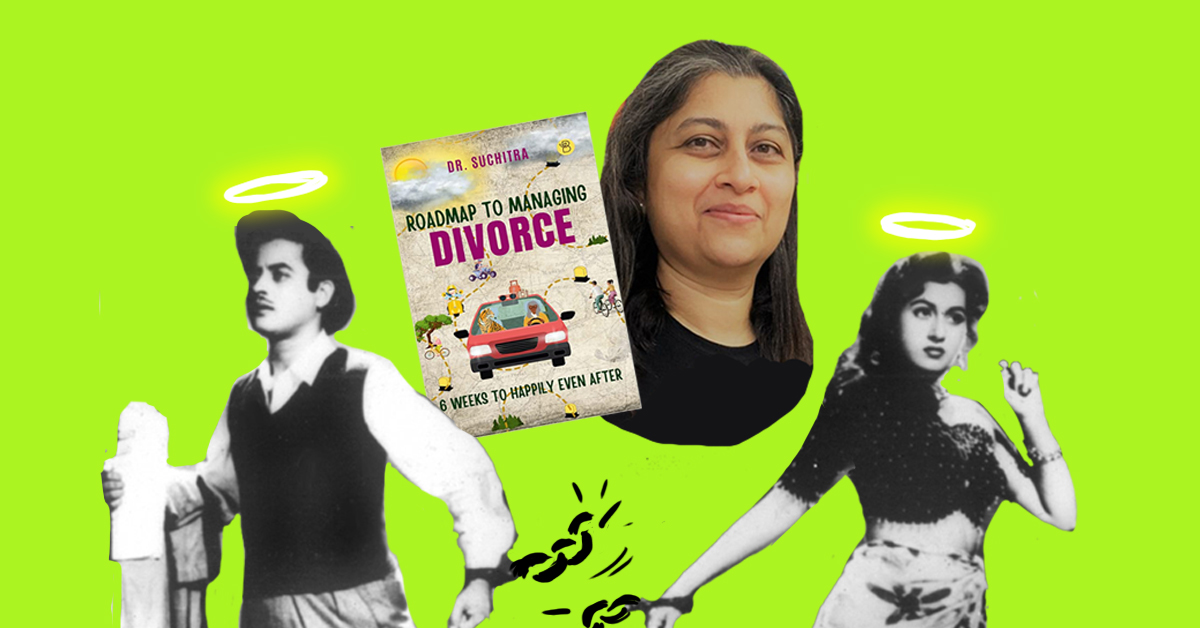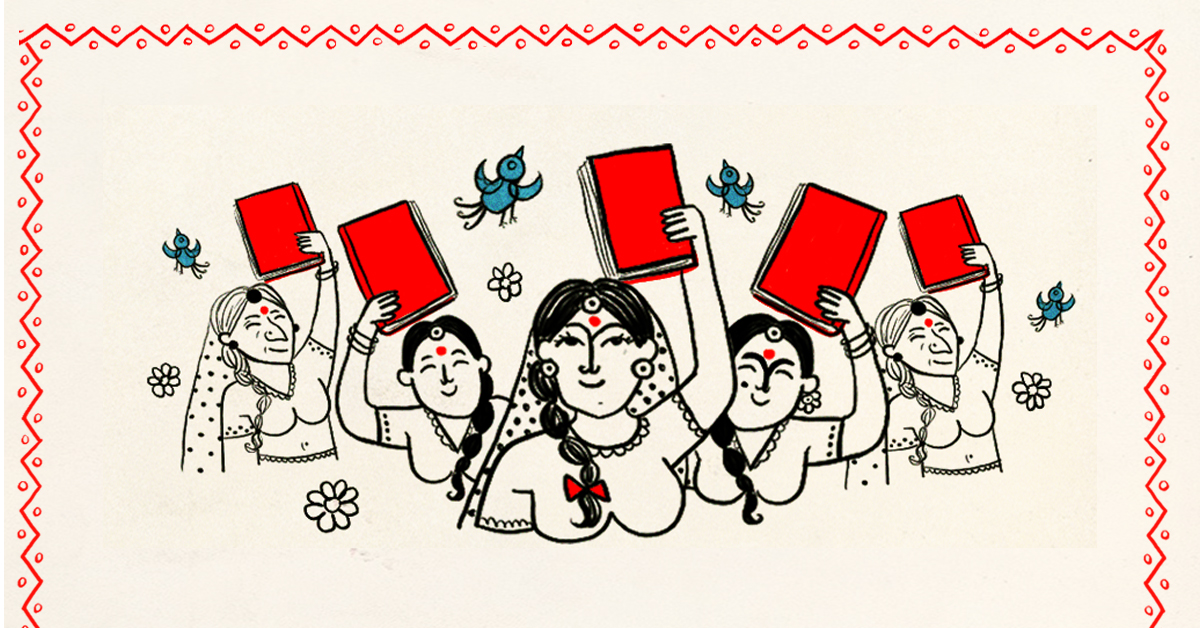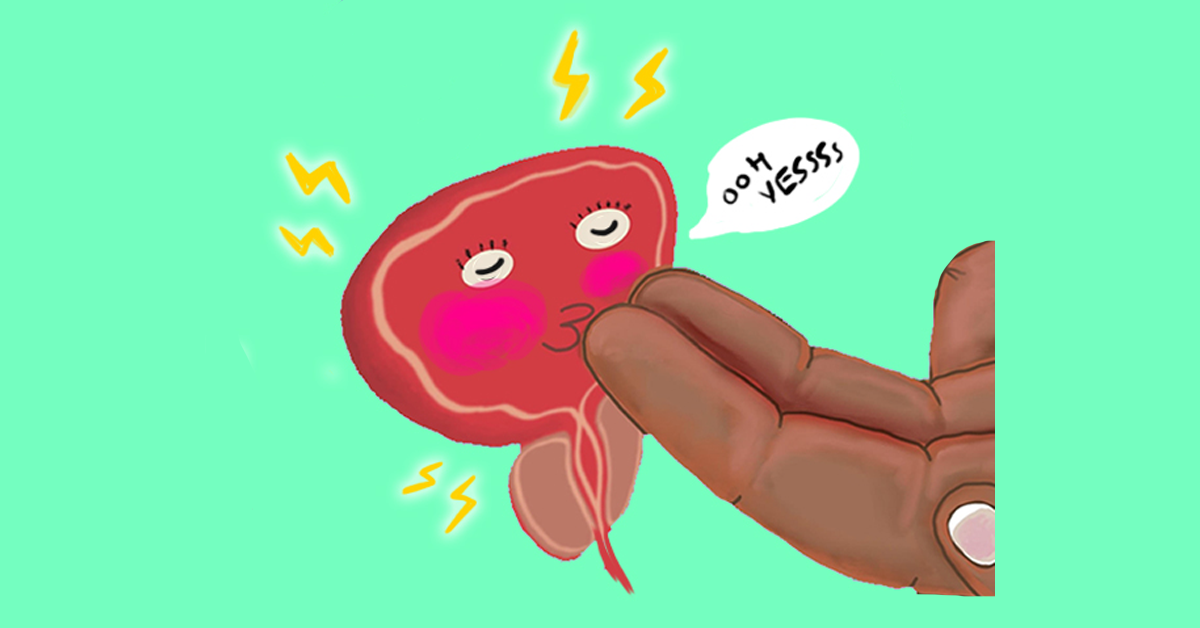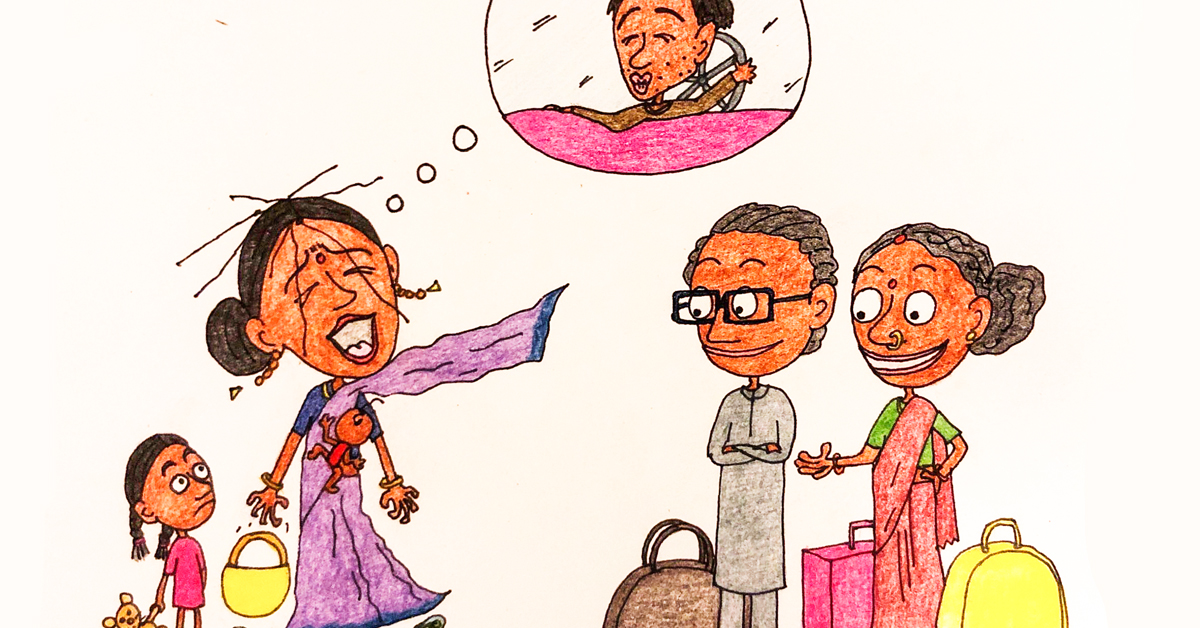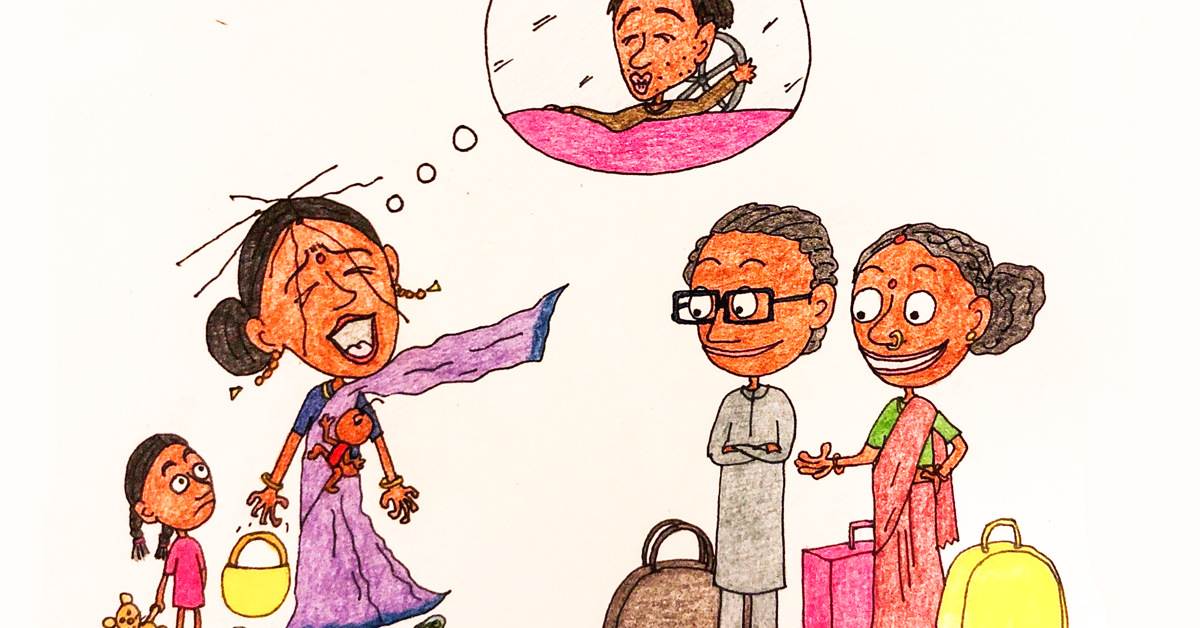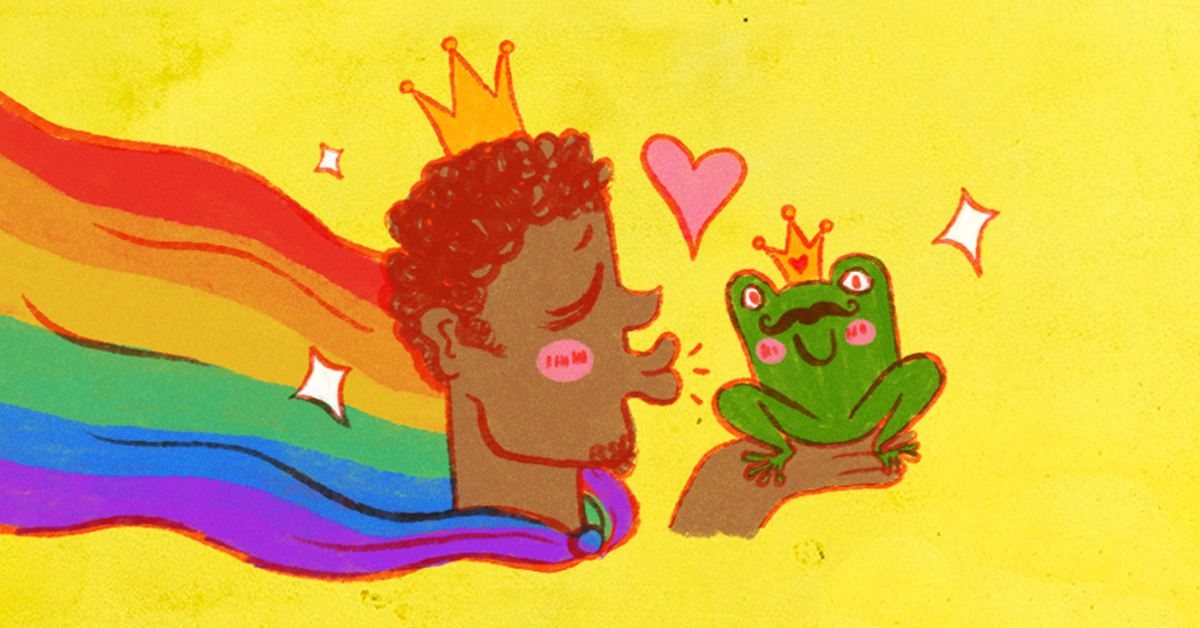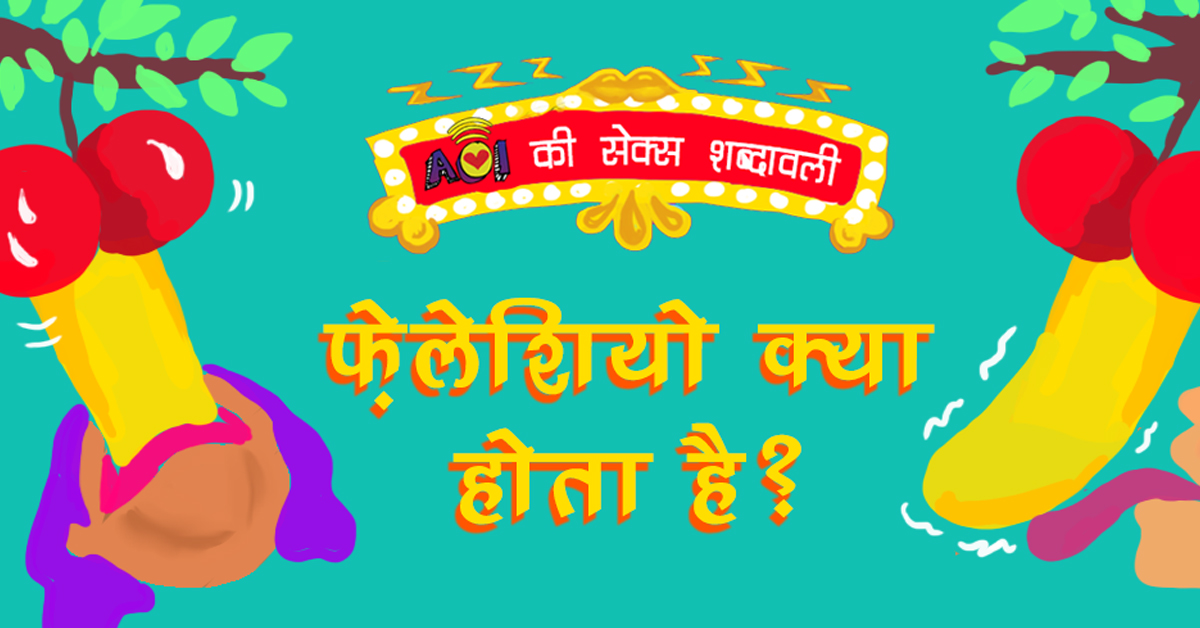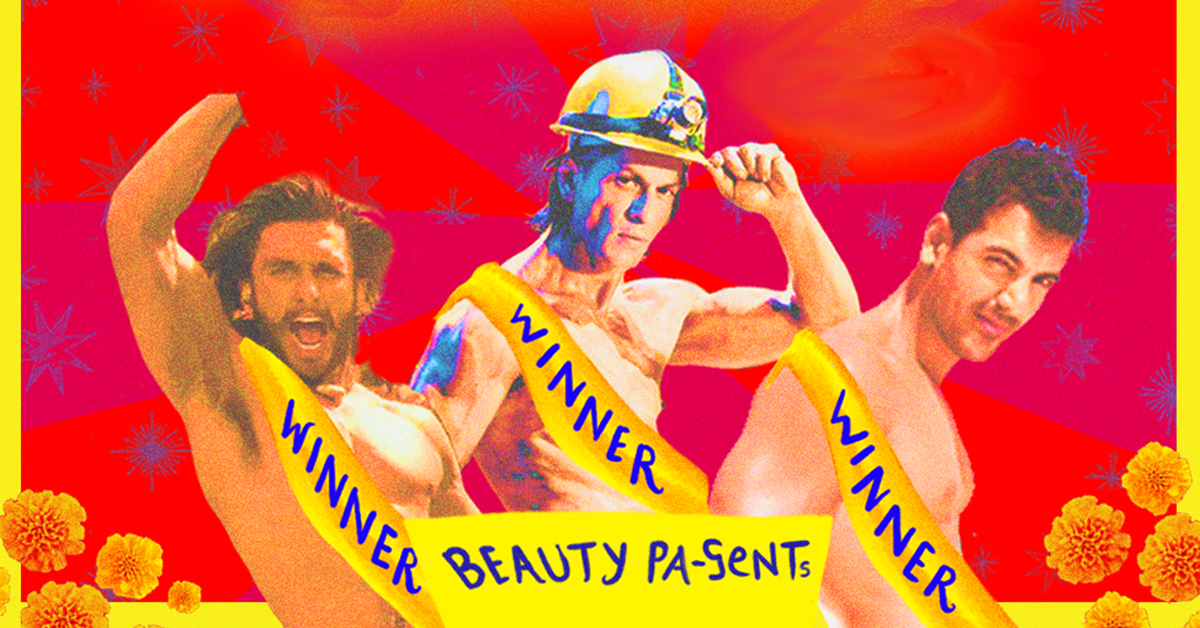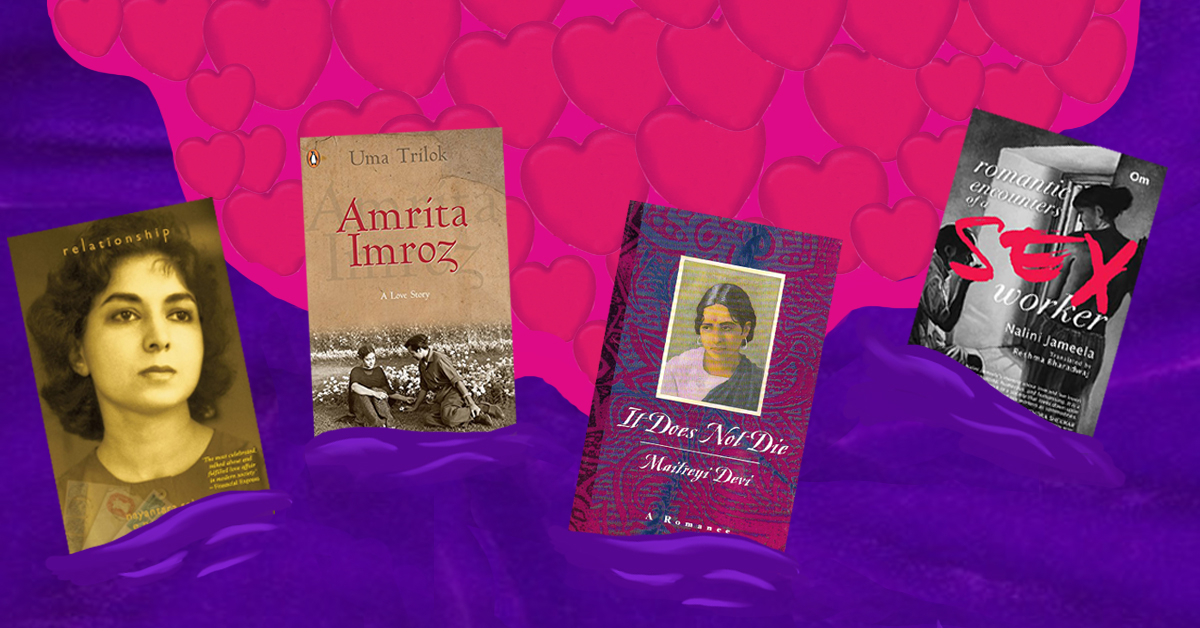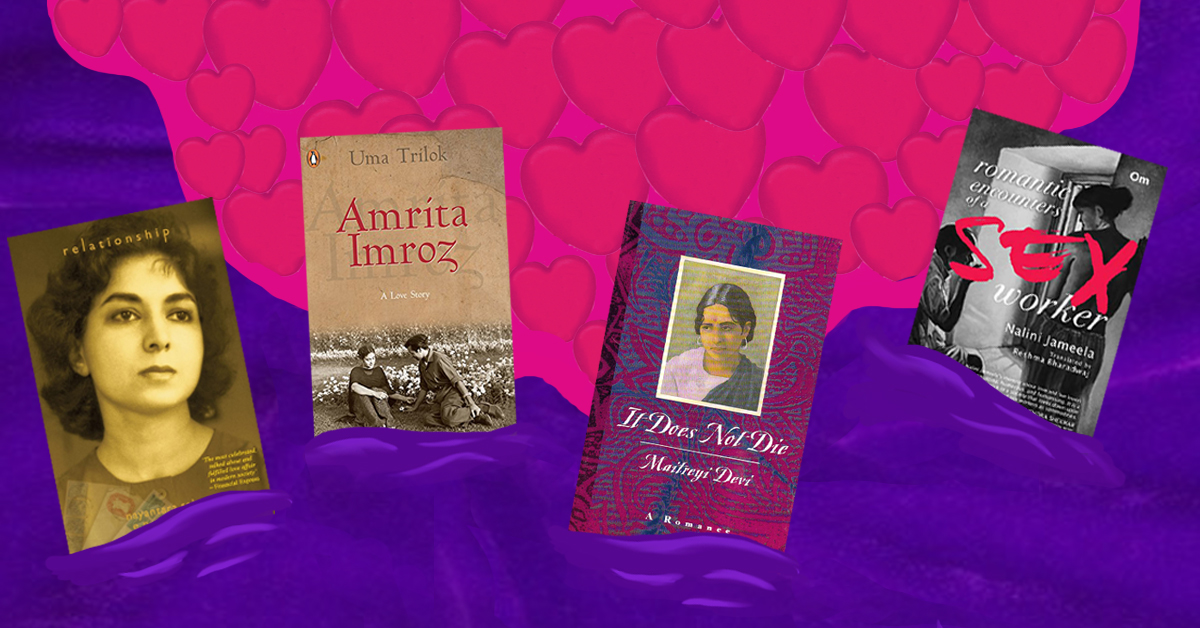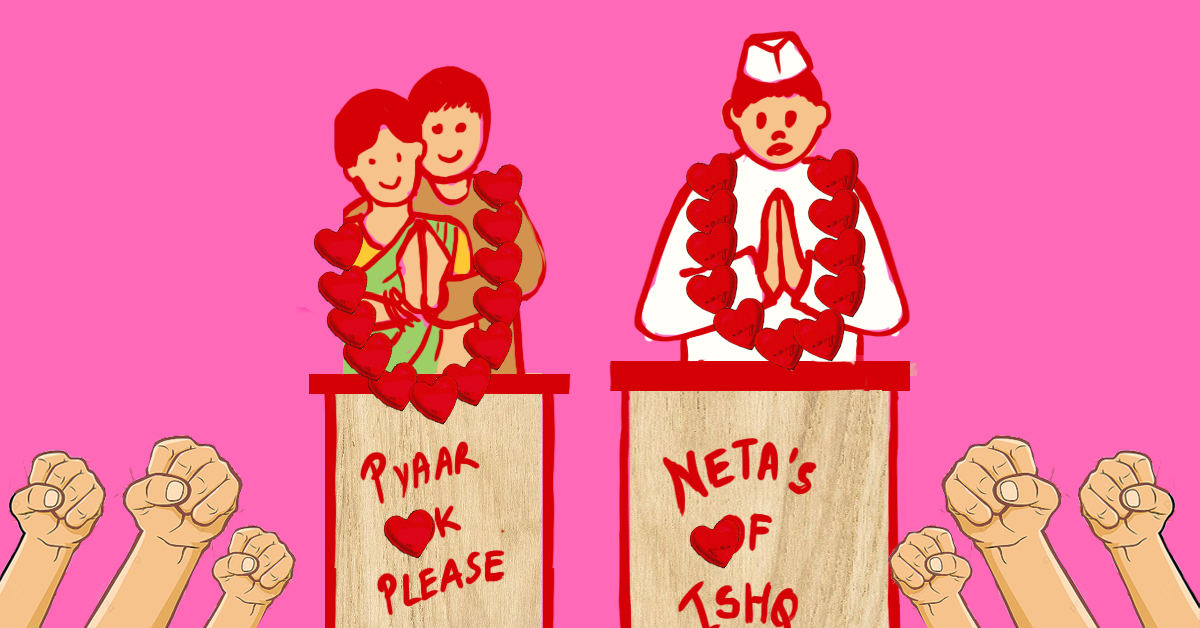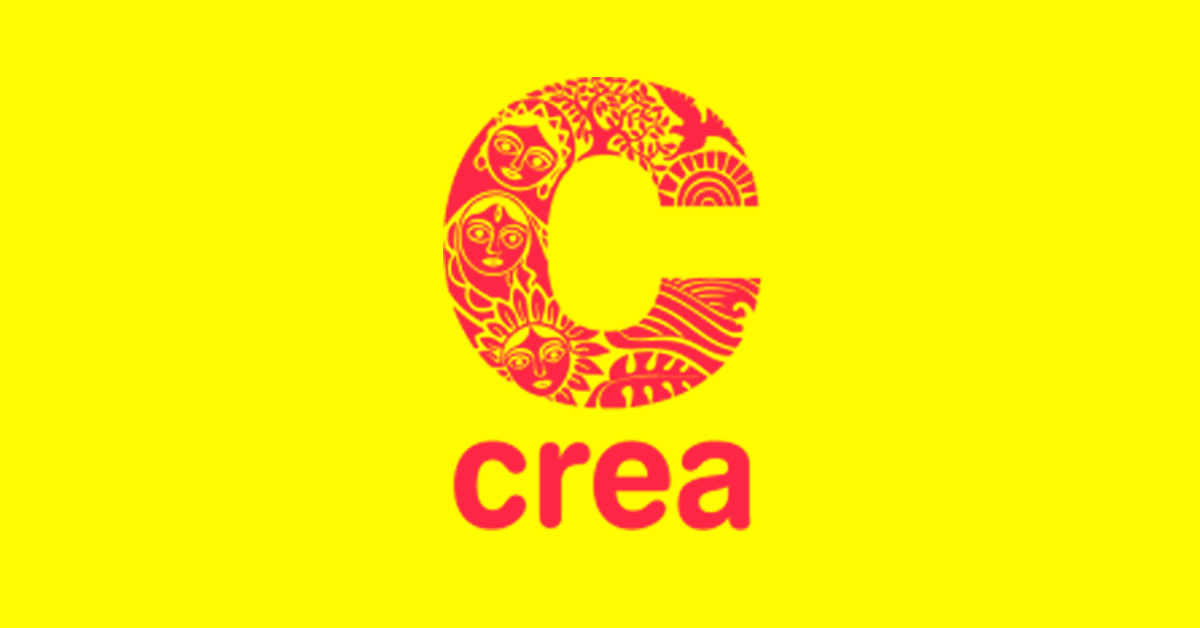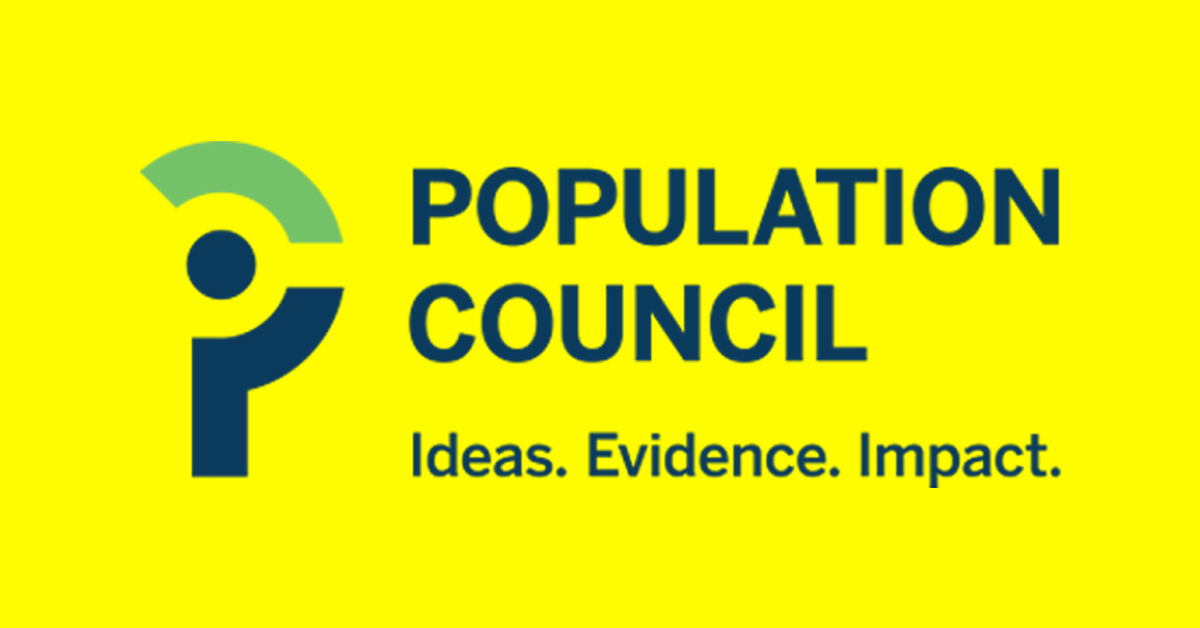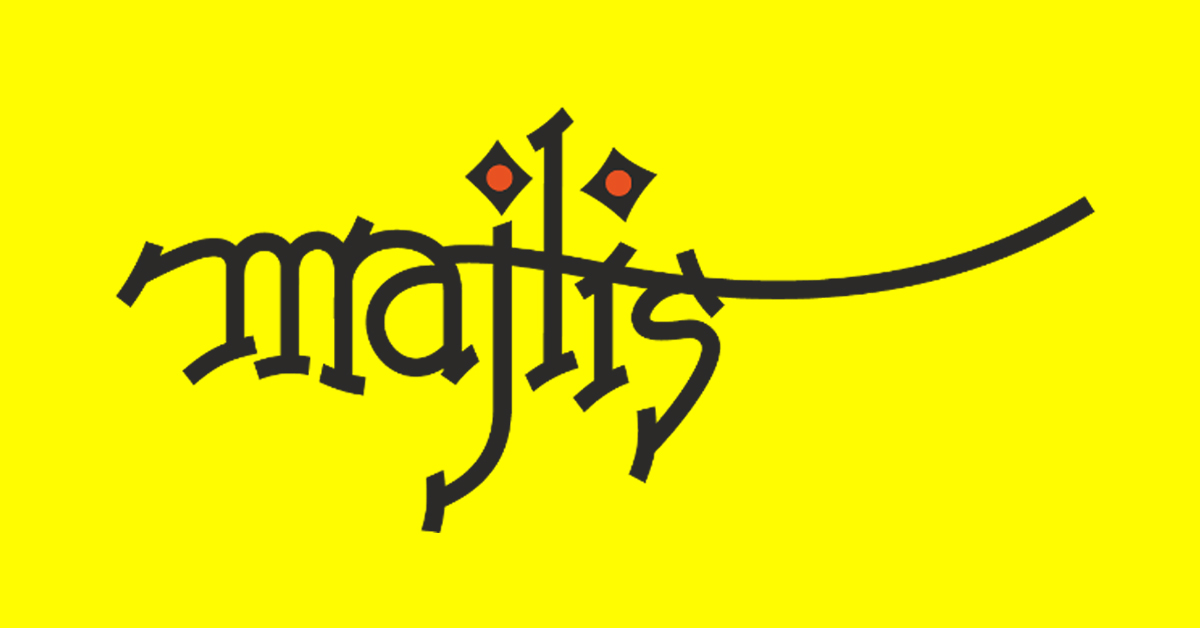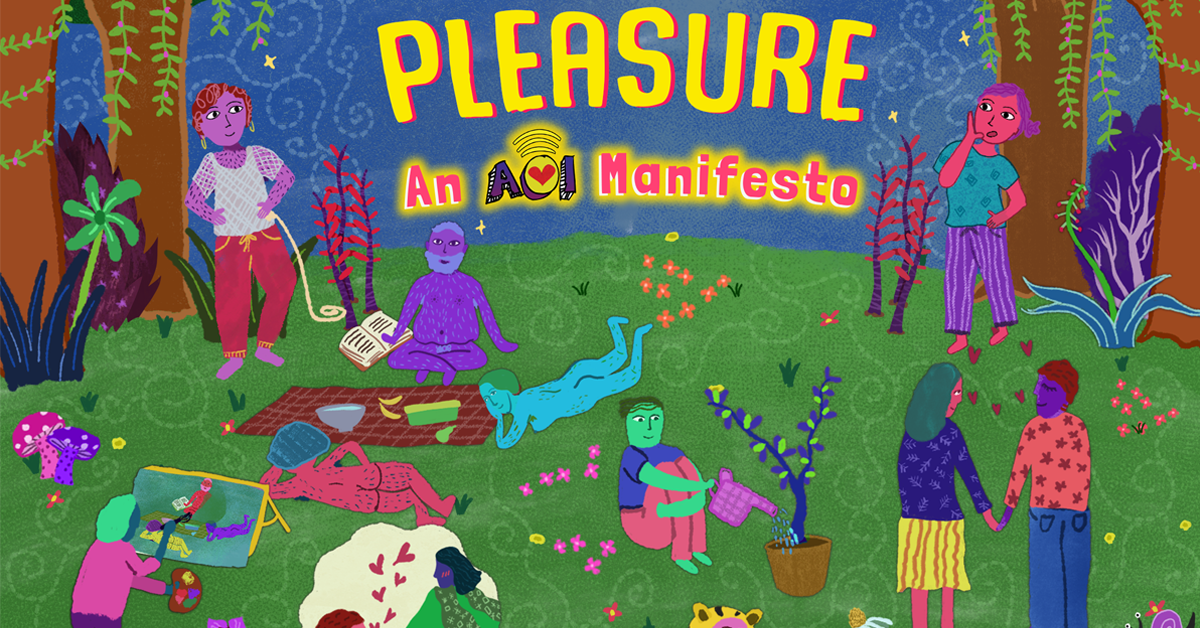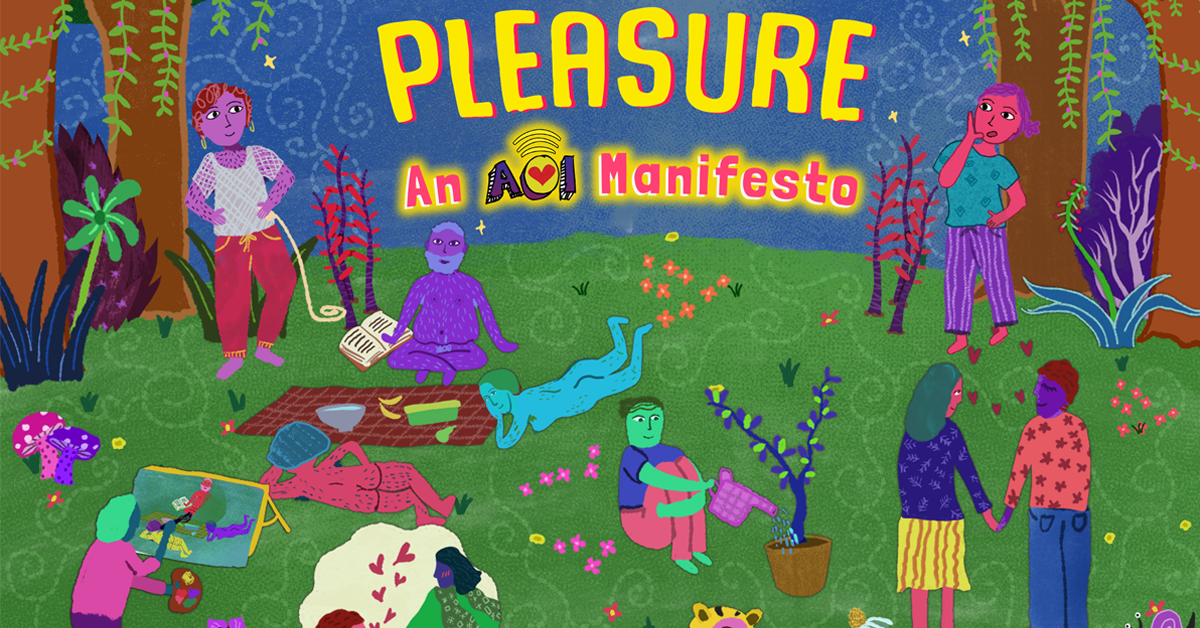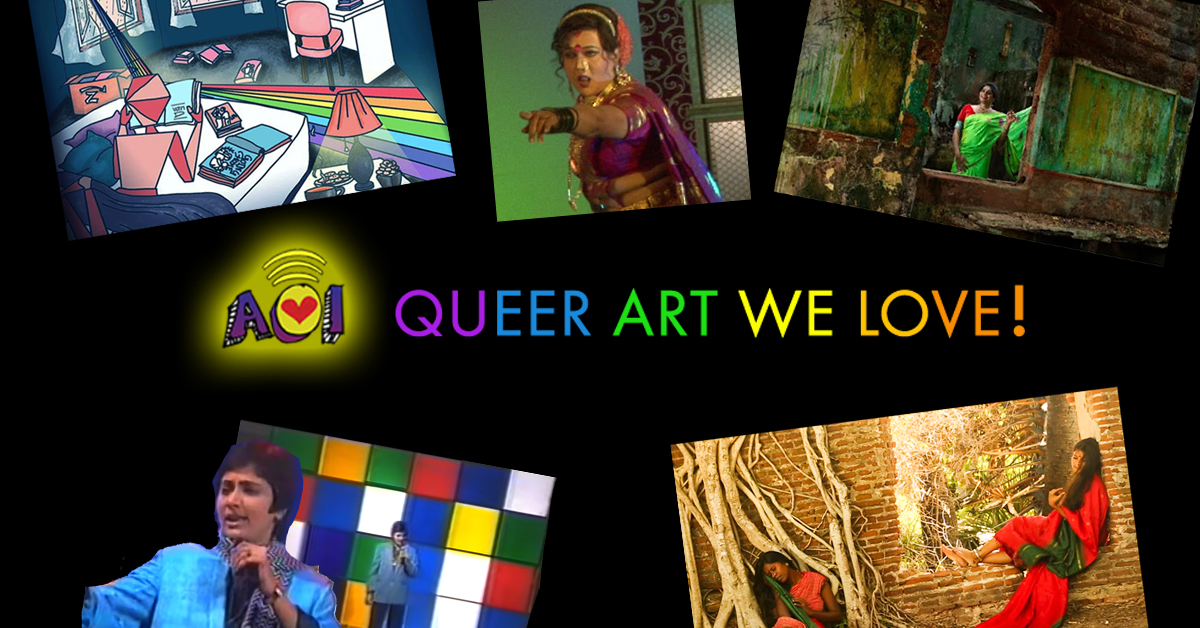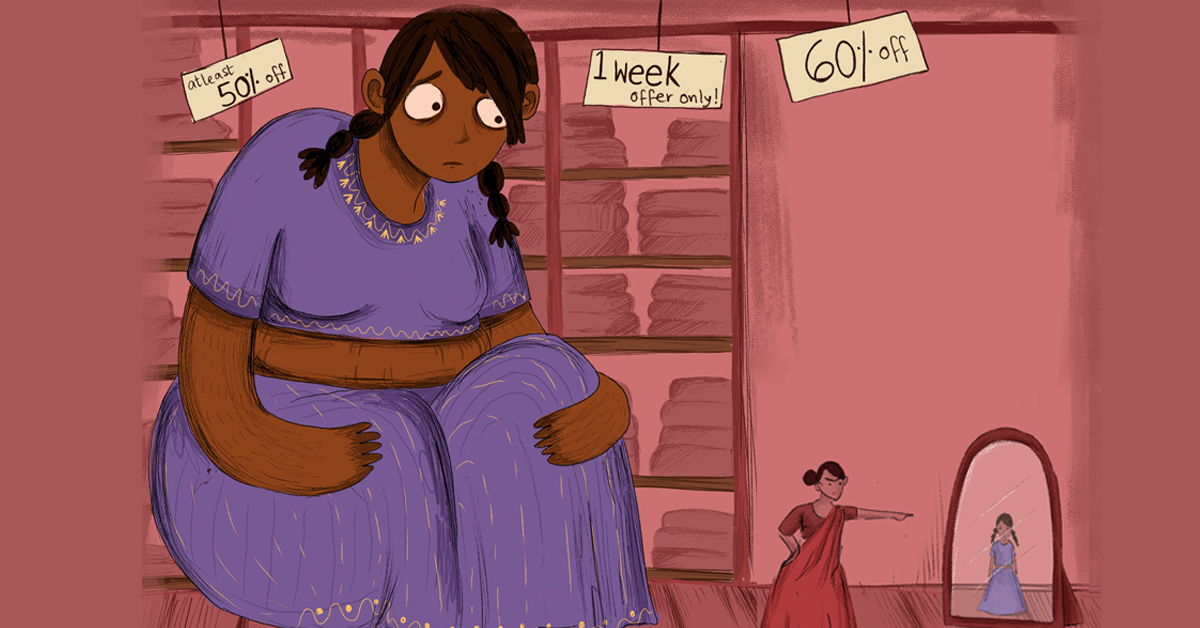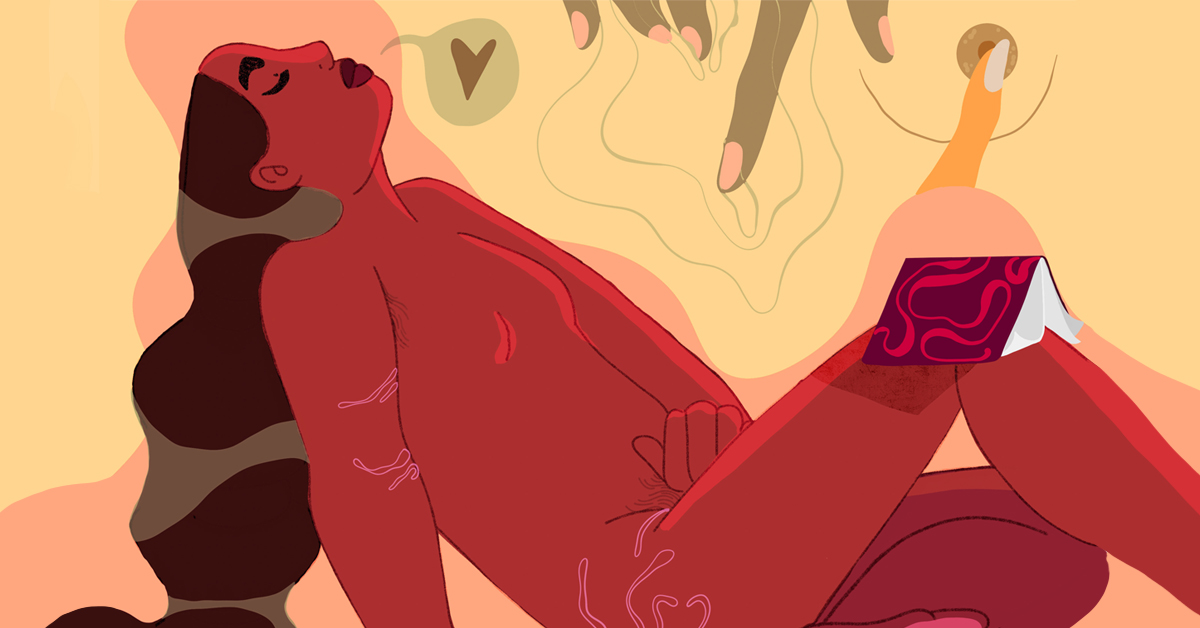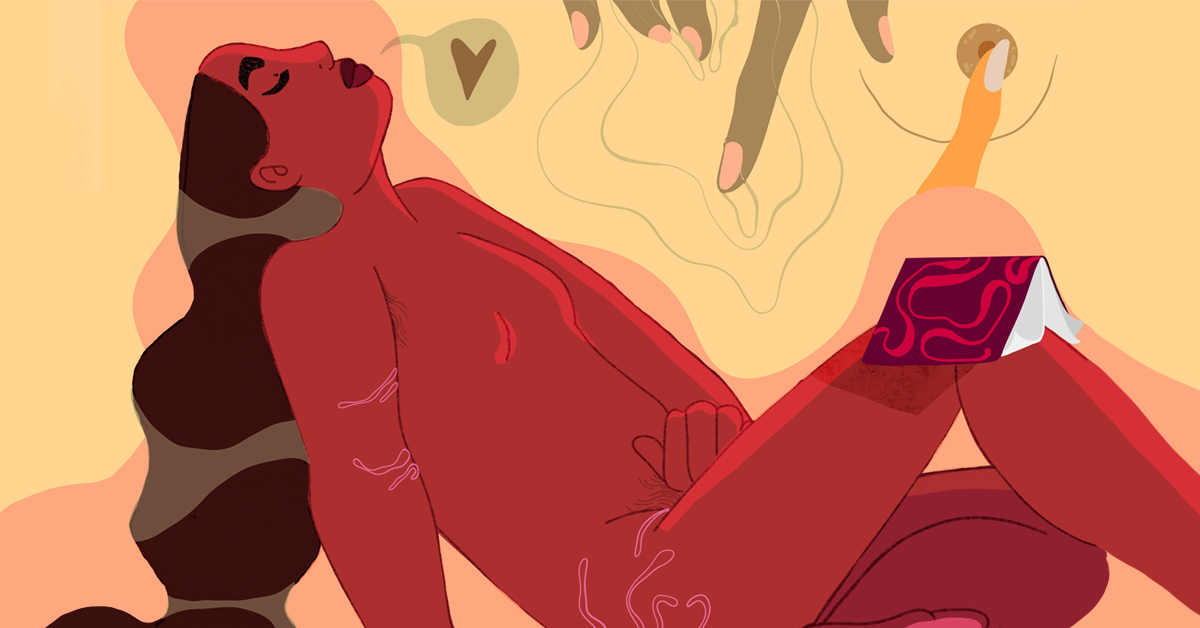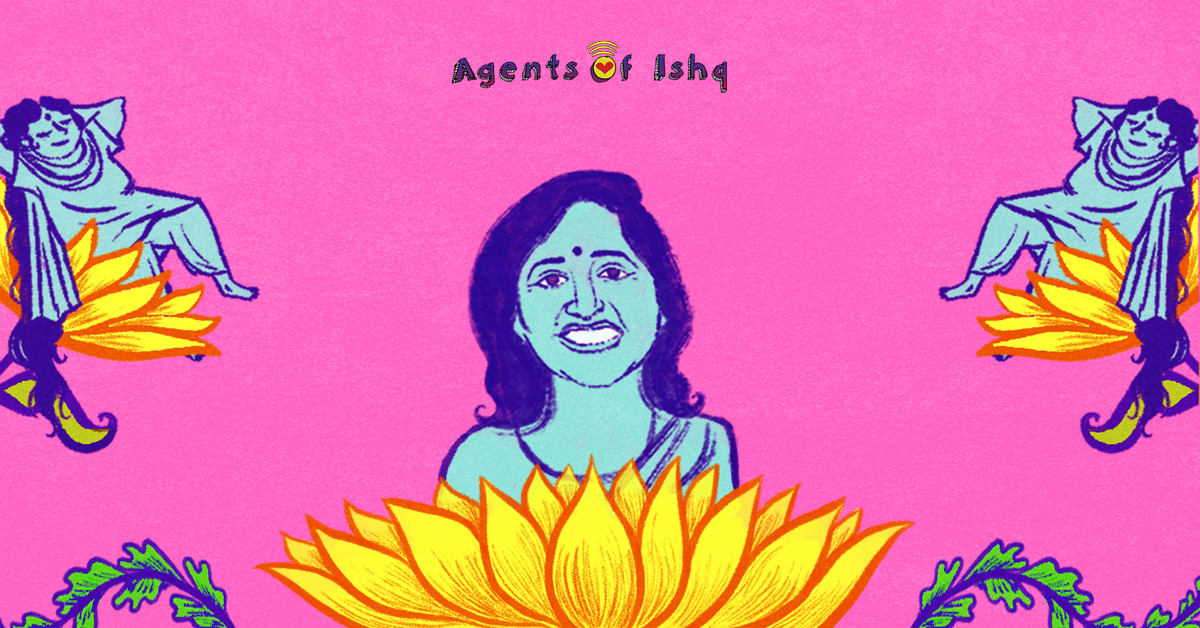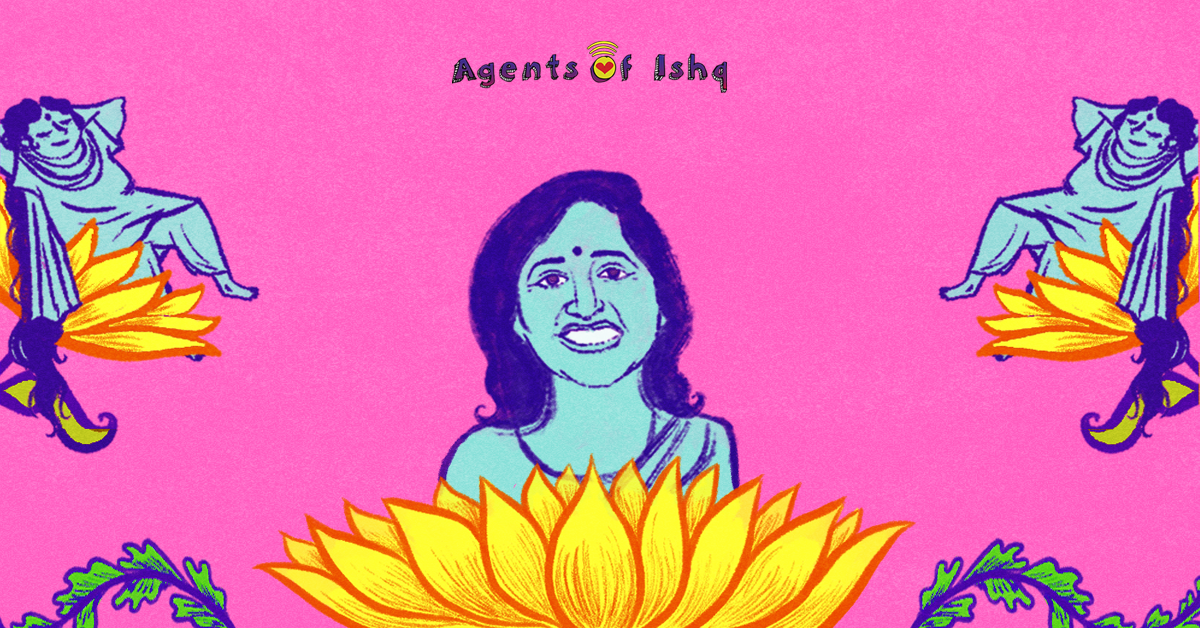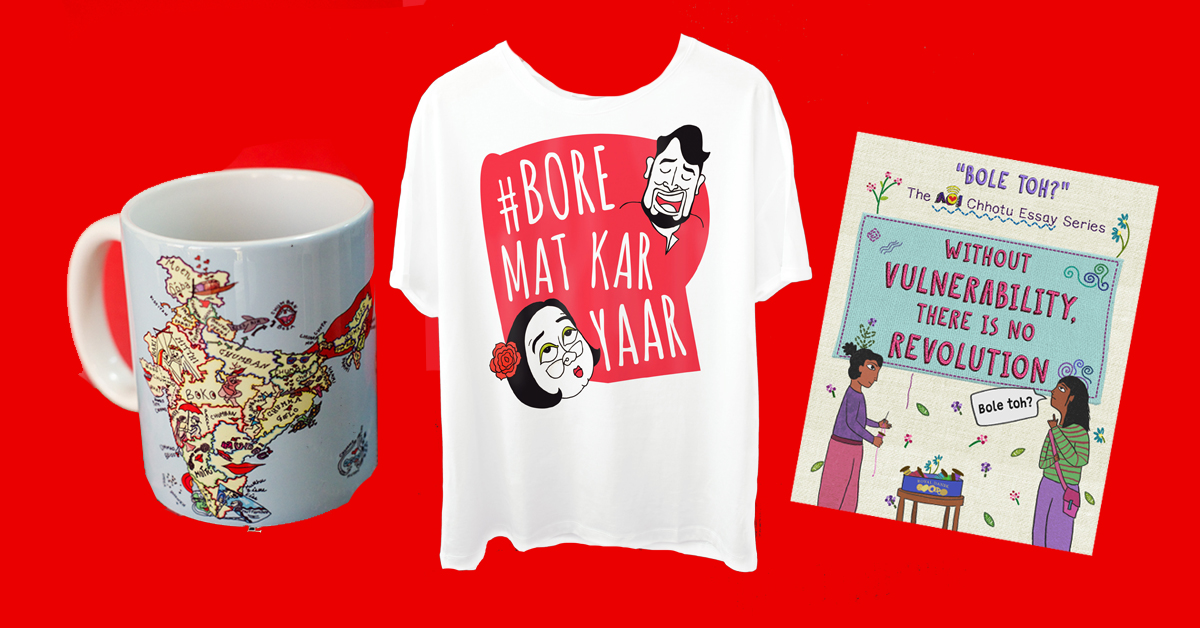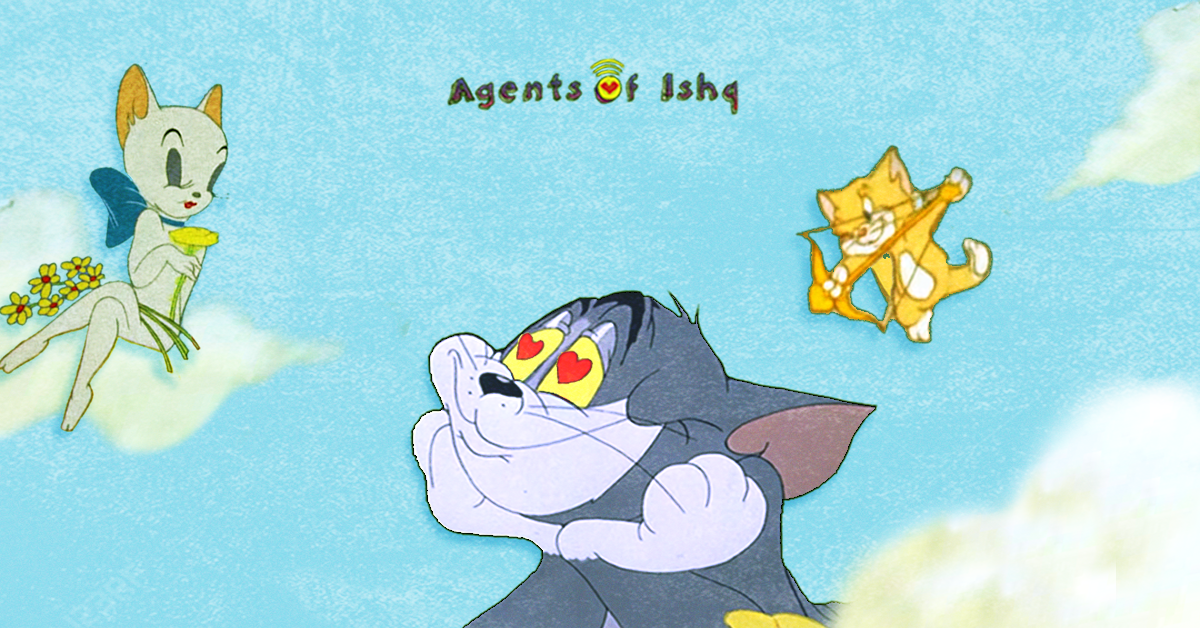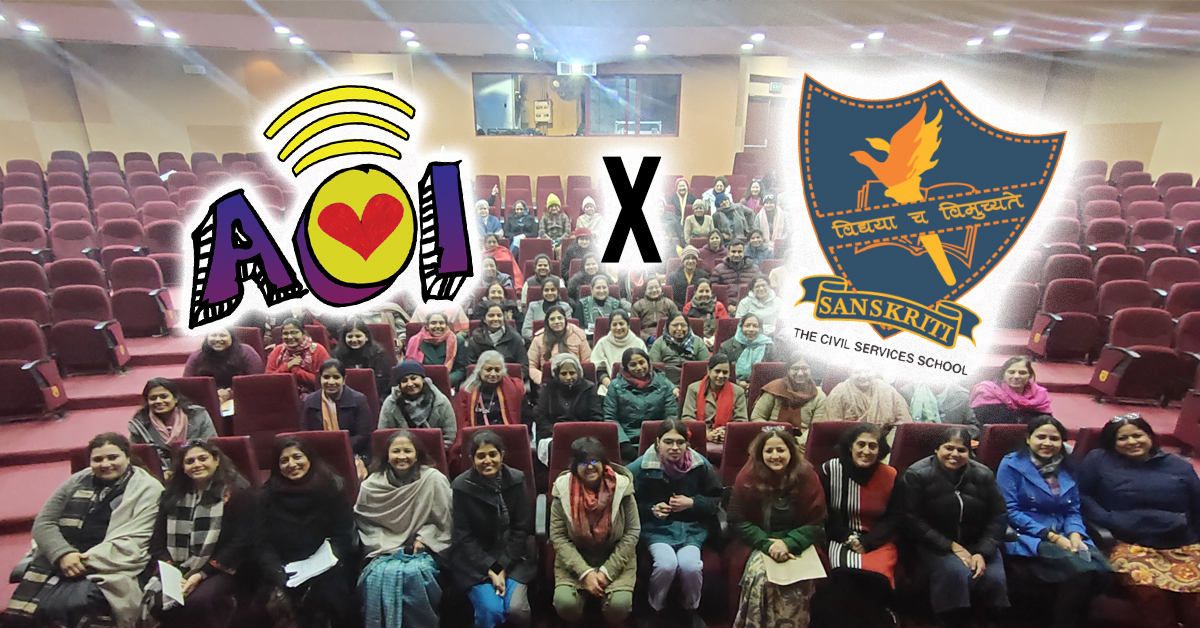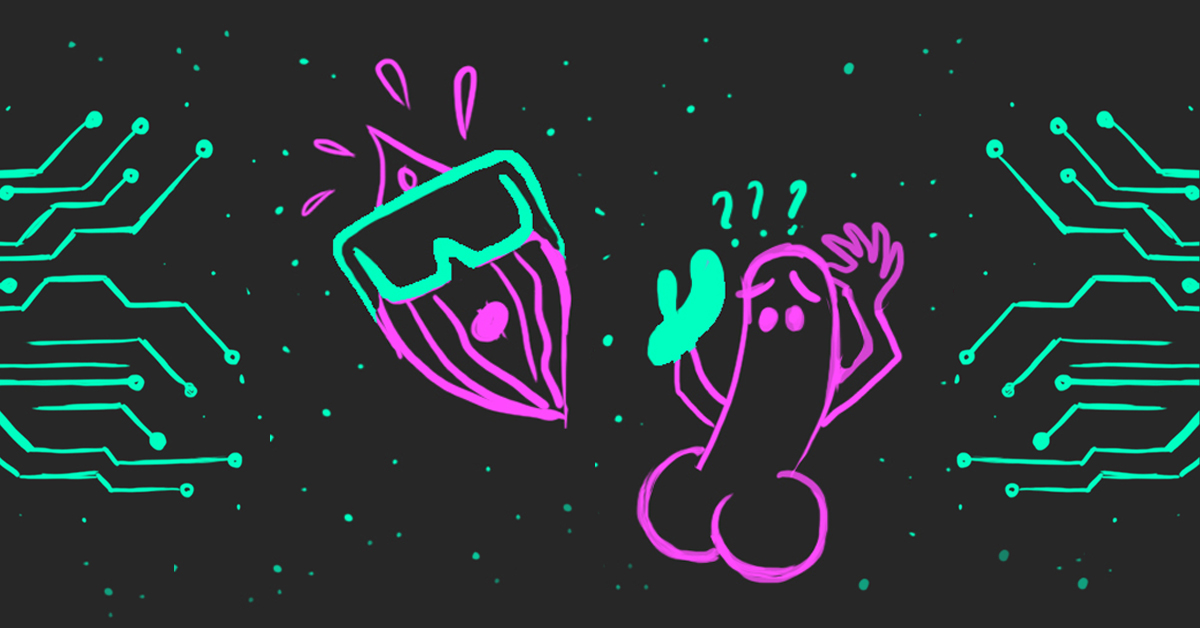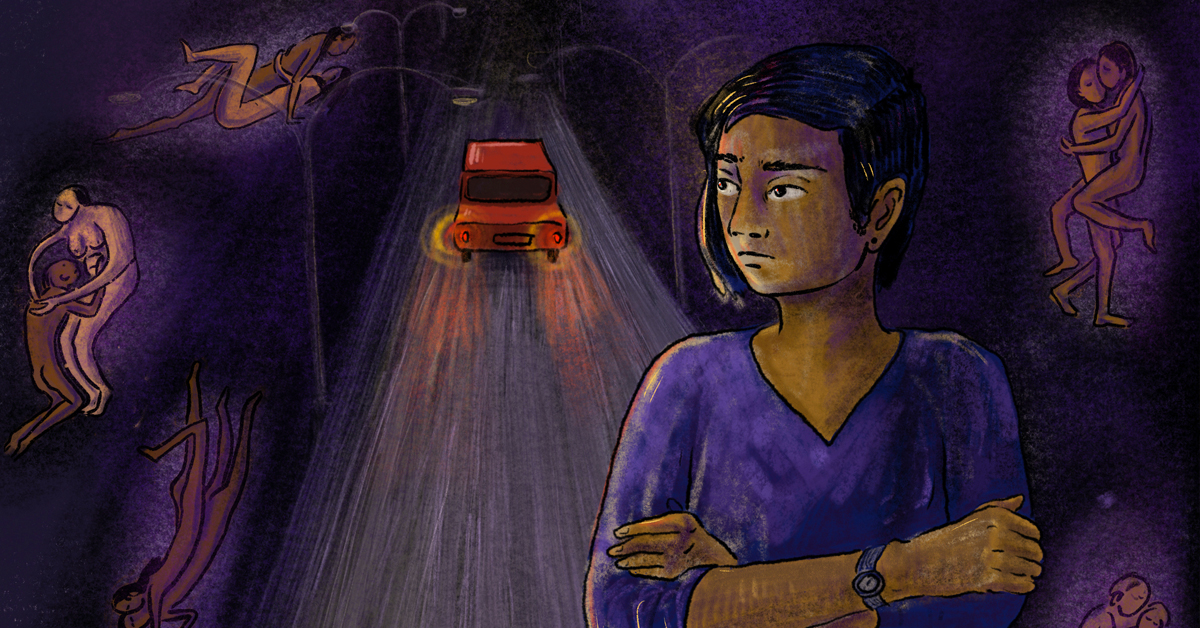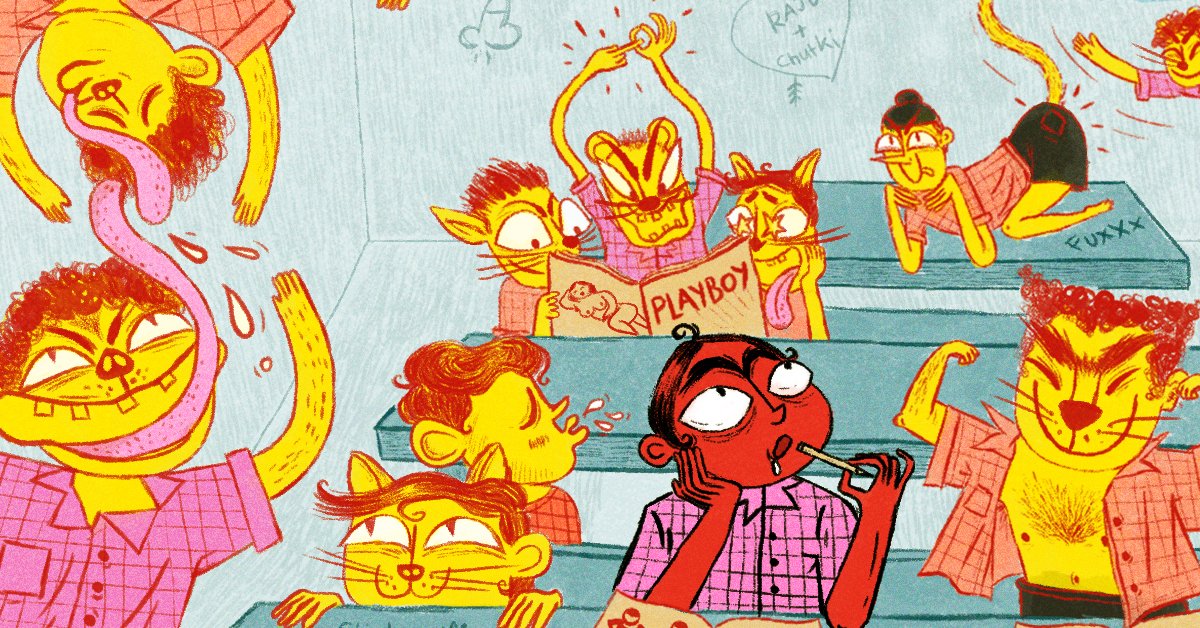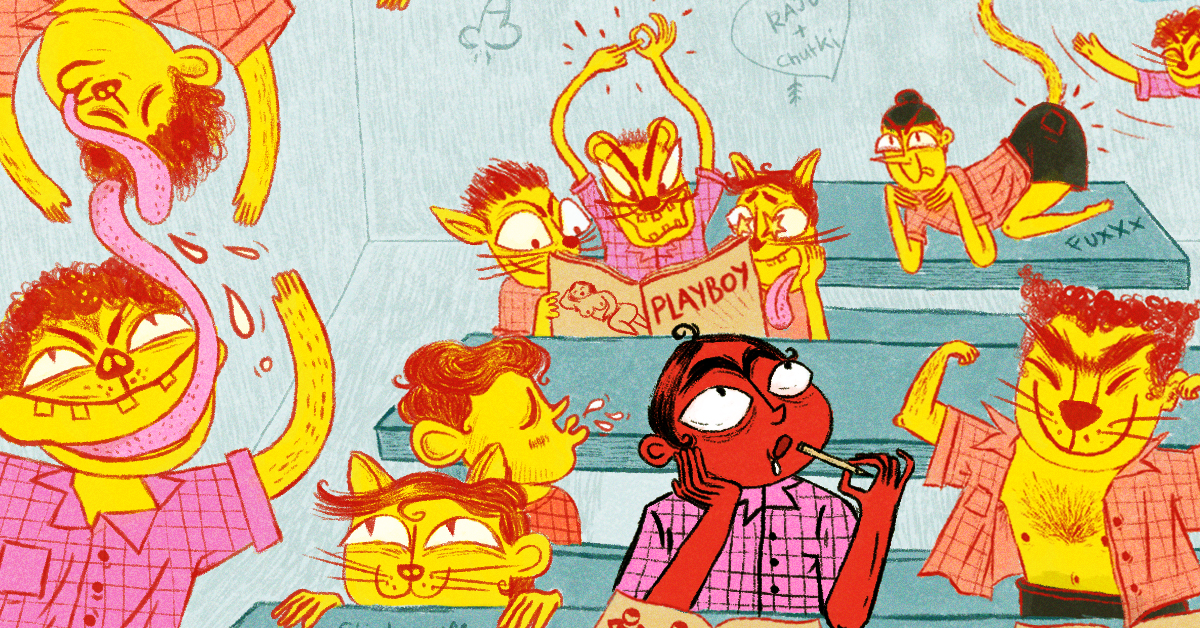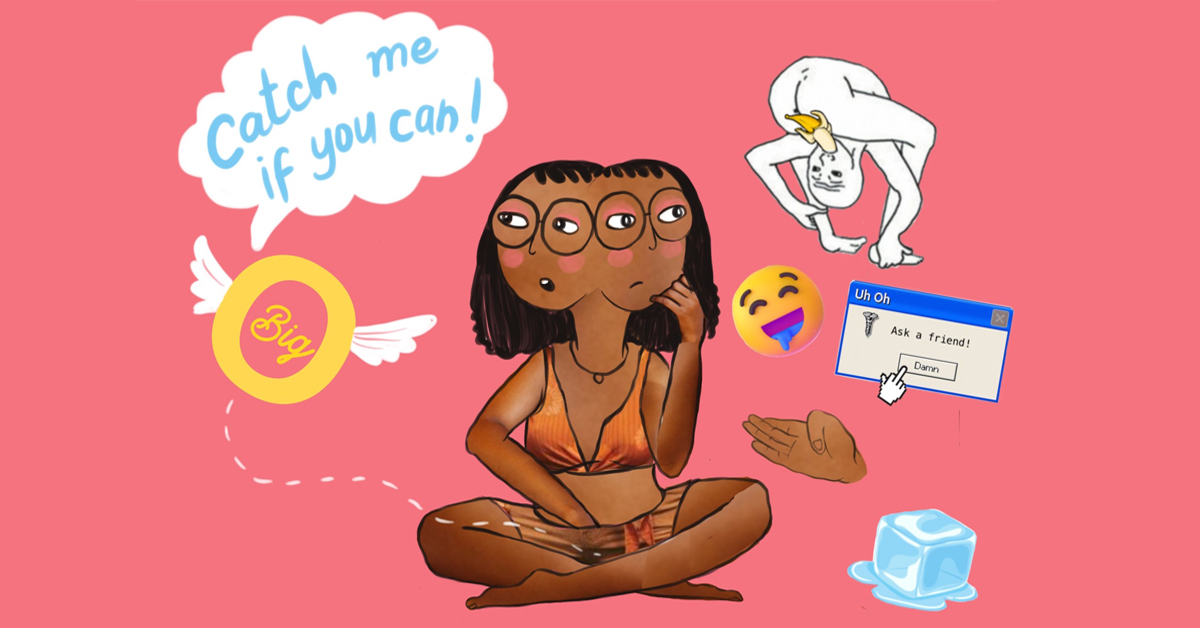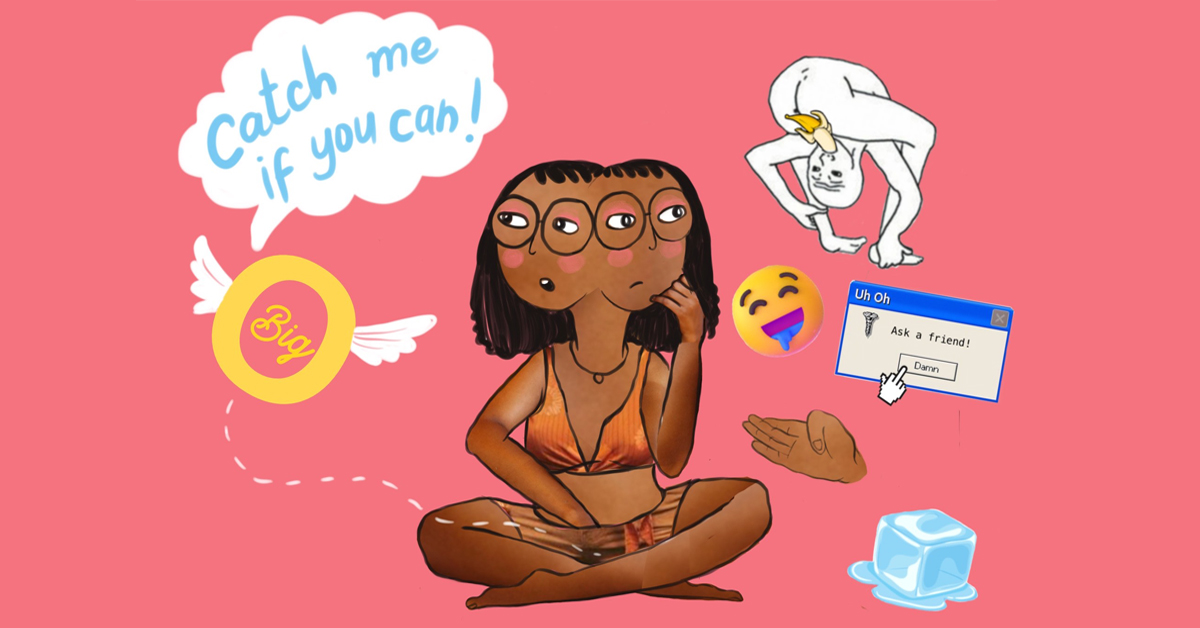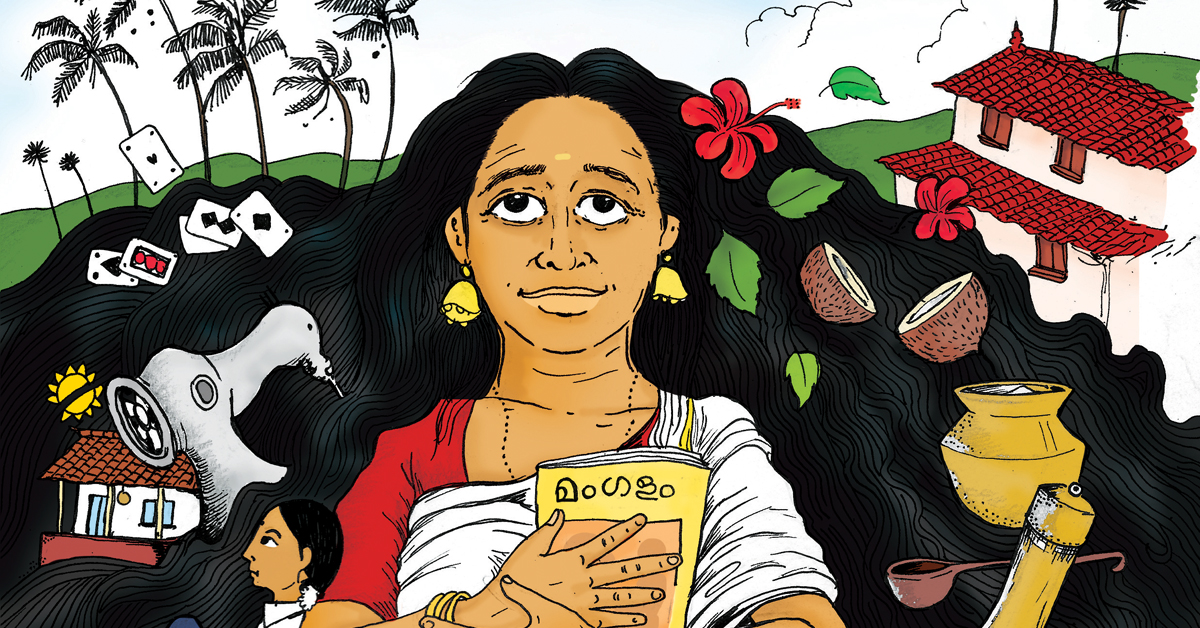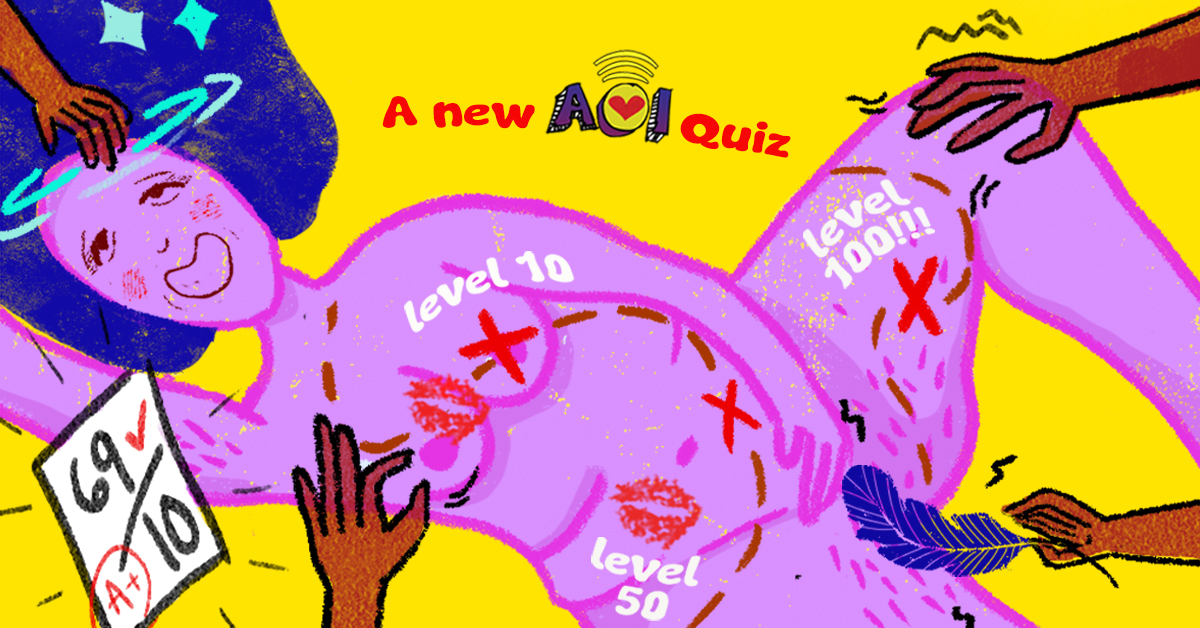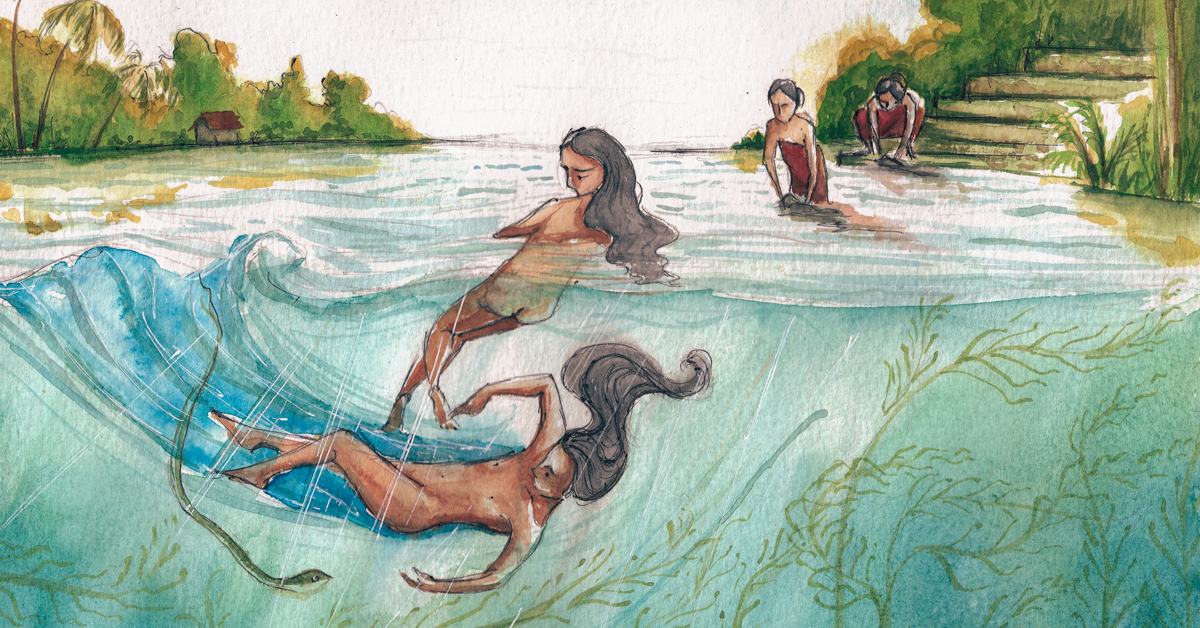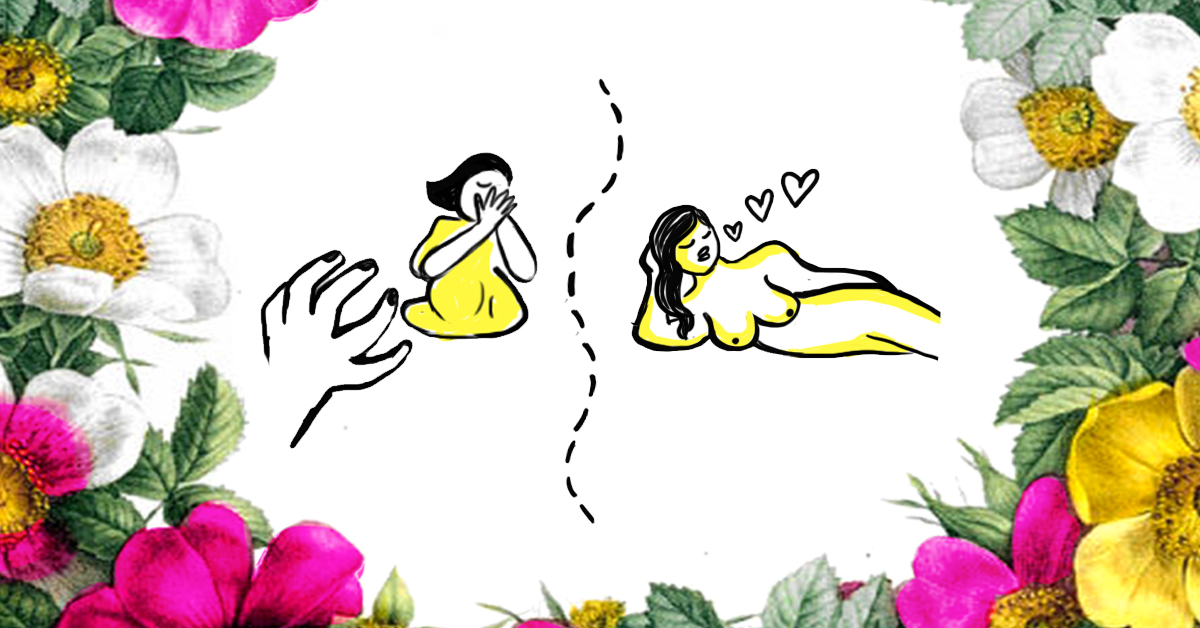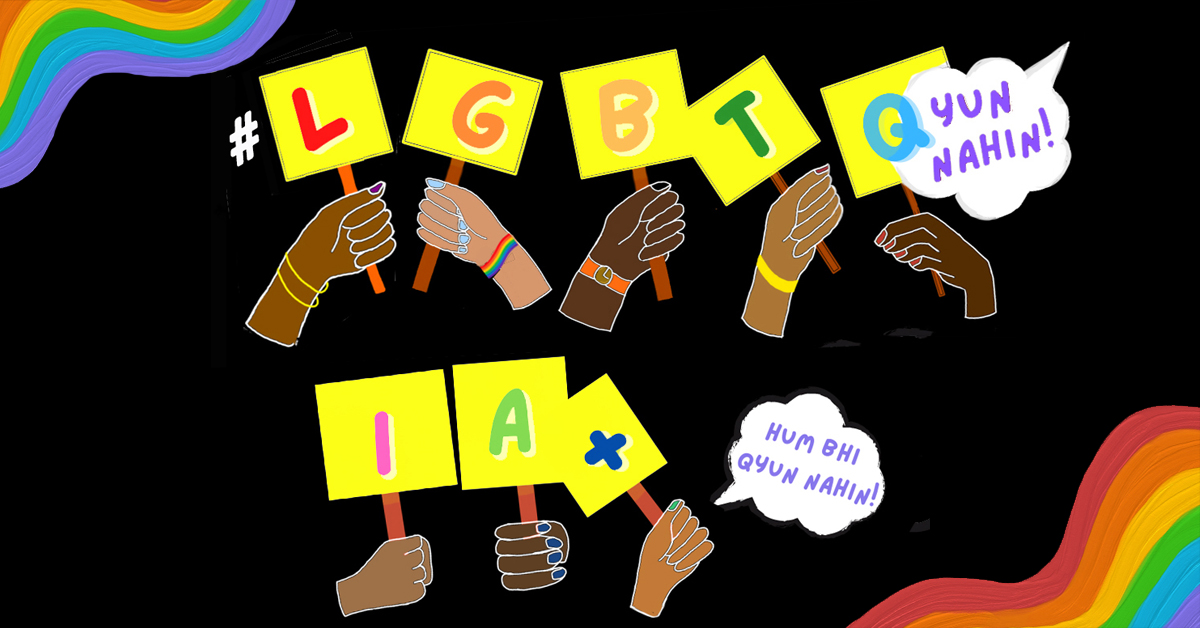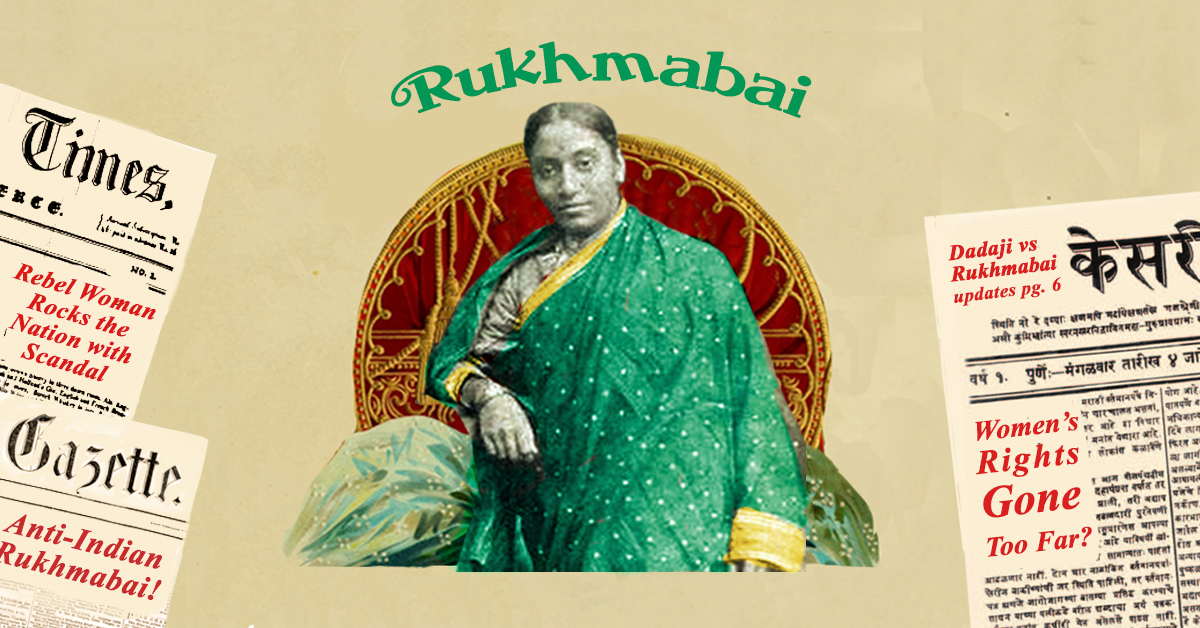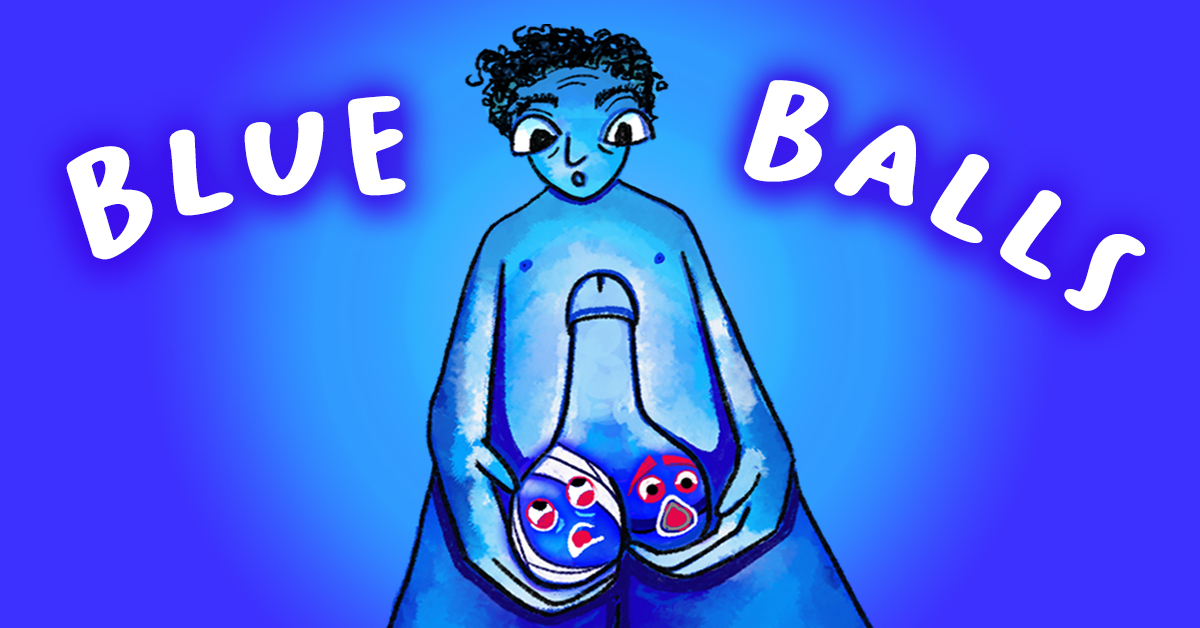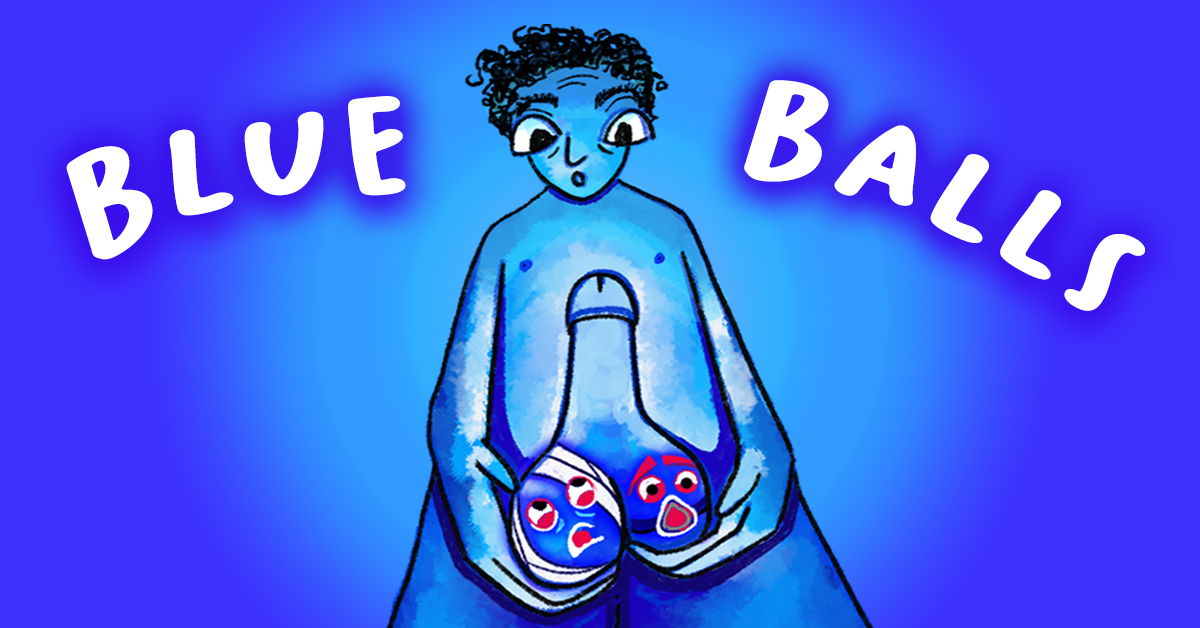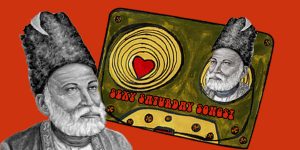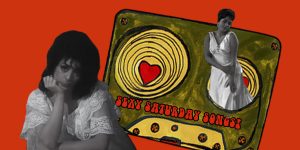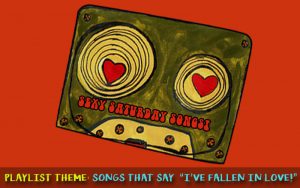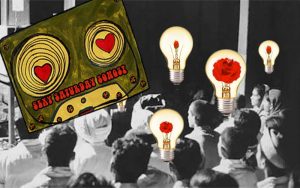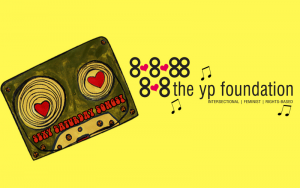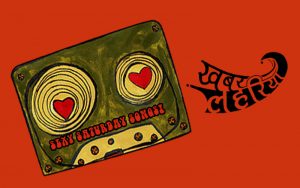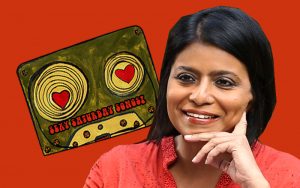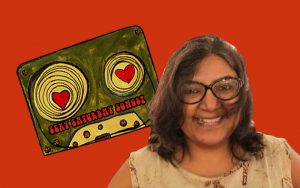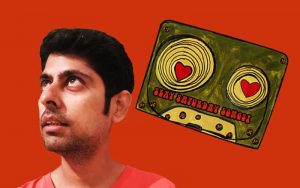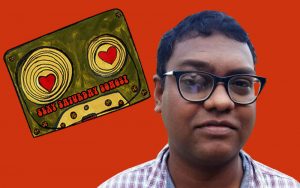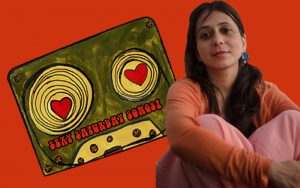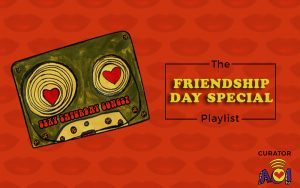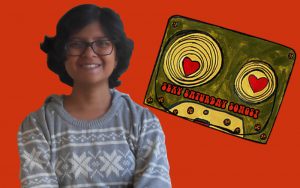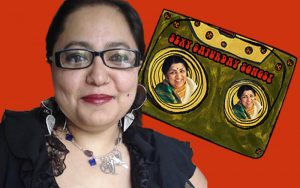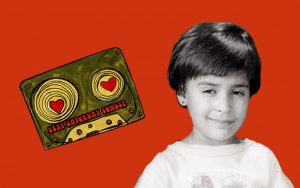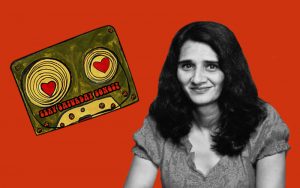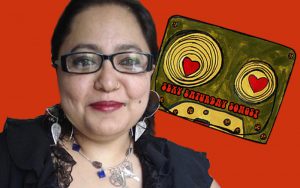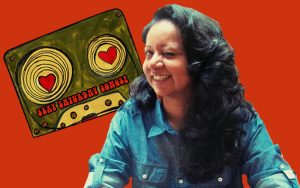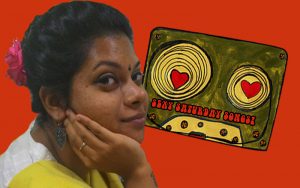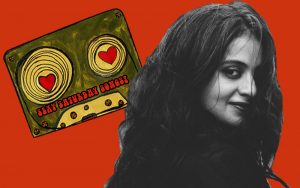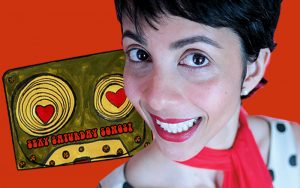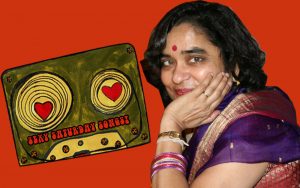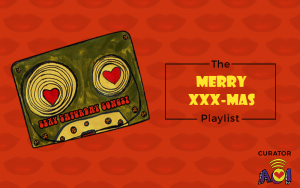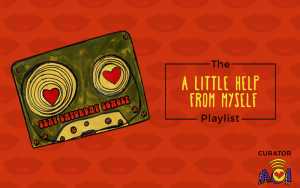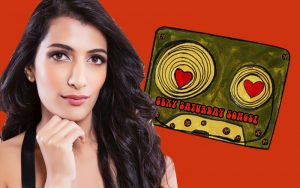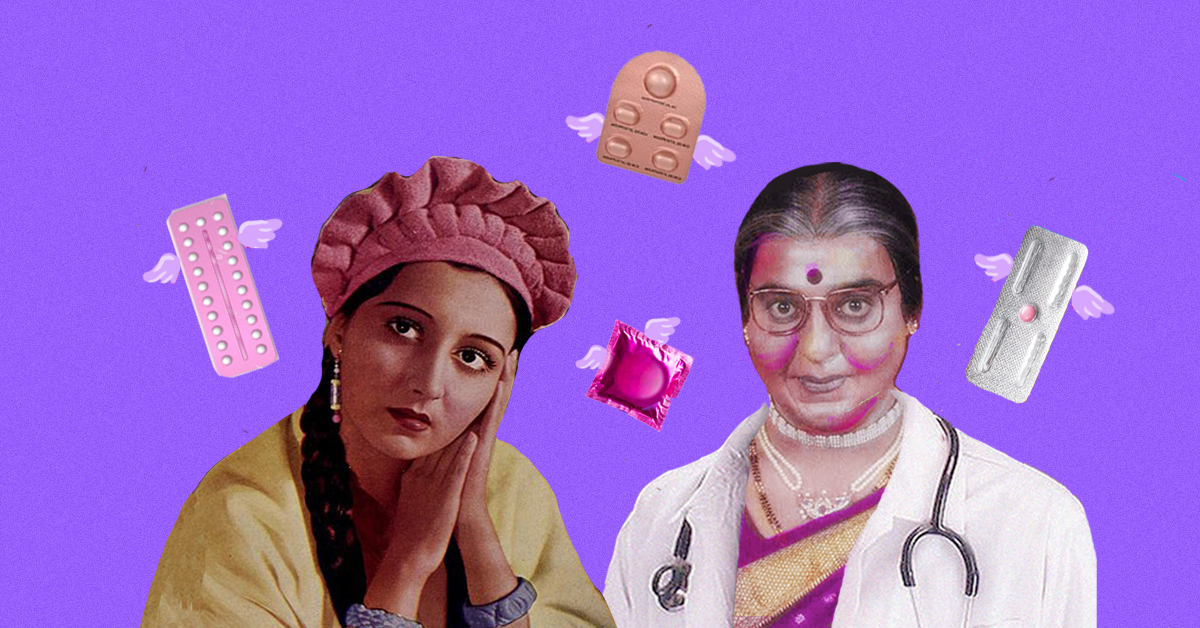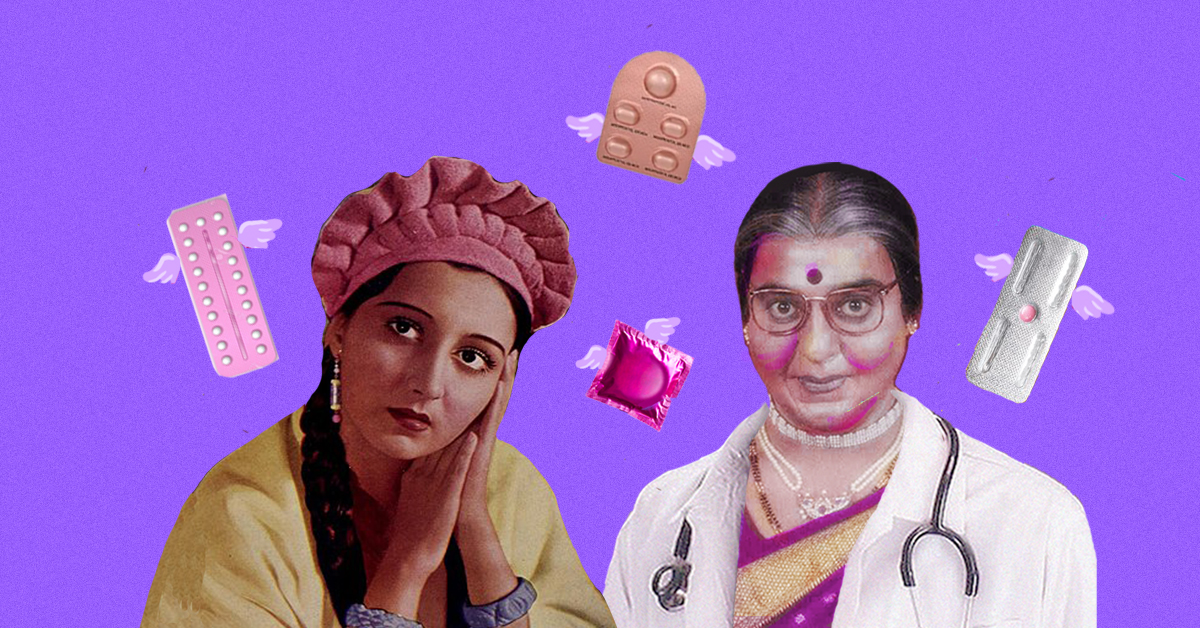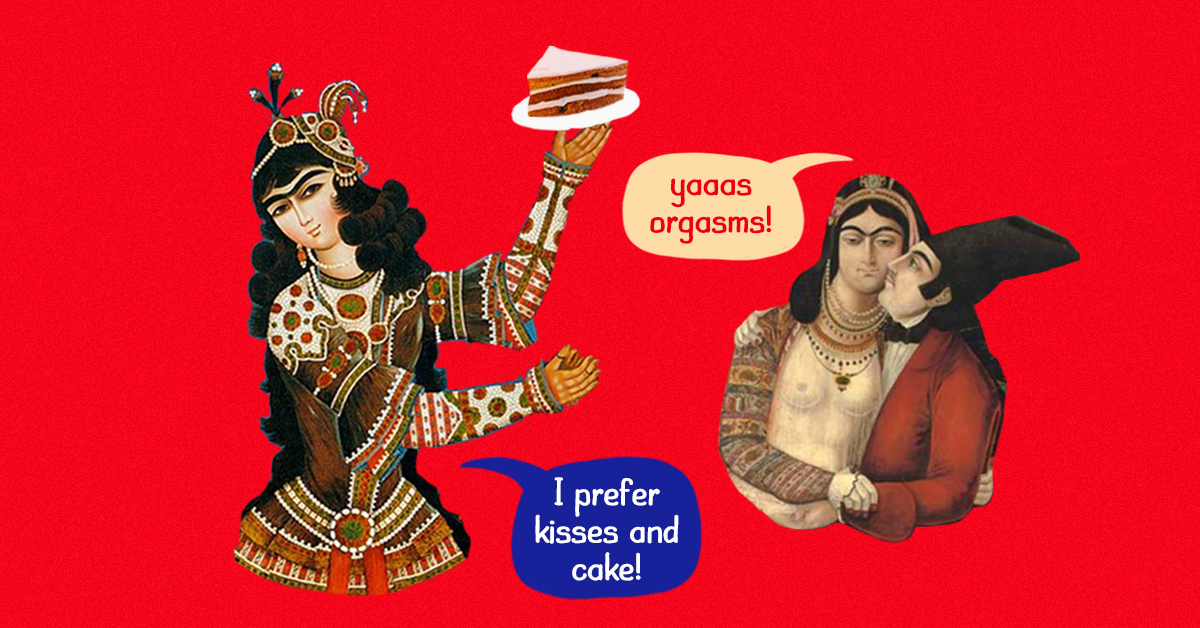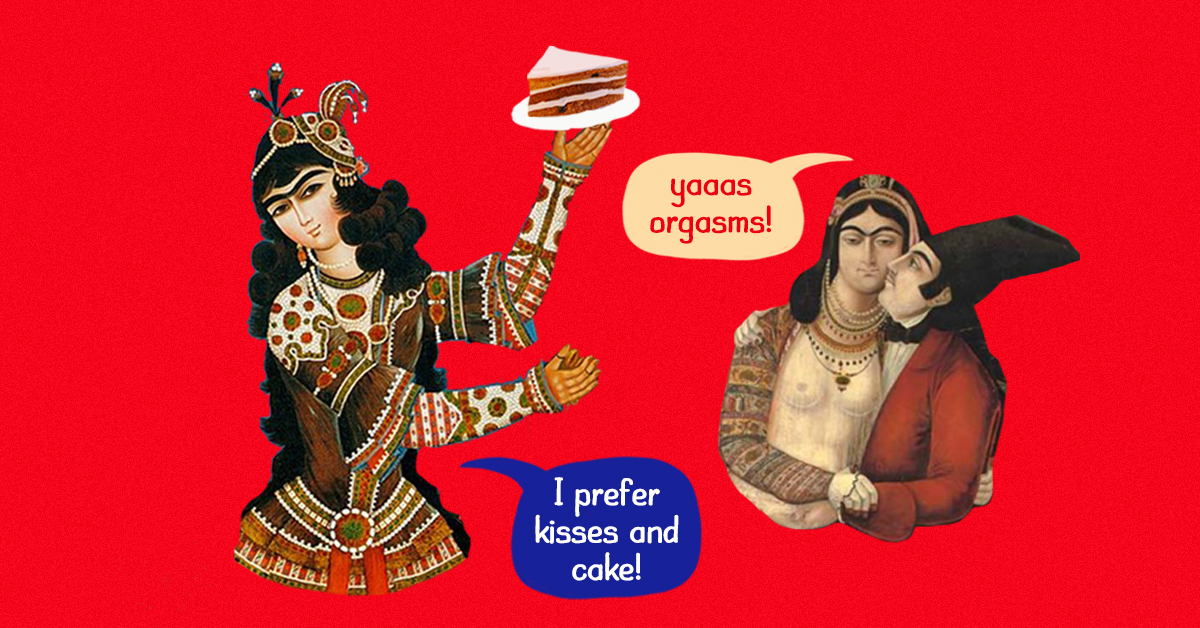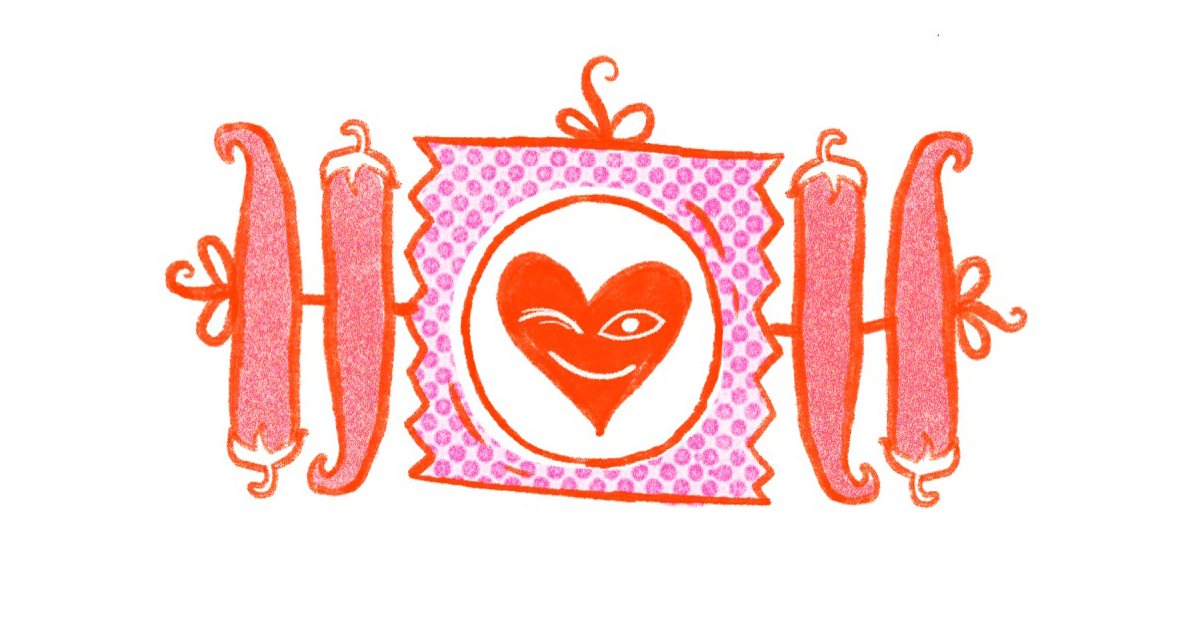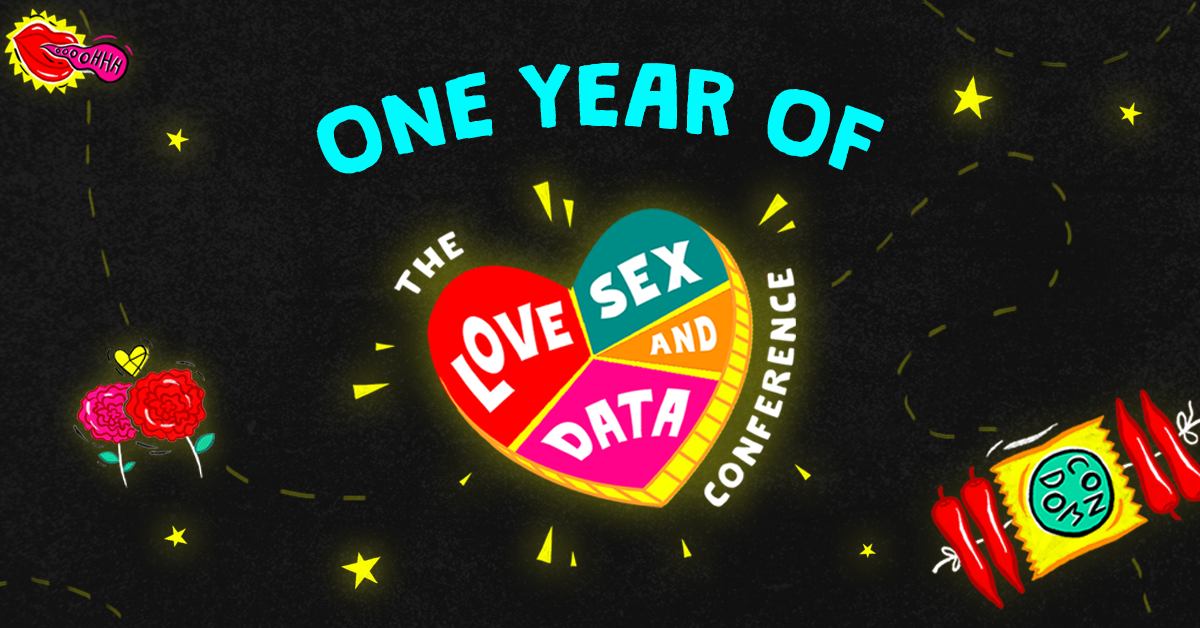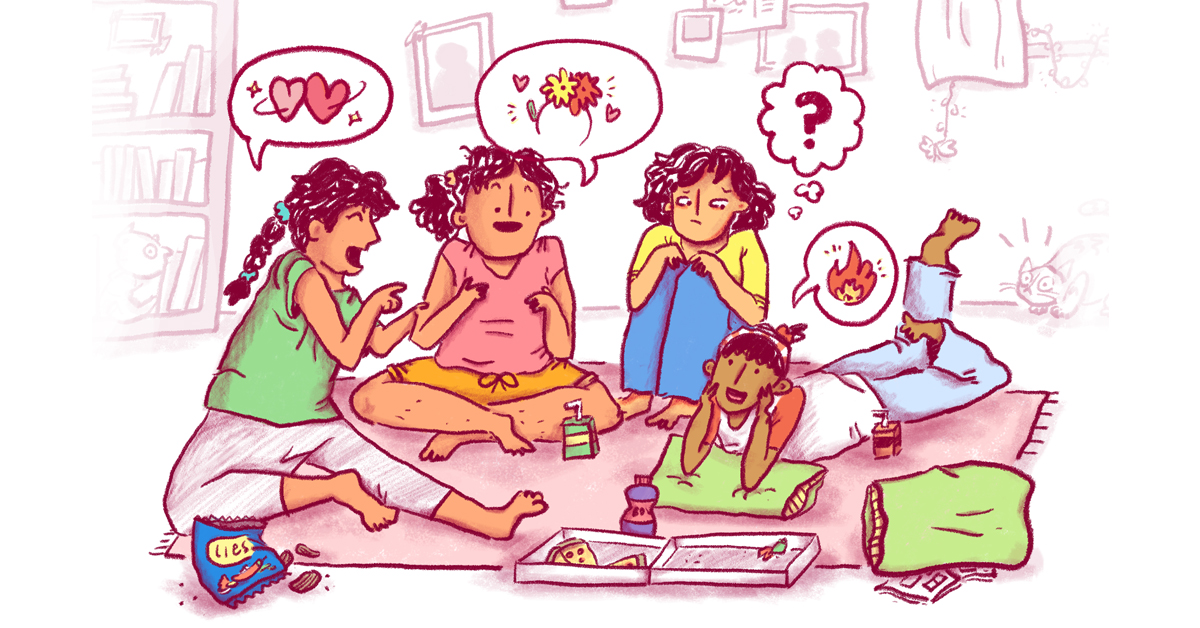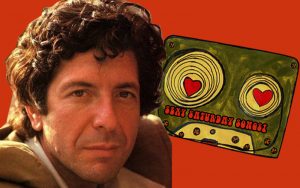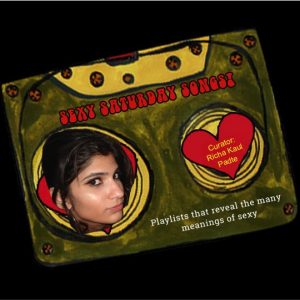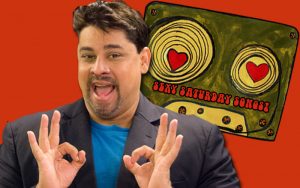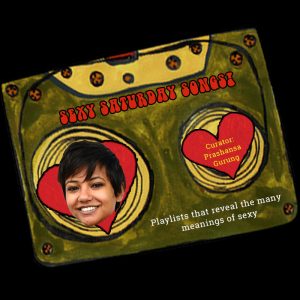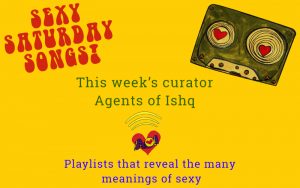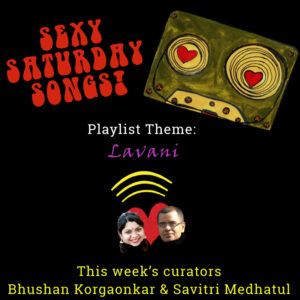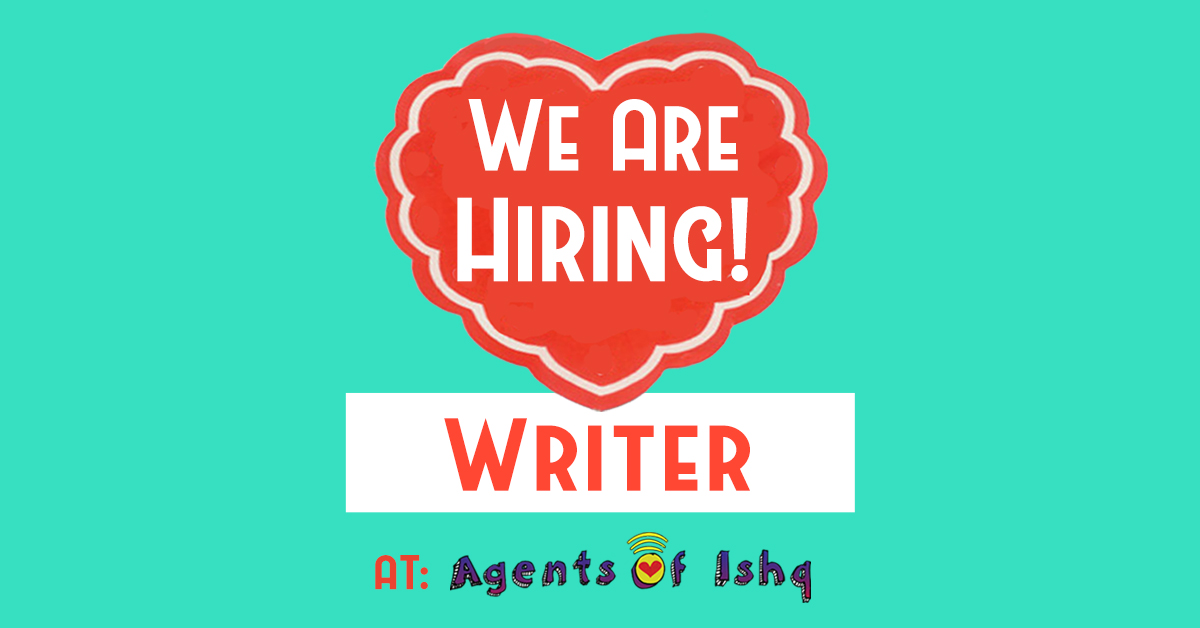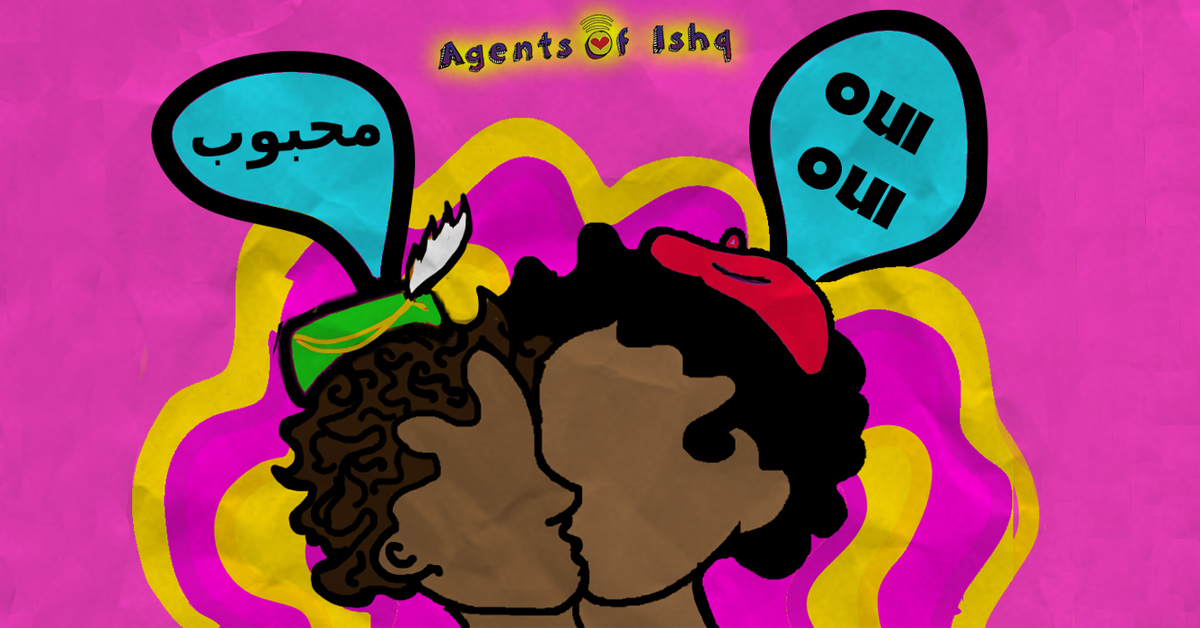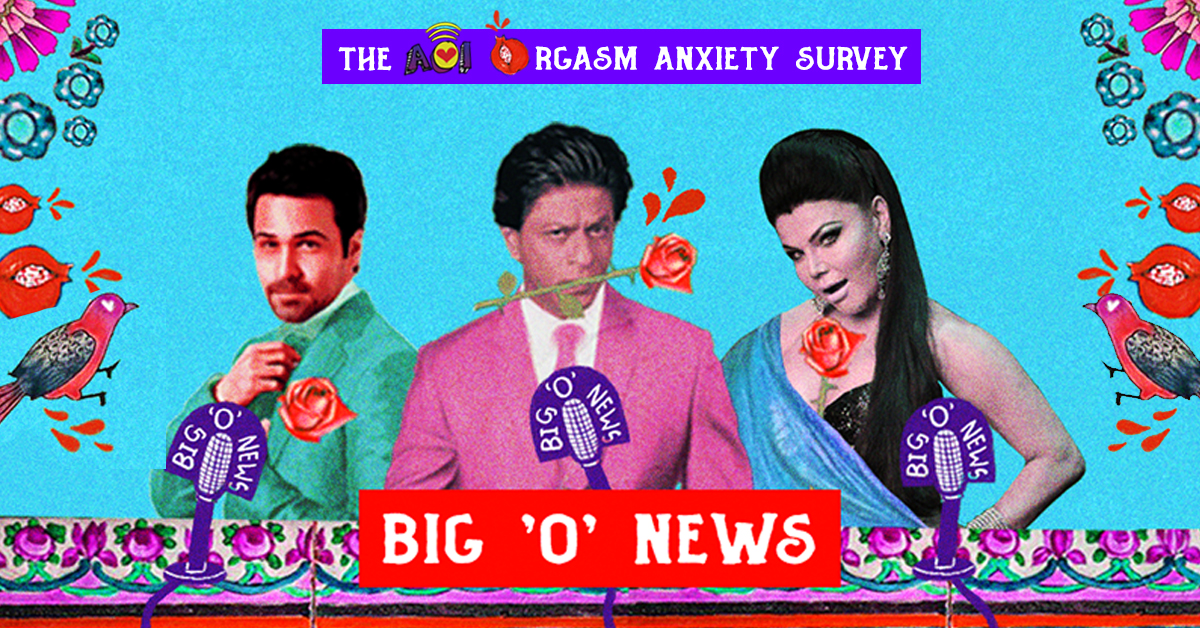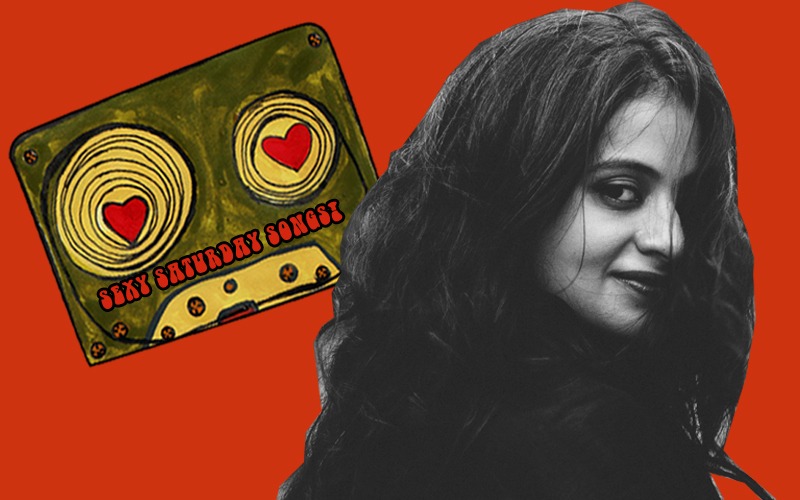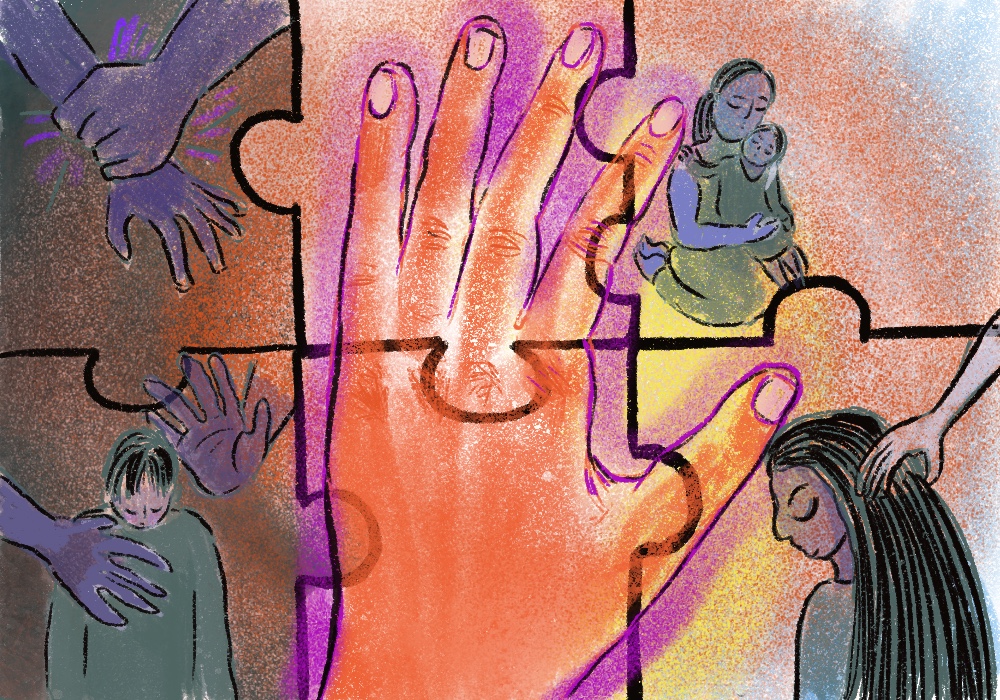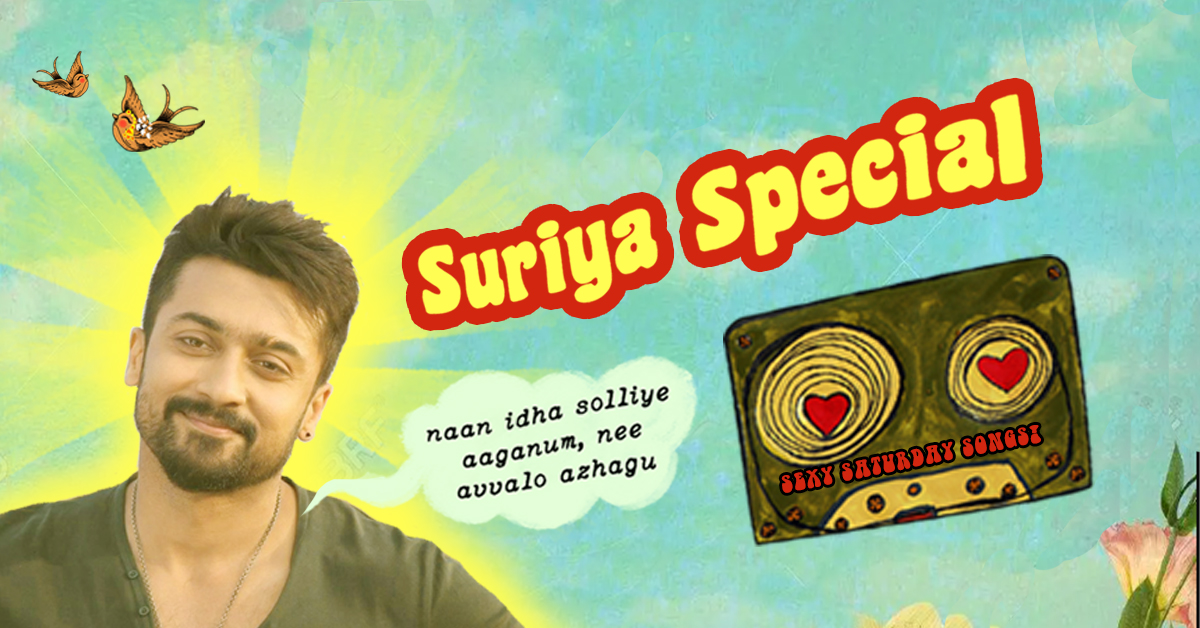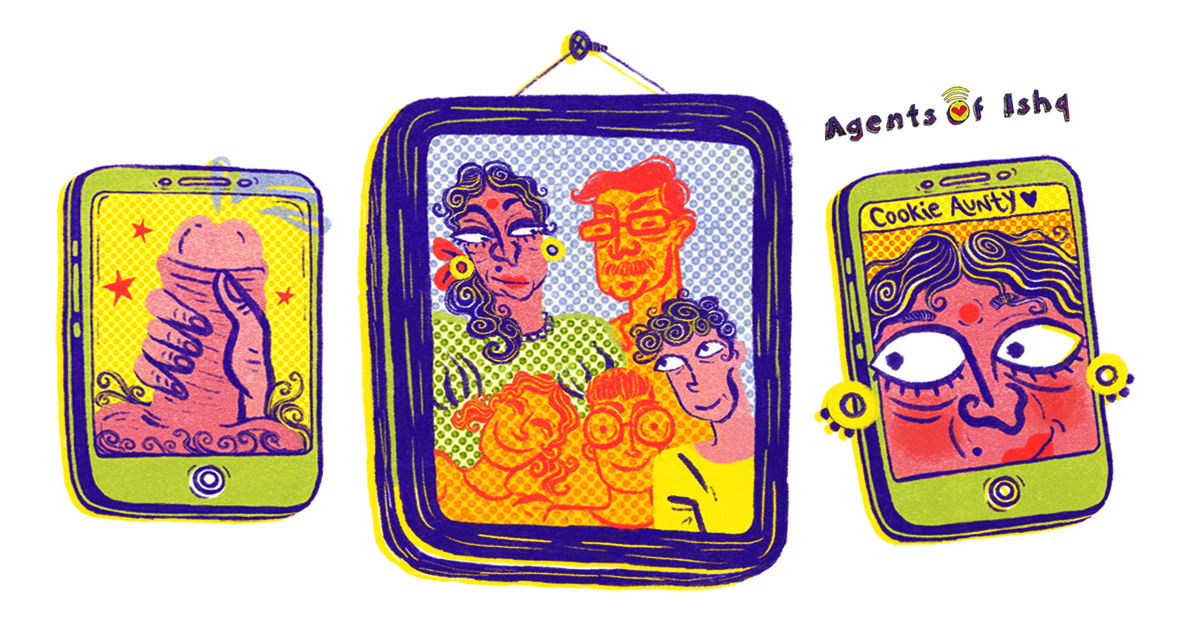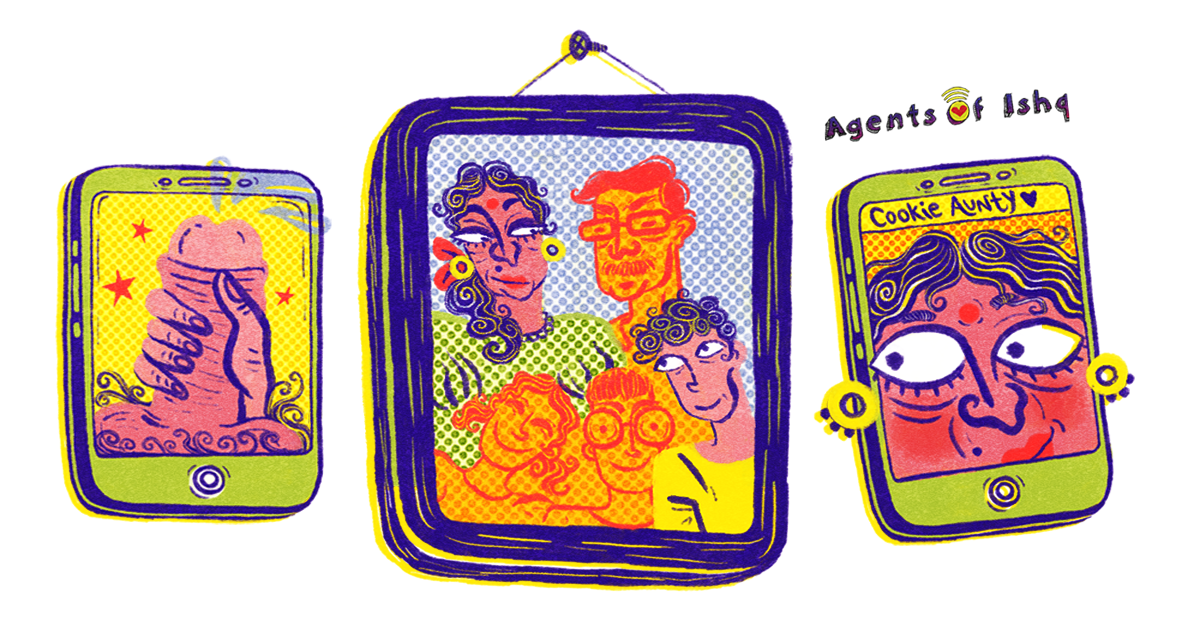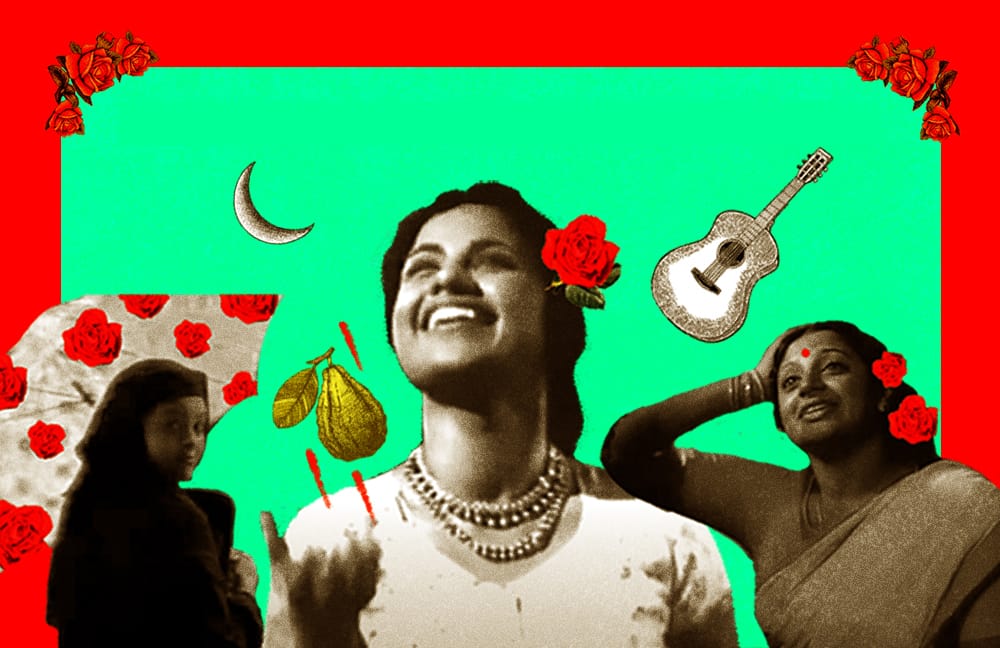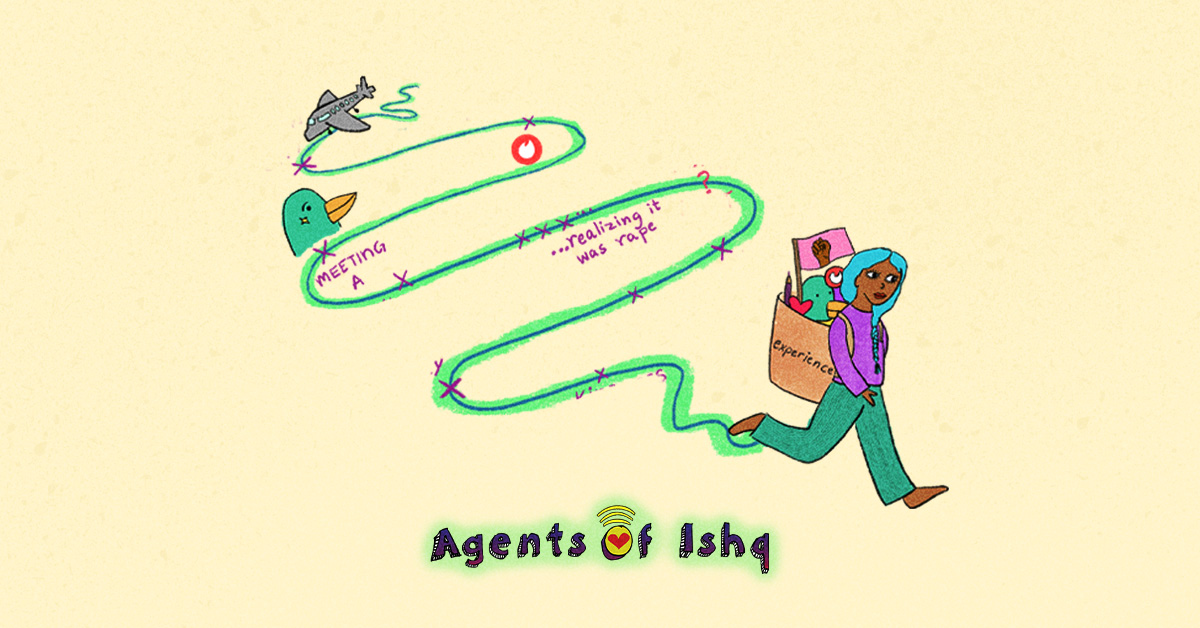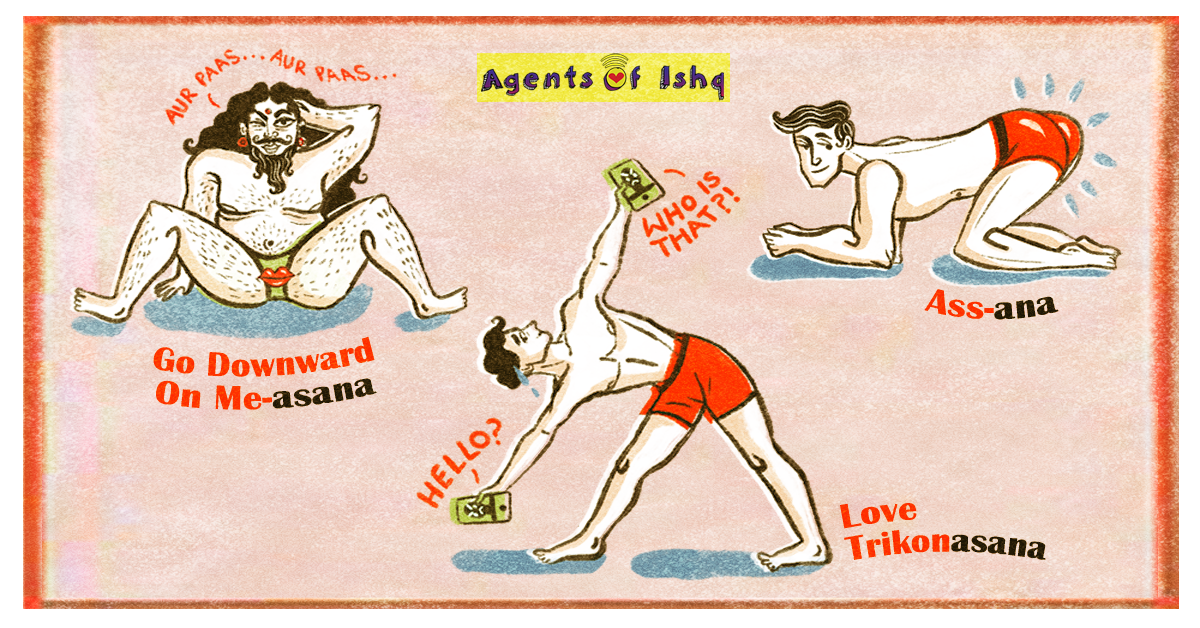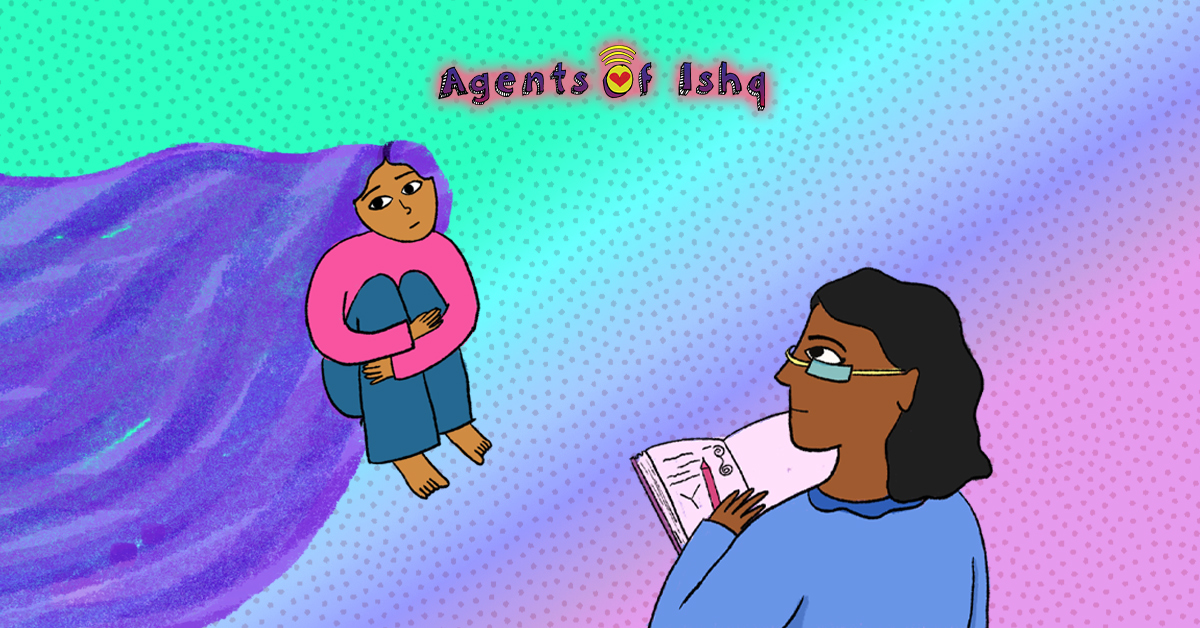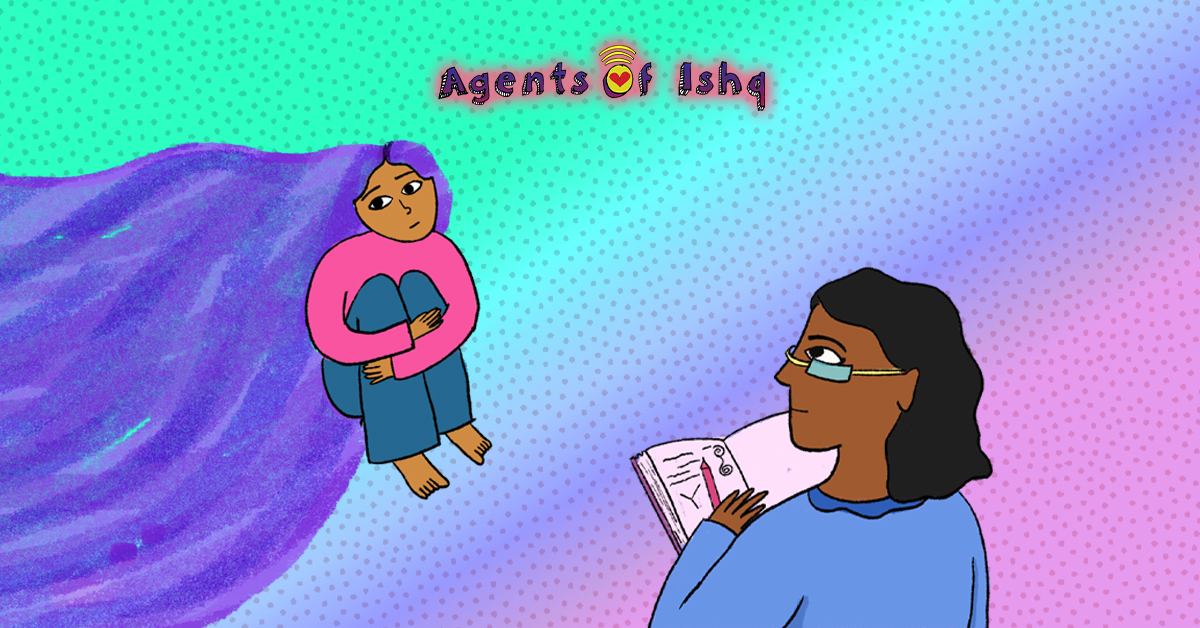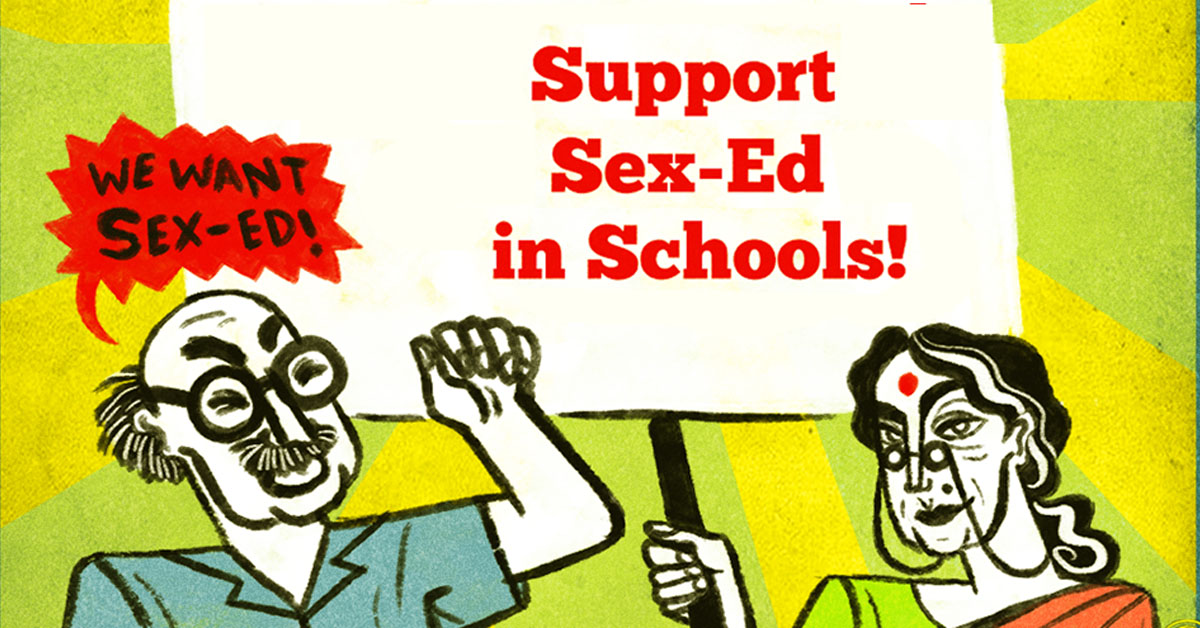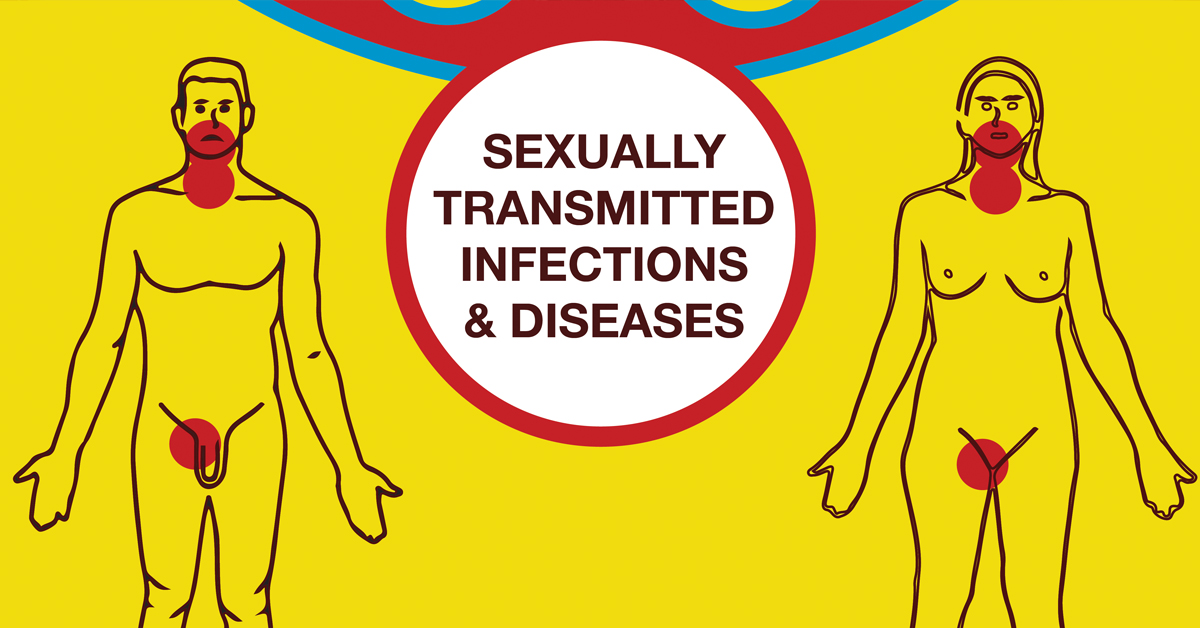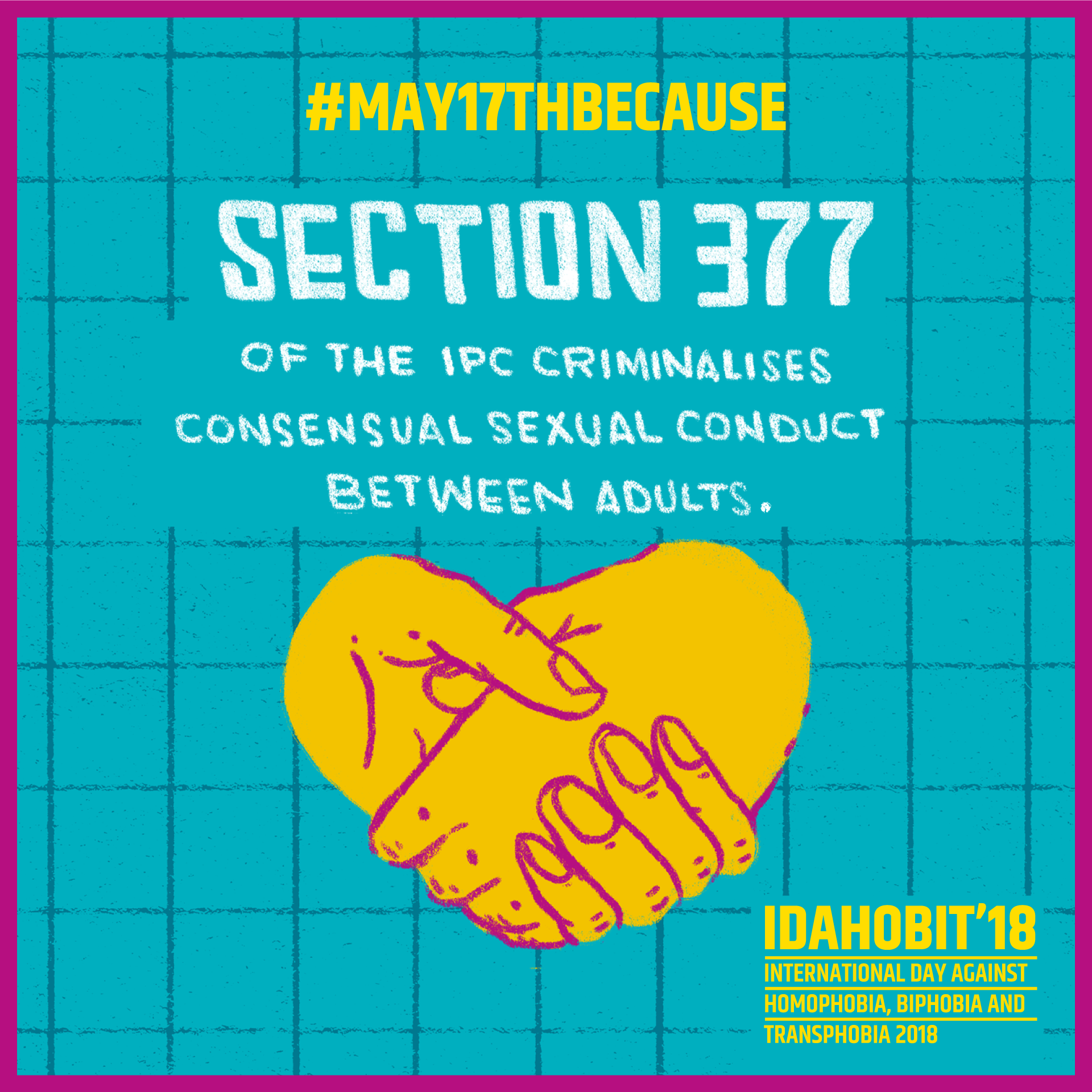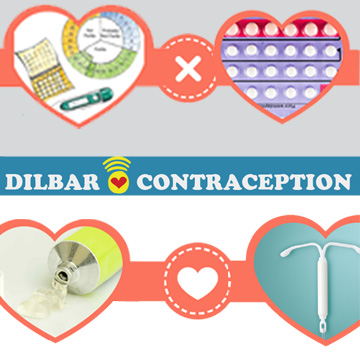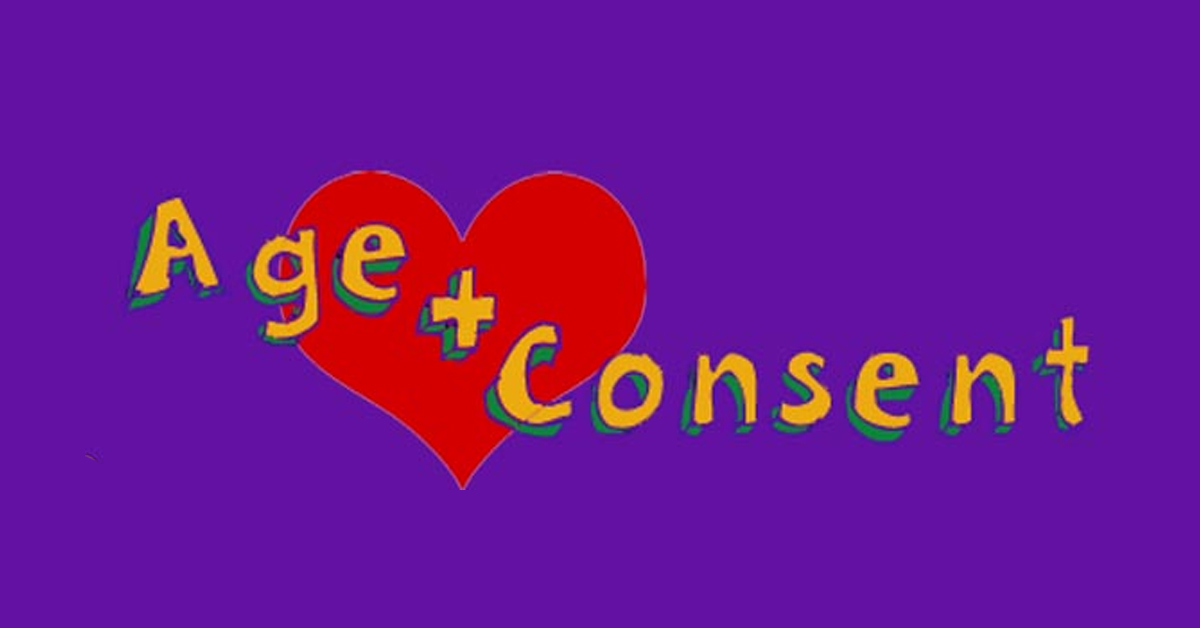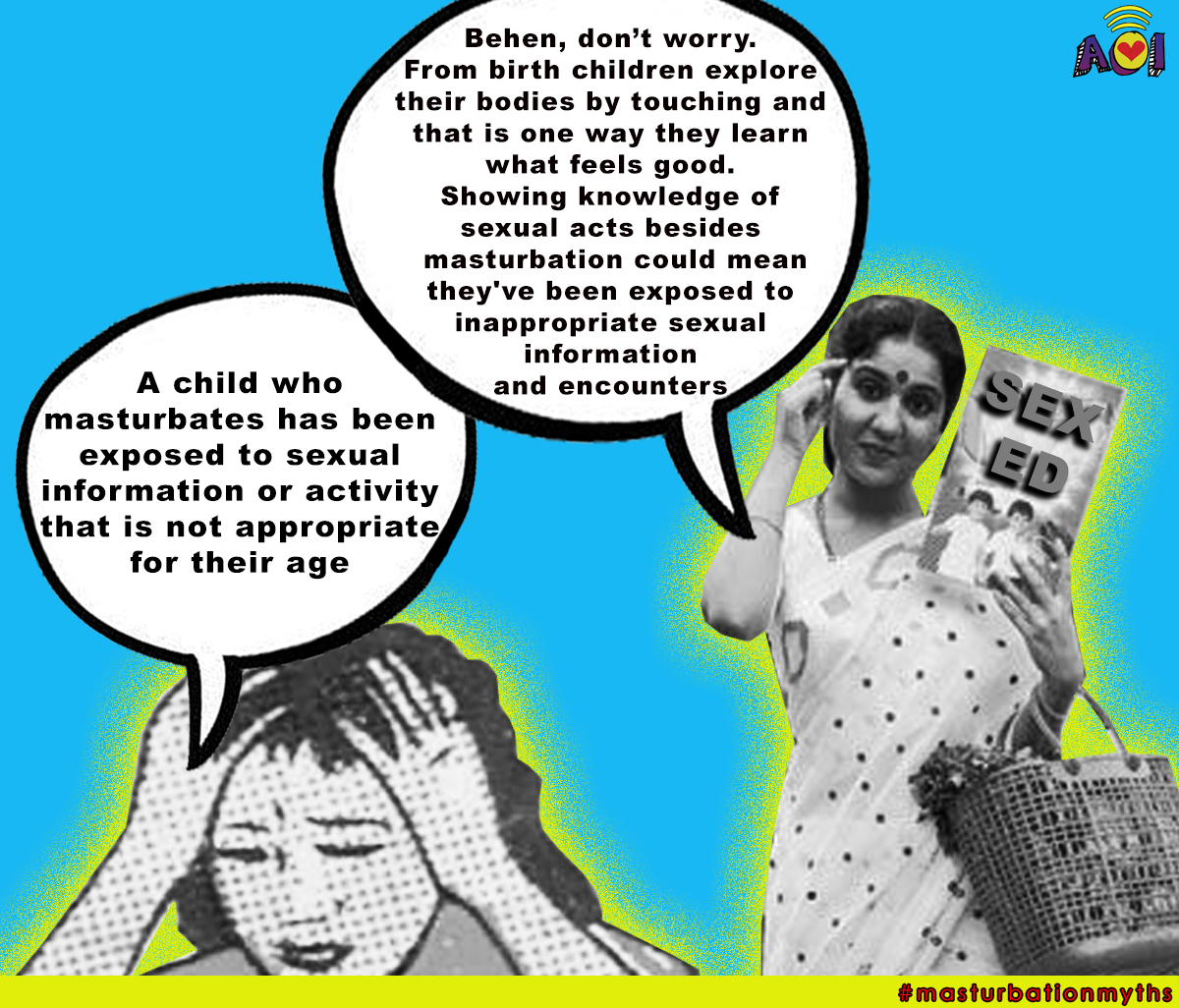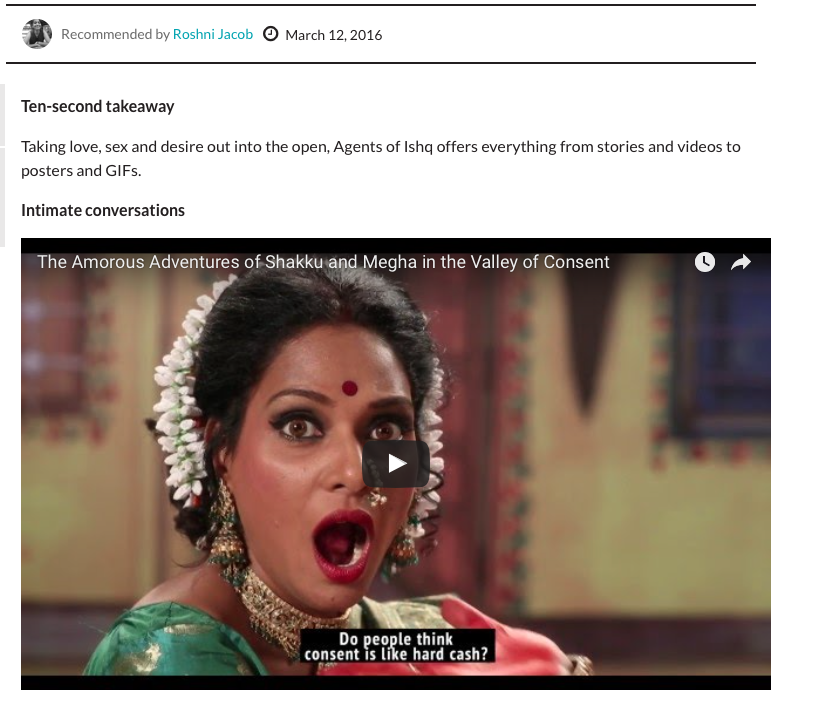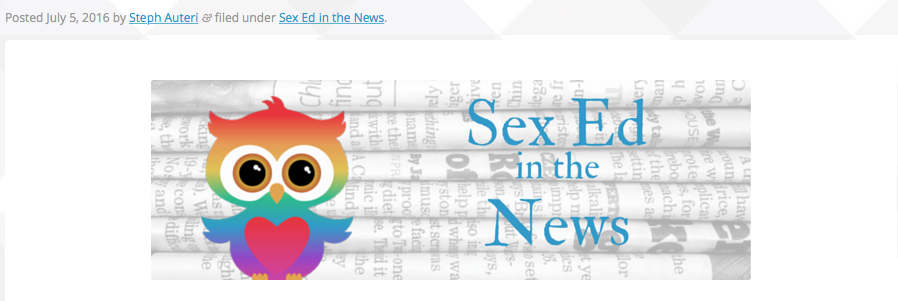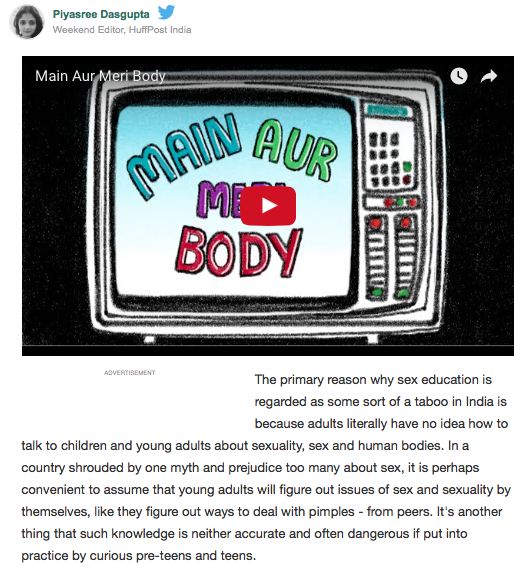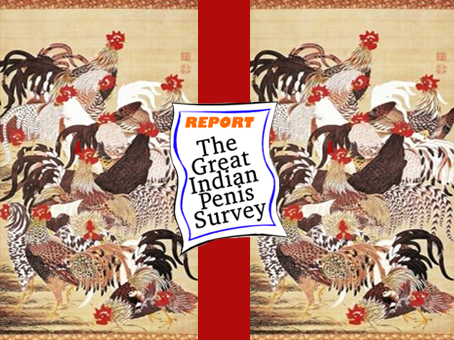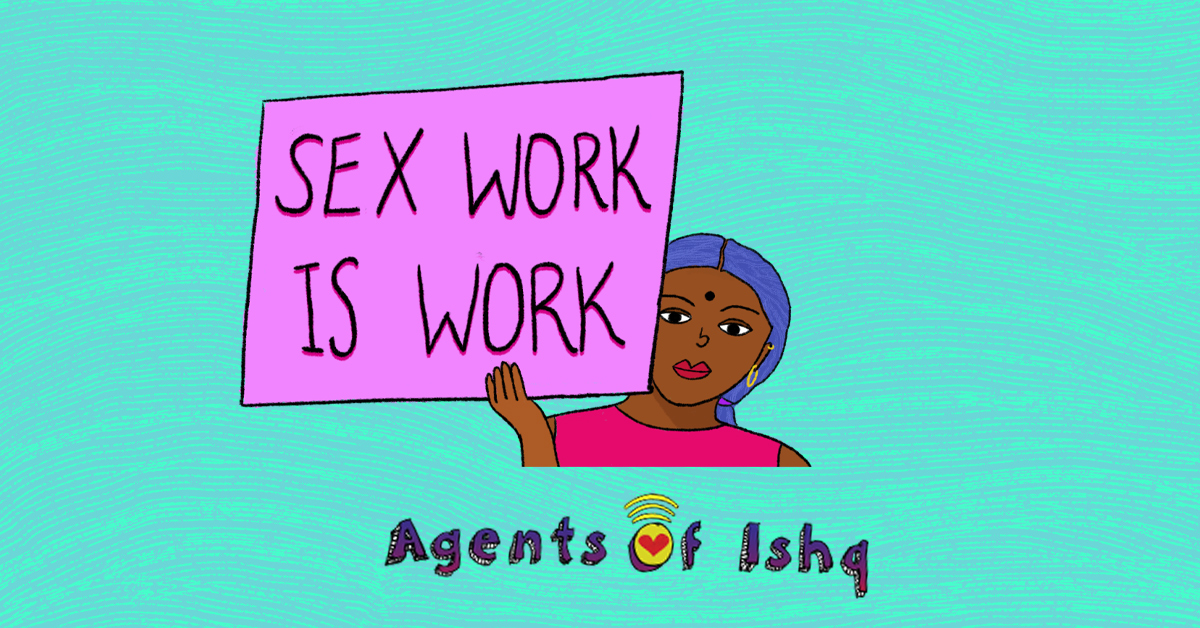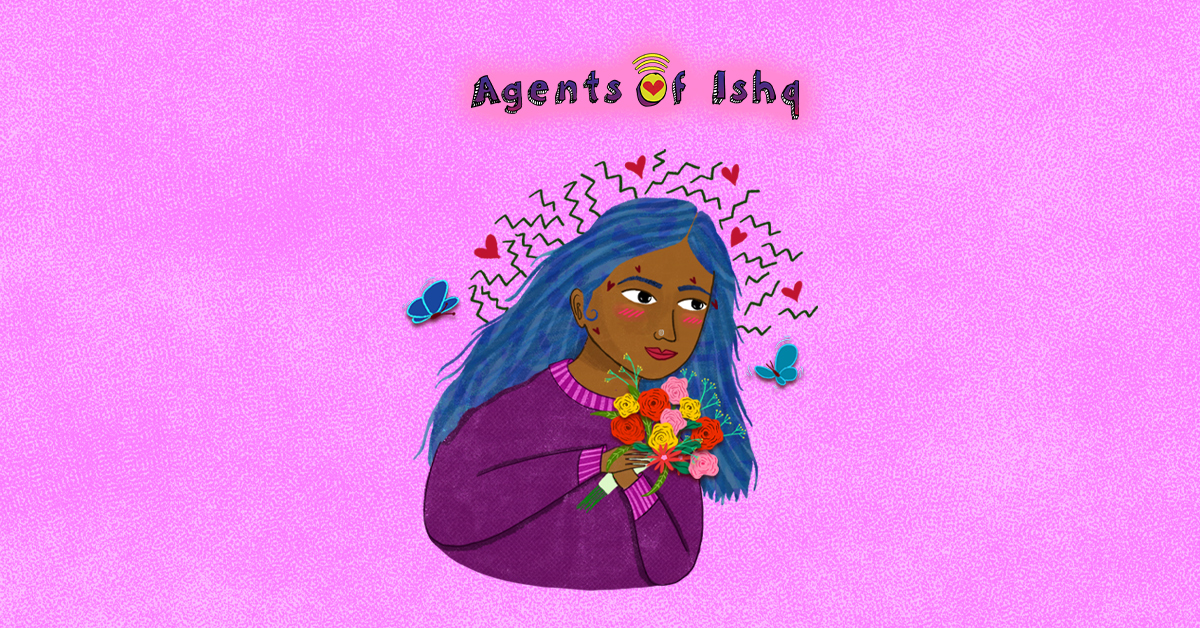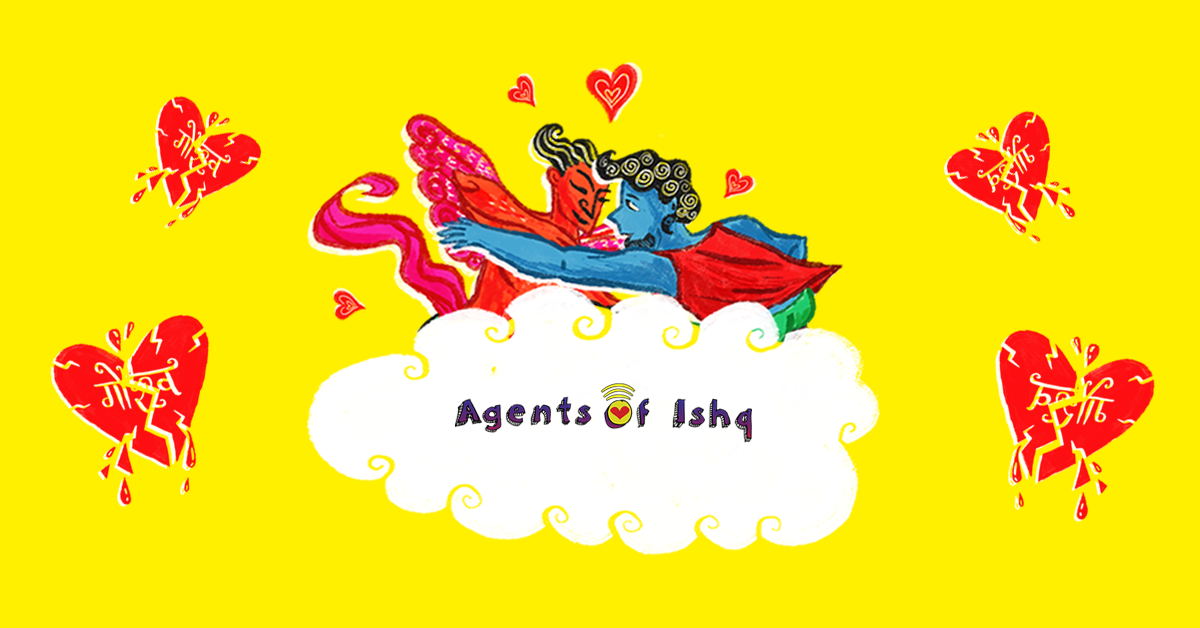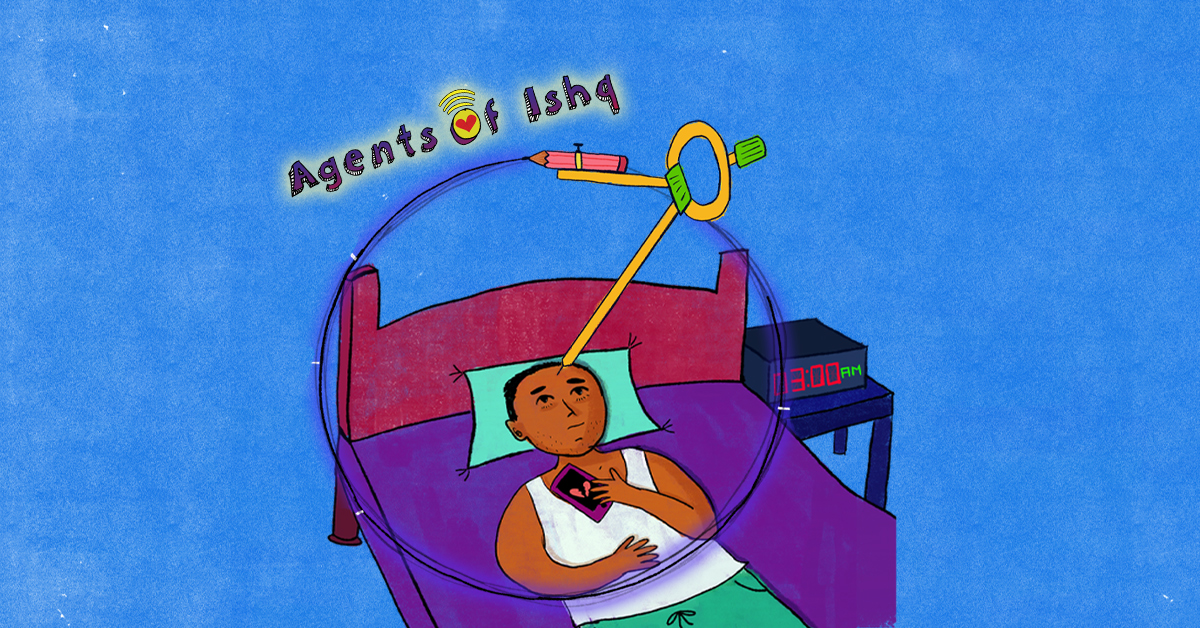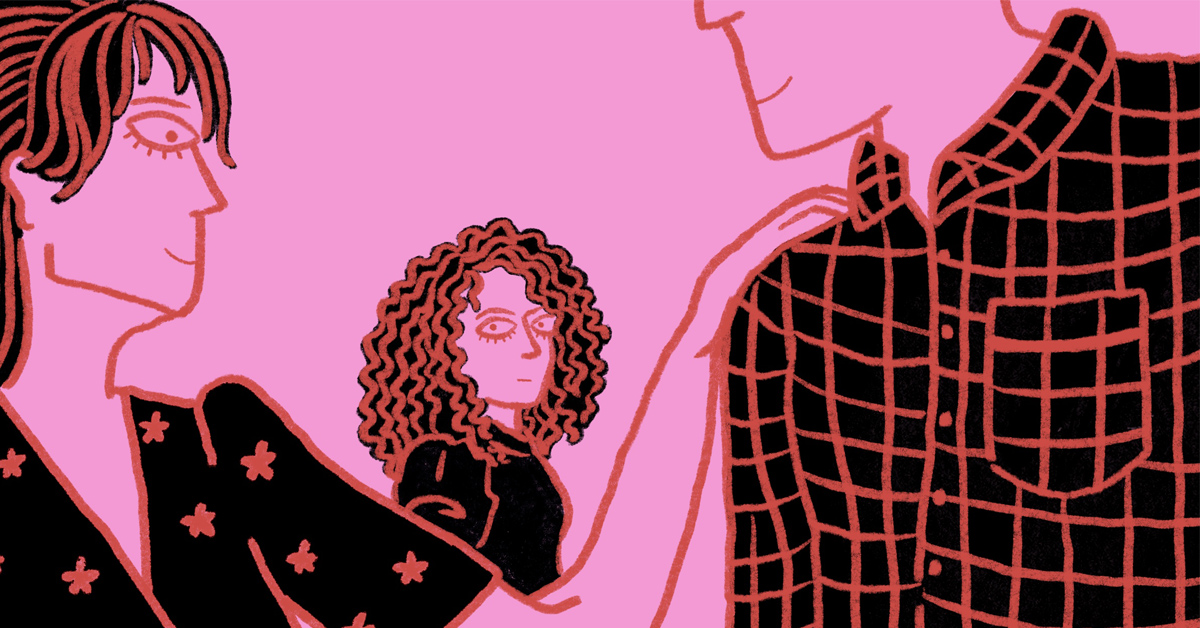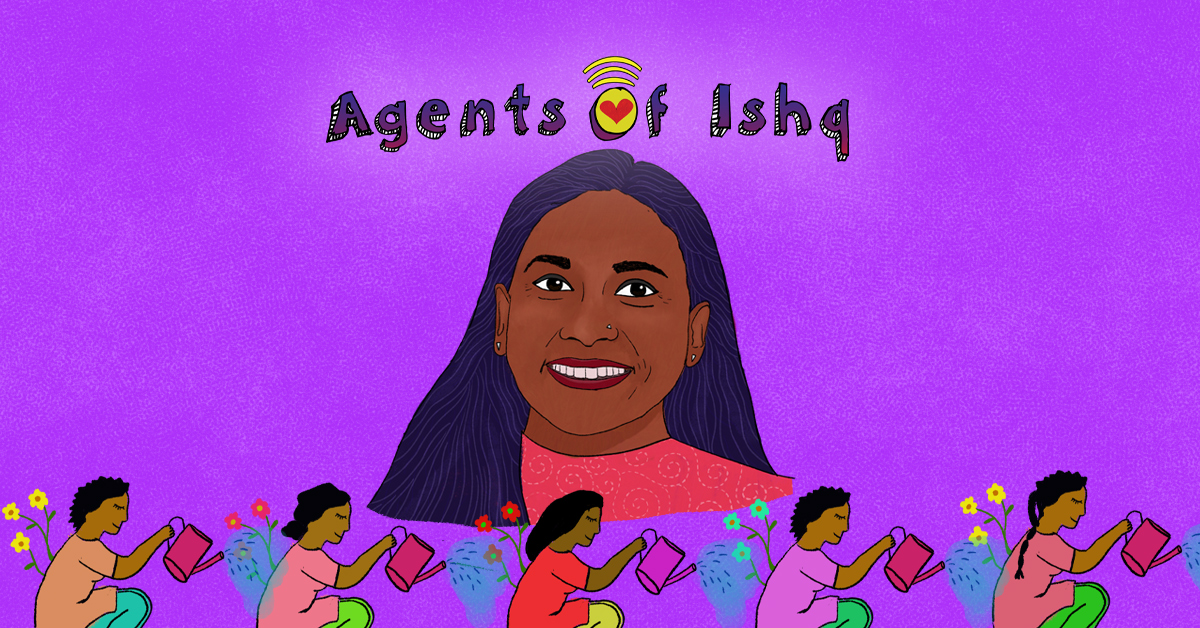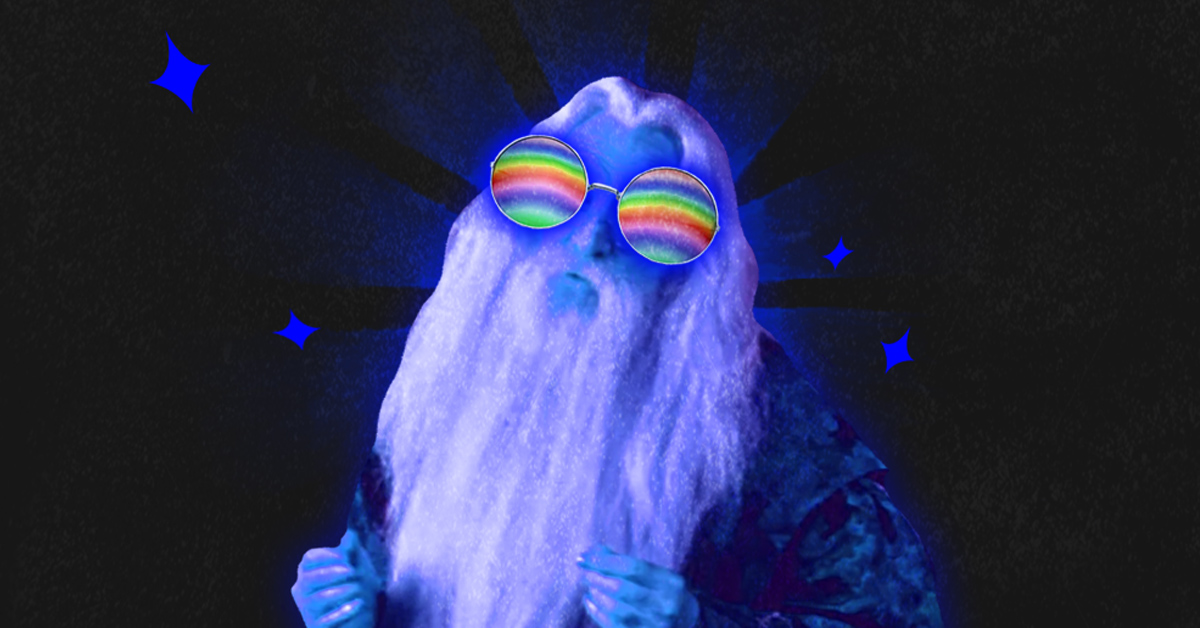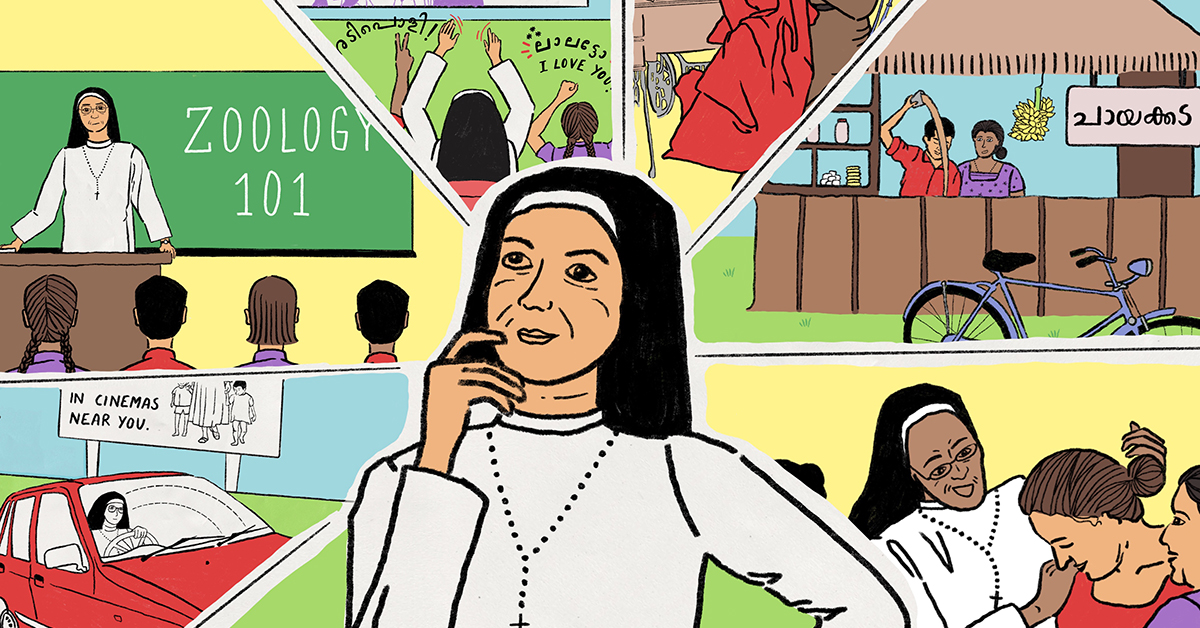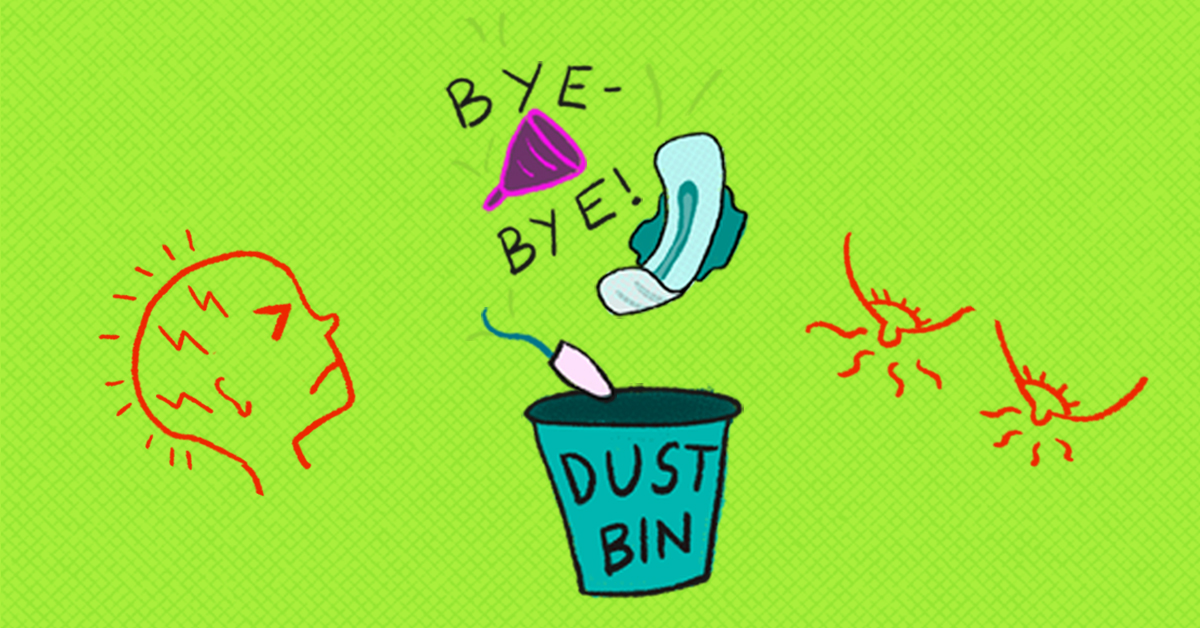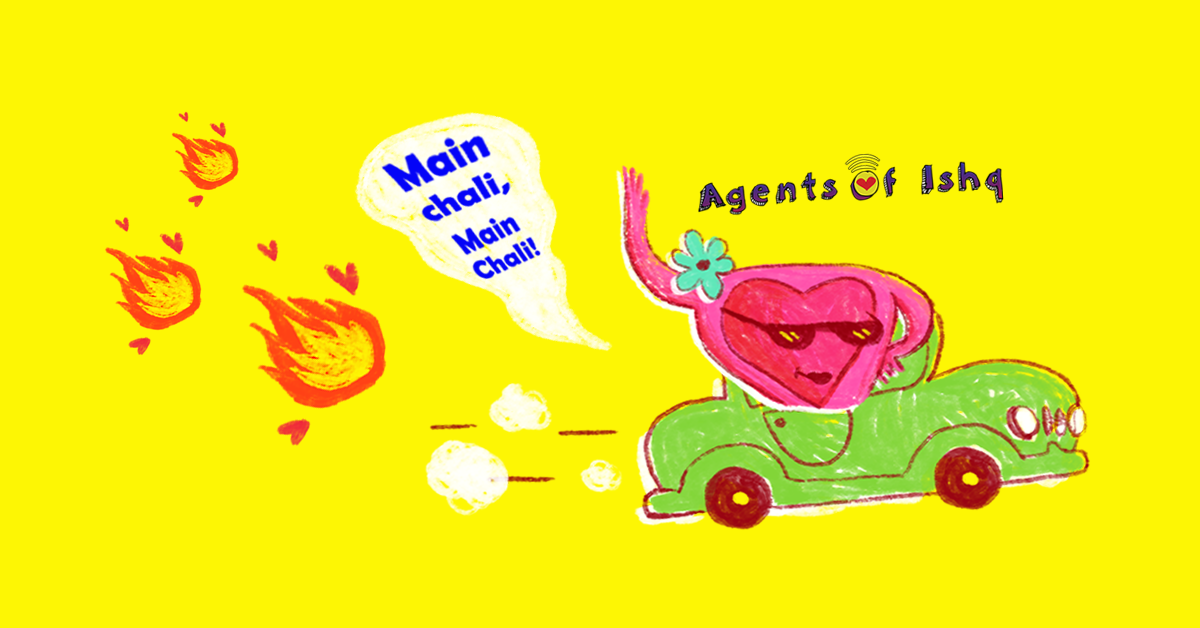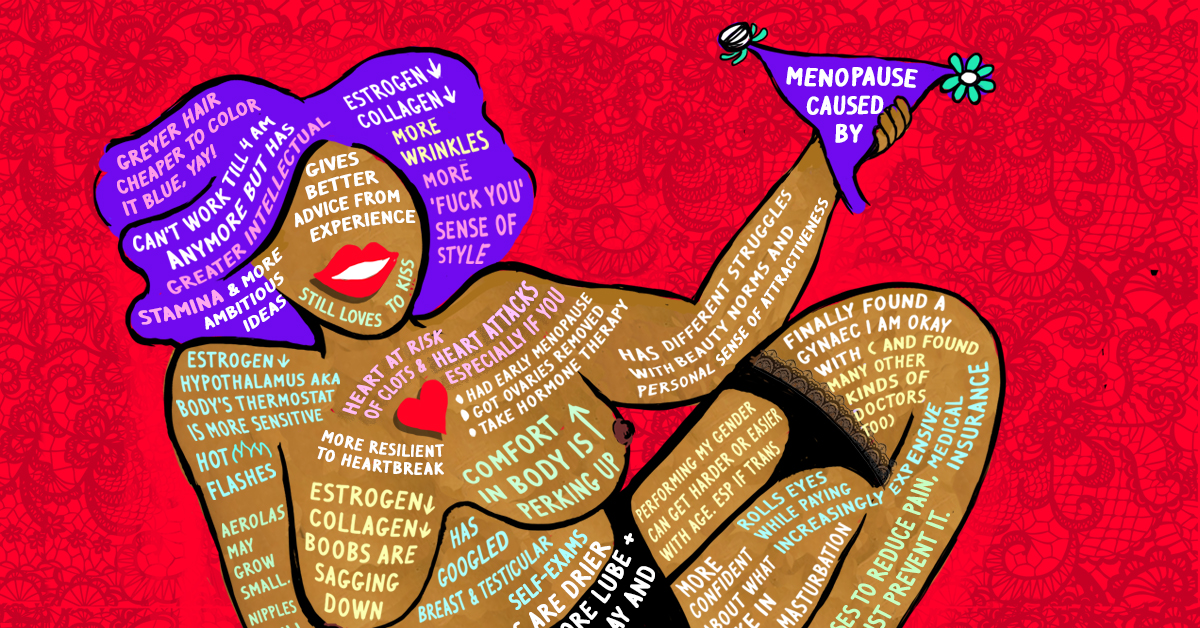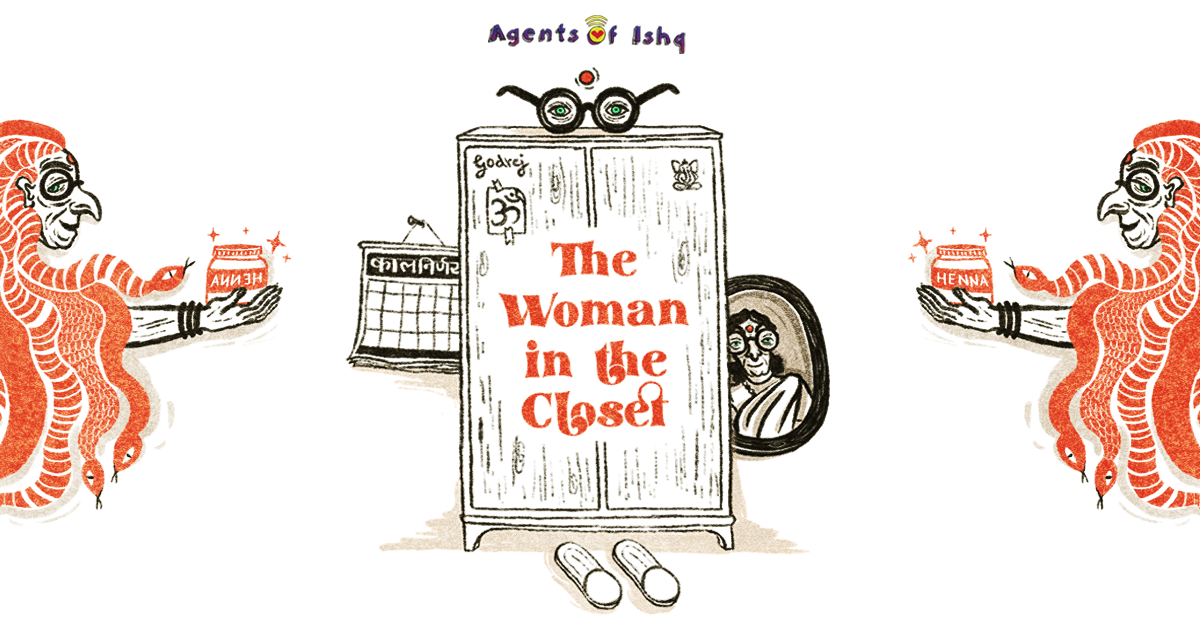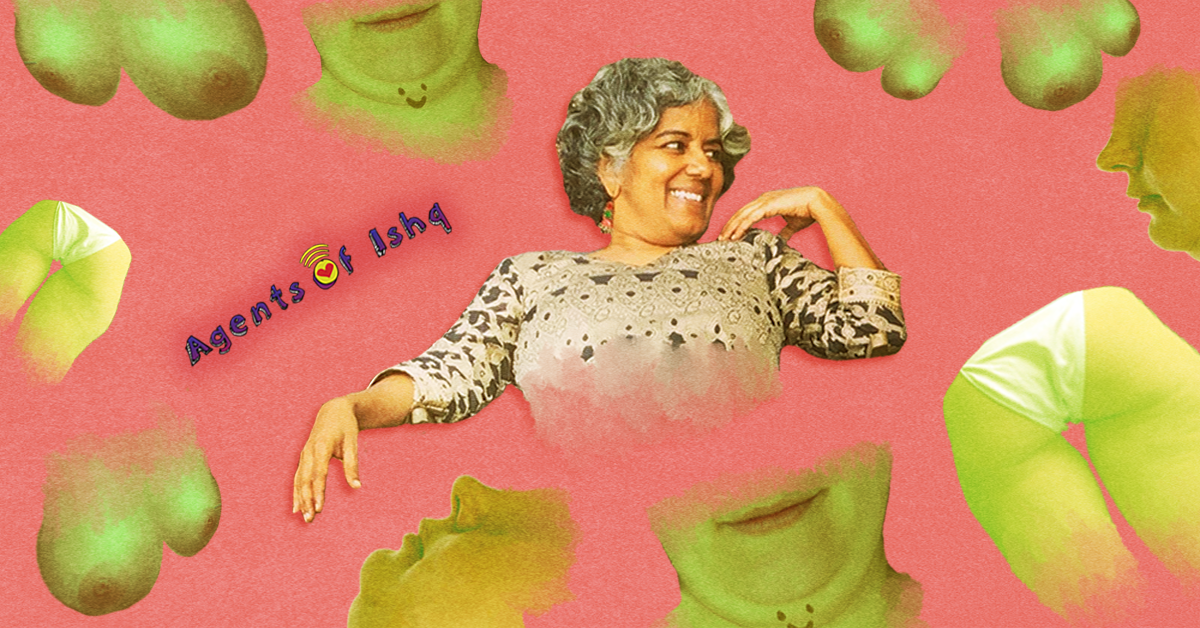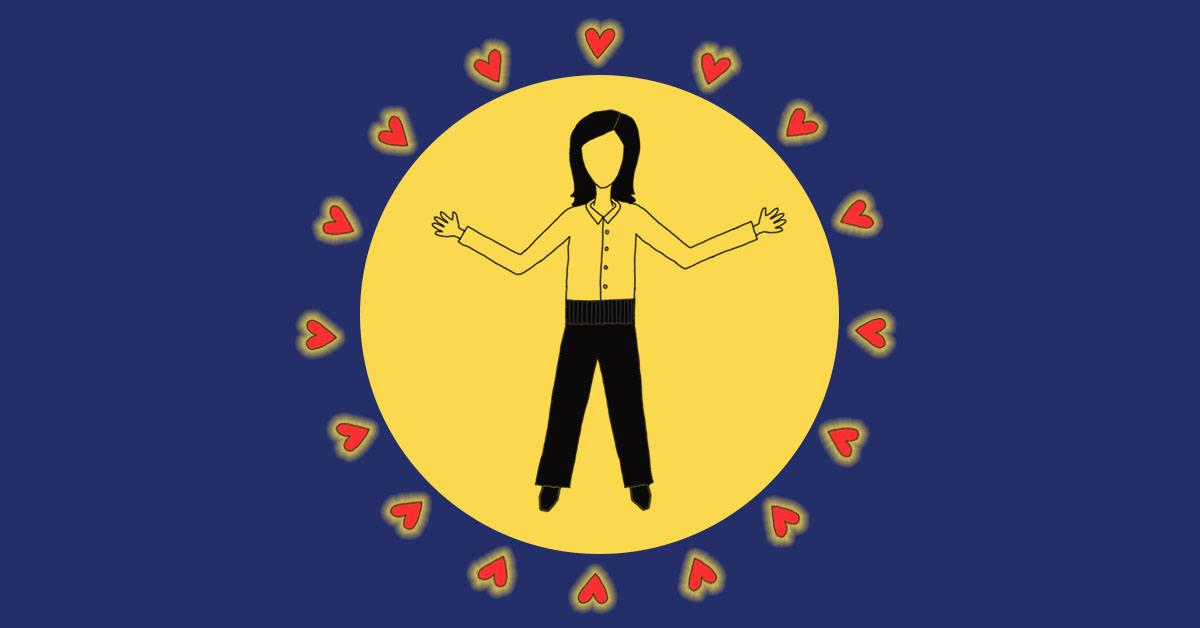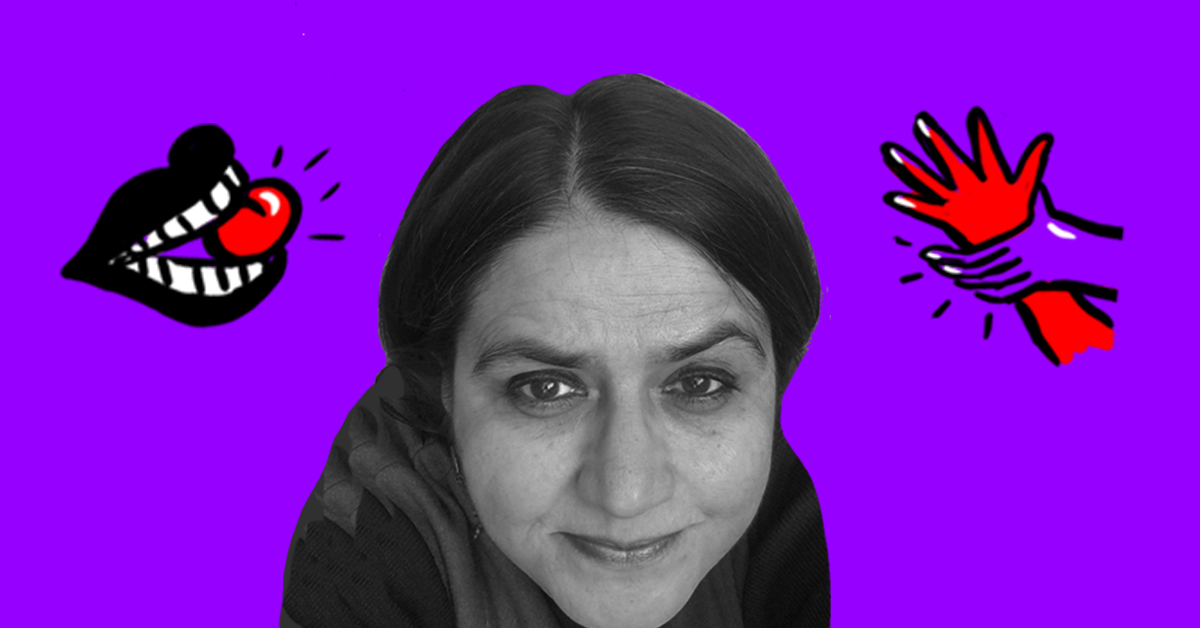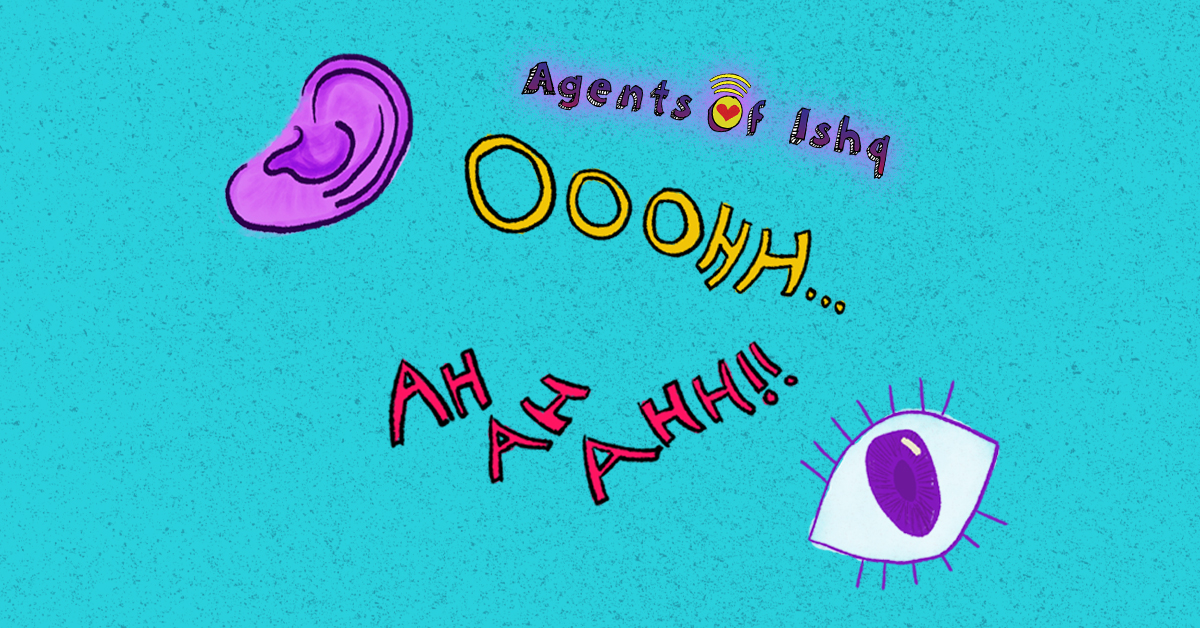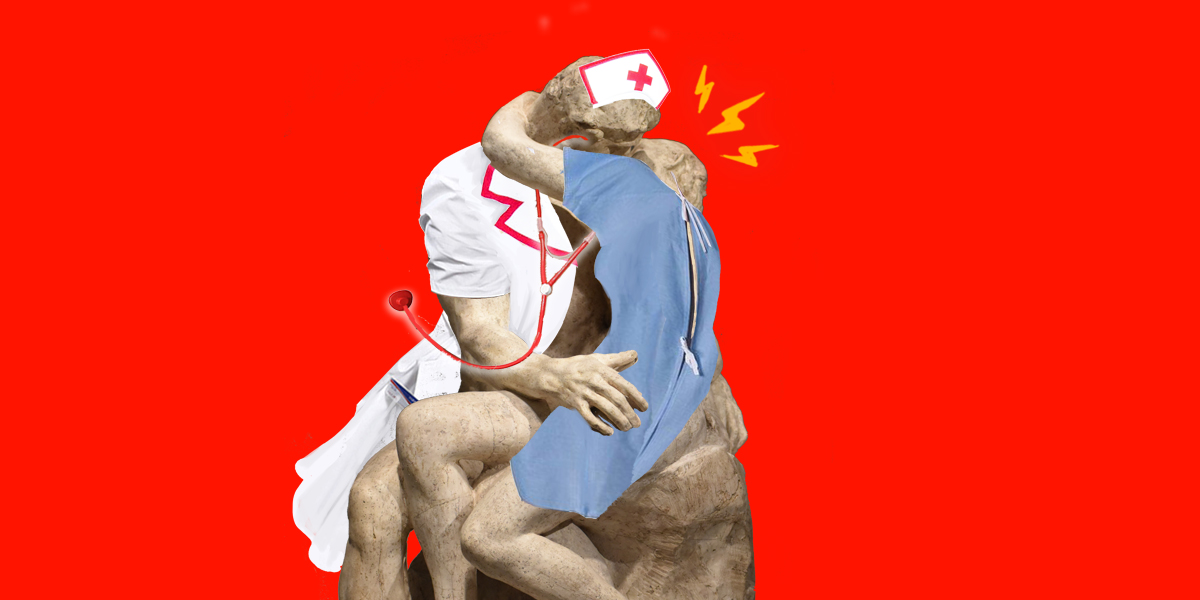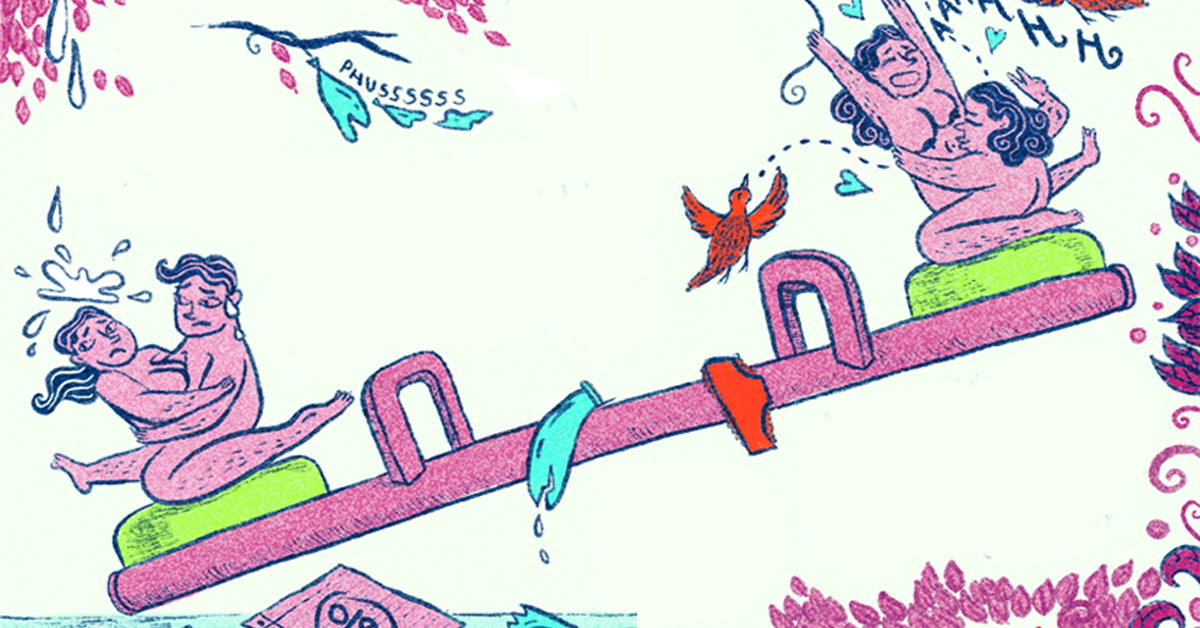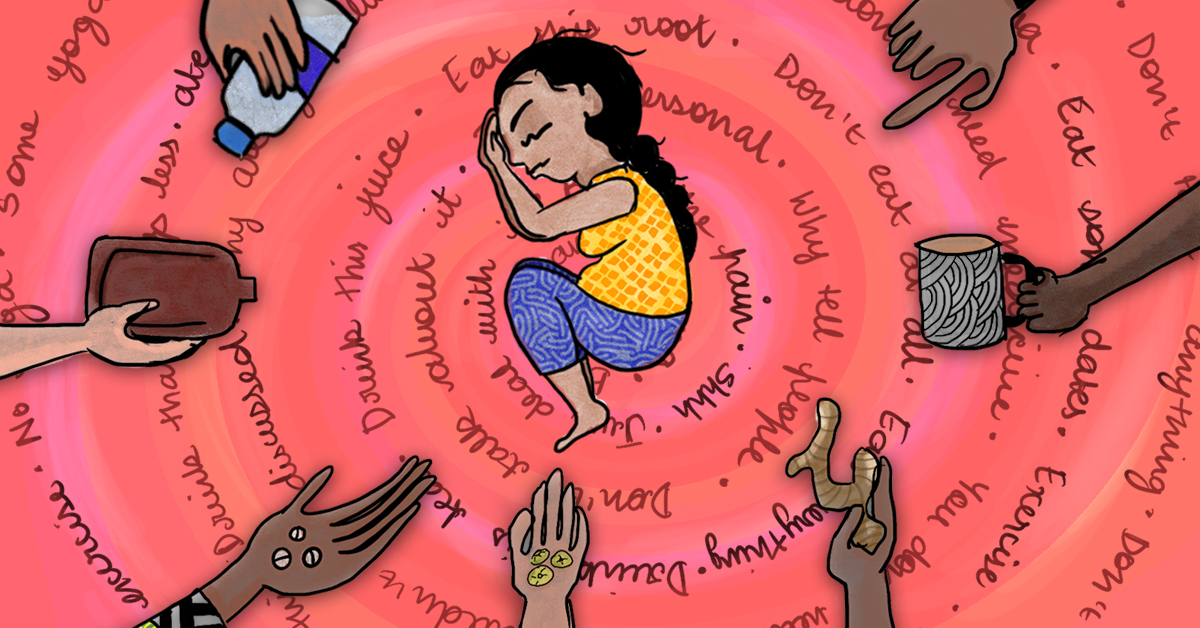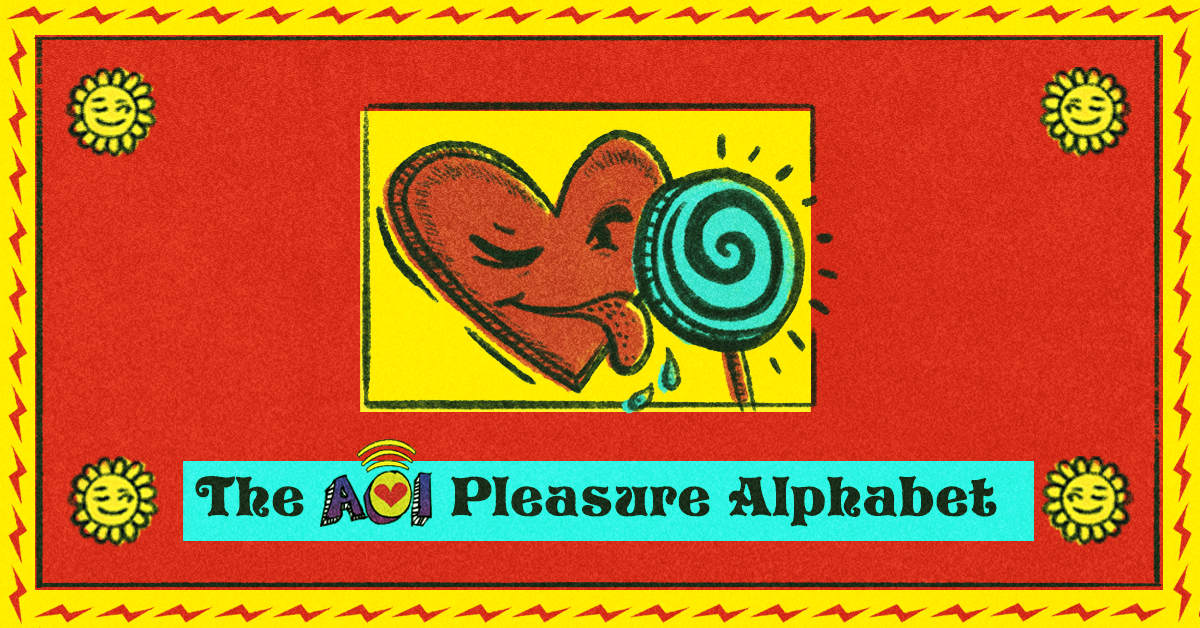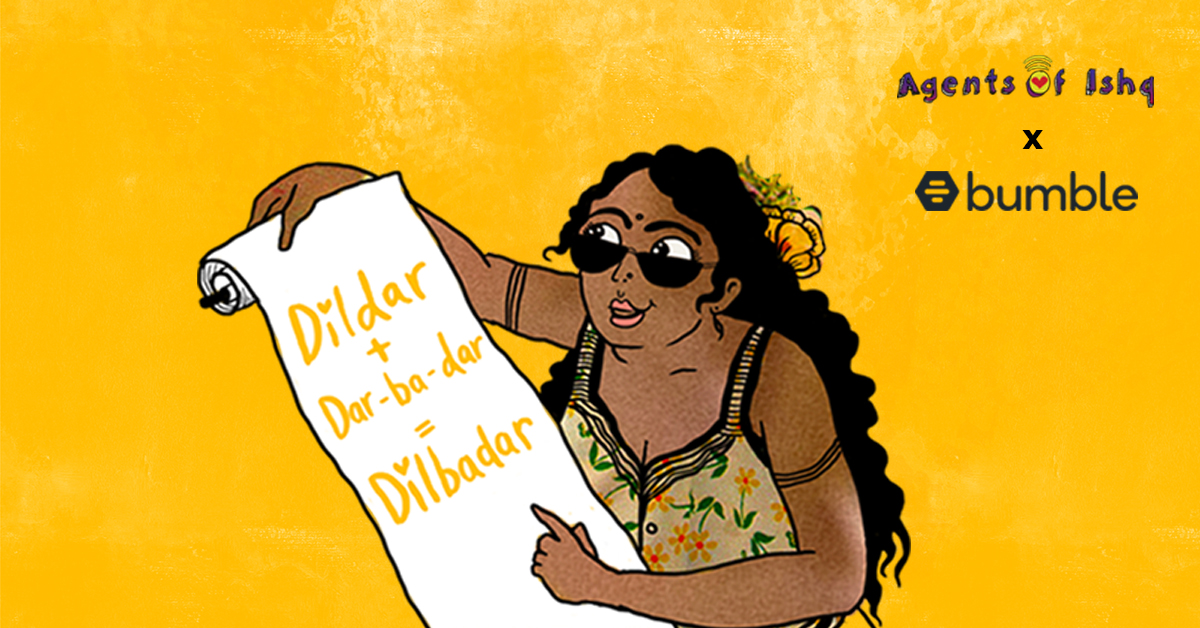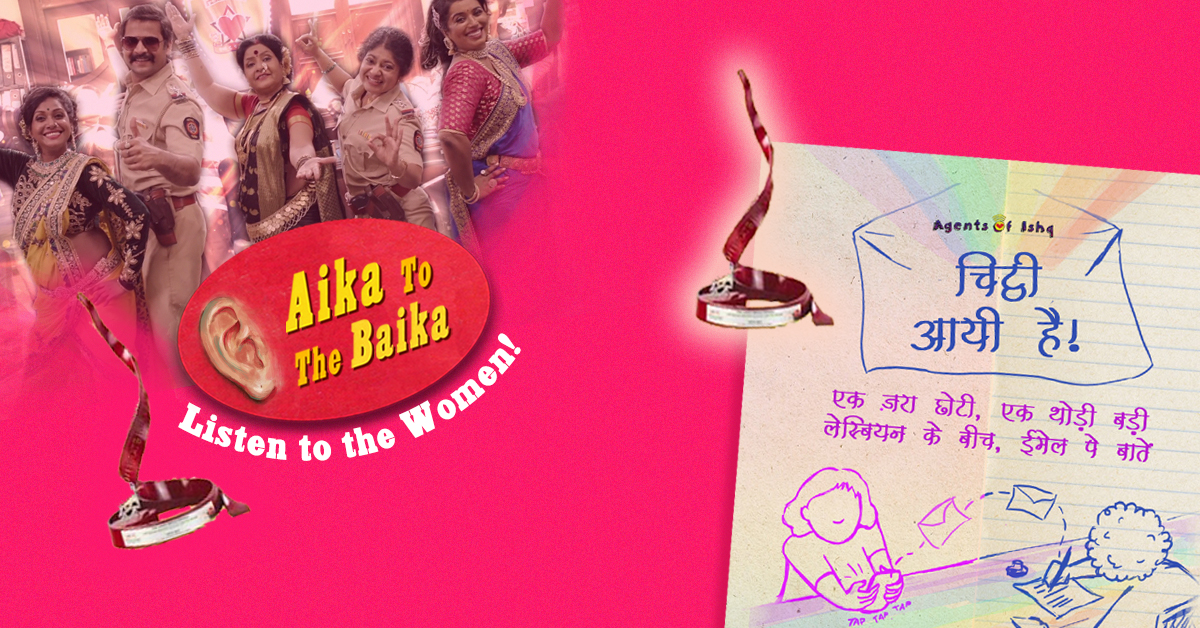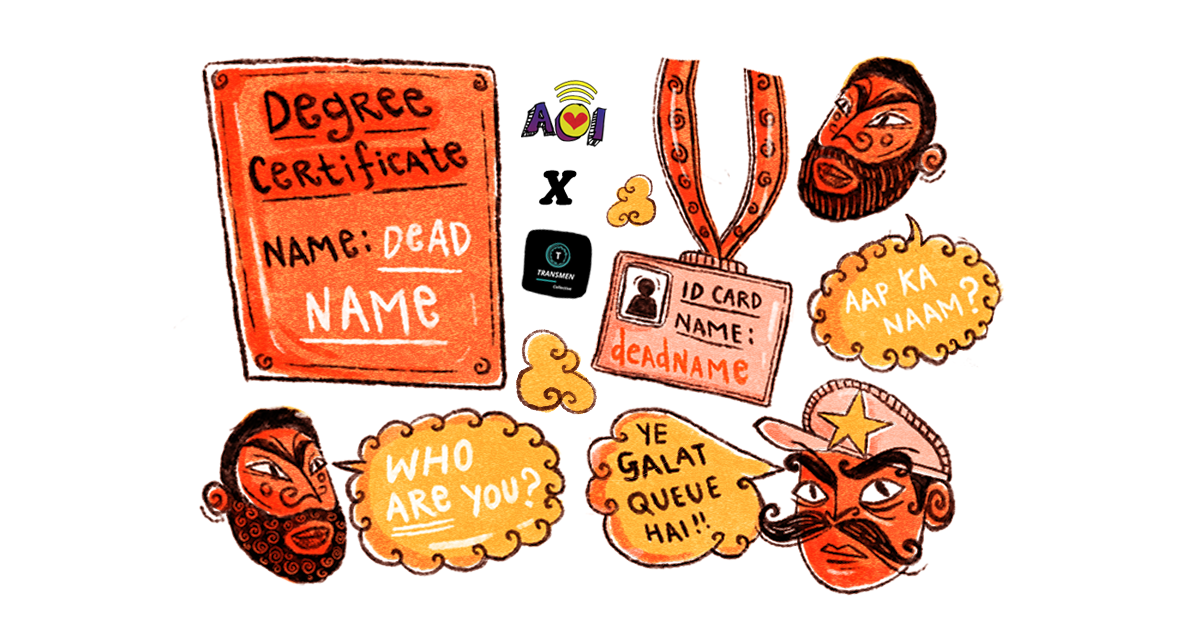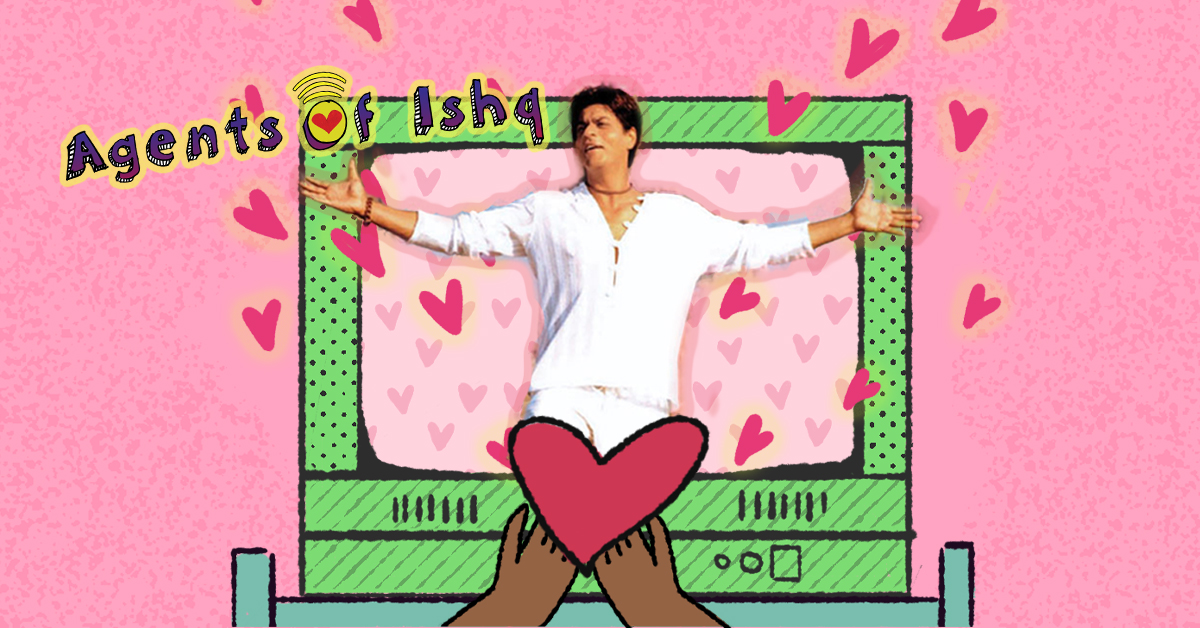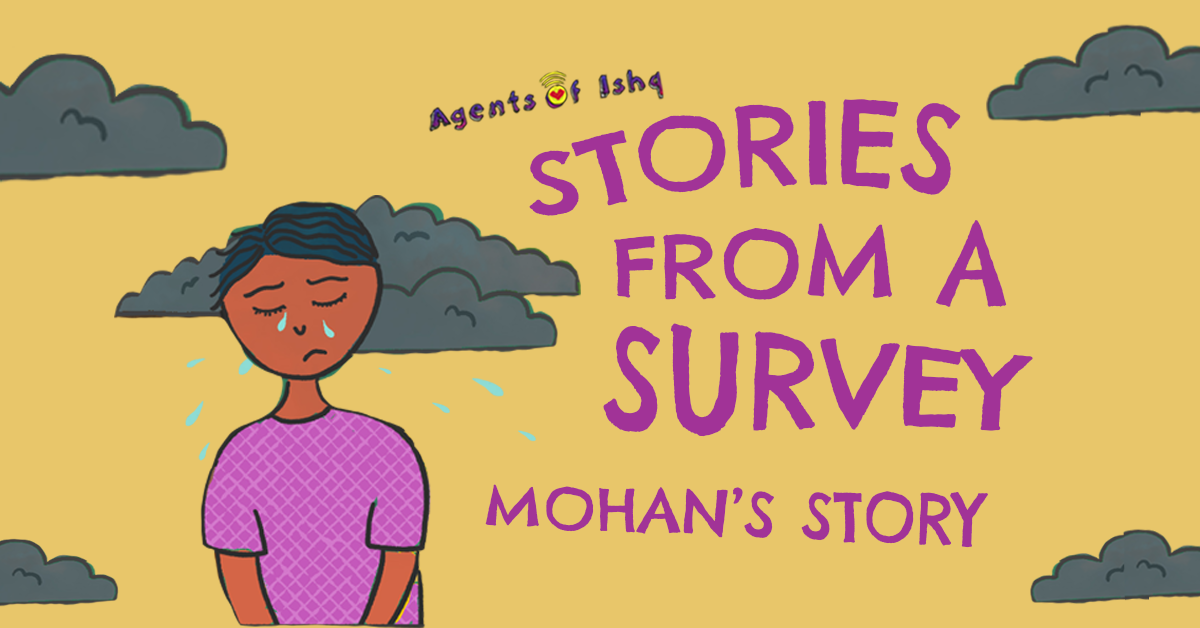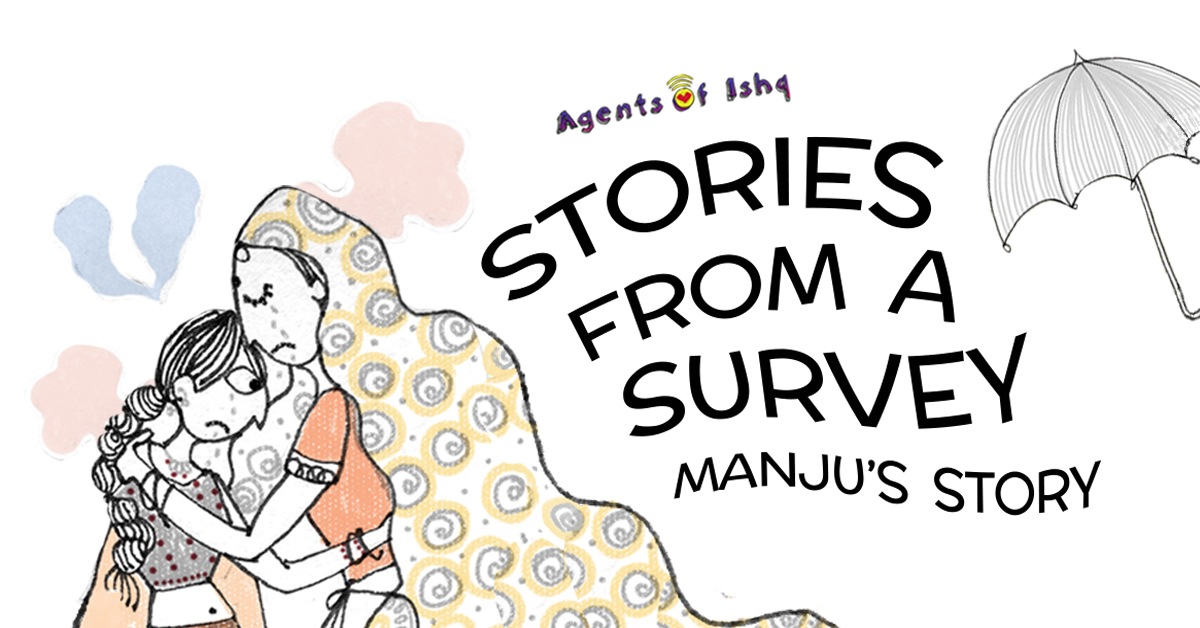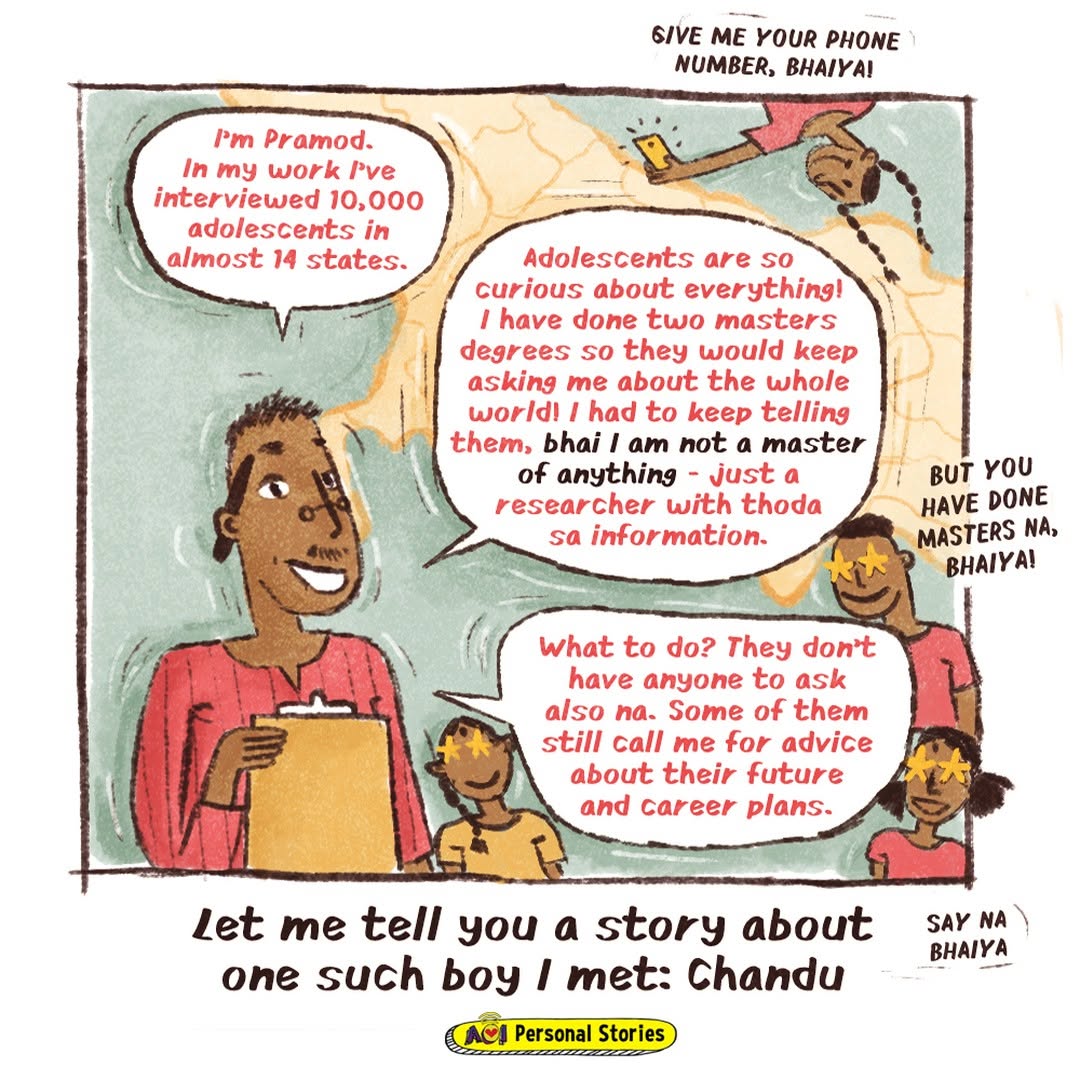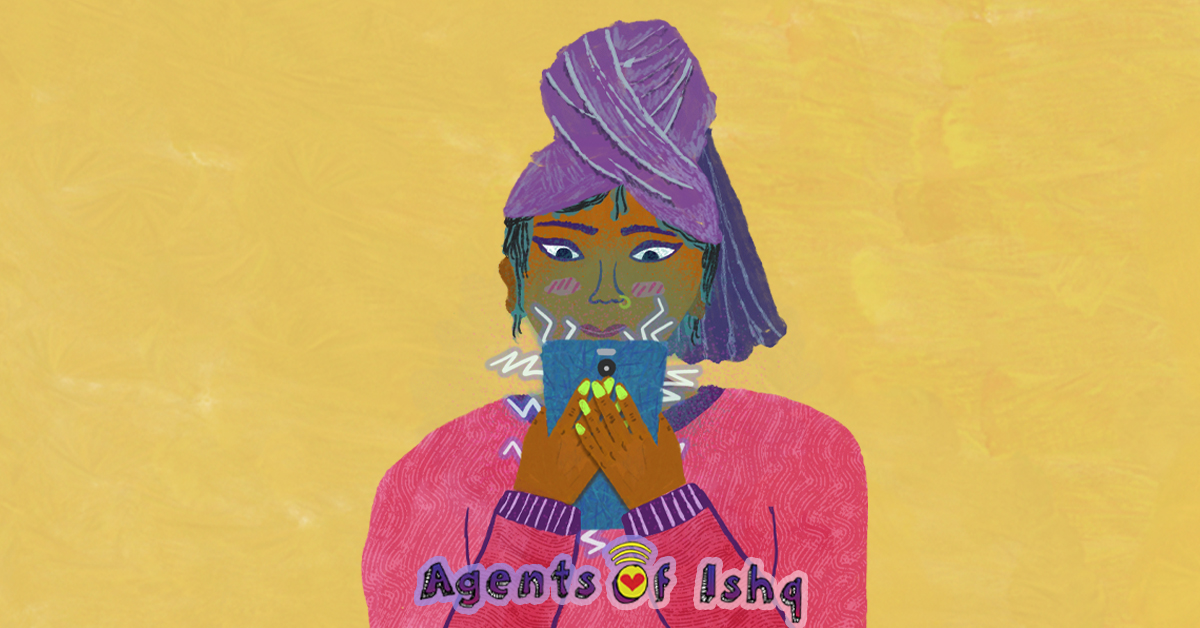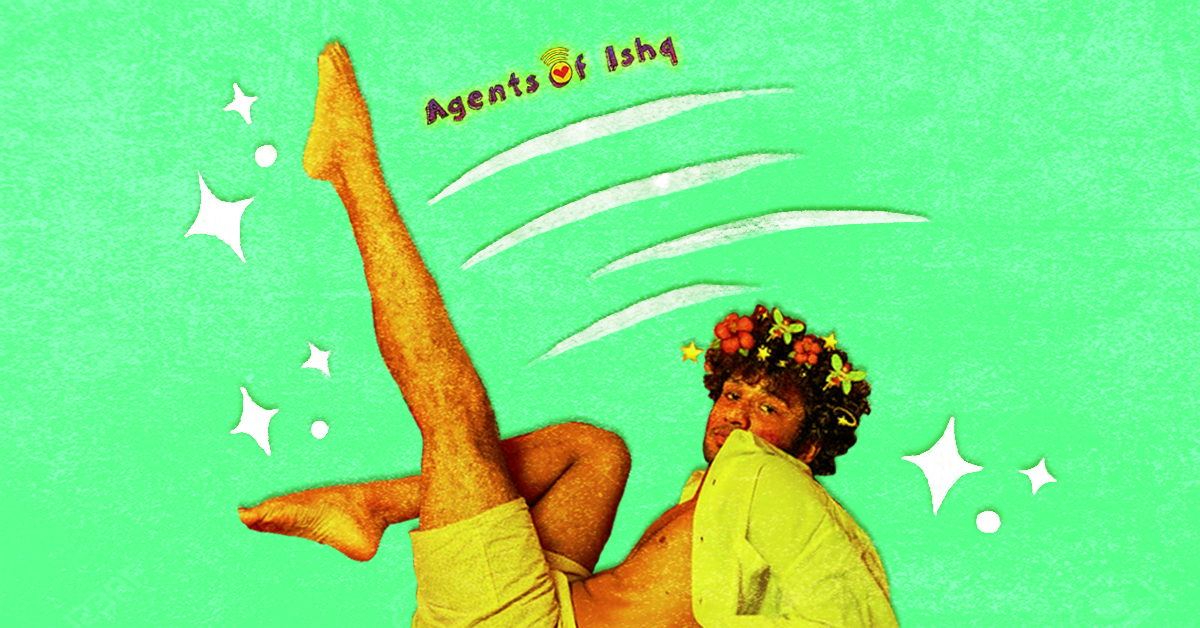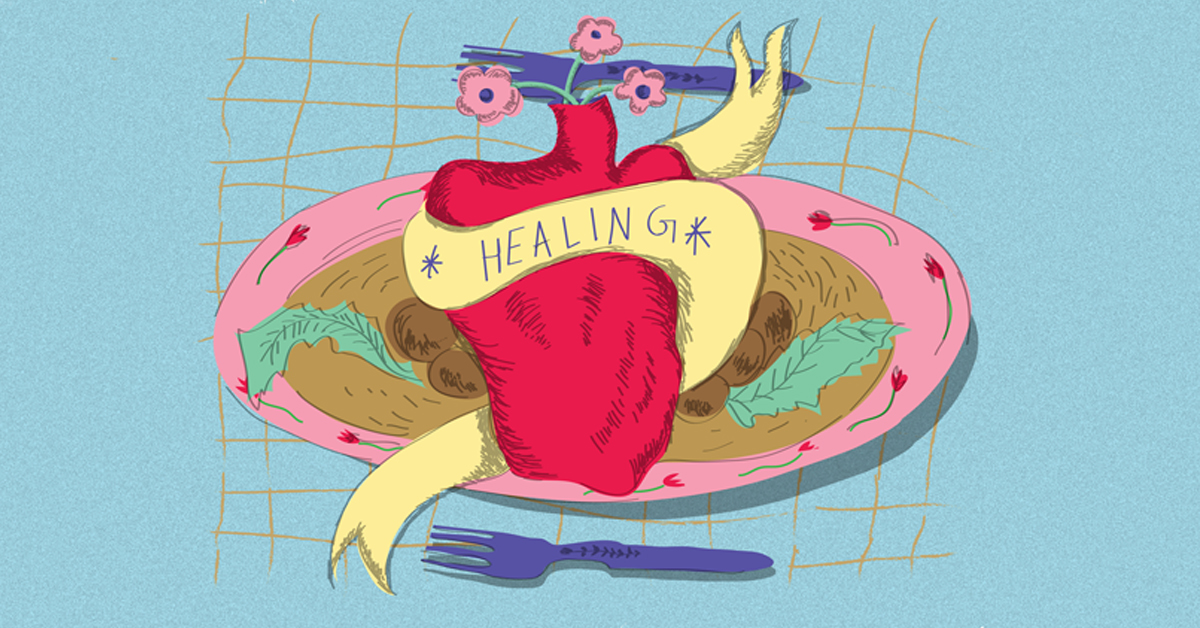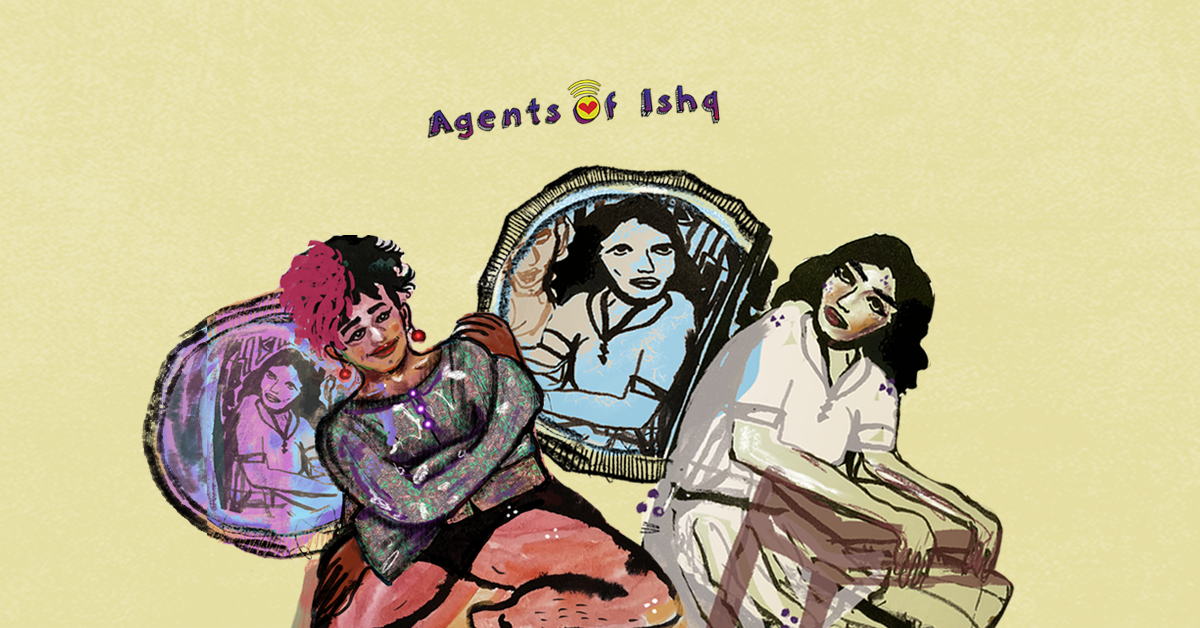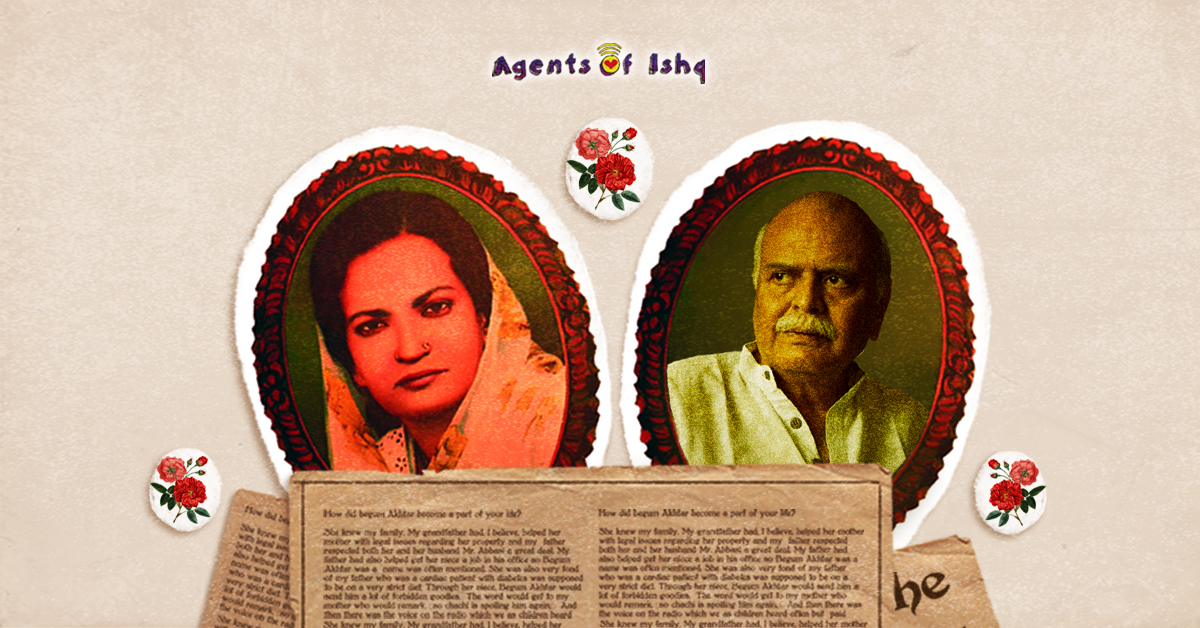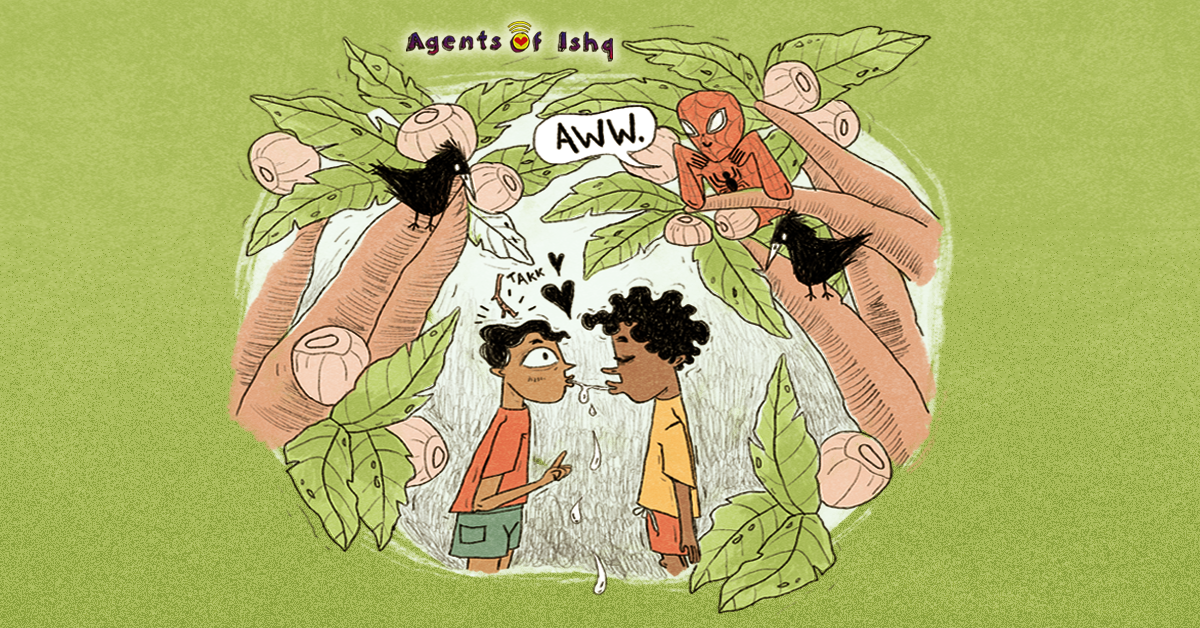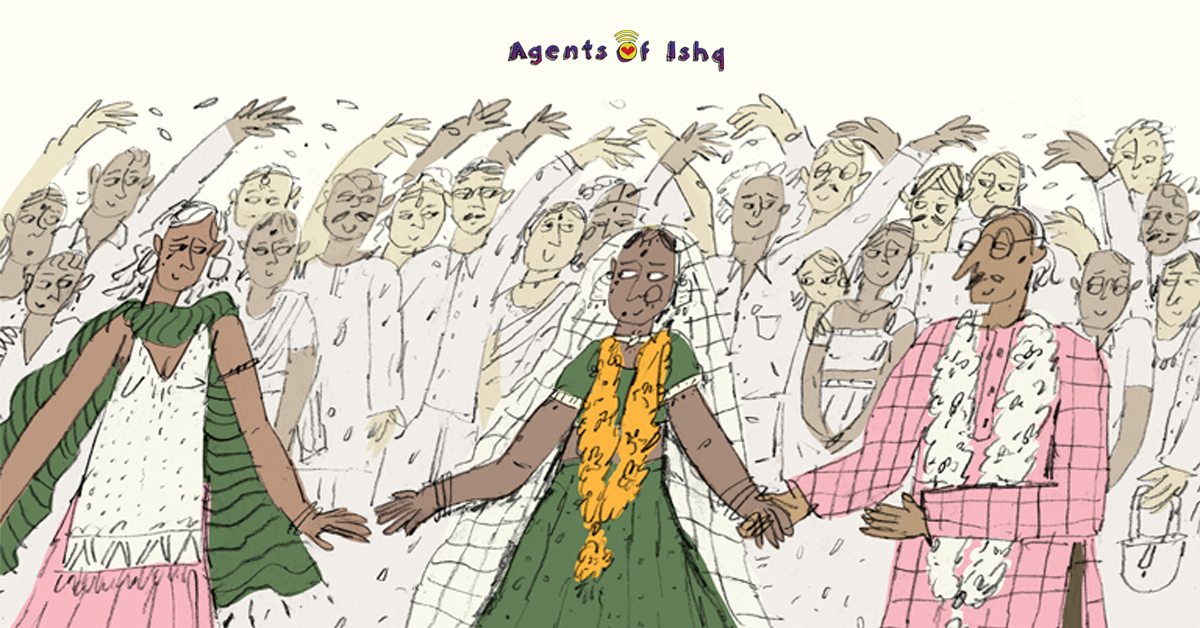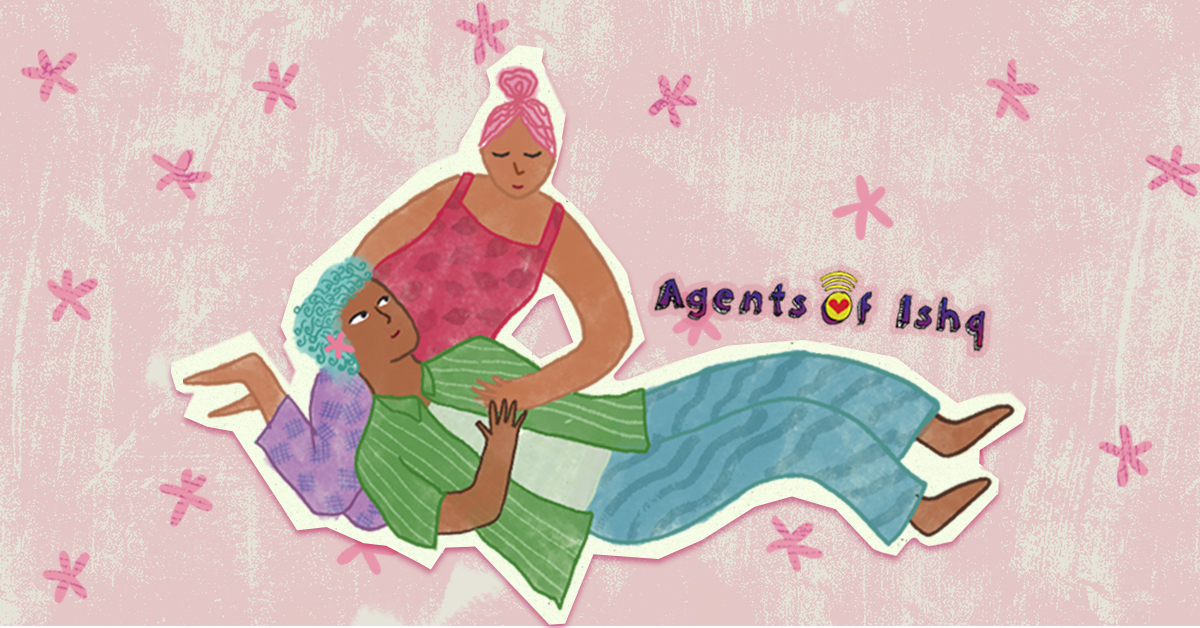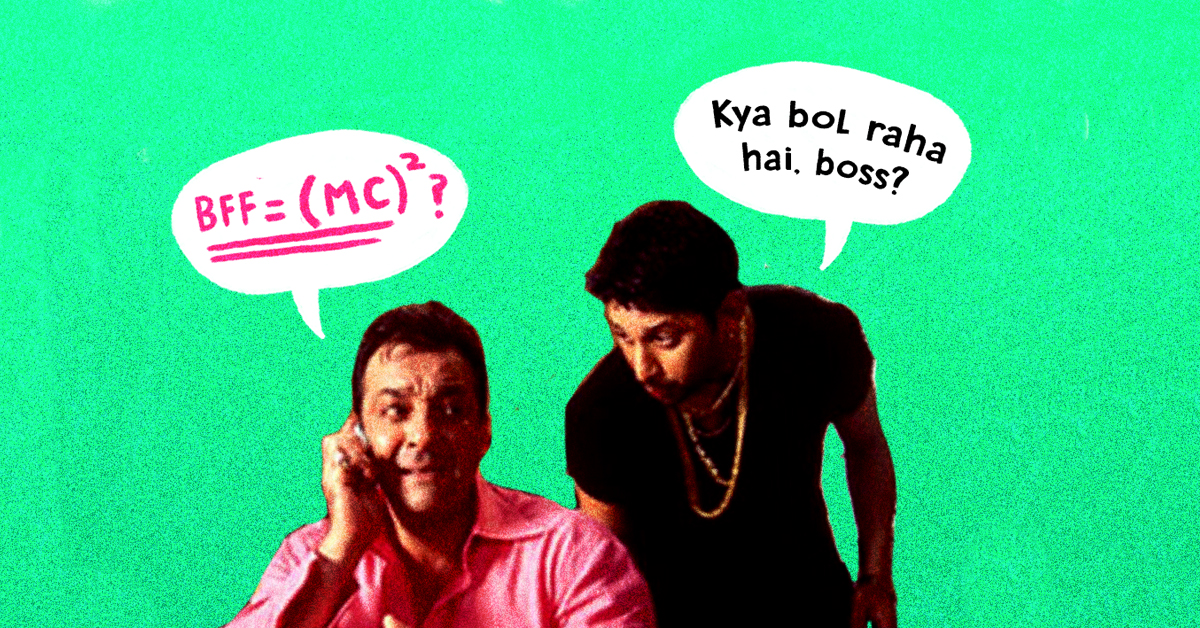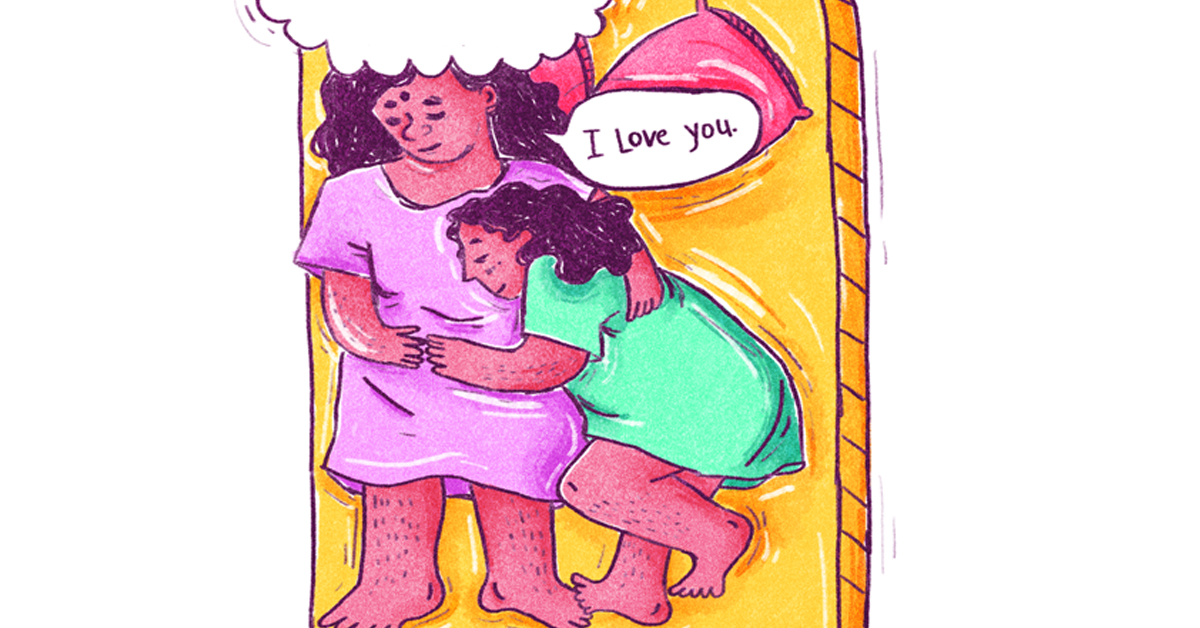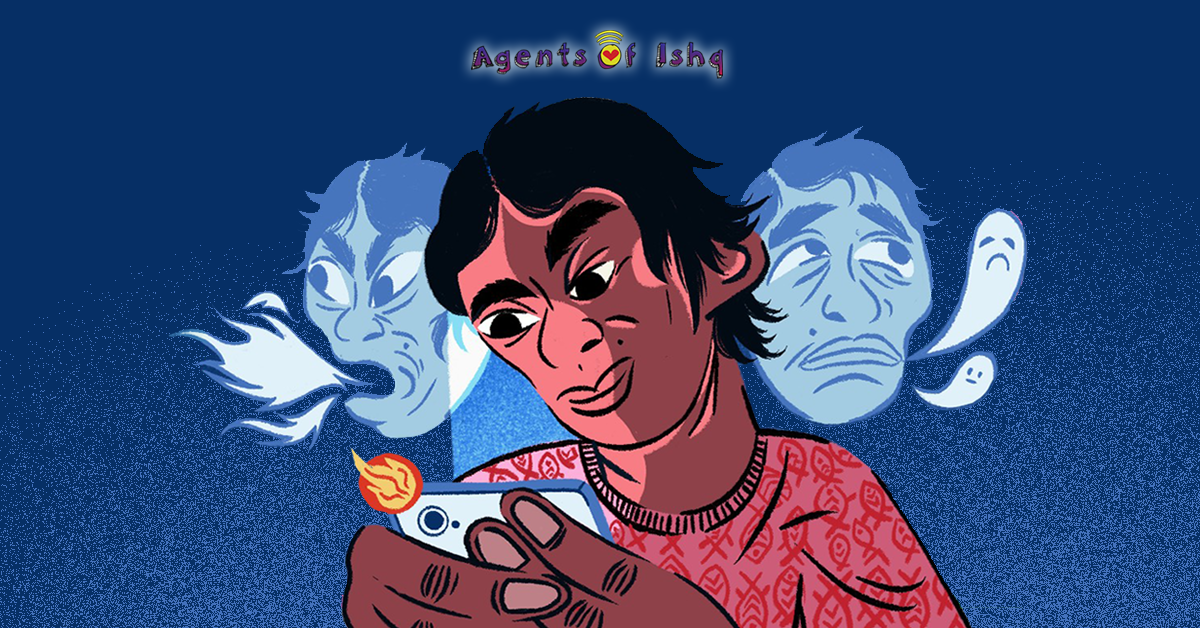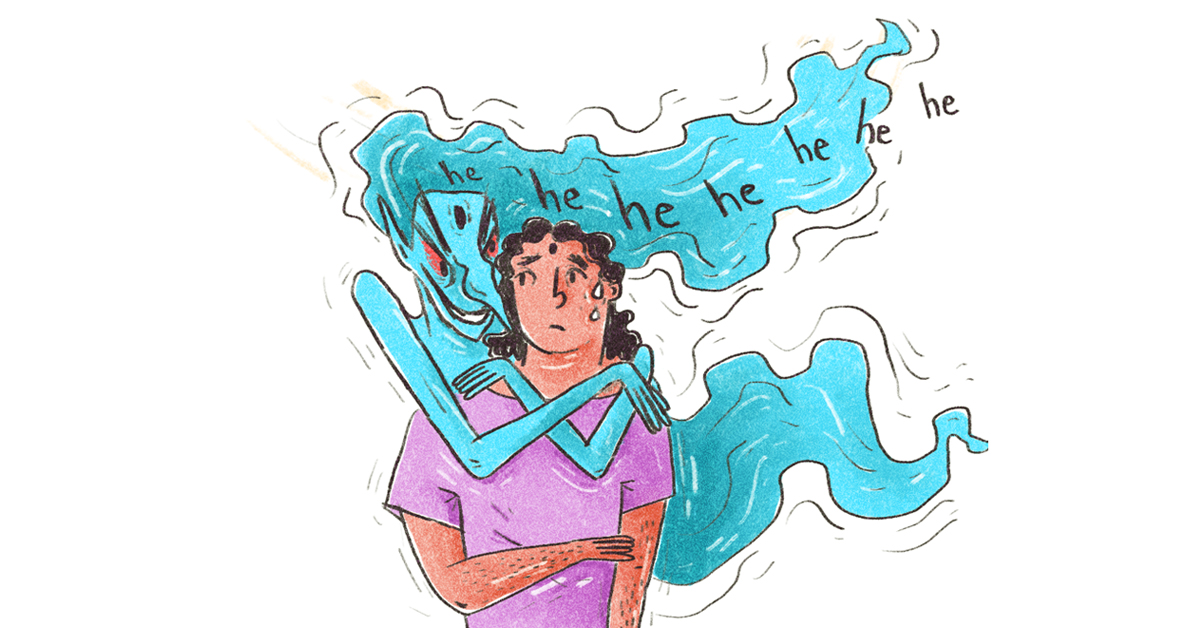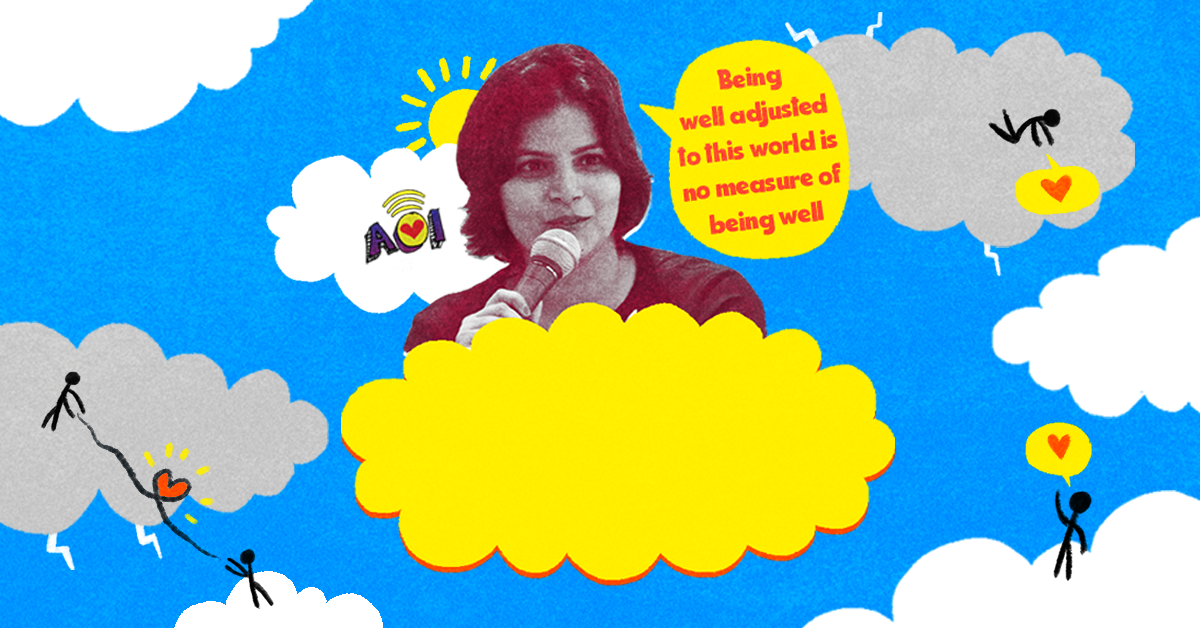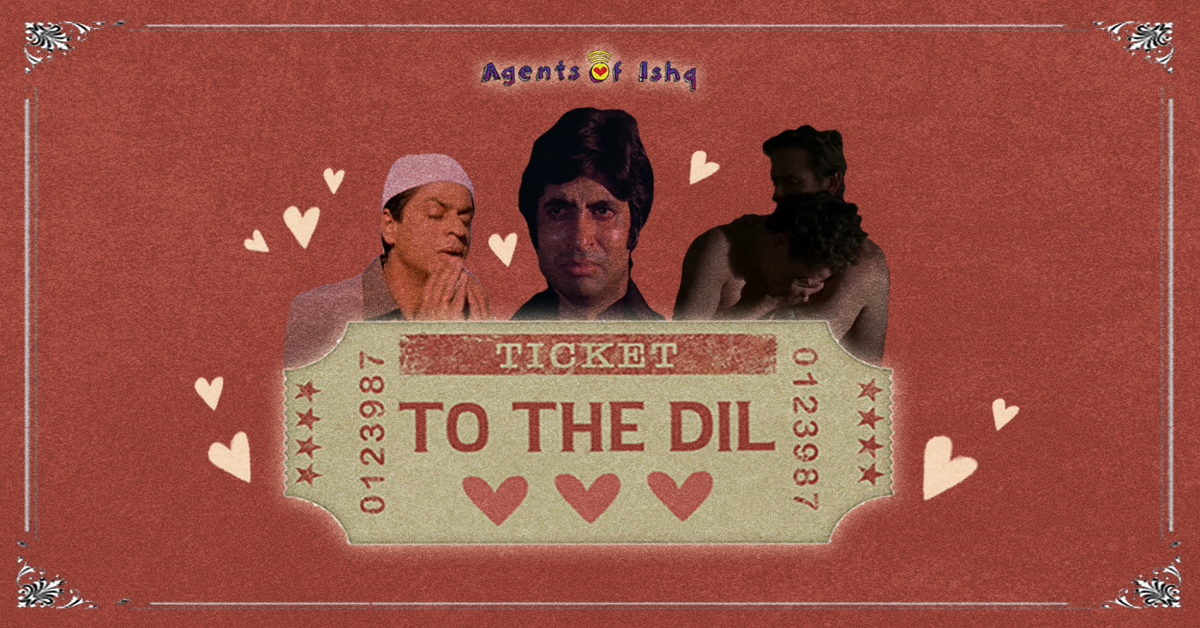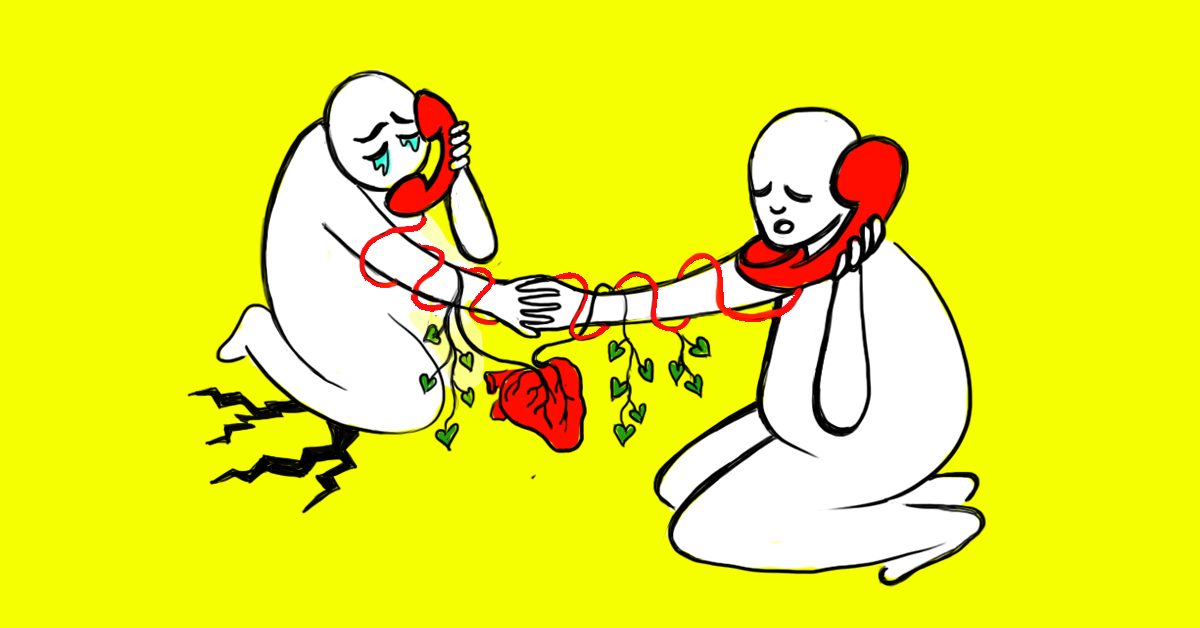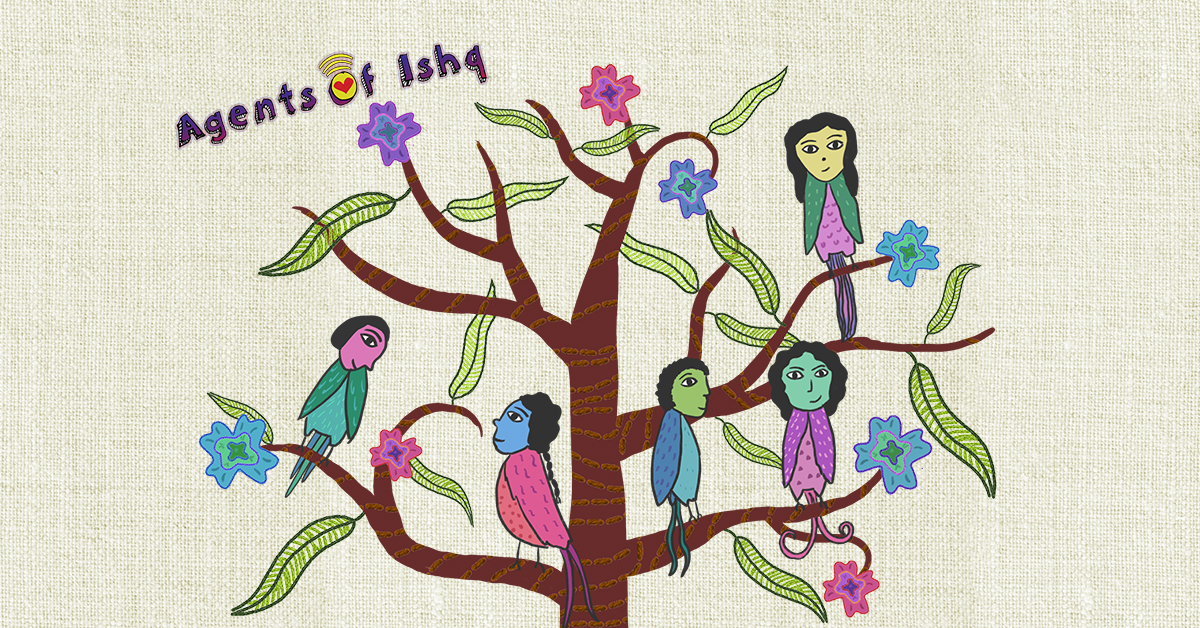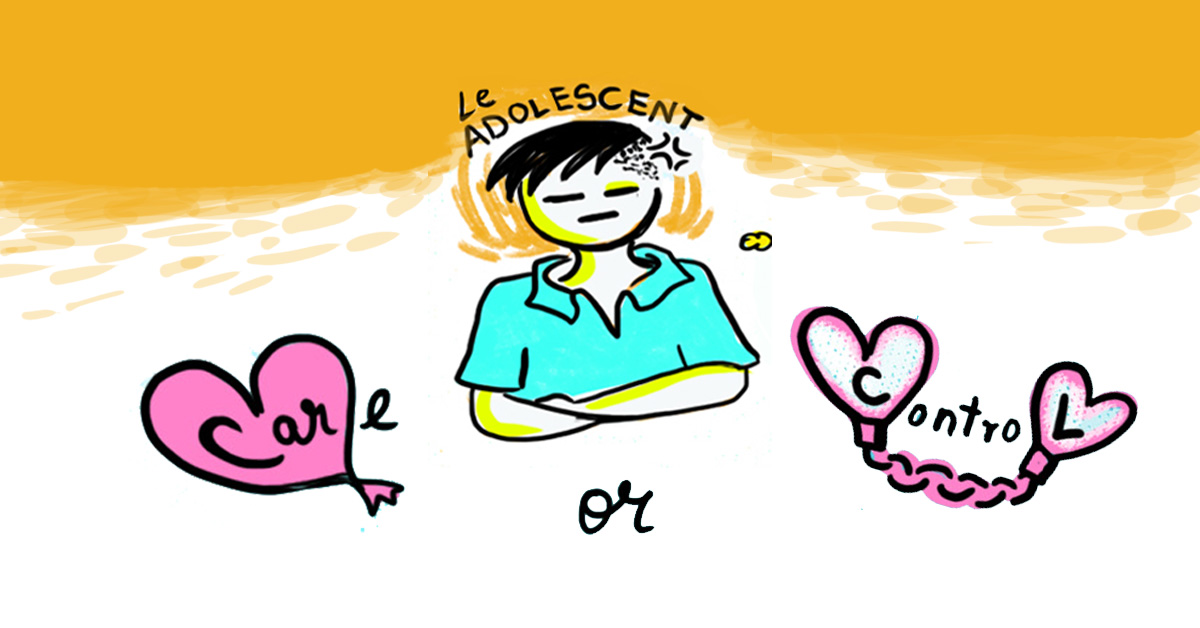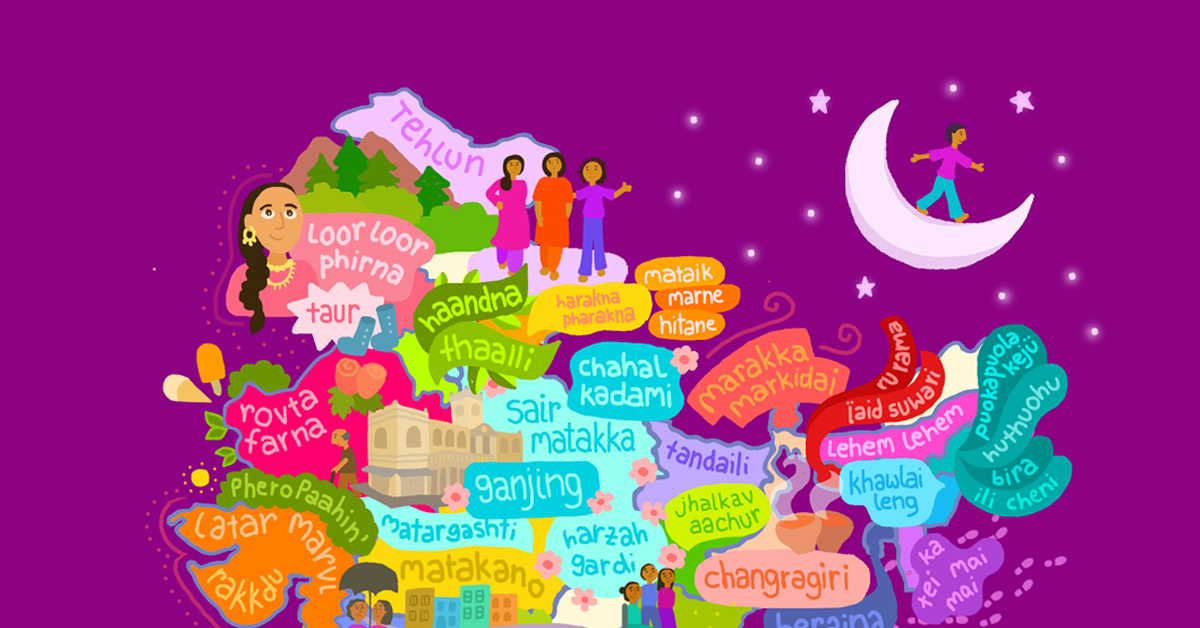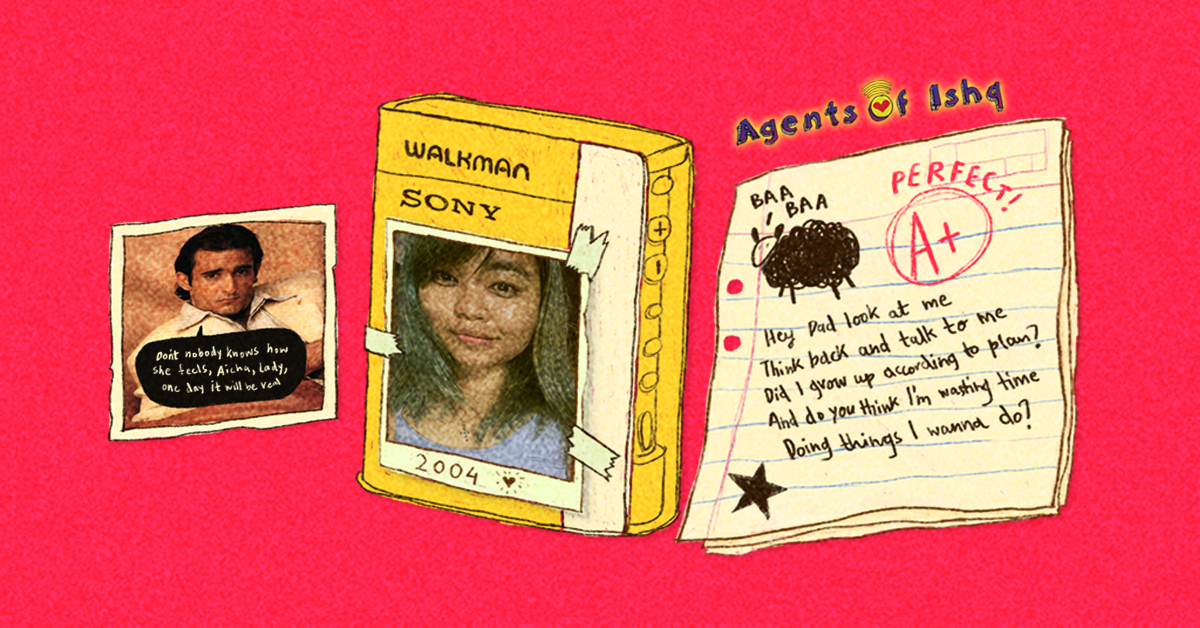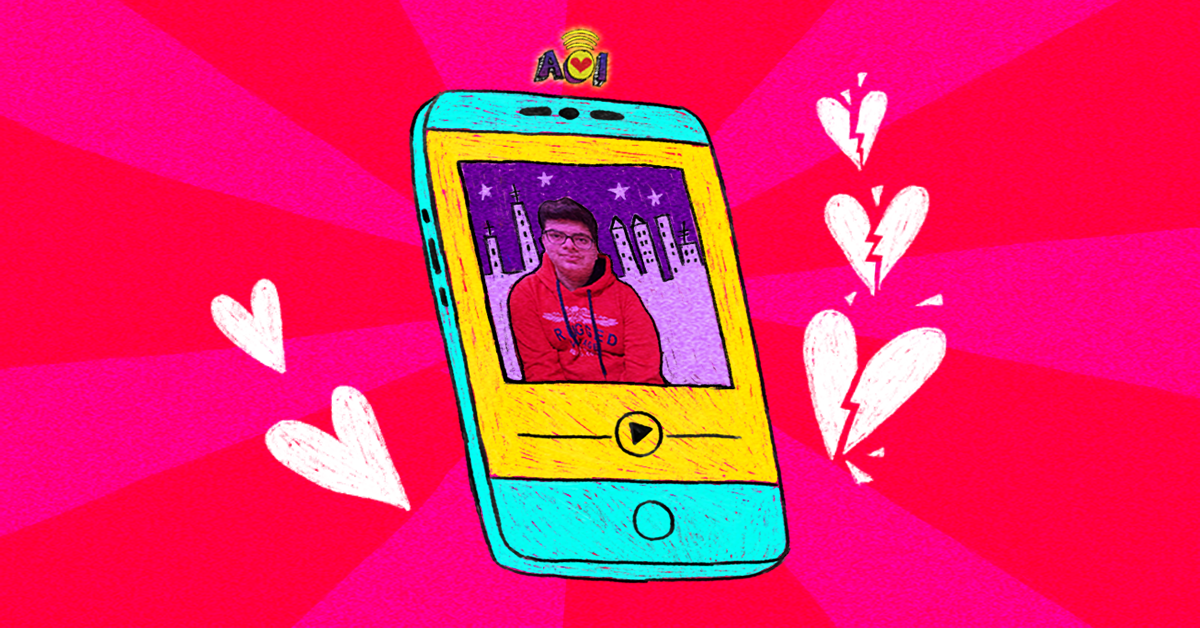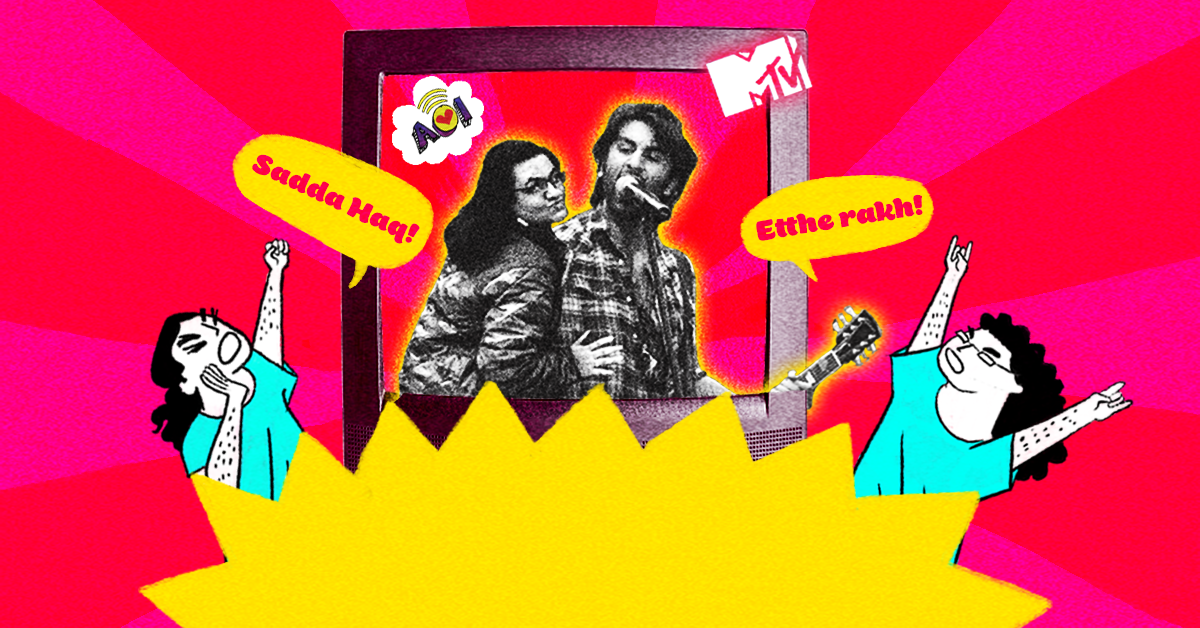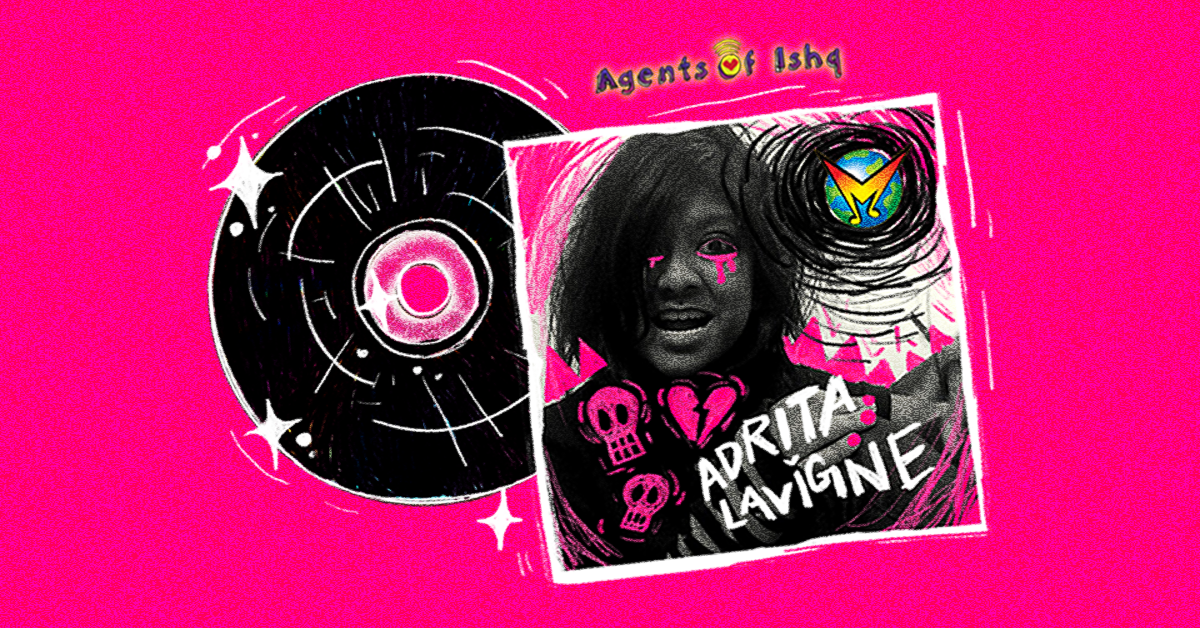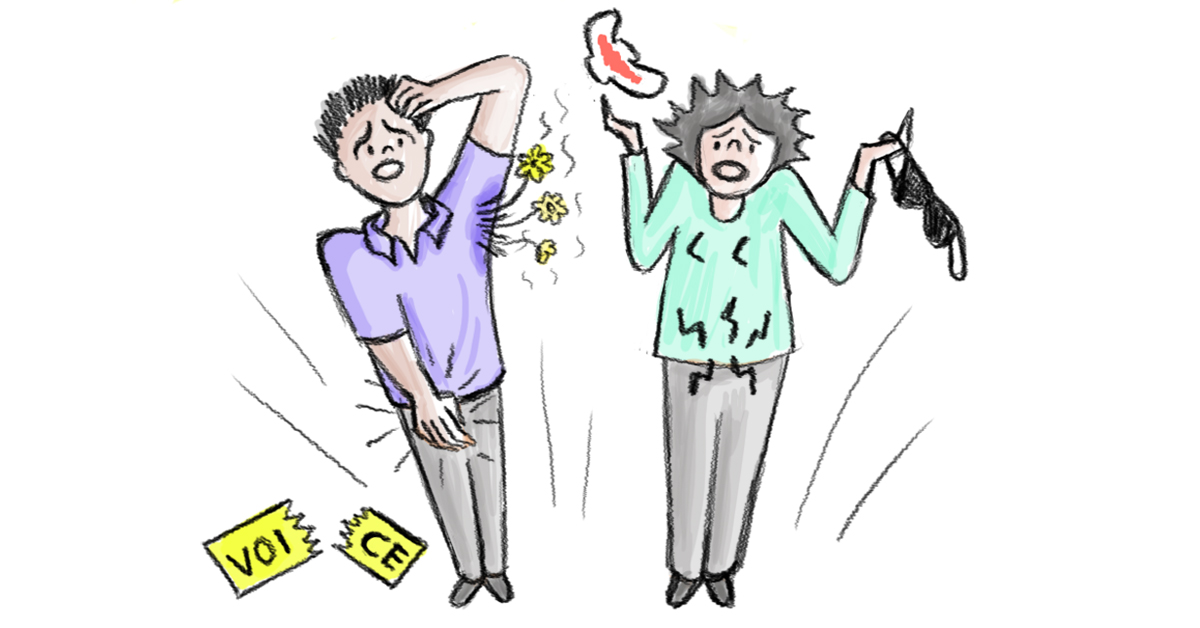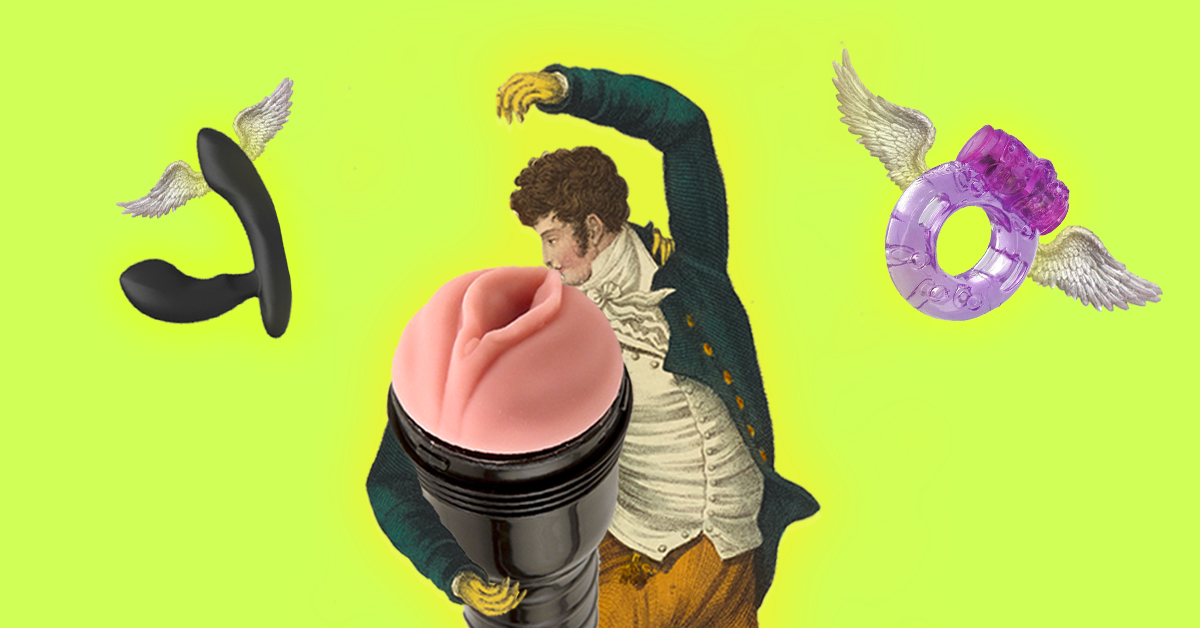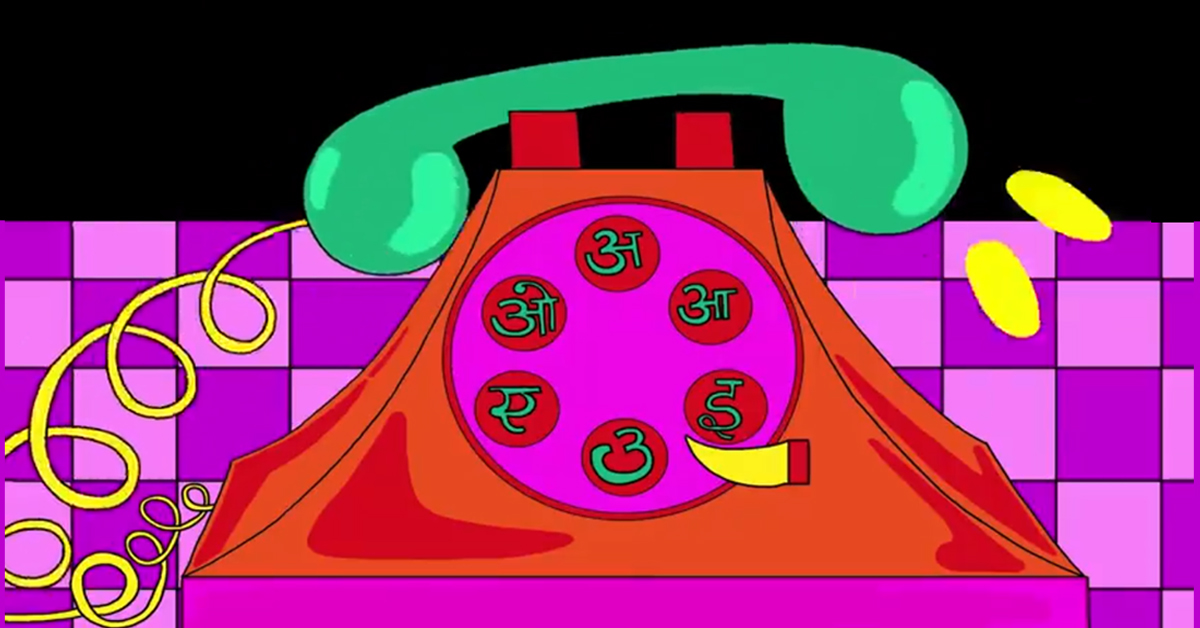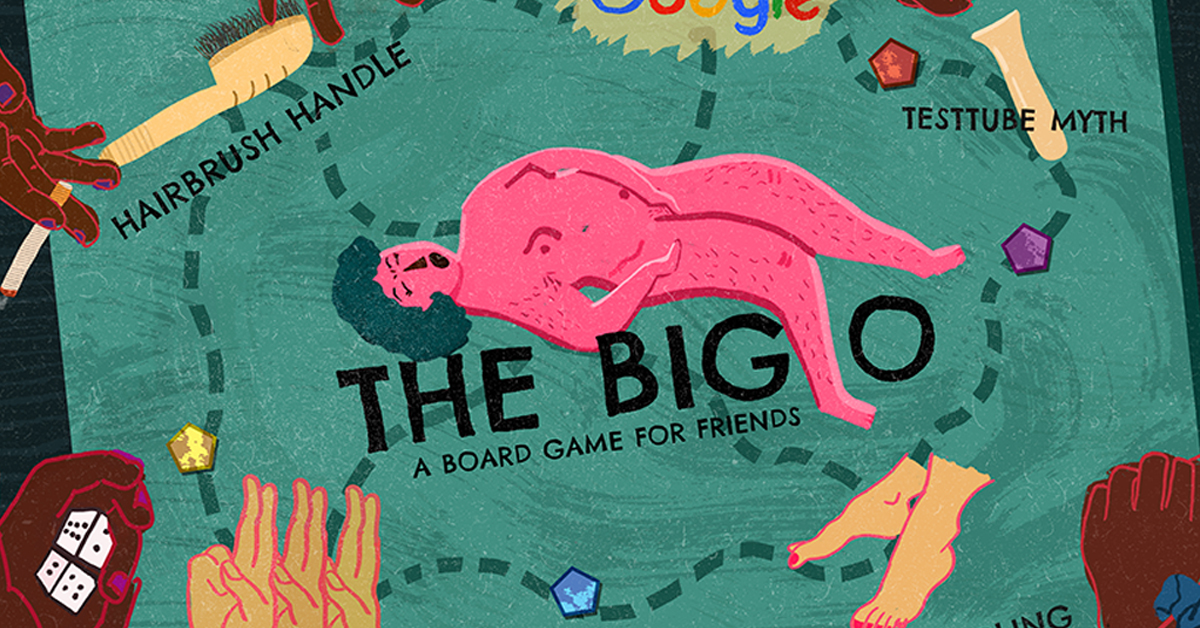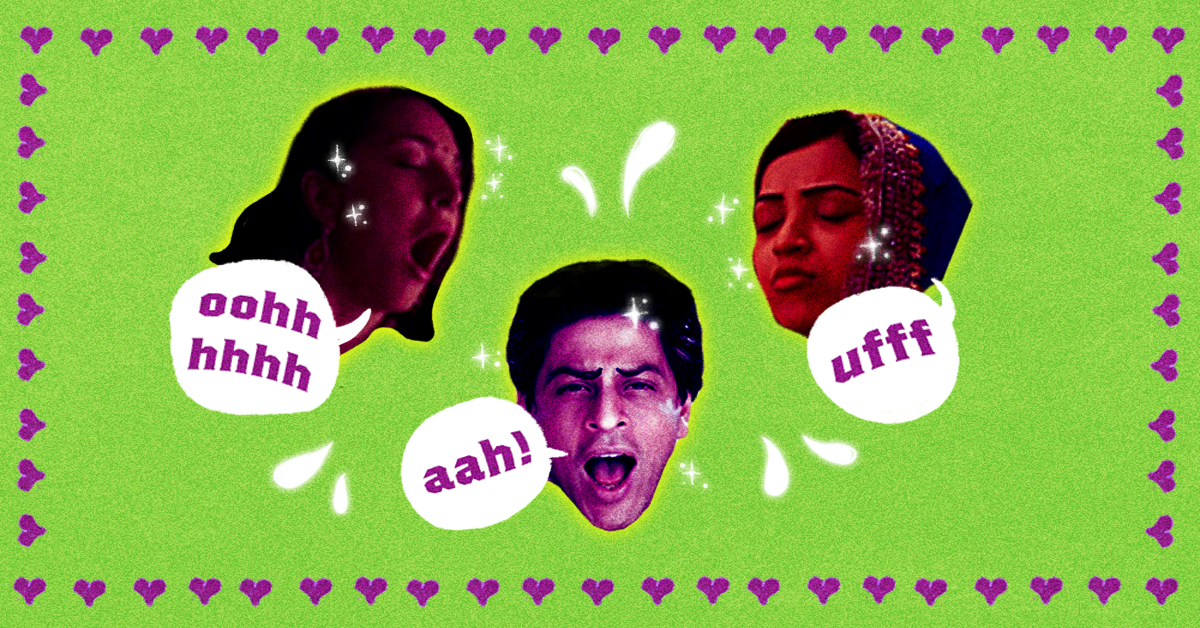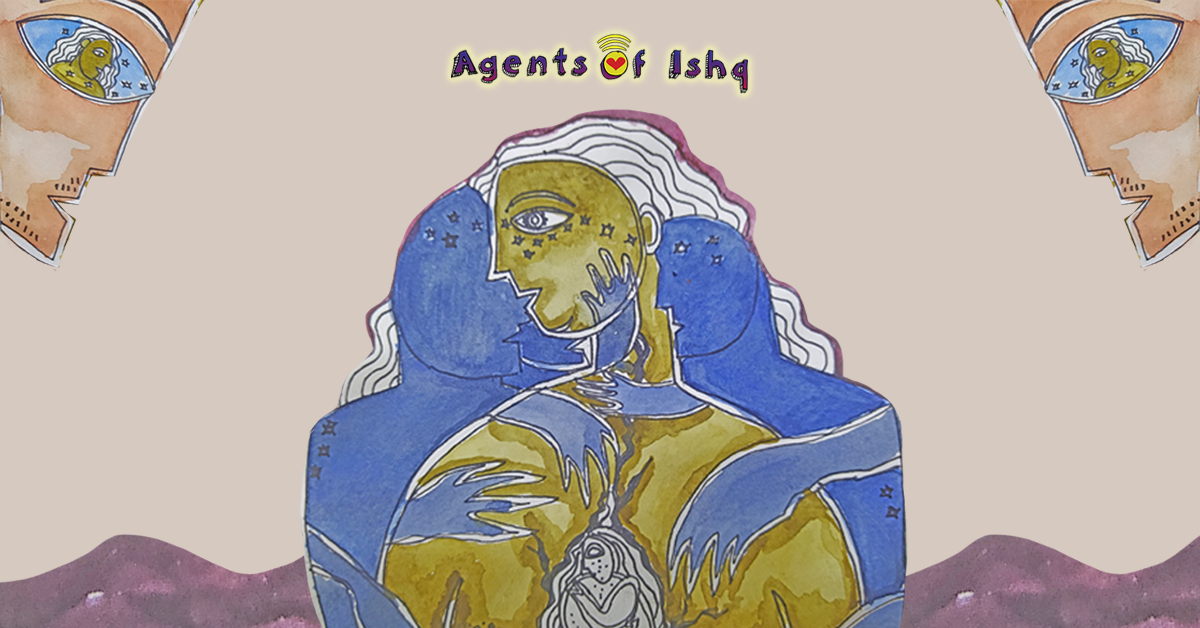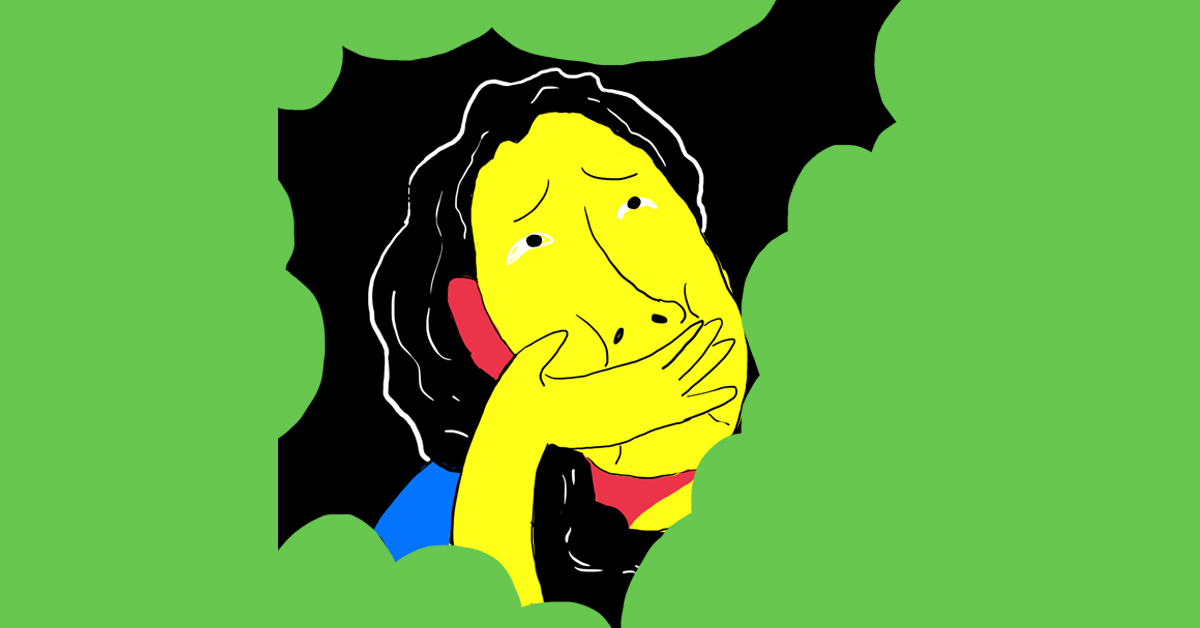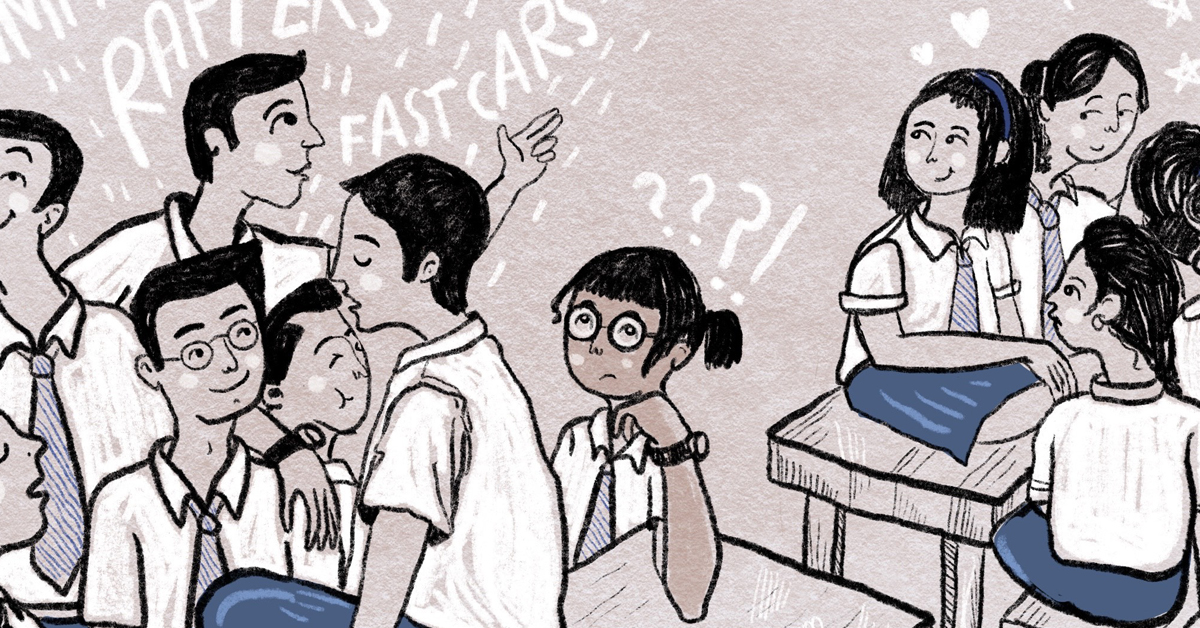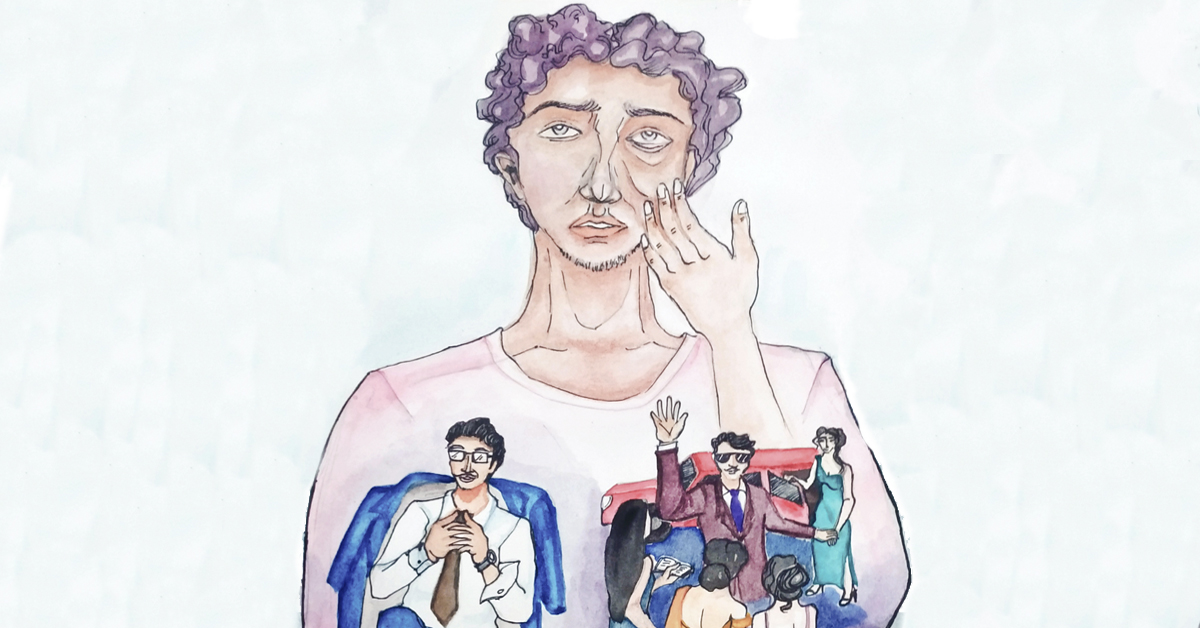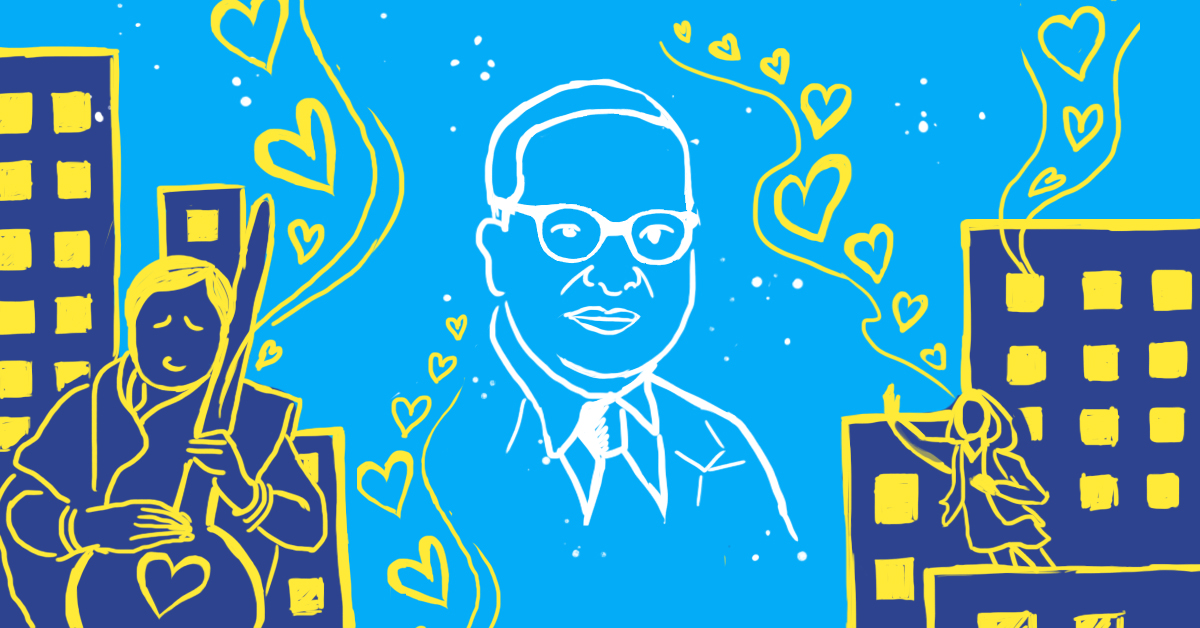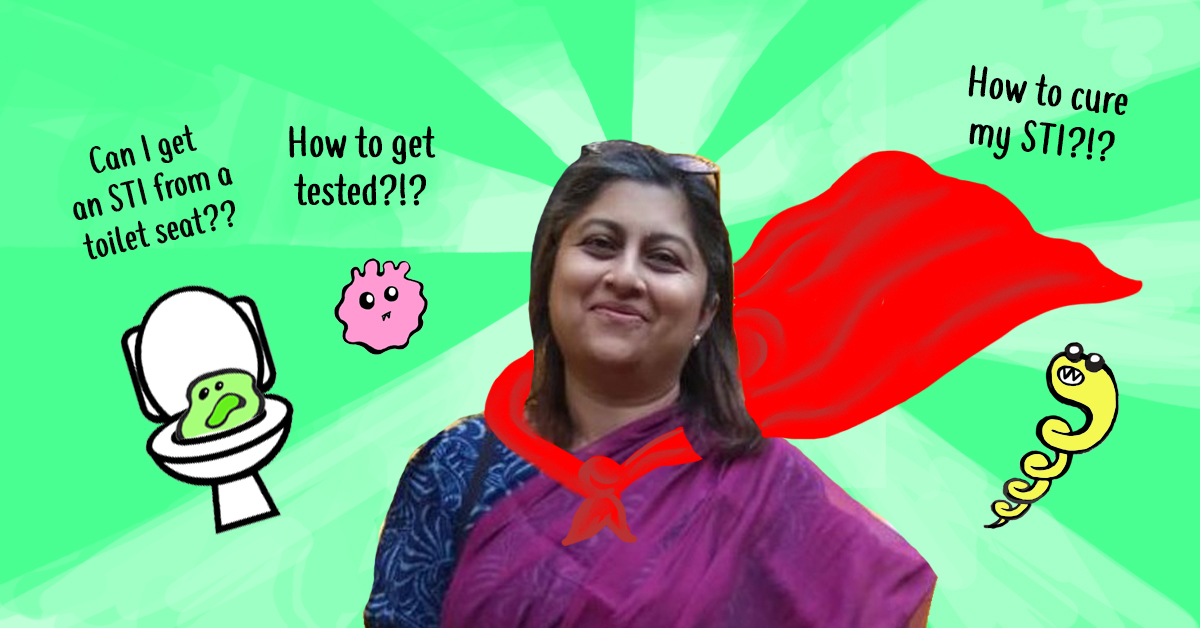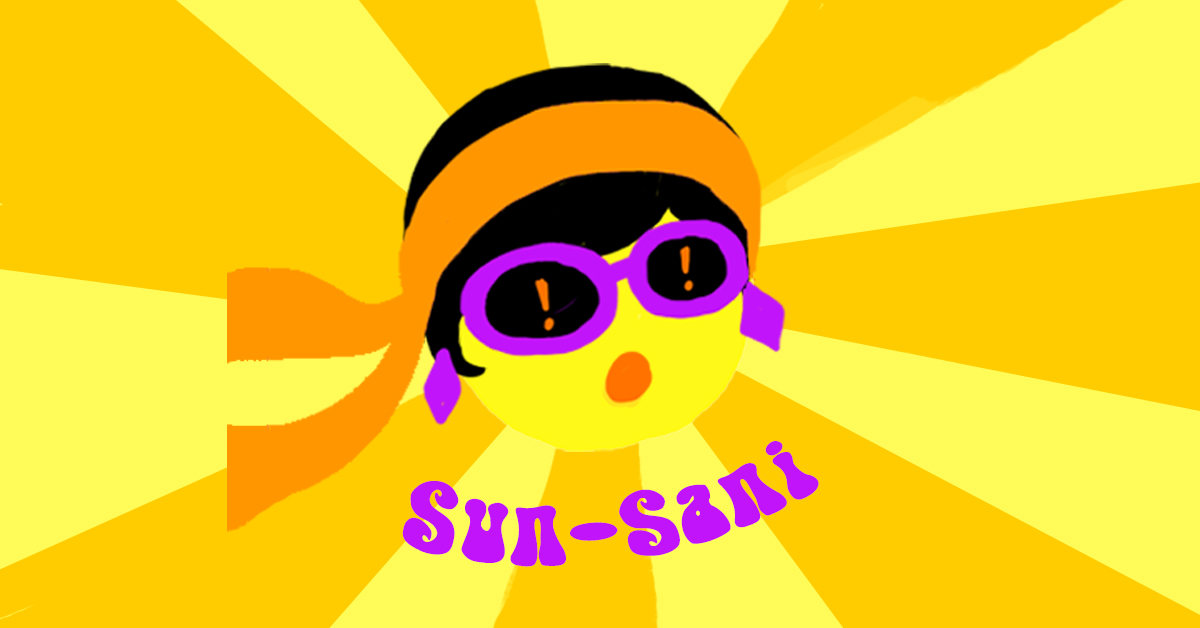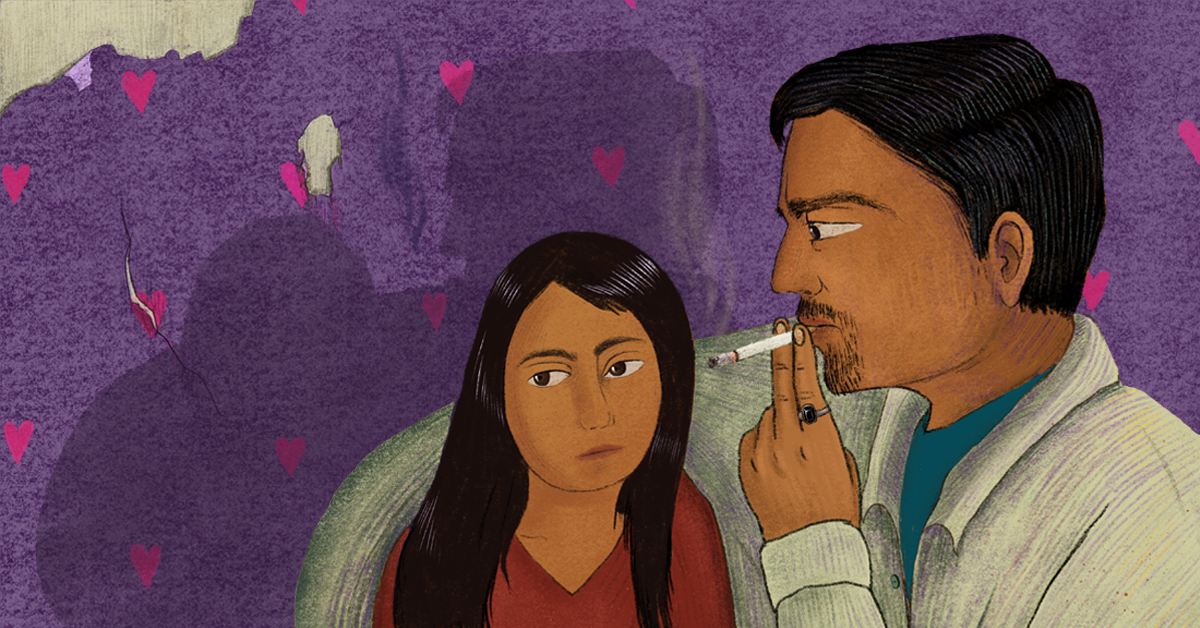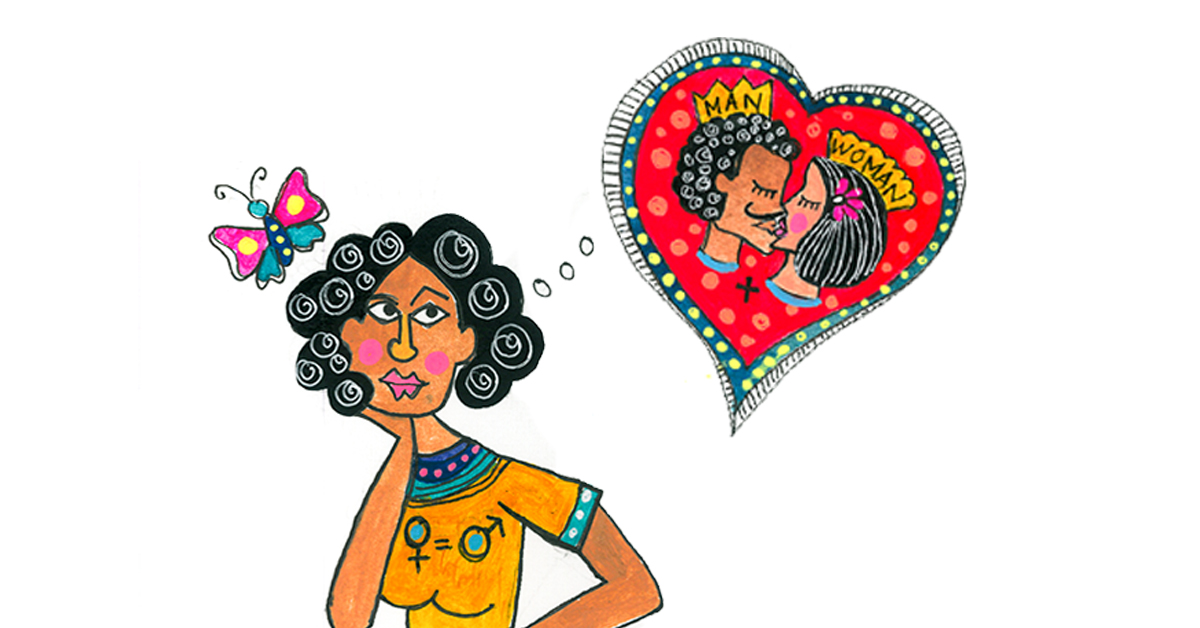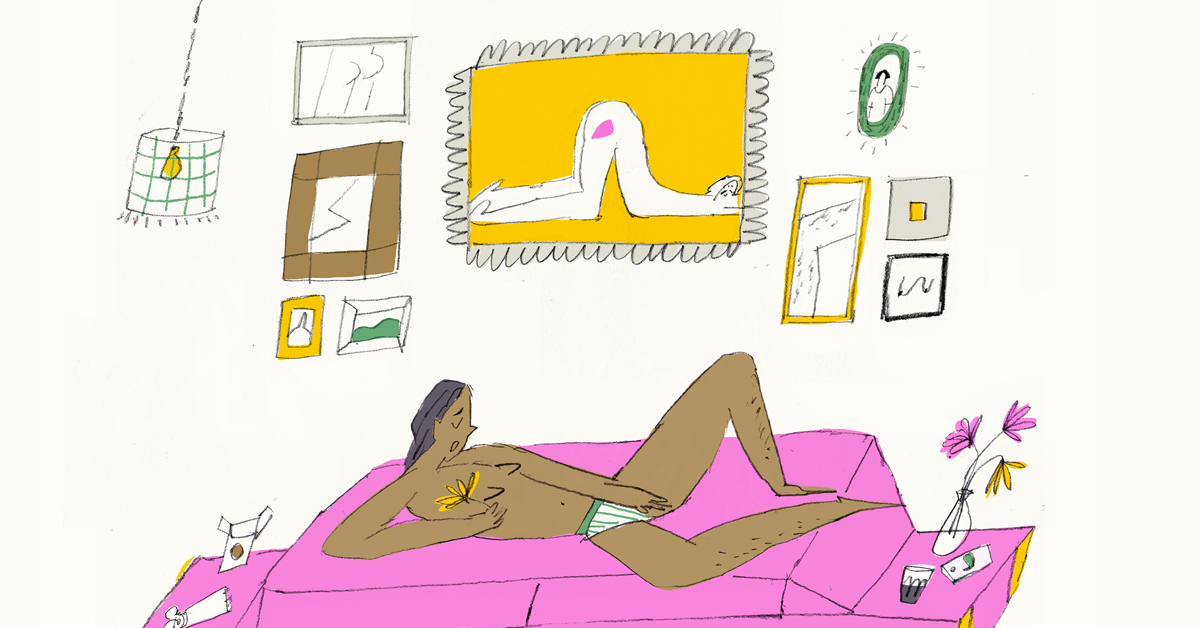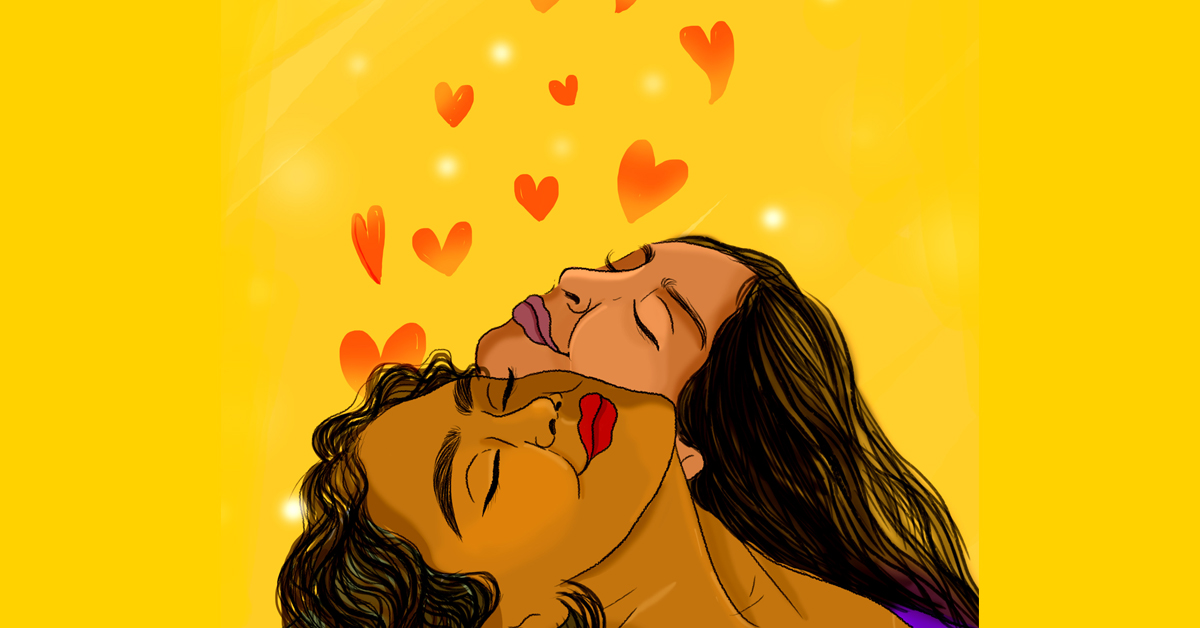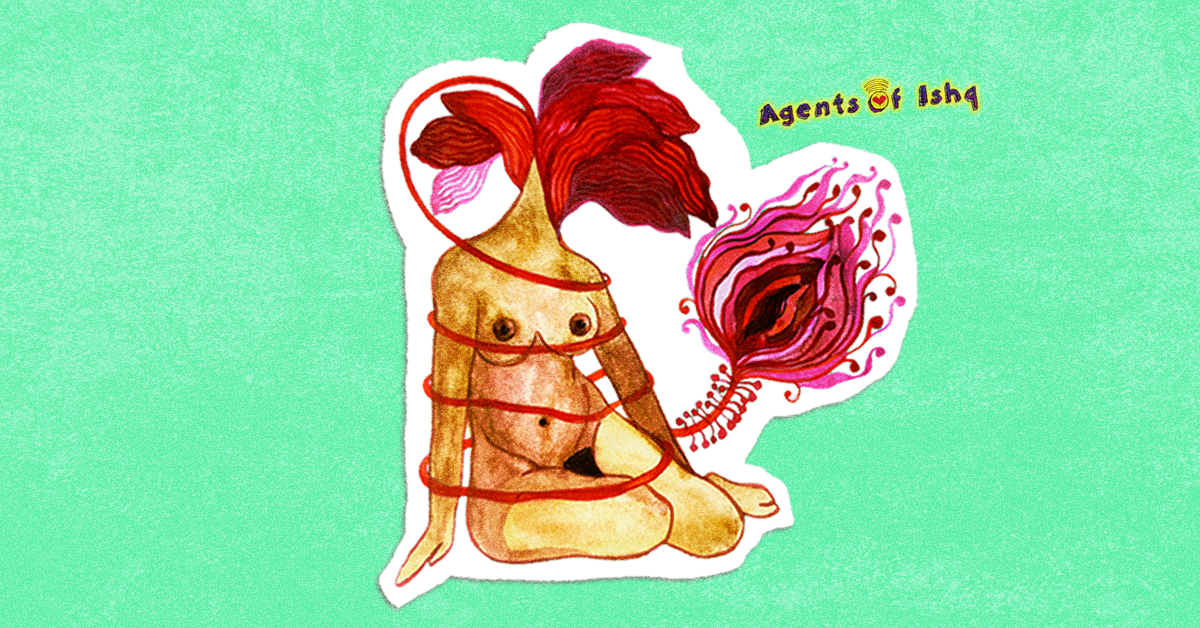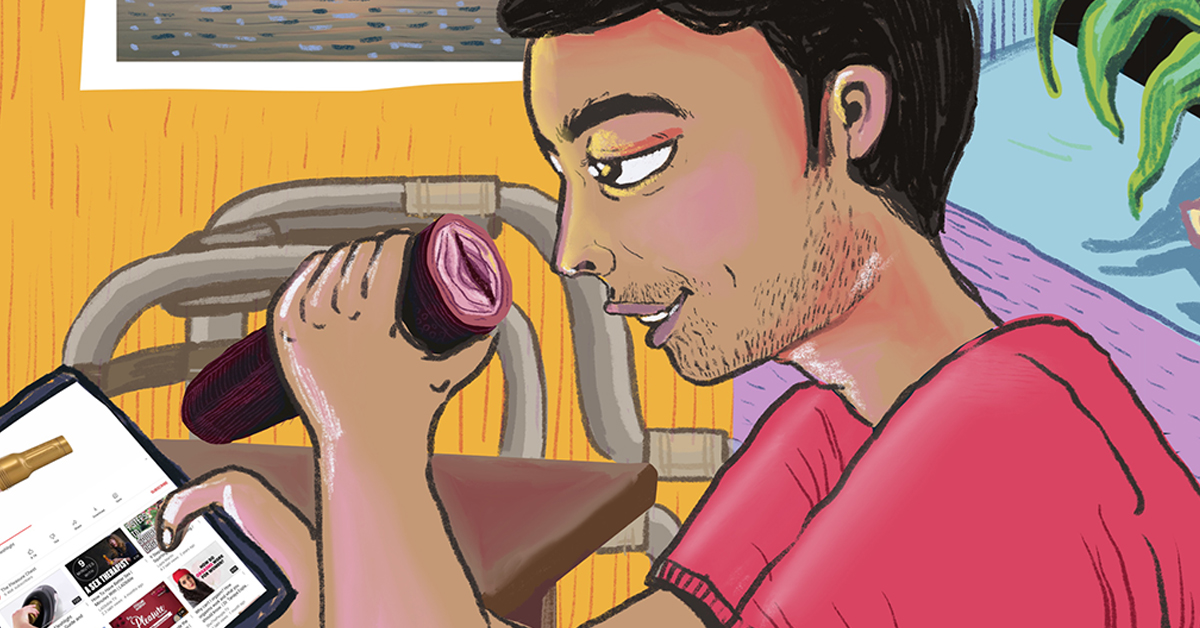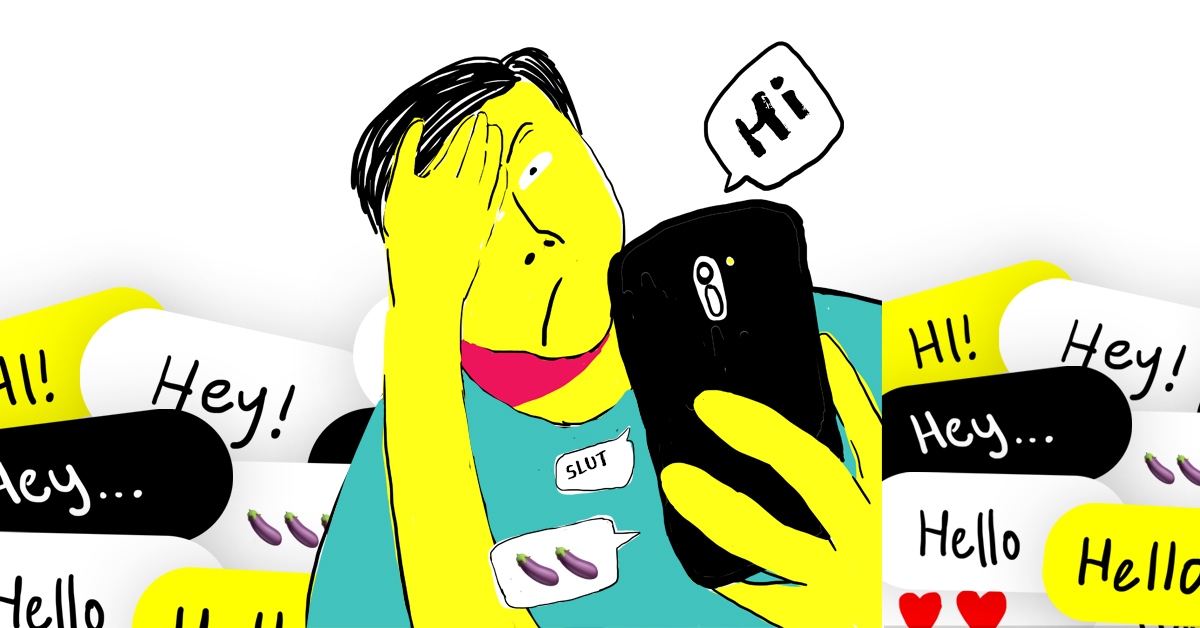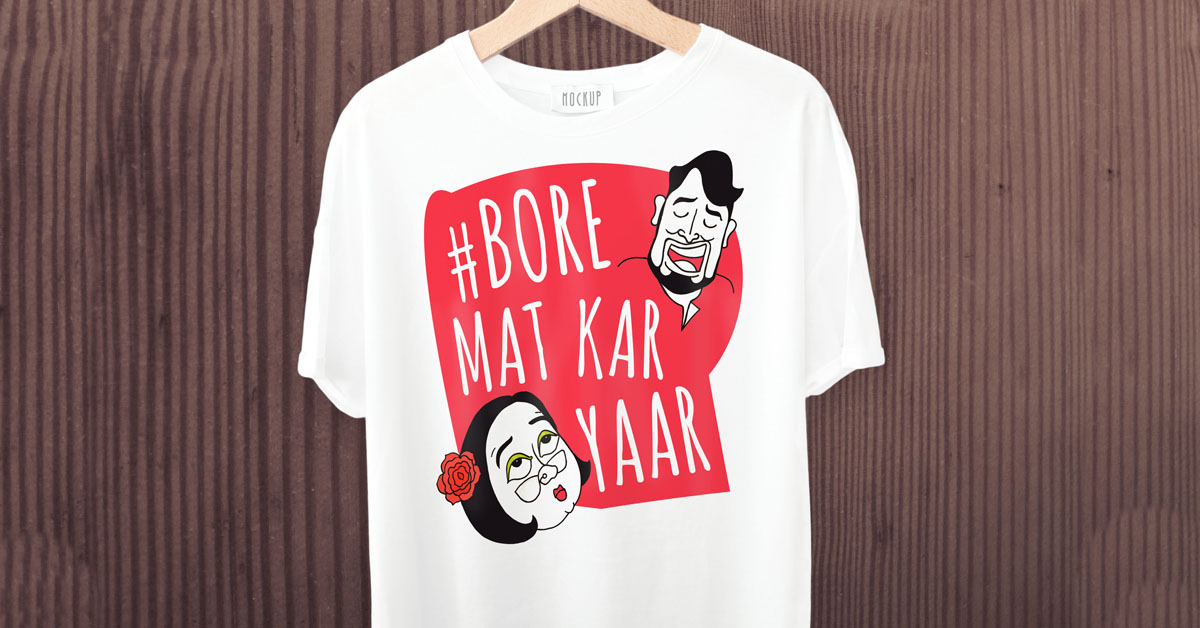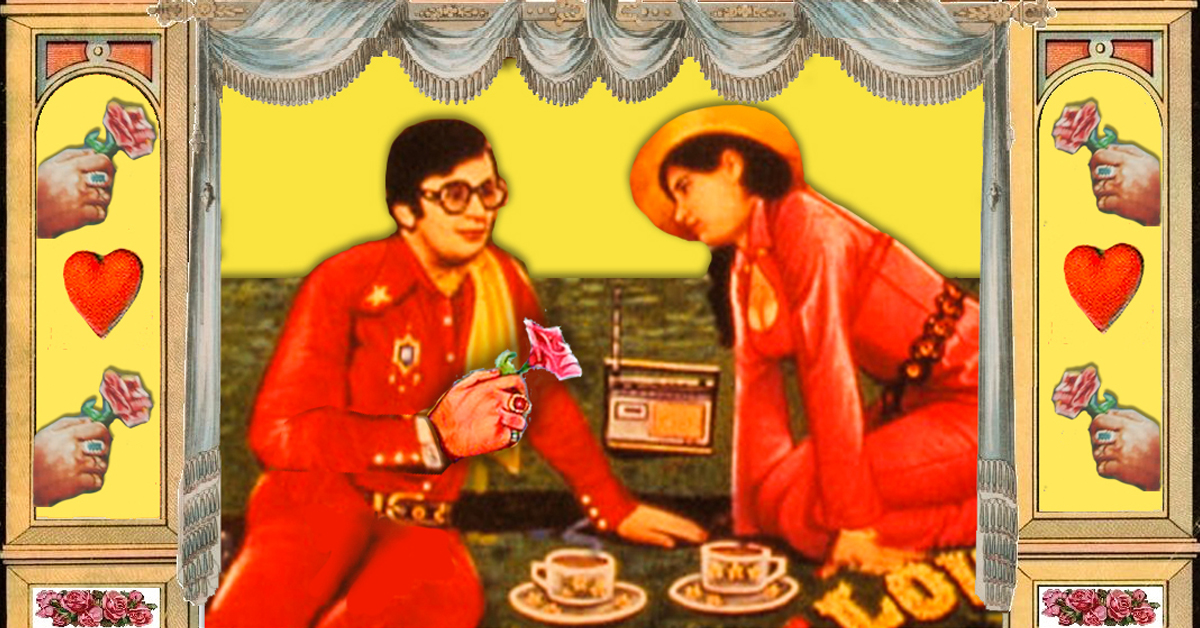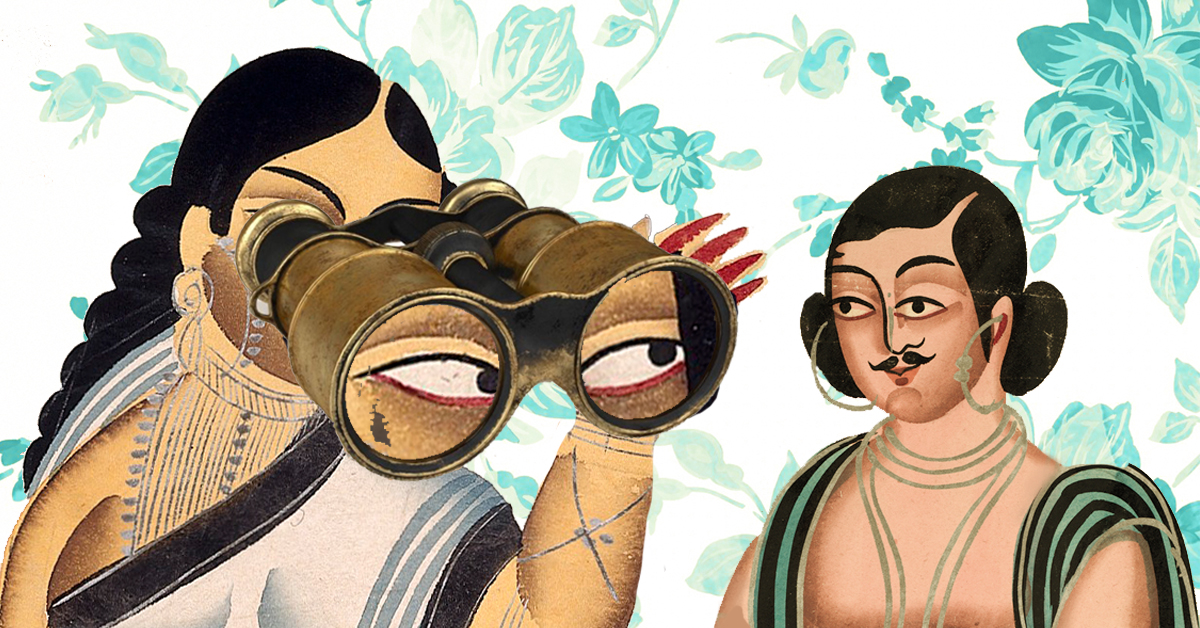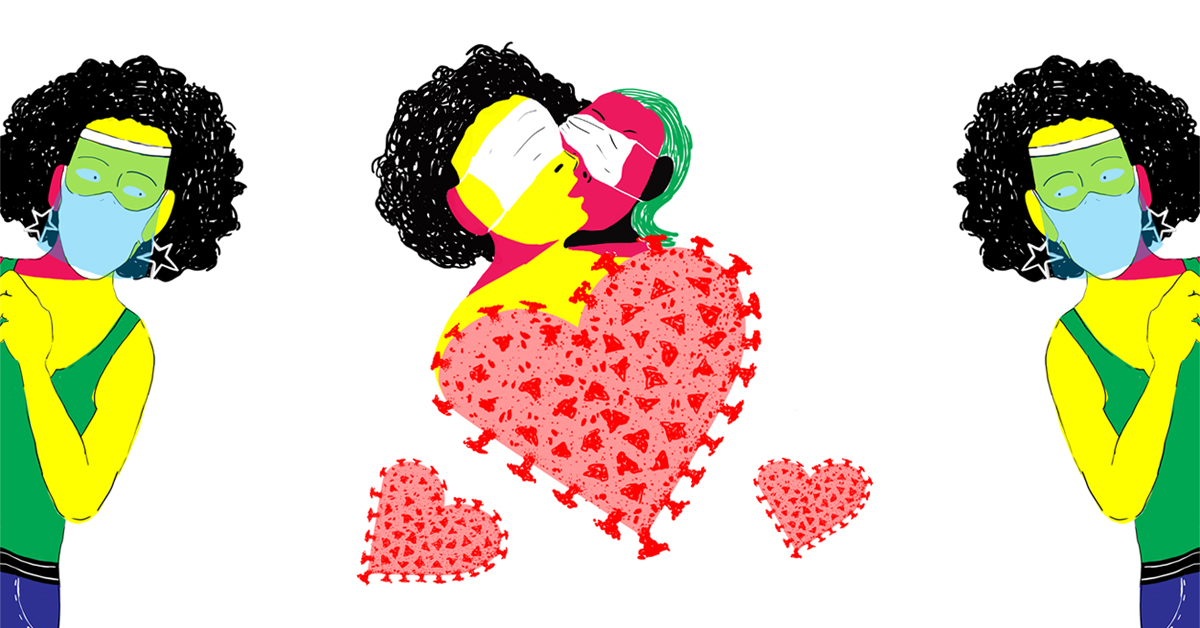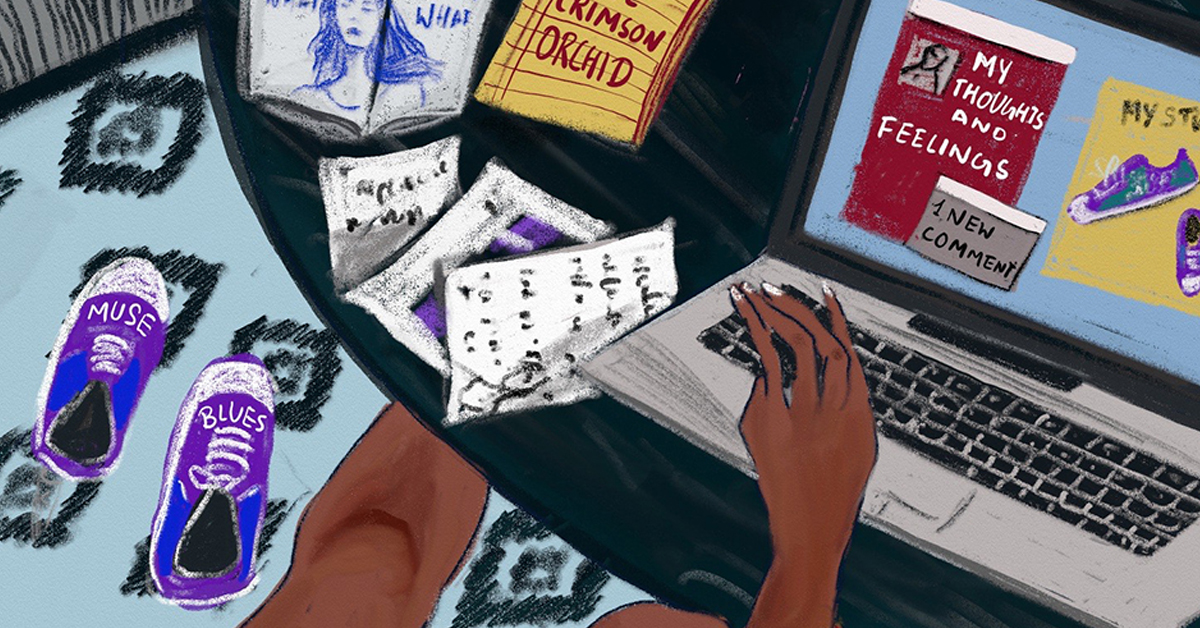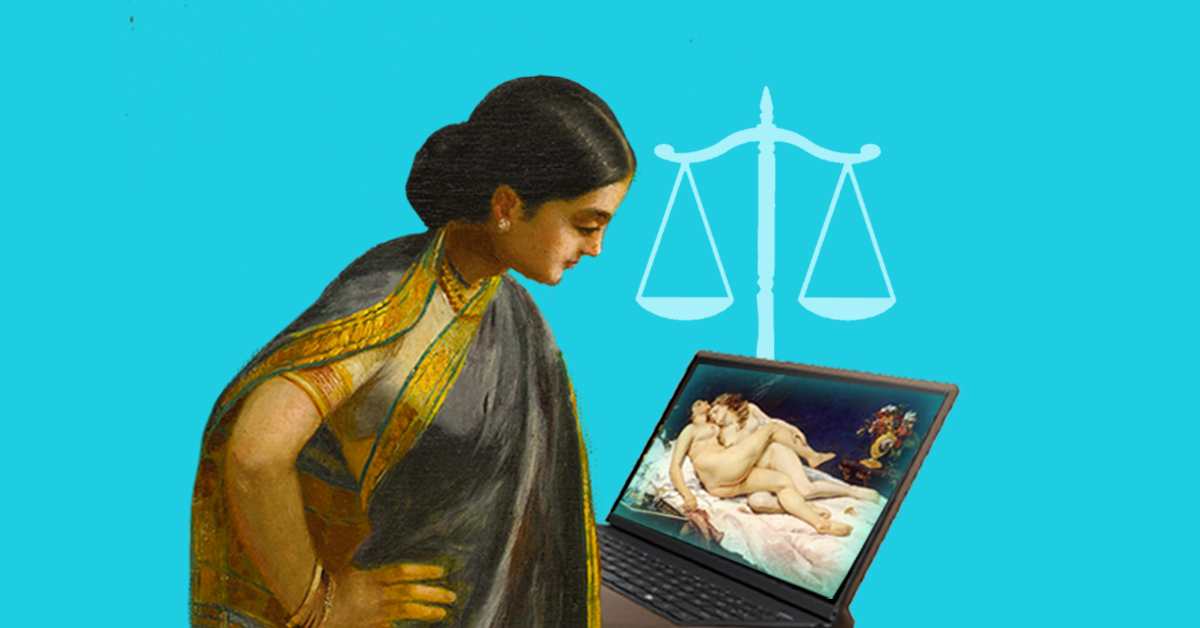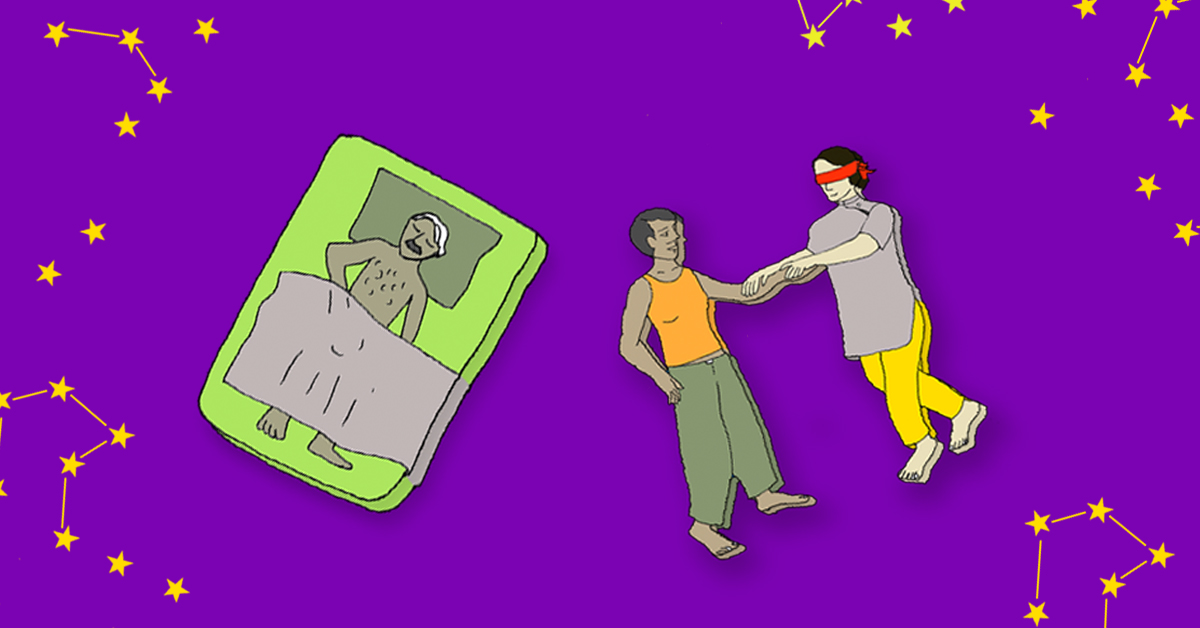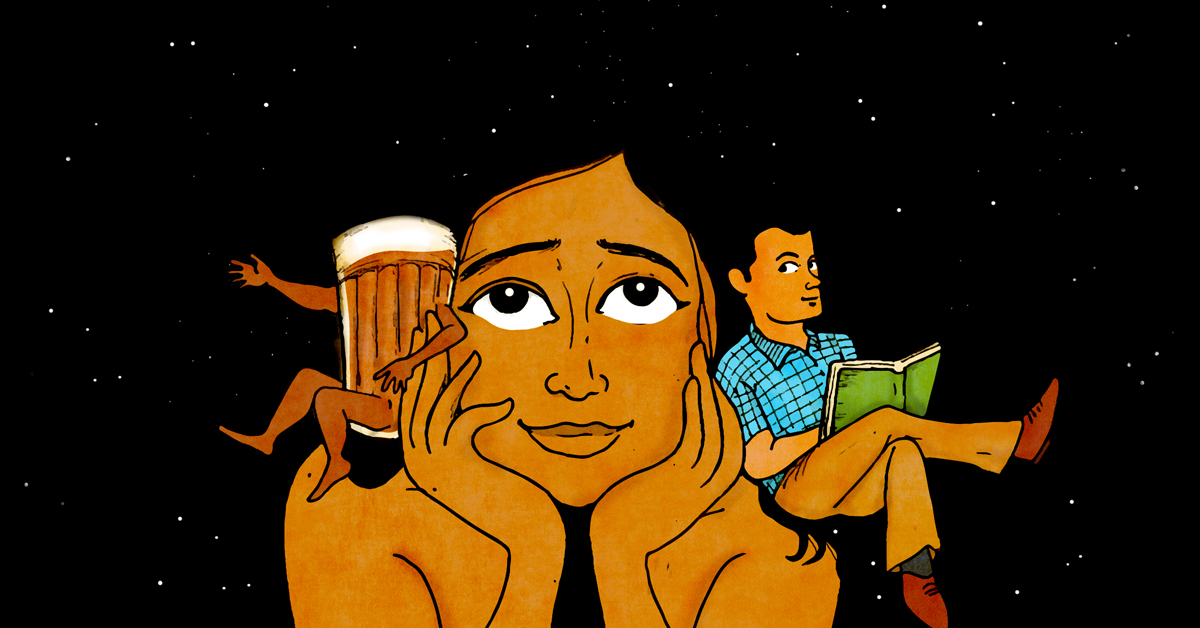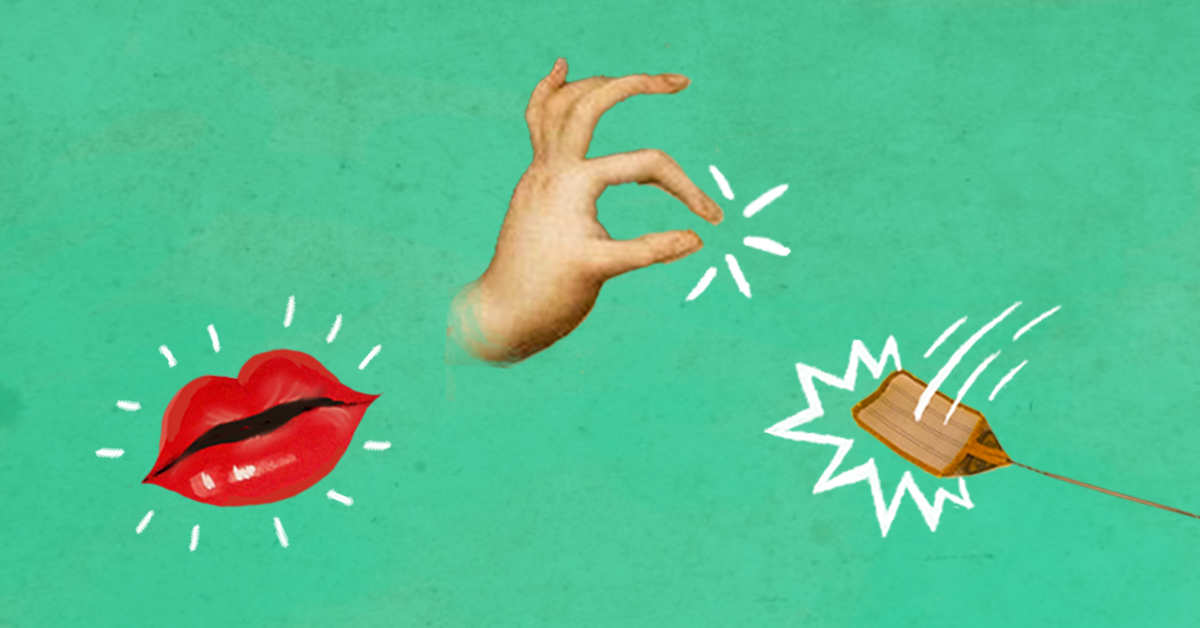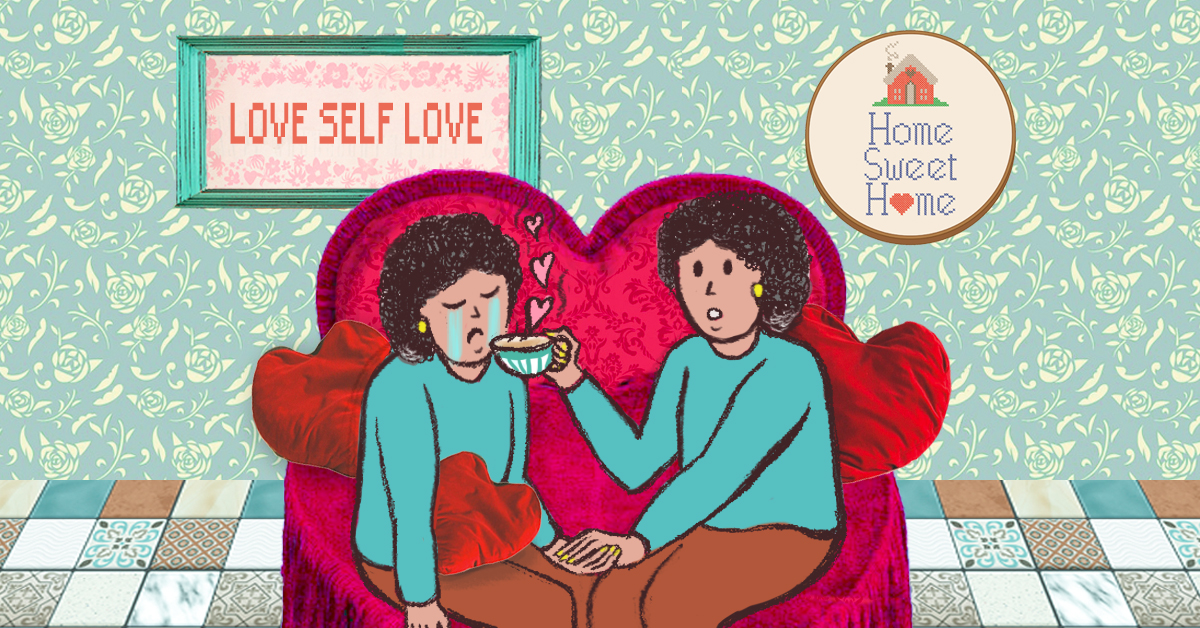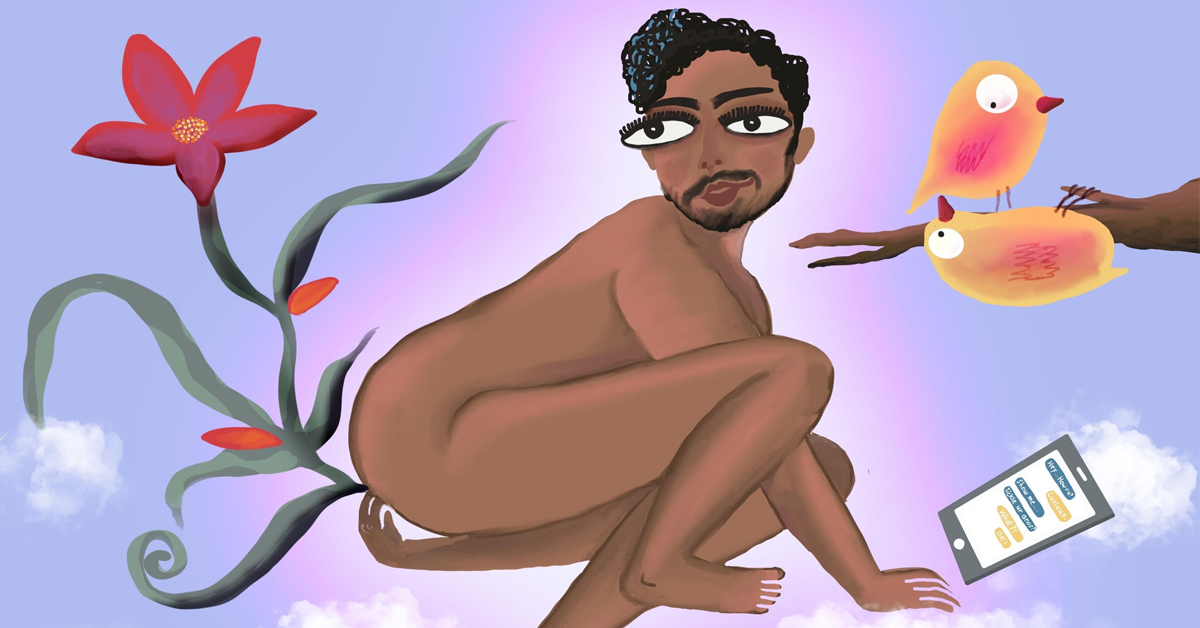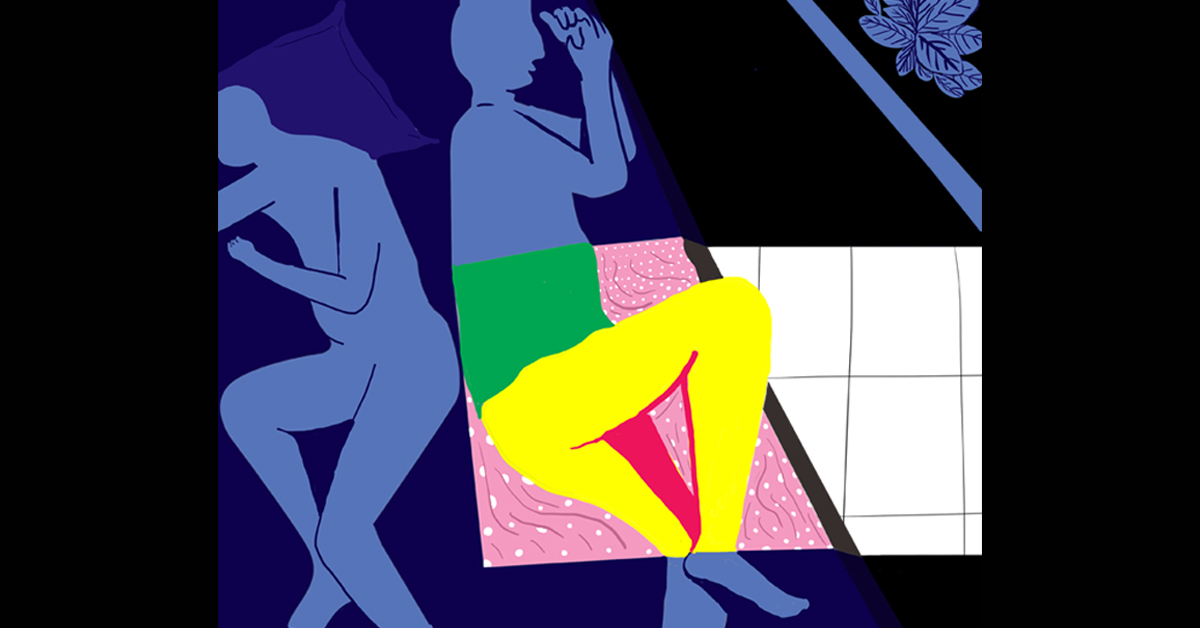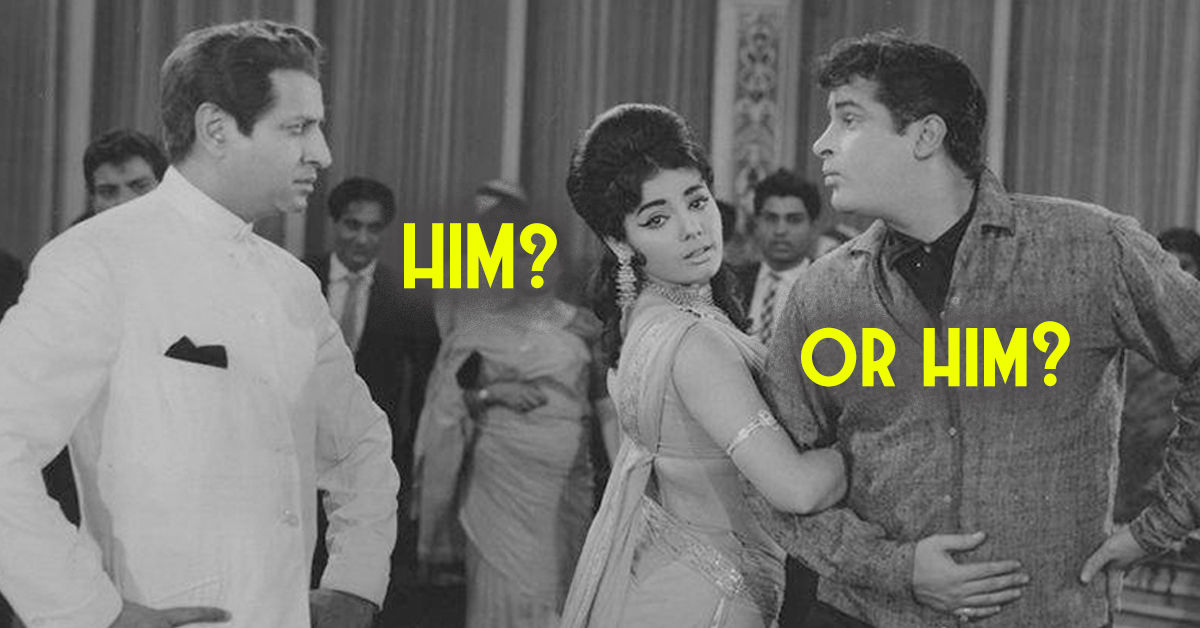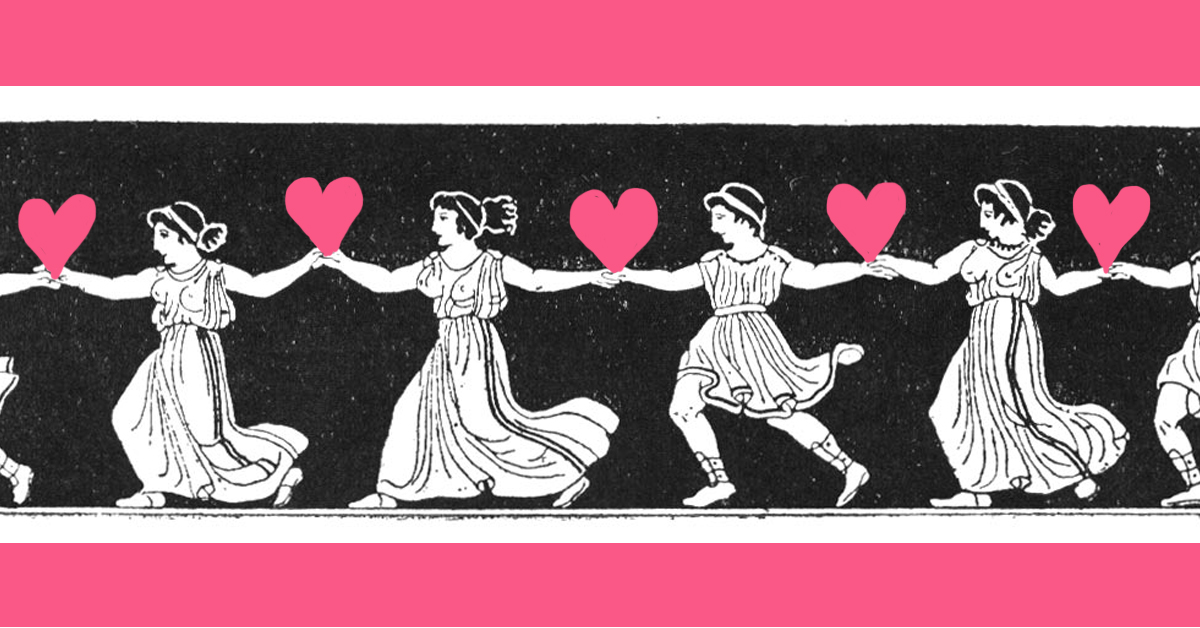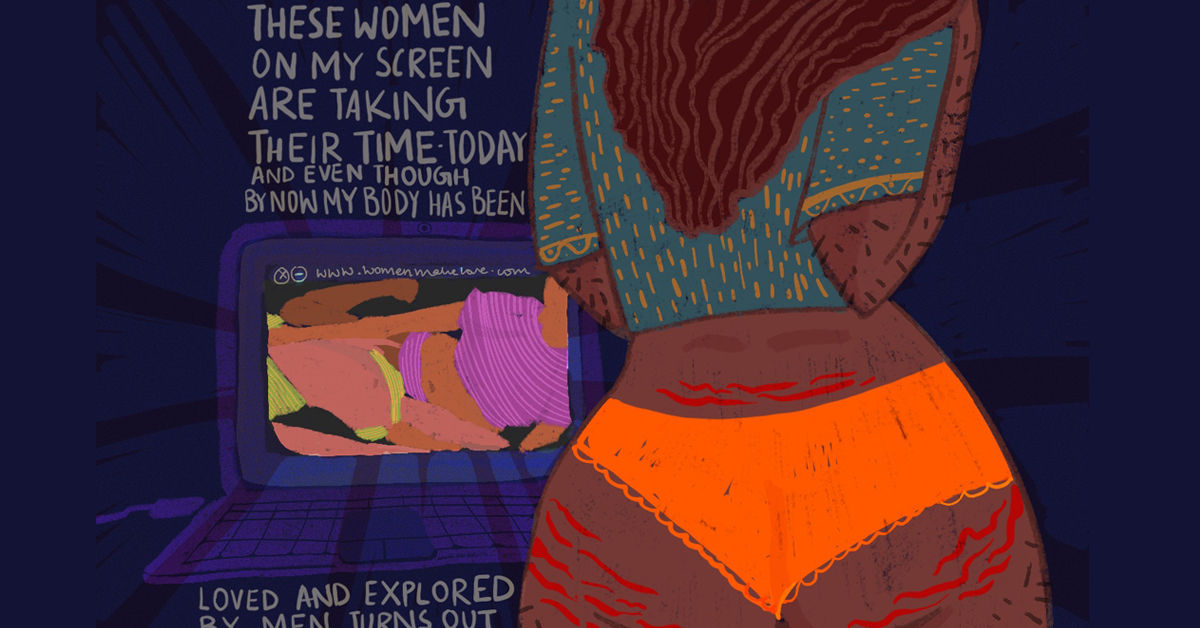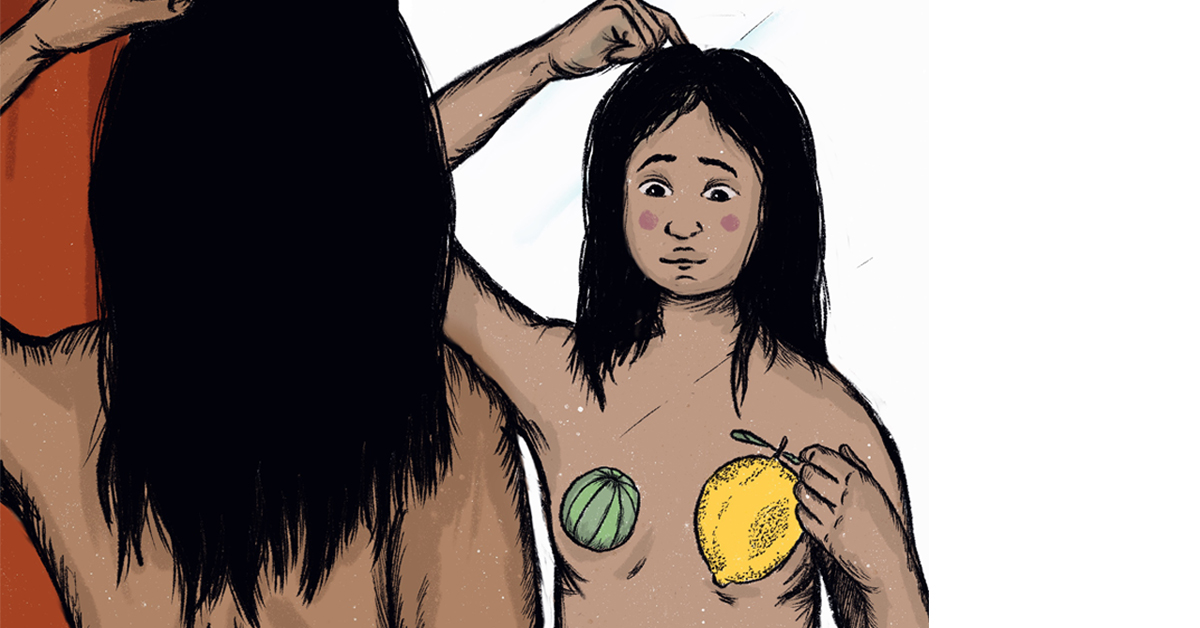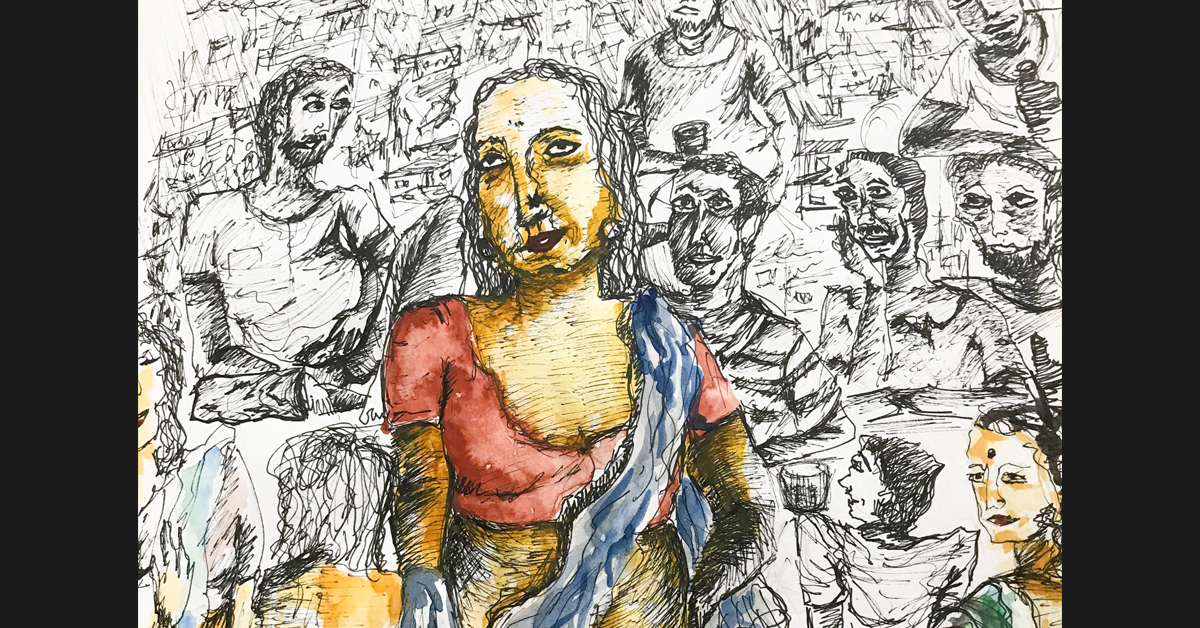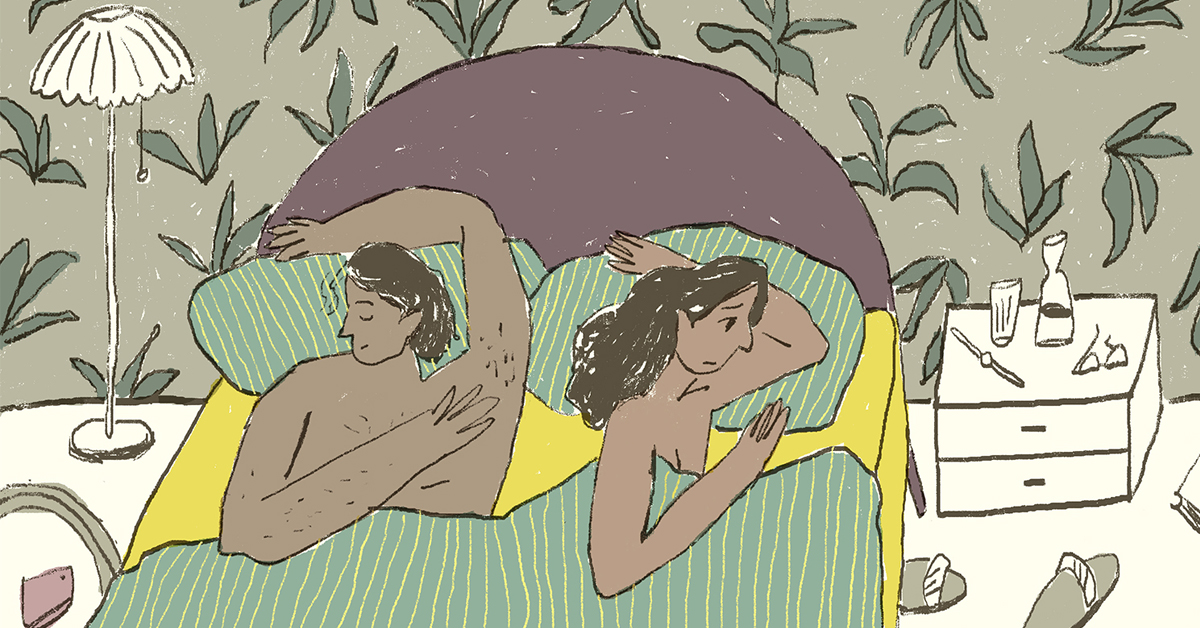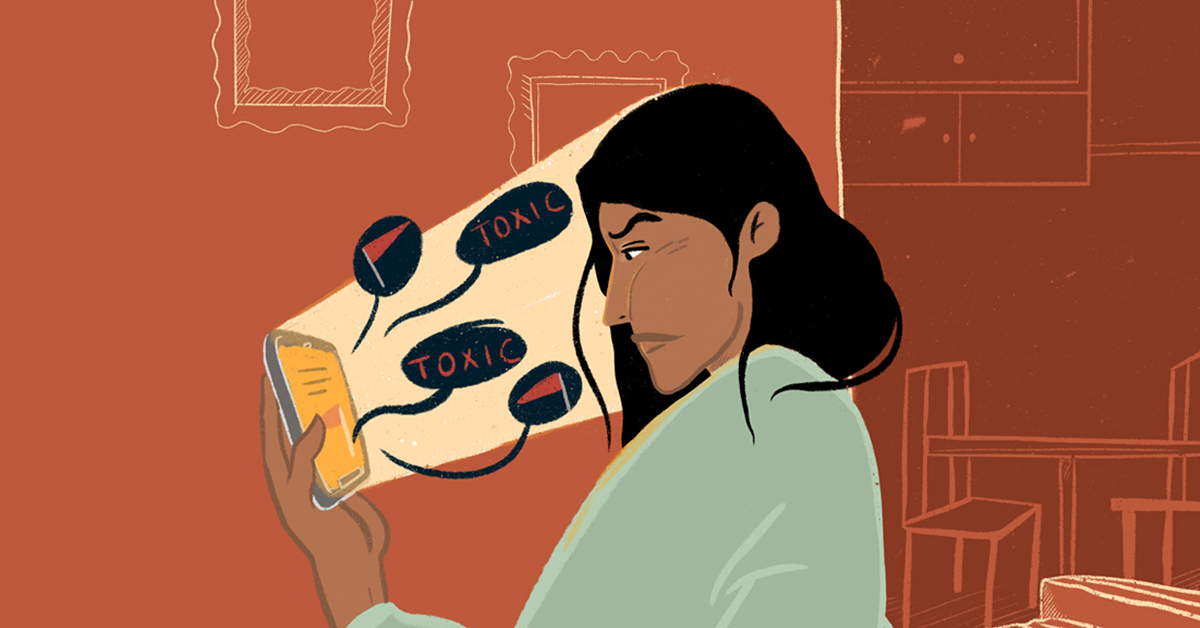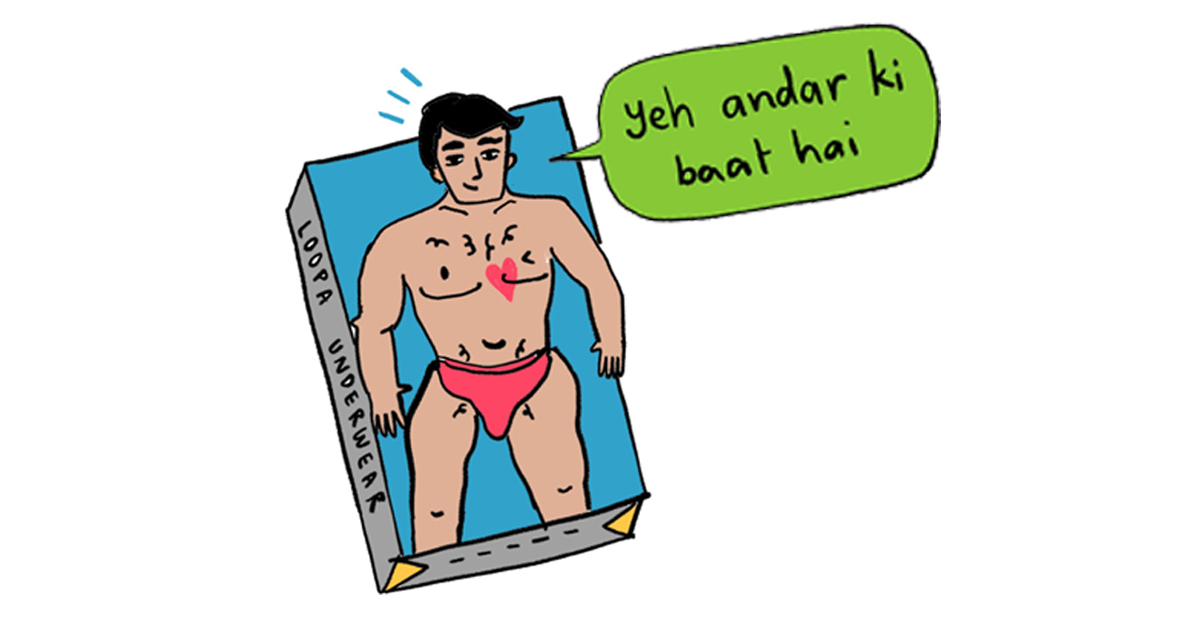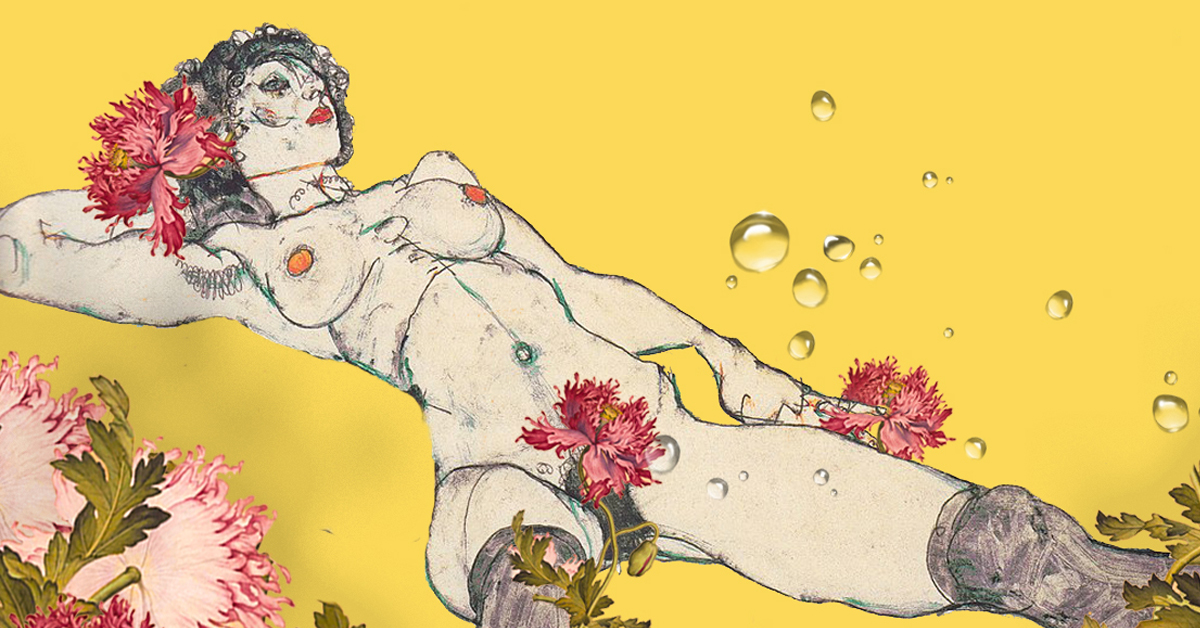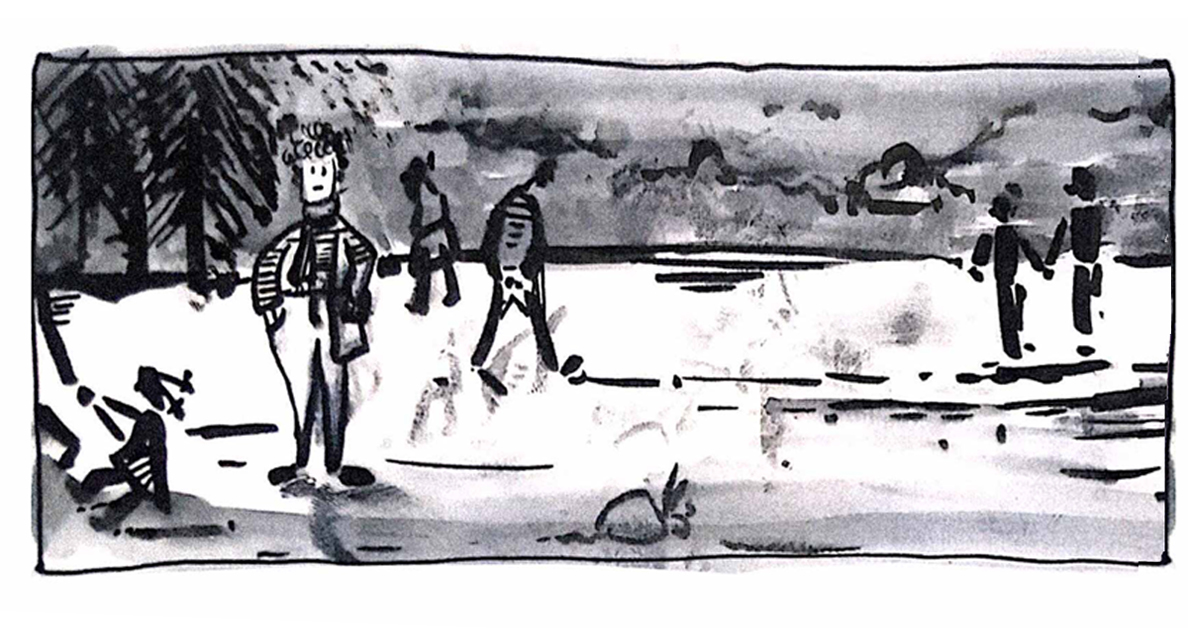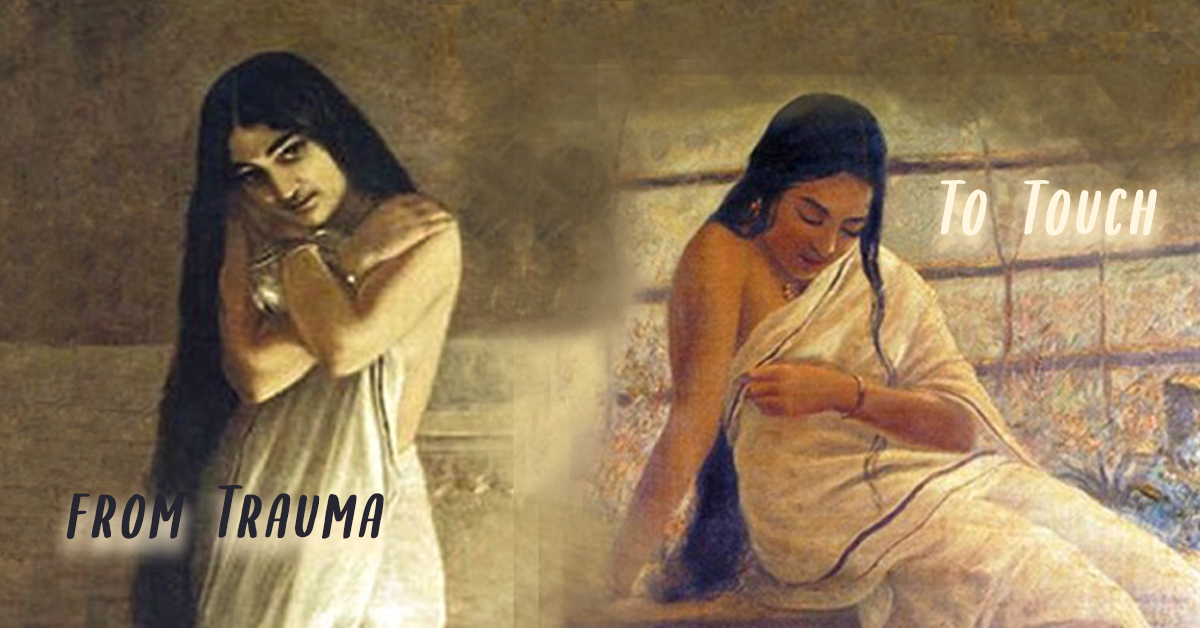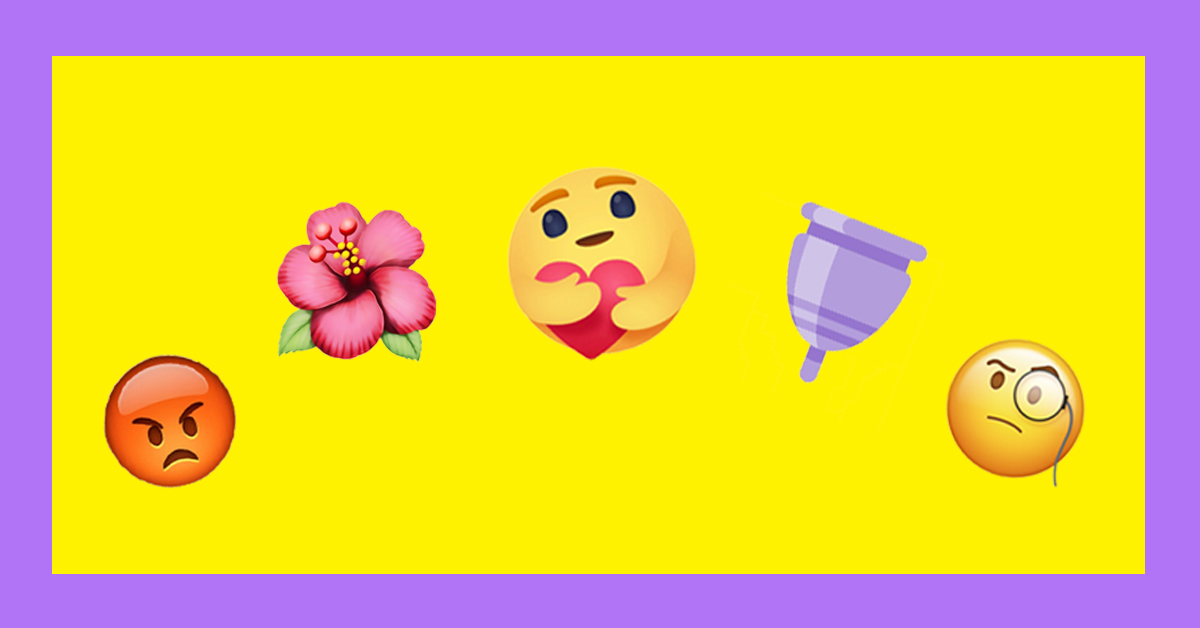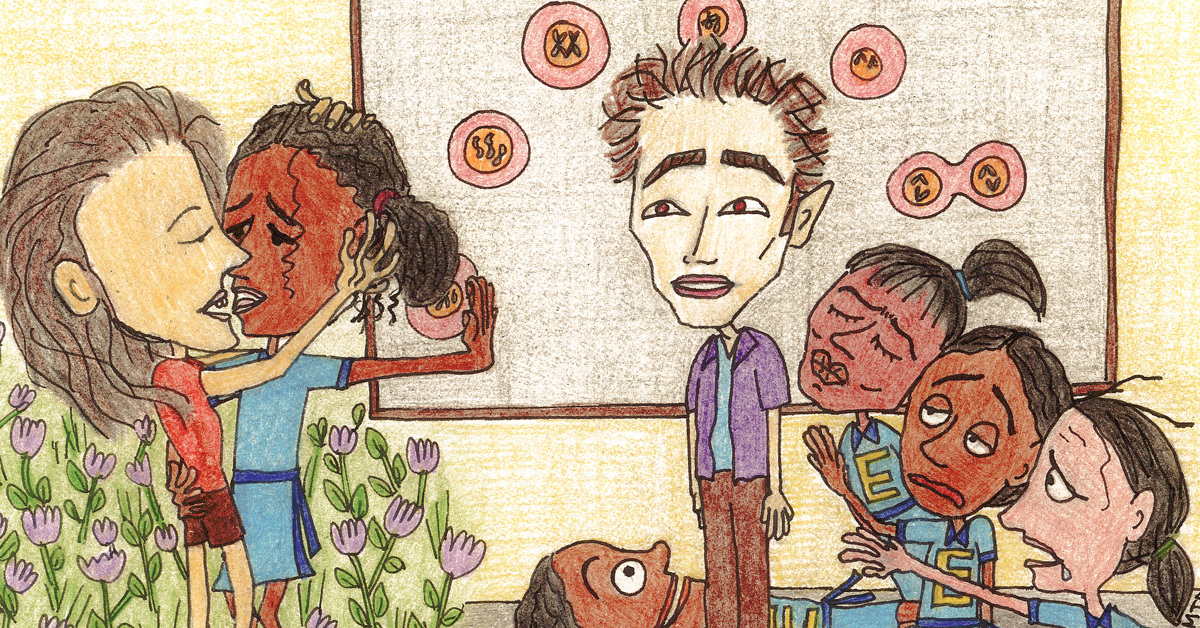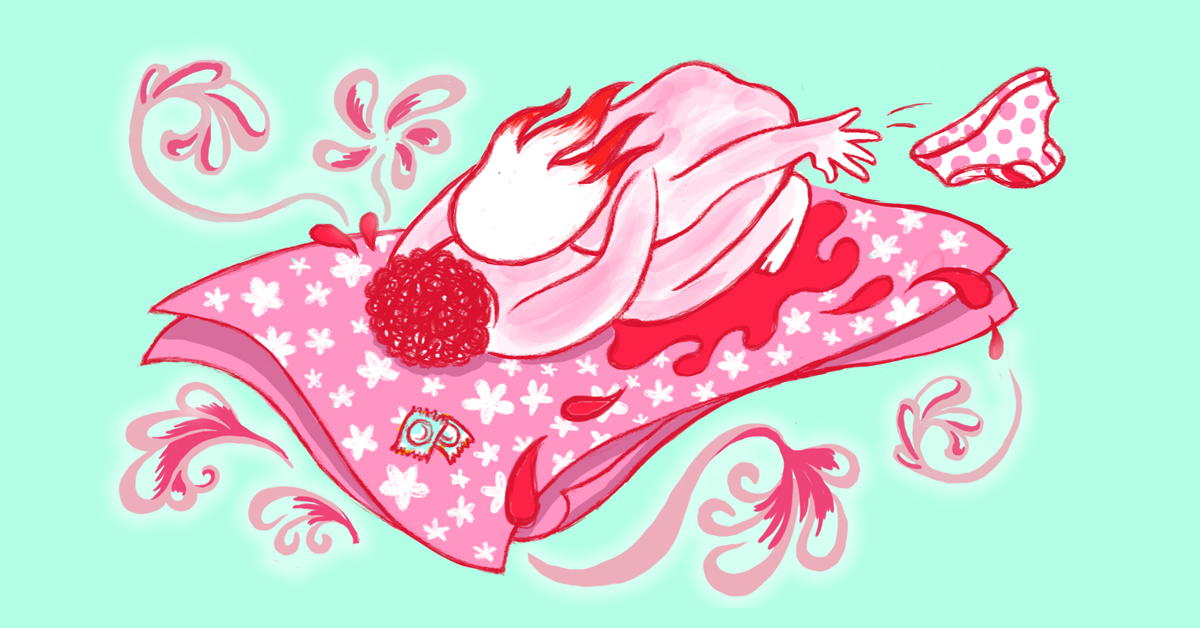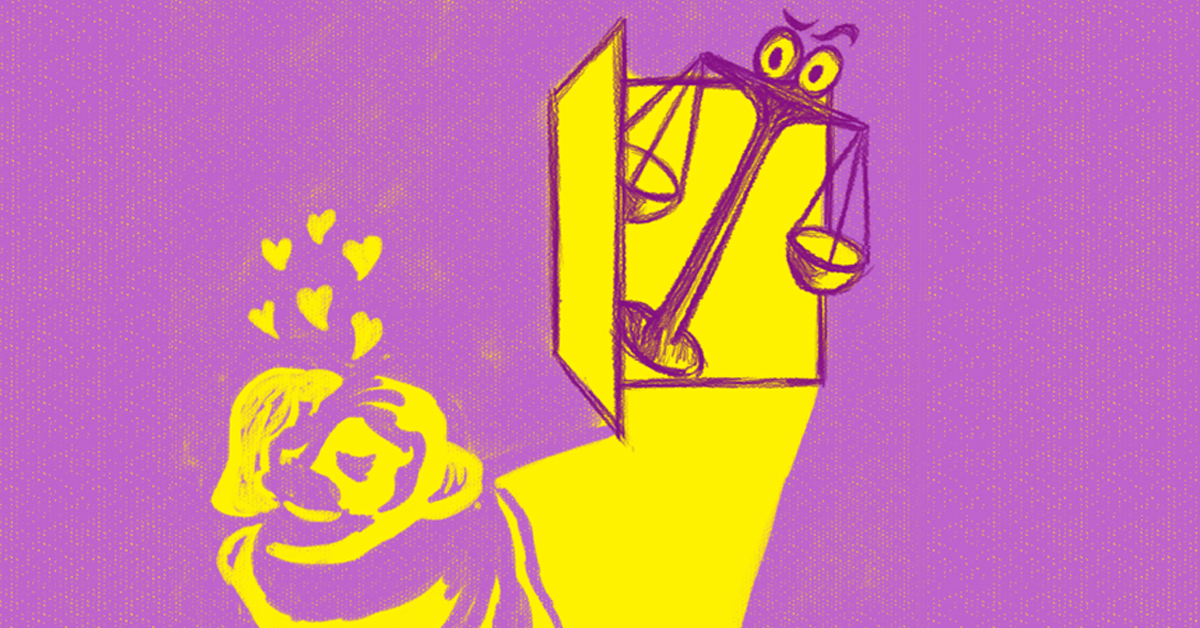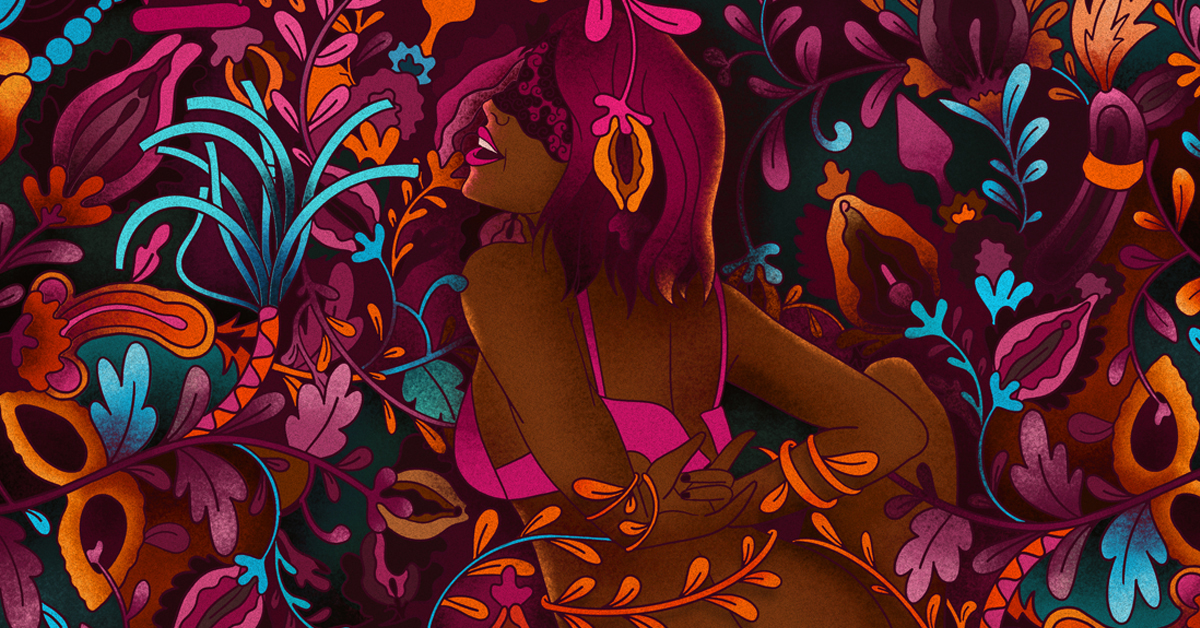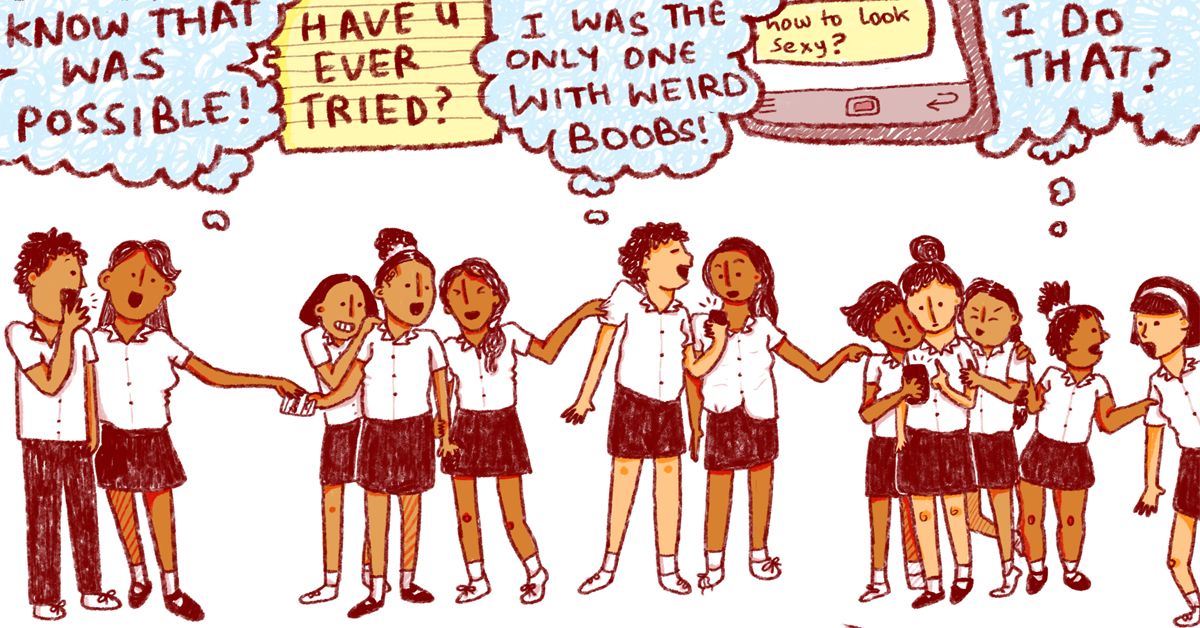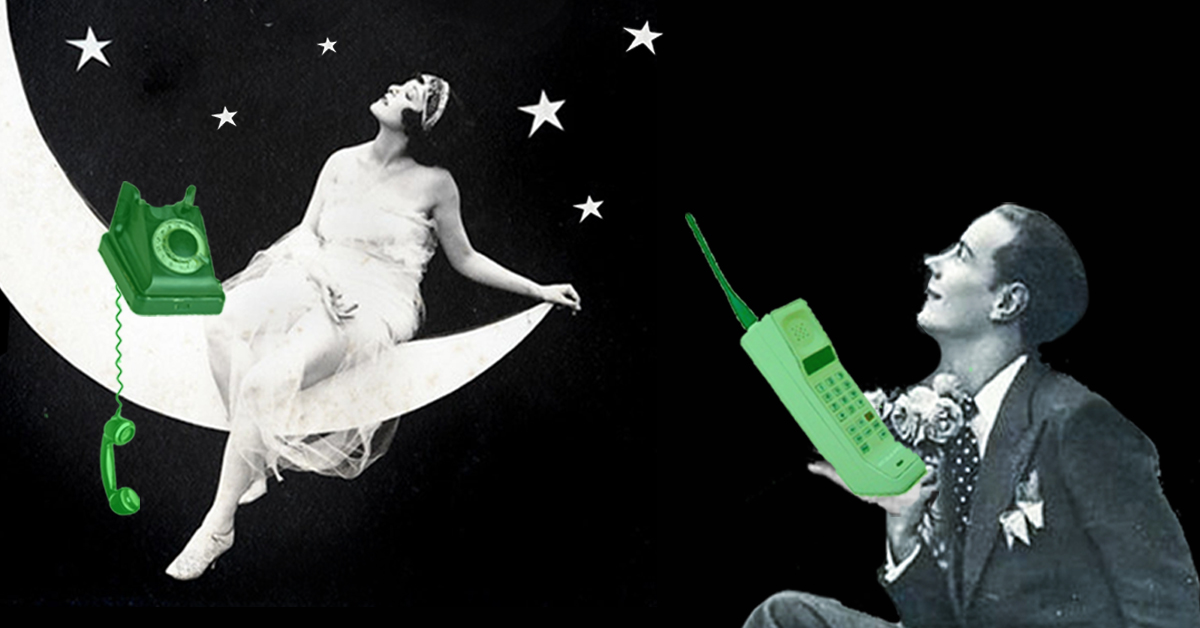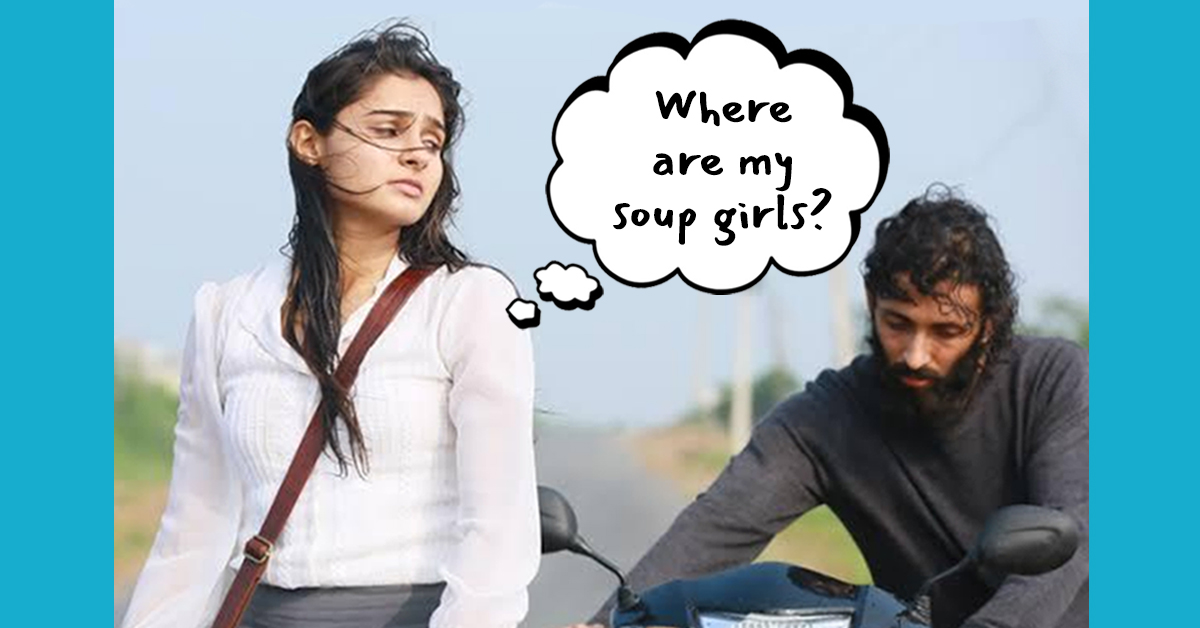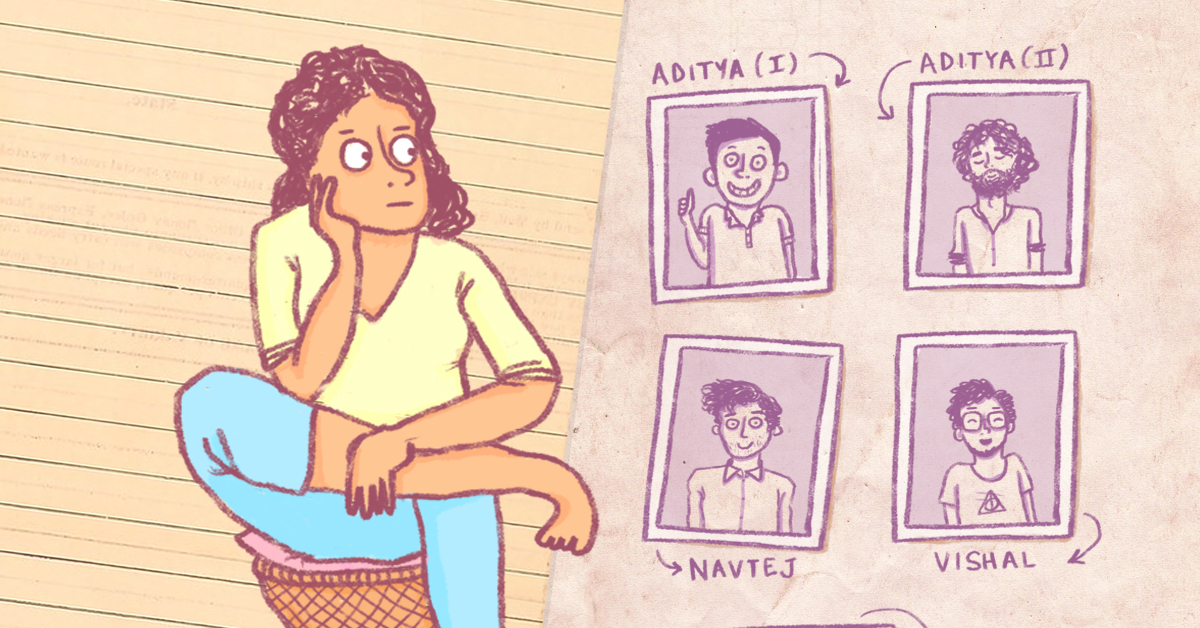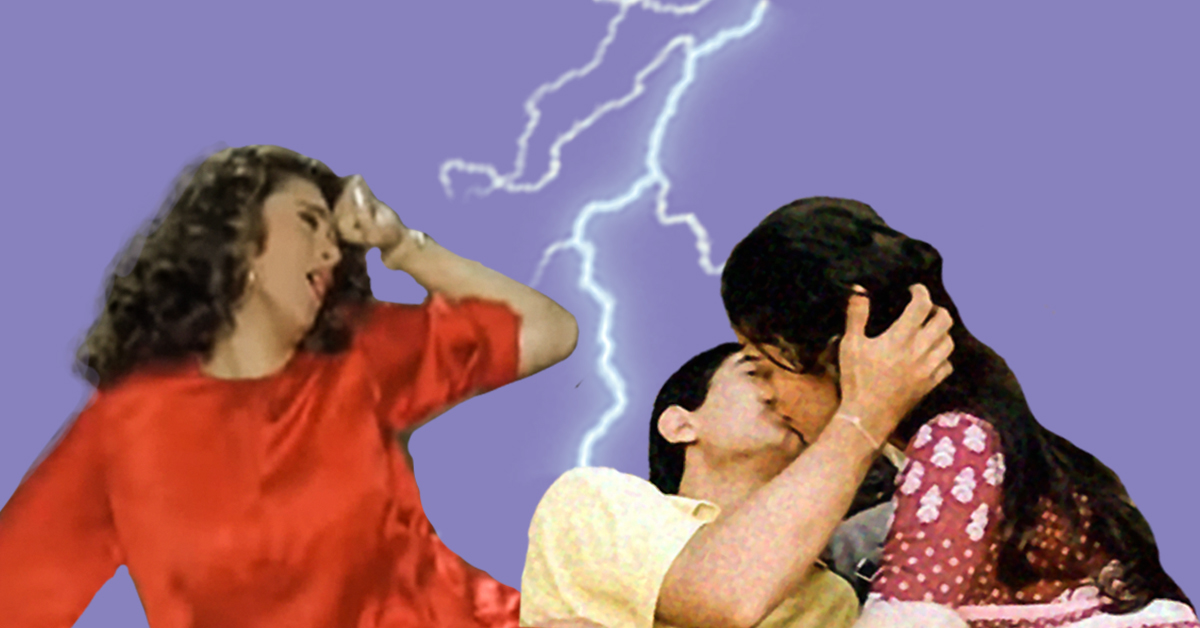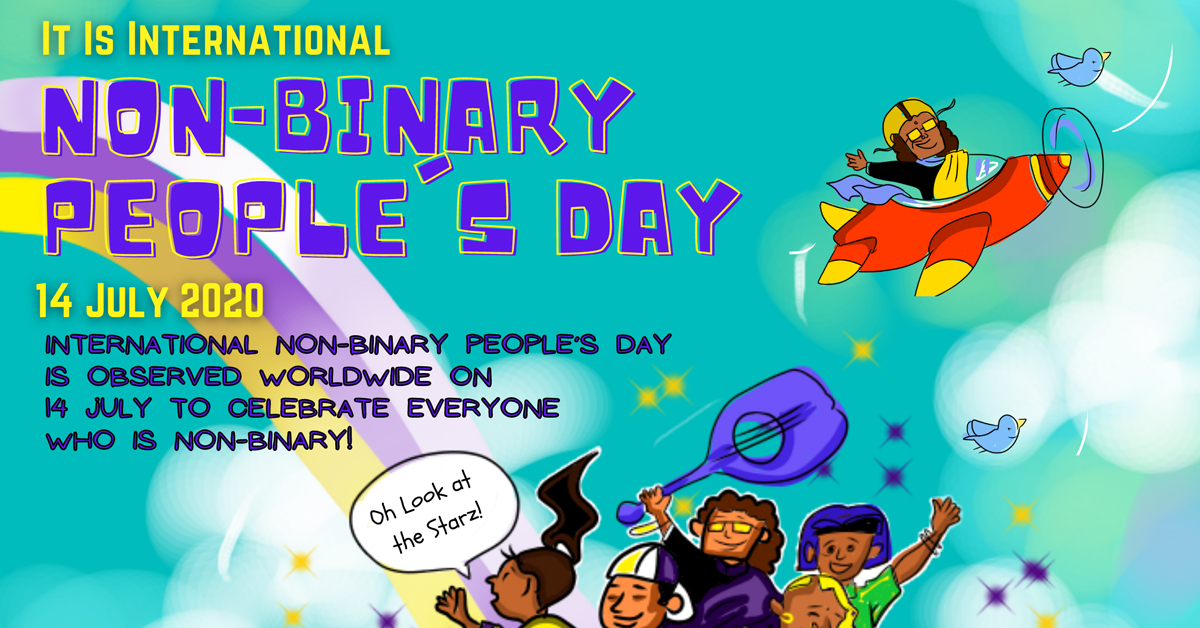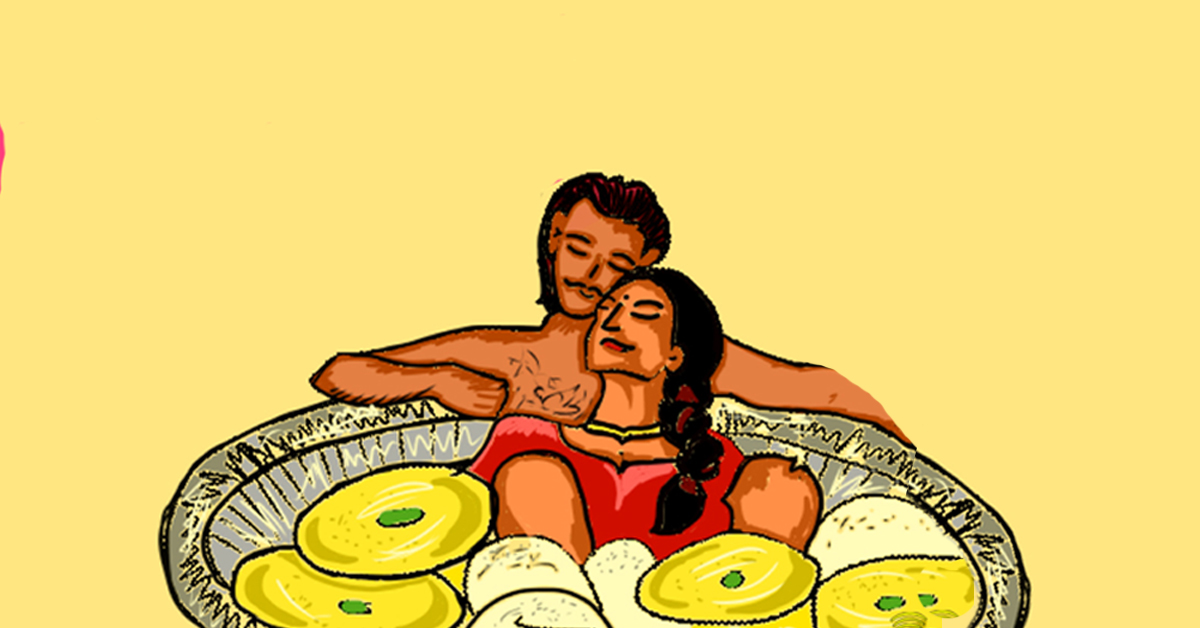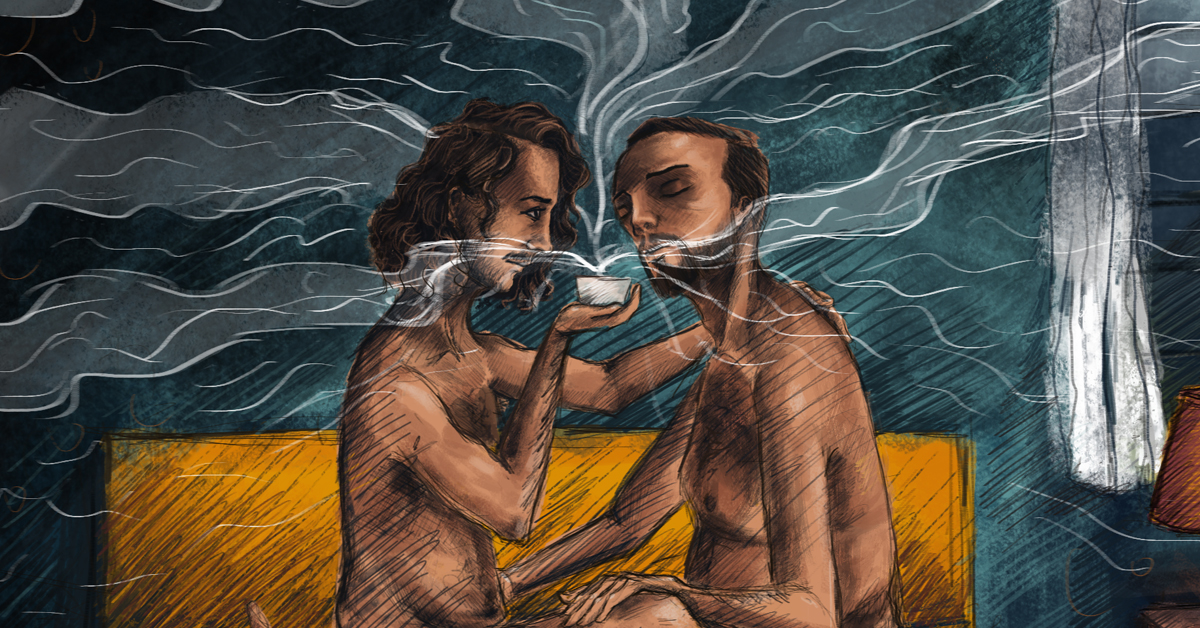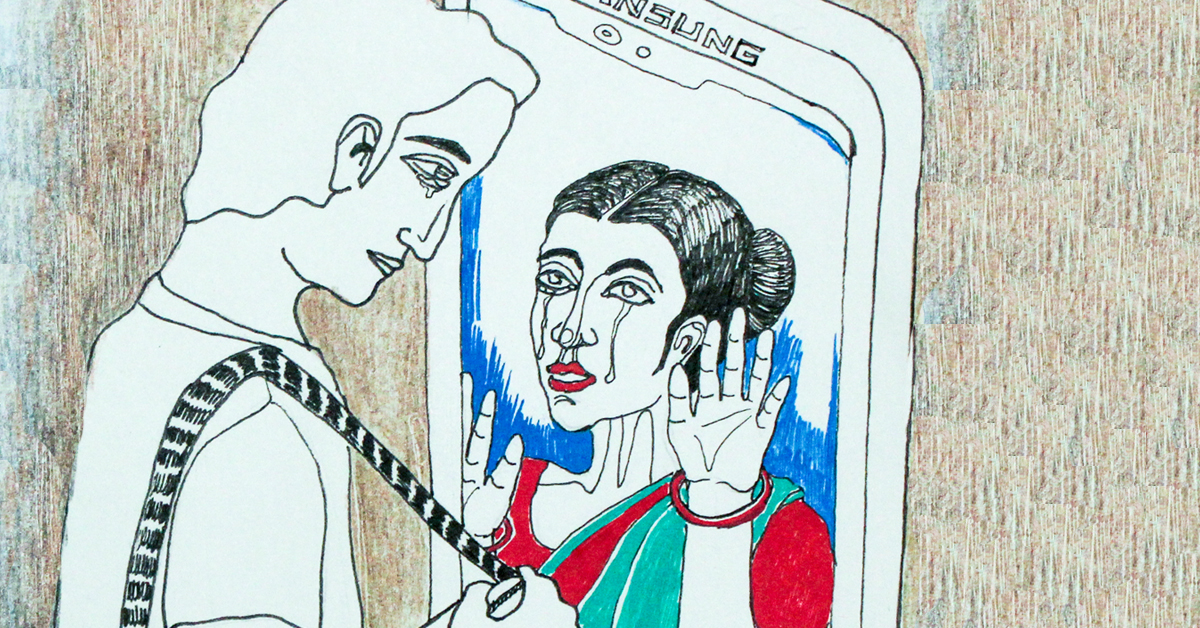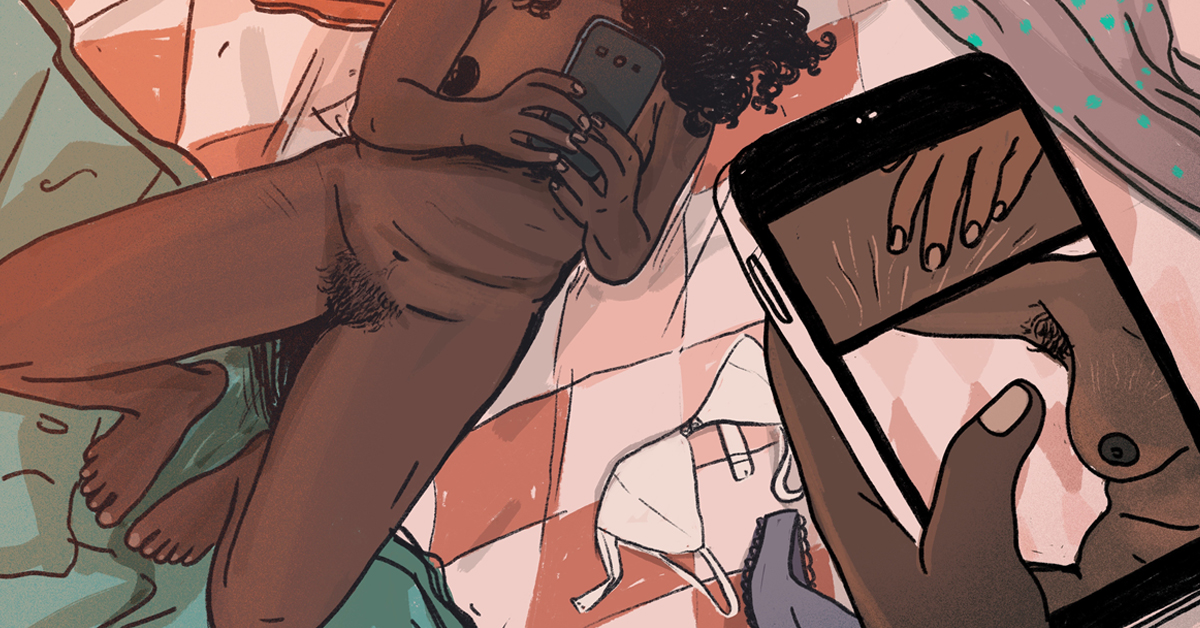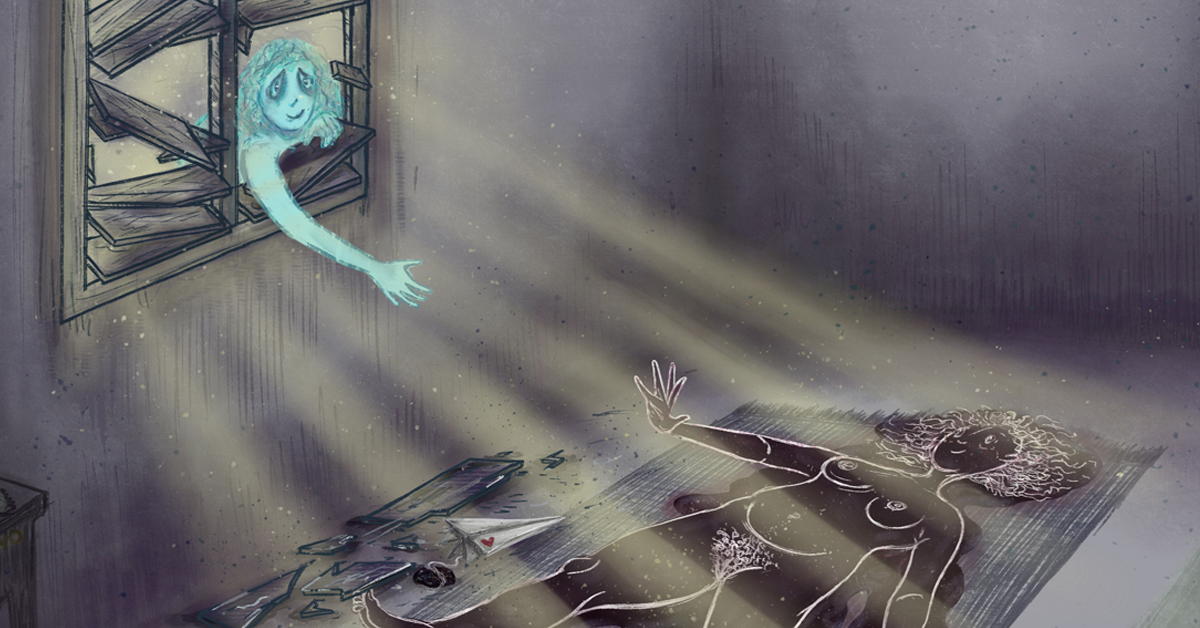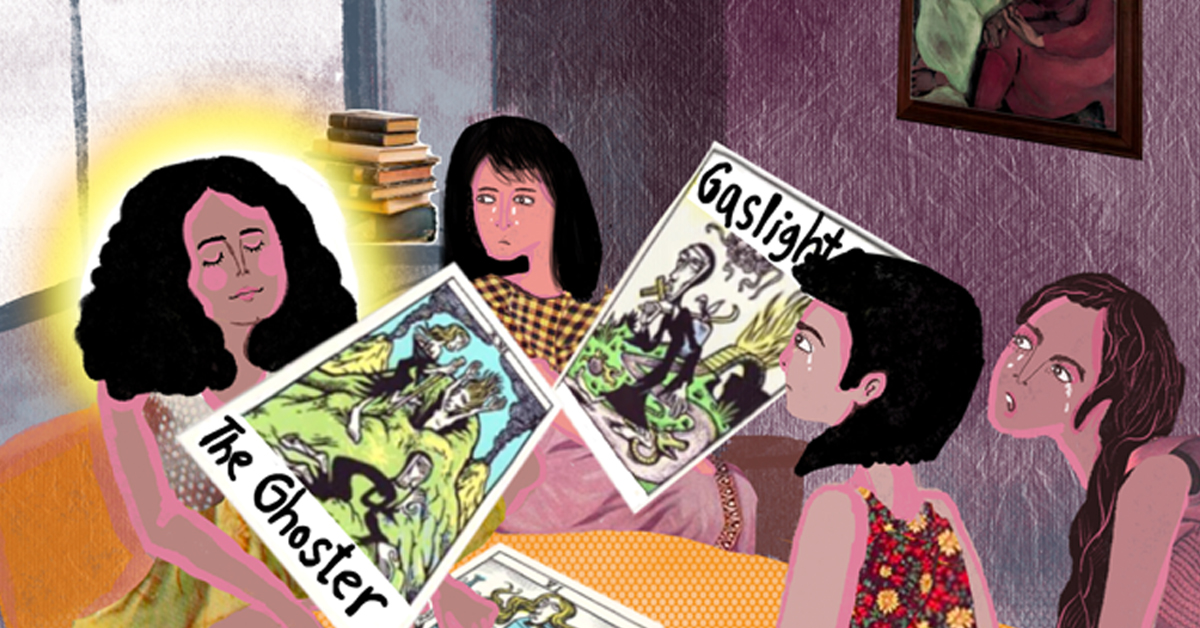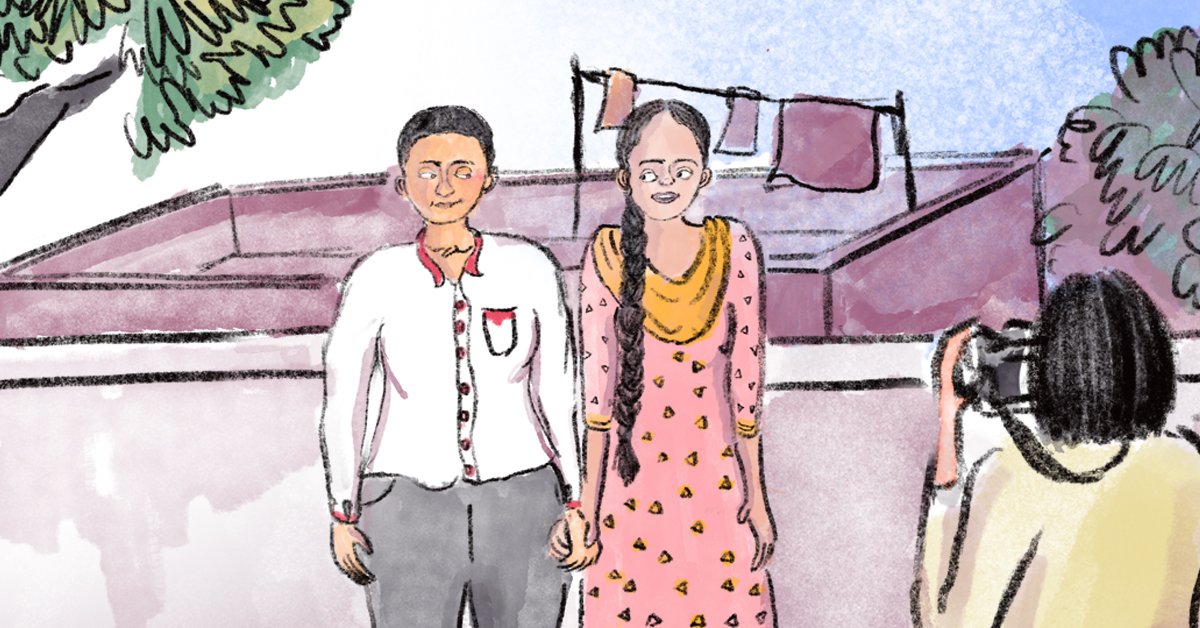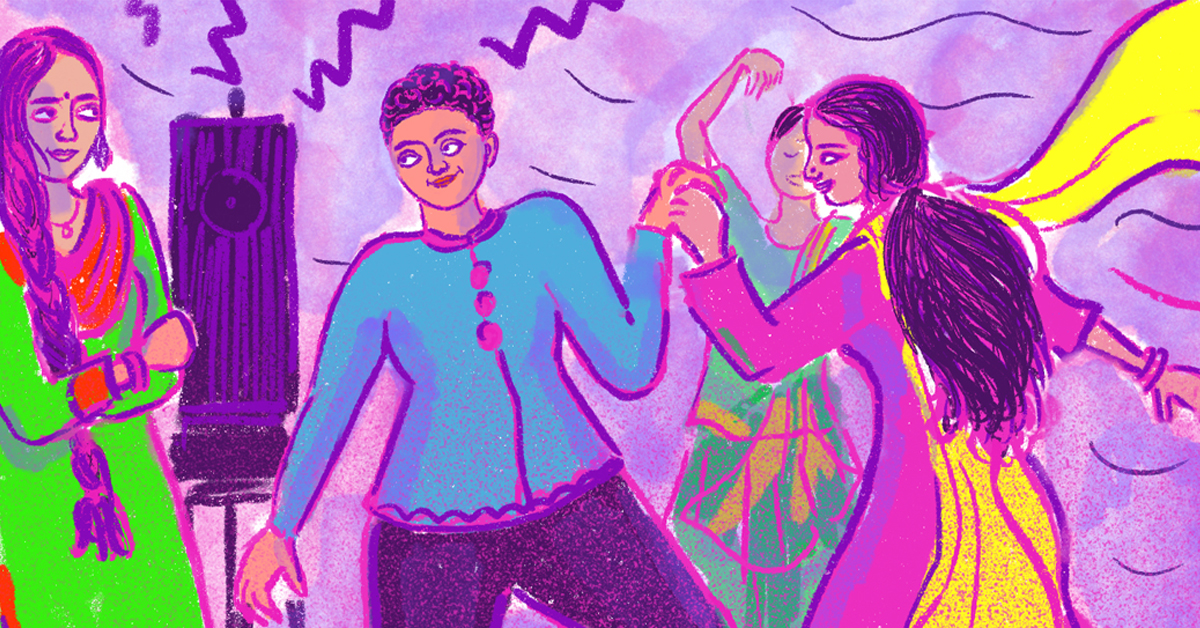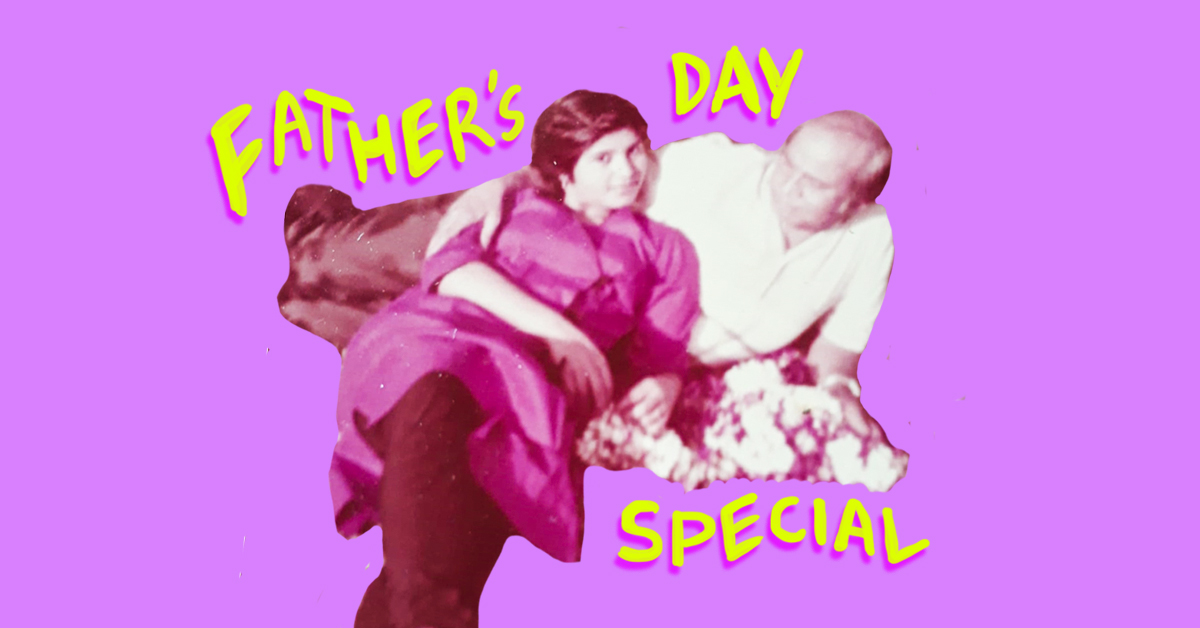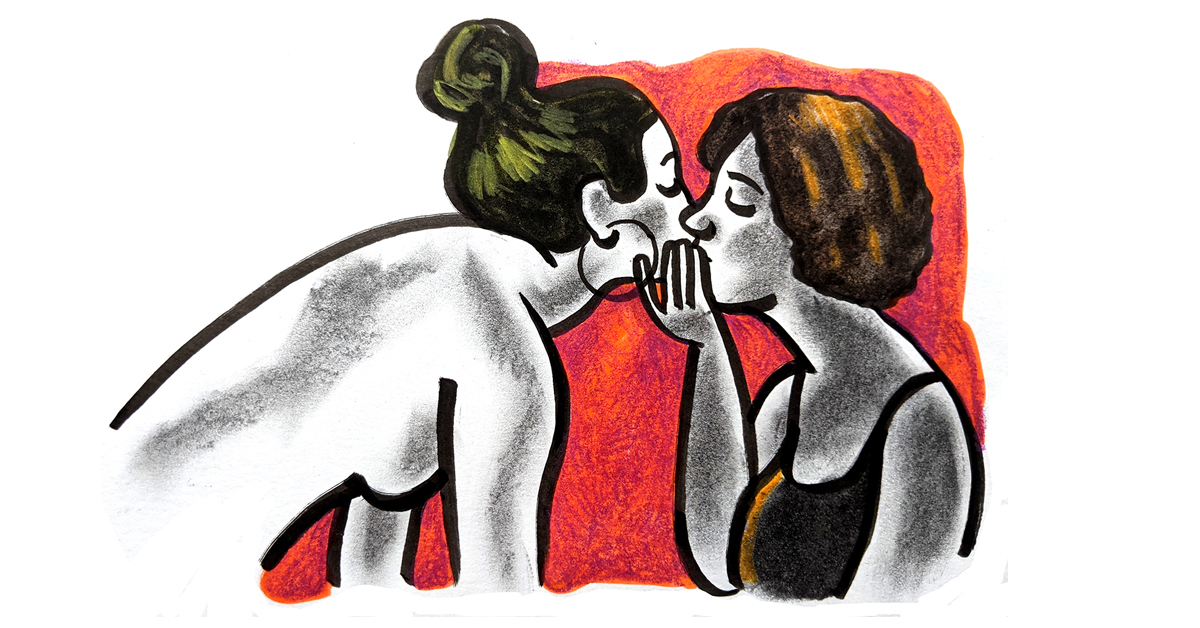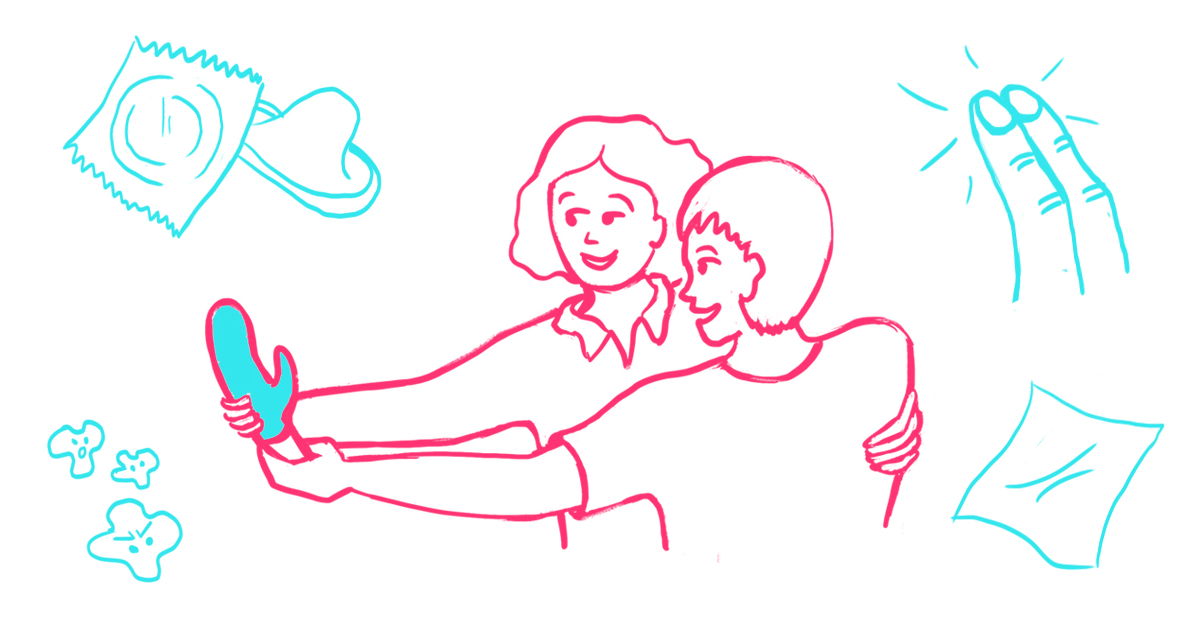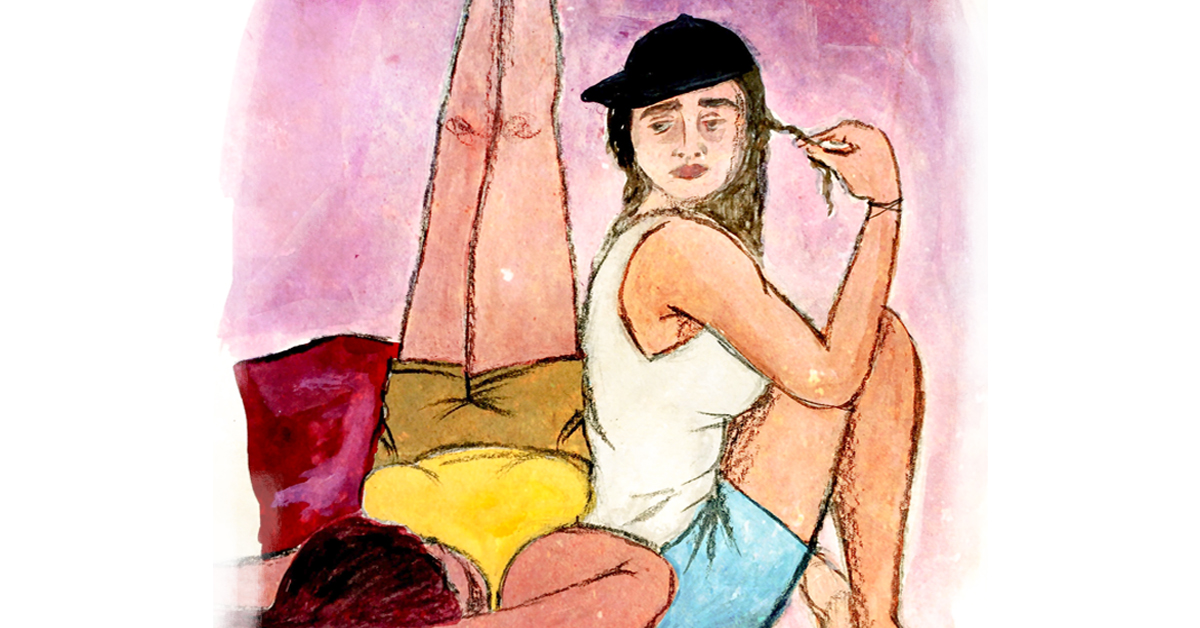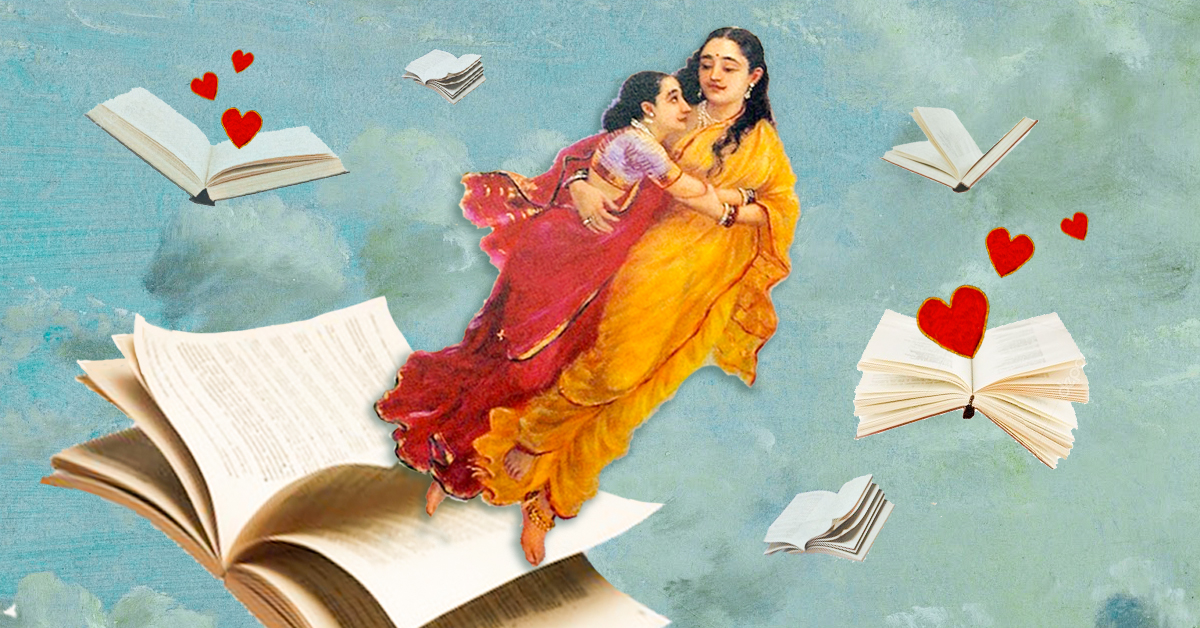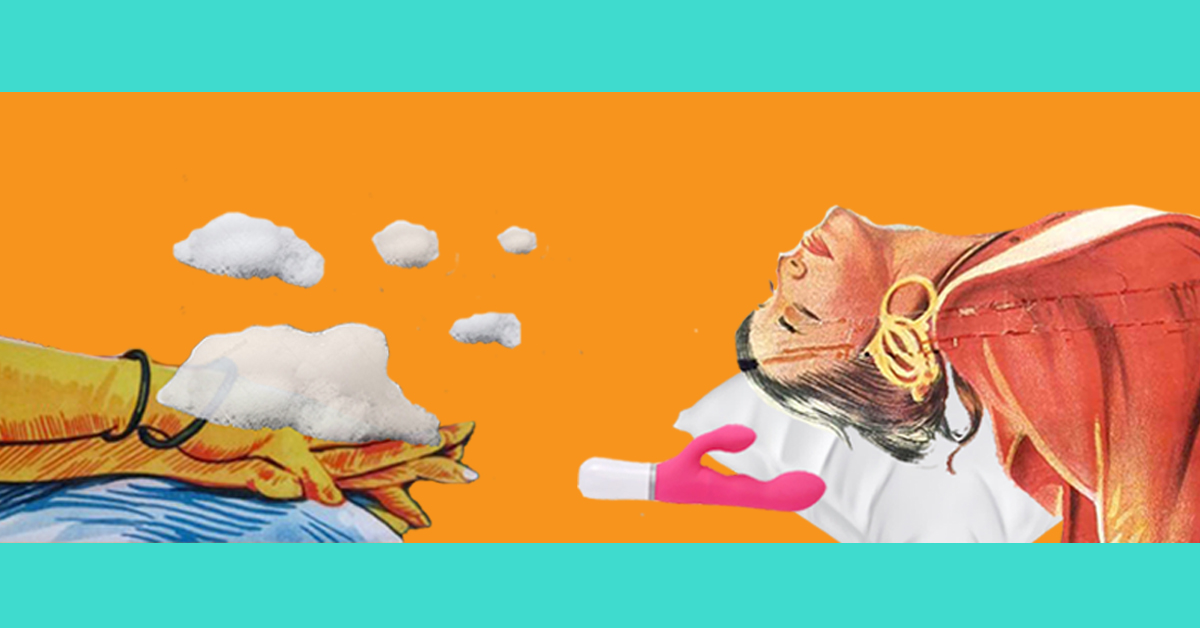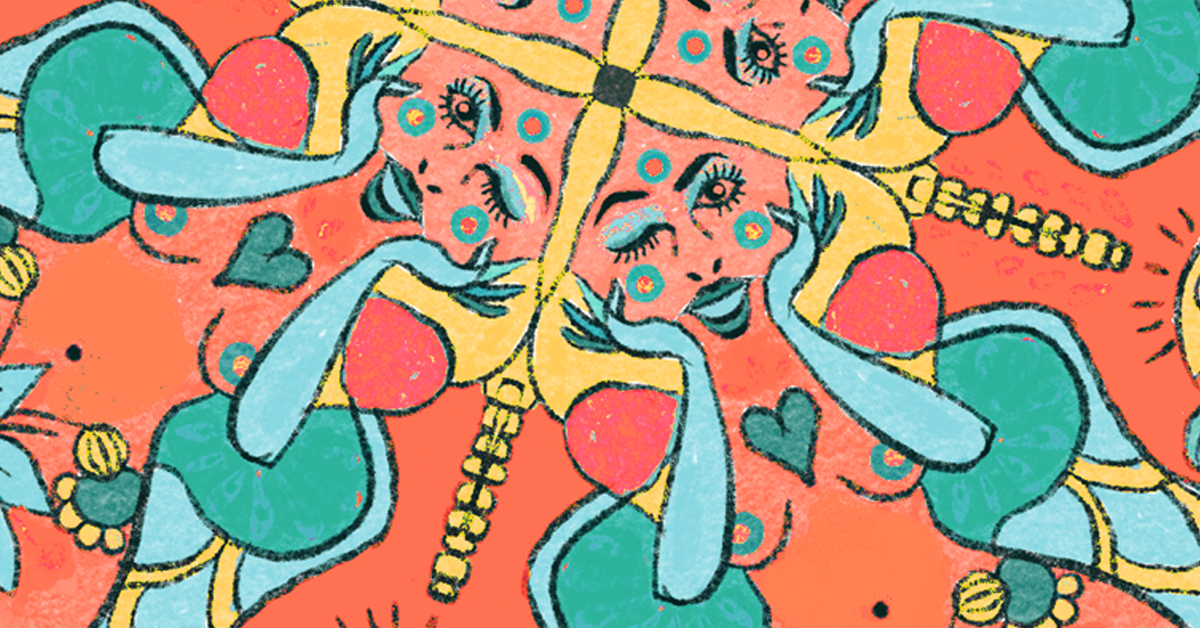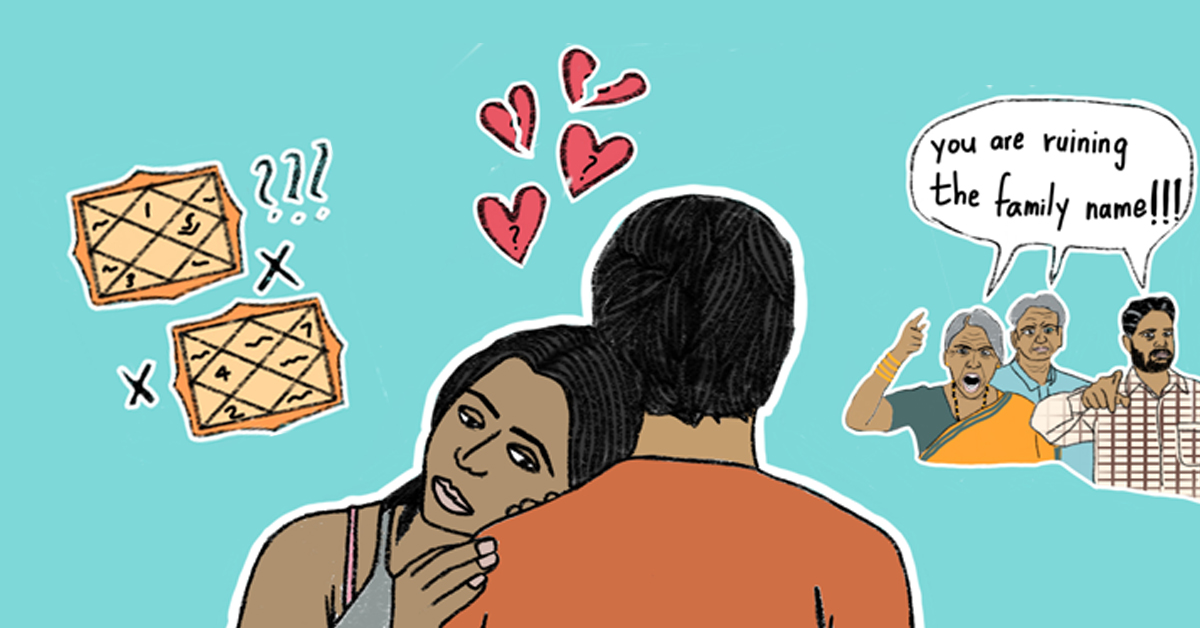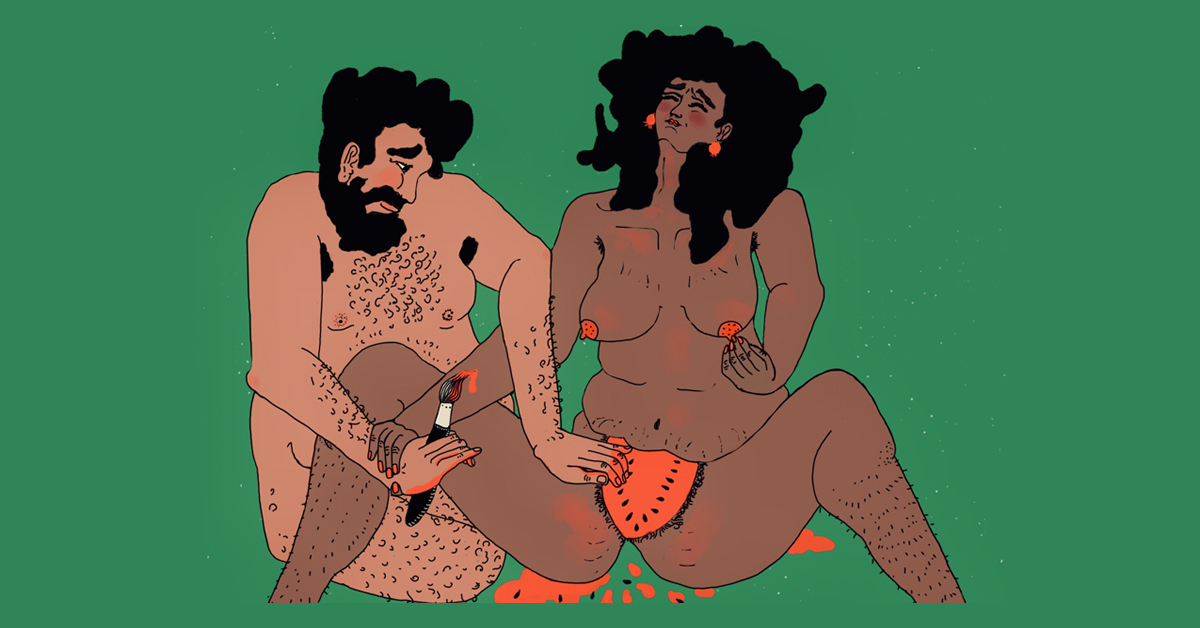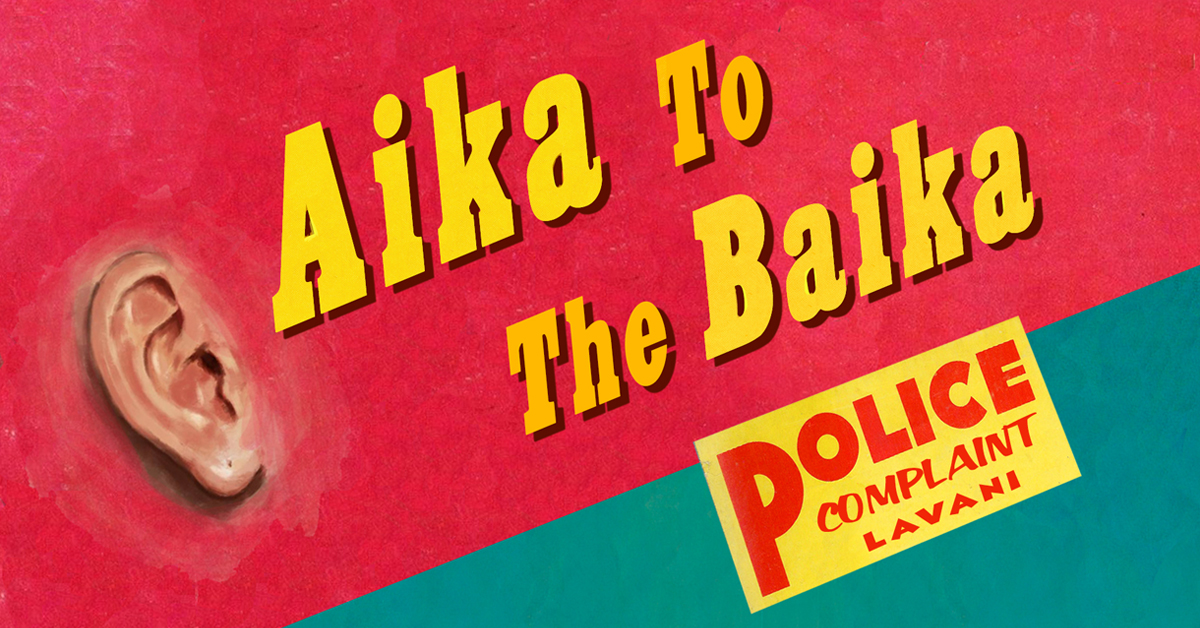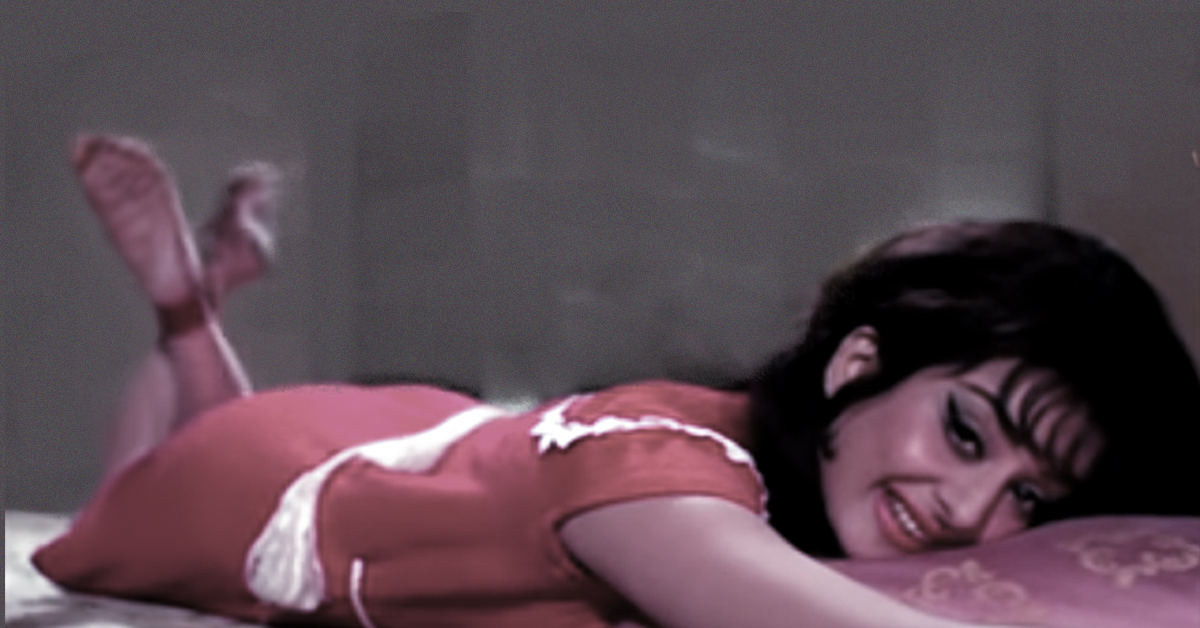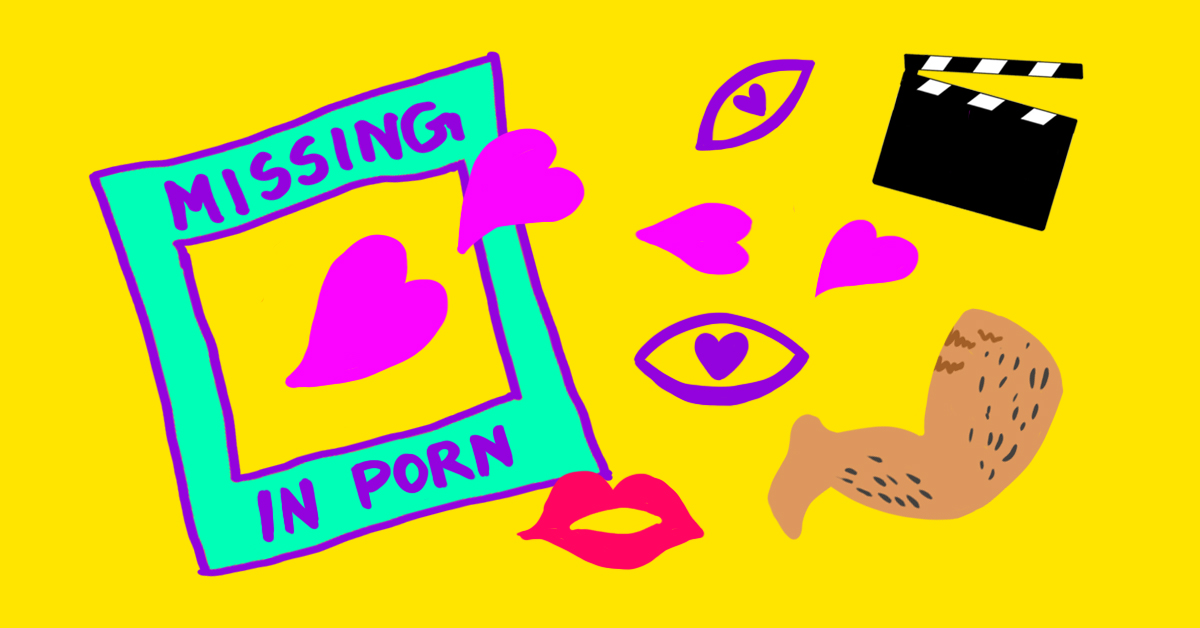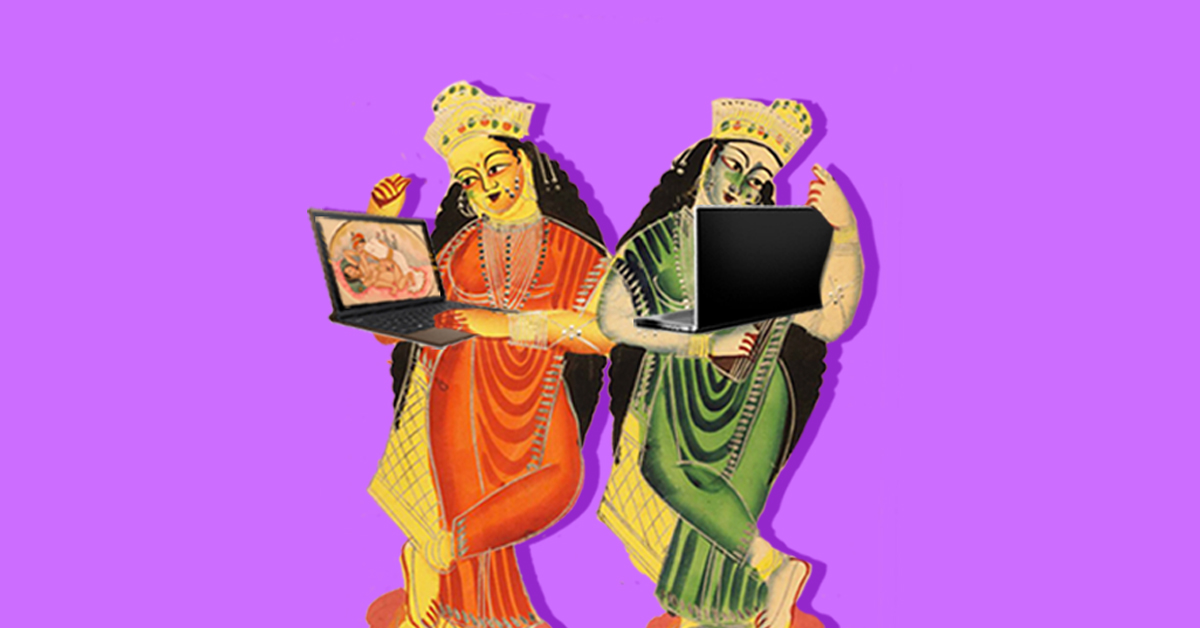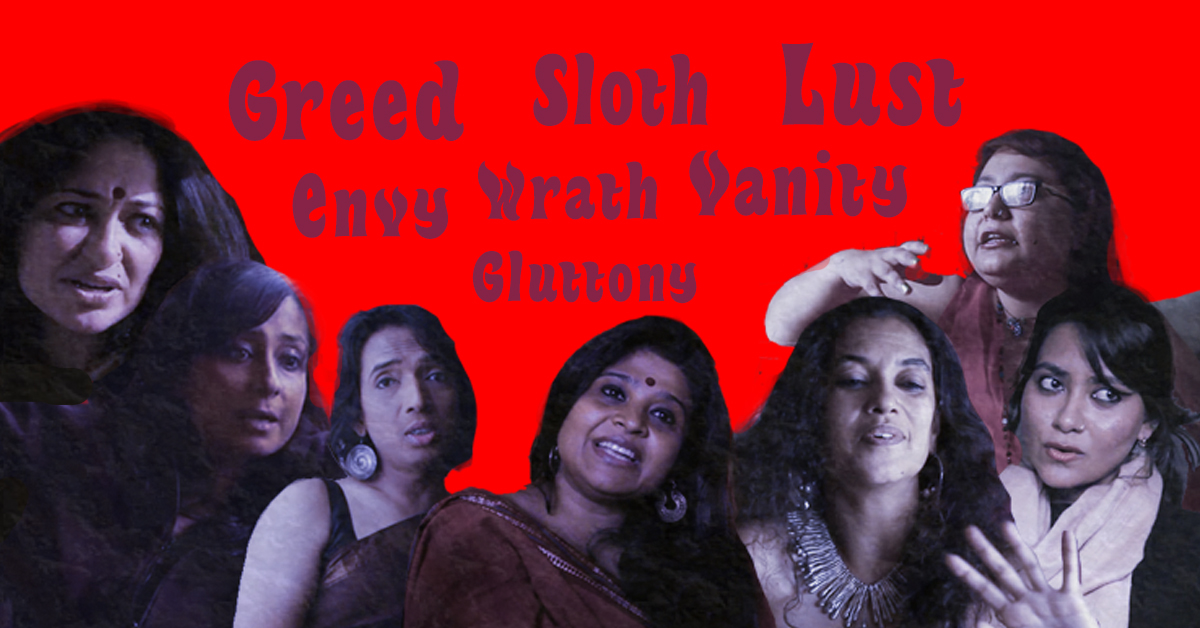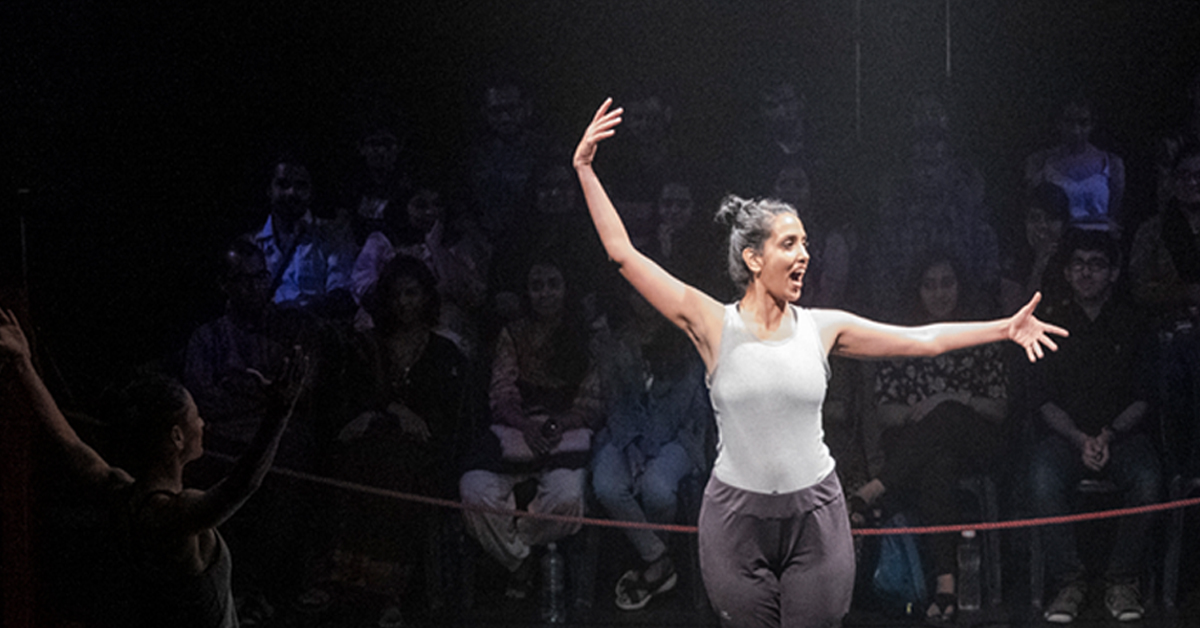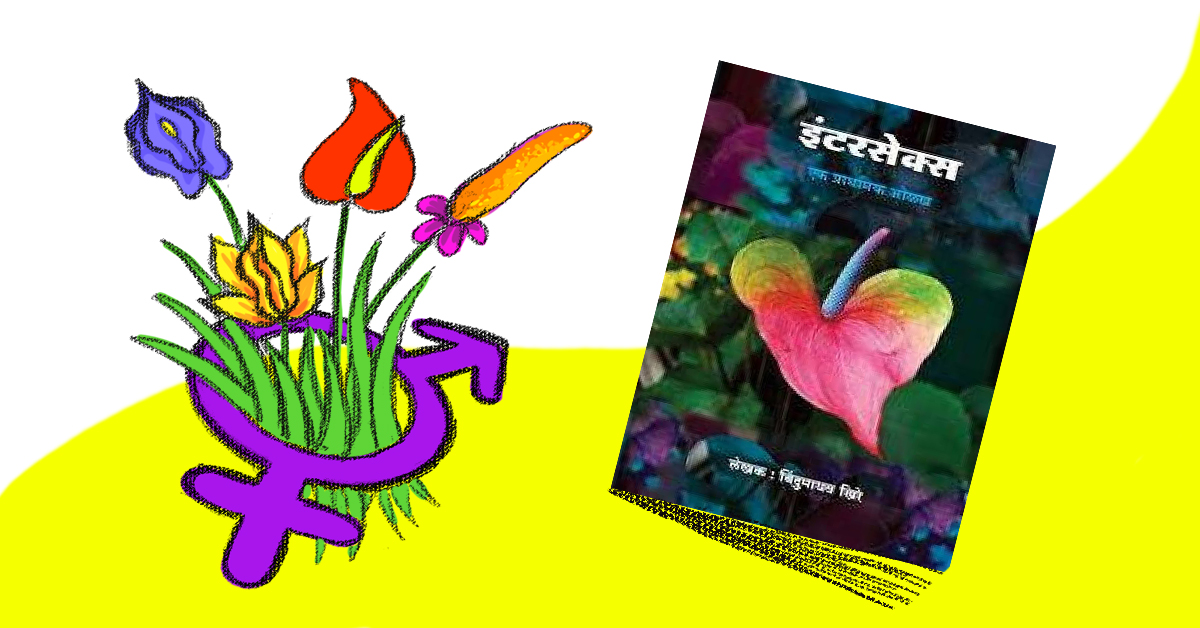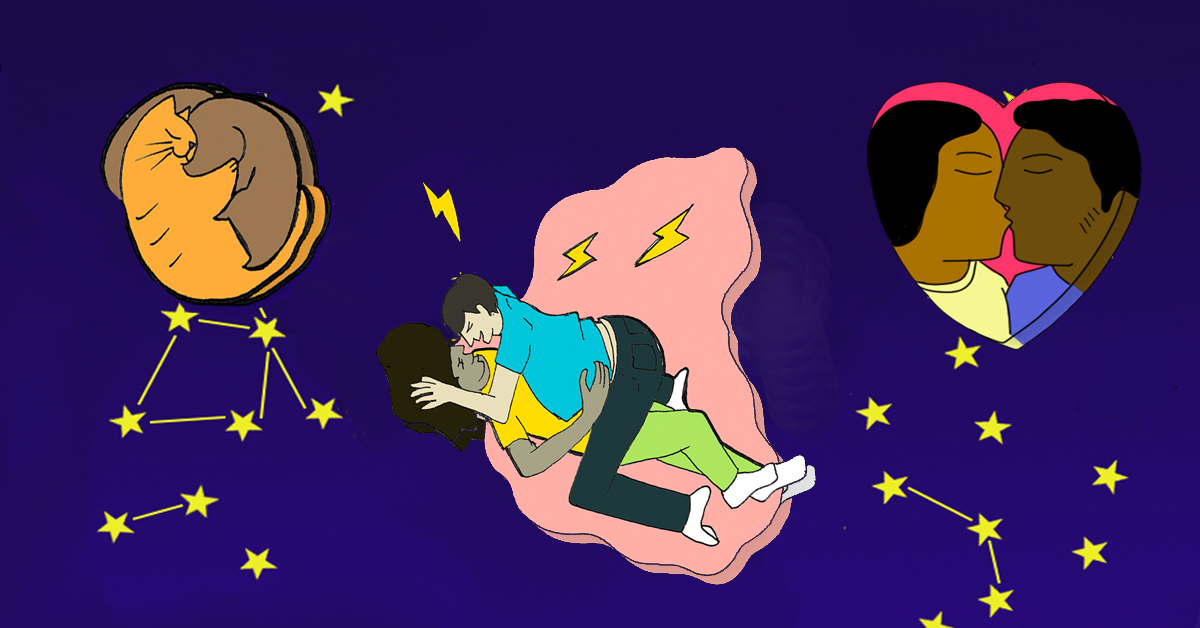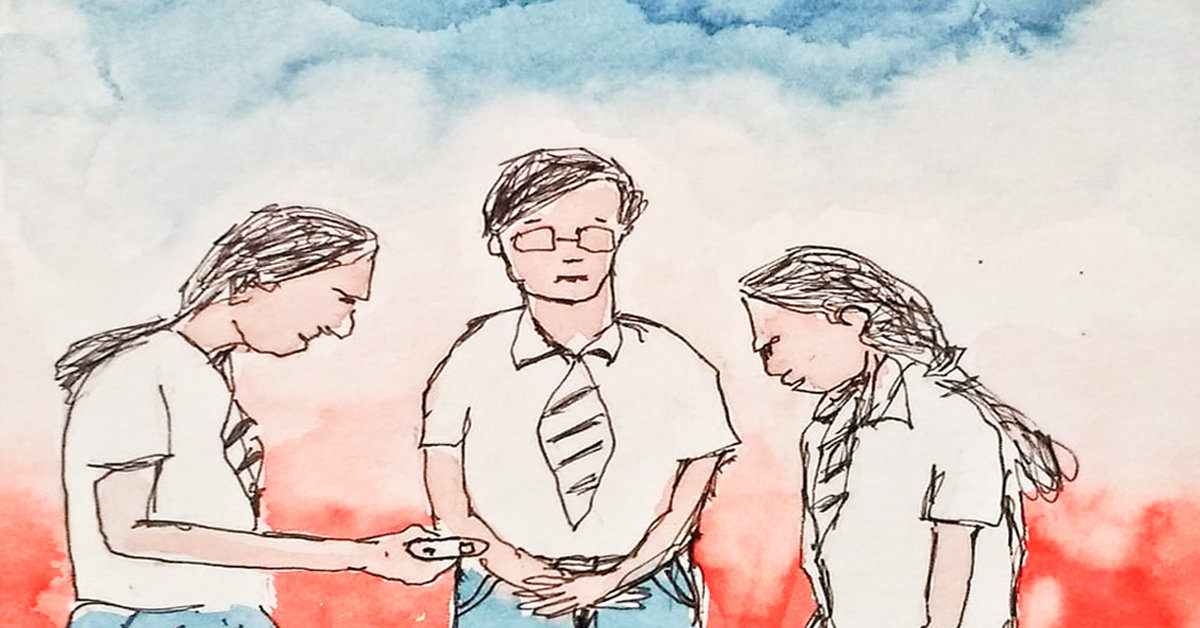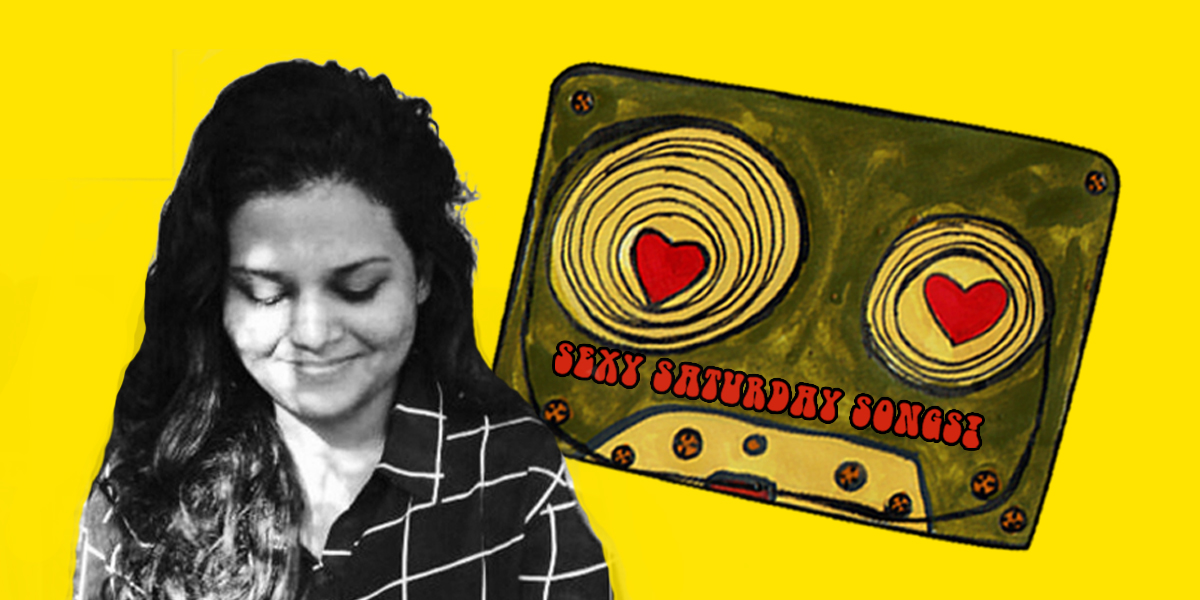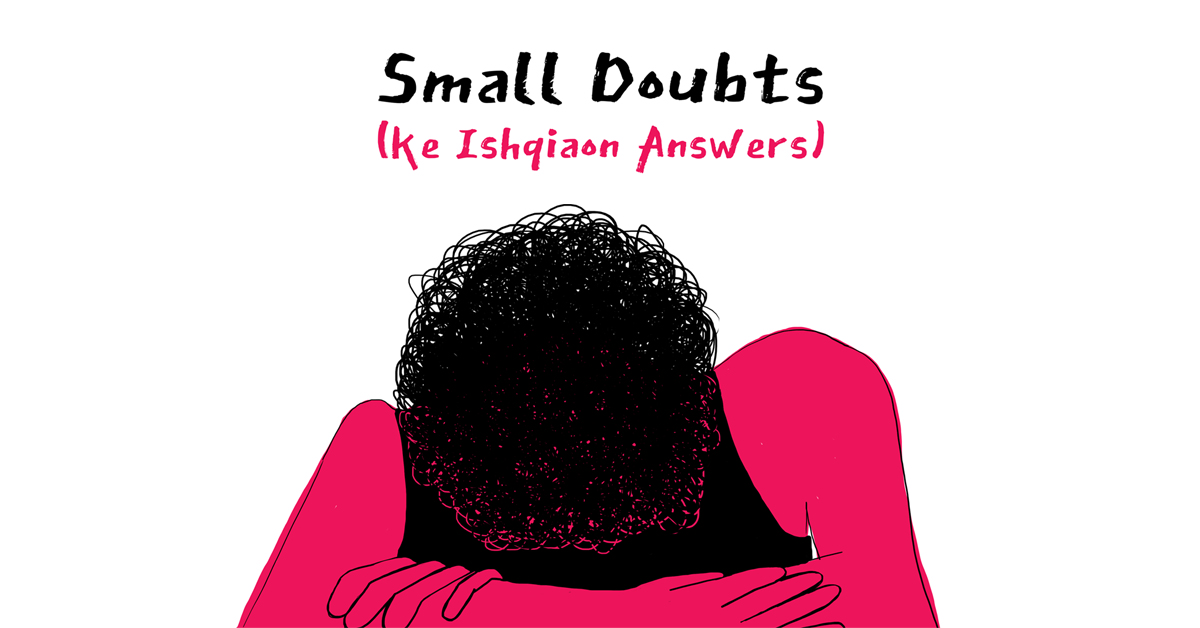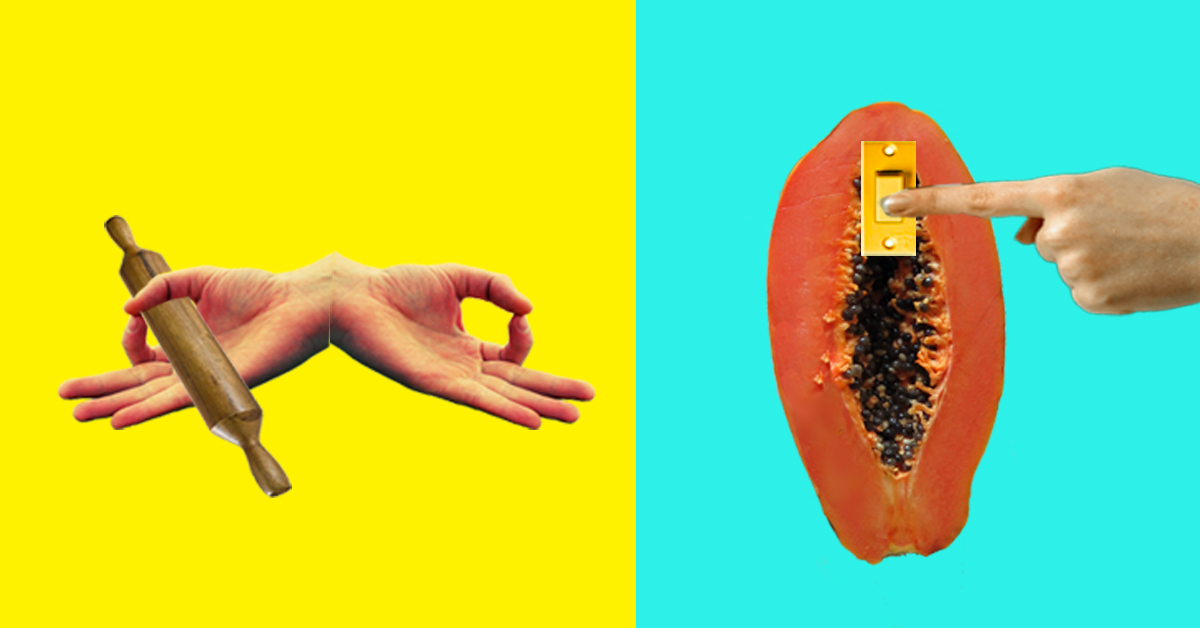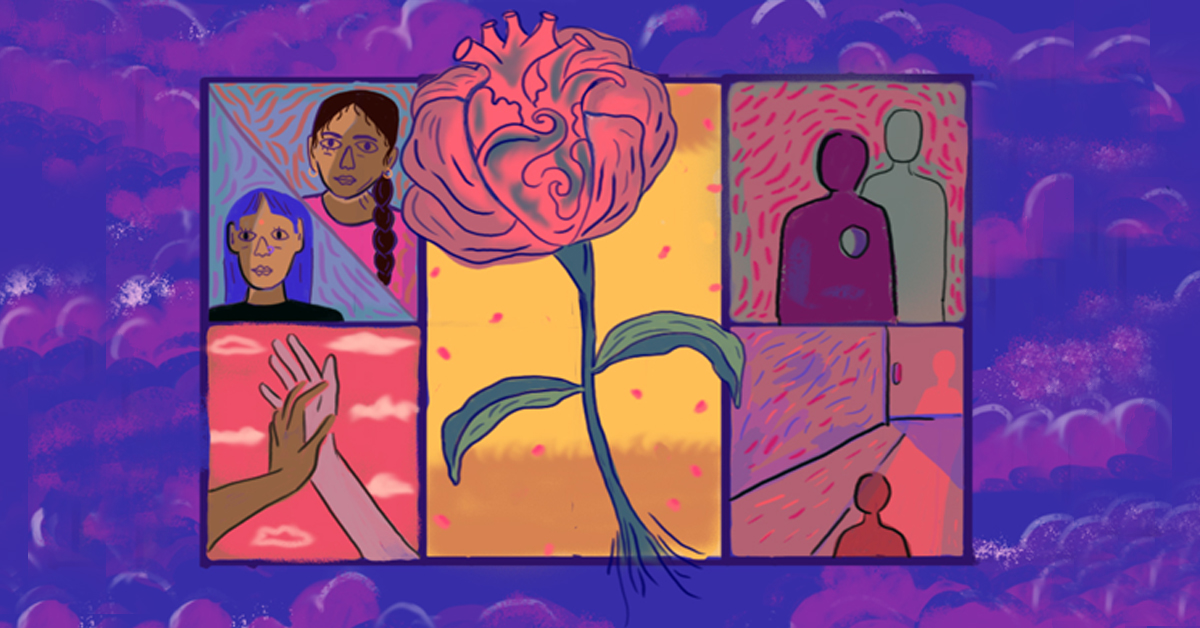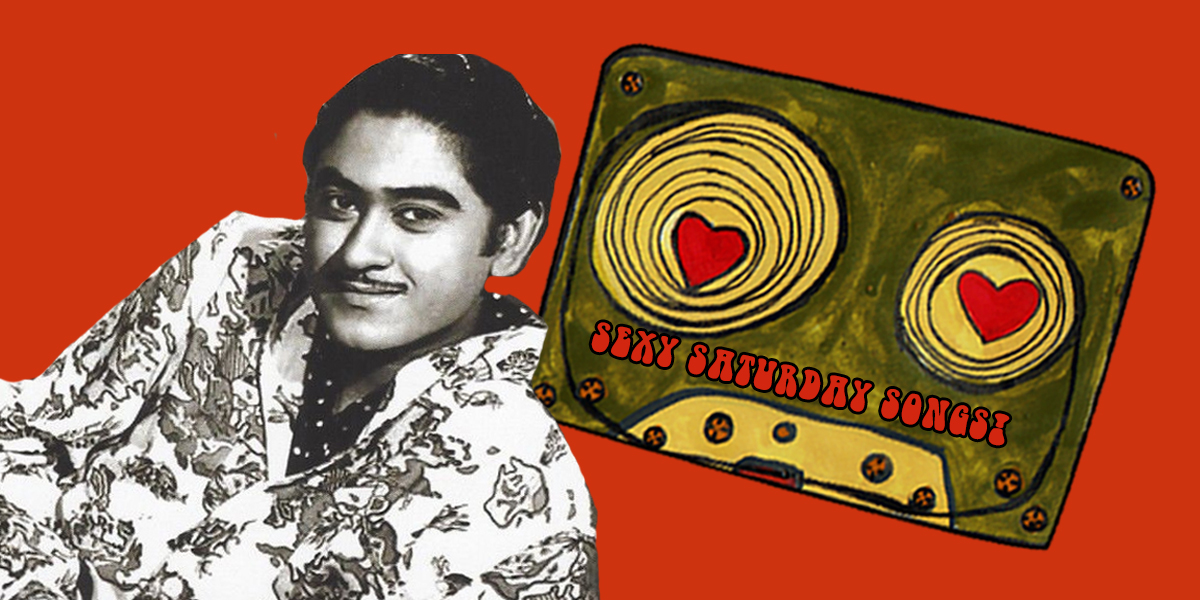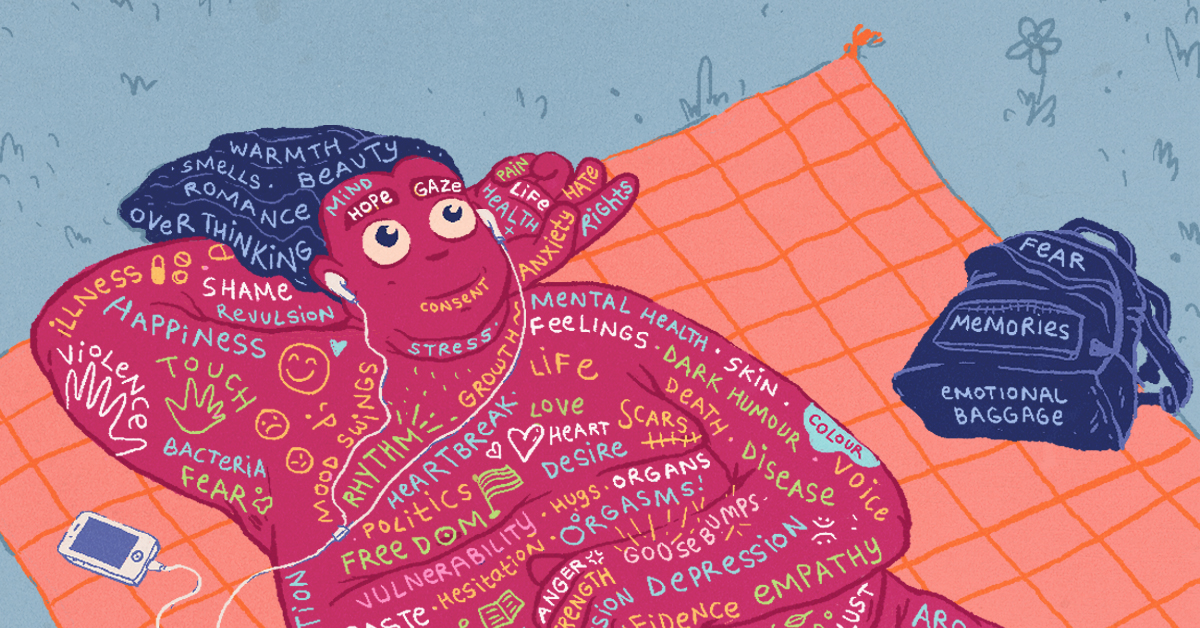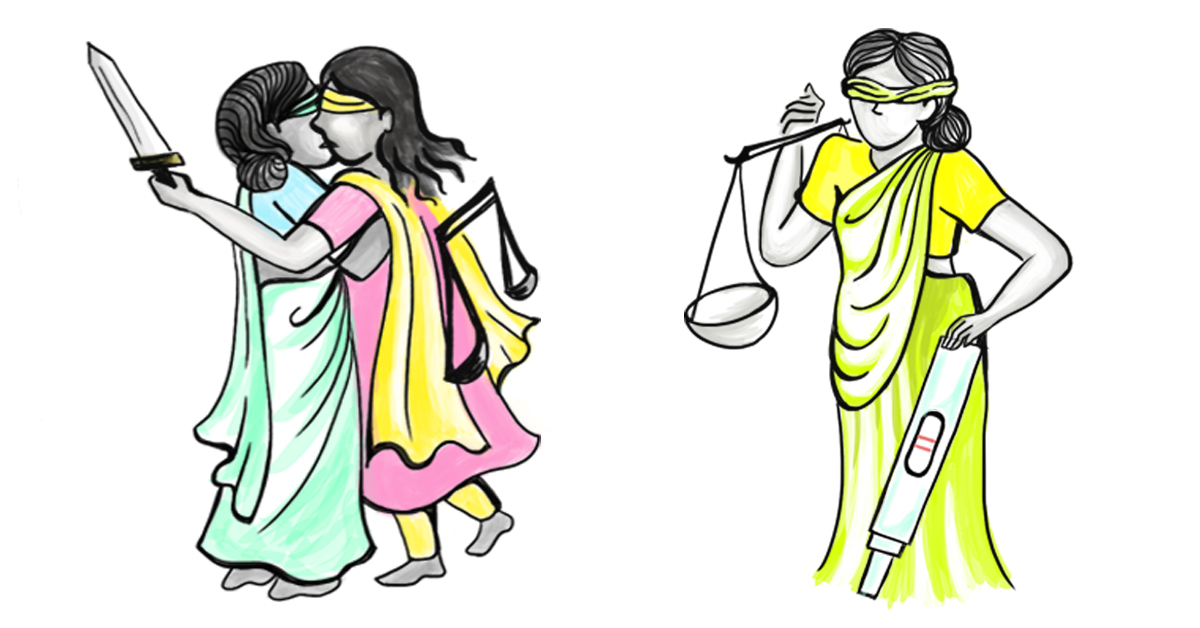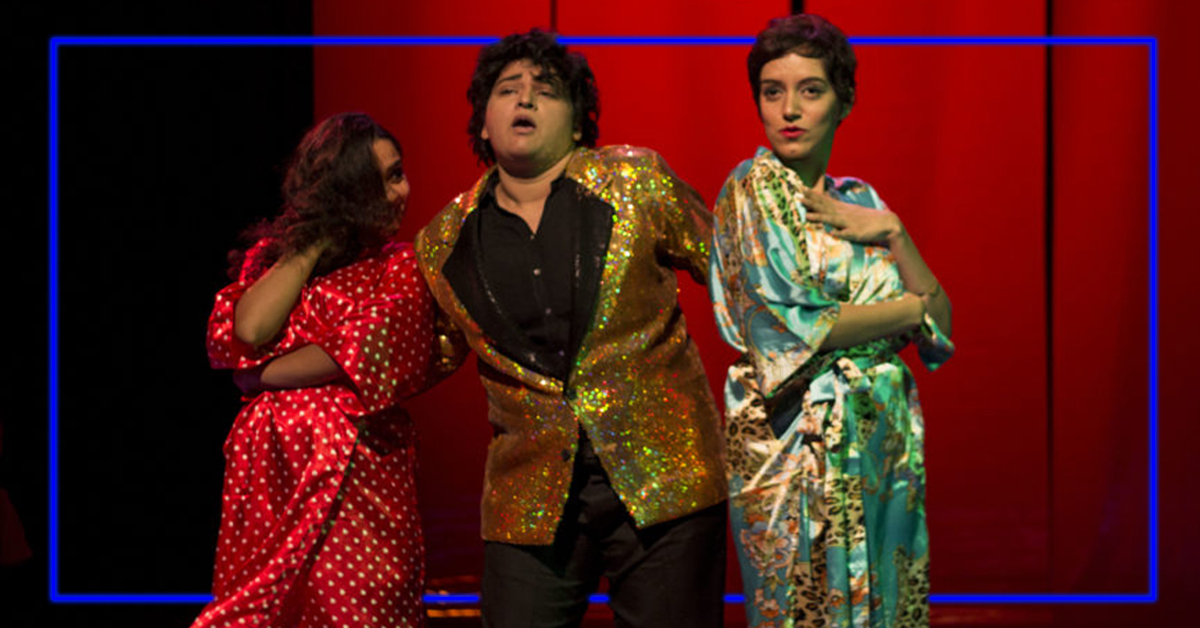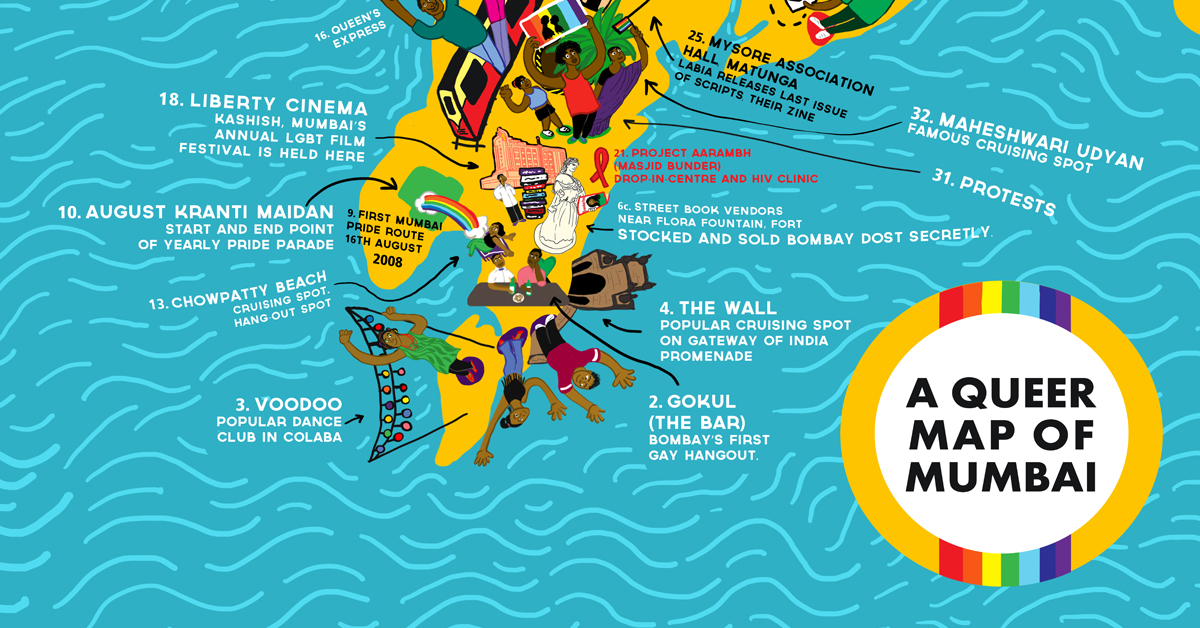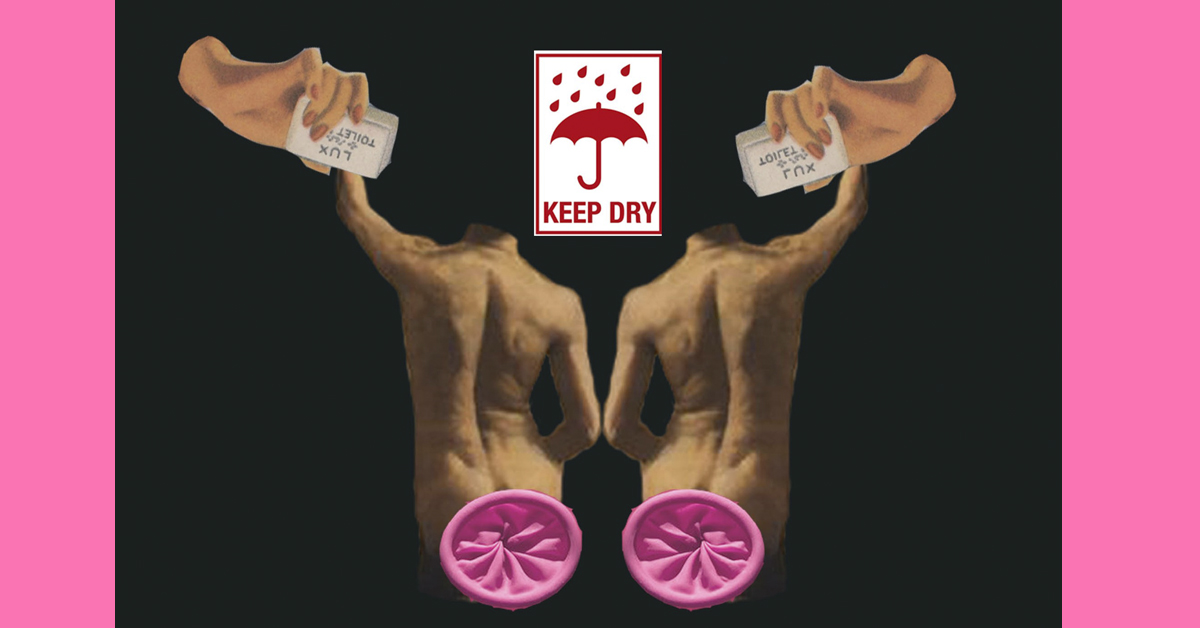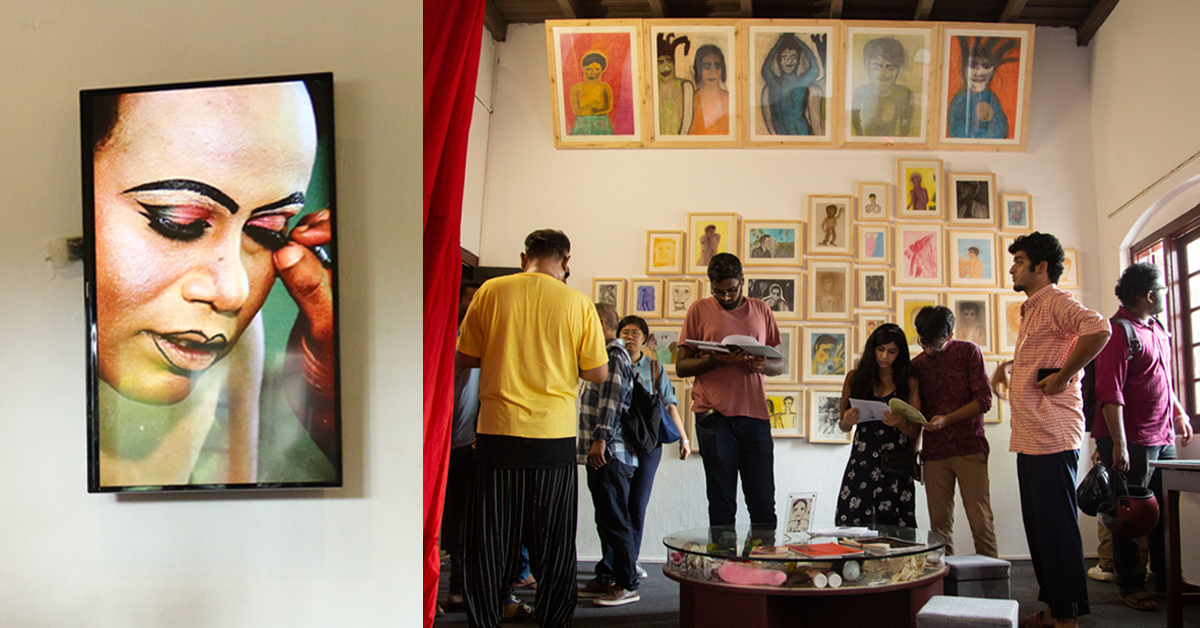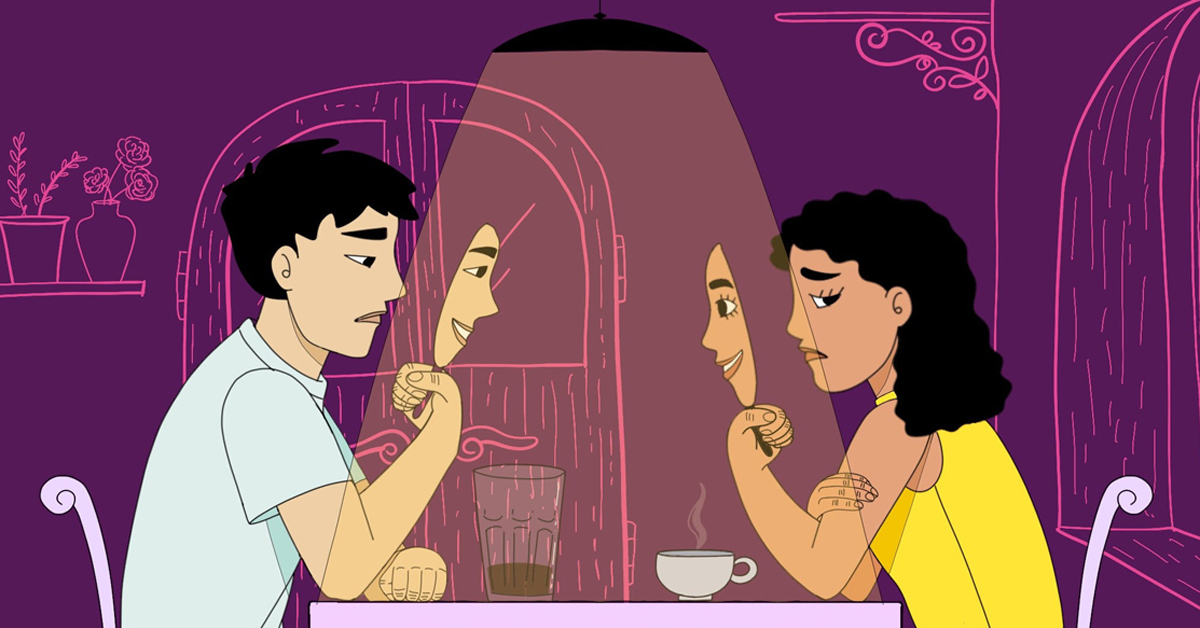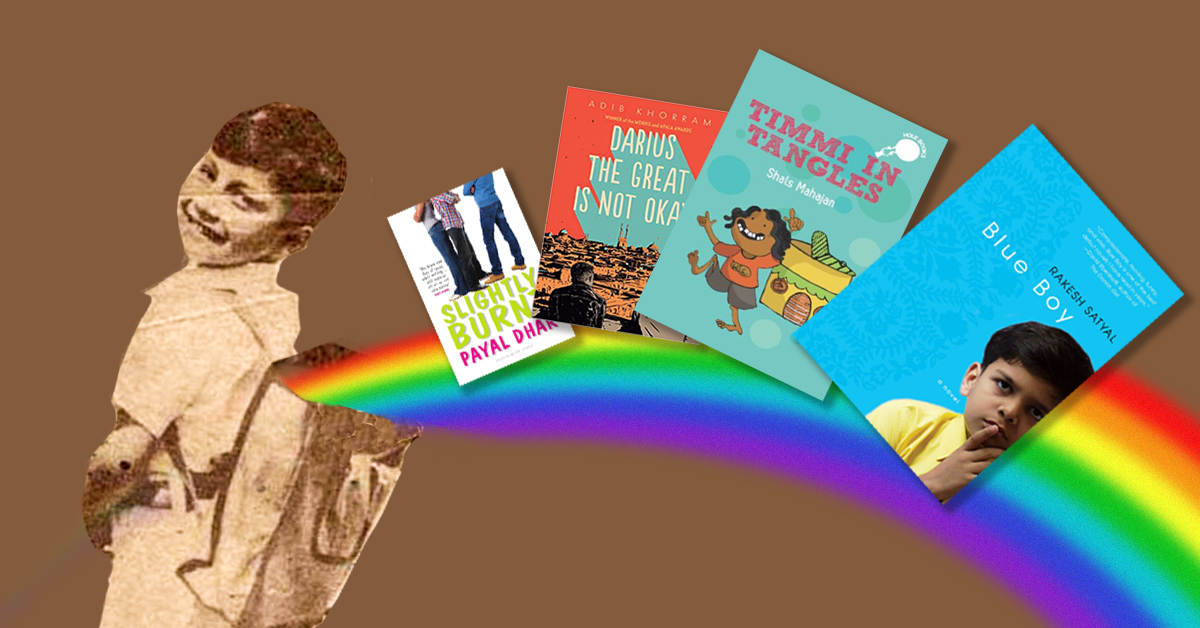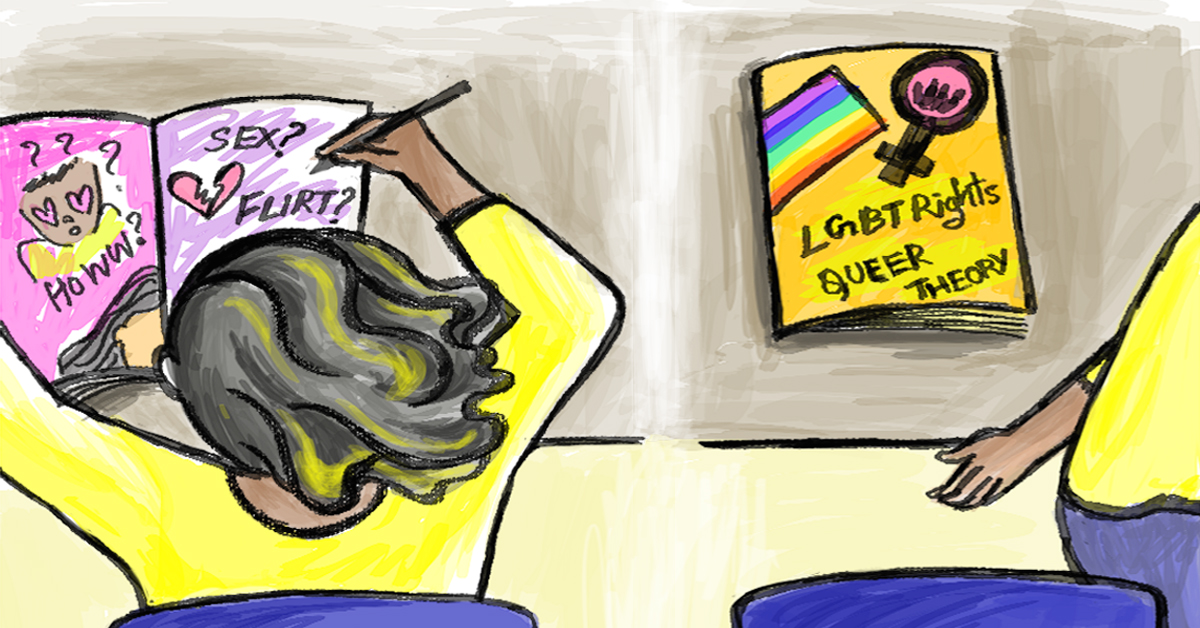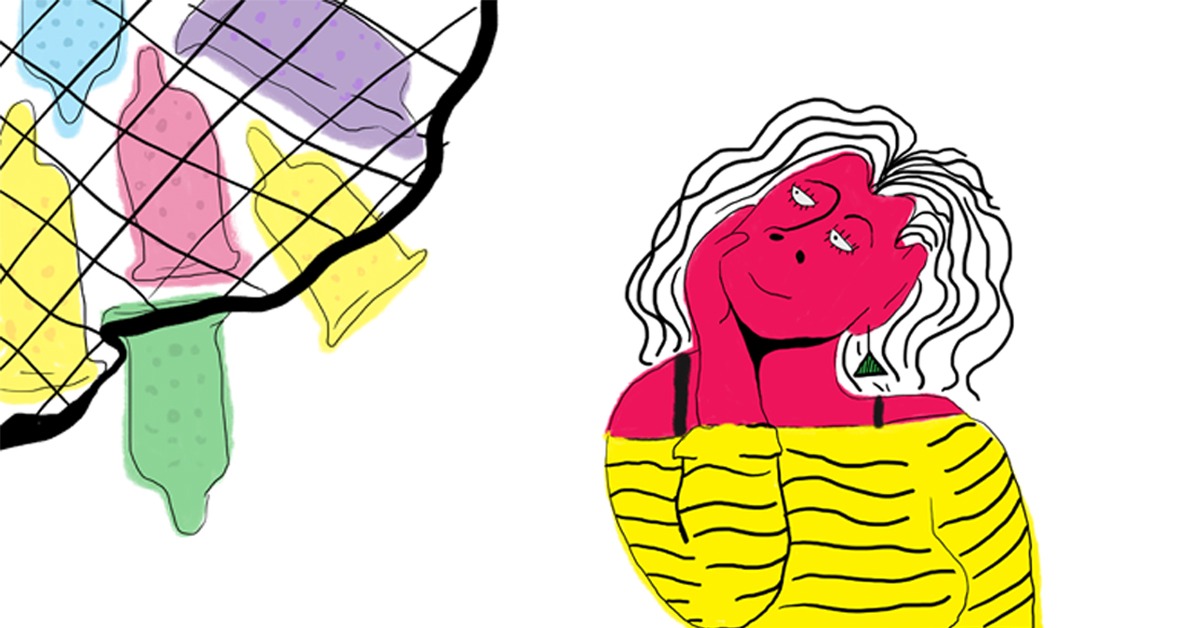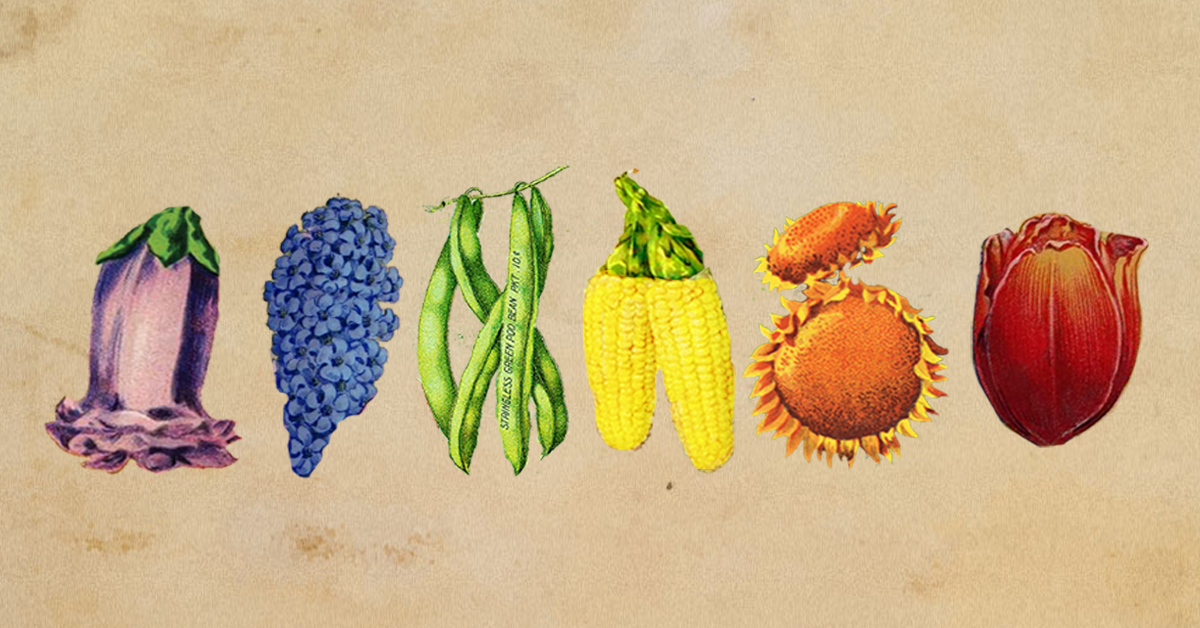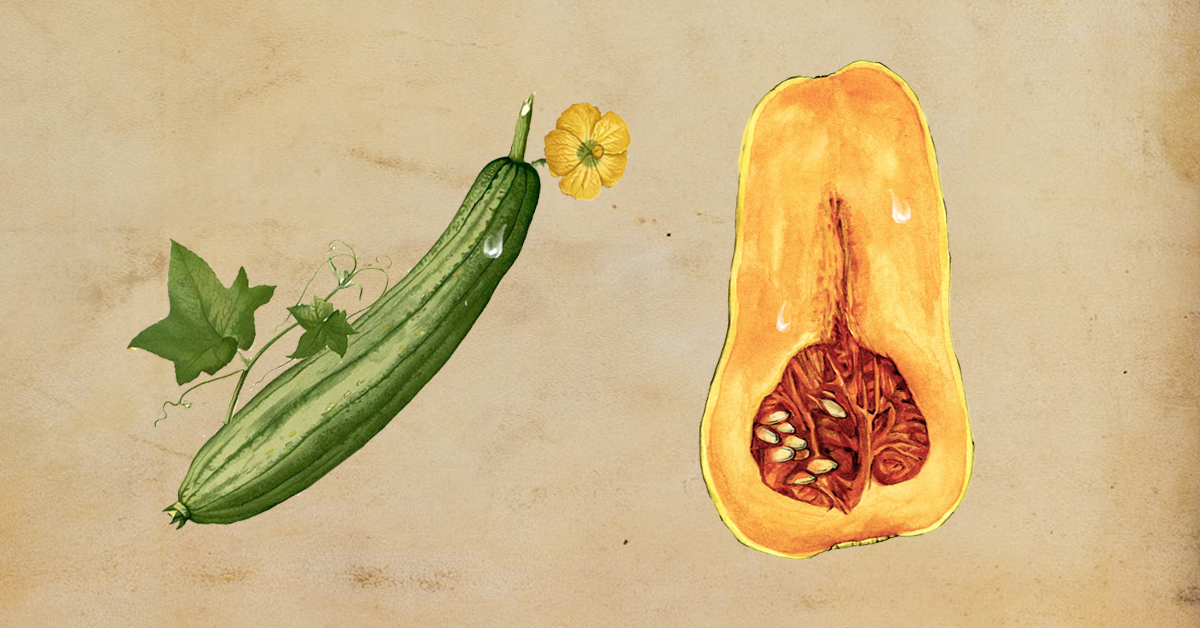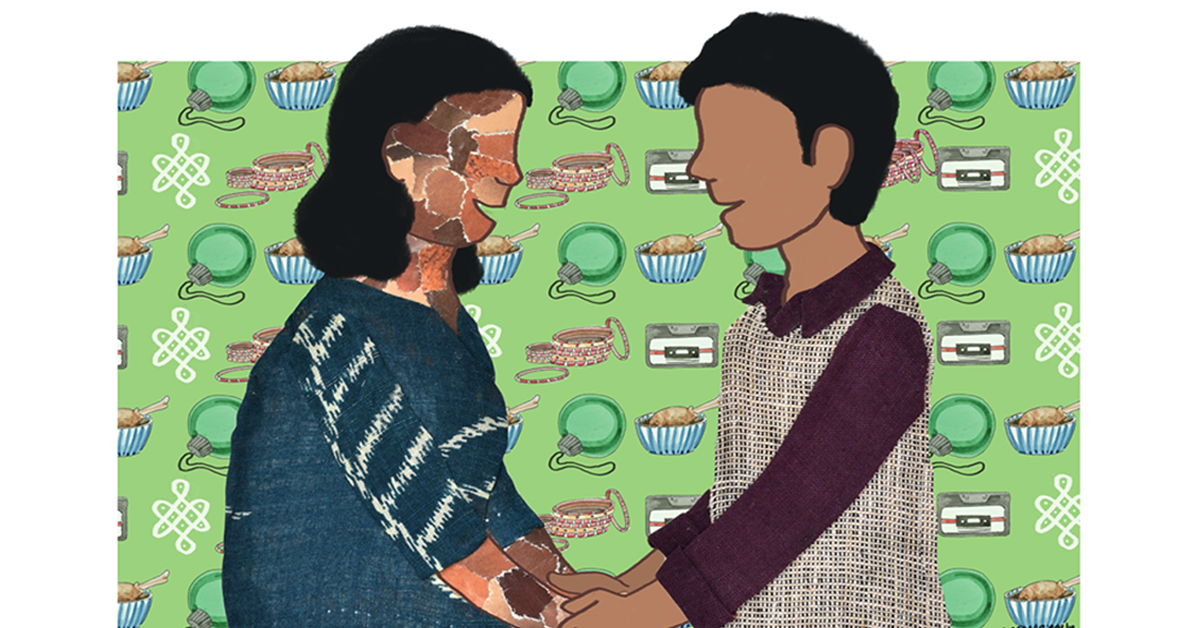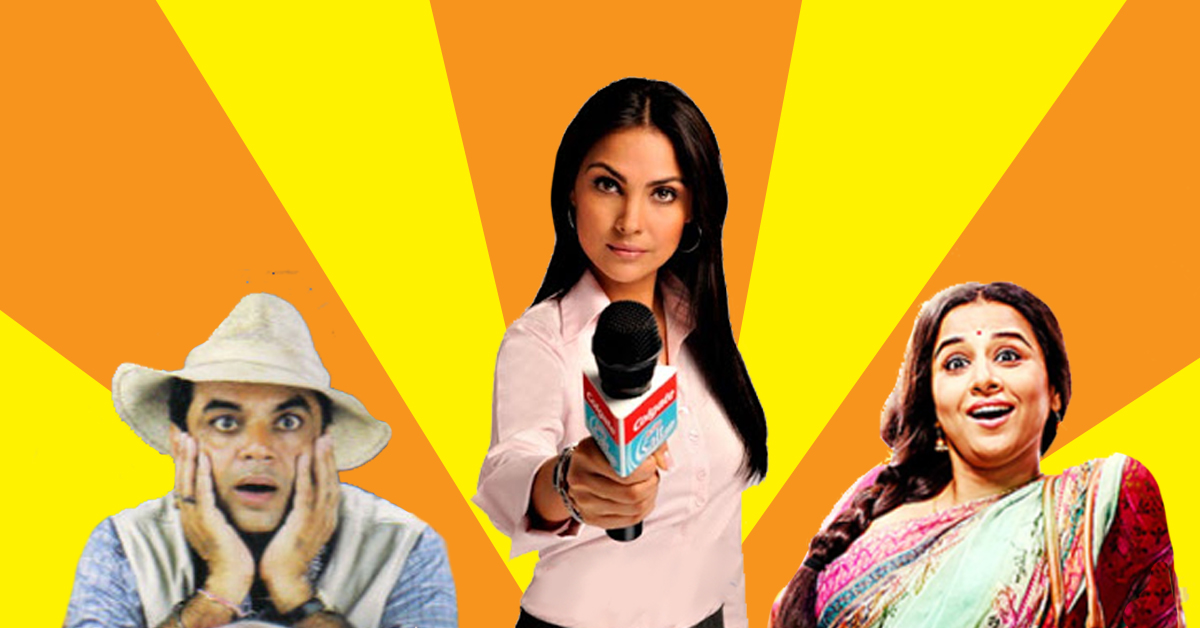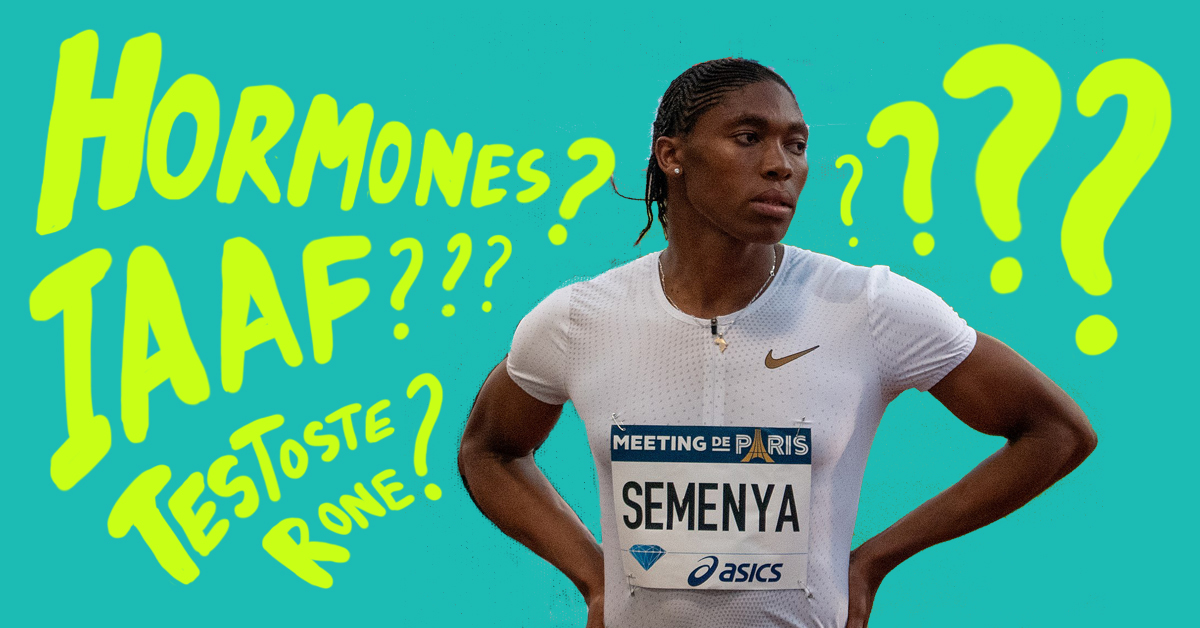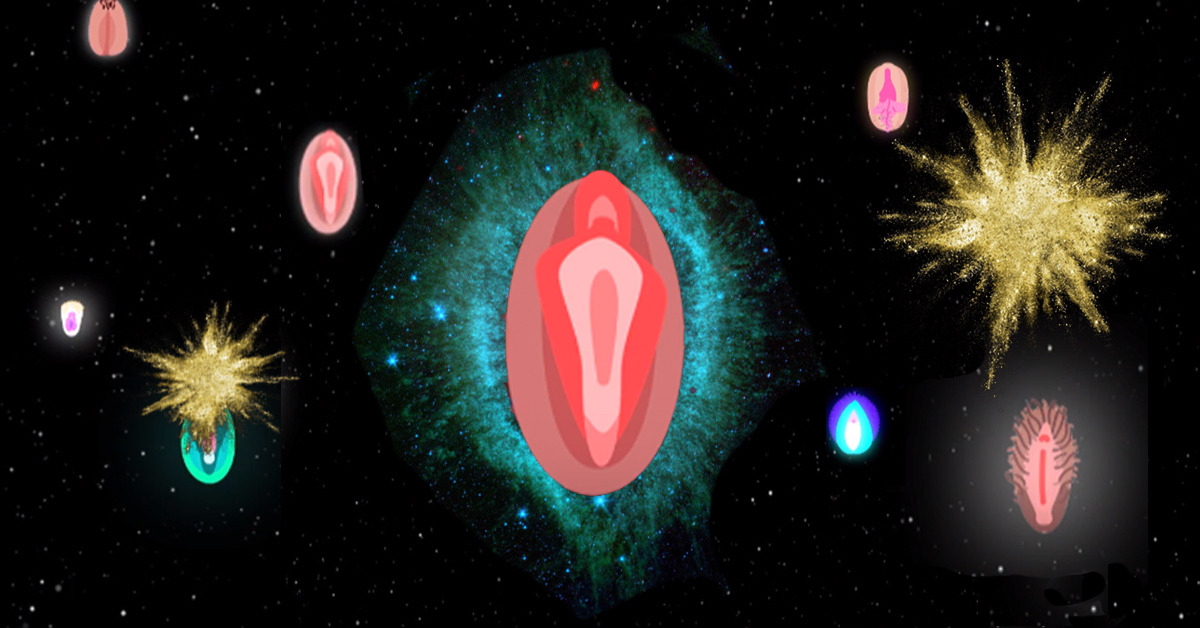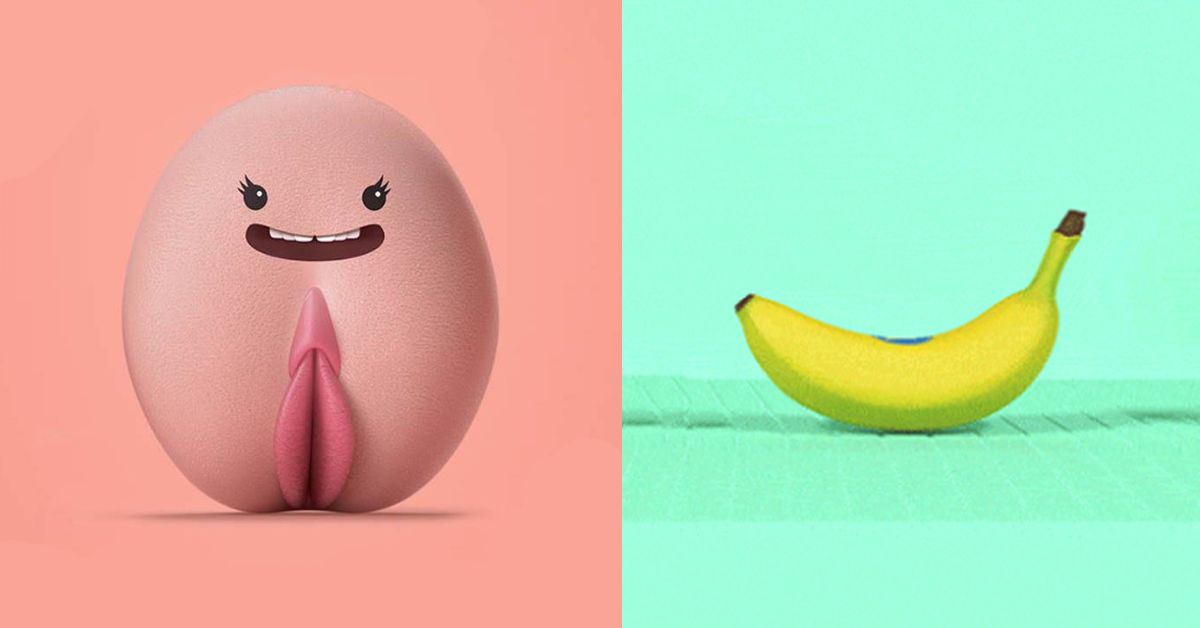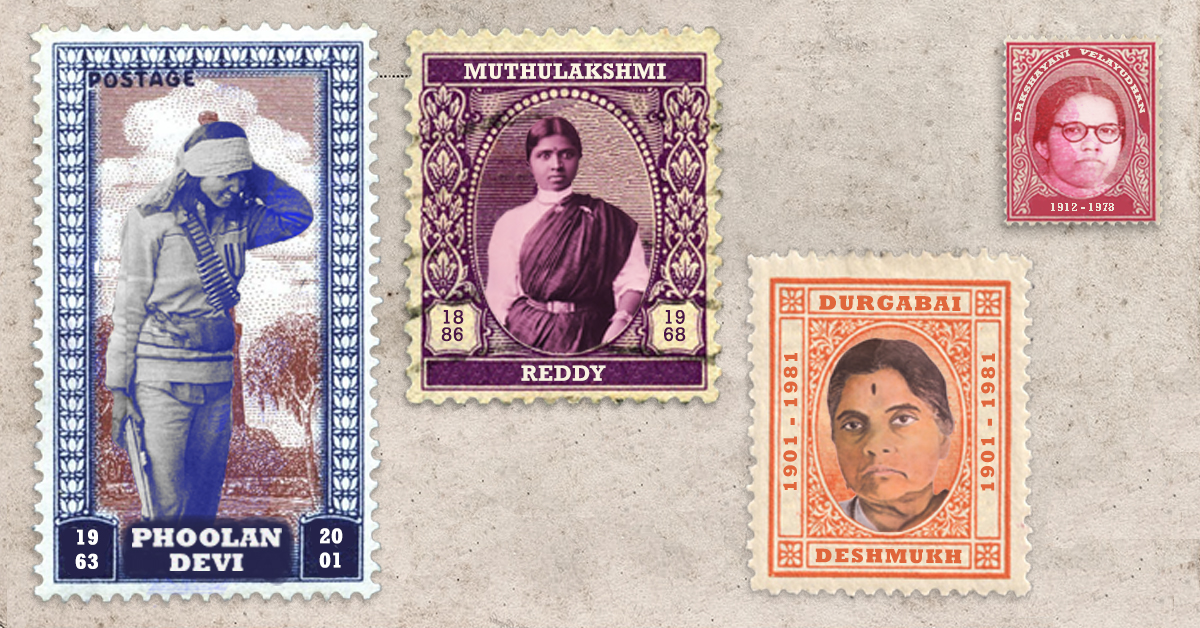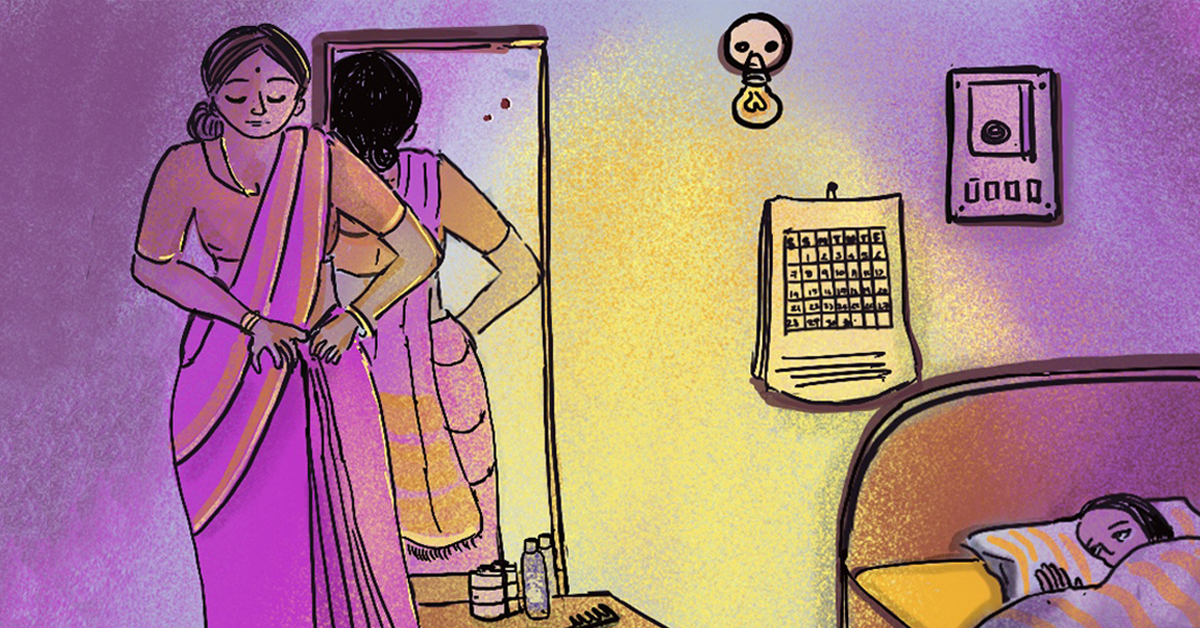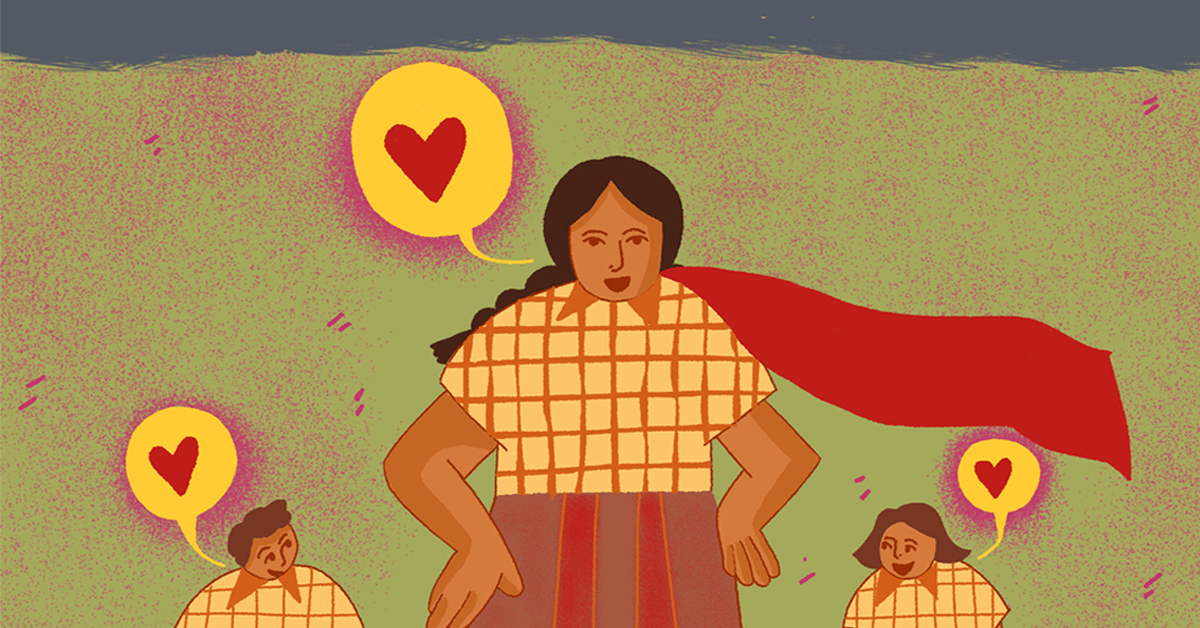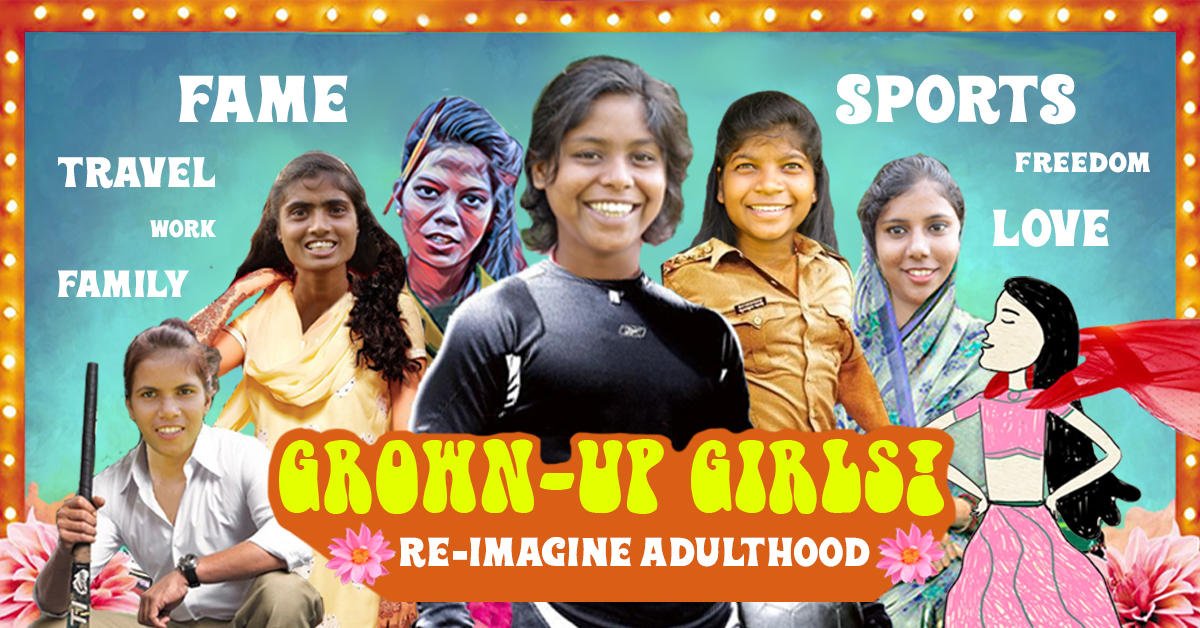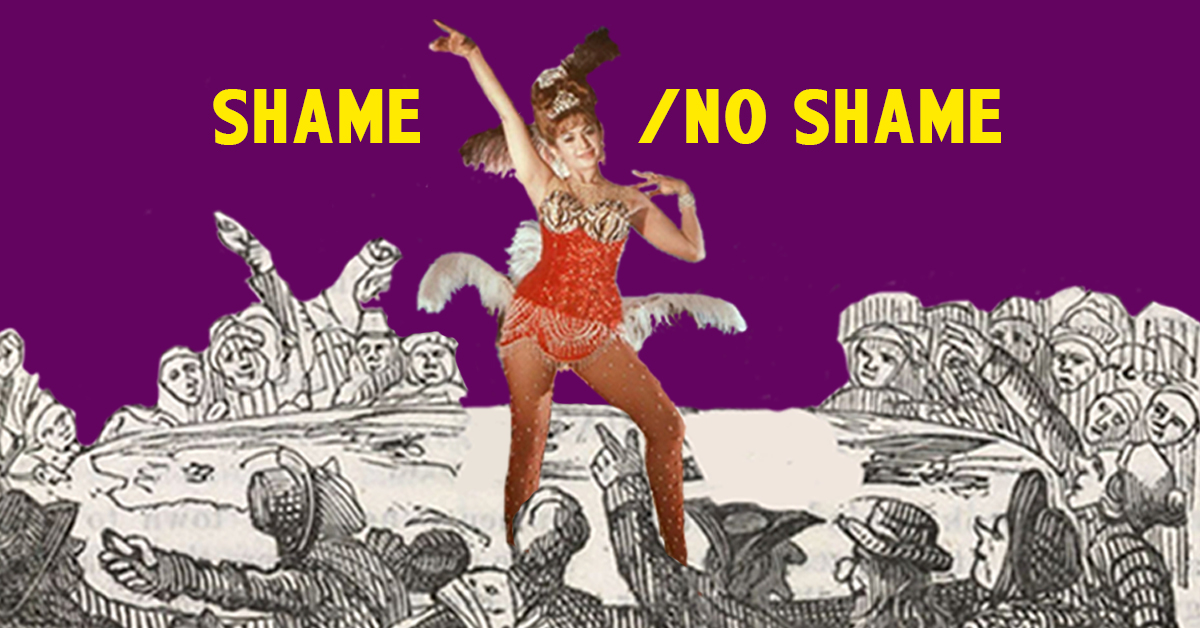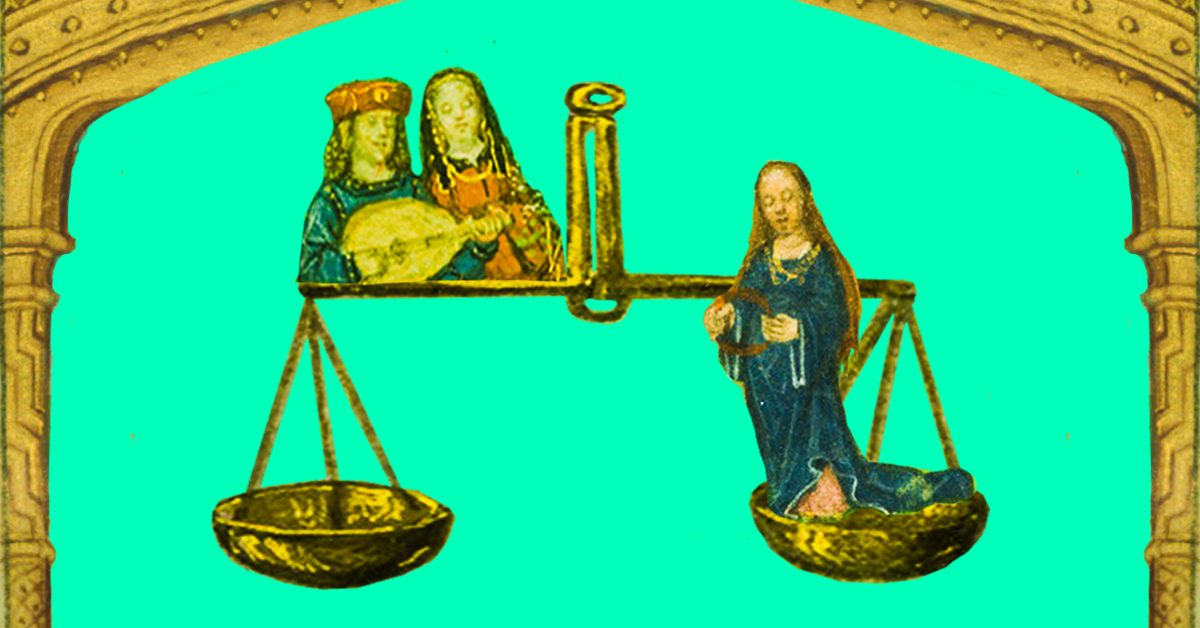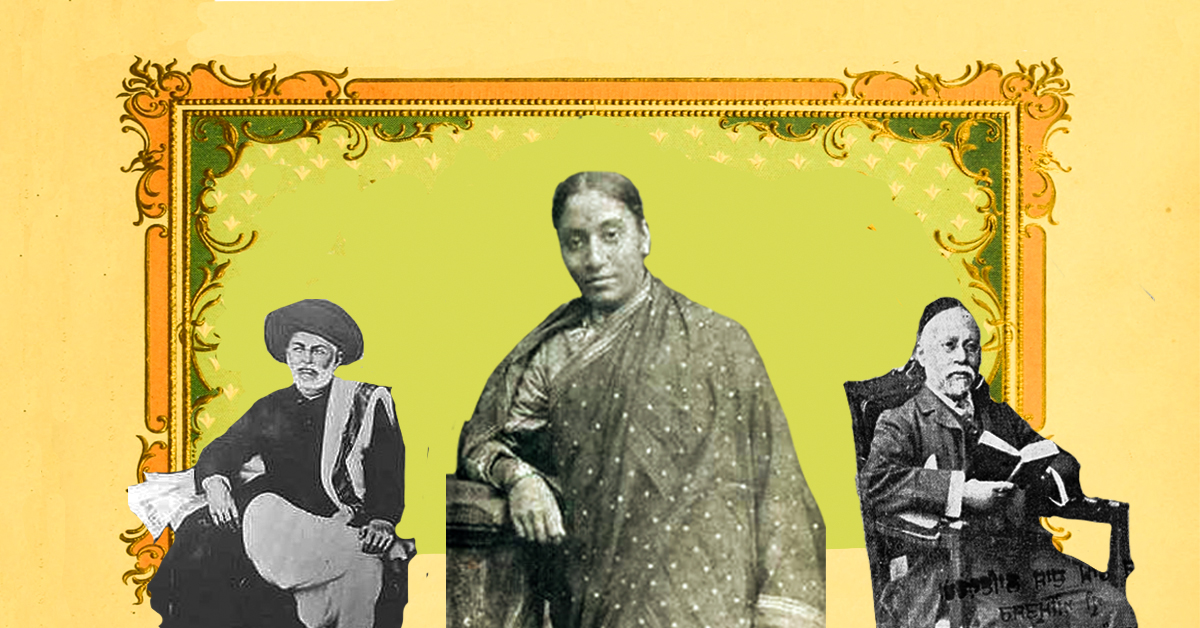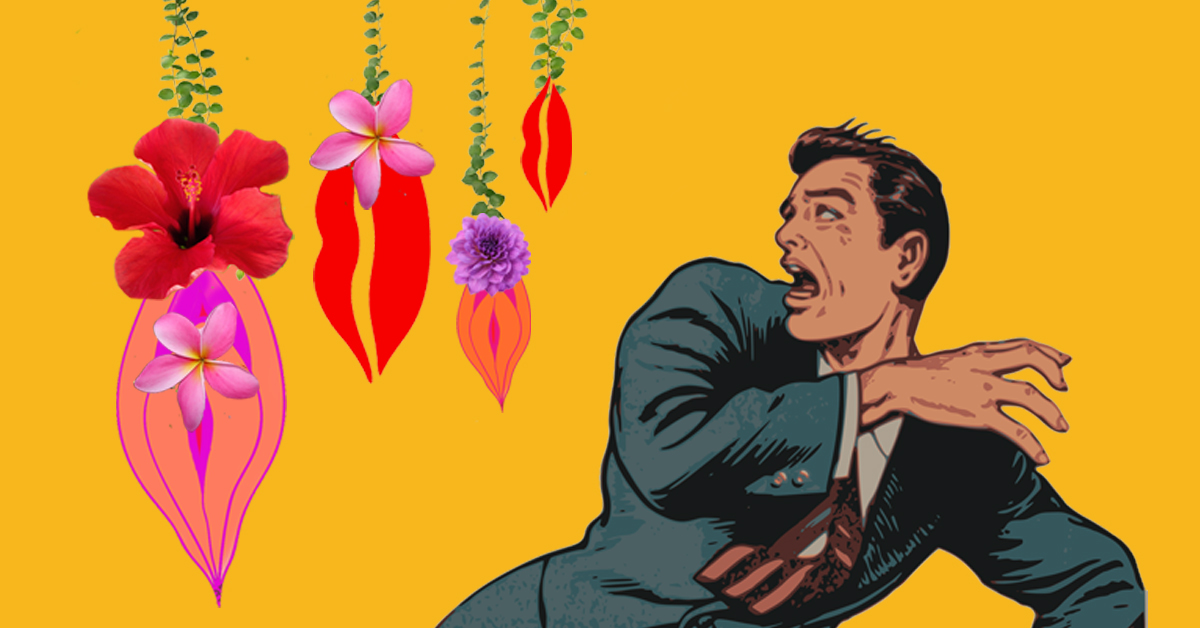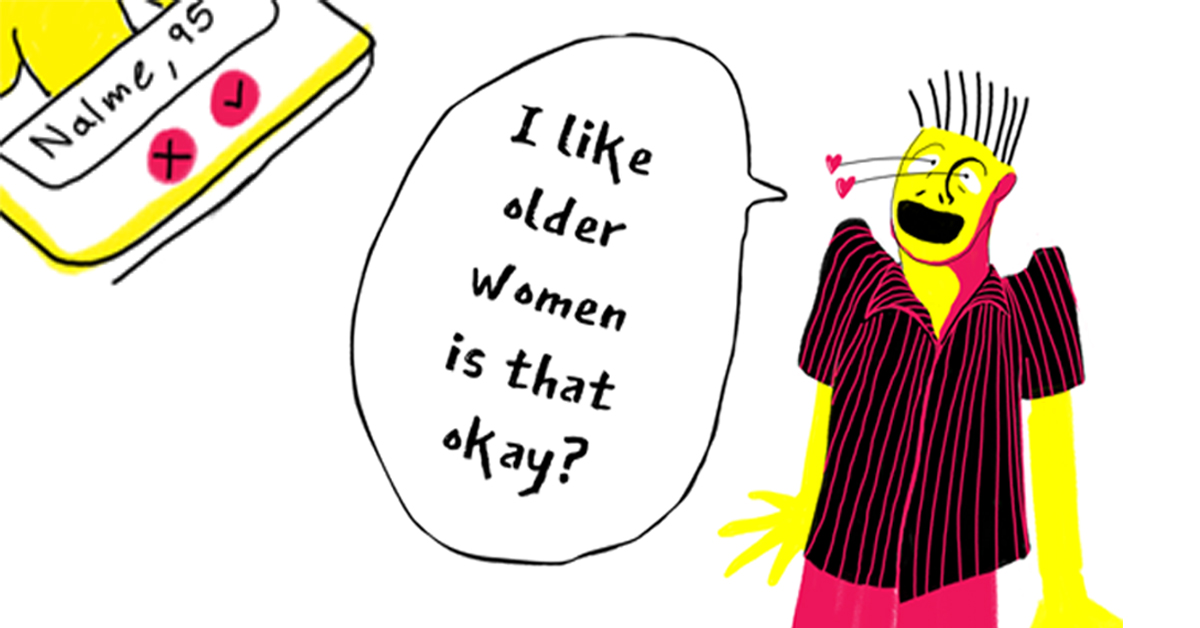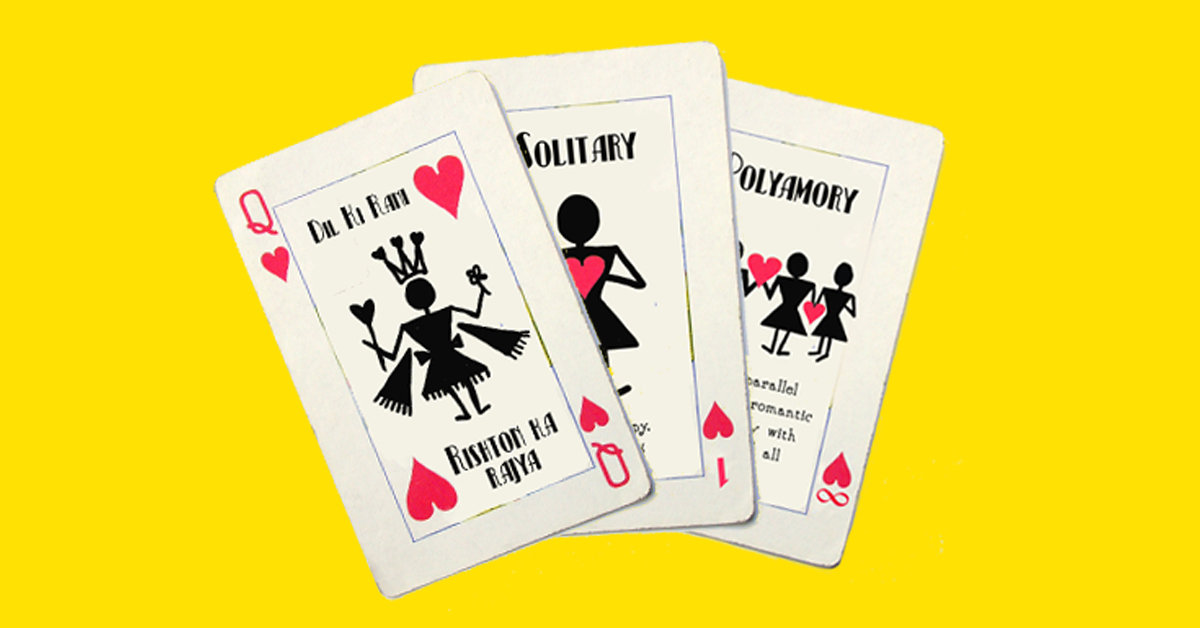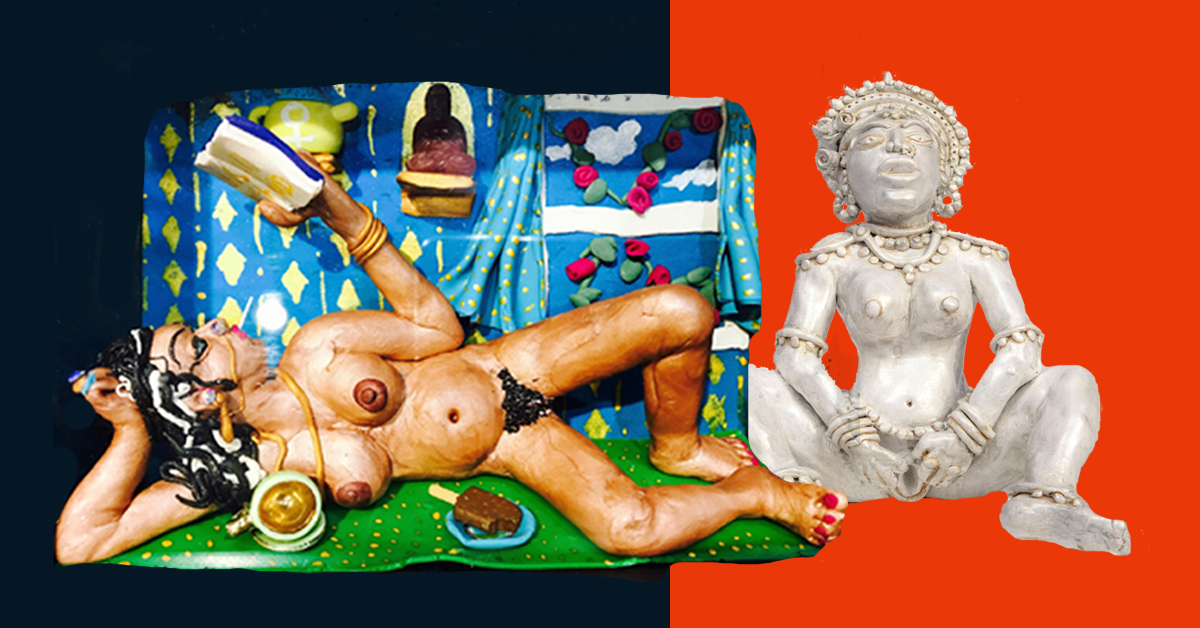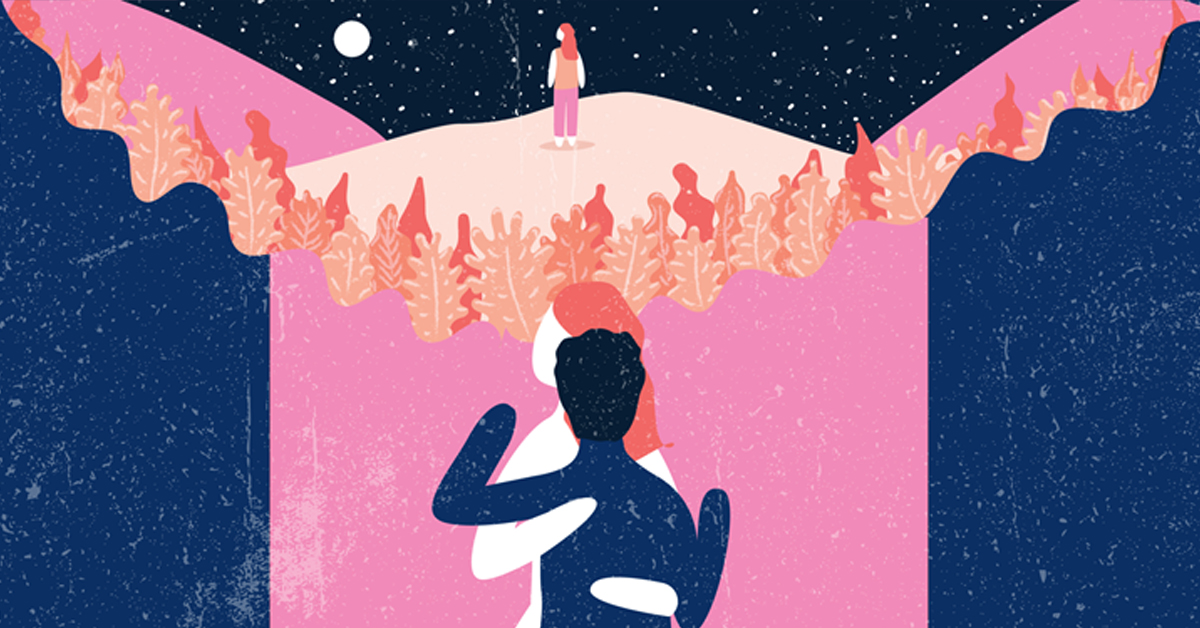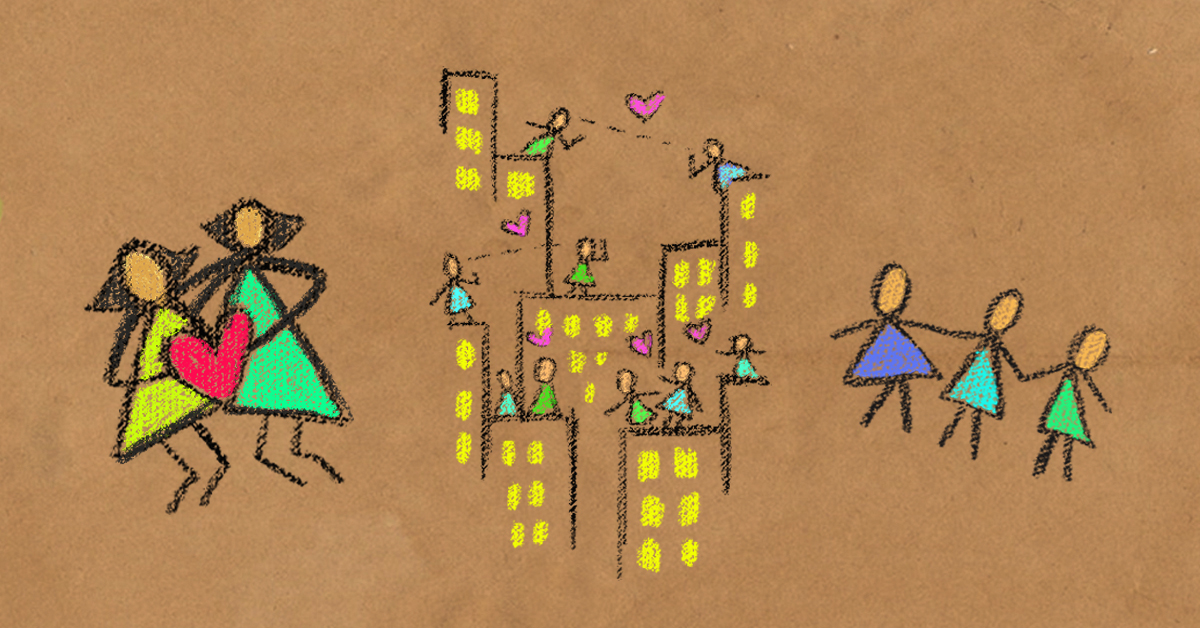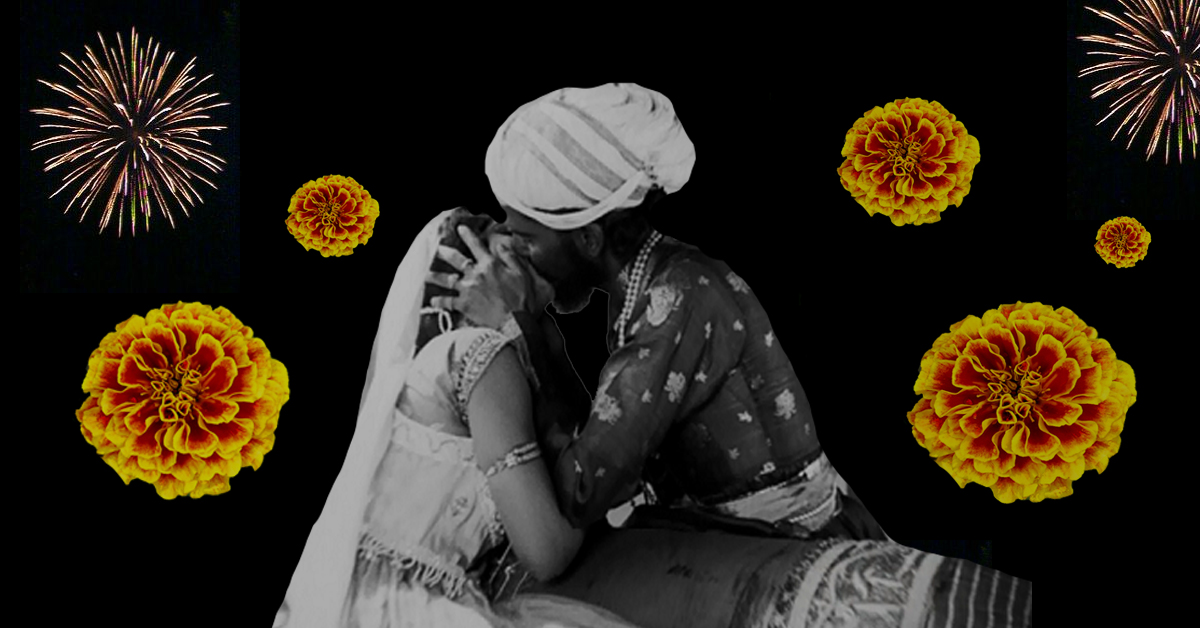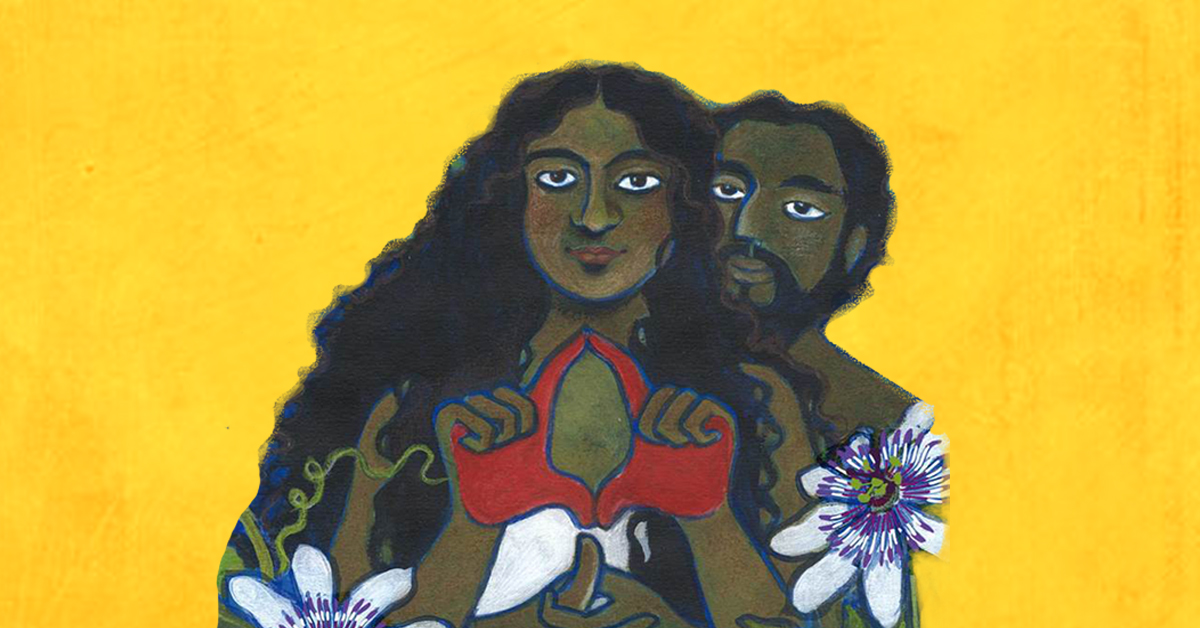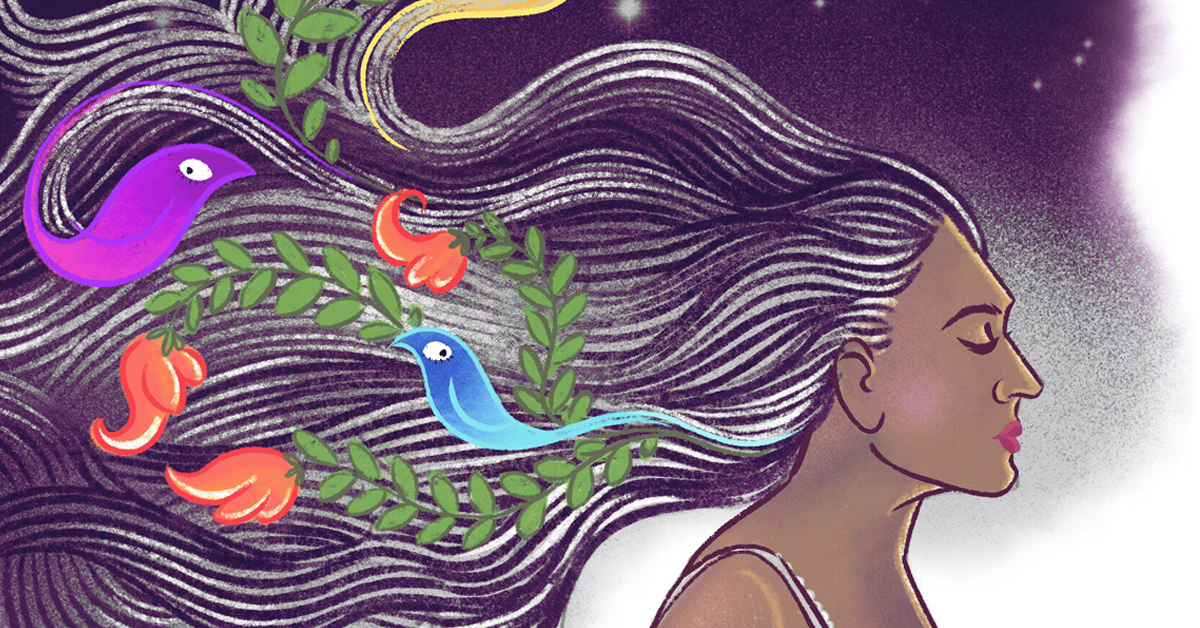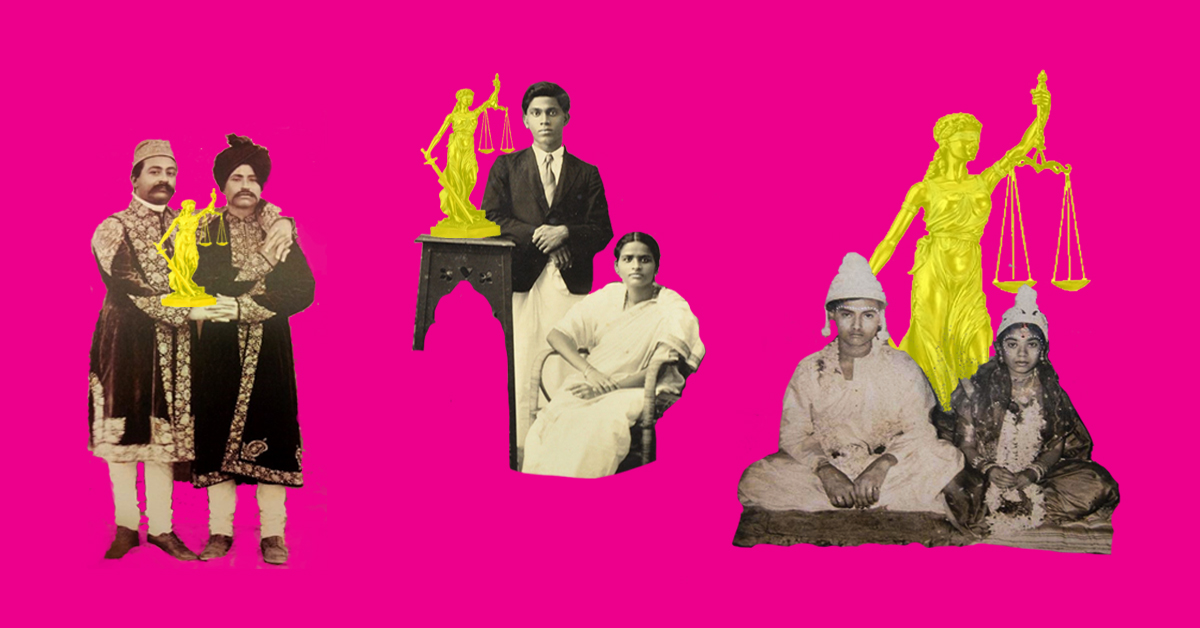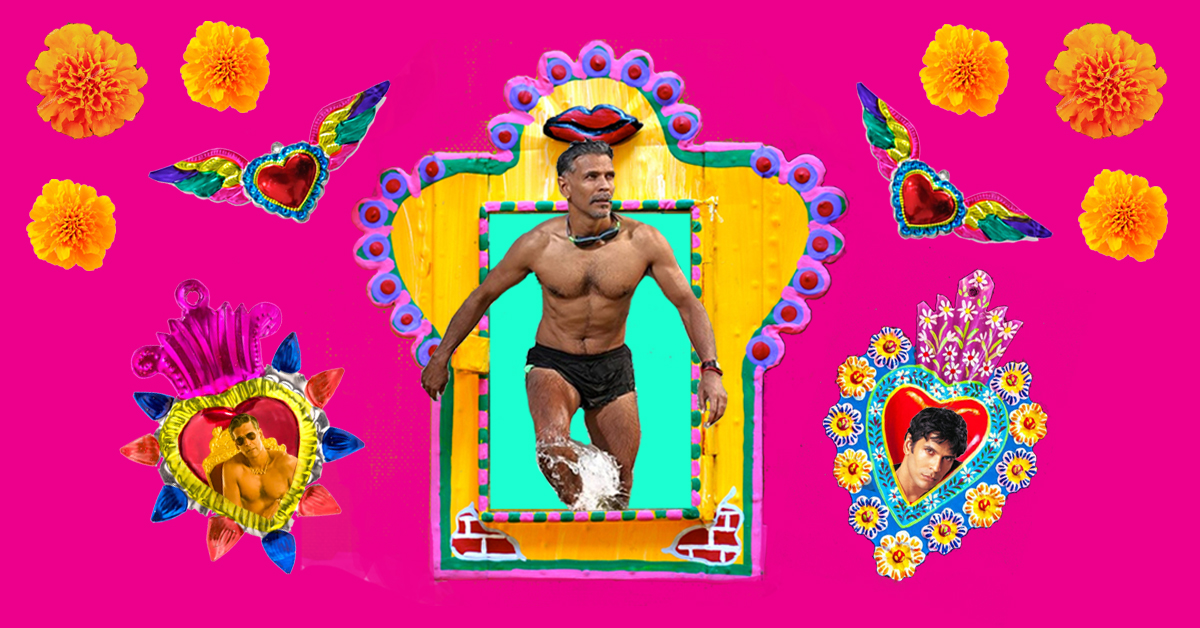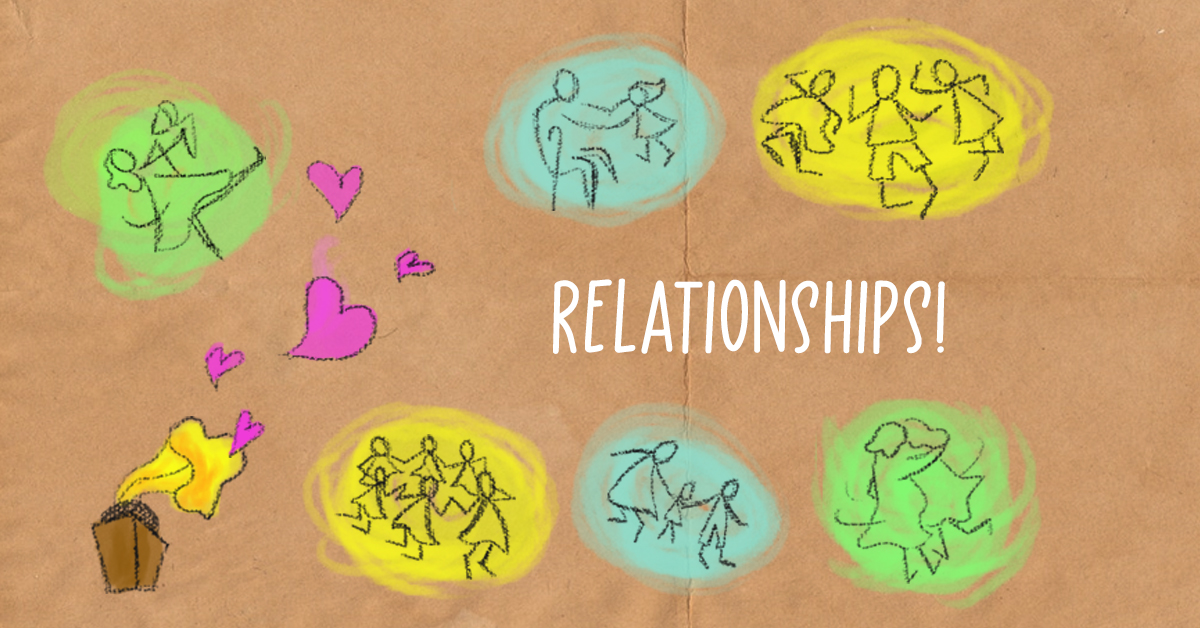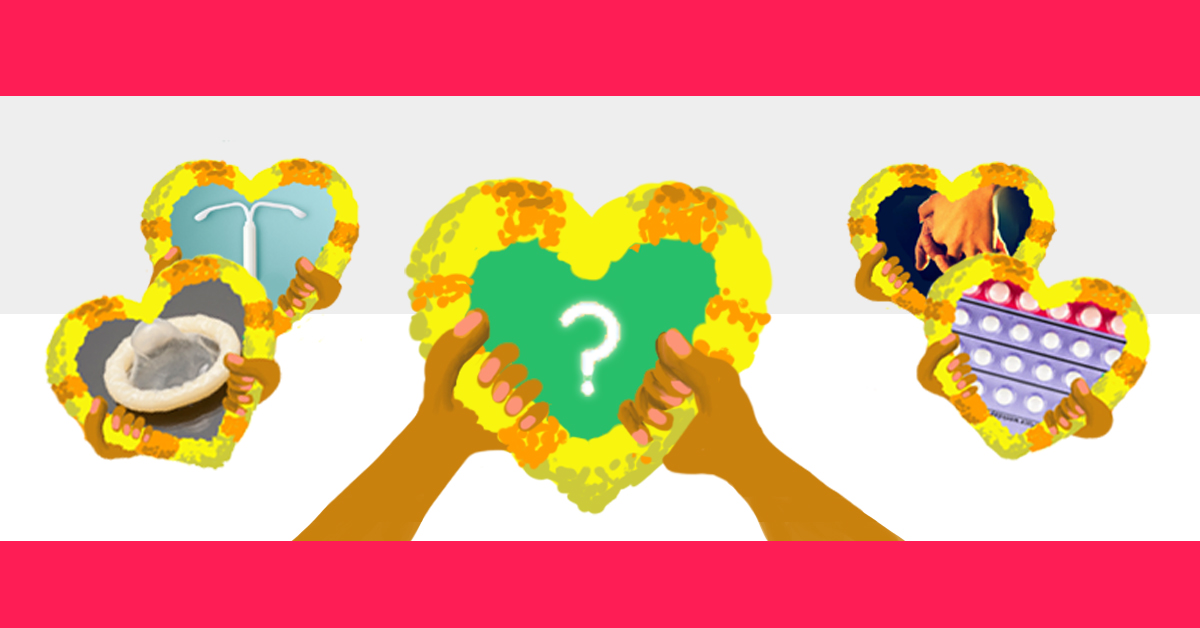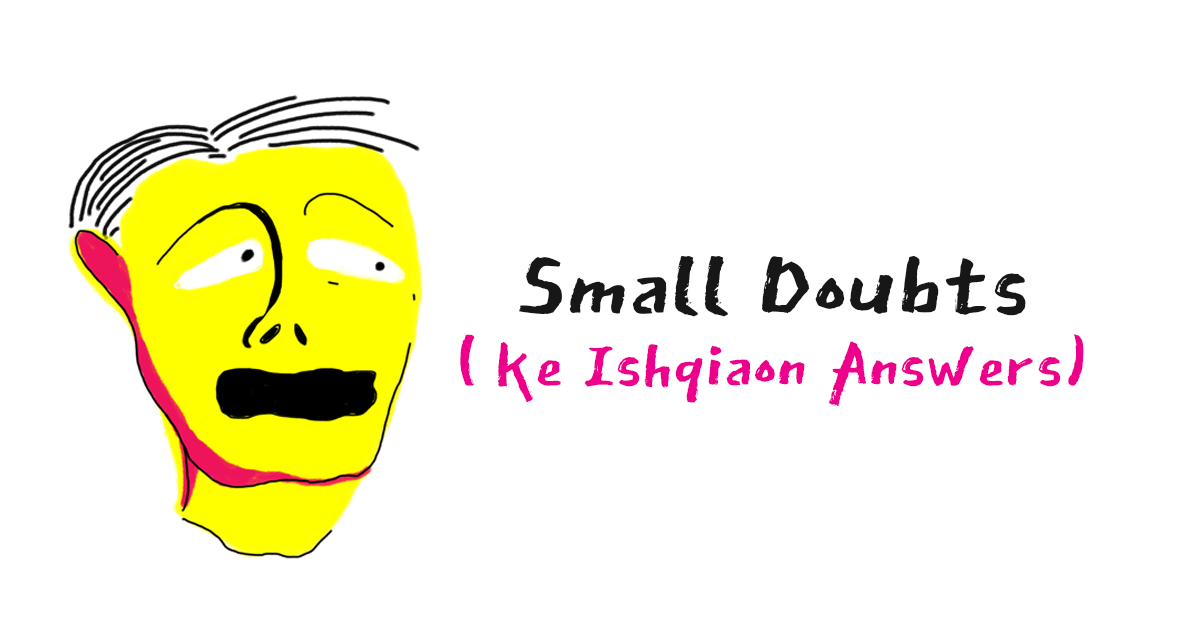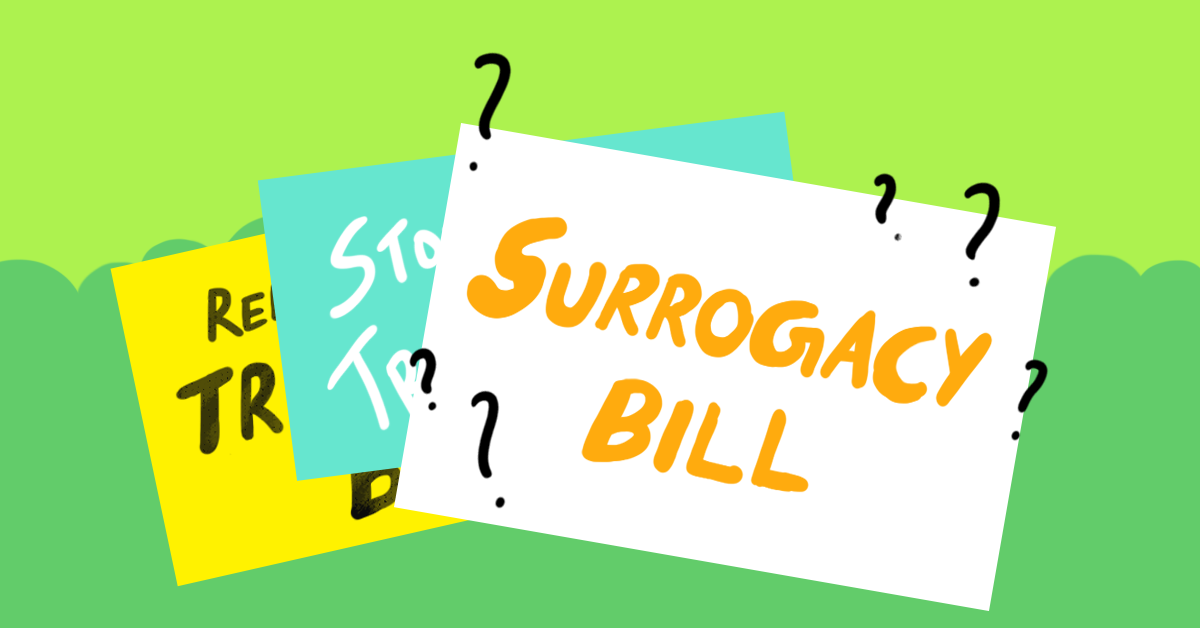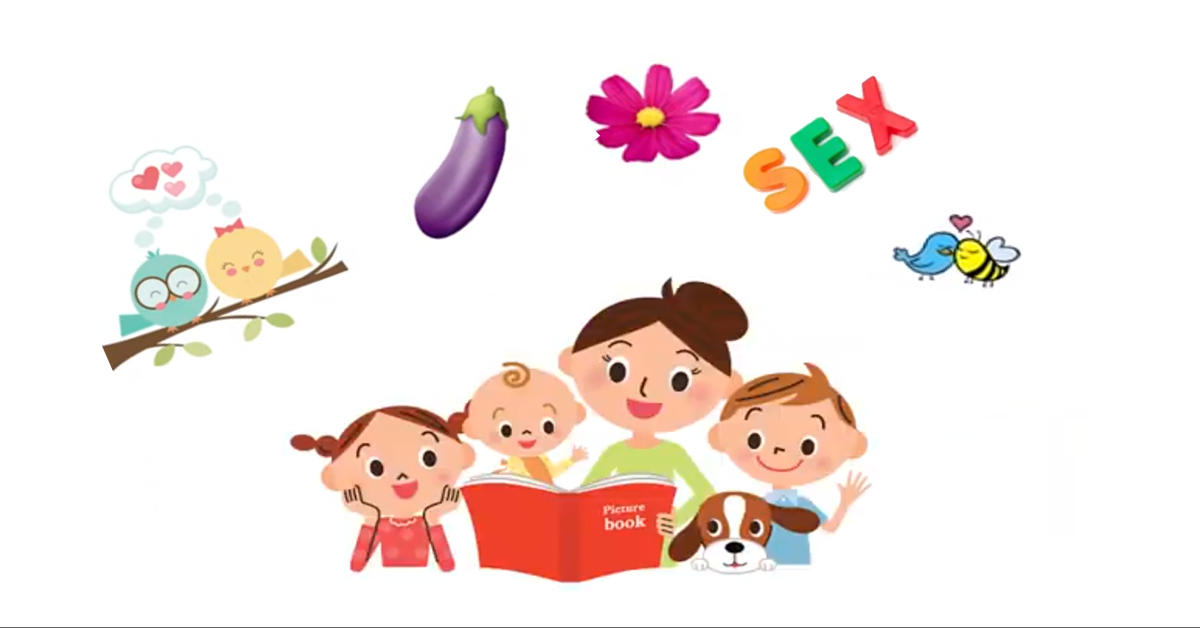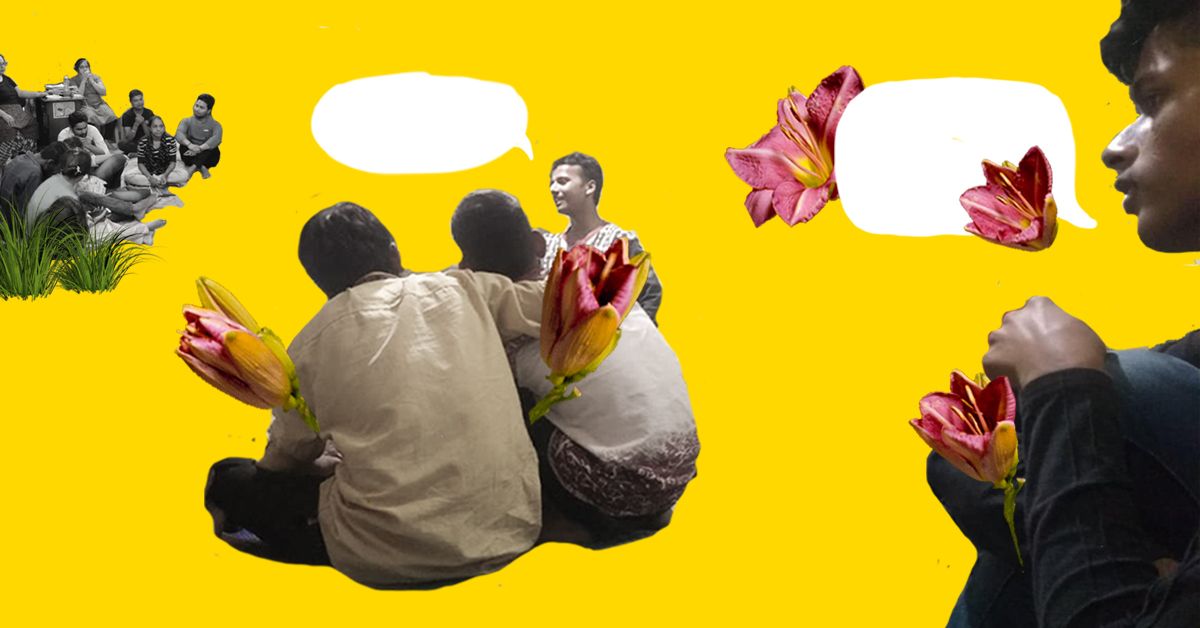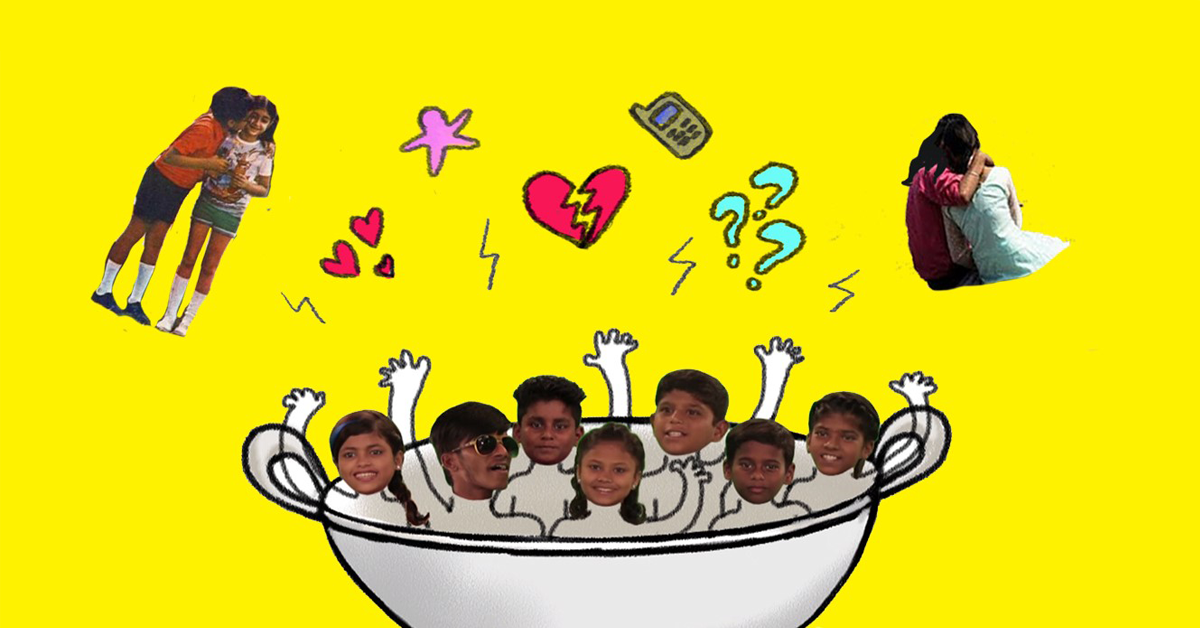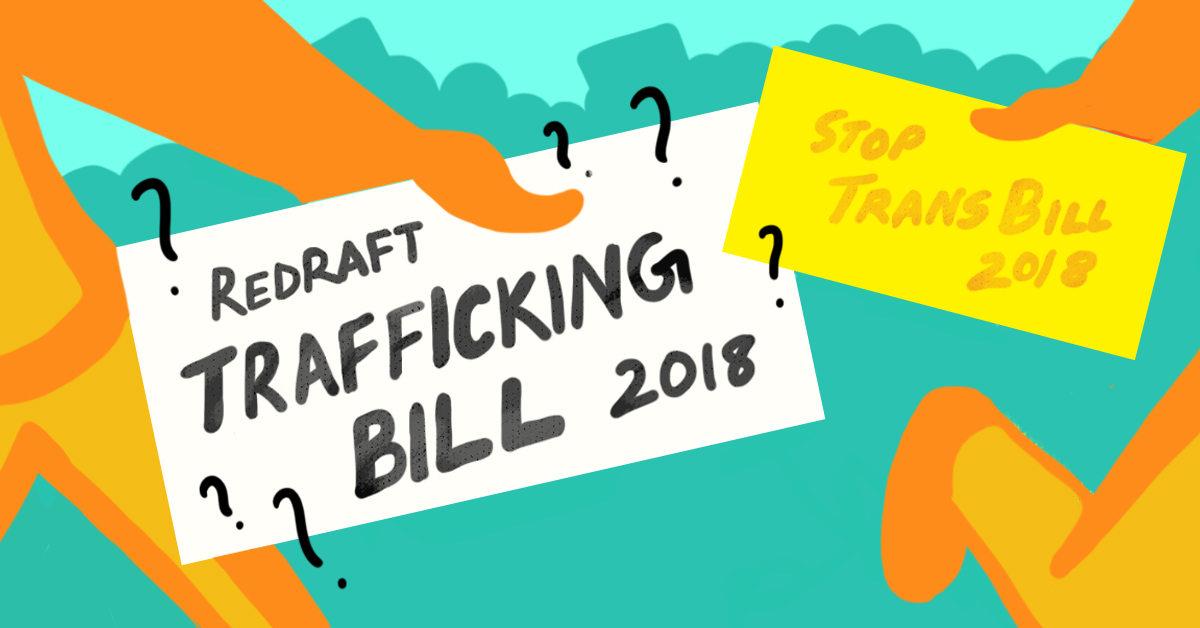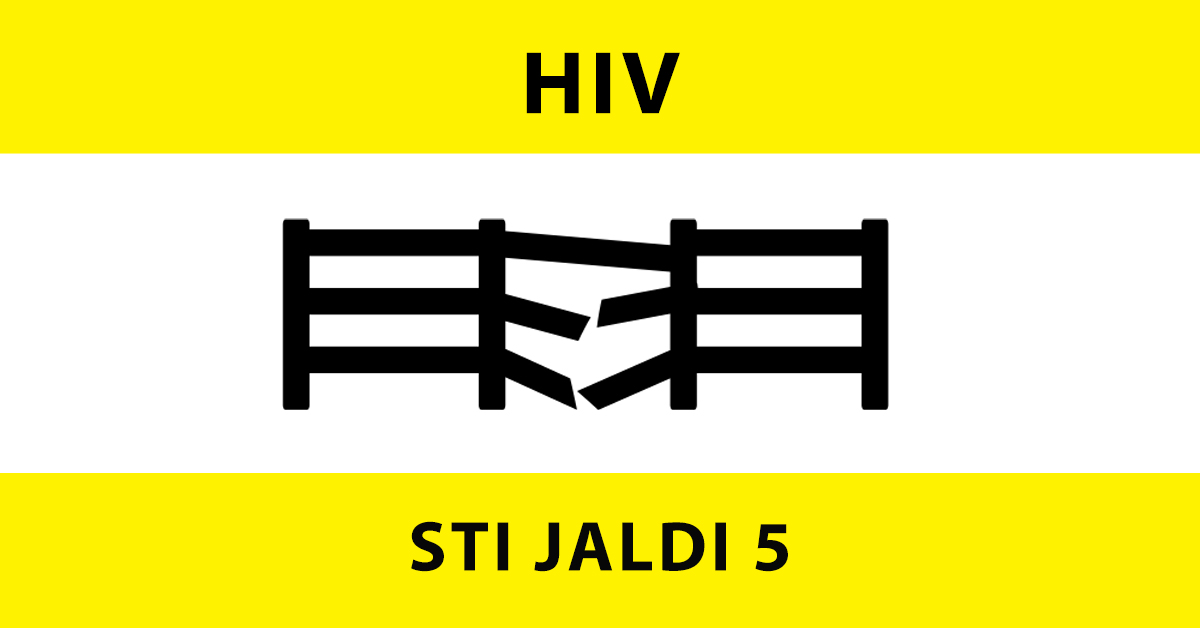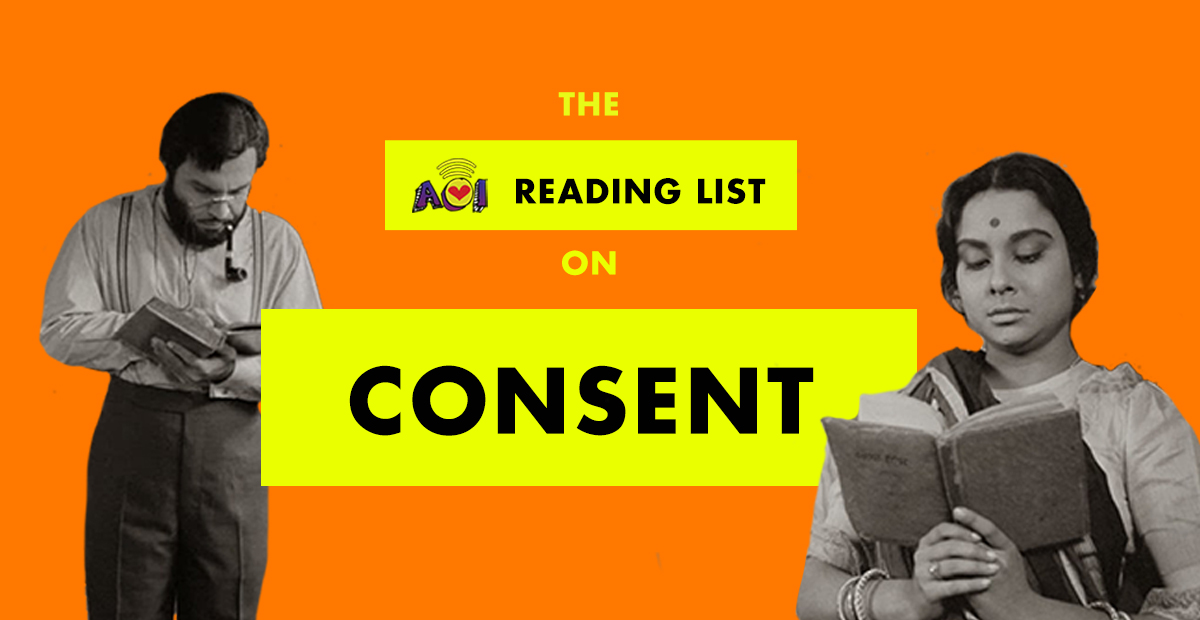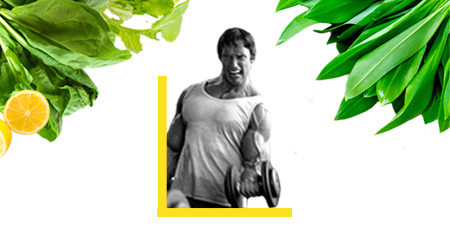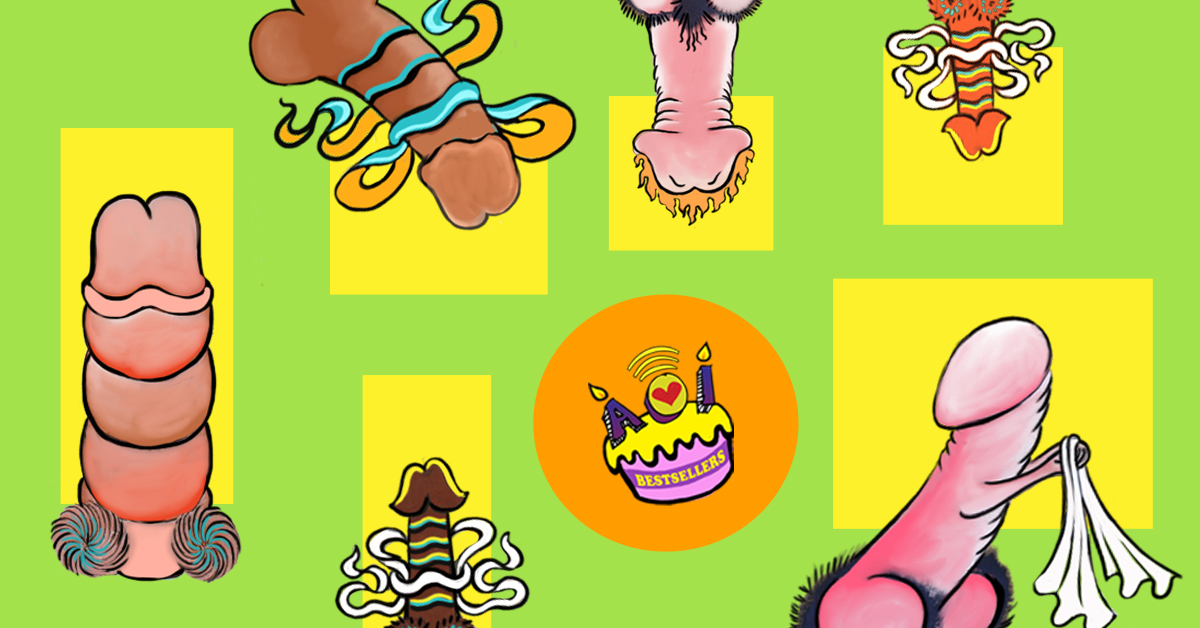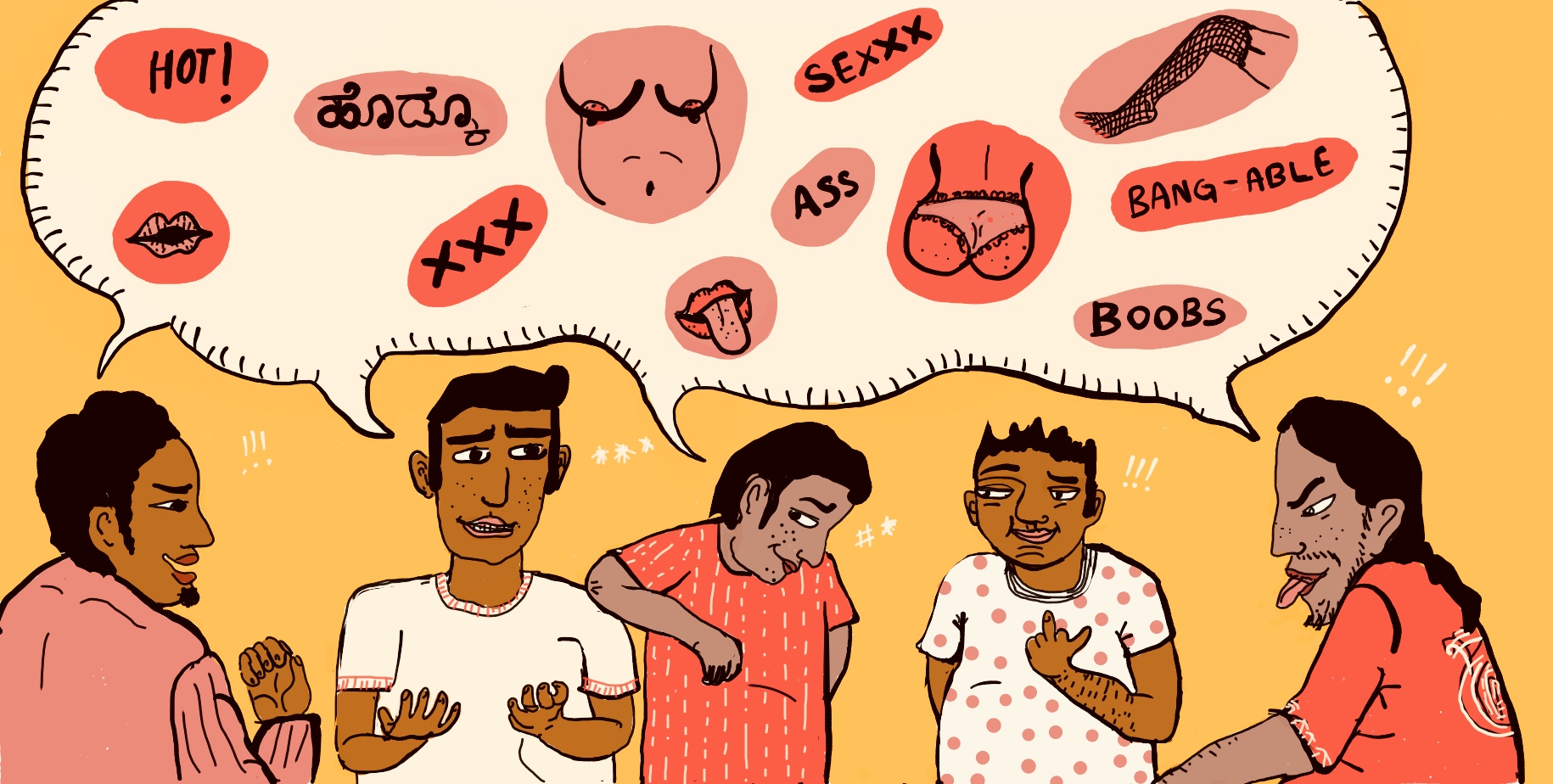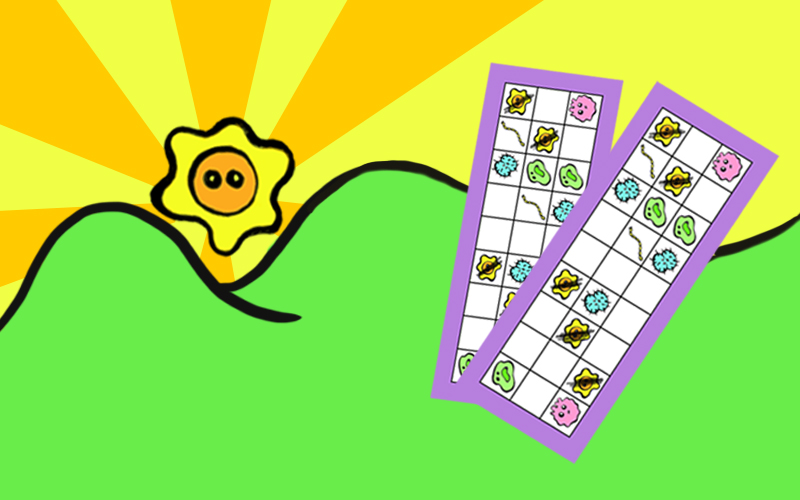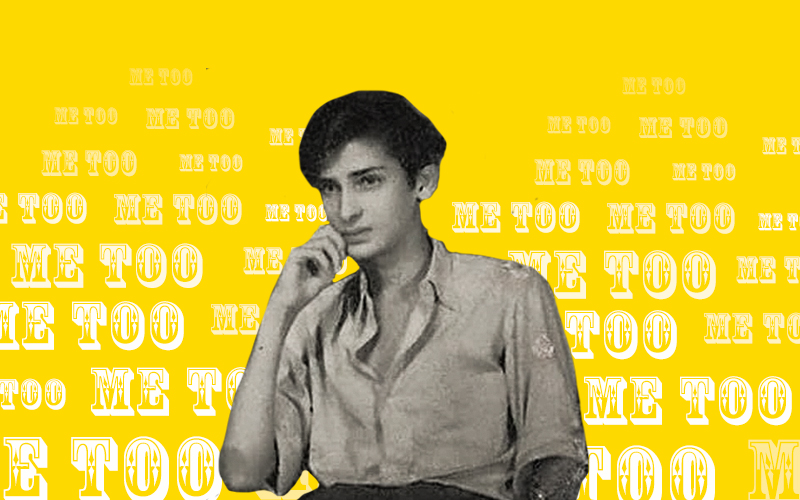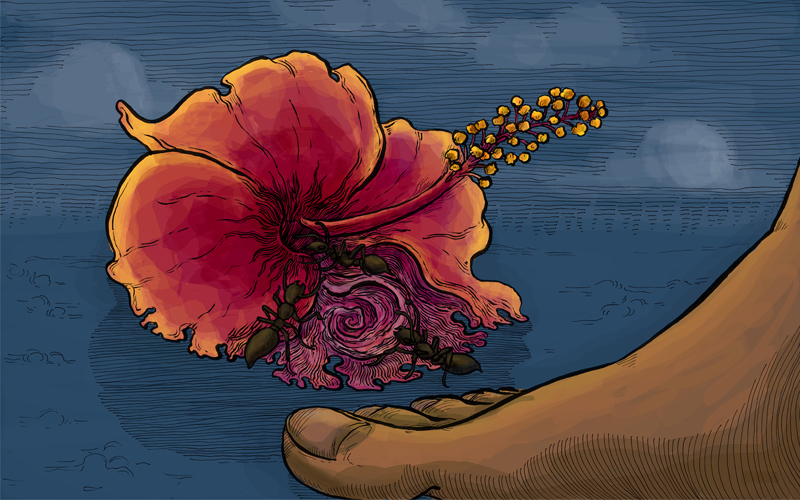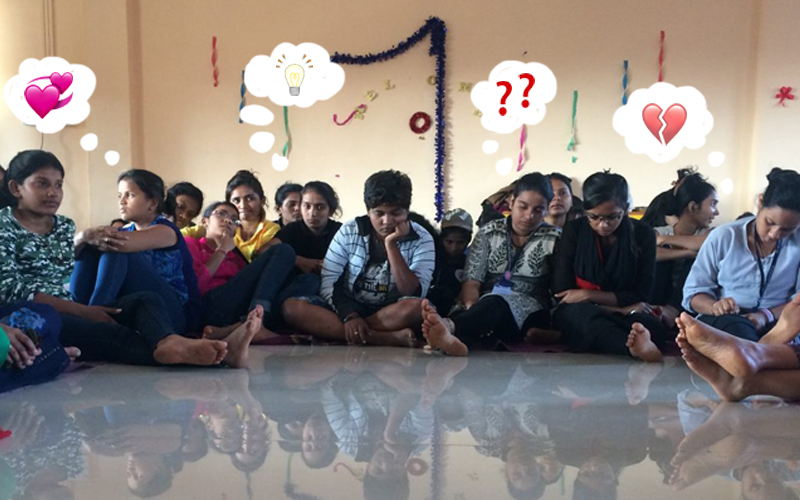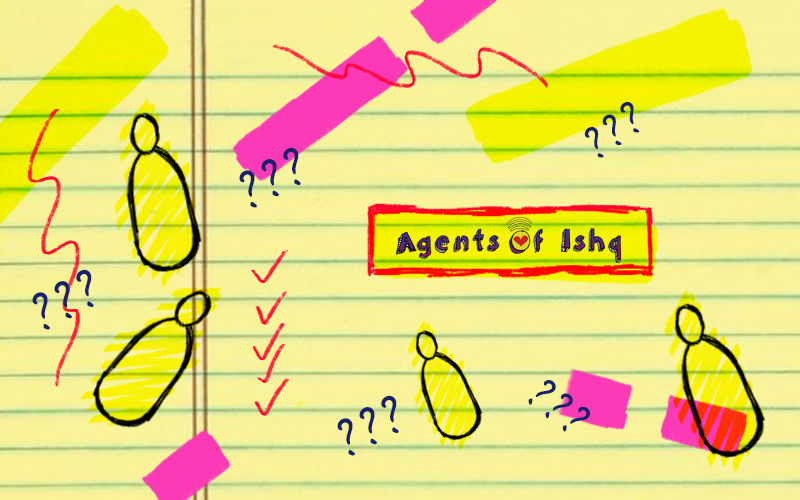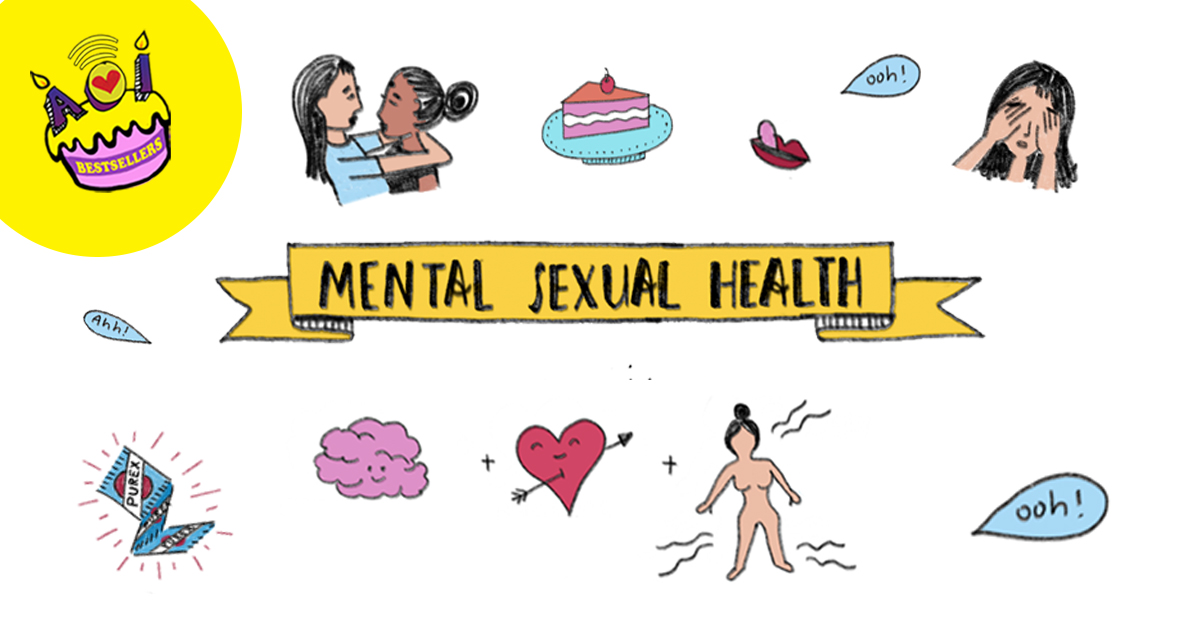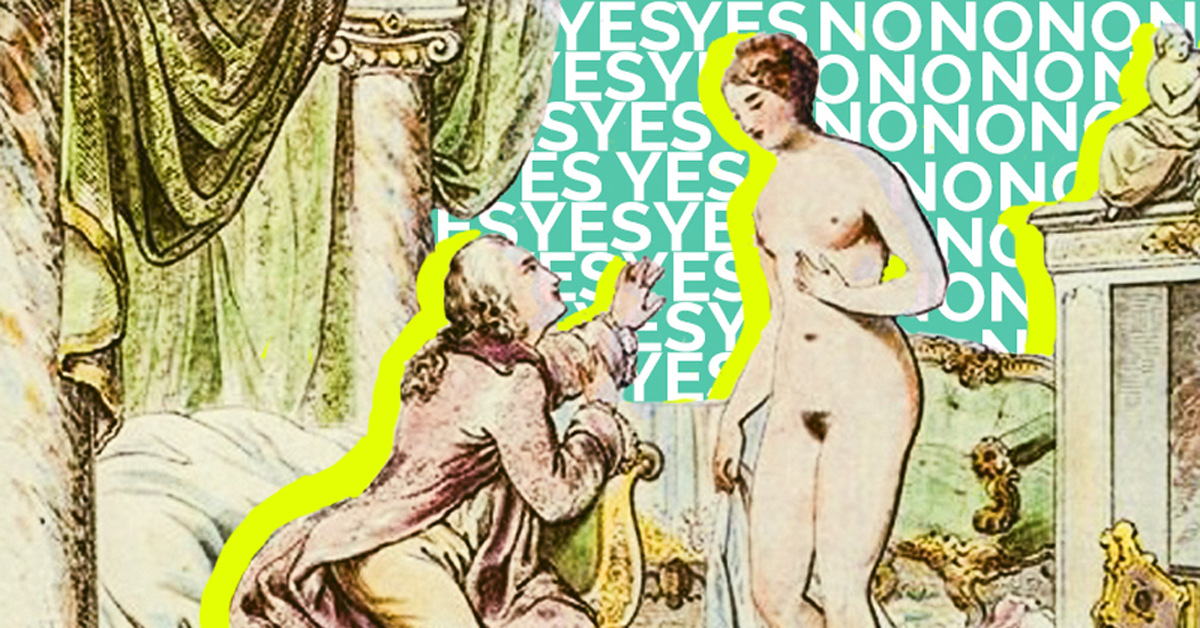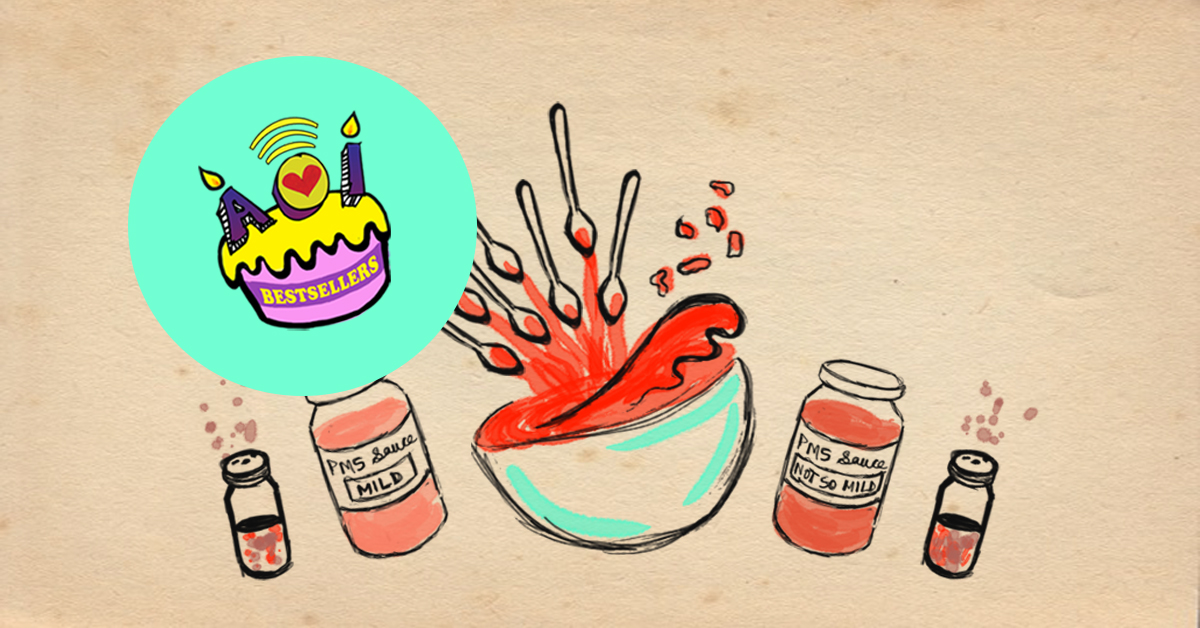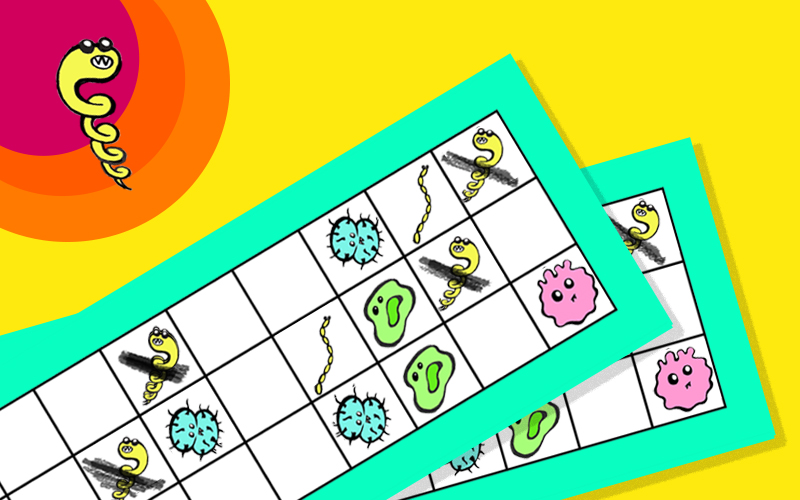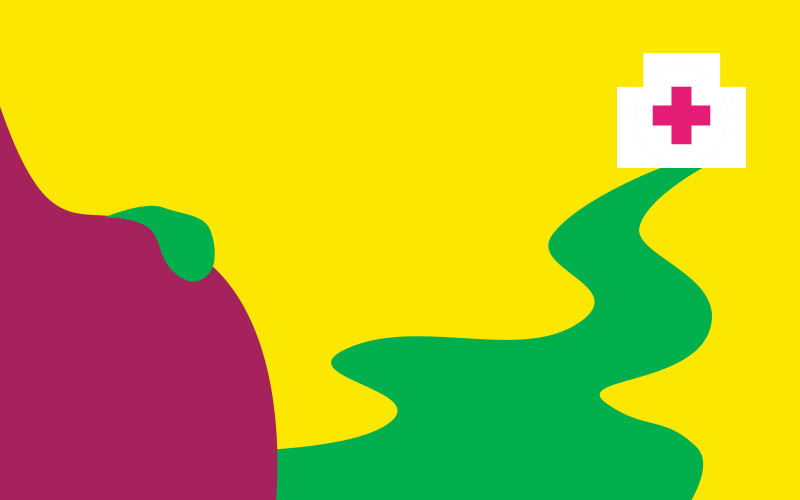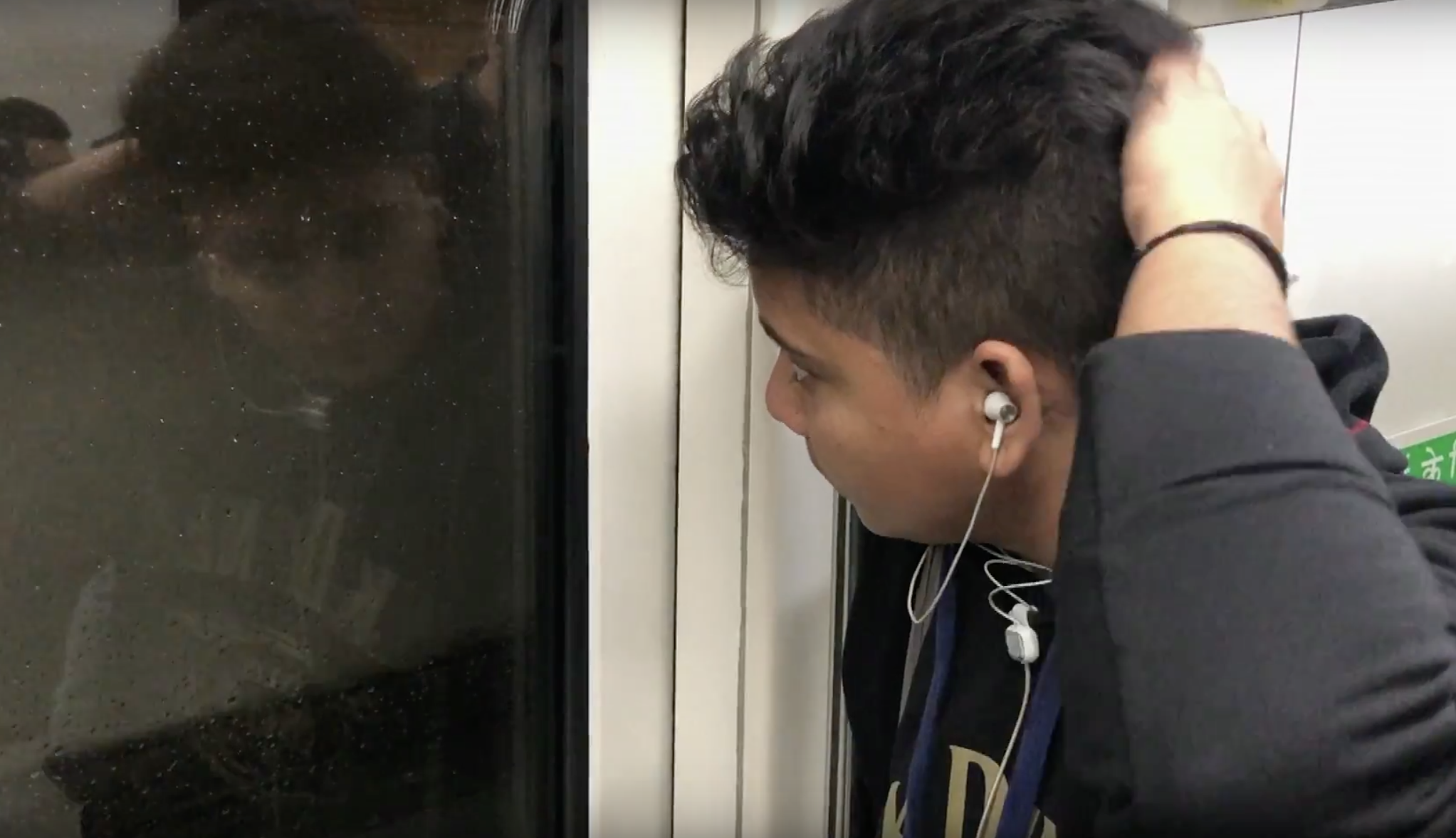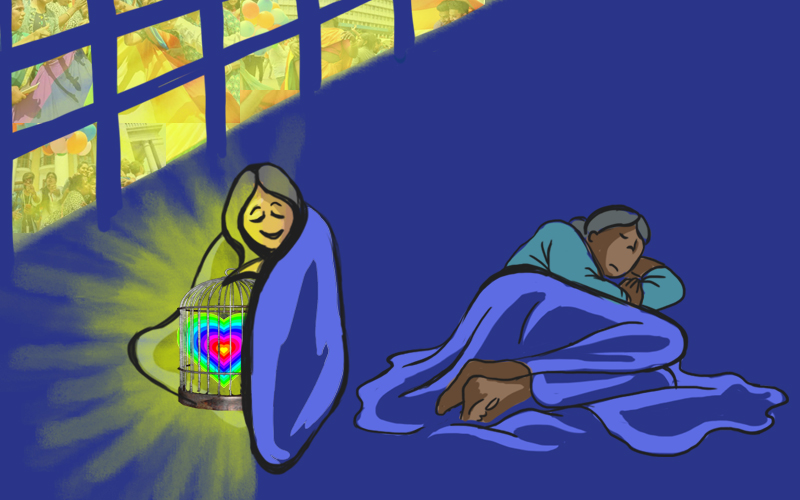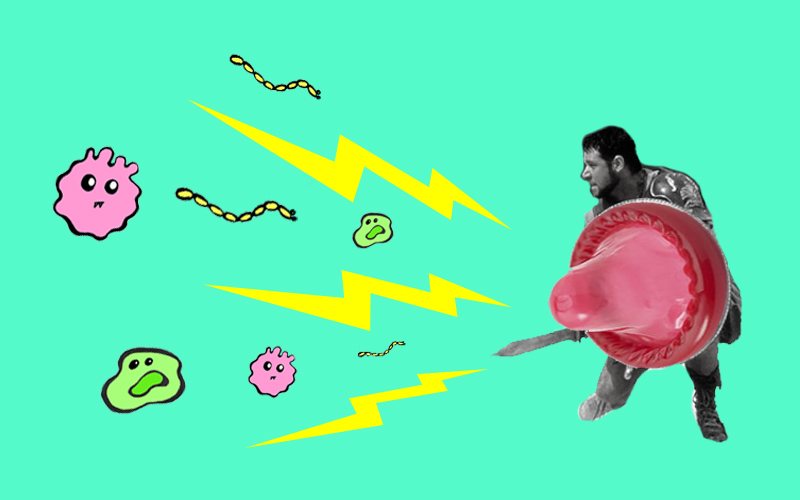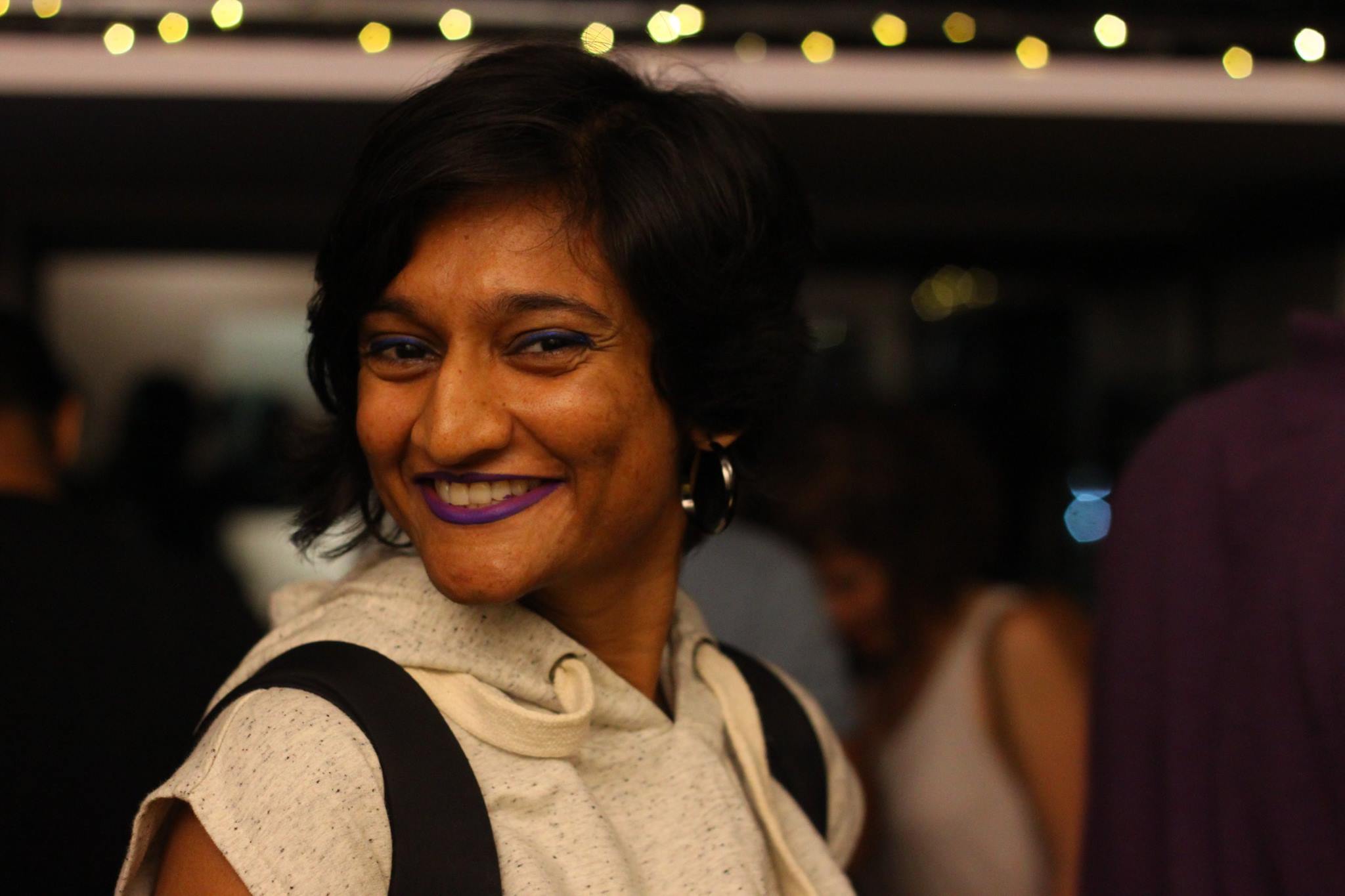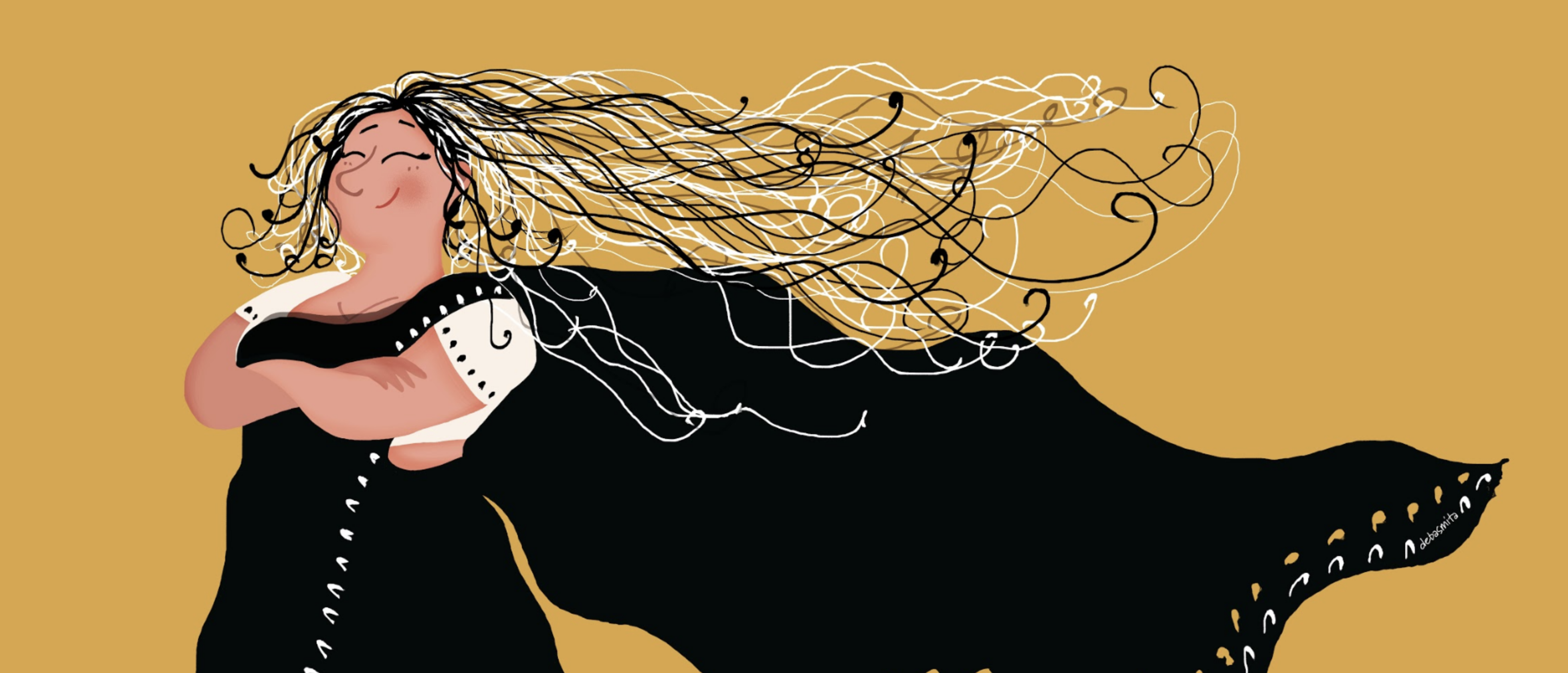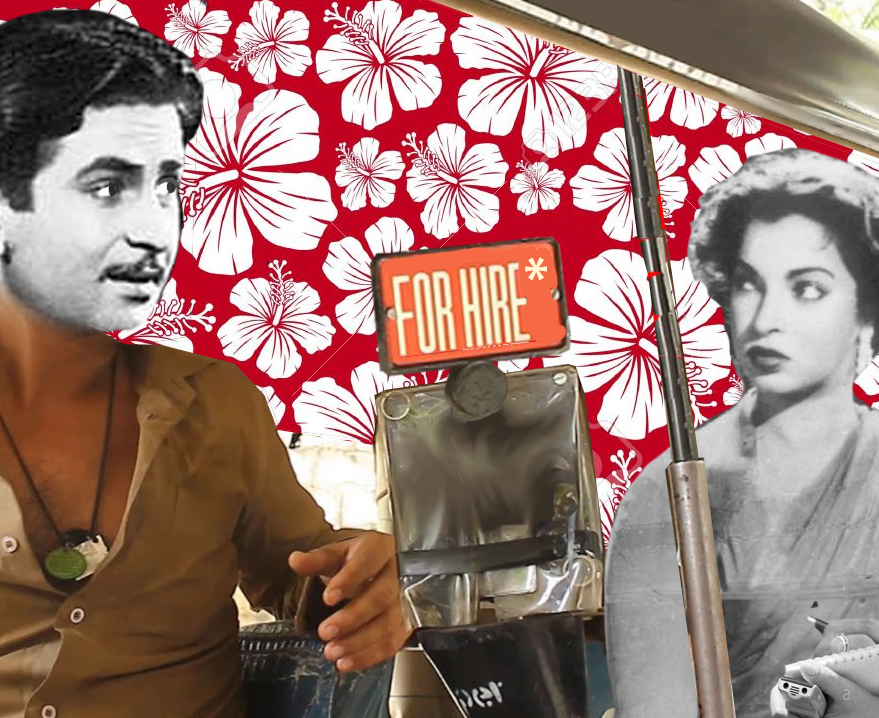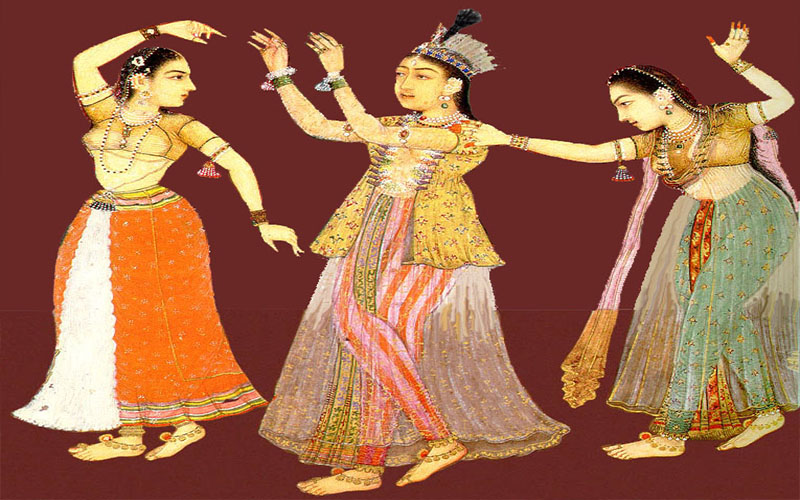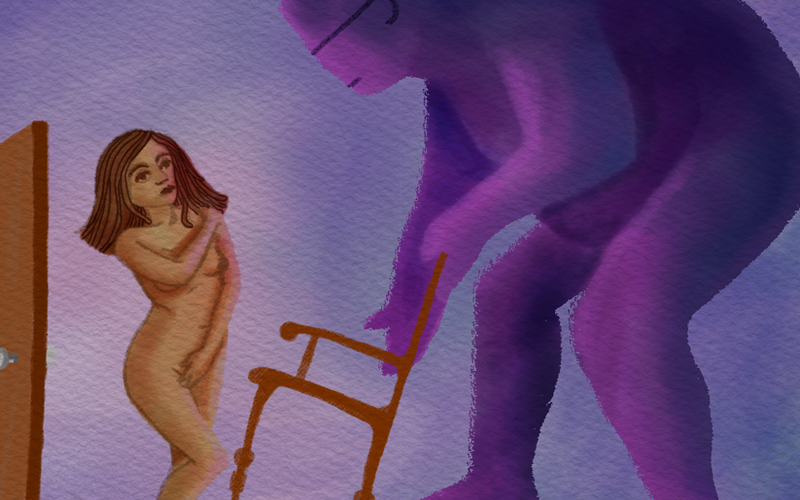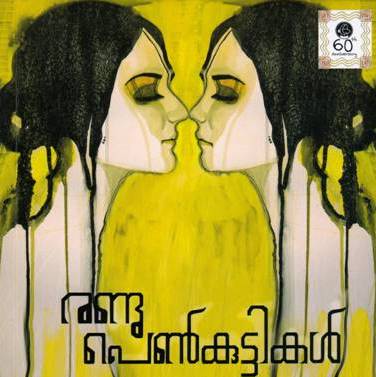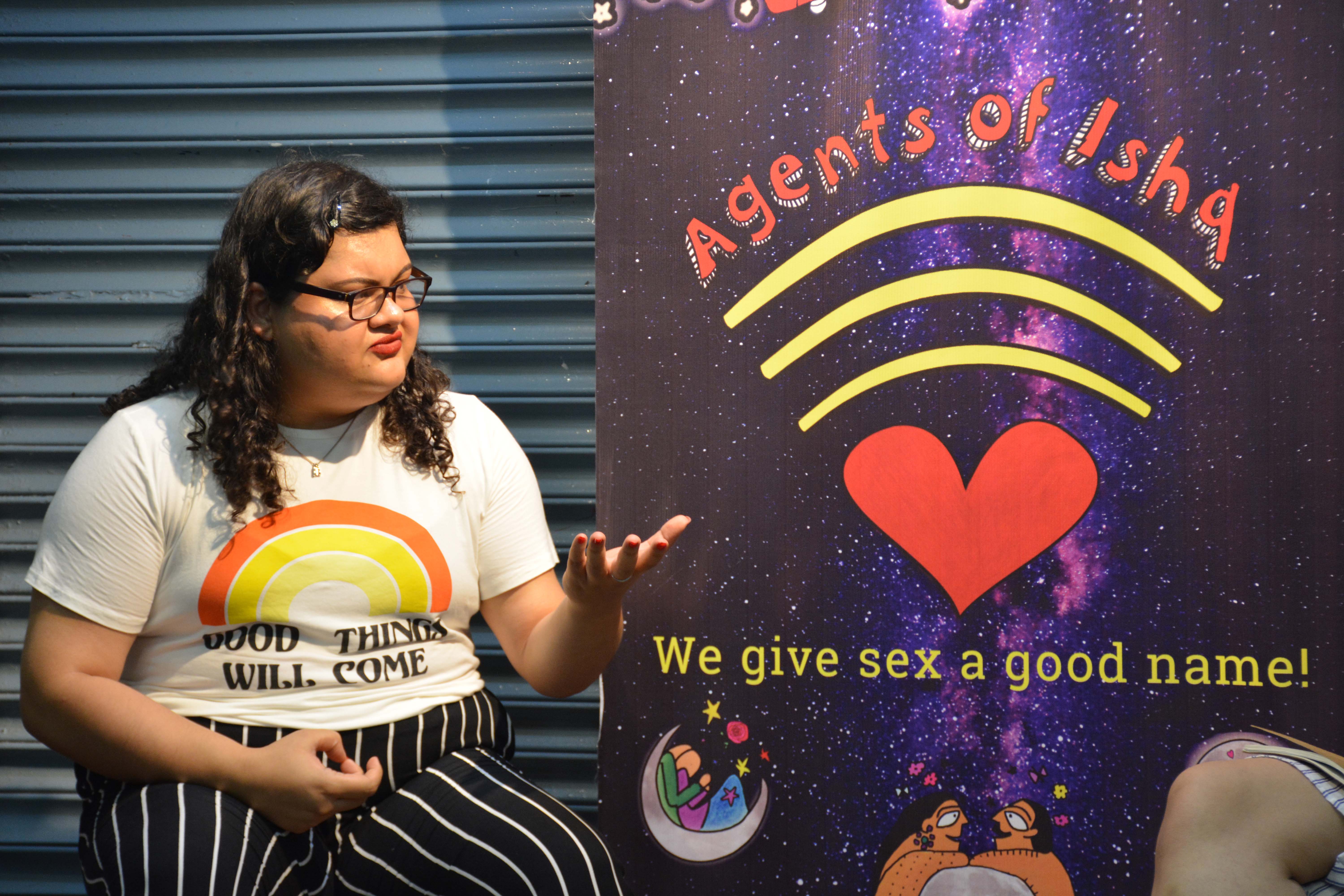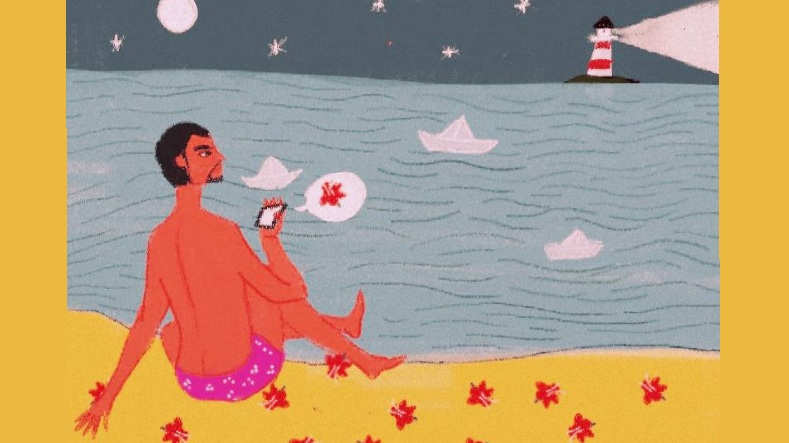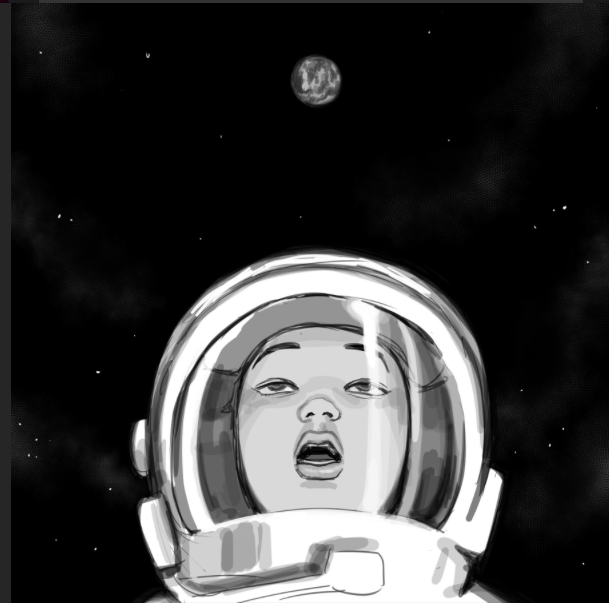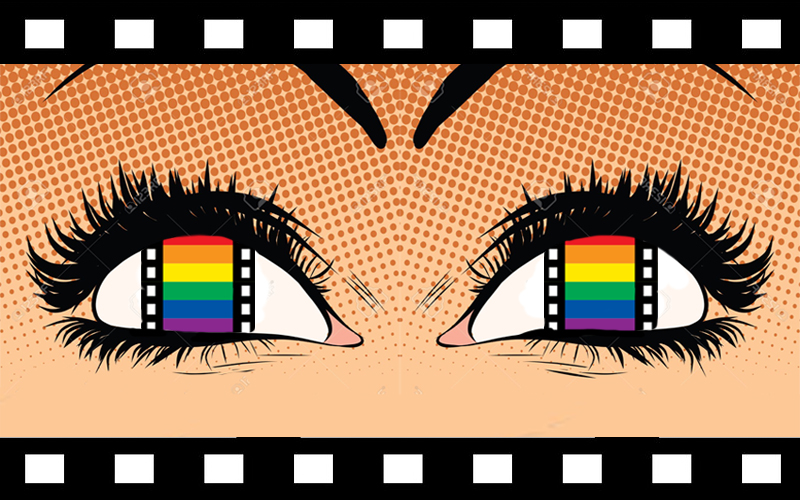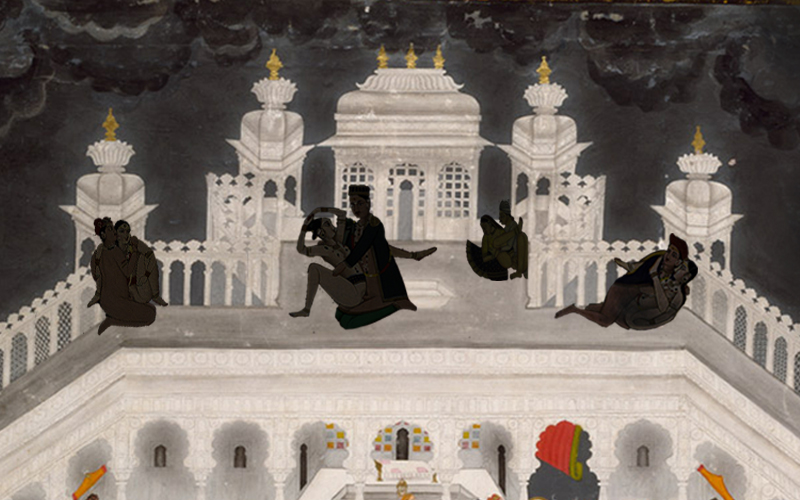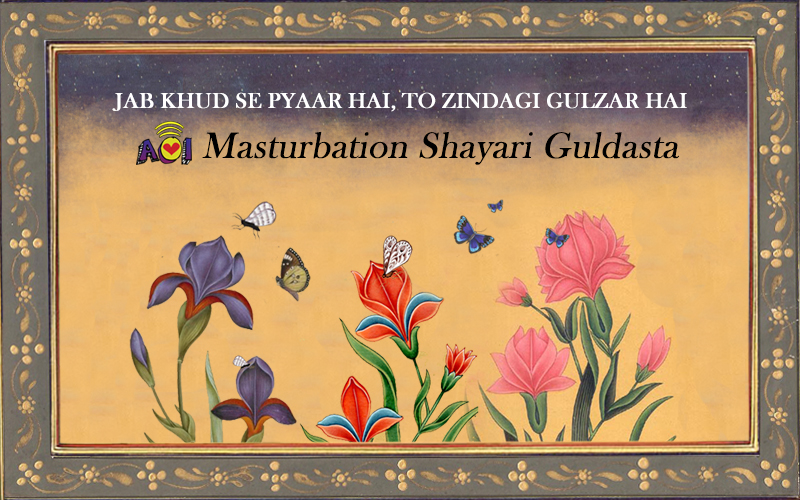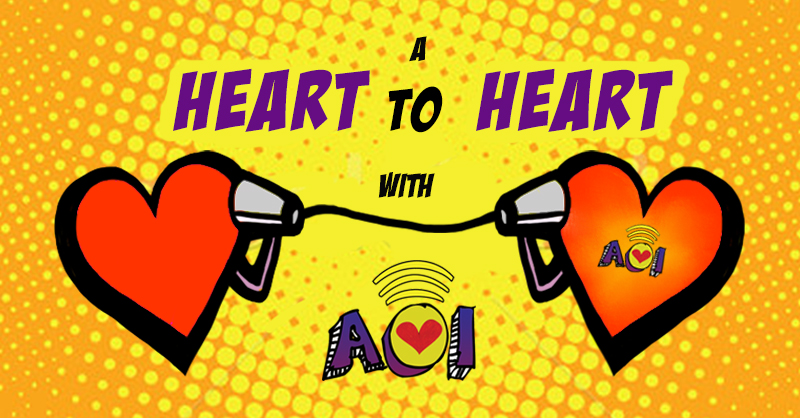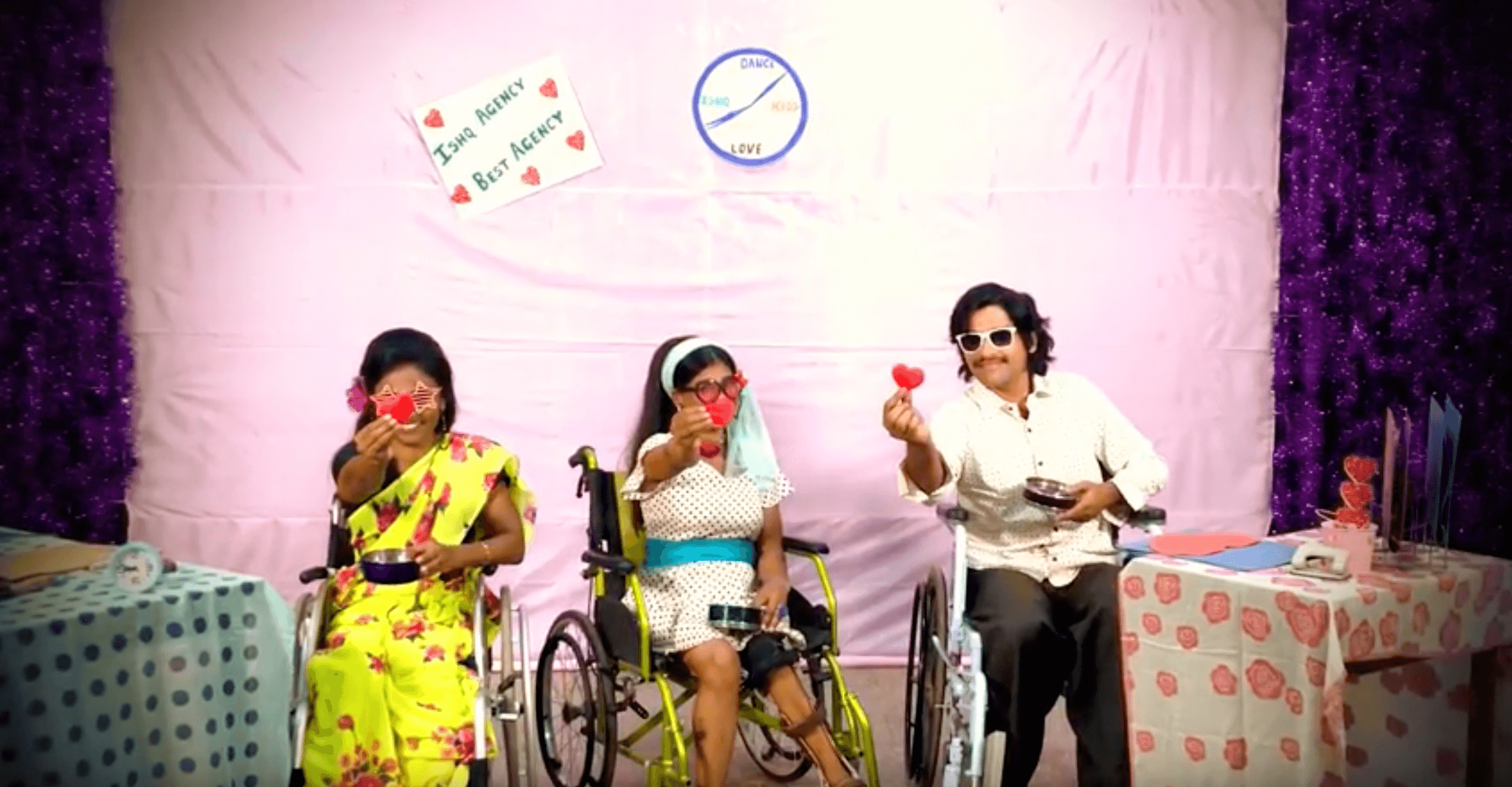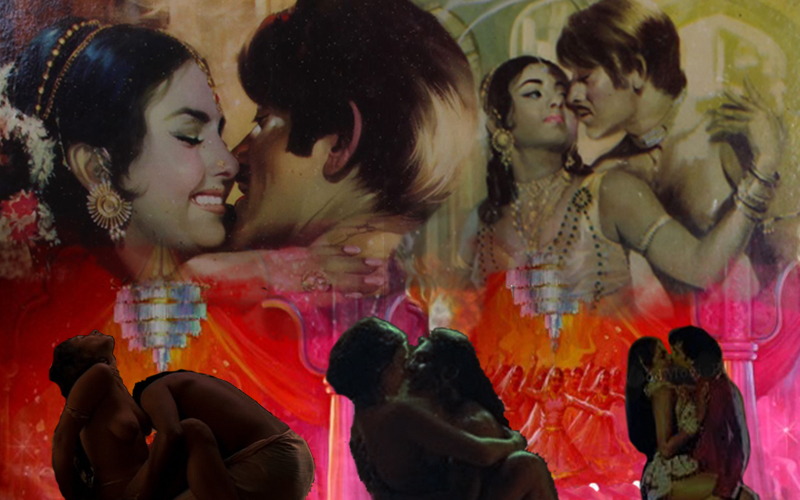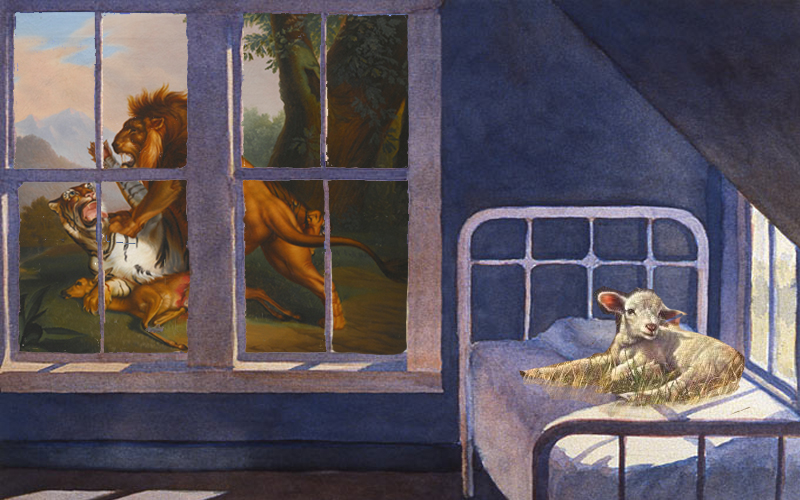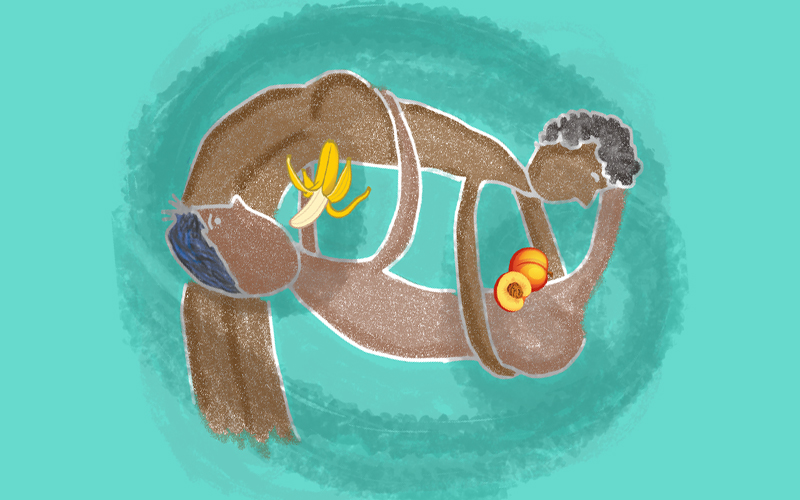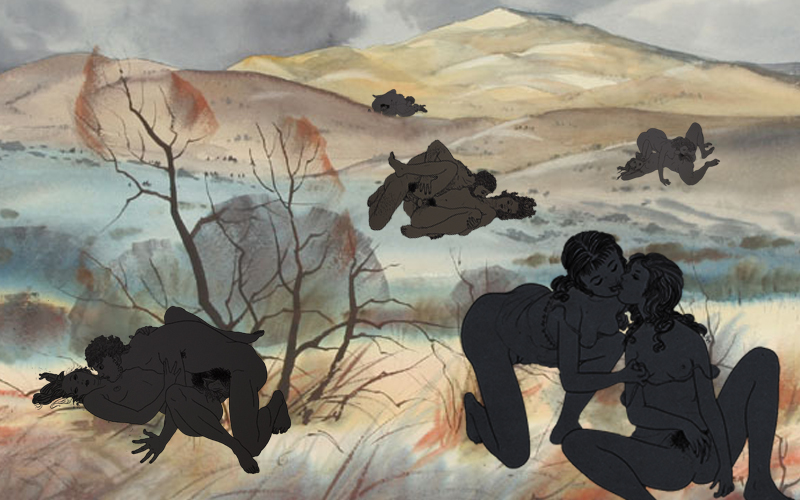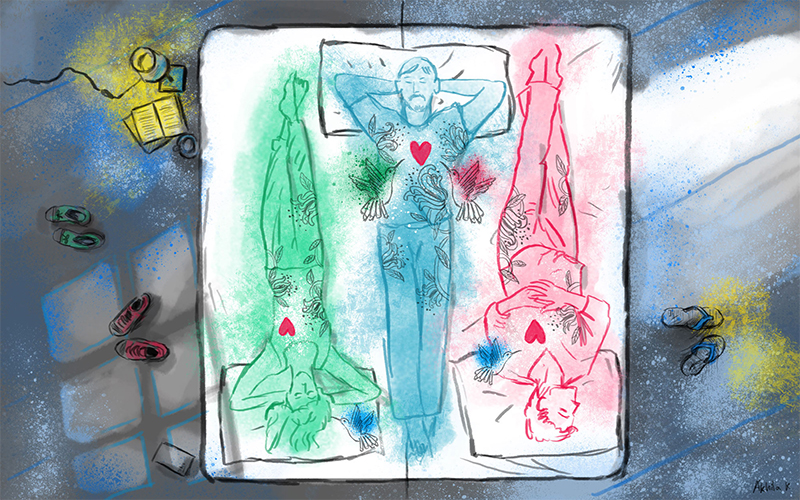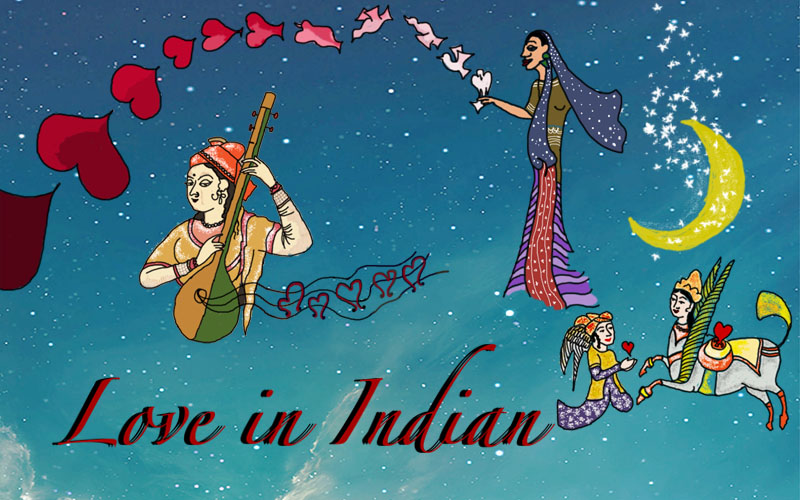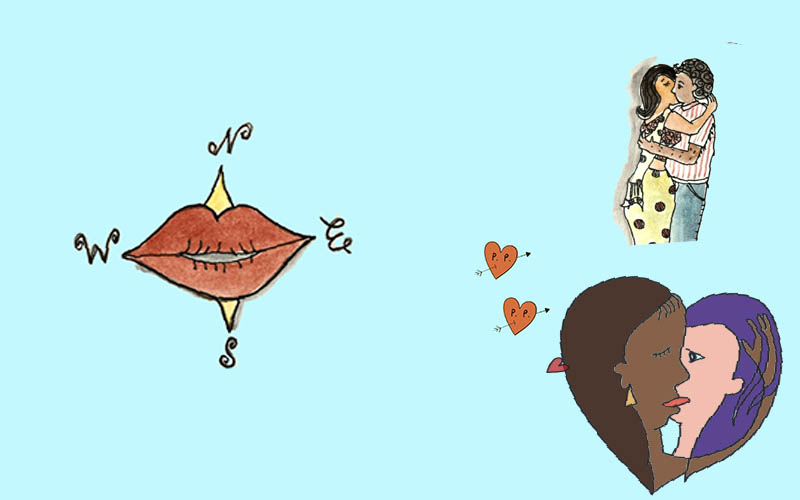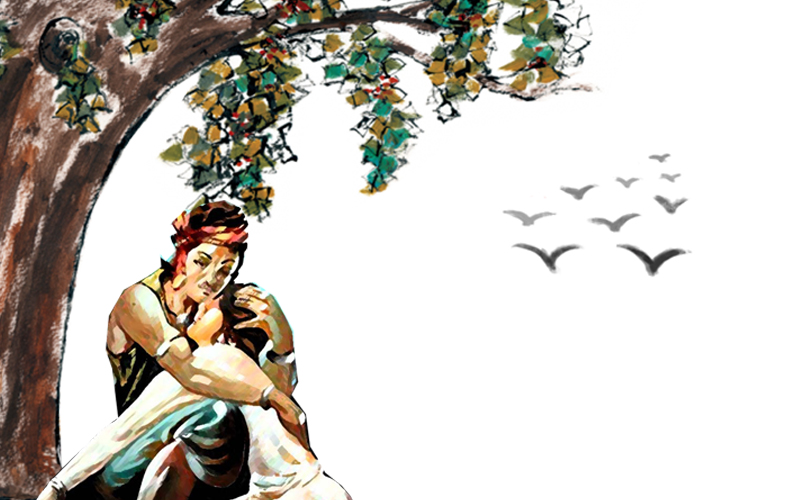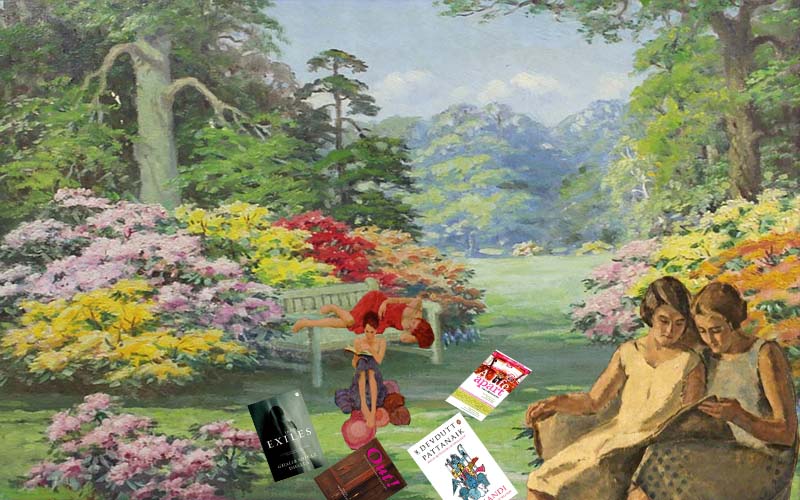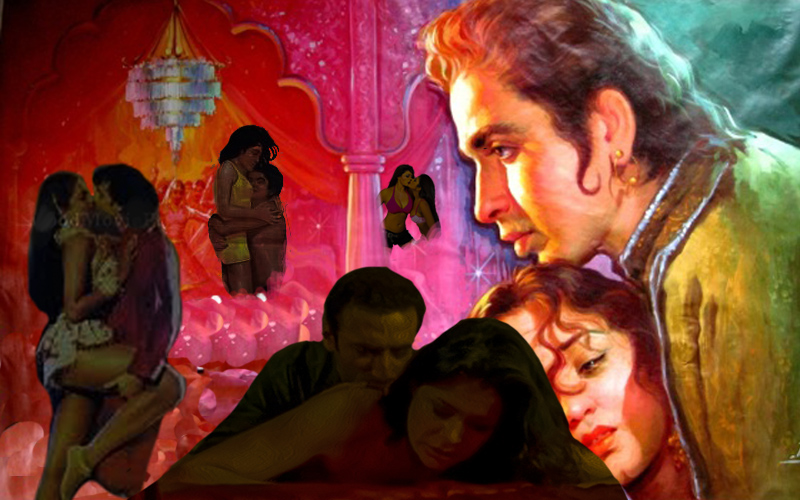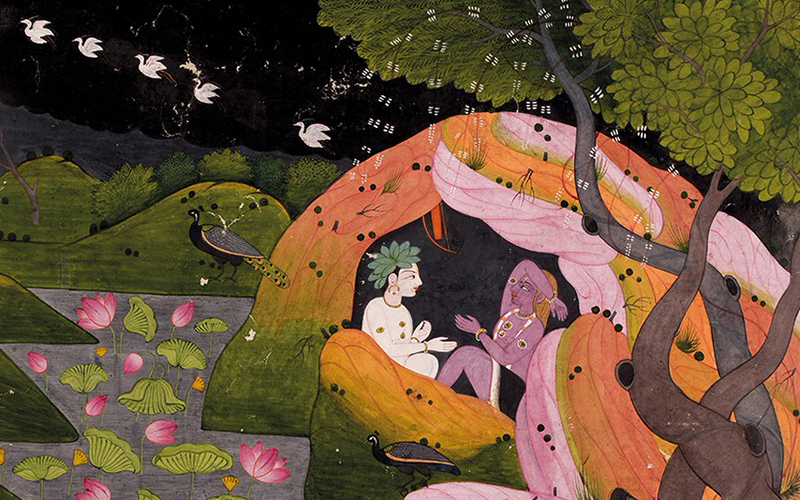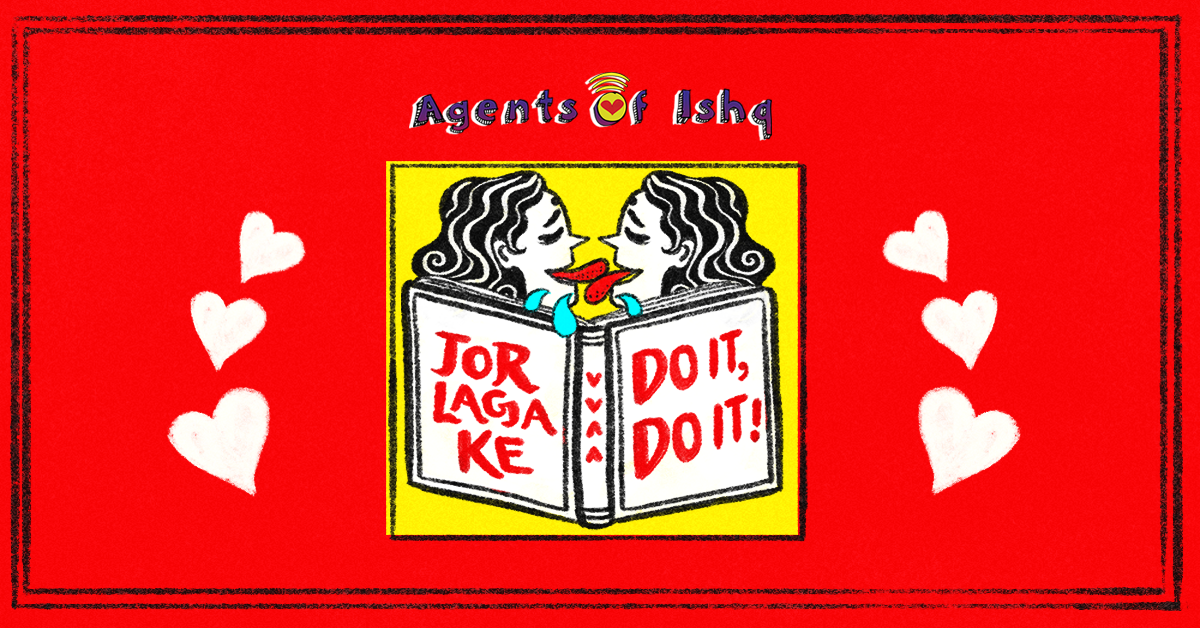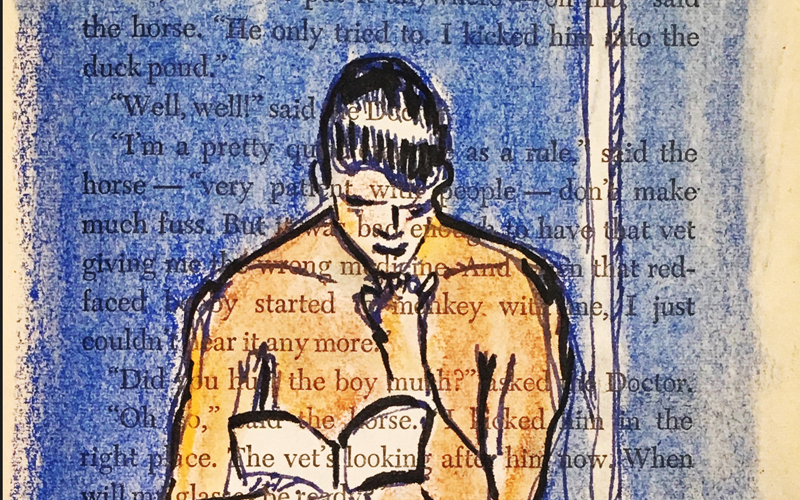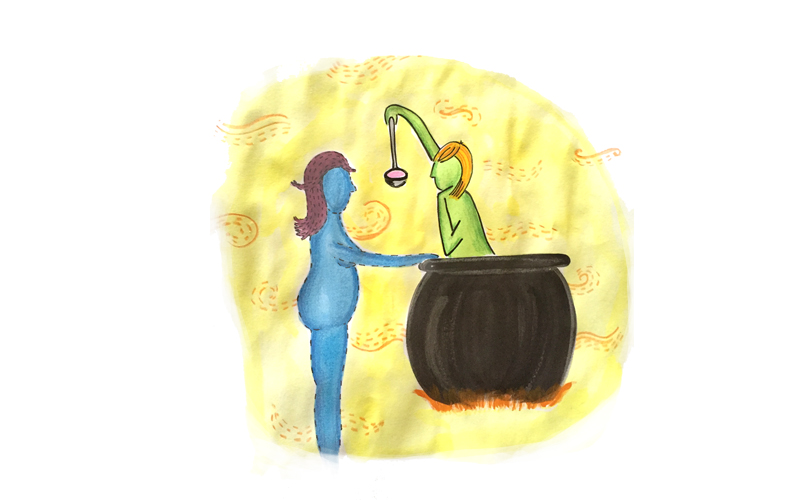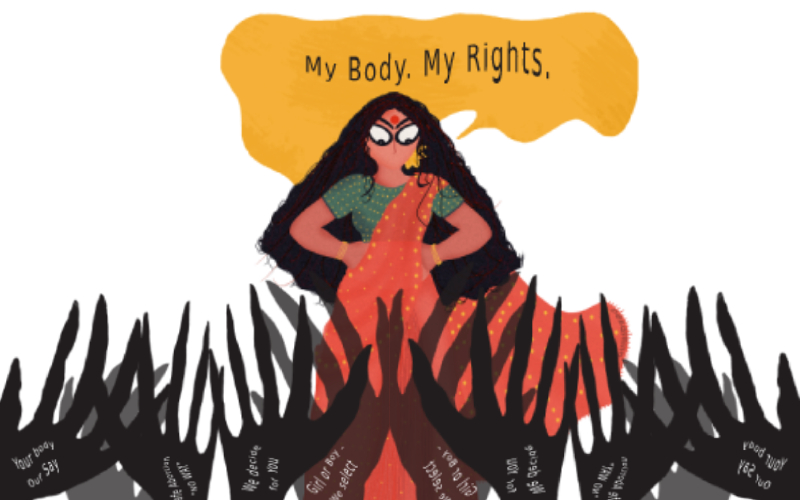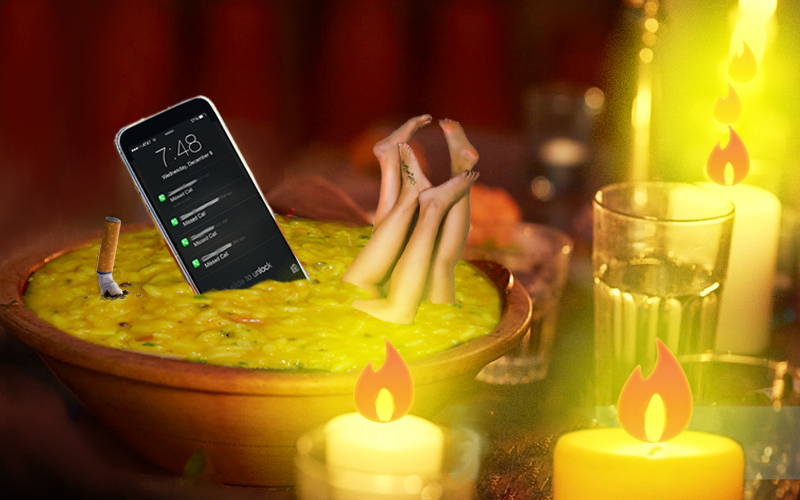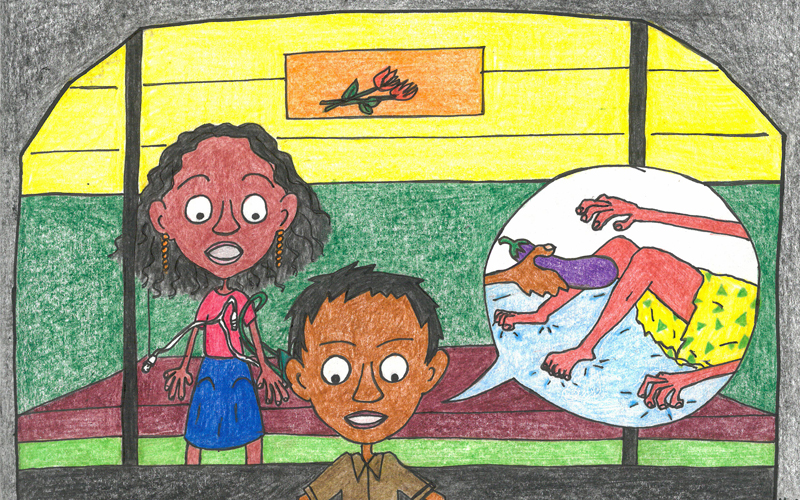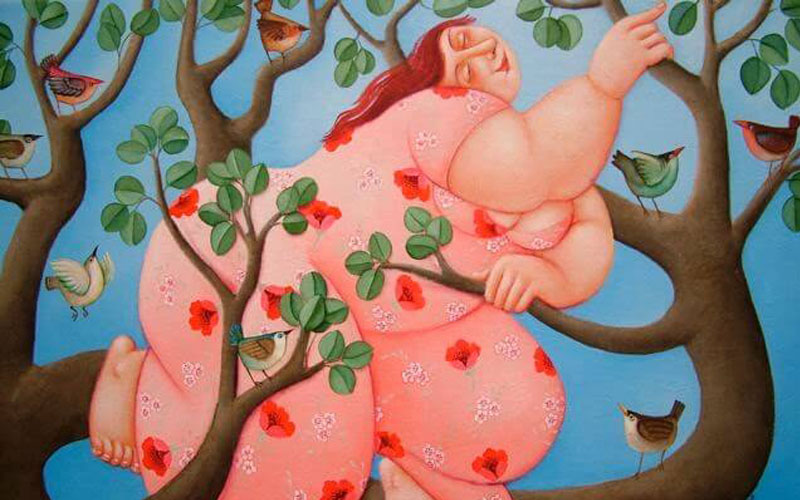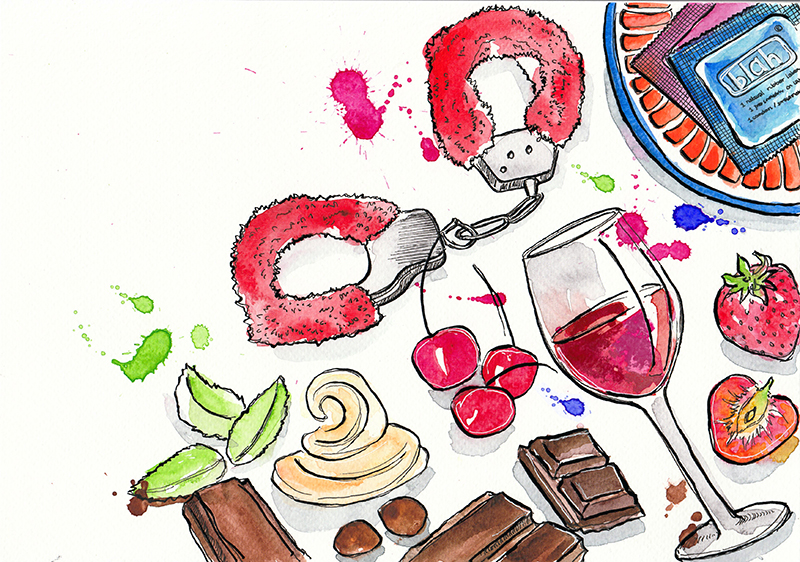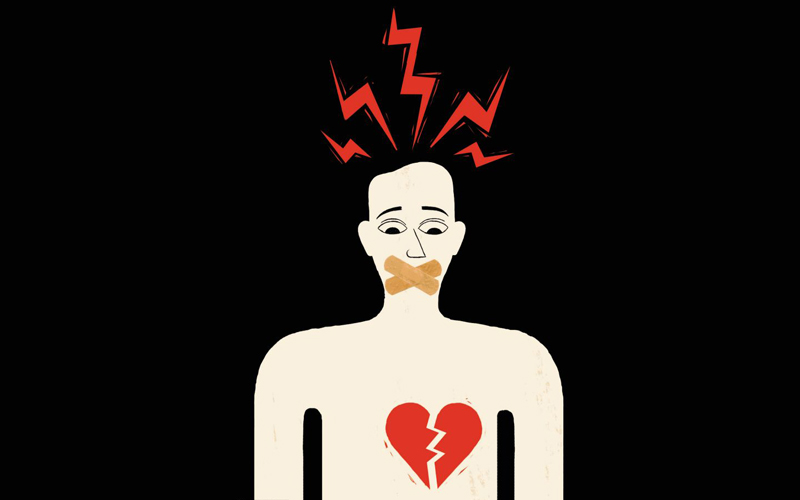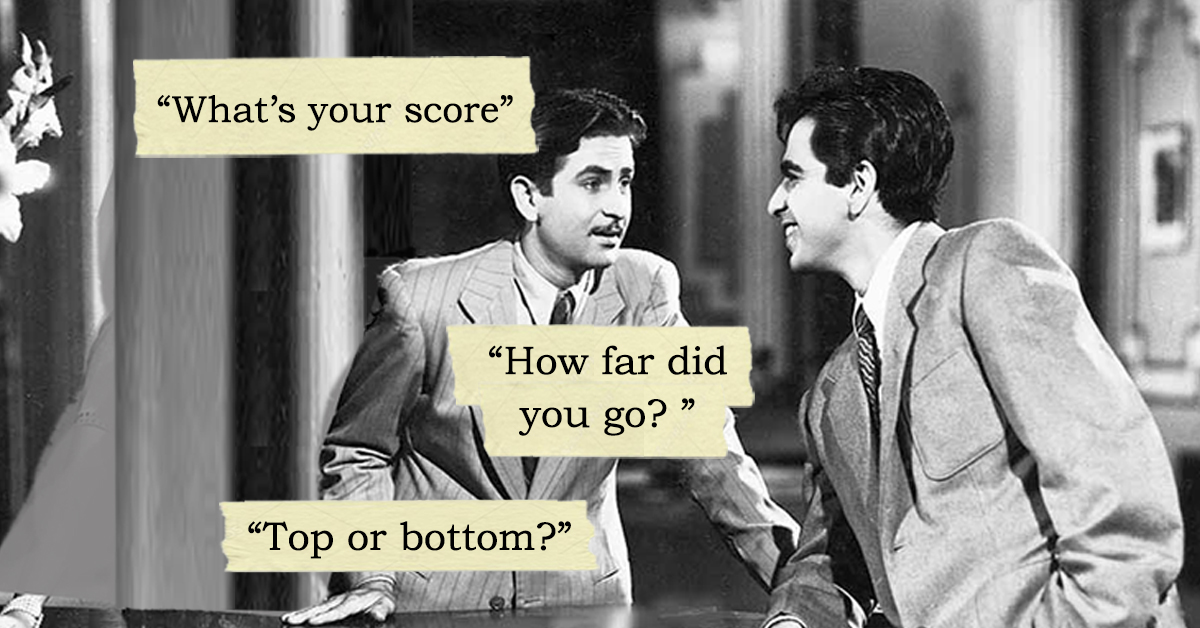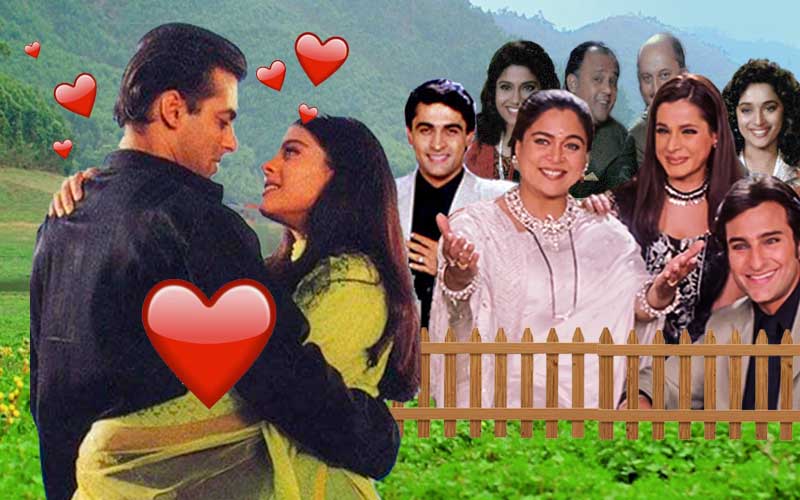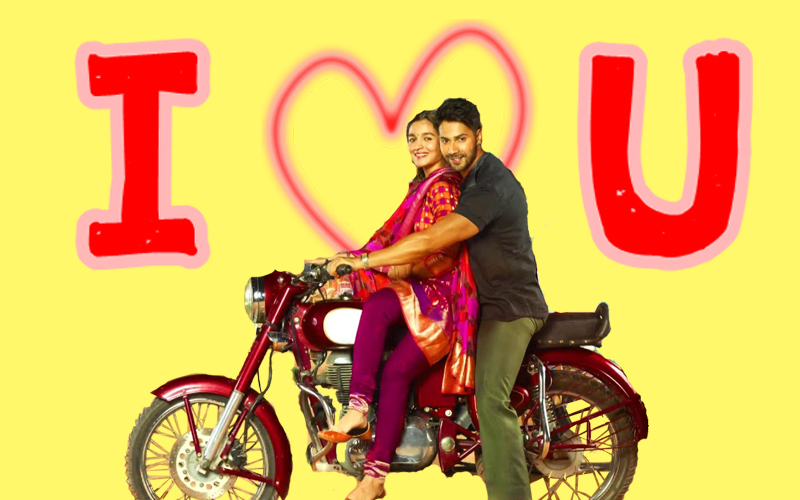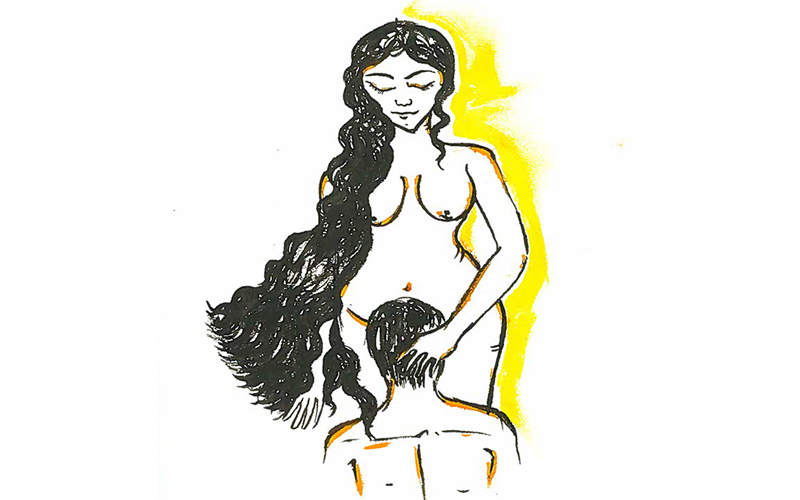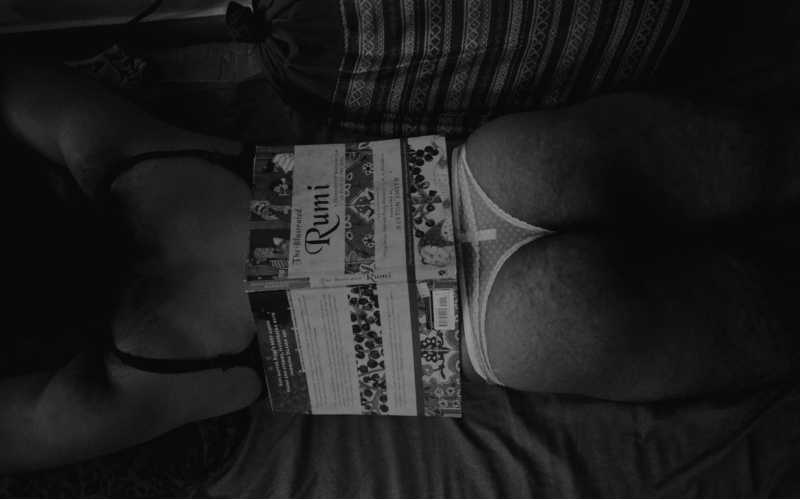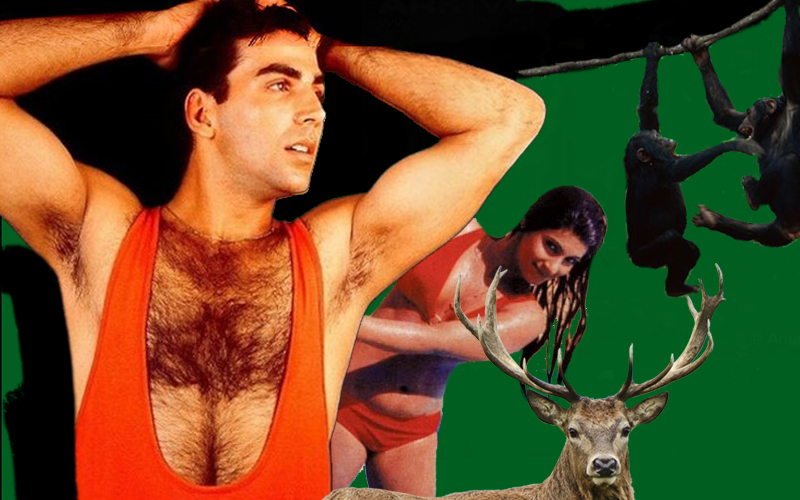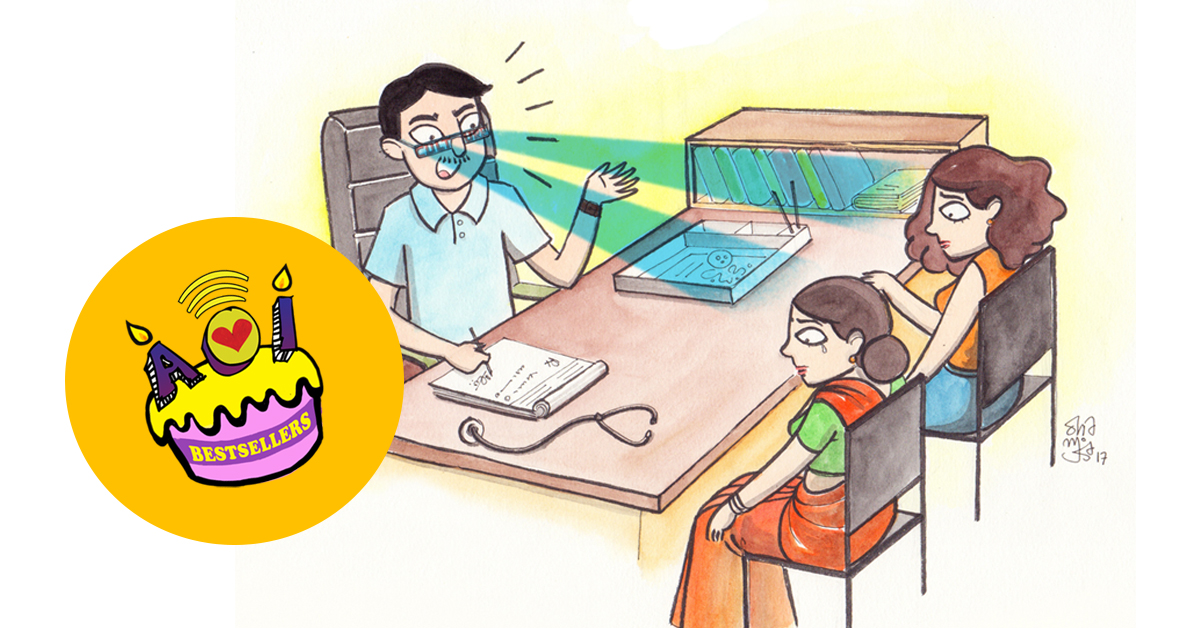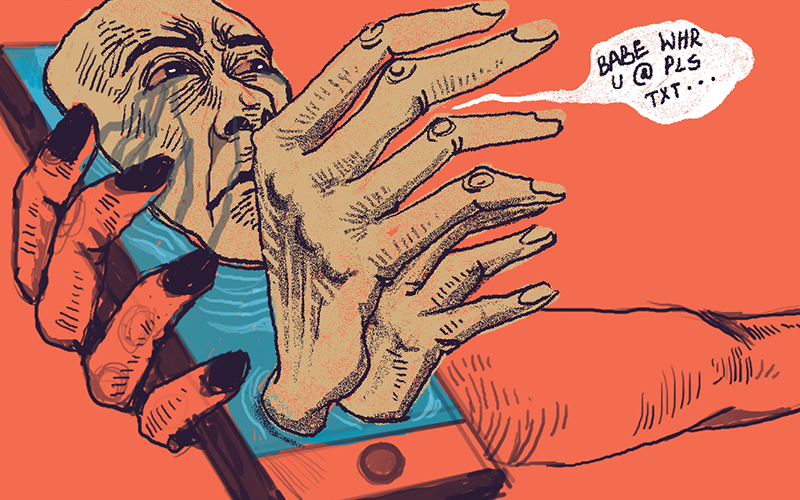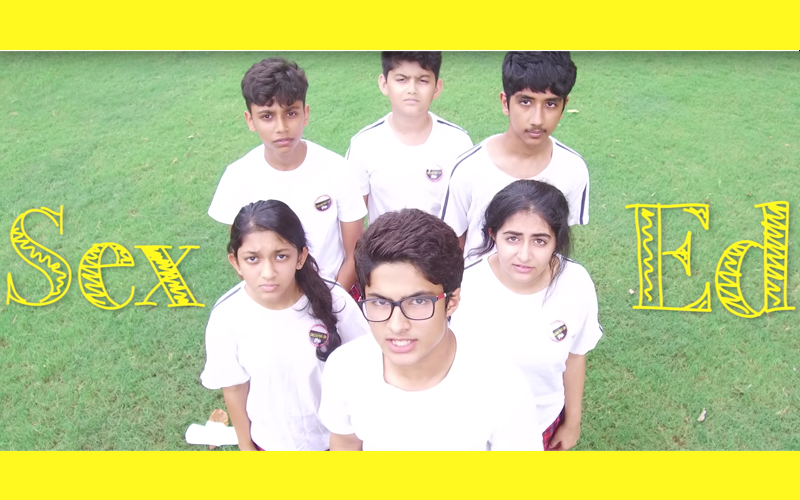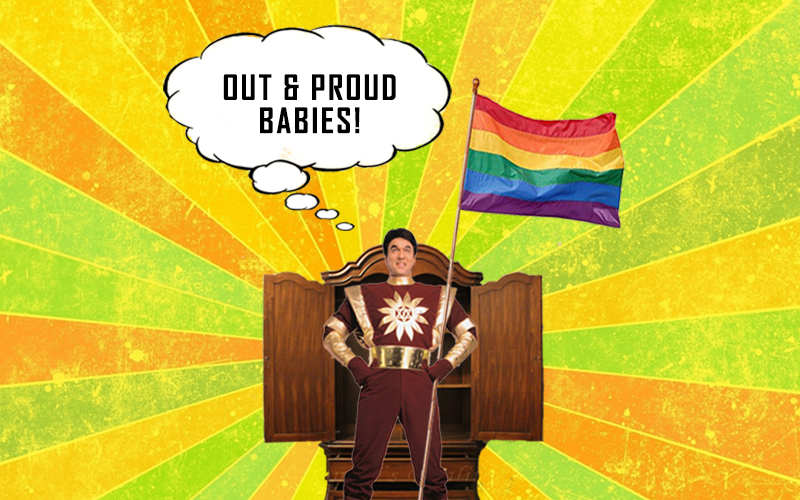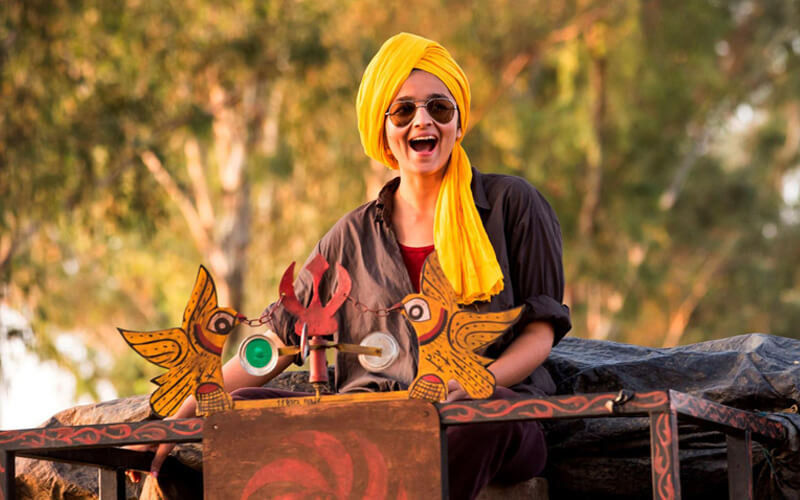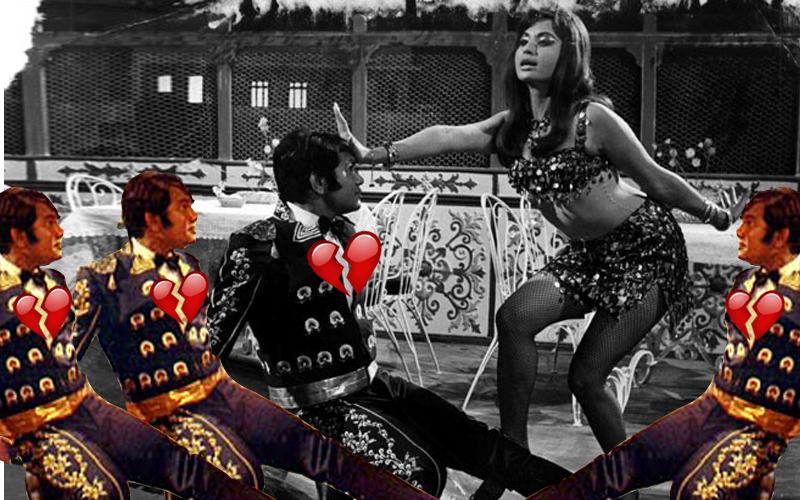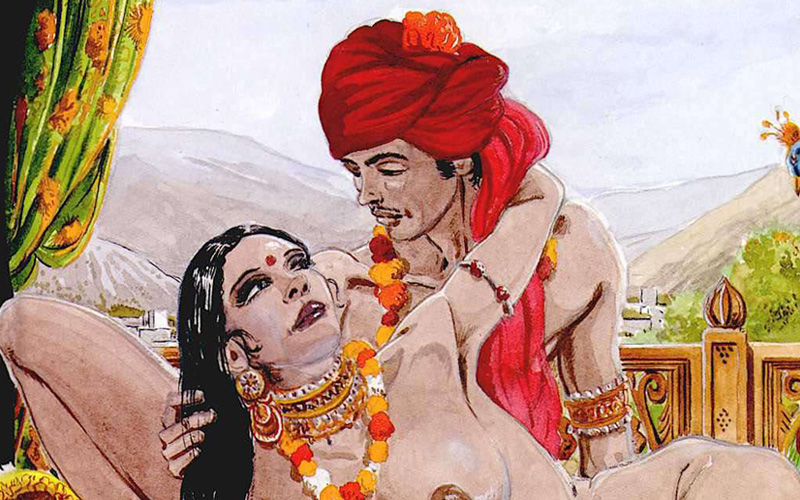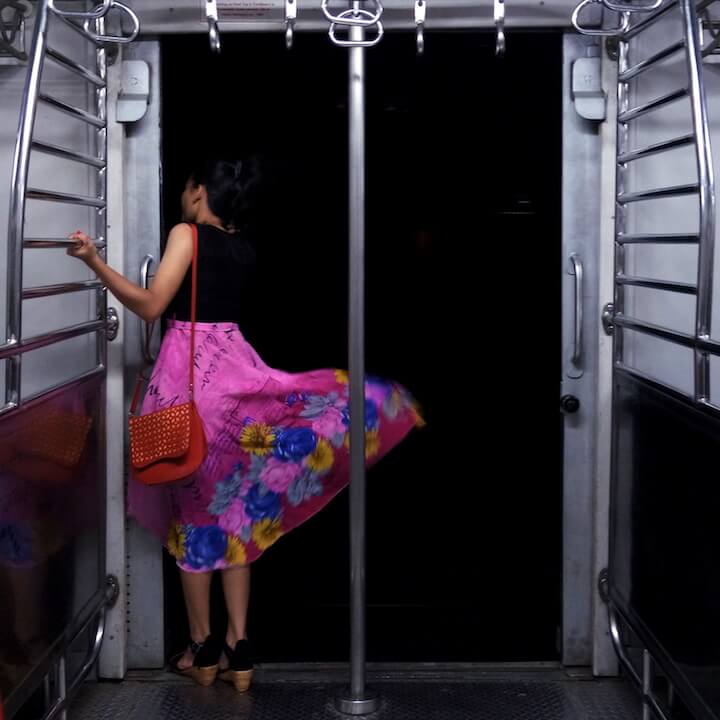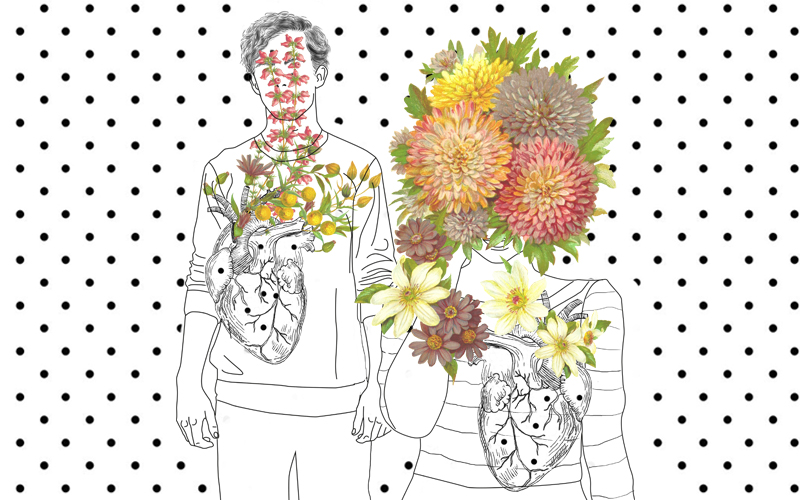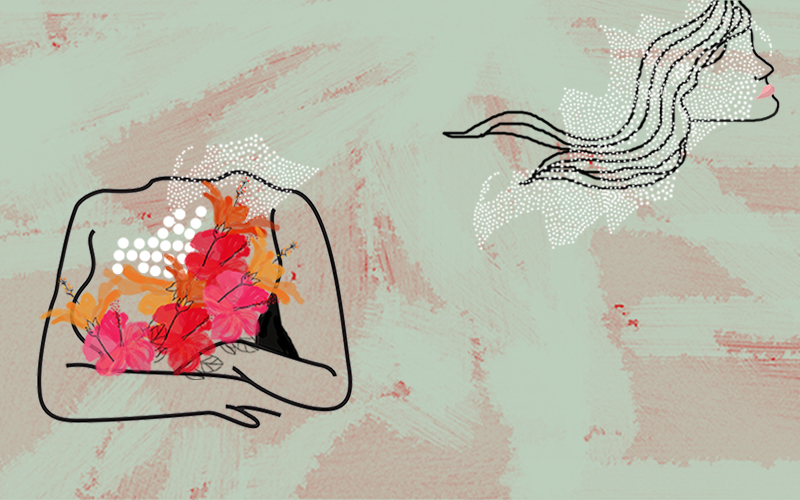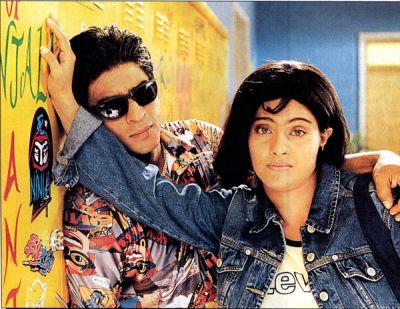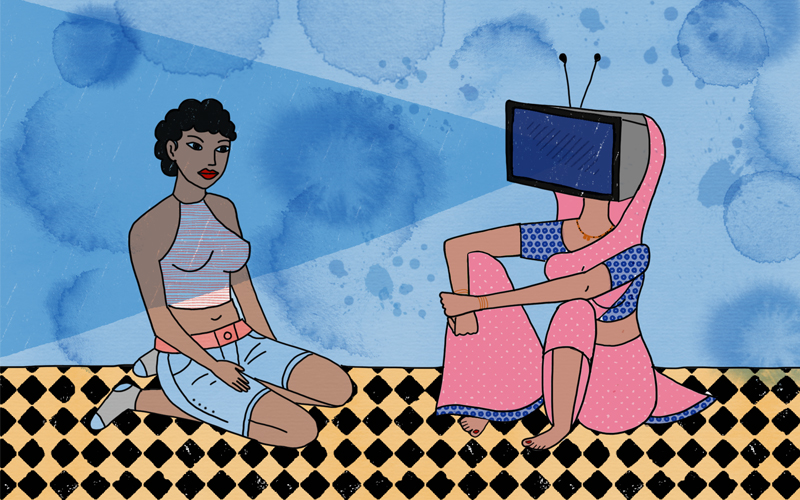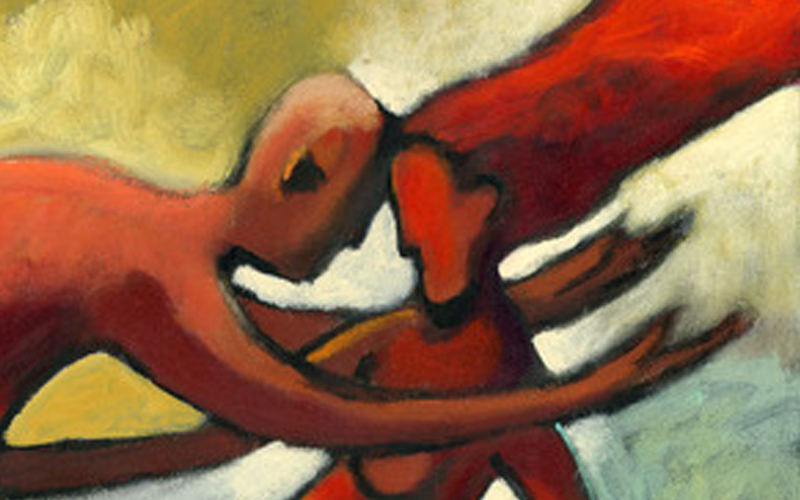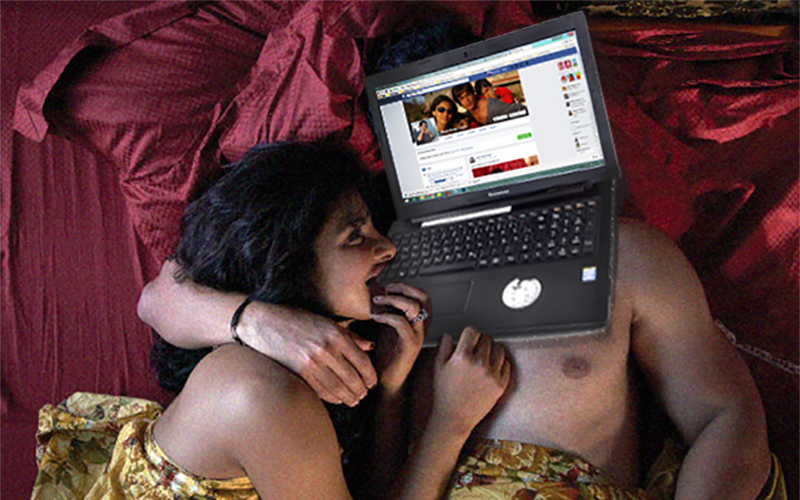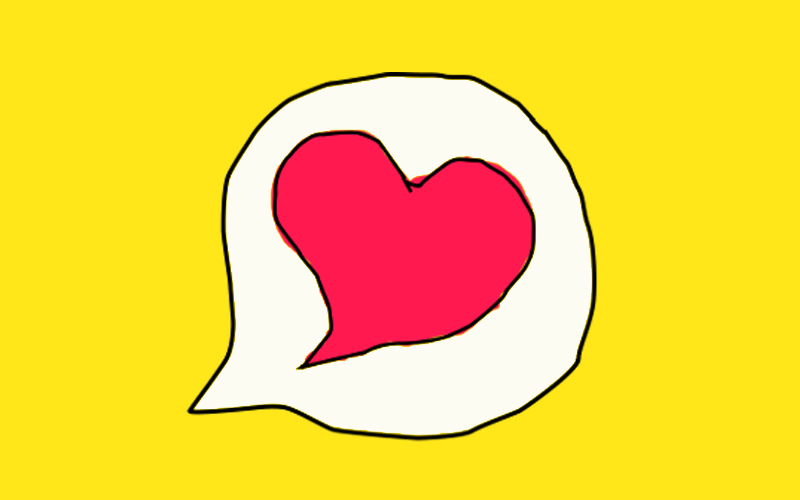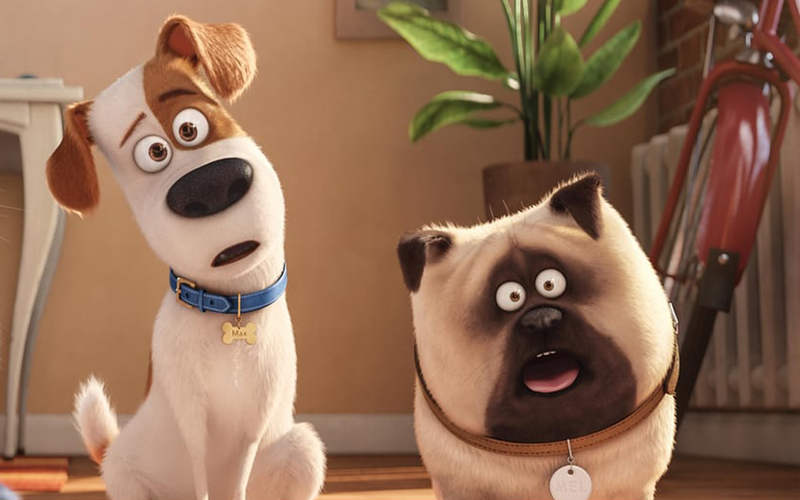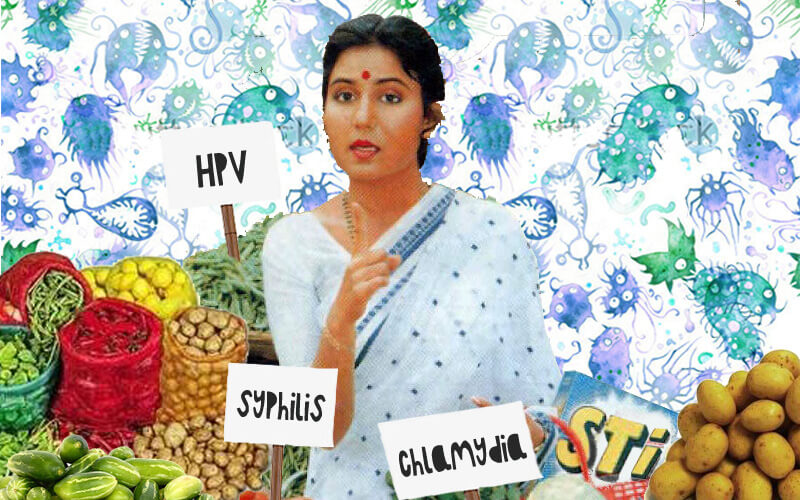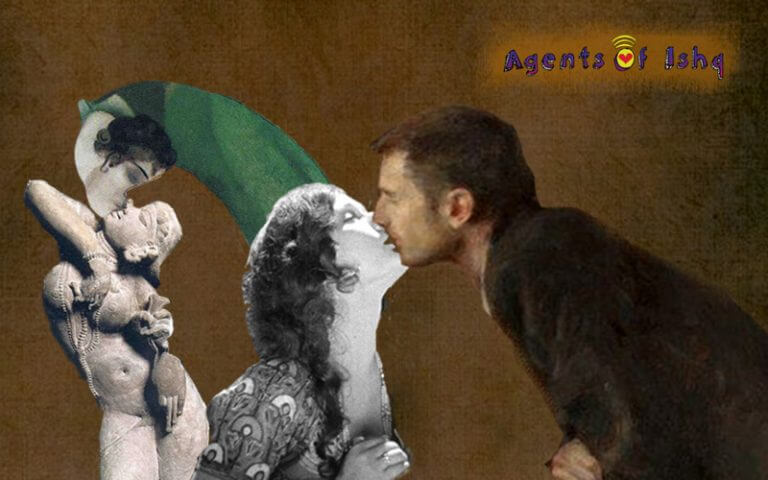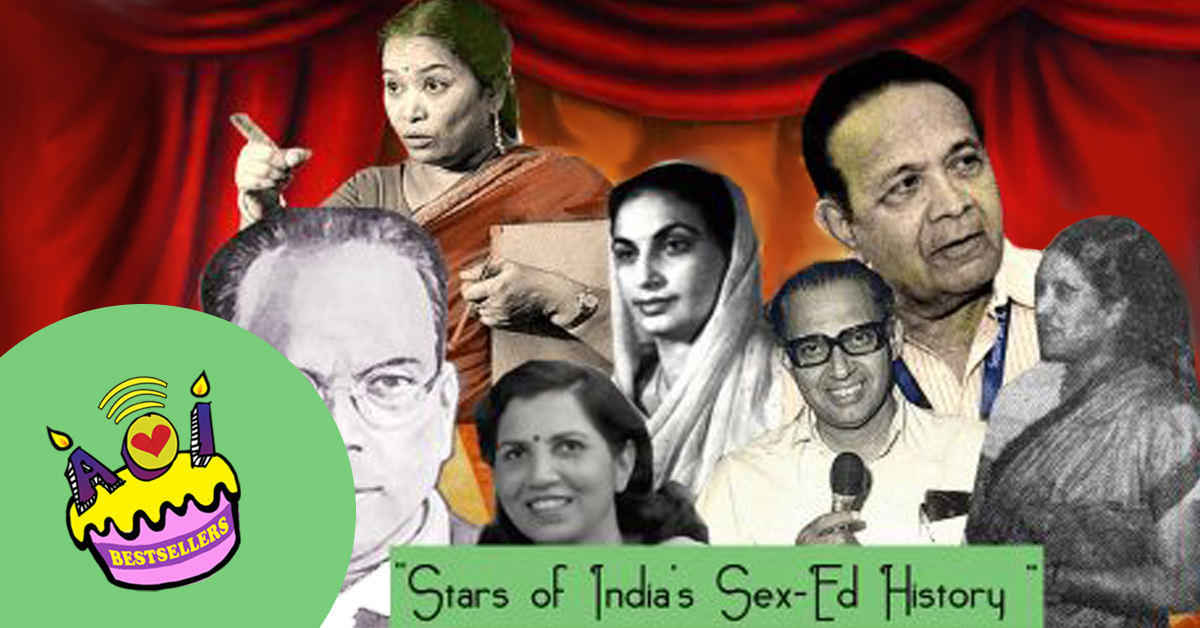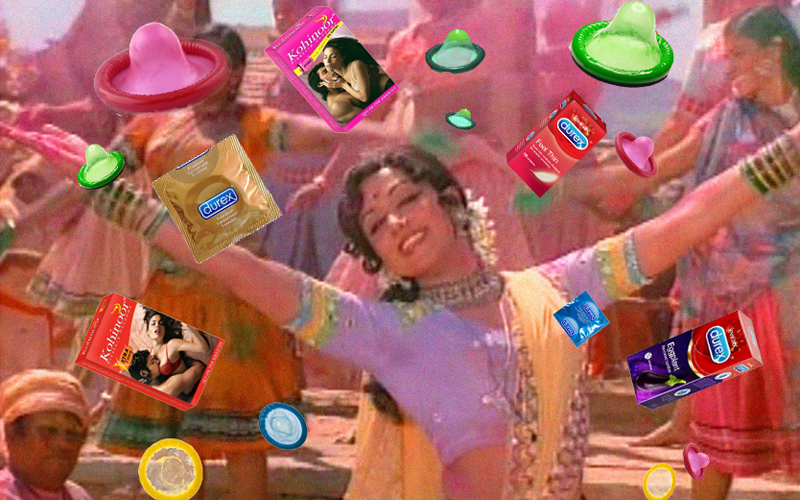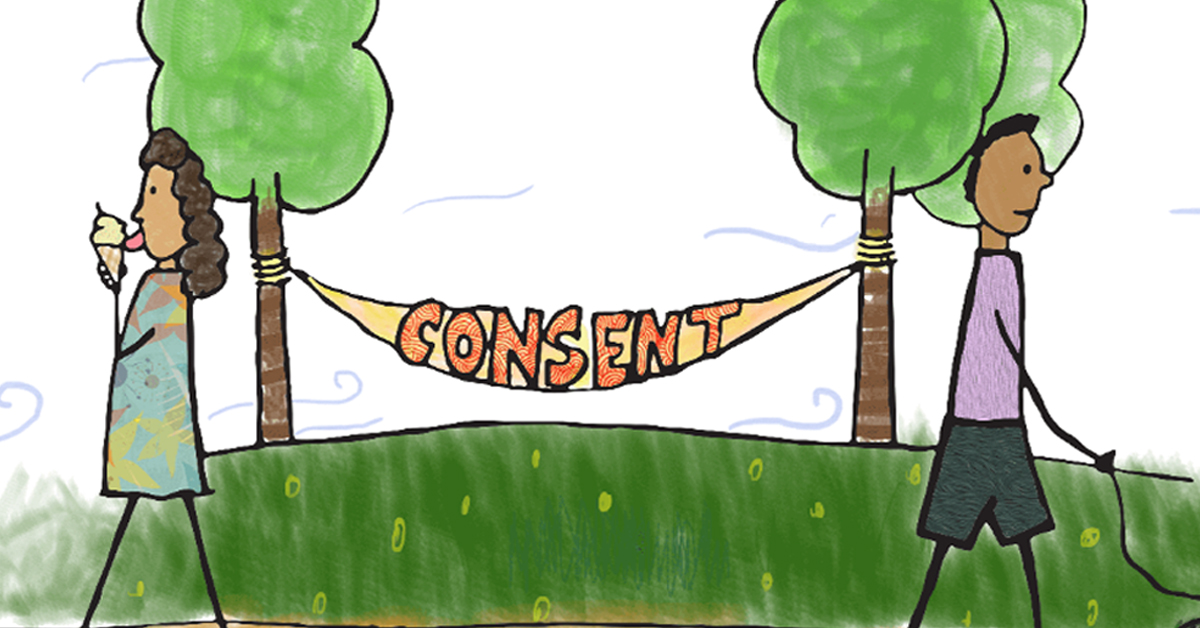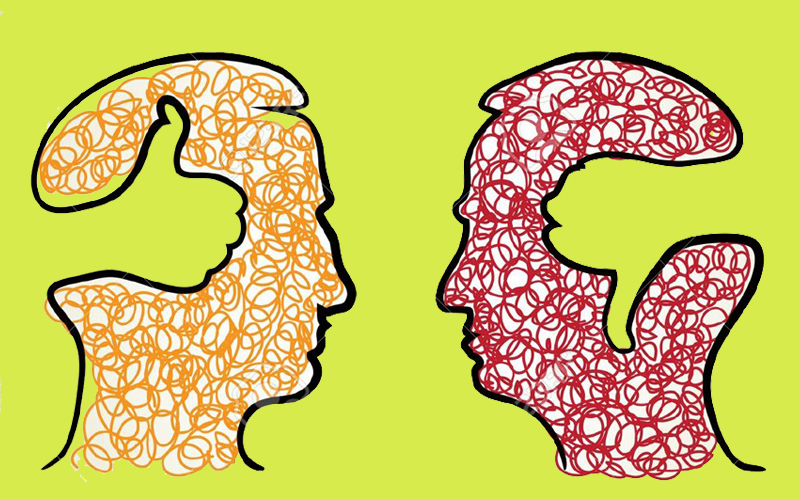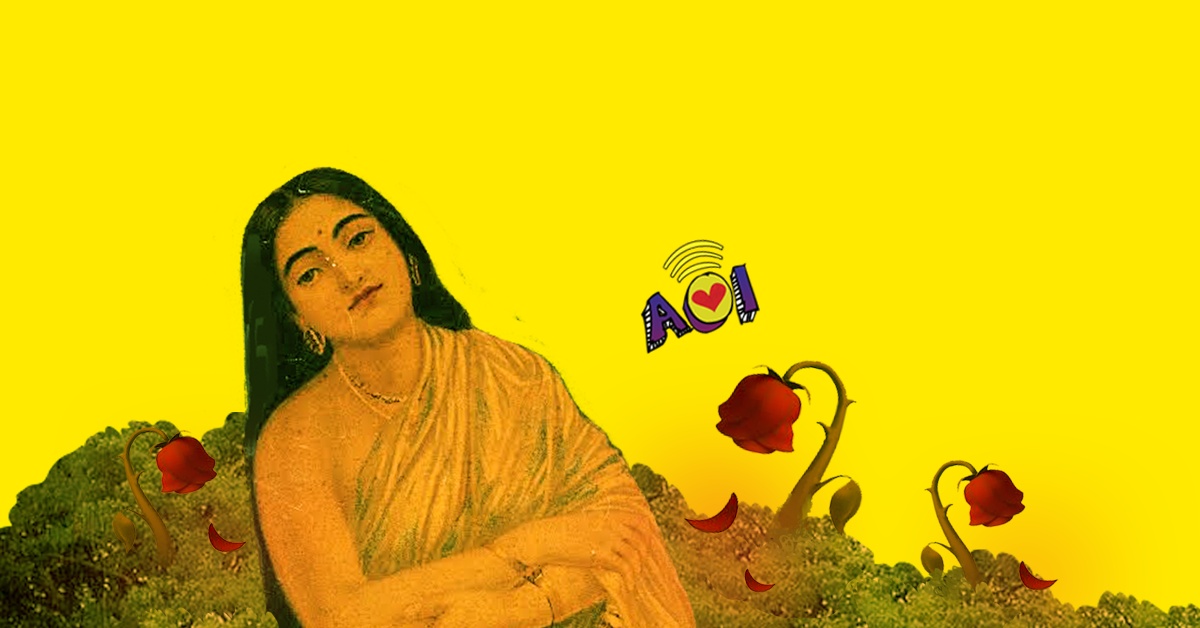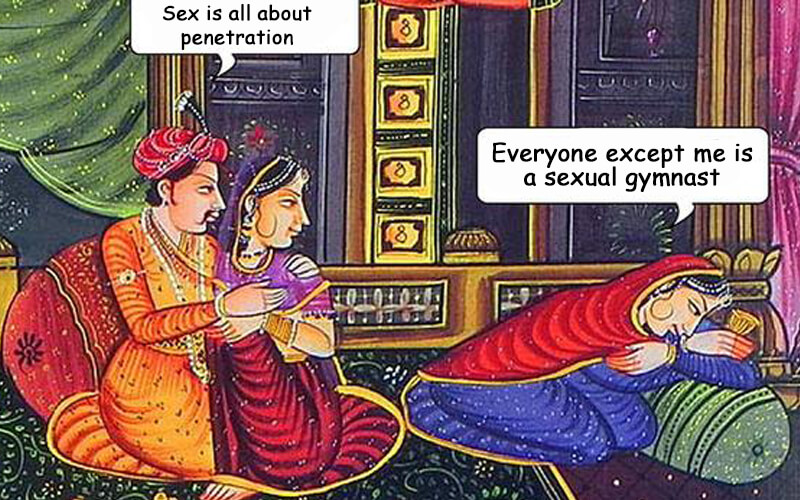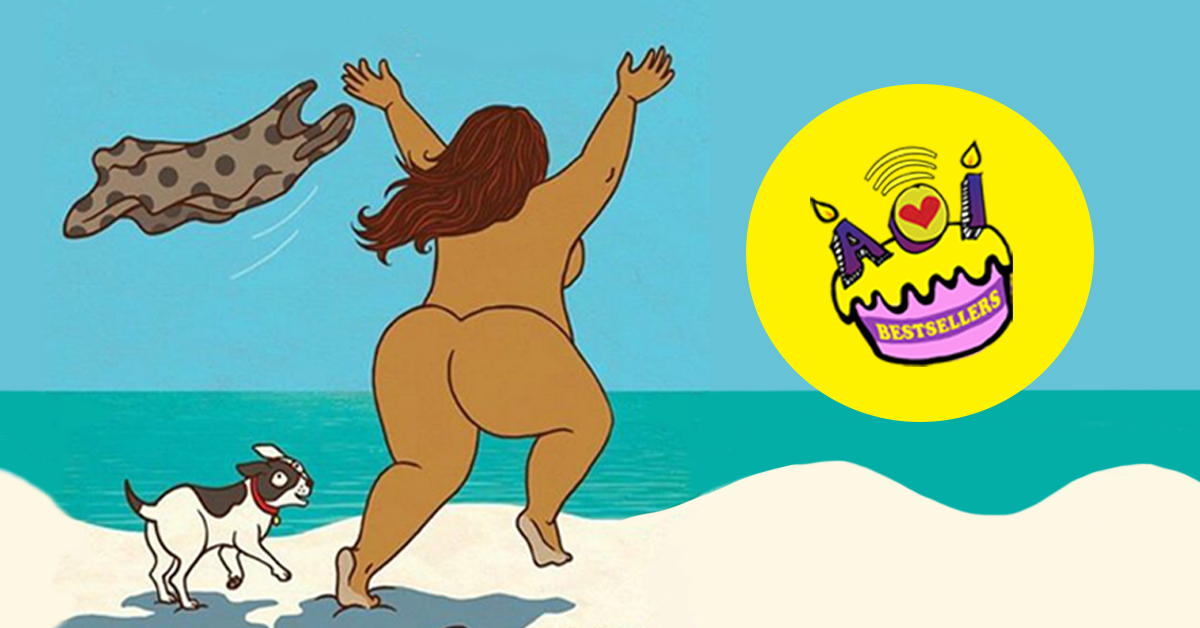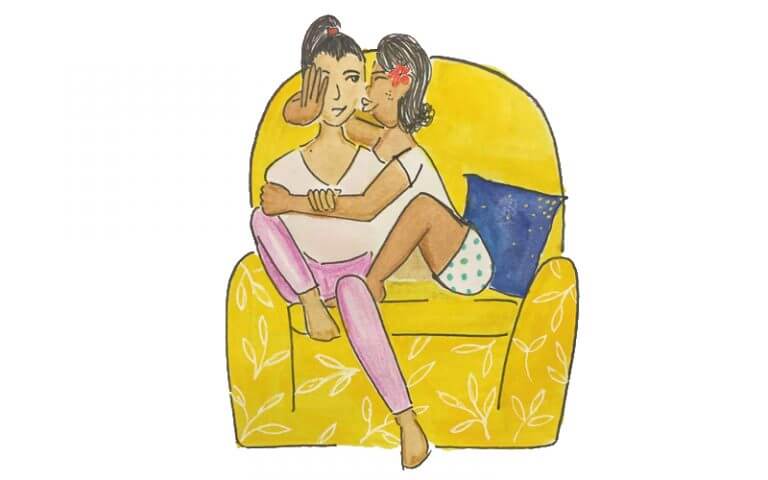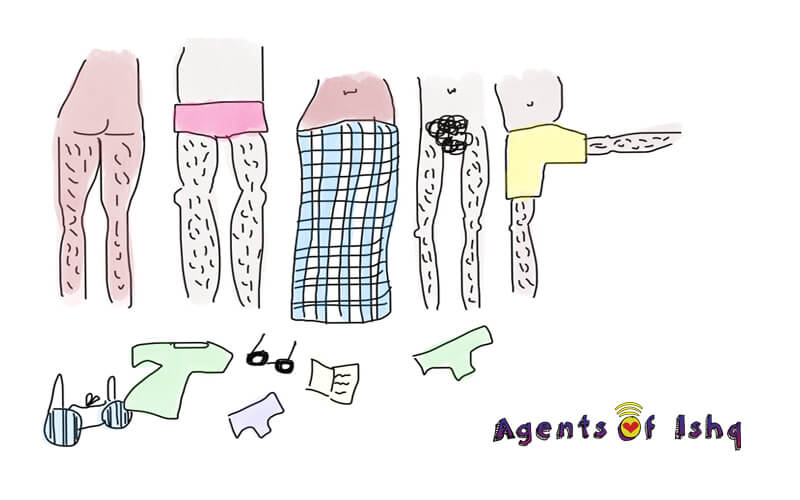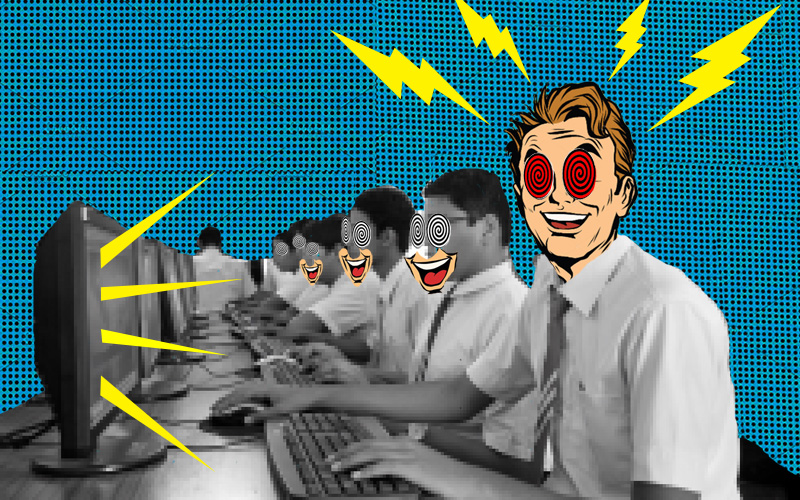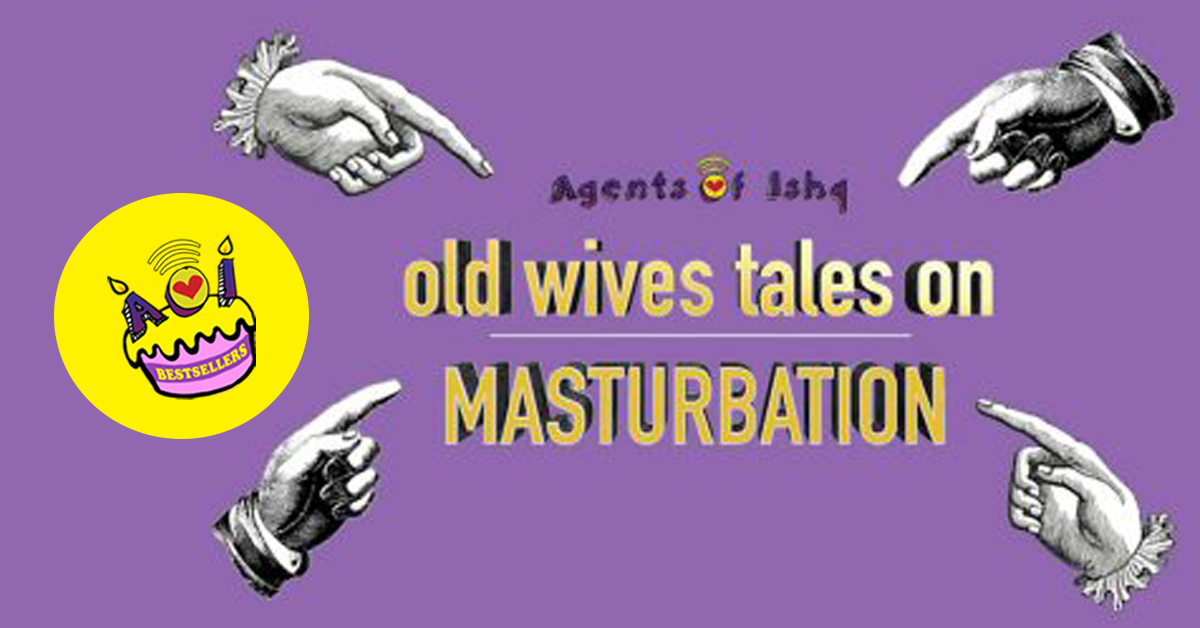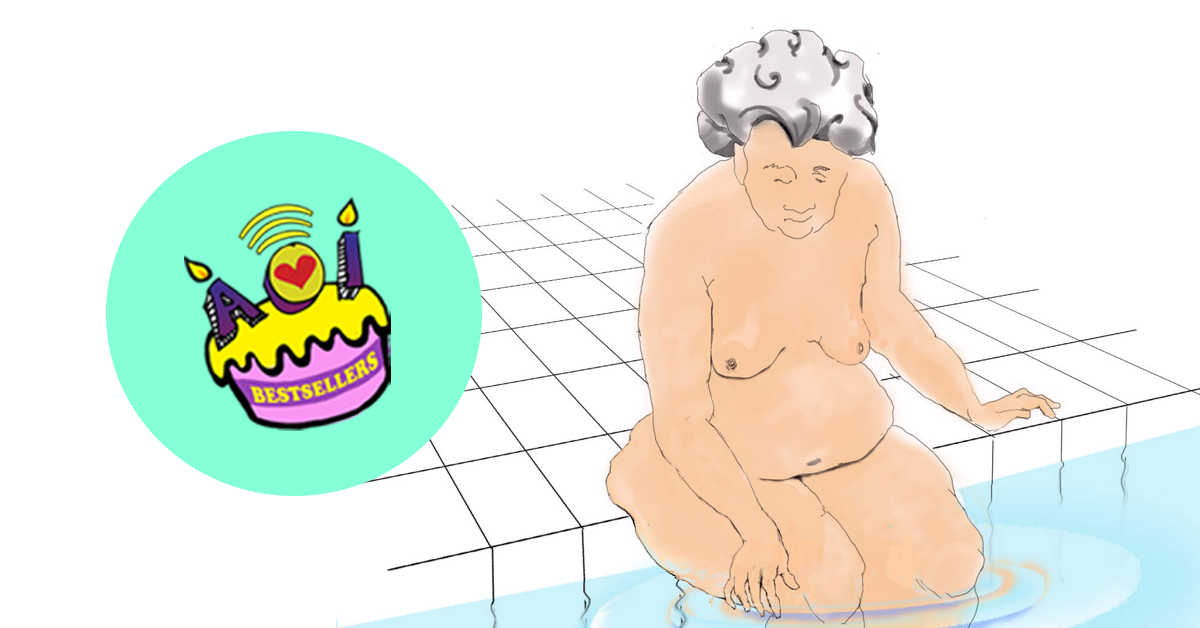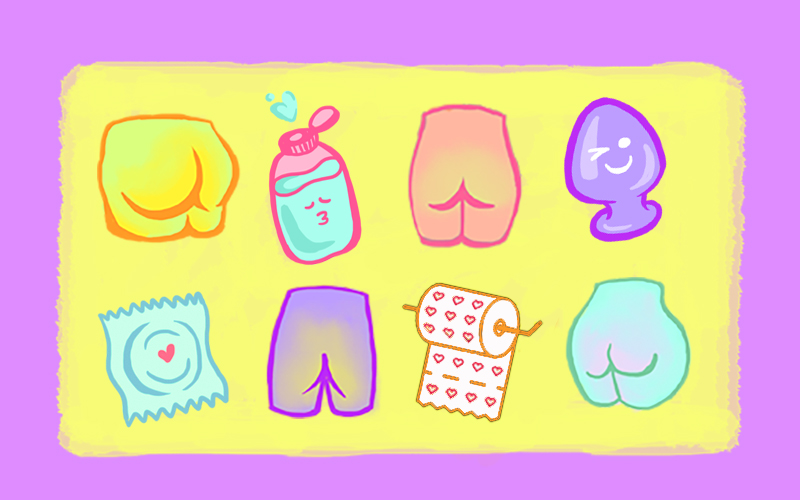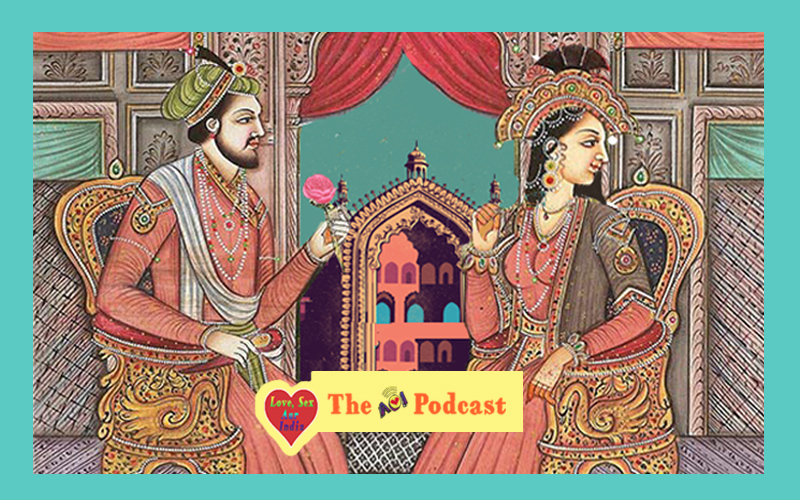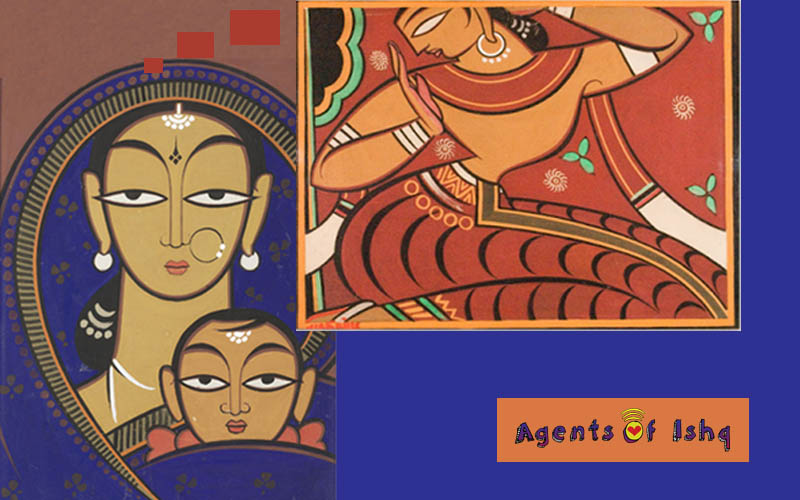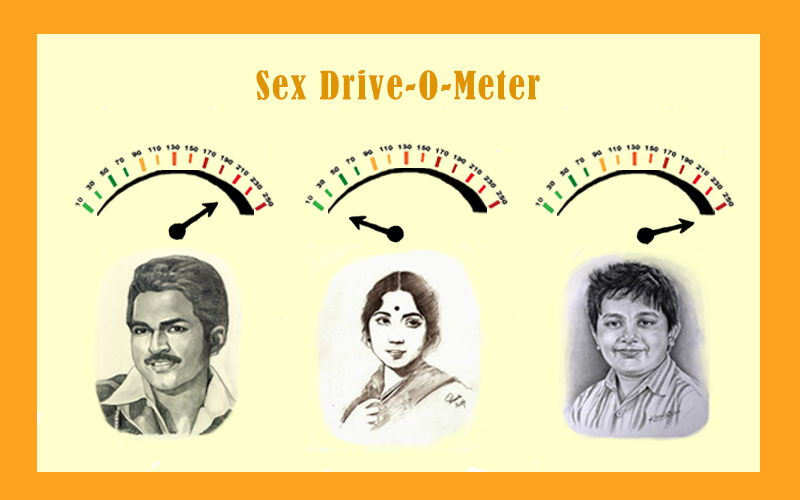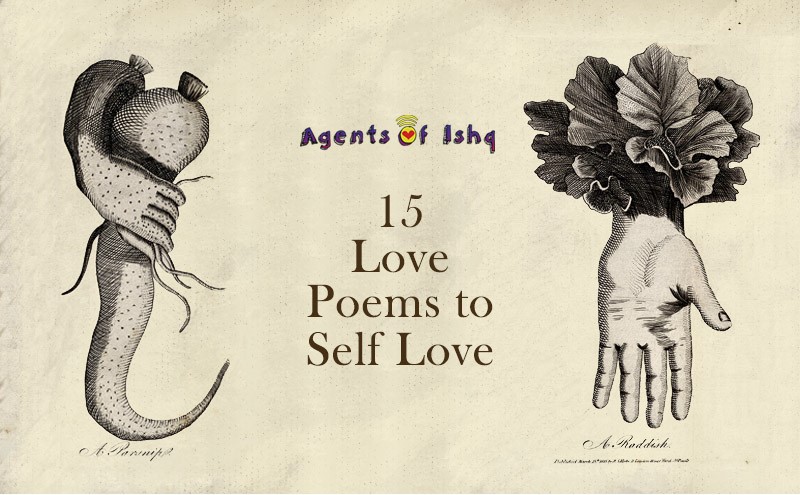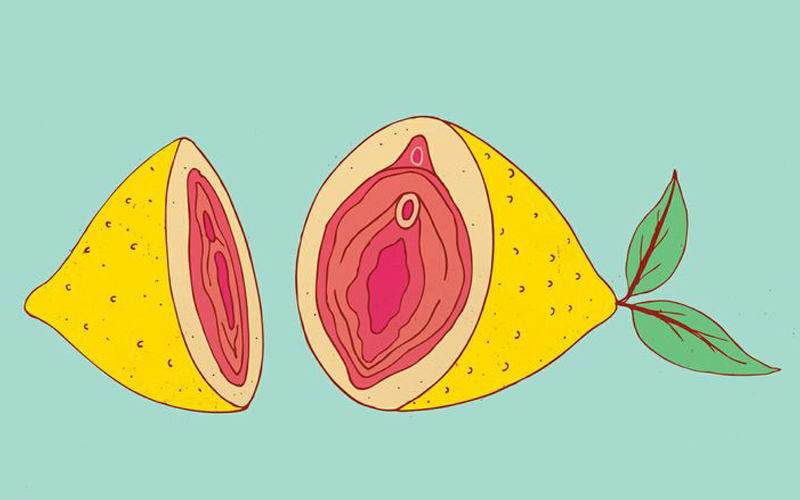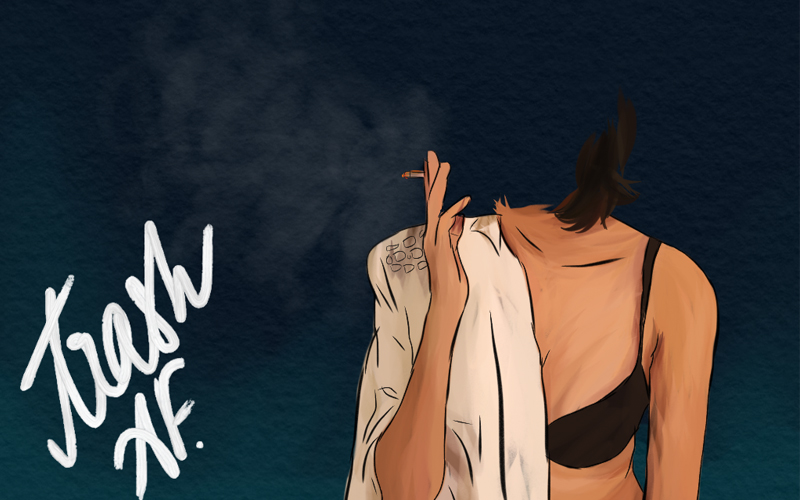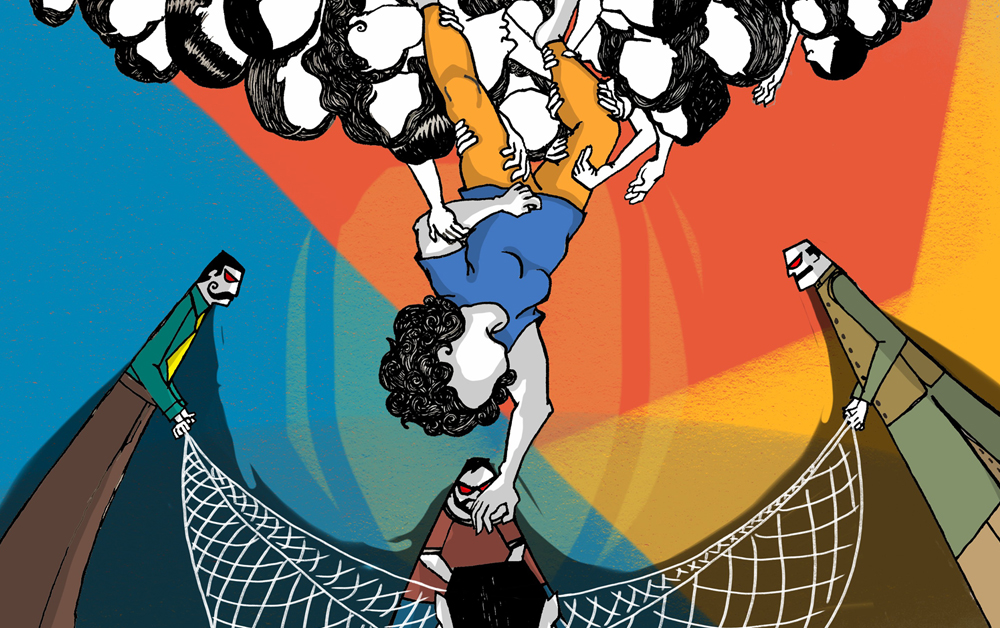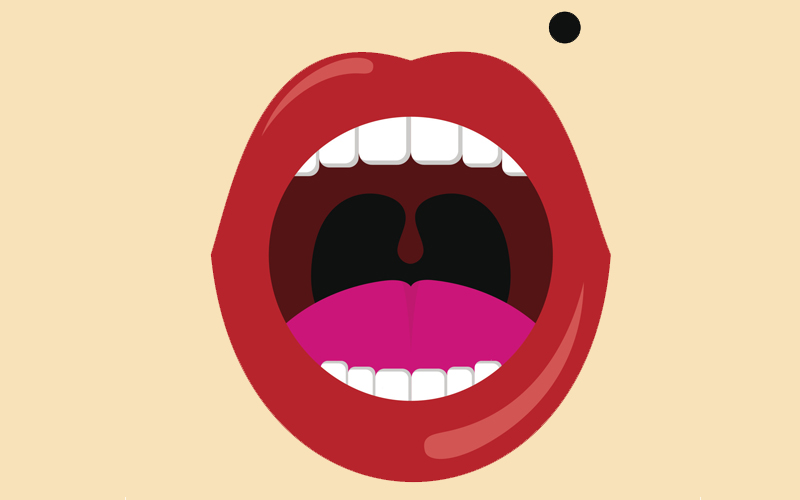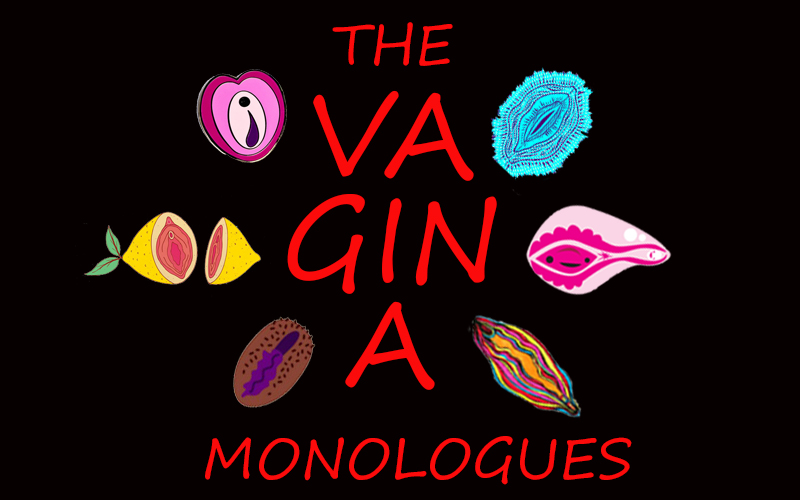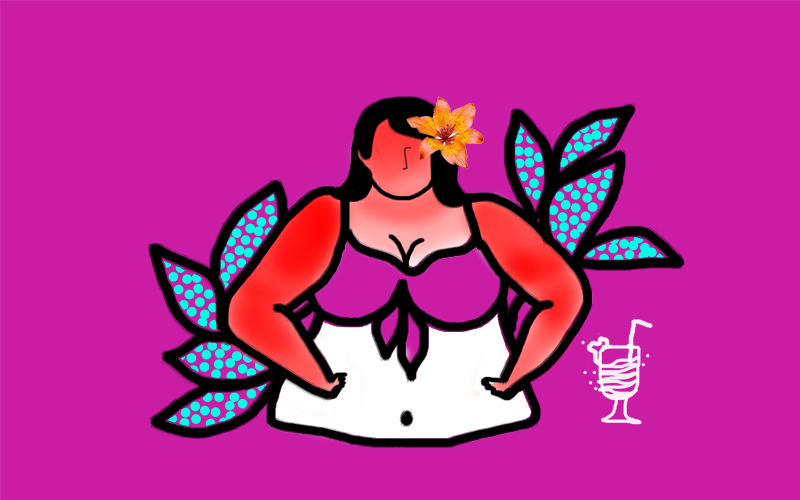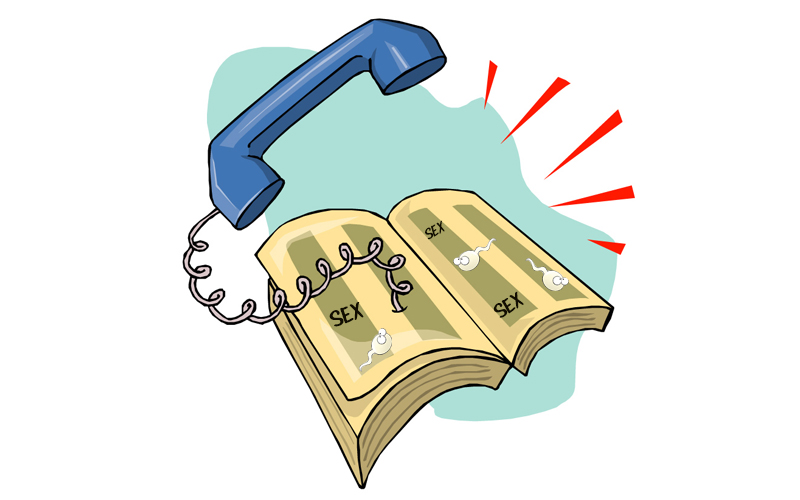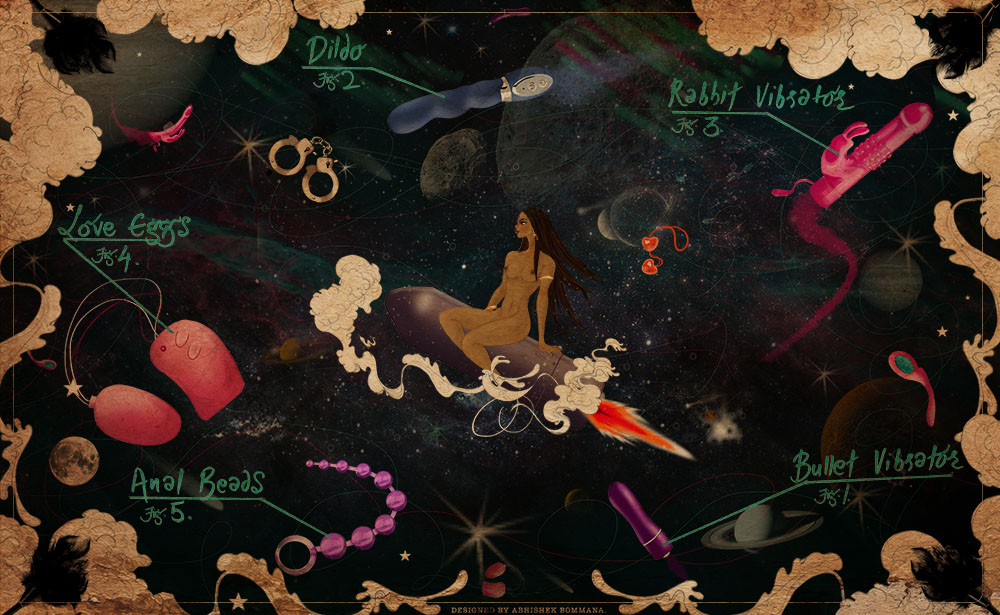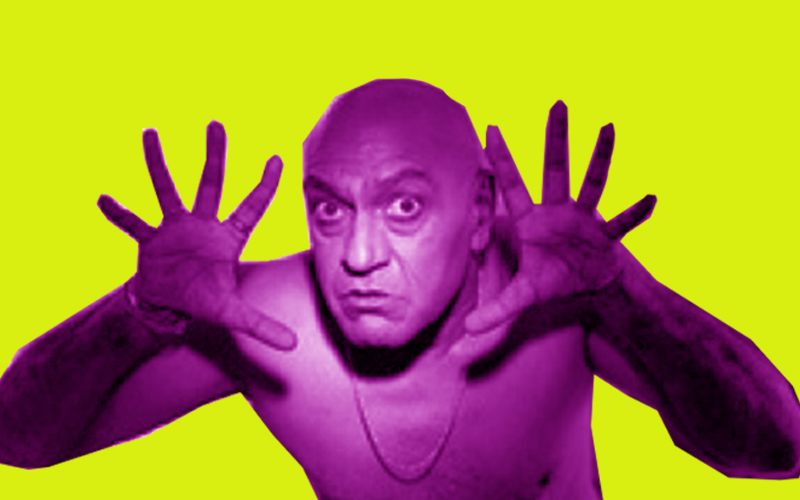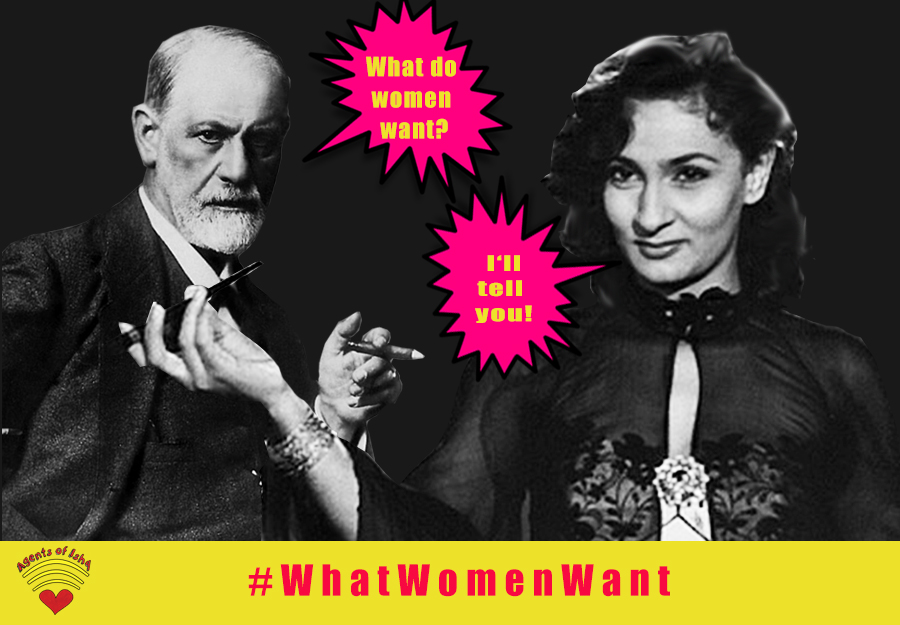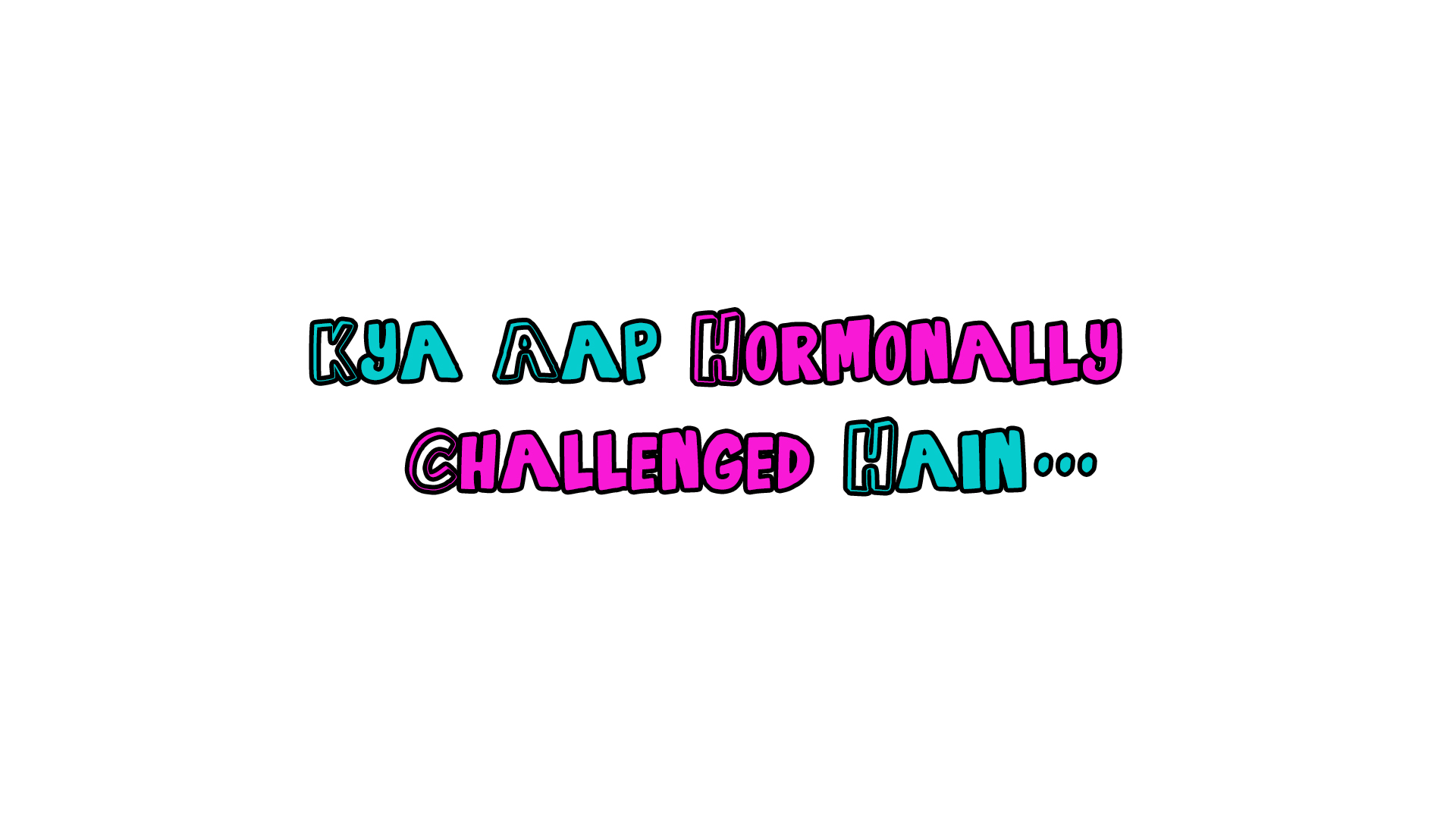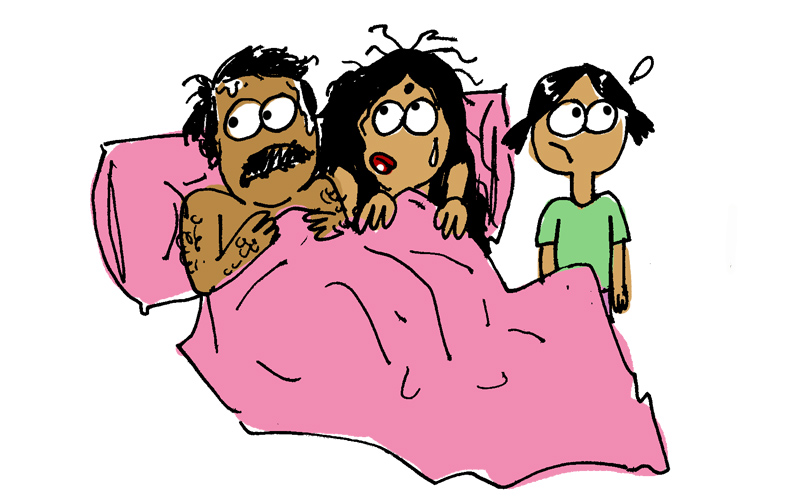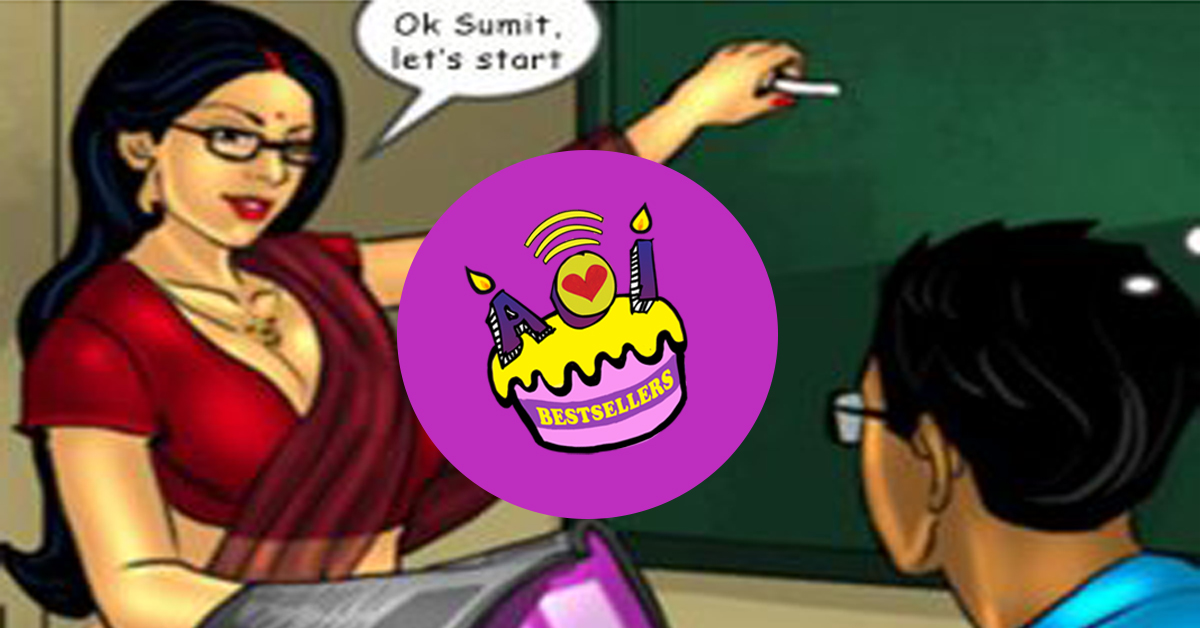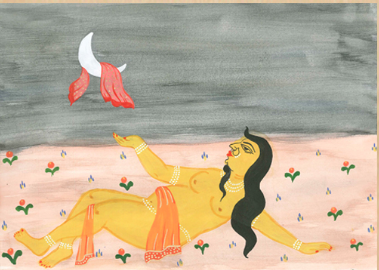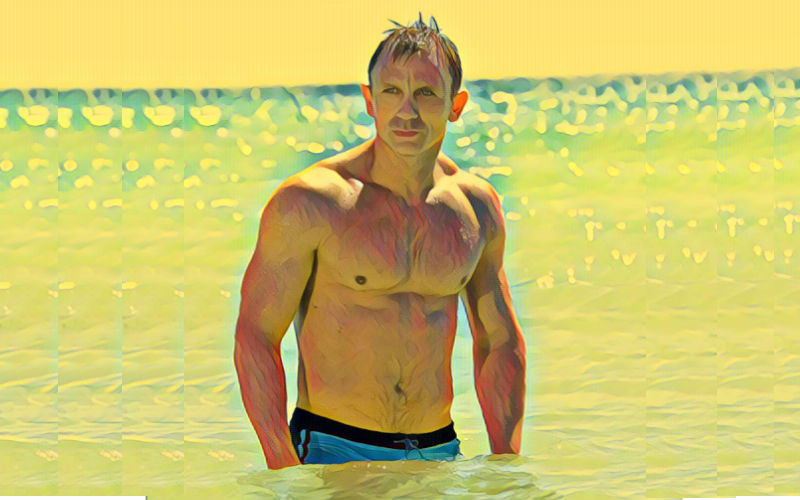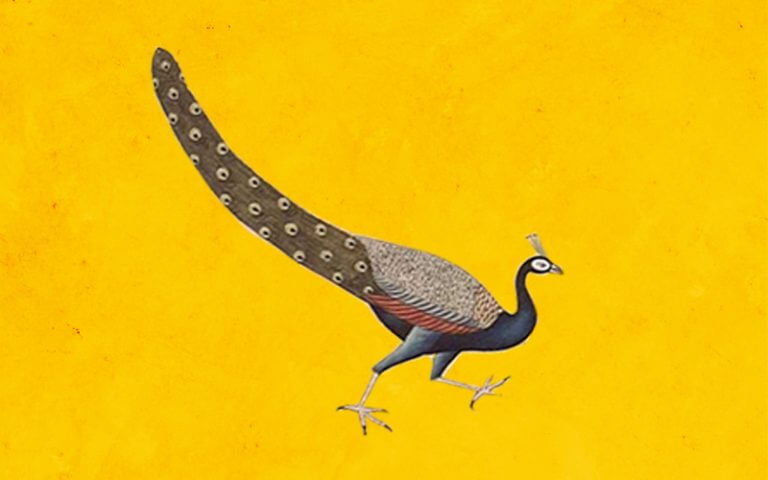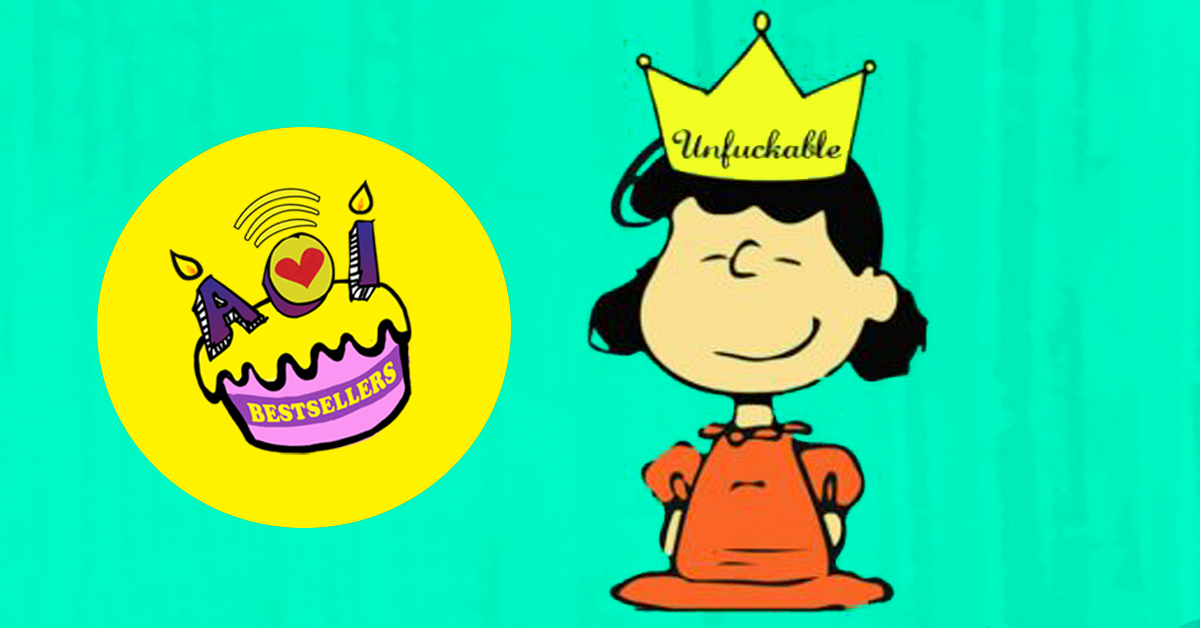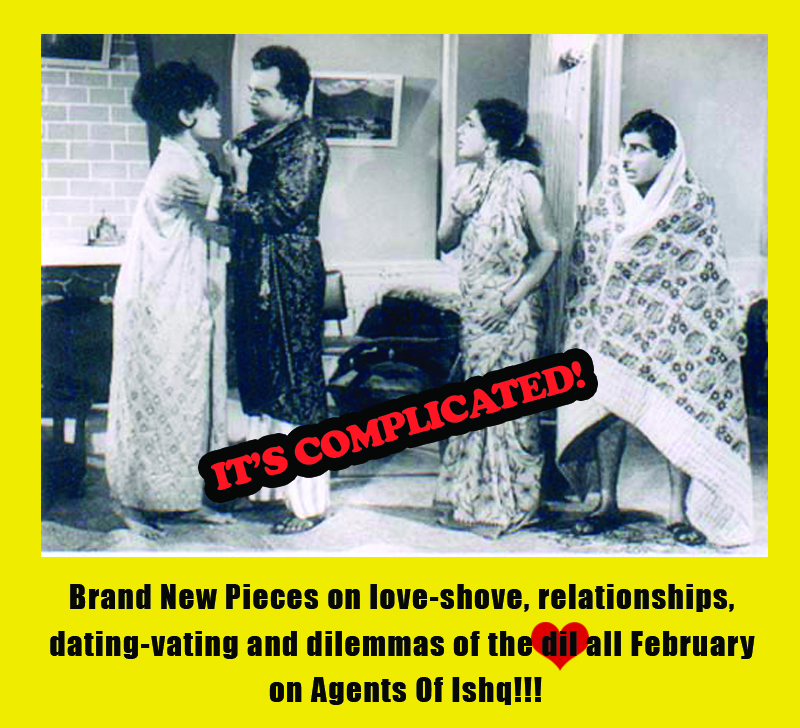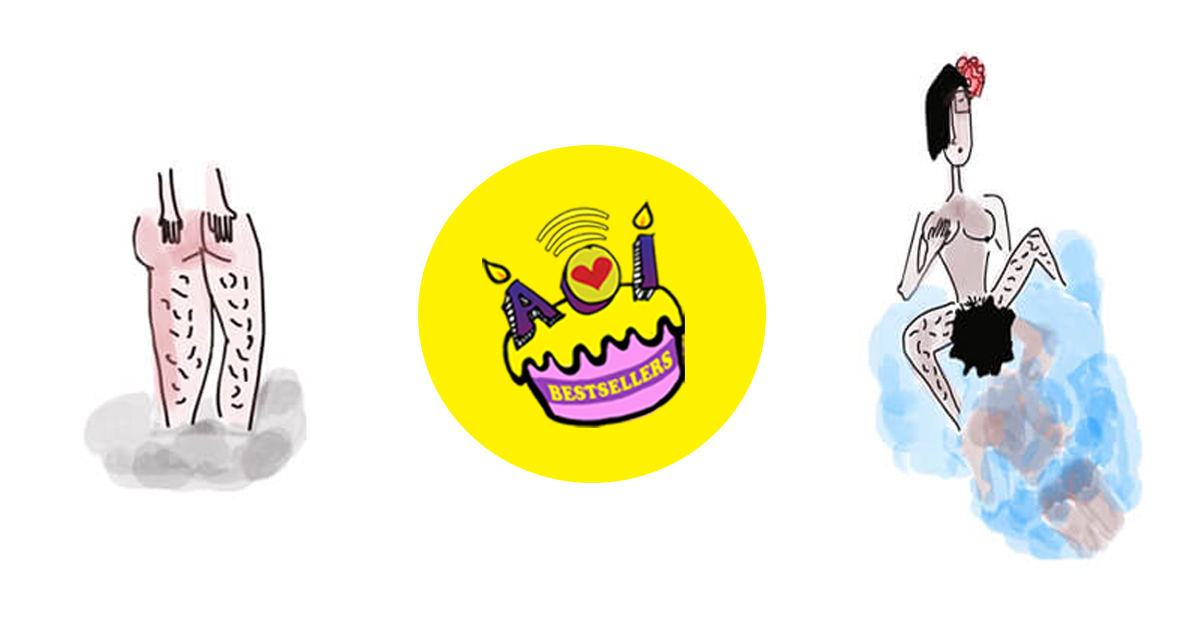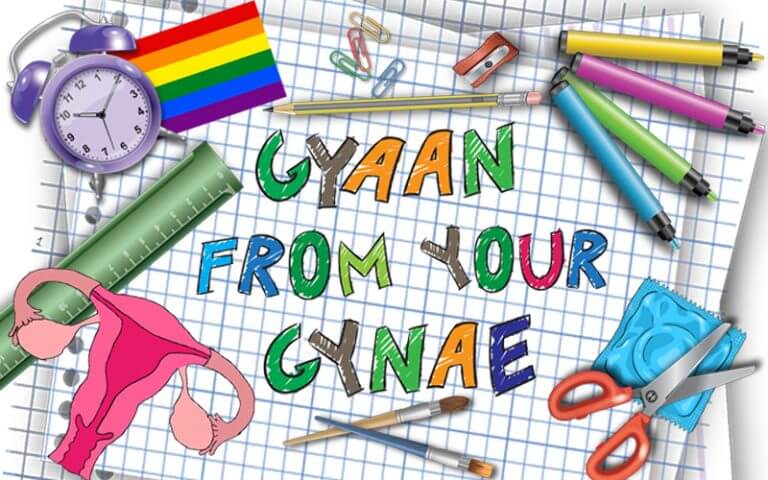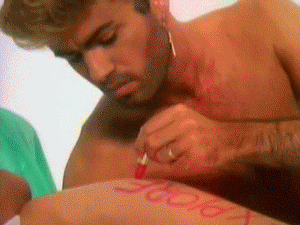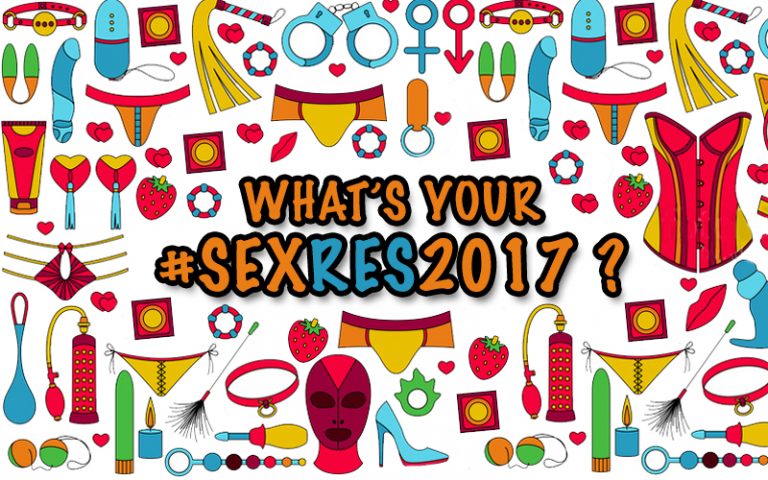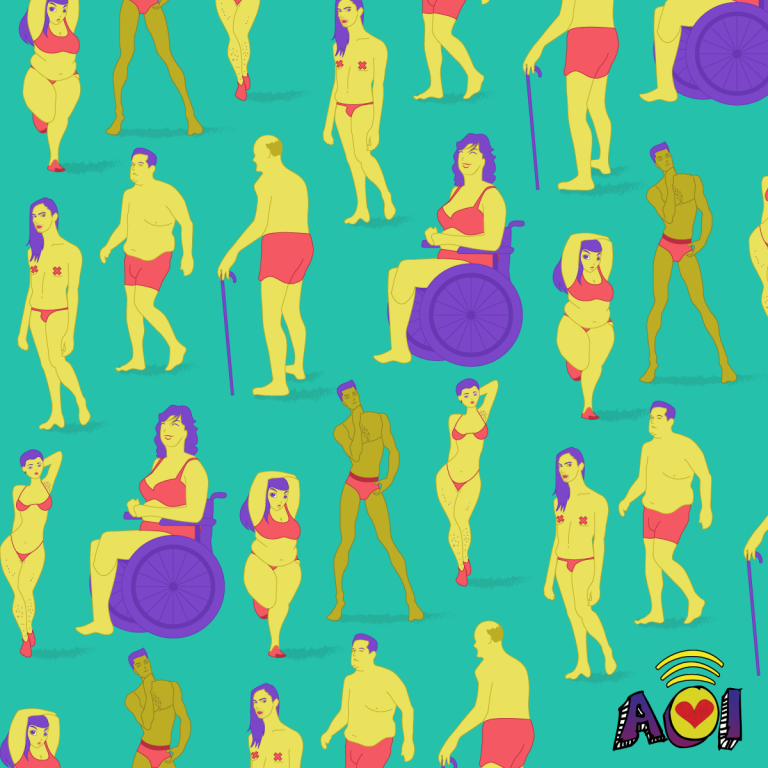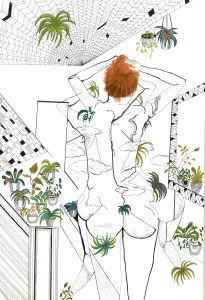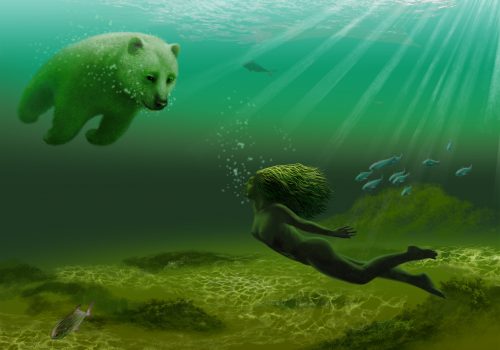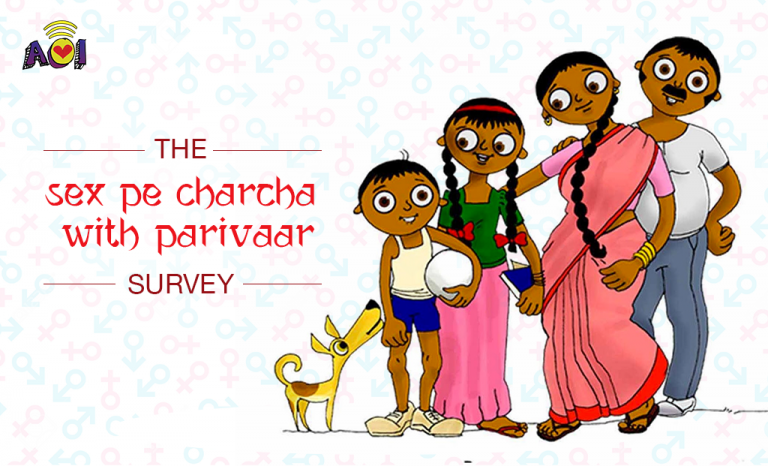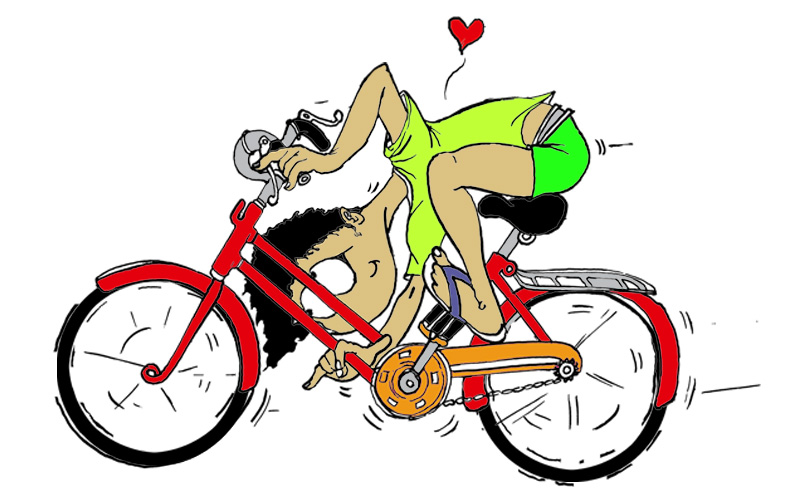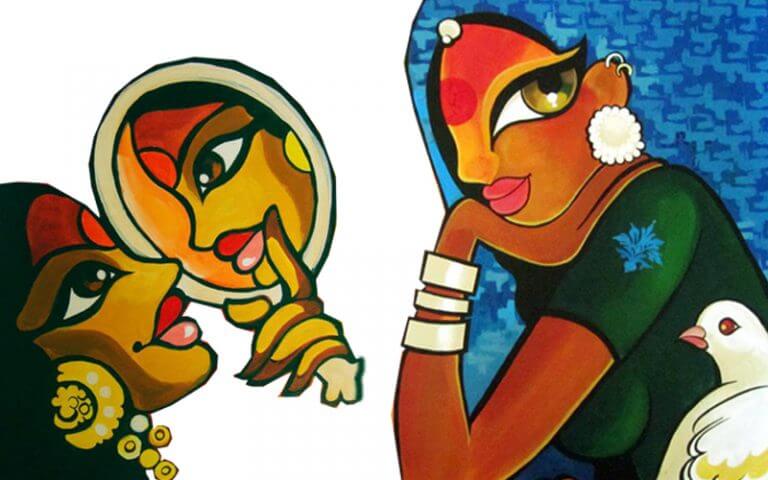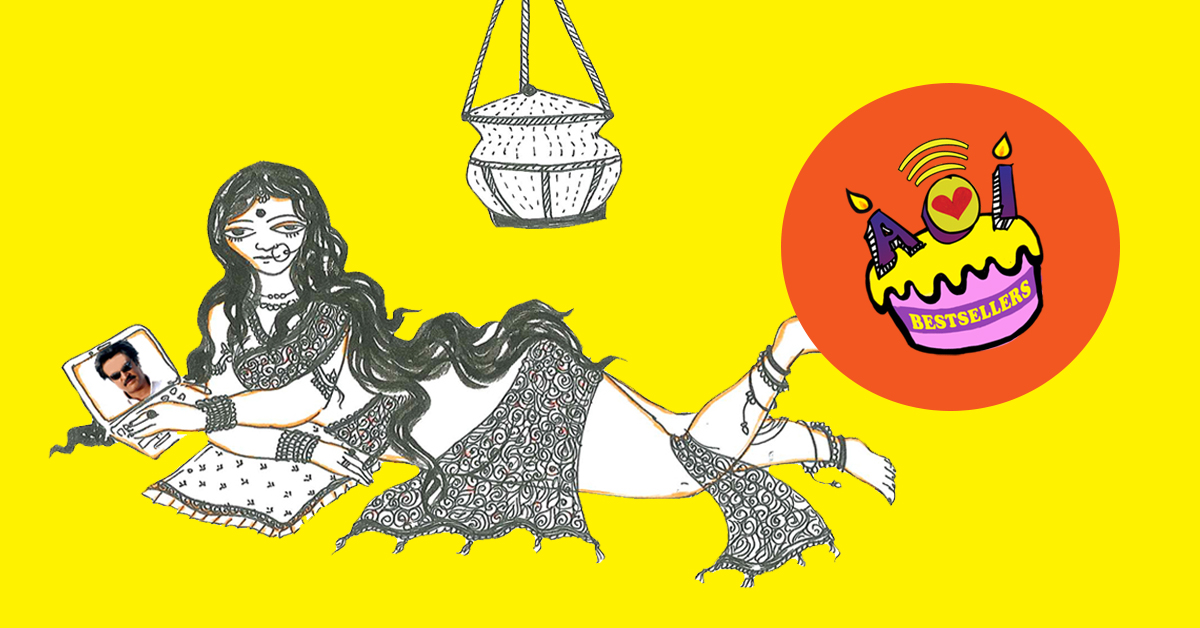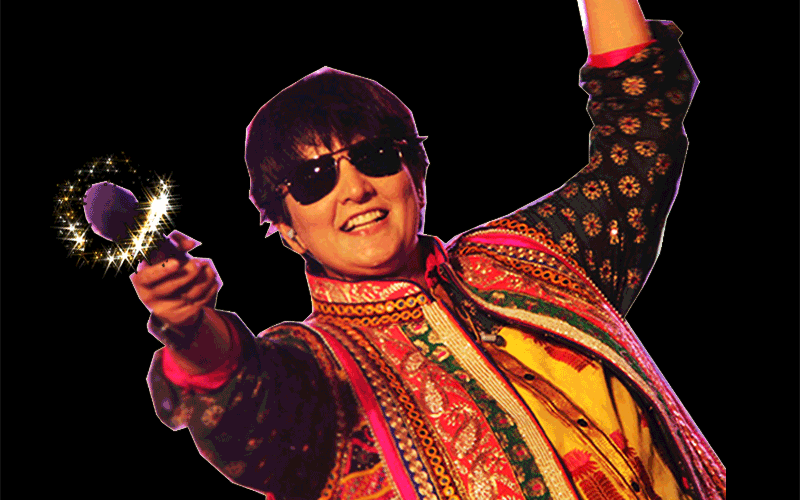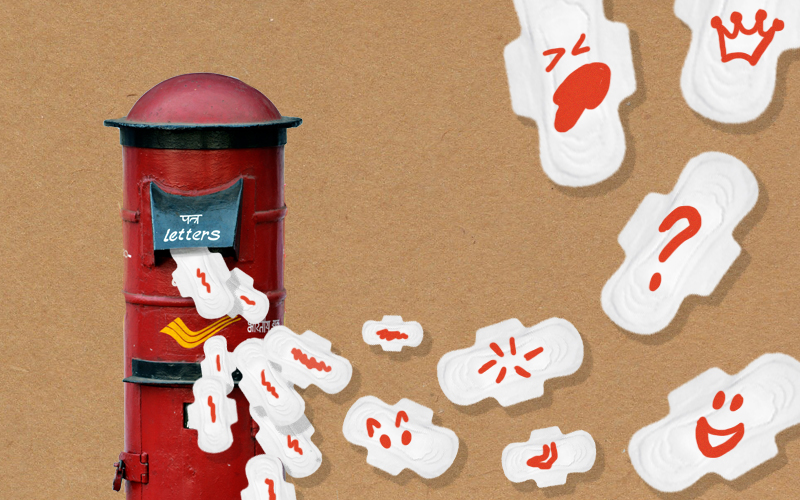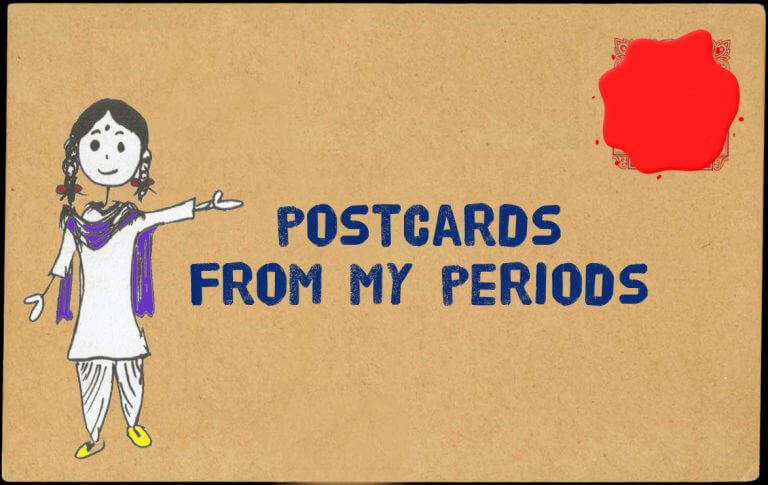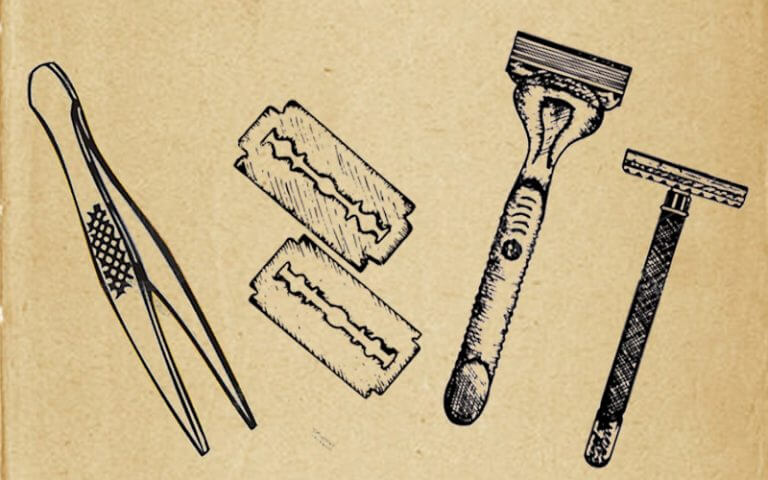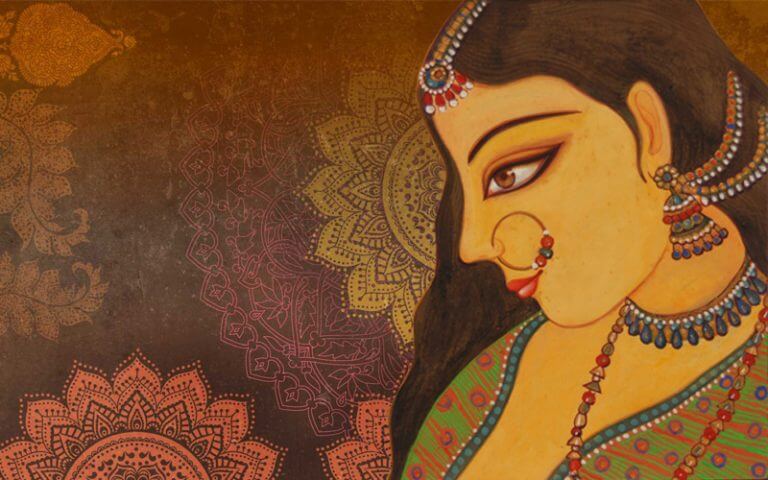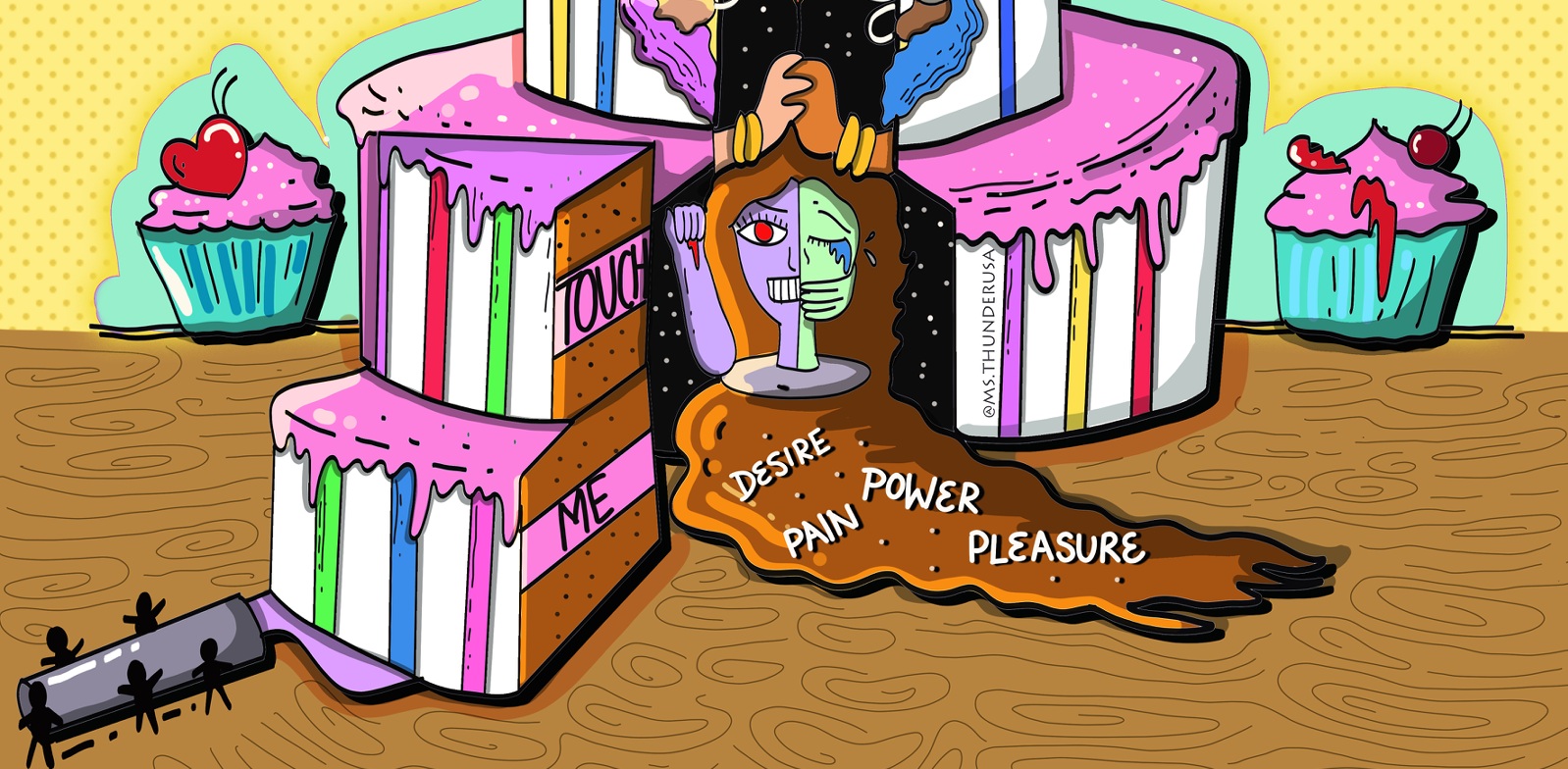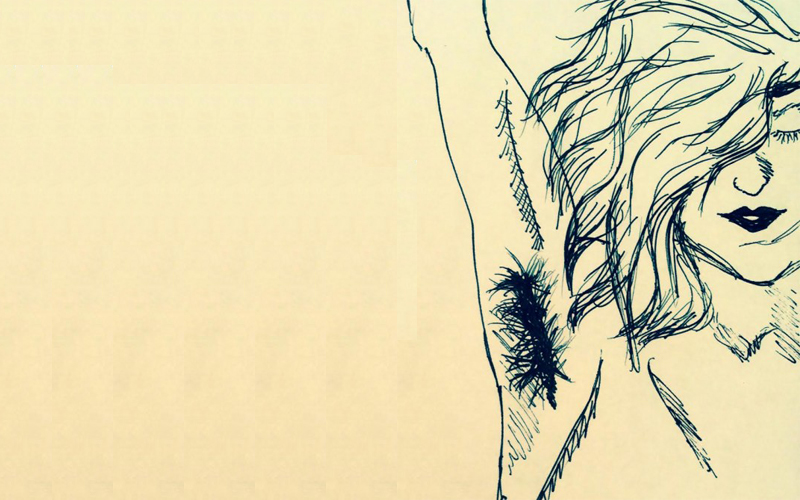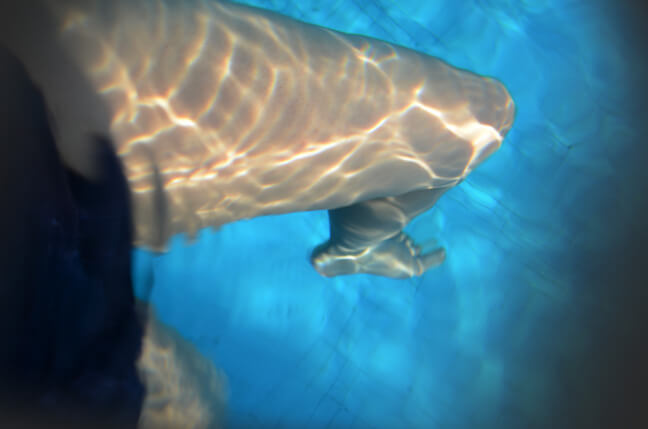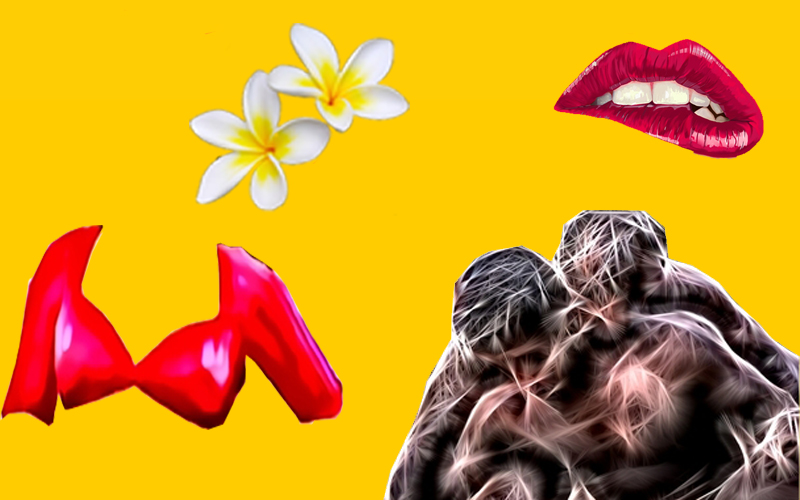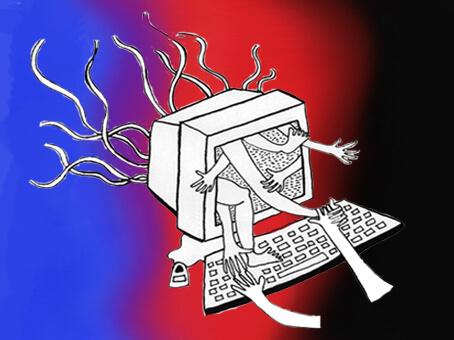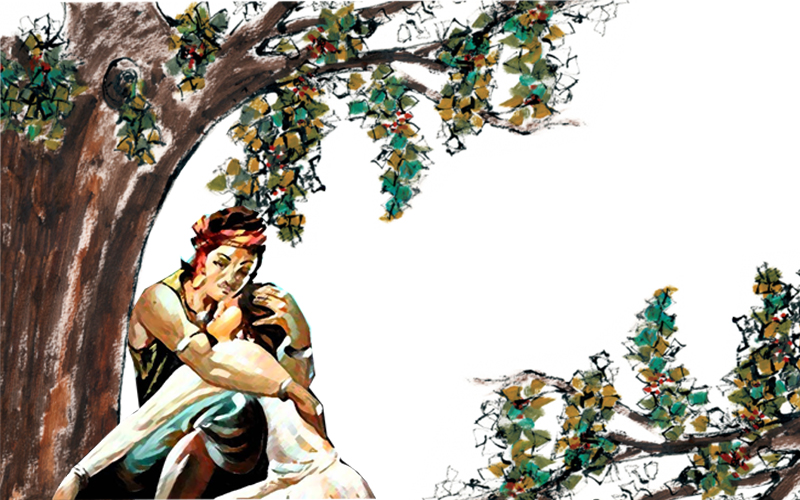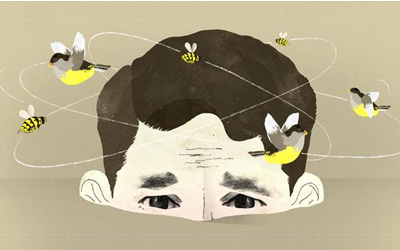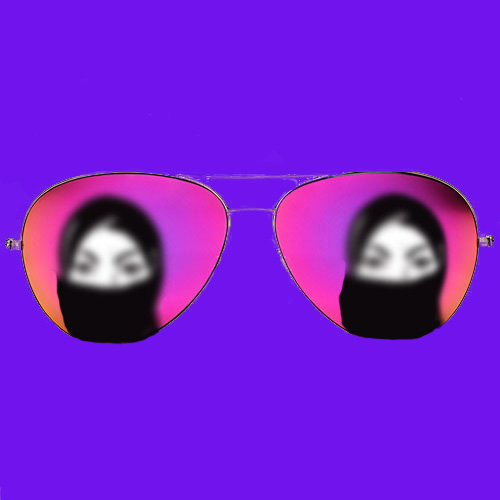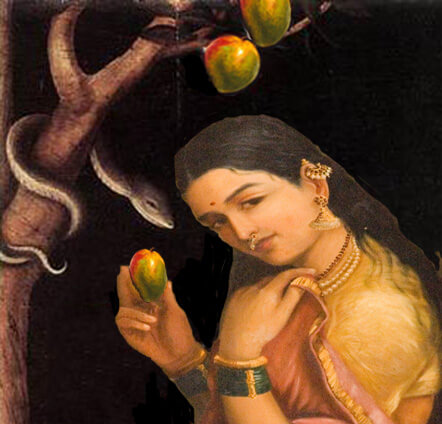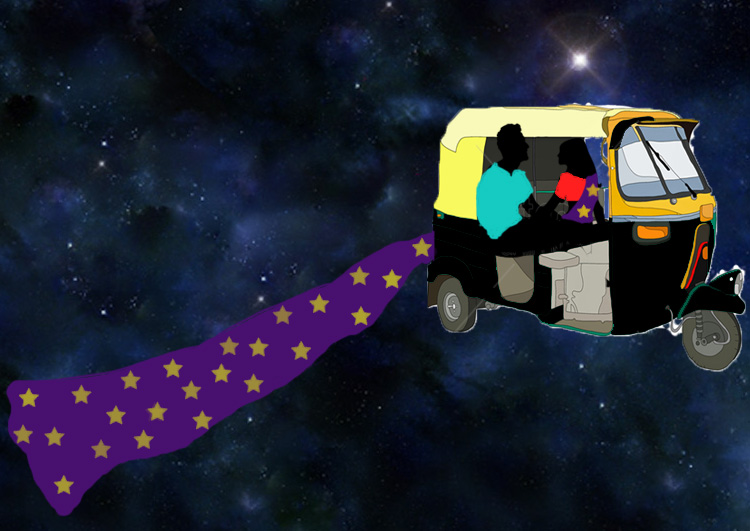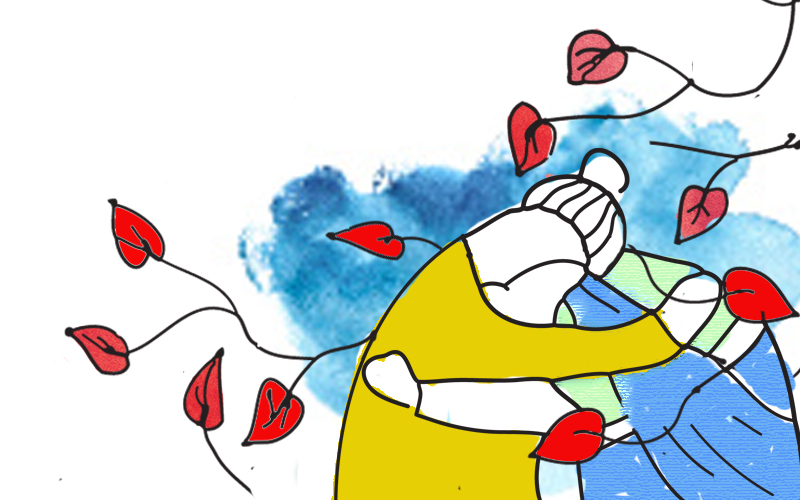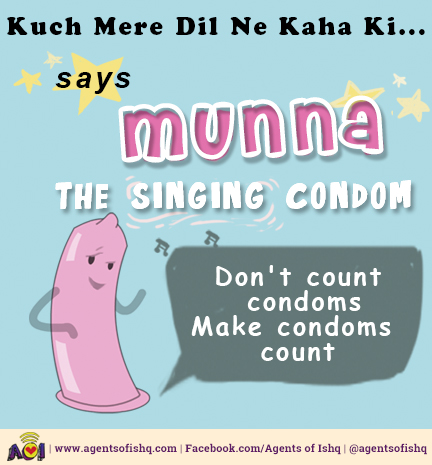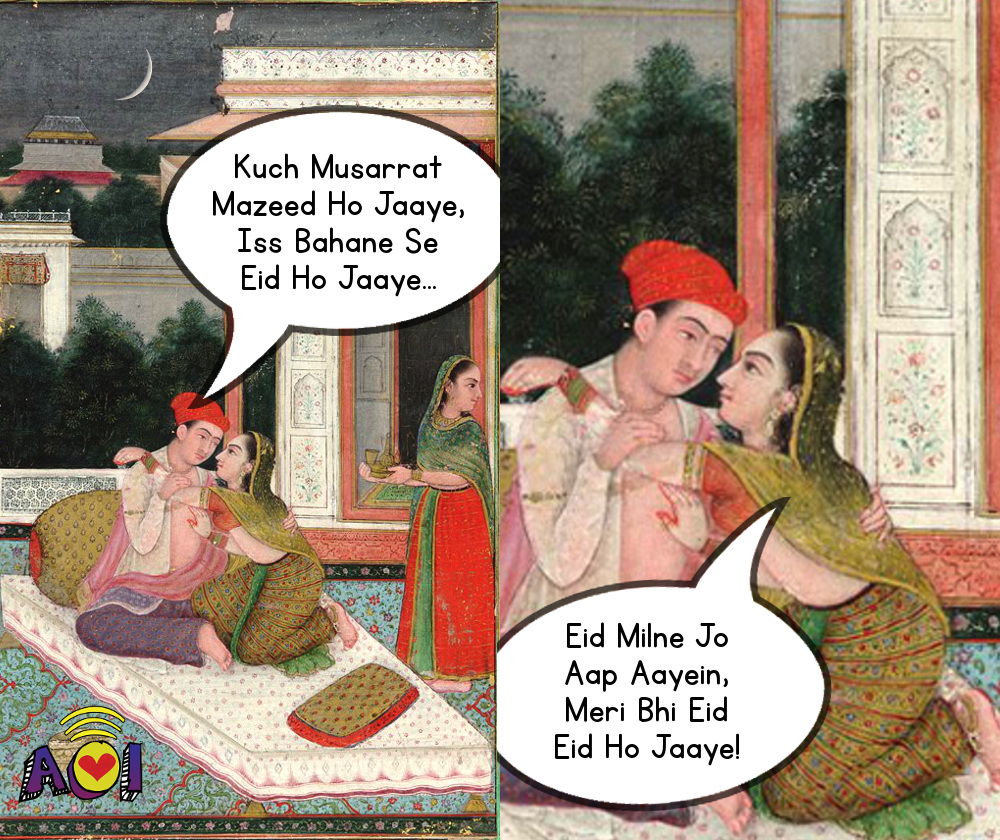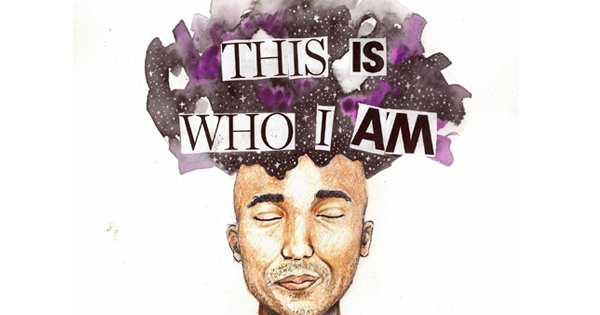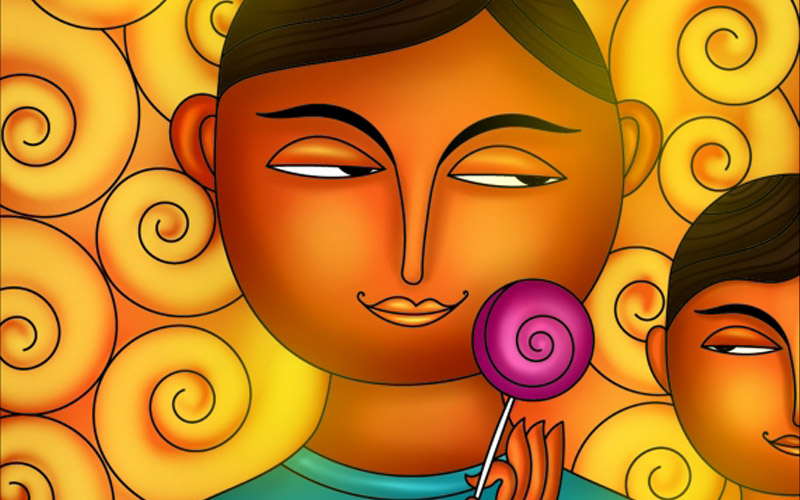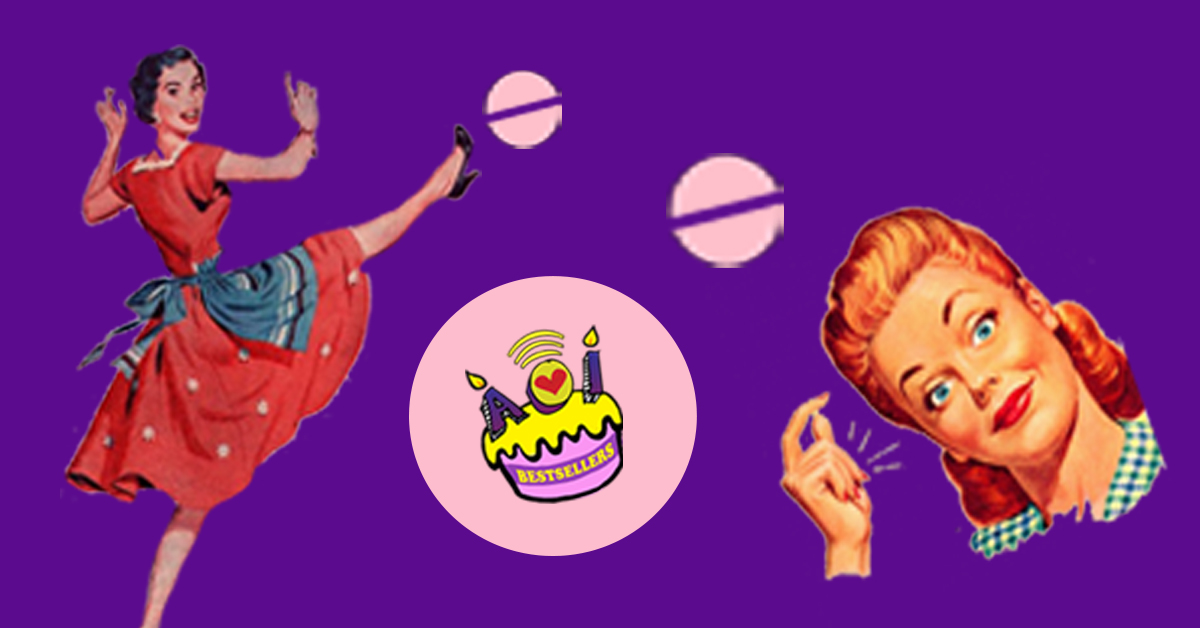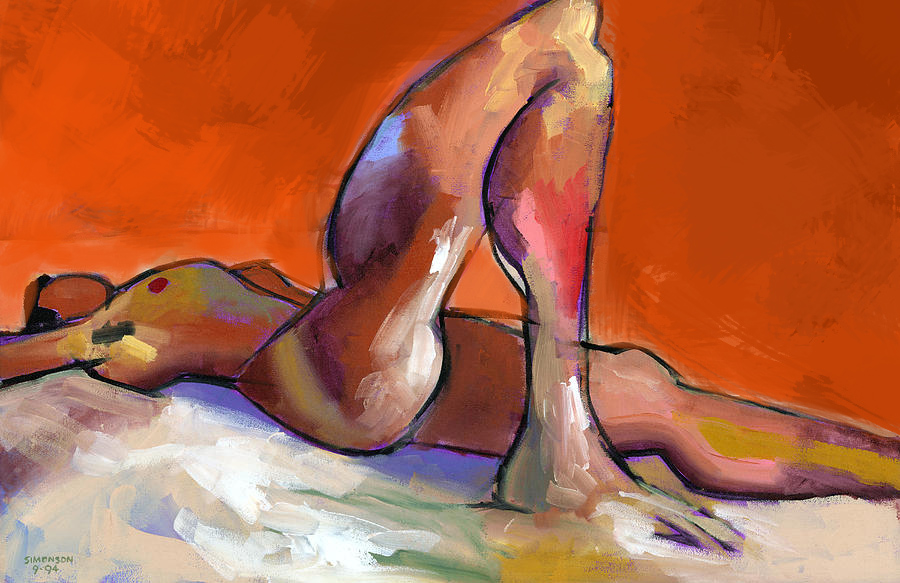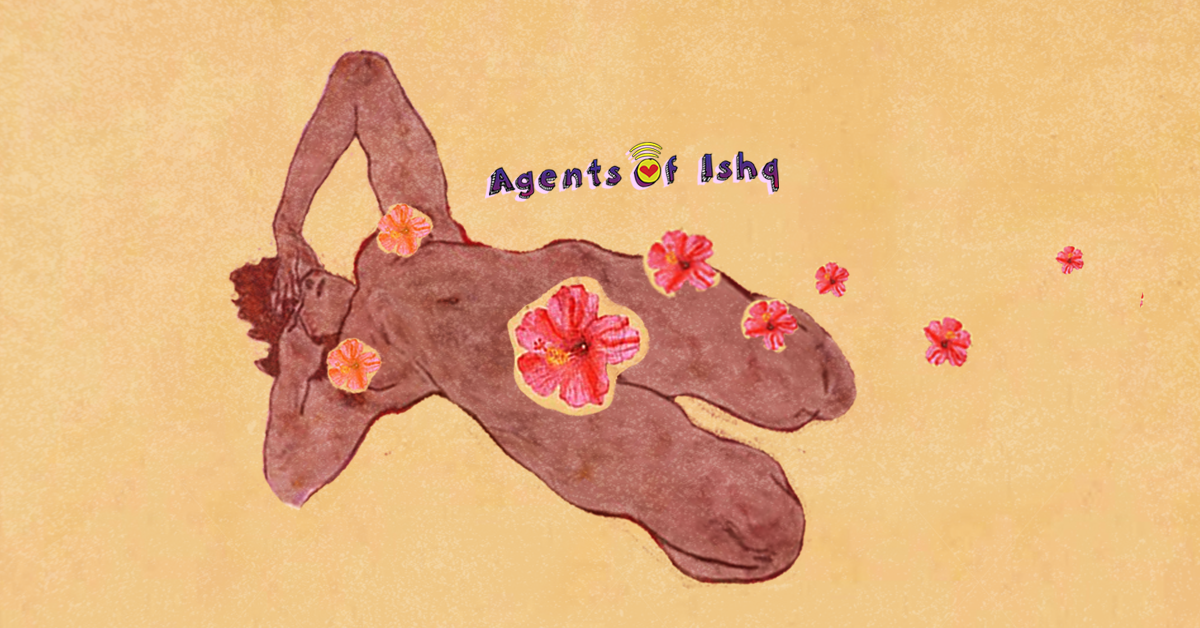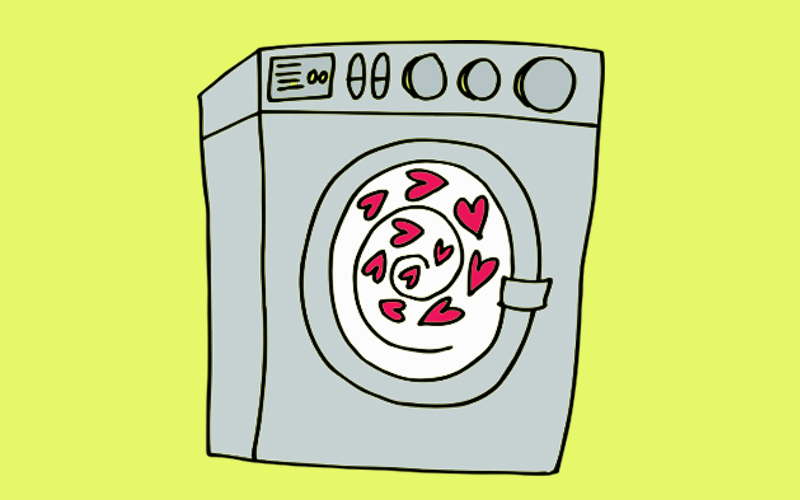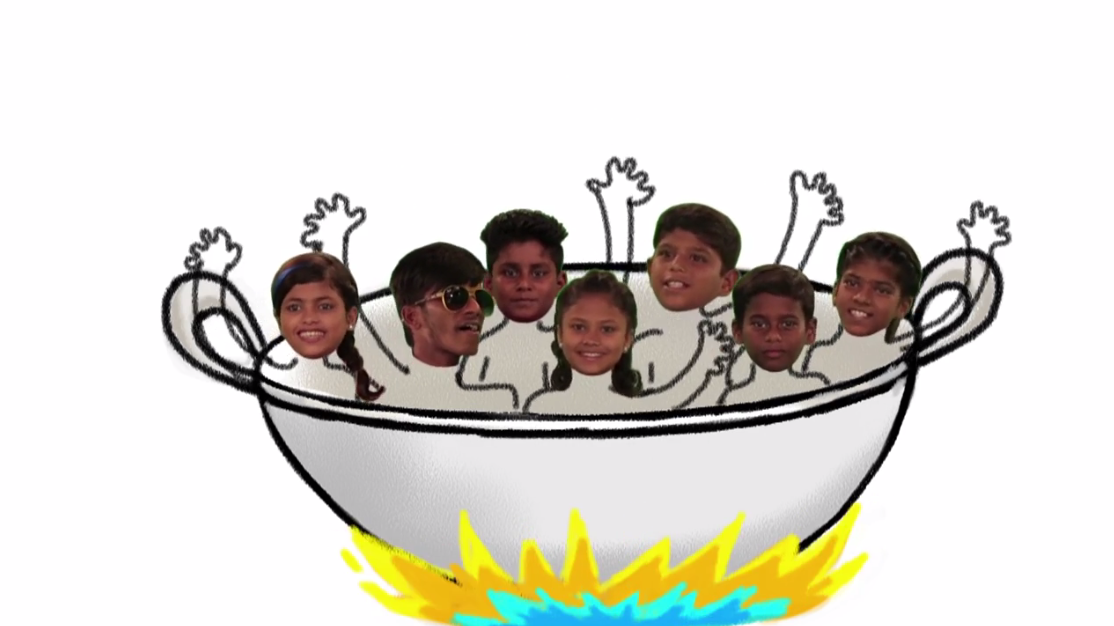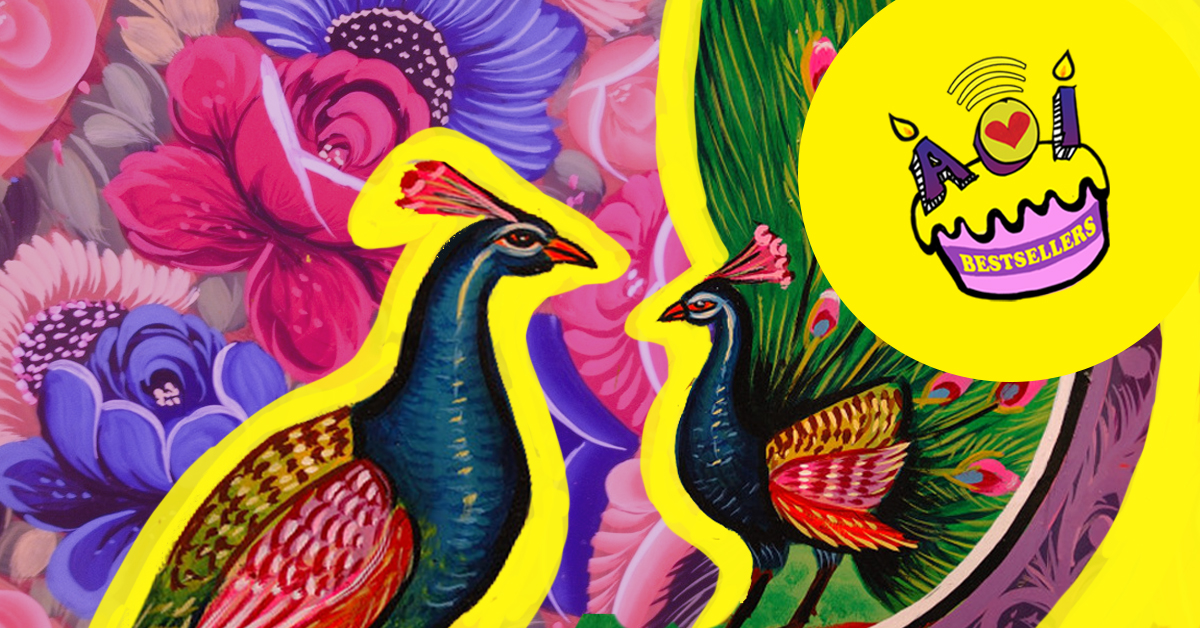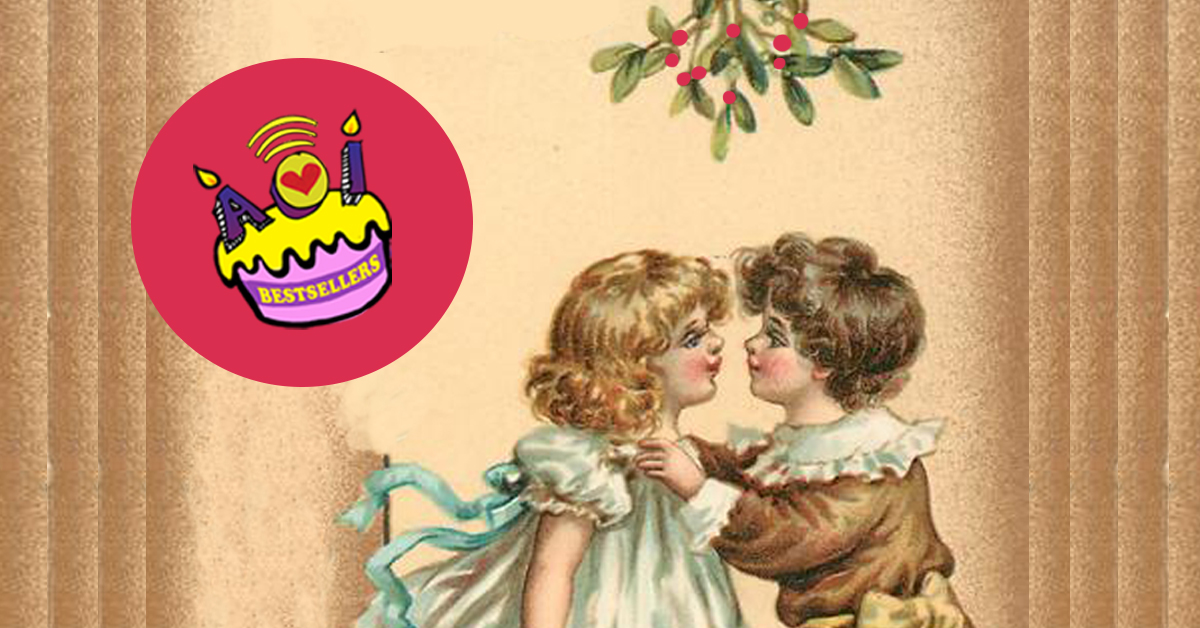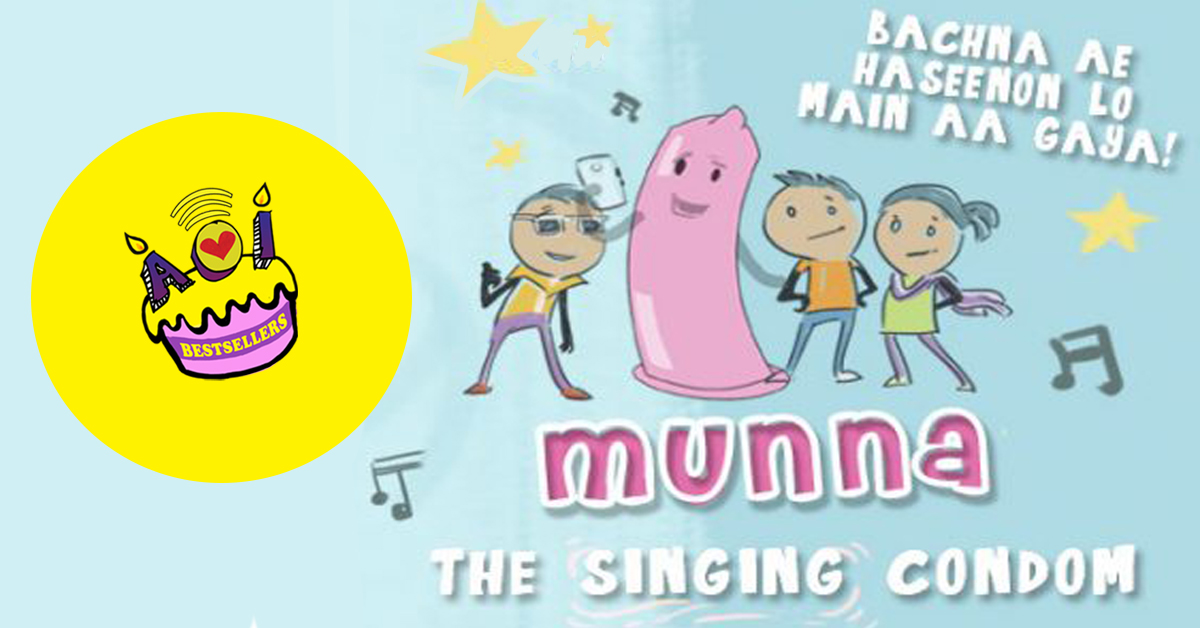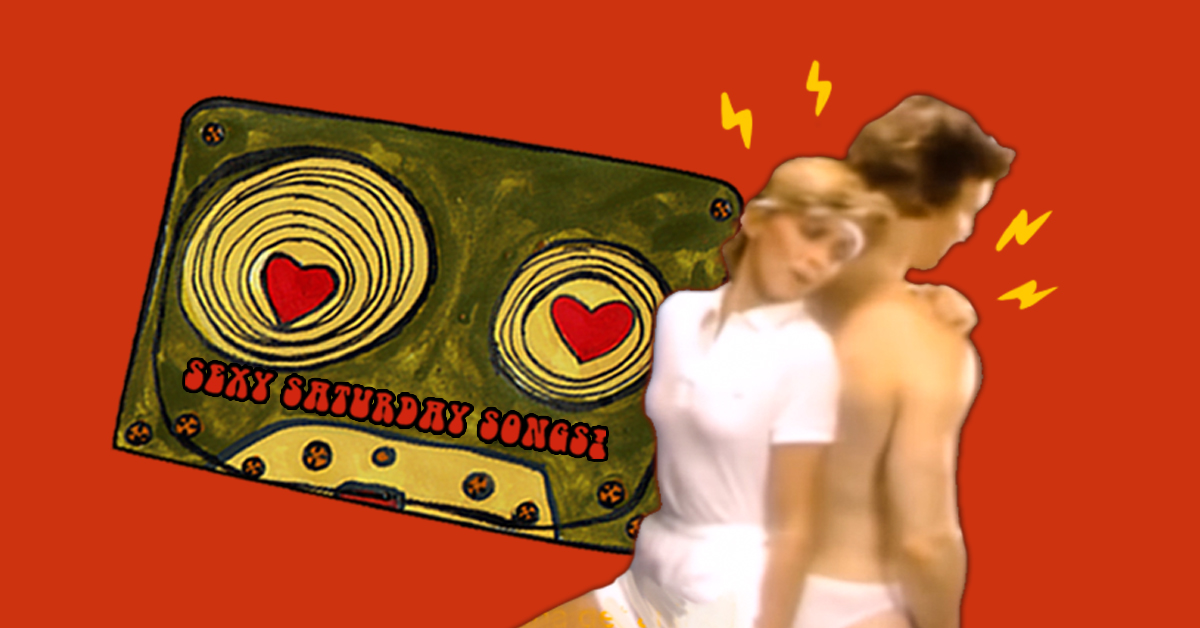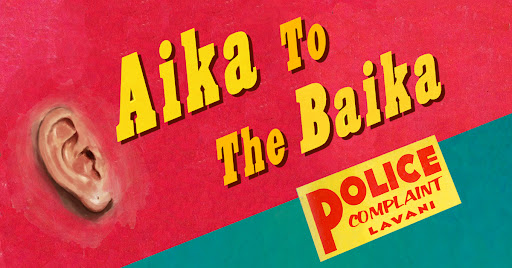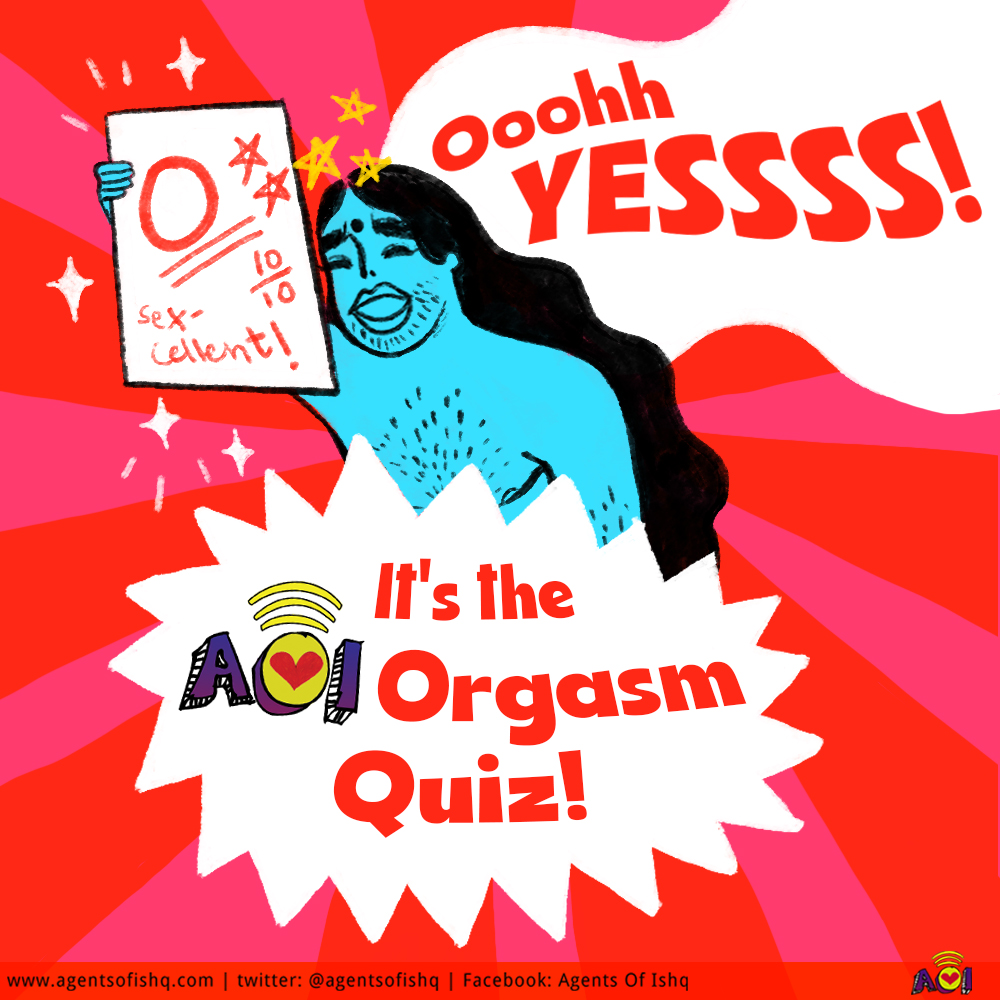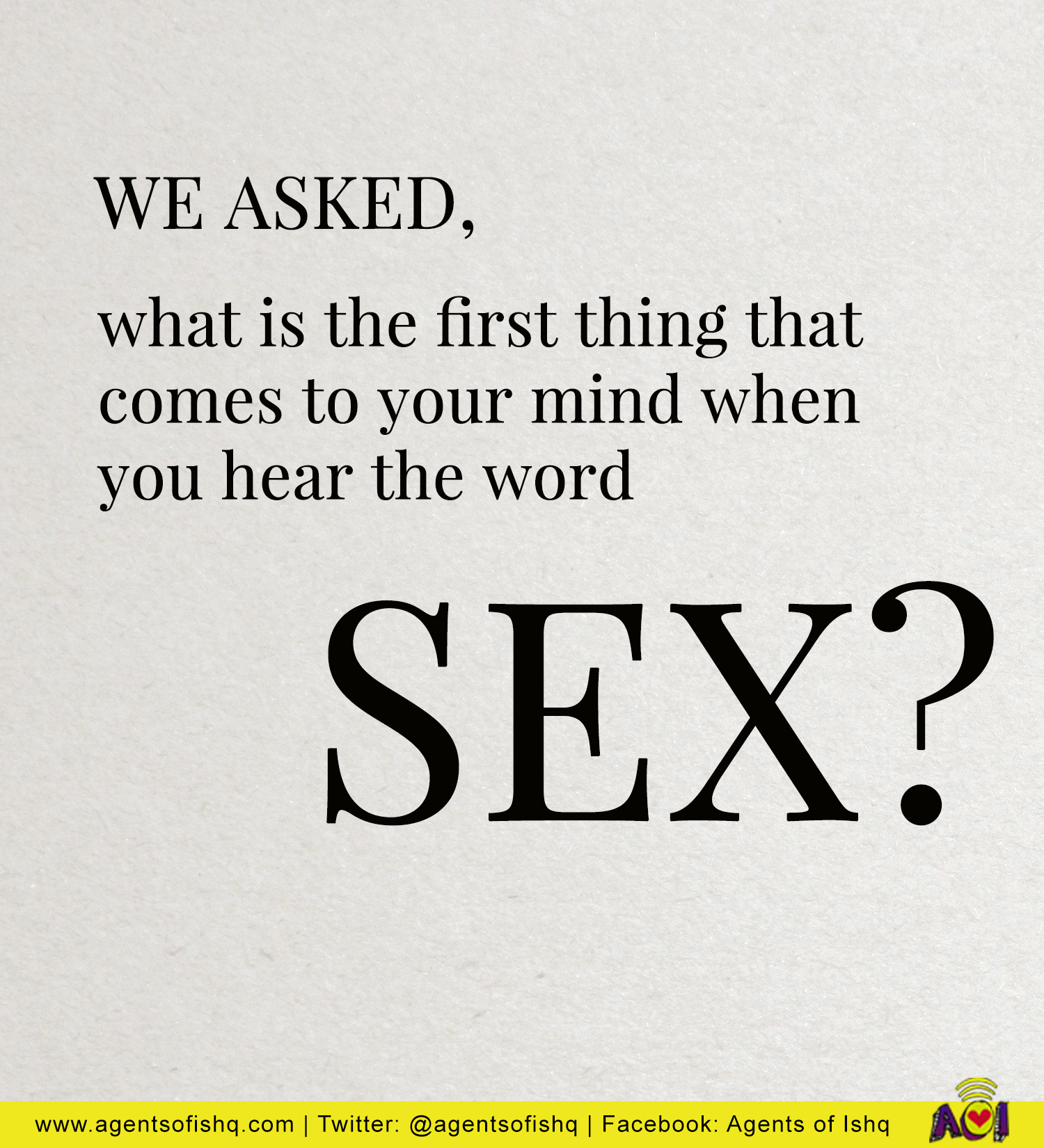An illustrator talks about art, identity and queernessAs a queer person, making art that draws on who I am is a necessary way to express myself. I work in brand and strategy, but I have a fine arts background, and do illustration outside of work, including for the queer magazine Gaysi. It helps me connect what I do for work and what I do for pleasure, and yet keep it compartmentalised between day-to-day and personal expression.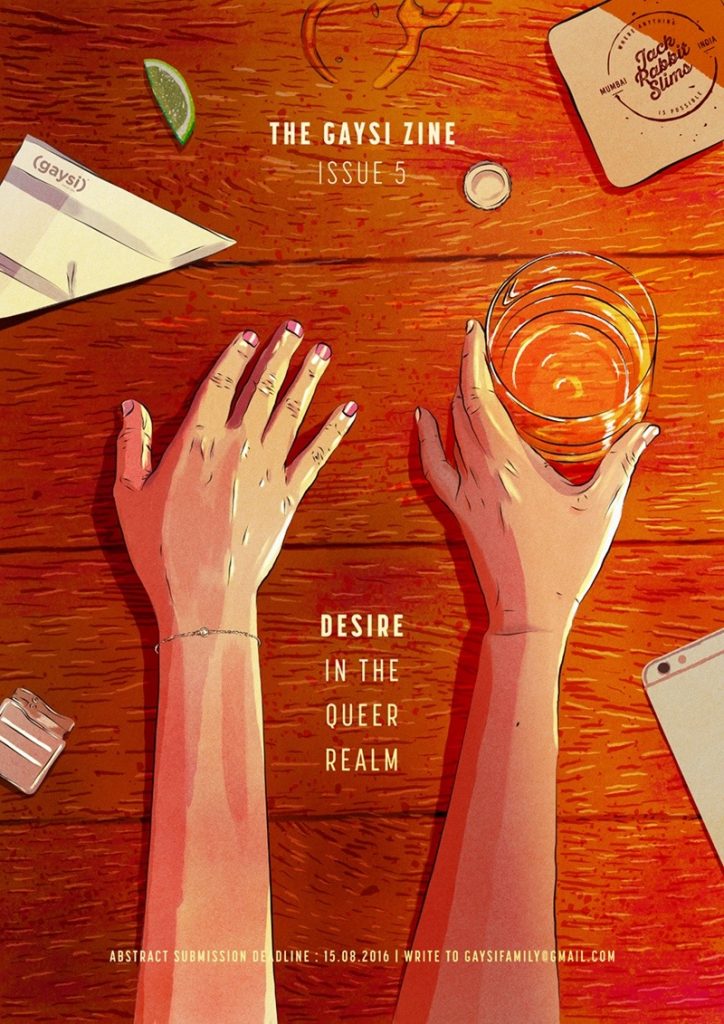 For me, queerness is a term that stands not just for a person’s identity as an individual, but for a collective consciousness, a shared existence that is beautifully complex, layered and inclusive. My work, accidentally or consciously or both, tends to reflect this. What does it mean for me to be a queer artist? Truth is, I’m not sure if I’d be any other type of artist. If art is an extension of your context, then I don’t see myself showing the details of a relationship between a man and a woman, for example, because I don’t know it as a straight person would. So the real question is, am I a queer artist, or just an artist? When Hayley Kiyoko released her album Expectations and the videos for it, everyone started called her “Lesbian Jesus”. And one of the questions she’s asked often, is, why do all your videos have girls making out in them? And her response is, “Taylor Swift sings about men in every single song and no one complains she’s unoriginal.”
For me, queerness is a term that stands not just for a person’s identity as an individual, but for a collective consciousness, a shared existence that is beautifully complex, layered and inclusive. My work, accidentally or consciously or both, tends to reflect this. What does it mean for me to be a queer artist? Truth is, I’m not sure if I’d be any other type of artist. If art is an extension of your context, then I don’t see myself showing the details of a relationship between a man and a woman, for example, because I don’t know it as a straight person would. So the real question is, am I a queer artist, or just an artist? When Hayley Kiyoko released her album Expectations and the videos for it, everyone started called her “Lesbian Jesus”. And one of the questions she’s asked often, is, why do all your videos have girls making out in them? And her response is, “Taylor Swift sings about men in every single song and no one complains she’s unoriginal.” 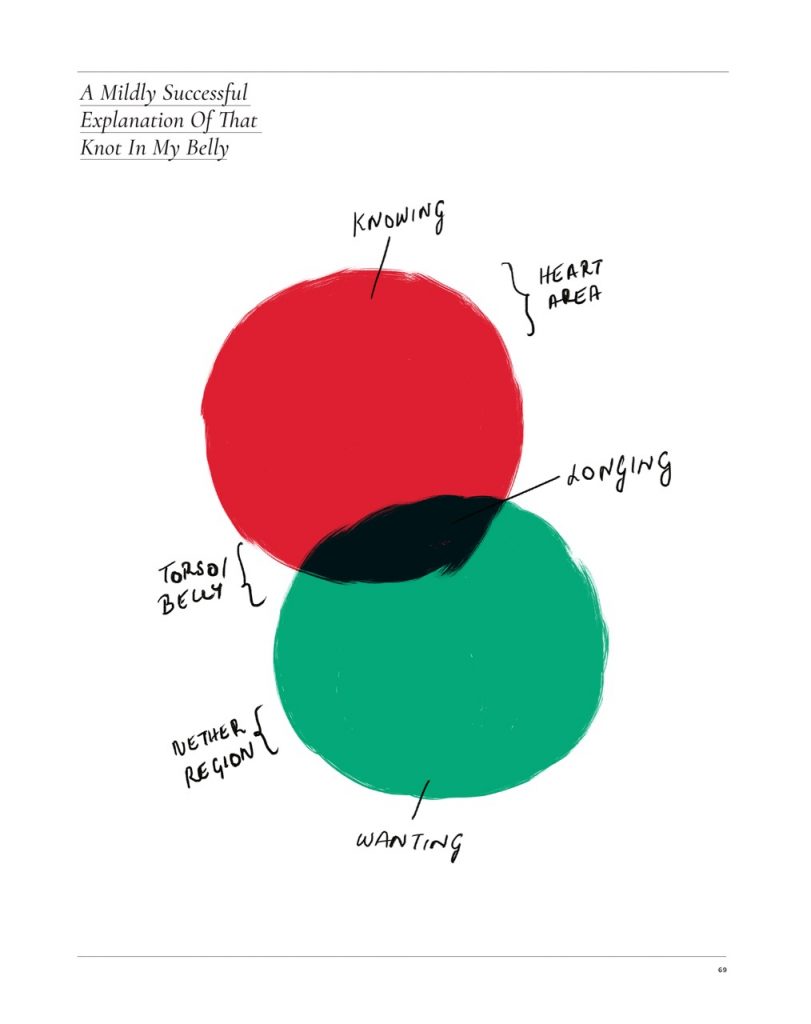 That’s why I think that if I express queerness through my art, then it exists with all the politics and the complexities that surround it, whether it’s social or it’s personal. And when it’s art, I feel like it’s not necessarily bogged down by the other things that normally happen when you exist as a queer person in the world. Say for a moment that I’m a fierce trans woman who wears my identity very visibly as I walk down the road. I’ve steeled myself somewhere about encountering awkward or even hostile glances or comments or other reactions that no one should have to bear or cope with. But when I express a trans woman as a subject in art or illustration, people stop, look and for a moment, even if for a moment, lose that sense of judgement or prejudice and look at it for what it is – something beautiful, expressive, human, real. And if you do that enough times in art, the hope is that it smoothes away judgement and replaces it with openness and acceptance.When I do something that’s commercial for a client, I’m relying on their insight and their experiences of making that particular project for them. It’s not something that I’m always deeply entangled with. But when it’s something like working for Gaysi or producing any other queer output, I am drawing on my own wealth of experiences as a queer person and I think that I can offer a particular insight that someone else might not have. In that sense, it’s also an opportunity to create work that’s rooted in an Indian context. Cultural contexts are unique to each person and I find this particularly strong with Indian artists, because our influences are vast, varied and both global and local at the same time. So there is an opportunity to create something specific to our experiences. For example, the cover of volume 3 of the Gaysi Zine showed a kirana store with various objects that upon closer inspection have queer undertones to them. They're not far from say, misspelt matchboxes or daily odd items that we engage with. If there’s a common thread in my commercial and non-commercial work, it would be detailing. I think there’s a sense of trying to tell a story in the smaller things that possibly ties any sort of work I do together – across design and illustration. I don't always succeed, but trying is the goal!
That’s why I think that if I express queerness through my art, then it exists with all the politics and the complexities that surround it, whether it’s social or it’s personal. And when it’s art, I feel like it’s not necessarily bogged down by the other things that normally happen when you exist as a queer person in the world. Say for a moment that I’m a fierce trans woman who wears my identity very visibly as I walk down the road. I’ve steeled myself somewhere about encountering awkward or even hostile glances or comments or other reactions that no one should have to bear or cope with. But when I express a trans woman as a subject in art or illustration, people stop, look and for a moment, even if for a moment, lose that sense of judgement or prejudice and look at it for what it is – something beautiful, expressive, human, real. And if you do that enough times in art, the hope is that it smoothes away judgement and replaces it with openness and acceptance.When I do something that’s commercial for a client, I’m relying on their insight and their experiences of making that particular project for them. It’s not something that I’m always deeply entangled with. But when it’s something like working for Gaysi or producing any other queer output, I am drawing on my own wealth of experiences as a queer person and I think that I can offer a particular insight that someone else might not have. In that sense, it’s also an opportunity to create work that’s rooted in an Indian context. Cultural contexts are unique to each person and I find this particularly strong with Indian artists, because our influences are vast, varied and both global and local at the same time. So there is an opportunity to create something specific to our experiences. For example, the cover of volume 3 of the Gaysi Zine showed a kirana store with various objects that upon closer inspection have queer undertones to them. They're not far from say, misspelt matchboxes or daily odd items that we engage with. If there’s a common thread in my commercial and non-commercial work, it would be detailing. I think there’s a sense of trying to tell a story in the smaller things that possibly ties any sort of work I do together – across design and illustration. I don't always succeed, but trying is the goal!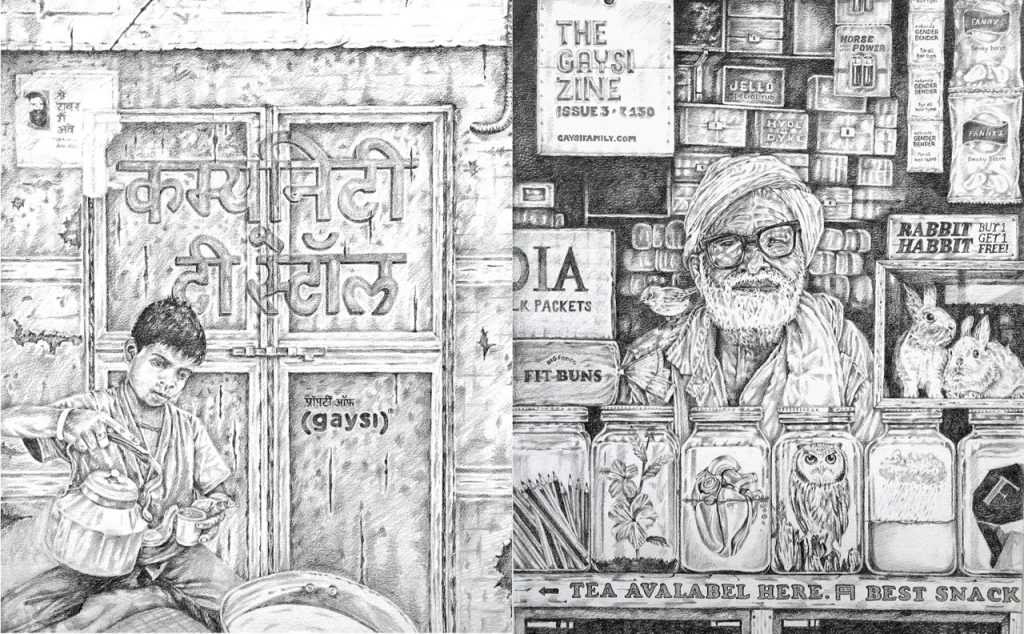 When I first started doing illustrations around 2010, visual queer content was scarce. In many ways, queer themes in modern India have always existed, but I feel that there used to be pockets that still weren’t really exposed. I’d always looked at queer content and felt that the intention was there, the content was there, but the quality wasn’t always quite there. Perhaps this is because it didn’t come with generous budgets, or sponsors, or support. I think today things are very different when compared to even three years back. Now, there’s an explosion of queer content around us, there’s a lot more conversation around being queer, and it’s a lot more vibrant and a lot more interactive. Homegrown does a great job of diverse, insightful content, Queer Ink is adding to films and video content in a significant way, and publications like AOI, The Ladies Finger, Mint etc are not just queer inclusive, but perceptive and responsible in the way they’re pushing boundaries on gender and sexuality.The last illustration I did for Gaysi was the cover of volume 5 of the Gaysi Zine, called ‘All That We Want’. It used elements that represented different pieces within the issue, but seen as an illustration in isolation, it also wasn’t overtly queer. That’s because there have been people – artists, writers, activists – over many years putting in work to establish strong context. It’s because there are people out there fighting to make our world more queer, that we don’t always need to have cut-and-dried portrayals of what it means to be queer.
When I first started doing illustrations around 2010, visual queer content was scarce. In many ways, queer themes in modern India have always existed, but I feel that there used to be pockets that still weren’t really exposed. I’d always looked at queer content and felt that the intention was there, the content was there, but the quality wasn’t always quite there. Perhaps this is because it didn’t come with generous budgets, or sponsors, or support. I think today things are very different when compared to even three years back. Now, there’s an explosion of queer content around us, there’s a lot more conversation around being queer, and it’s a lot more vibrant and a lot more interactive. Homegrown does a great job of diverse, insightful content, Queer Ink is adding to films and video content in a significant way, and publications like AOI, The Ladies Finger, Mint etc are not just queer inclusive, but perceptive and responsible in the way they’re pushing boundaries on gender and sexuality.The last illustration I did for Gaysi was the cover of volume 5 of the Gaysi Zine, called ‘All That We Want’. It used elements that represented different pieces within the issue, but seen as an illustration in isolation, it also wasn’t overtly queer. That’s because there have been people – artists, writers, activists – over many years putting in work to establish strong context. It’s because there are people out there fighting to make our world more queer, that we don’t always need to have cut-and-dried portrayals of what it means to be queer.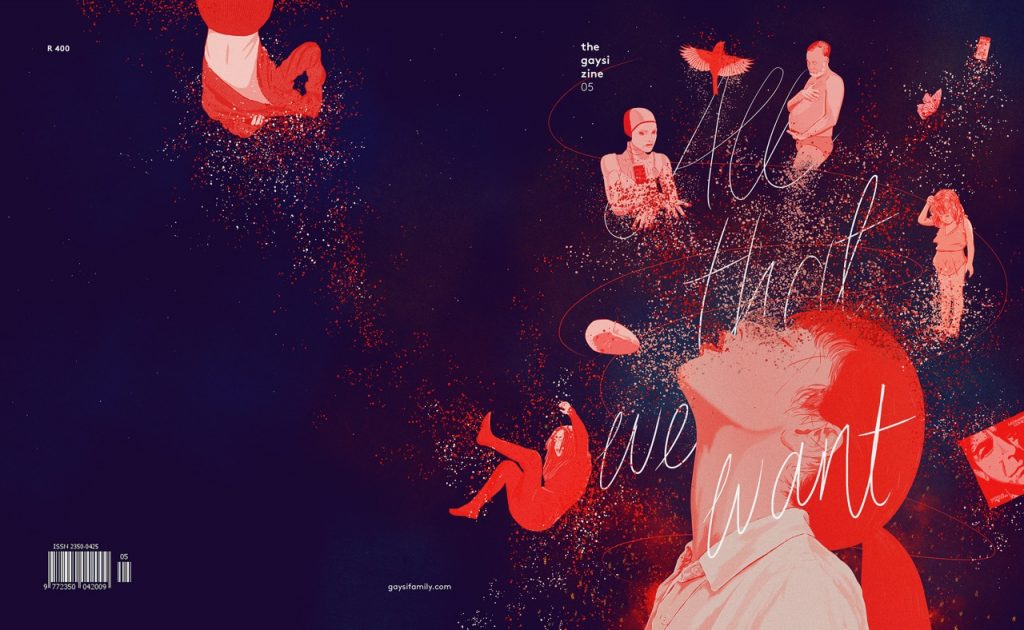 For me, personally, in terms of inspiration, there is one publishing house whose work and roster of artists are incredibly special – Blaft. From the Tamil Pulp Fiction series to Kumari Loves a Monster to Times New Roman & Countrymen, their work is irreverent, beautifully rooted in a South Indian context and combines literature, art and design. I always go back to their list of books when I need some inspiration. Another artist I had the distinct pleasure of working with, and believe will blow up to be an important illustrator (if she isn’t already), is Sanika Phawde. Intelligent, incredibly detailed and original, I love looking at her work to remind myself that detail and spontaneity is everything.I believe in making art that is a reflection of myself. But although it has to feel true to me, a lot of what I do is for the people who see it. I want them to relate it, and find that it feels true to them too. I want them to feel a sense of belonging, a sense of reassurance and hopefully, some sort of warm fuzzy feeling in their guts.(As told to Deepika S)Karishma Dorai is a communication designer and illustrator based out of Singapore.
For me, personally, in terms of inspiration, there is one publishing house whose work and roster of artists are incredibly special – Blaft. From the Tamil Pulp Fiction series to Kumari Loves a Monster to Times New Roman & Countrymen, their work is irreverent, beautifully rooted in a South Indian context and combines literature, art and design. I always go back to their list of books when I need some inspiration. Another artist I had the distinct pleasure of working with, and believe will blow up to be an important illustrator (if she isn’t already), is Sanika Phawde. Intelligent, incredibly detailed and original, I love looking at her work to remind myself that detail and spontaneity is everything.I believe in making art that is a reflection of myself. But although it has to feel true to me, a lot of what I do is for the people who see it. I want them to relate it, and find that it feels true to them too. I want them to feel a sense of belonging, a sense of reassurance and hopefully, some sort of warm fuzzy feeling in their guts.(As told to Deepika S)Karishma Dorai is a communication designer and illustrator based out of Singapore.
 For me, queerness is a term that stands not just for a person’s identity as an individual, but for a collective consciousness, a shared existence that is beautifully complex, layered and inclusive. My work, accidentally or consciously or both, tends to reflect this. What does it mean for me to be a queer artist? Truth is, I’m not sure if I’d be any other type of artist. If art is an extension of your context, then I don’t see myself showing the details of a relationship between a man and a woman, for example, because I don’t know it as a straight person would. So the real question is, am I a queer artist, or just an artist? When Hayley Kiyoko released her album Expectations and the videos for it, everyone started called her “Lesbian Jesus”. And one of the questions she’s asked often, is, why do all your videos have girls making out in them? And her response is, “Taylor Swift sings about men in every single song and no one complains she’s unoriginal.”
For me, queerness is a term that stands not just for a person’s identity as an individual, but for a collective consciousness, a shared existence that is beautifully complex, layered and inclusive. My work, accidentally or consciously or both, tends to reflect this. What does it mean for me to be a queer artist? Truth is, I’m not sure if I’d be any other type of artist. If art is an extension of your context, then I don’t see myself showing the details of a relationship between a man and a woman, for example, because I don’t know it as a straight person would. So the real question is, am I a queer artist, or just an artist? When Hayley Kiyoko released her album Expectations and the videos for it, everyone started called her “Lesbian Jesus”. And one of the questions she’s asked often, is, why do all your videos have girls making out in them? And her response is, “Taylor Swift sings about men in every single song and no one complains she’s unoriginal.”  That’s why I think that if I express queerness through my art, then it exists with all the politics and the complexities that surround it, whether it’s social or it’s personal. And when it’s art, I feel like it’s not necessarily bogged down by the other things that normally happen when you exist as a queer person in the world. Say for a moment that I’m a fierce trans woman who wears my identity very visibly as I walk down the road. I’ve steeled myself somewhere about encountering awkward or even hostile glances or comments or other reactions that no one should have to bear or cope with. But when I express a trans woman as a subject in art or illustration, people stop, look and for a moment, even if for a moment, lose that sense of judgement or prejudice and look at it for what it is – something beautiful, expressive, human, real. And if you do that enough times in art, the hope is that it smoothes away judgement and replaces it with openness and acceptance.When I do something that’s commercial for a client, I’m relying on their insight and their experiences of making that particular project for them. It’s not something that I’m always deeply entangled with. But when it’s something like working for Gaysi or producing any other queer output, I am drawing on my own wealth of experiences as a queer person and I think that I can offer a particular insight that someone else might not have. In that sense, it’s also an opportunity to create work that’s rooted in an Indian context. Cultural contexts are unique to each person and I find this particularly strong with Indian artists, because our influences are vast, varied and both global and local at the same time. So there is an opportunity to create something specific to our experiences. For example, the cover of volume 3 of the Gaysi Zine showed a kirana store with various objects that upon closer inspection have queer undertones to them. They're not far from say, misspelt matchboxes or daily odd items that we engage with. If there’s a common thread in my commercial and non-commercial work, it would be detailing. I think there’s a sense of trying to tell a story in the smaller things that possibly ties any sort of work I do together – across design and illustration. I don't always succeed, but trying is the goal!
That’s why I think that if I express queerness through my art, then it exists with all the politics and the complexities that surround it, whether it’s social or it’s personal. And when it’s art, I feel like it’s not necessarily bogged down by the other things that normally happen when you exist as a queer person in the world. Say for a moment that I’m a fierce trans woman who wears my identity very visibly as I walk down the road. I’ve steeled myself somewhere about encountering awkward or even hostile glances or comments or other reactions that no one should have to bear or cope with. But when I express a trans woman as a subject in art or illustration, people stop, look and for a moment, even if for a moment, lose that sense of judgement or prejudice and look at it for what it is – something beautiful, expressive, human, real. And if you do that enough times in art, the hope is that it smoothes away judgement and replaces it with openness and acceptance.When I do something that’s commercial for a client, I’m relying on their insight and their experiences of making that particular project for them. It’s not something that I’m always deeply entangled with. But when it’s something like working for Gaysi or producing any other queer output, I am drawing on my own wealth of experiences as a queer person and I think that I can offer a particular insight that someone else might not have. In that sense, it’s also an opportunity to create work that’s rooted in an Indian context. Cultural contexts are unique to each person and I find this particularly strong with Indian artists, because our influences are vast, varied and both global and local at the same time. So there is an opportunity to create something specific to our experiences. For example, the cover of volume 3 of the Gaysi Zine showed a kirana store with various objects that upon closer inspection have queer undertones to them. They're not far from say, misspelt matchboxes or daily odd items that we engage with. If there’s a common thread in my commercial and non-commercial work, it would be detailing. I think there’s a sense of trying to tell a story in the smaller things that possibly ties any sort of work I do together – across design and illustration. I don't always succeed, but trying is the goal! When I first started doing illustrations around 2010, visual queer content was scarce. In many ways, queer themes in modern India have always existed, but I feel that there used to be pockets that still weren’t really exposed. I’d always looked at queer content and felt that the intention was there, the content was there, but the quality wasn’t always quite there. Perhaps this is because it didn’t come with generous budgets, or sponsors, or support. I think today things are very different when compared to even three years back. Now, there’s an explosion of queer content around us, there’s a lot more conversation around being queer, and it’s a lot more vibrant and a lot more interactive. Homegrown does a great job of diverse, insightful content, Queer Ink is adding to films and video content in a significant way, and publications like AOI, The Ladies Finger, Mint etc are not just queer inclusive, but perceptive and responsible in the way they’re pushing boundaries on gender and sexuality.The last illustration I did for Gaysi was the cover of volume 5 of the Gaysi Zine, called ‘All That We Want’. It used elements that represented different pieces within the issue, but seen as an illustration in isolation, it also wasn’t overtly queer. That’s because there have been people – artists, writers, activists – over many years putting in work to establish strong context. It’s because there are people out there fighting to make our world more queer, that we don’t always need to have cut-and-dried portrayals of what it means to be queer.
When I first started doing illustrations around 2010, visual queer content was scarce. In many ways, queer themes in modern India have always existed, but I feel that there used to be pockets that still weren’t really exposed. I’d always looked at queer content and felt that the intention was there, the content was there, but the quality wasn’t always quite there. Perhaps this is because it didn’t come with generous budgets, or sponsors, or support. I think today things are very different when compared to even three years back. Now, there’s an explosion of queer content around us, there’s a lot more conversation around being queer, and it’s a lot more vibrant and a lot more interactive. Homegrown does a great job of diverse, insightful content, Queer Ink is adding to films and video content in a significant way, and publications like AOI, The Ladies Finger, Mint etc are not just queer inclusive, but perceptive and responsible in the way they’re pushing boundaries on gender and sexuality.The last illustration I did for Gaysi was the cover of volume 5 of the Gaysi Zine, called ‘All That We Want’. It used elements that represented different pieces within the issue, but seen as an illustration in isolation, it also wasn’t overtly queer. That’s because there have been people – artists, writers, activists – over many years putting in work to establish strong context. It’s because there are people out there fighting to make our world more queer, that we don’t always need to have cut-and-dried portrayals of what it means to be queer. For me, personally, in terms of inspiration, there is one publishing house whose work and roster of artists are incredibly special – Blaft. From the Tamil Pulp Fiction series to Kumari Loves a Monster to Times New Roman & Countrymen, their work is irreverent, beautifully rooted in a South Indian context and combines literature, art and design. I always go back to their list of books when I need some inspiration. Another artist I had the distinct pleasure of working with, and believe will blow up to be an important illustrator (if she isn’t already), is Sanika Phawde. Intelligent, incredibly detailed and original, I love looking at her work to remind myself that detail and spontaneity is everything.I believe in making art that is a reflection of myself. But although it has to feel true to me, a lot of what I do is for the people who see it. I want them to relate it, and find that it feels true to them too. I want them to feel a sense of belonging, a sense of reassurance and hopefully, some sort of warm fuzzy feeling in their guts.(As told to Deepika S)Karishma Dorai is a communication designer and illustrator based out of Singapore.
For me, personally, in terms of inspiration, there is one publishing house whose work and roster of artists are incredibly special – Blaft. From the Tamil Pulp Fiction series to Kumari Loves a Monster to Times New Roman & Countrymen, their work is irreverent, beautifully rooted in a South Indian context and combines literature, art and design. I always go back to their list of books when I need some inspiration. Another artist I had the distinct pleasure of working with, and believe will blow up to be an important illustrator (if she isn’t already), is Sanika Phawde. Intelligent, incredibly detailed and original, I love looking at her work to remind myself that detail and spontaneity is everything.I believe in making art that is a reflection of myself. But although it has to feel true to me, a lot of what I do is for the people who see it. I want them to relate it, and find that it feels true to them too. I want them to feel a sense of belonging, a sense of reassurance and hopefully, some sort of warm fuzzy feeling in their guts.(As told to Deepika S)Karishma Dorai is a communication designer and illustrator based out of Singapore.





